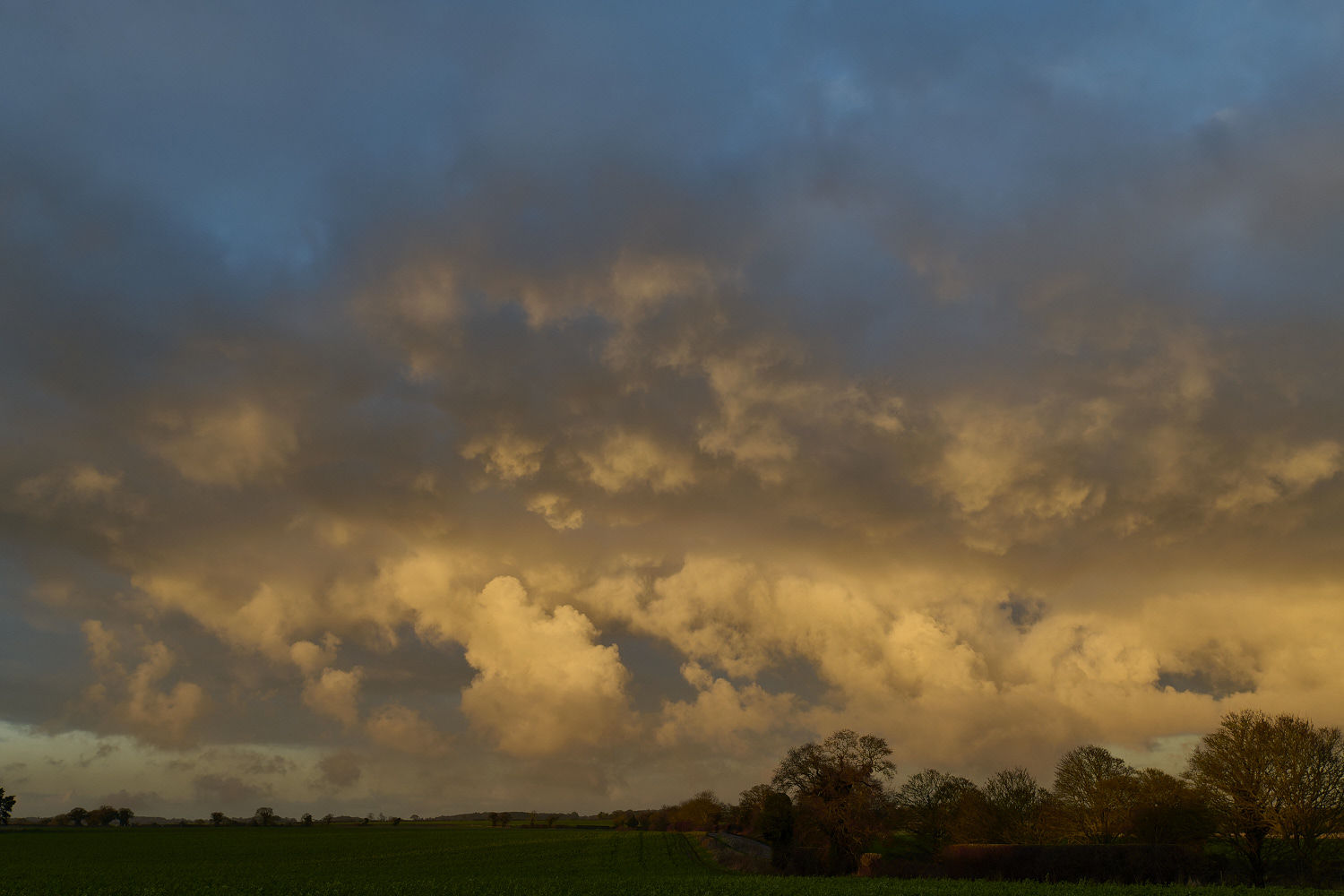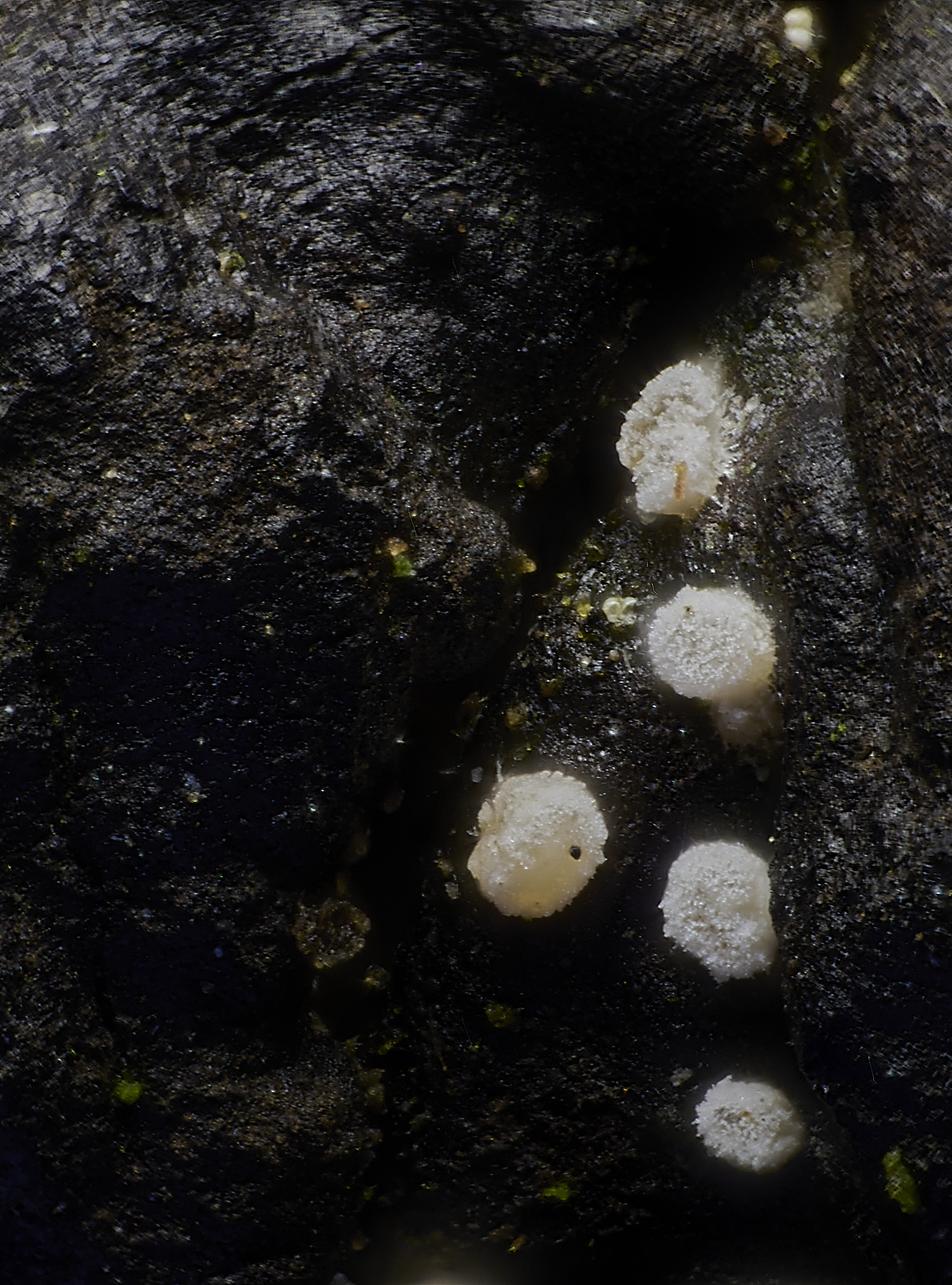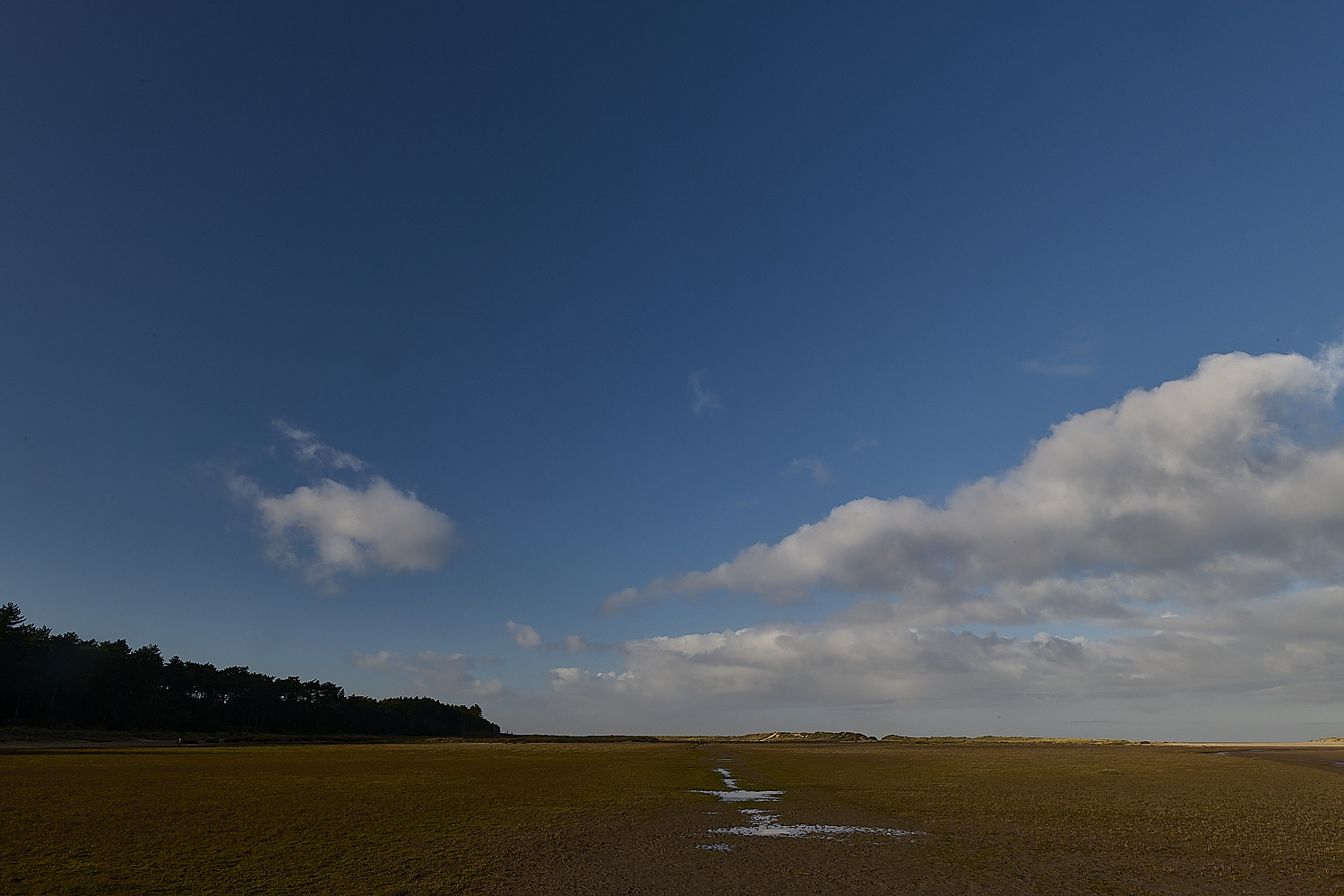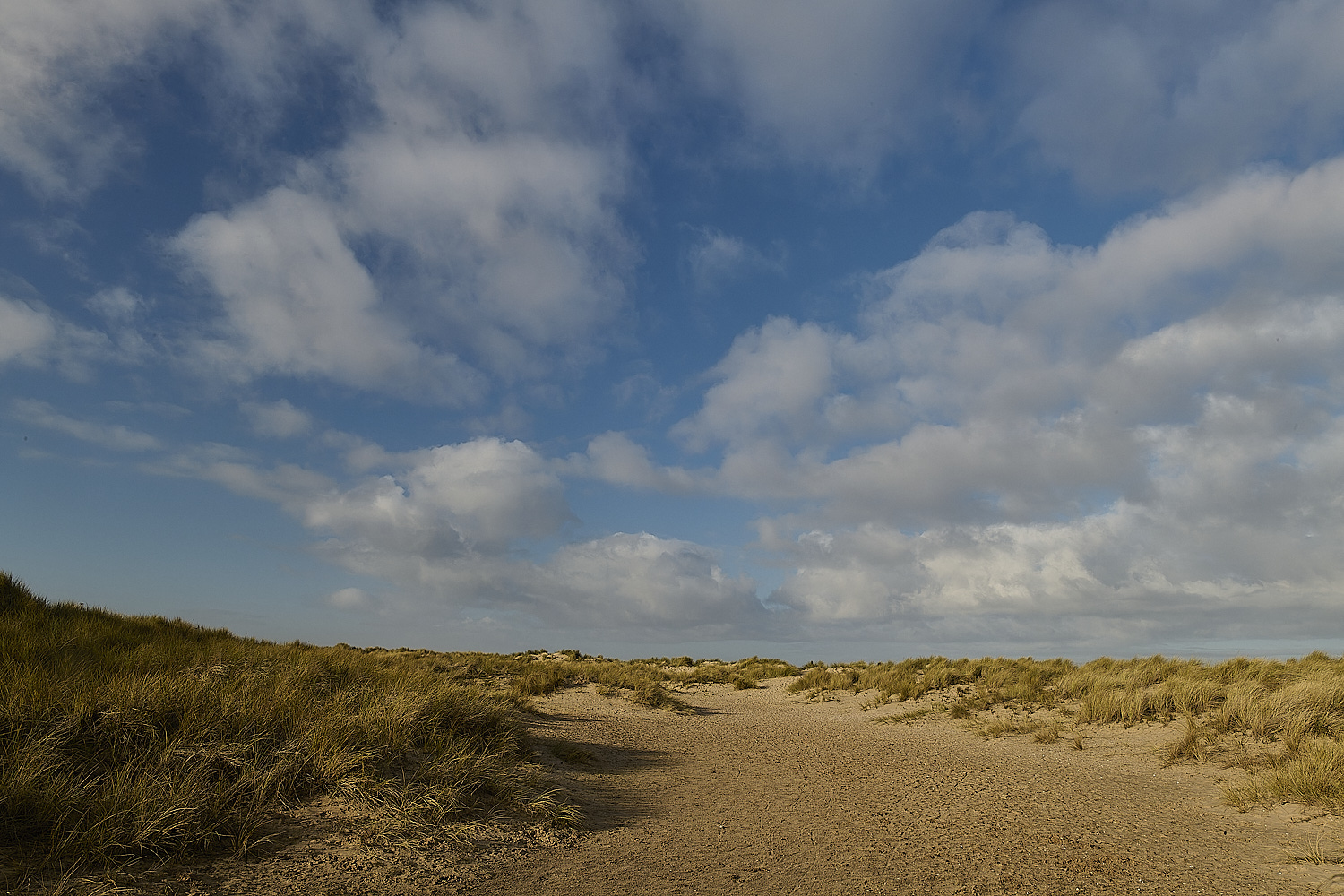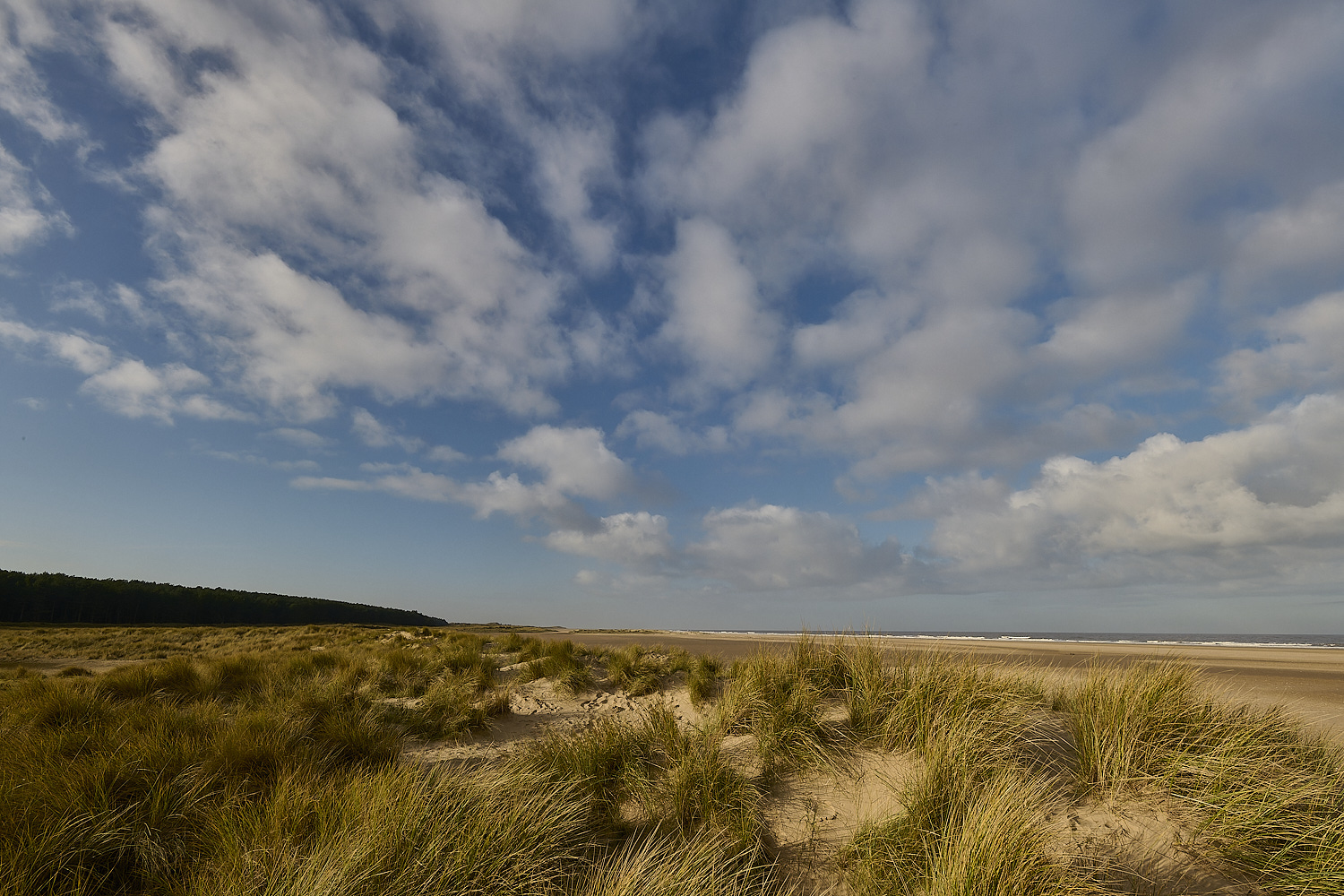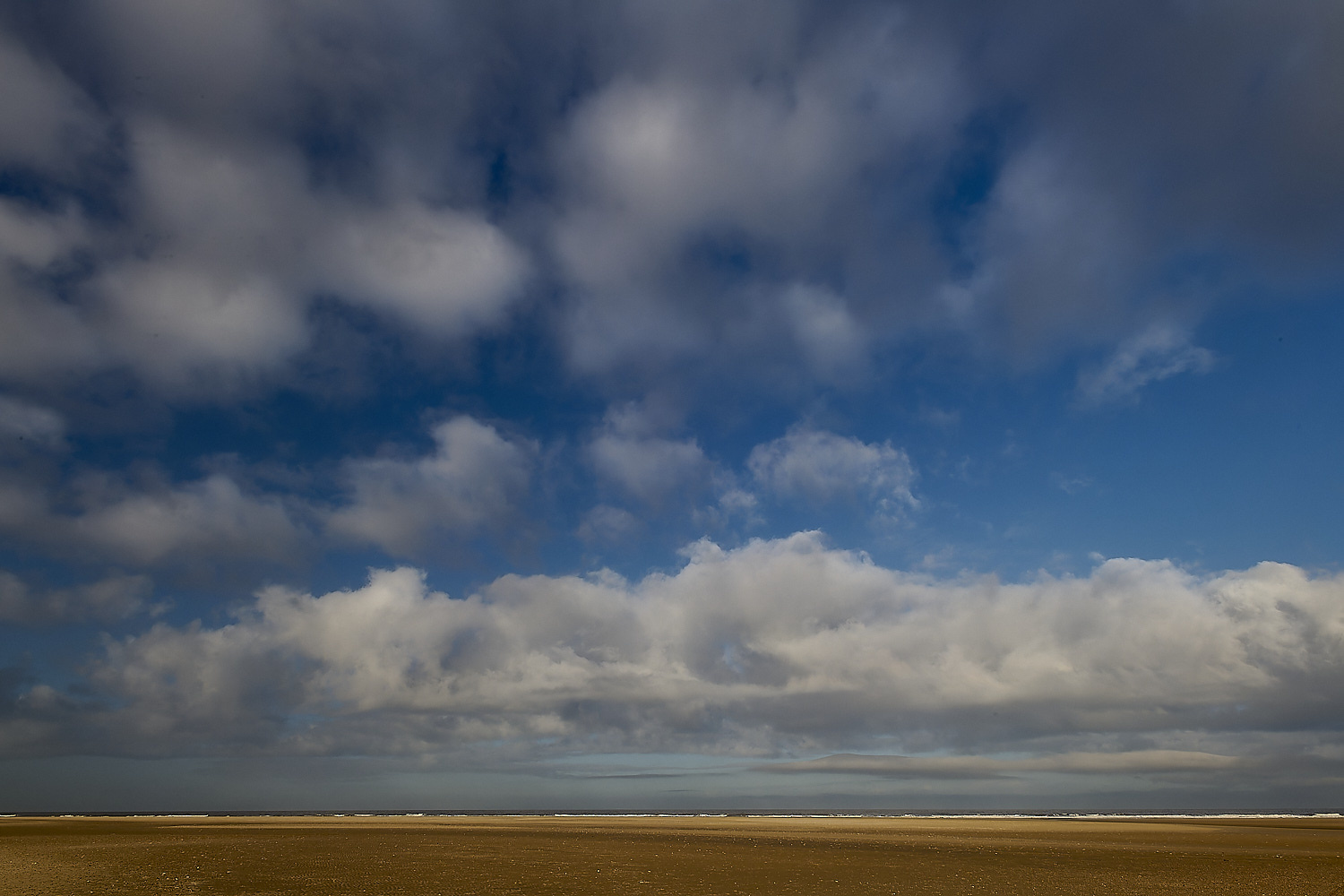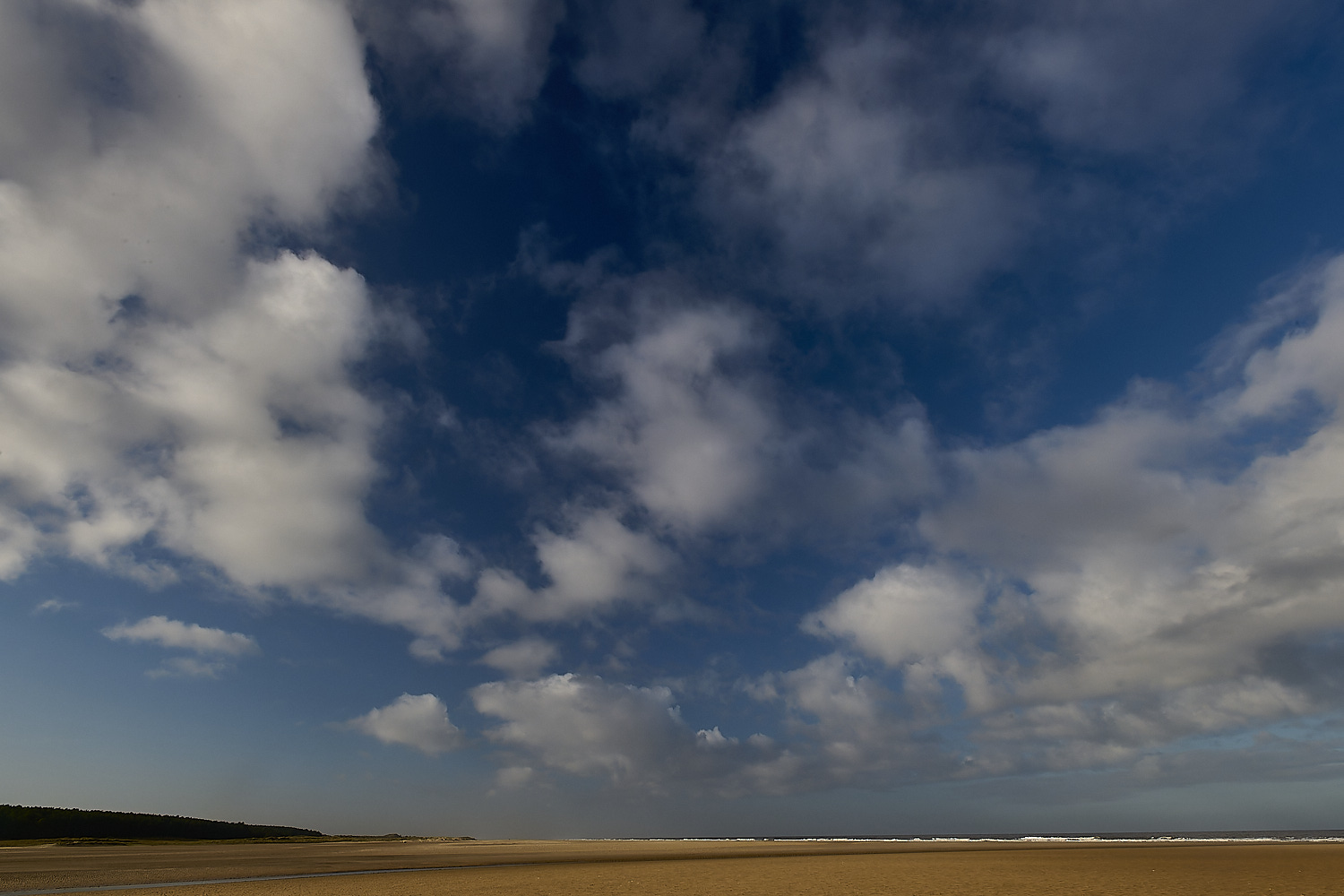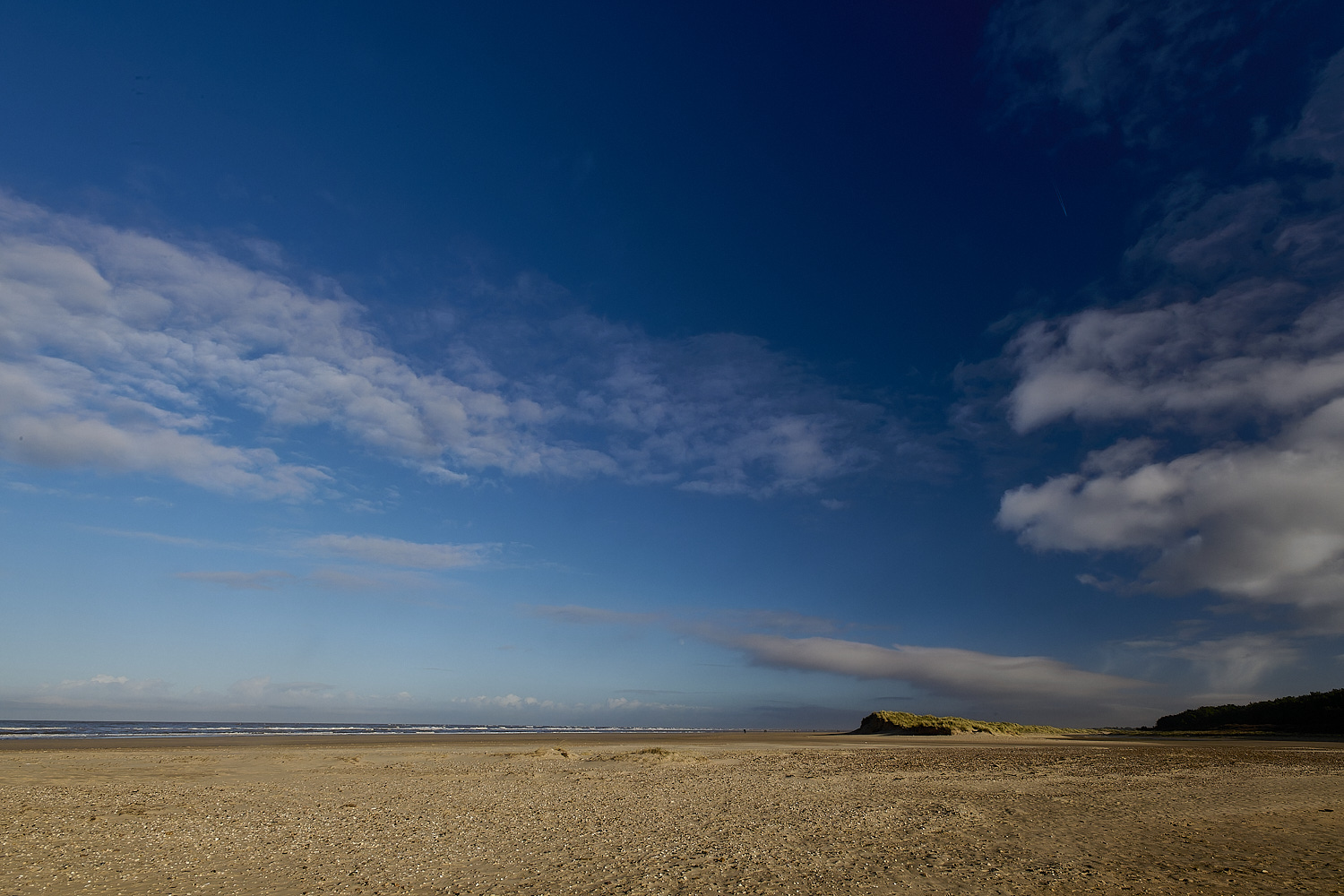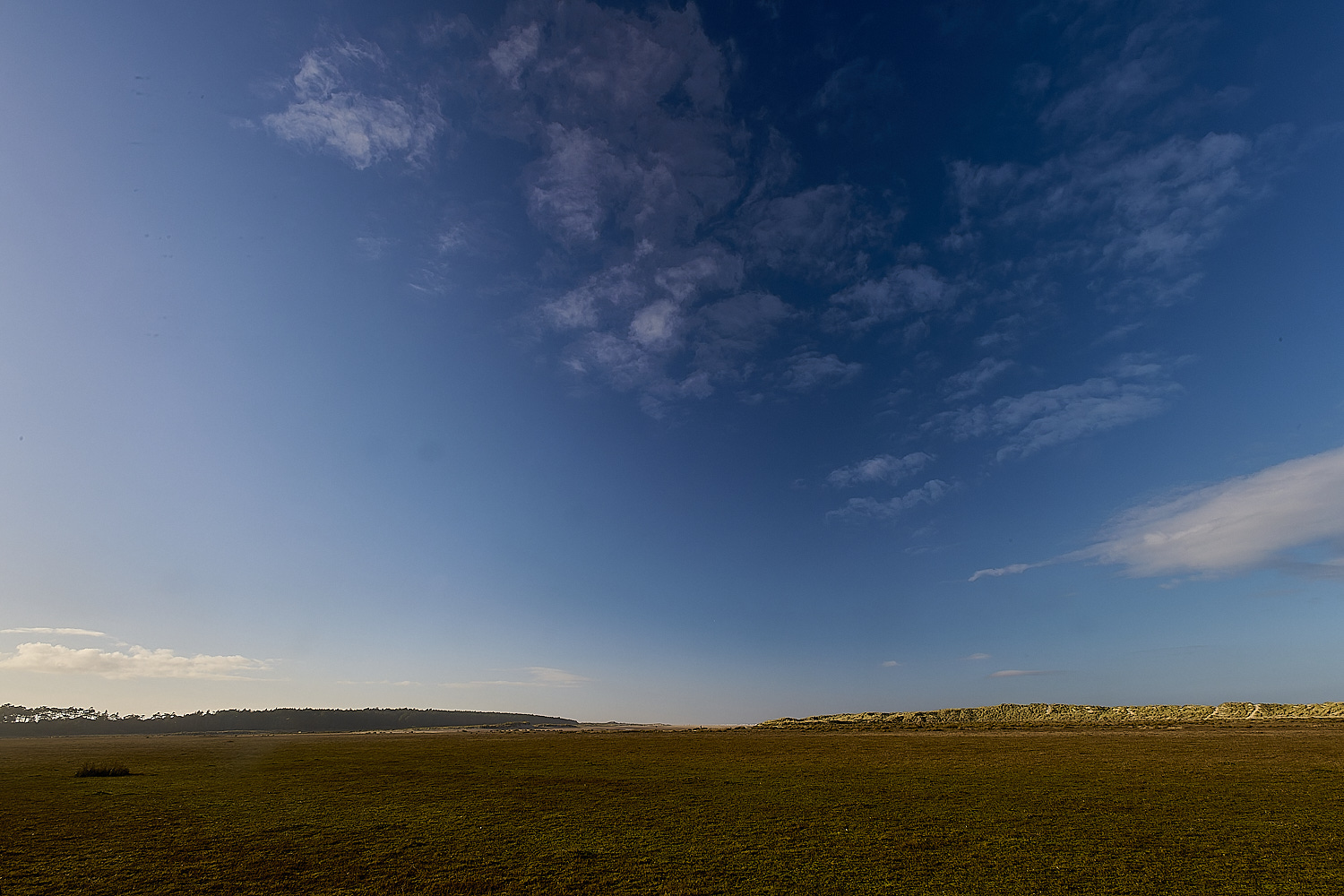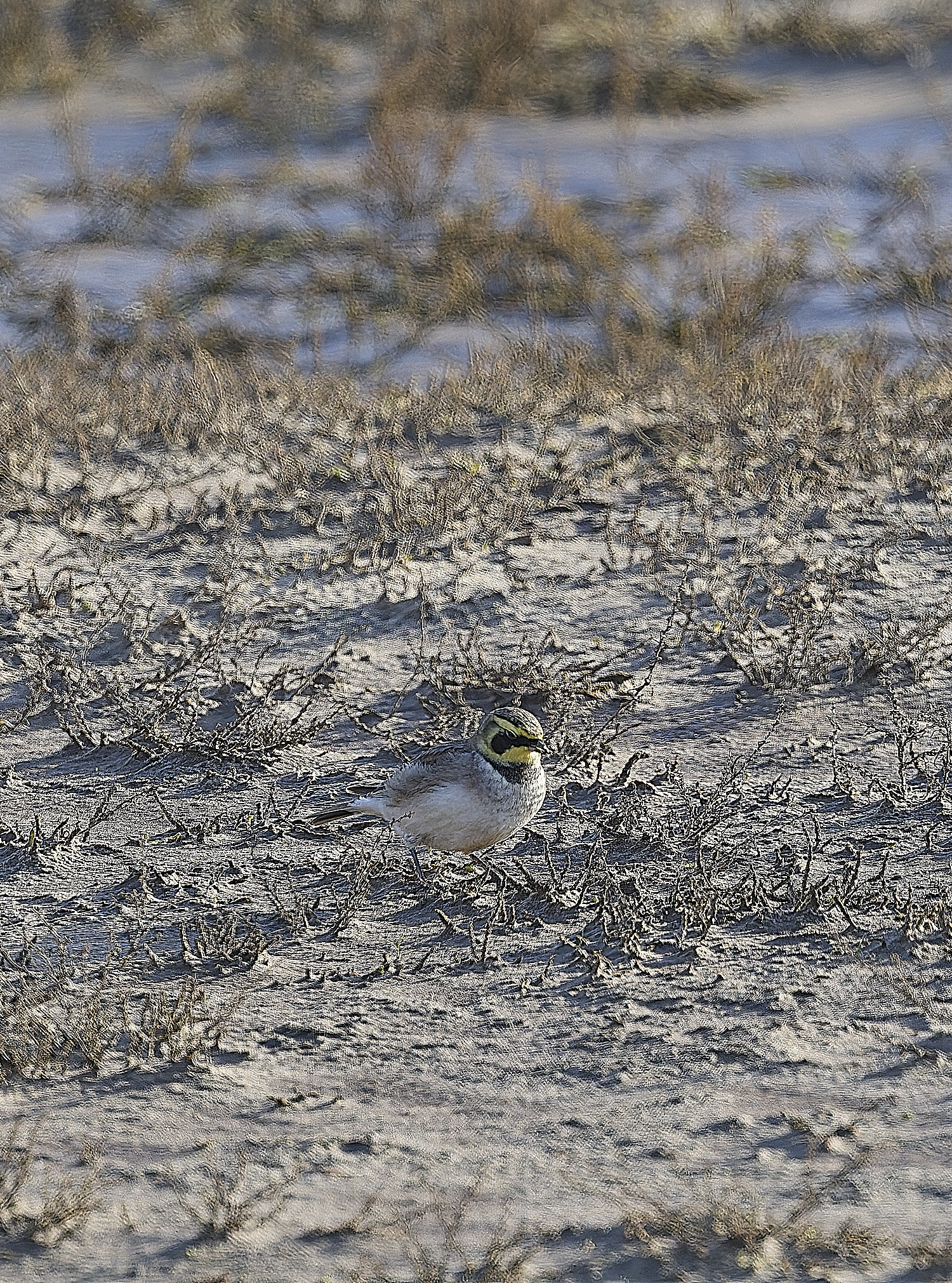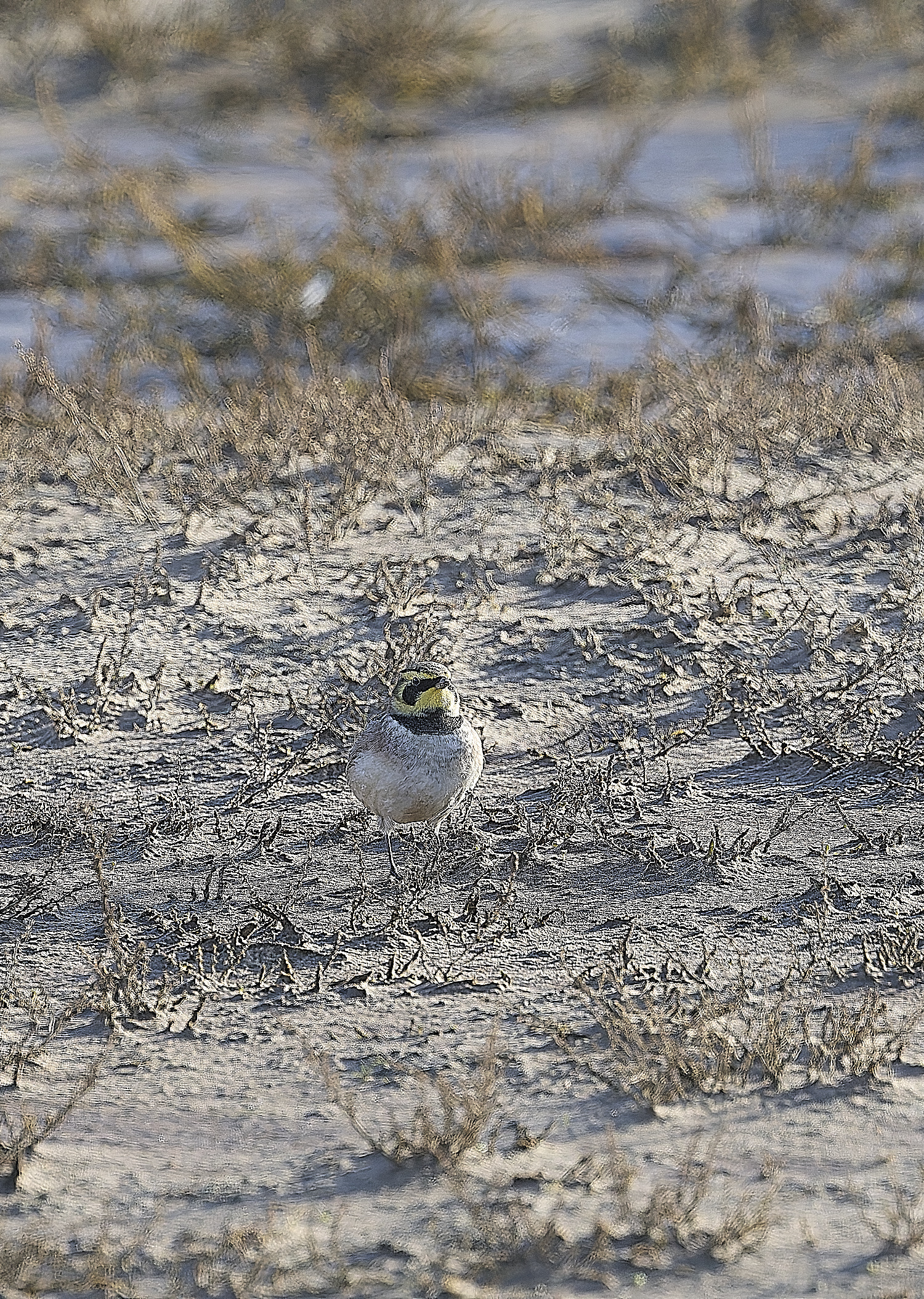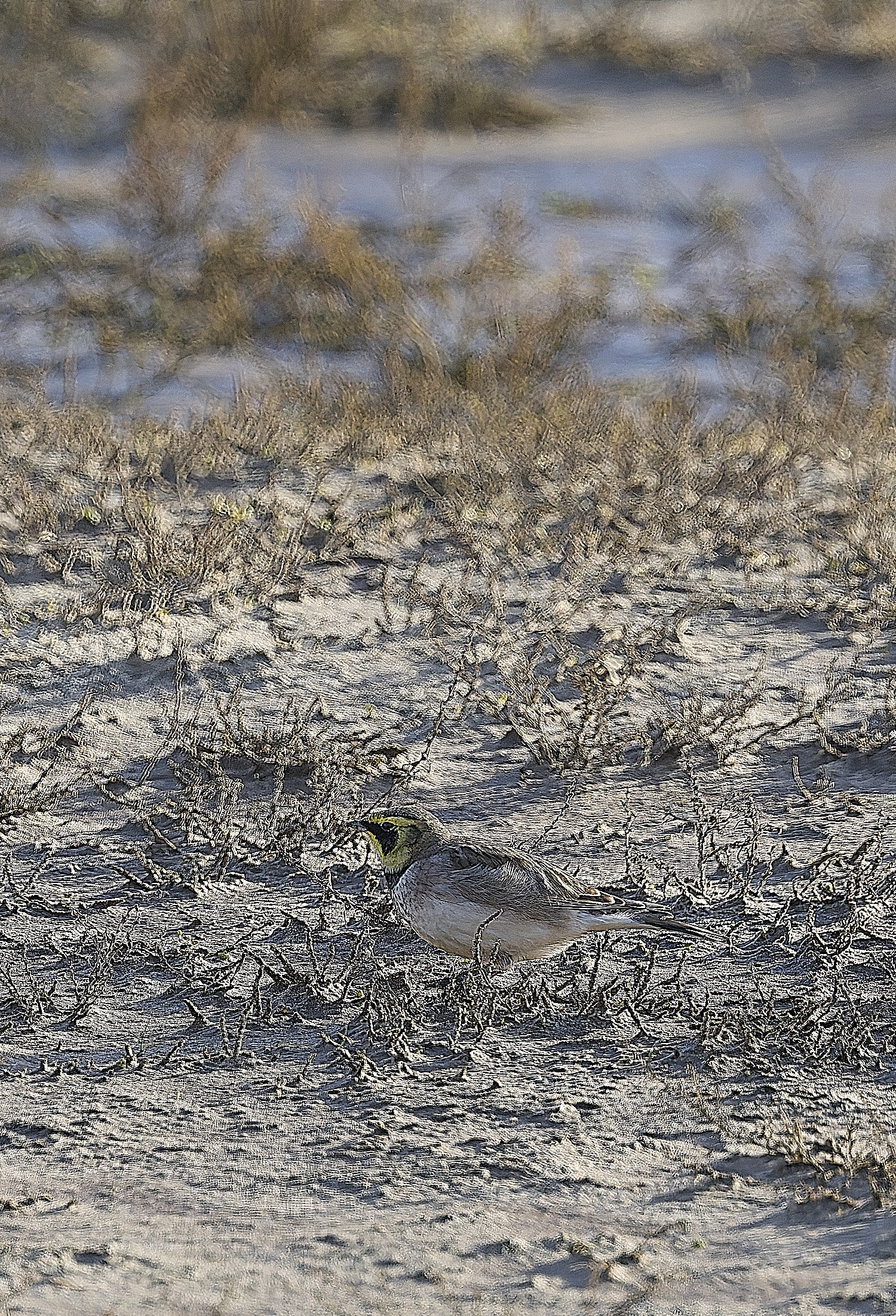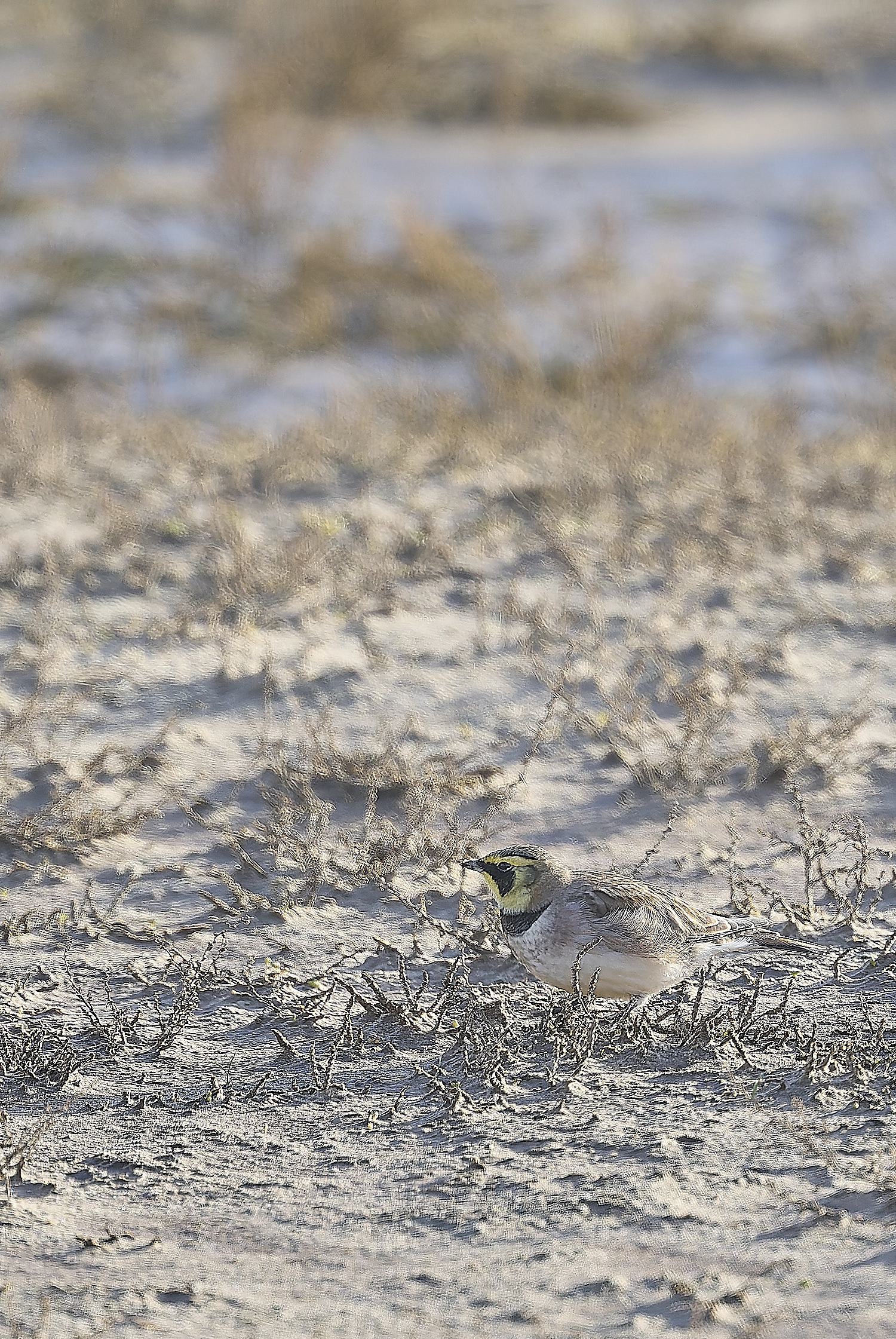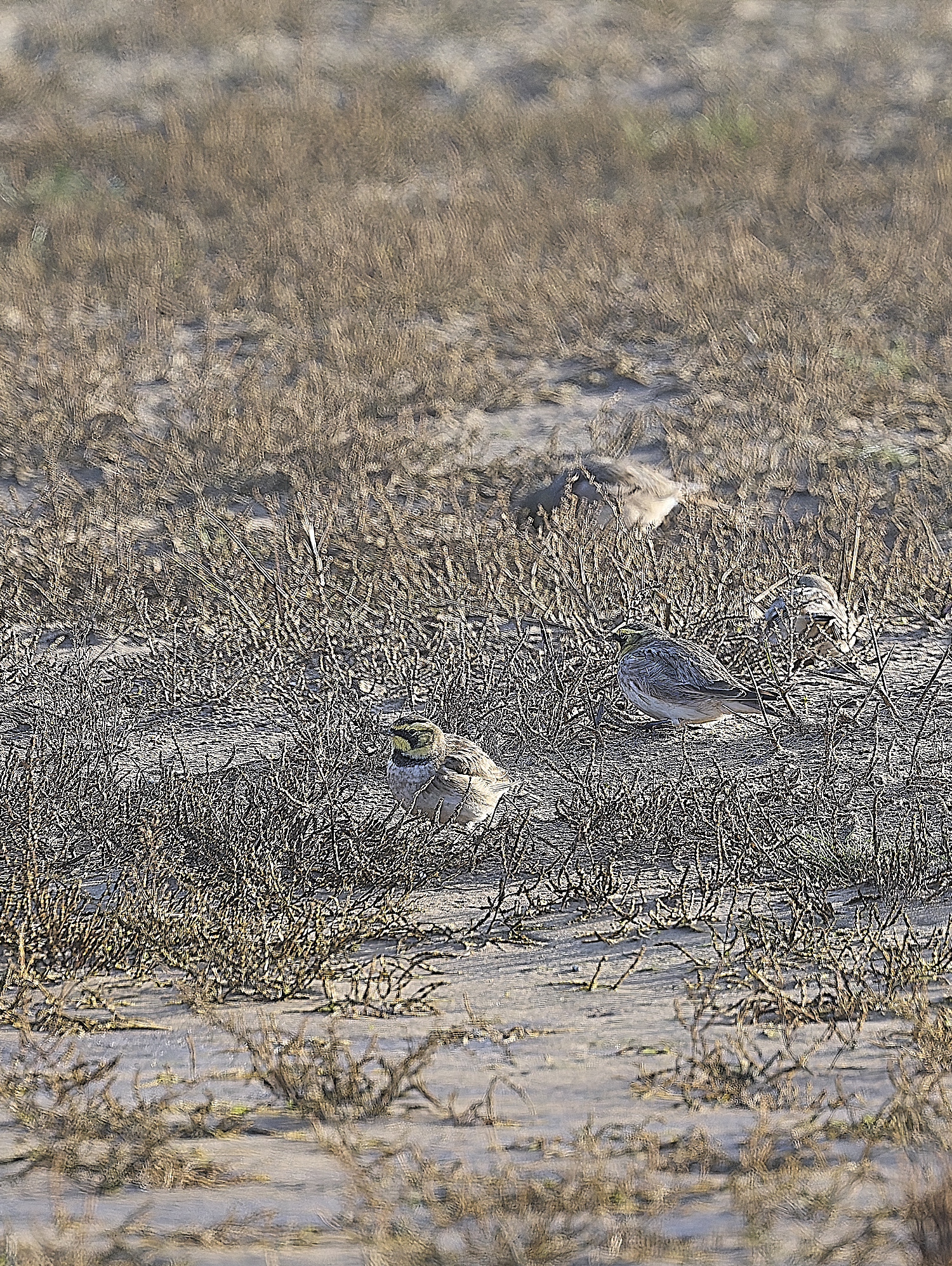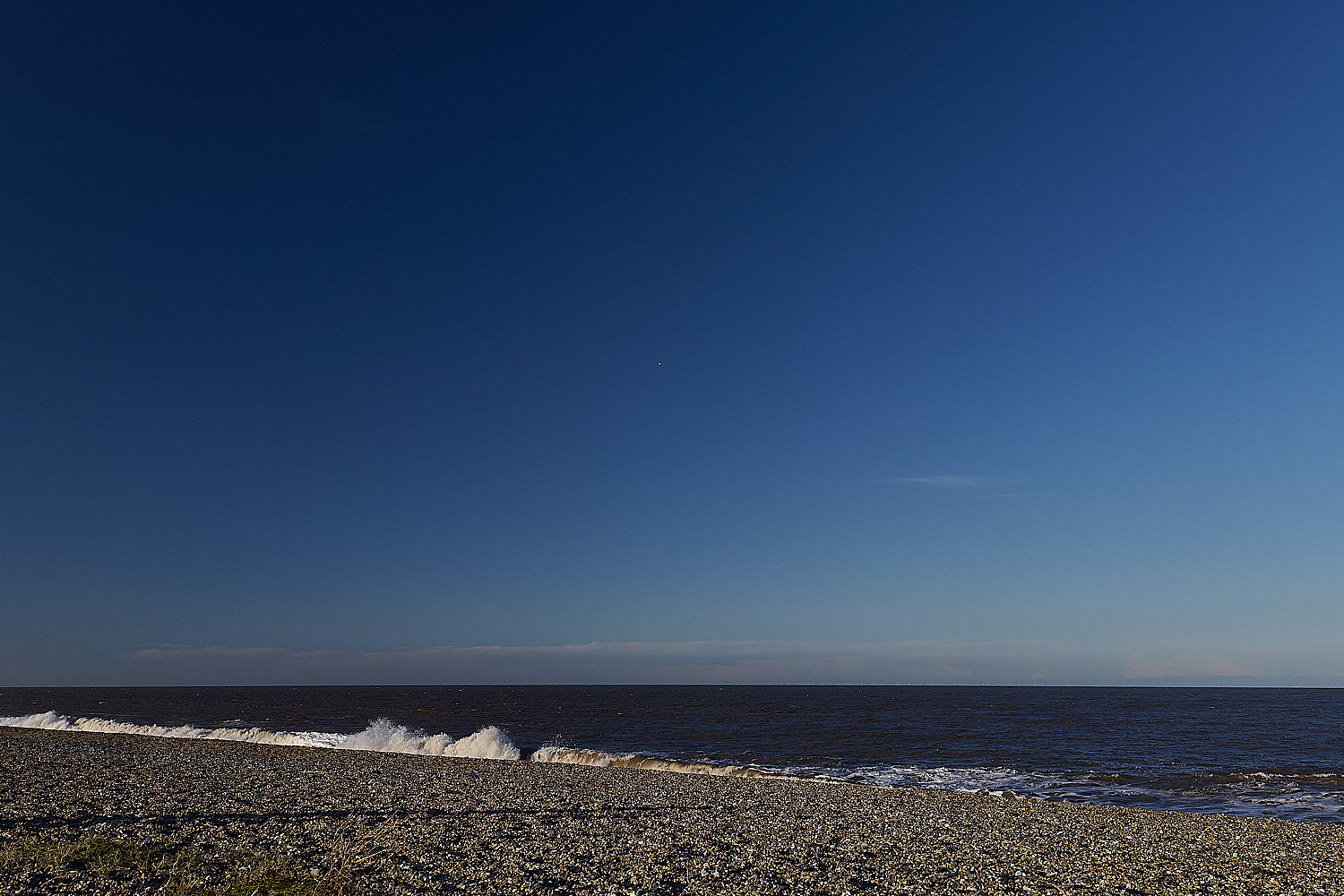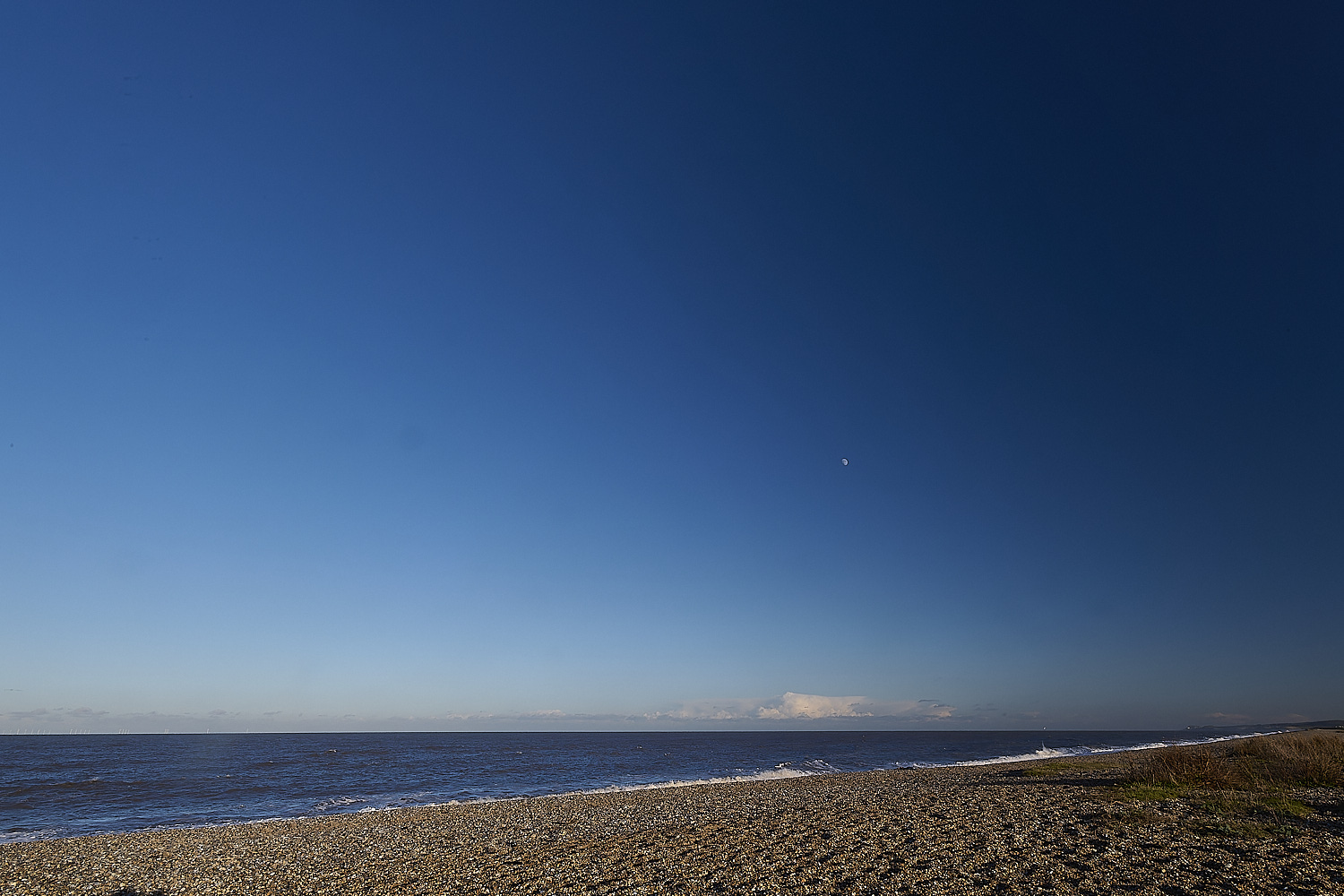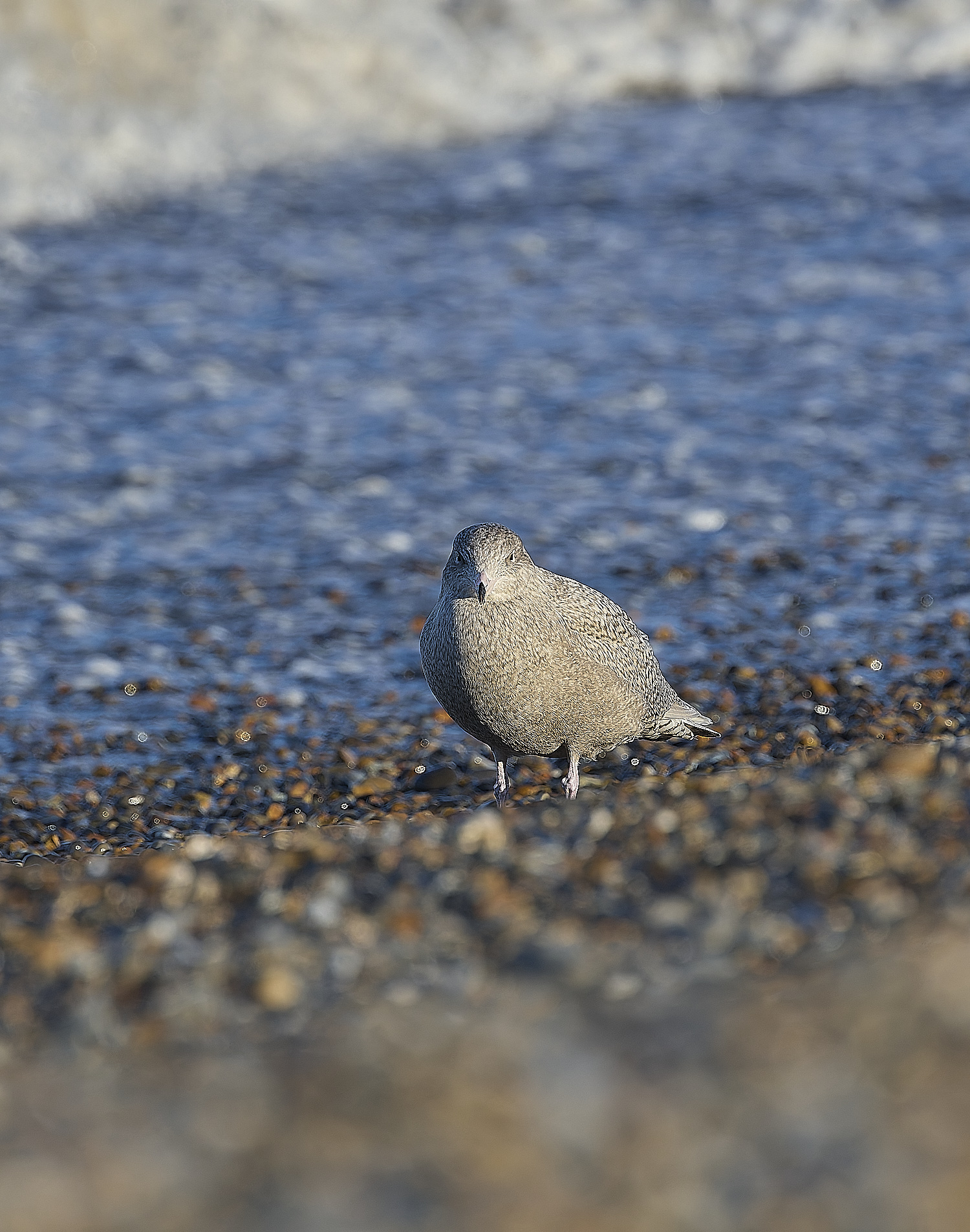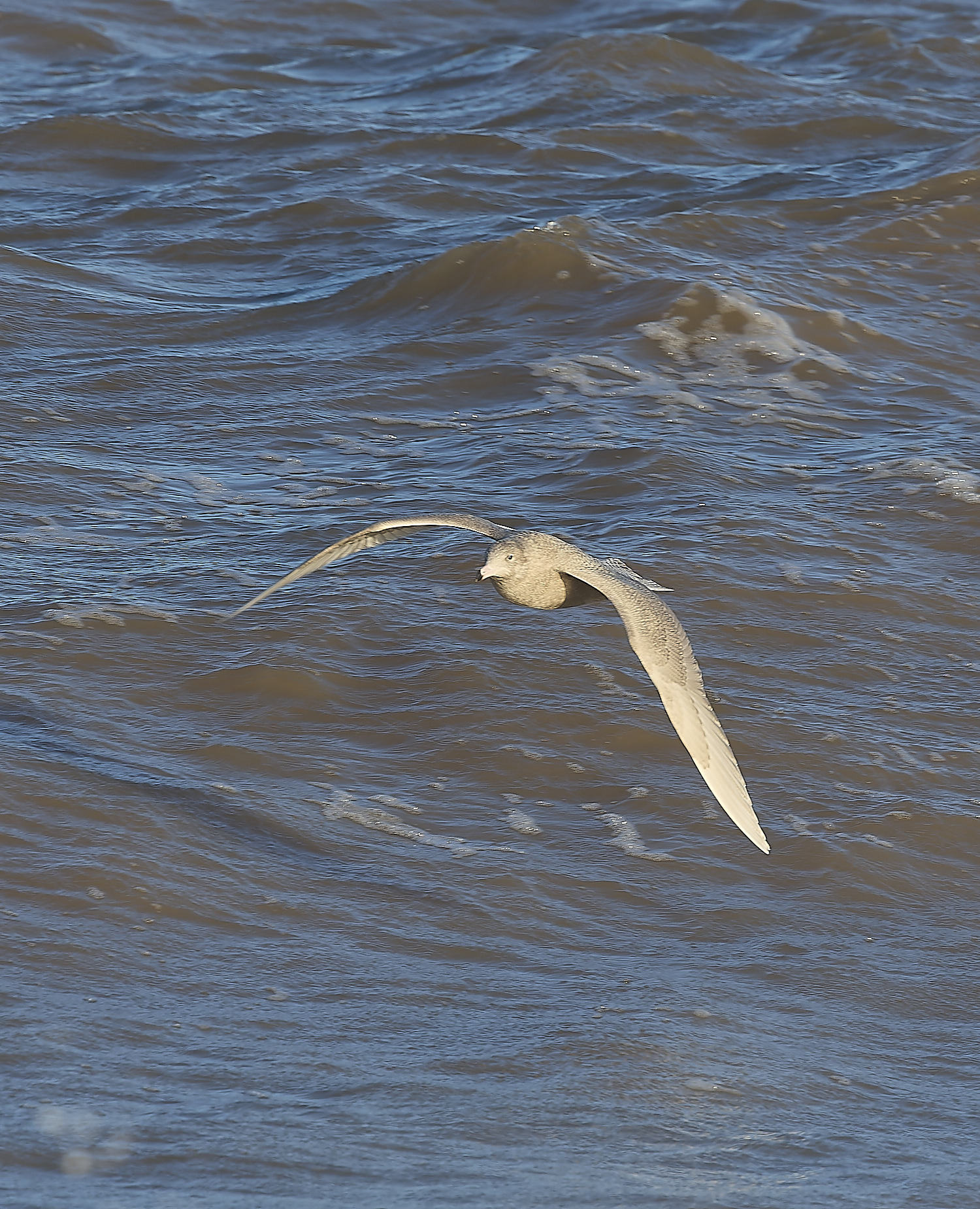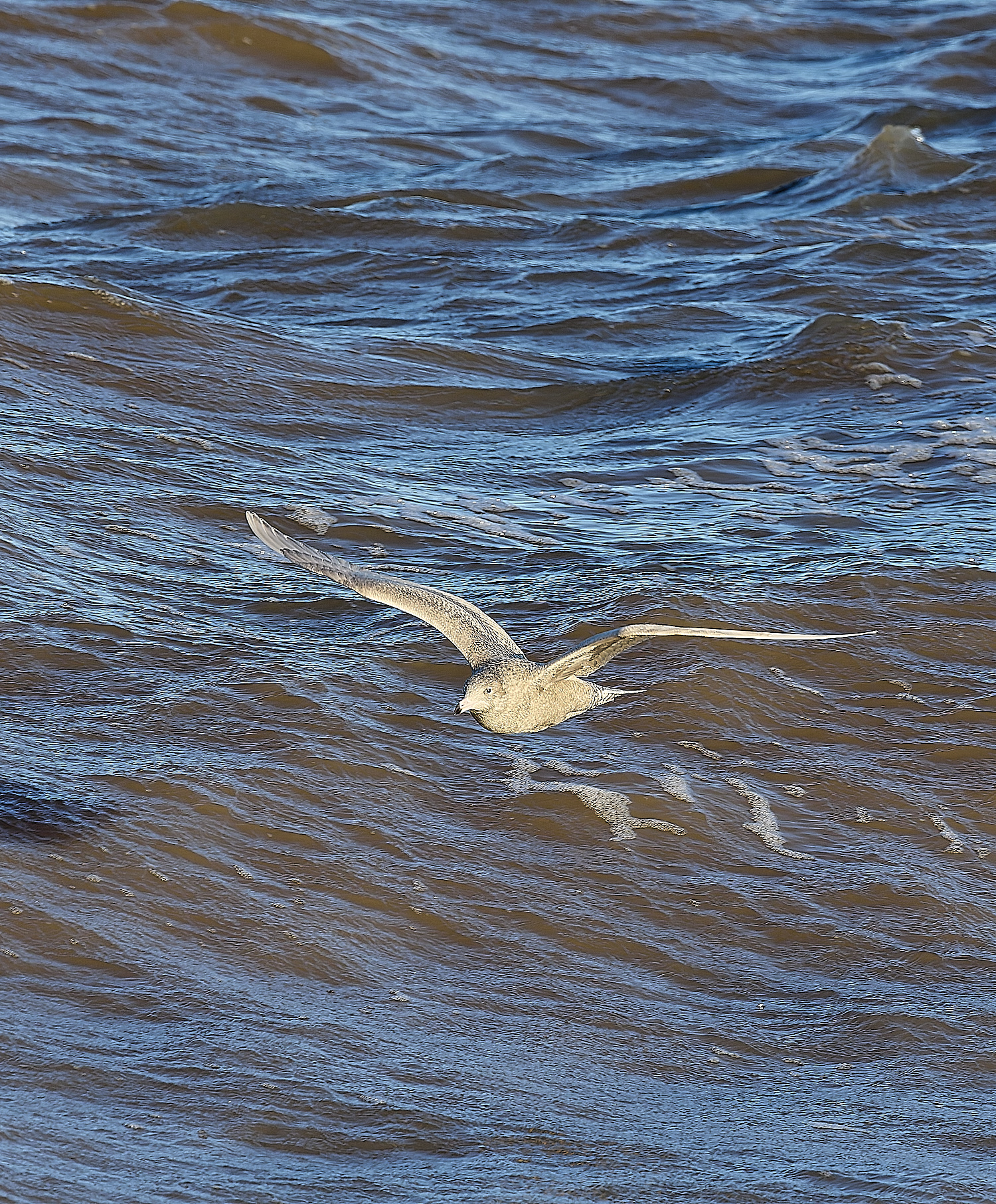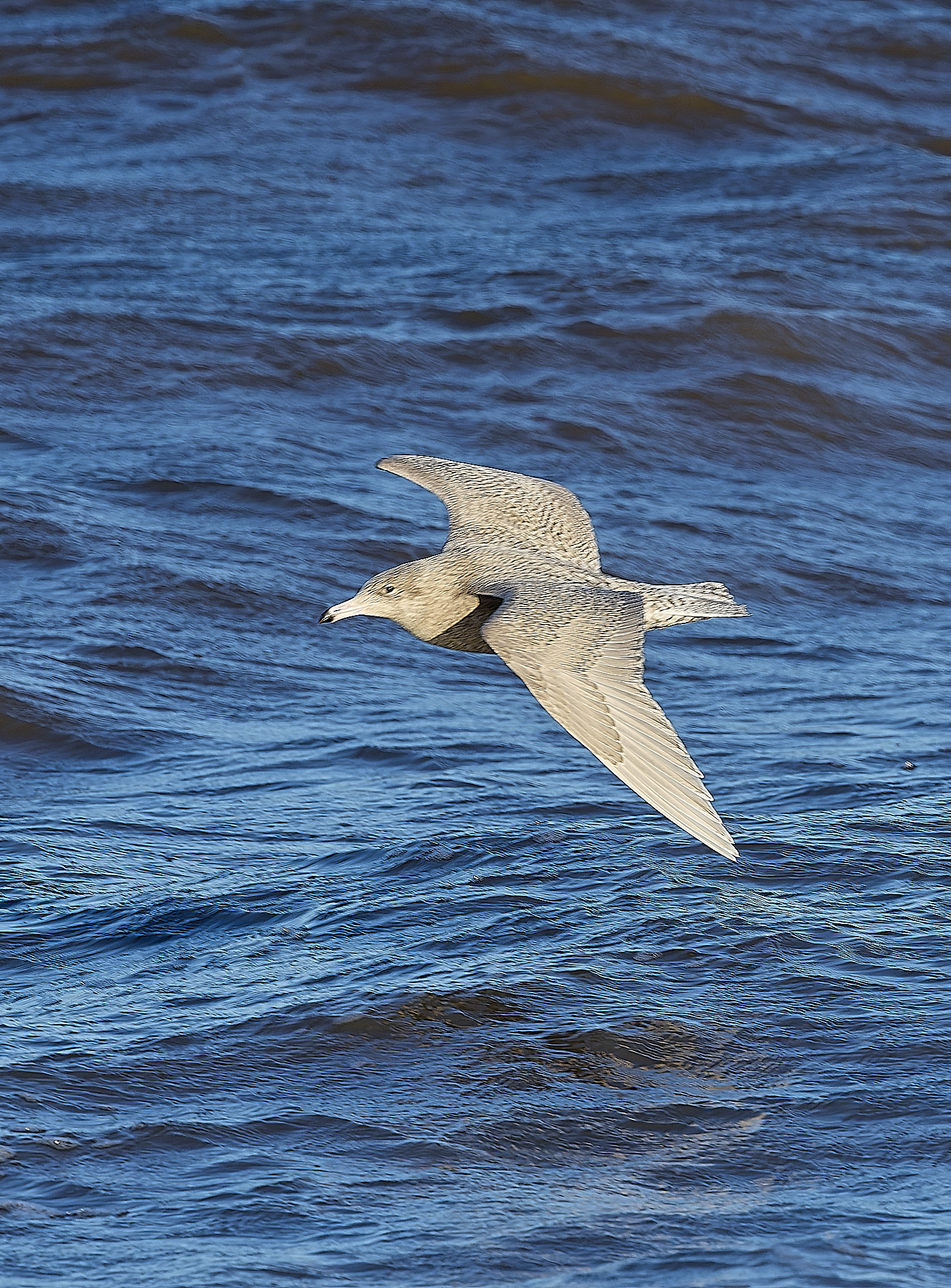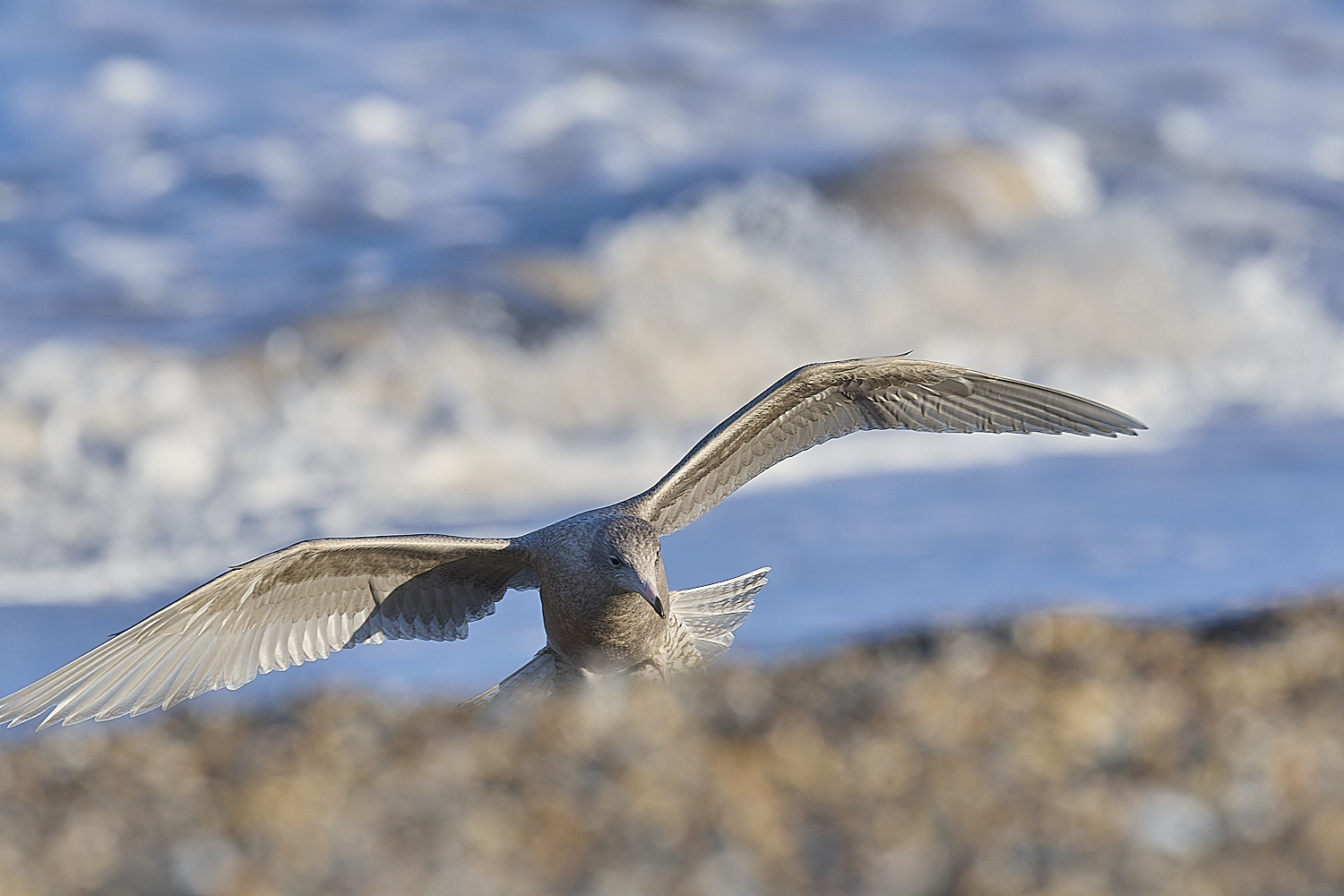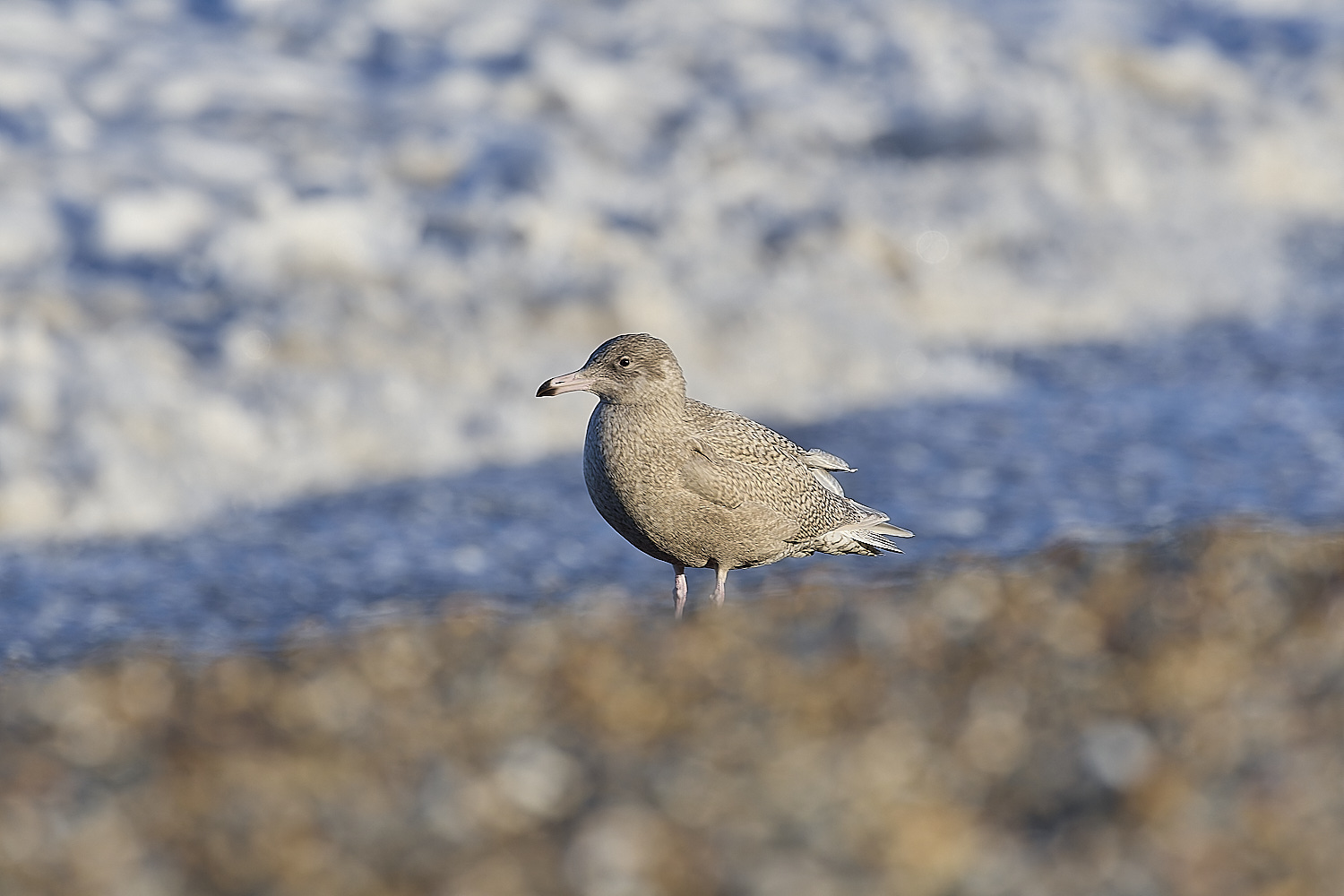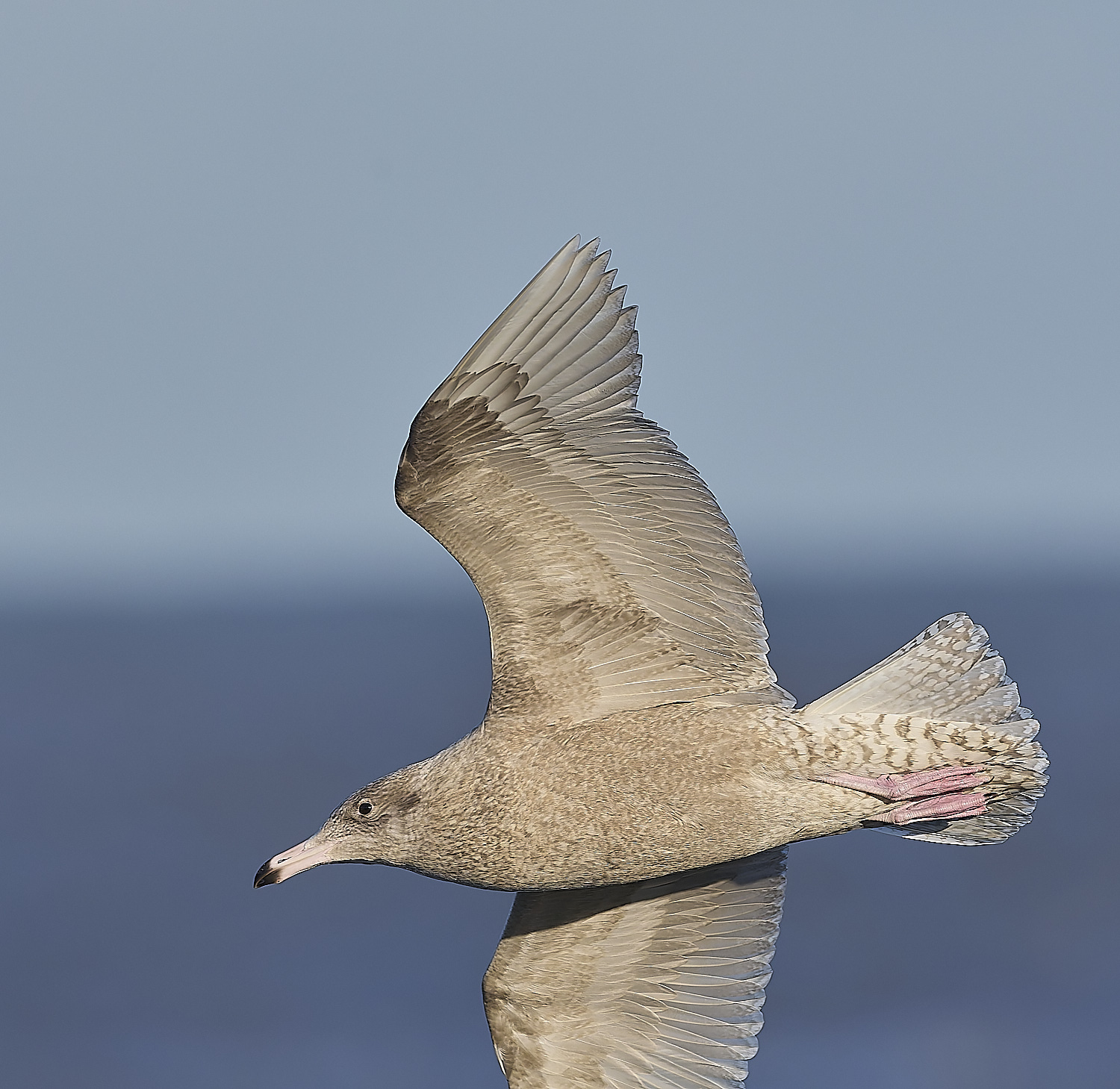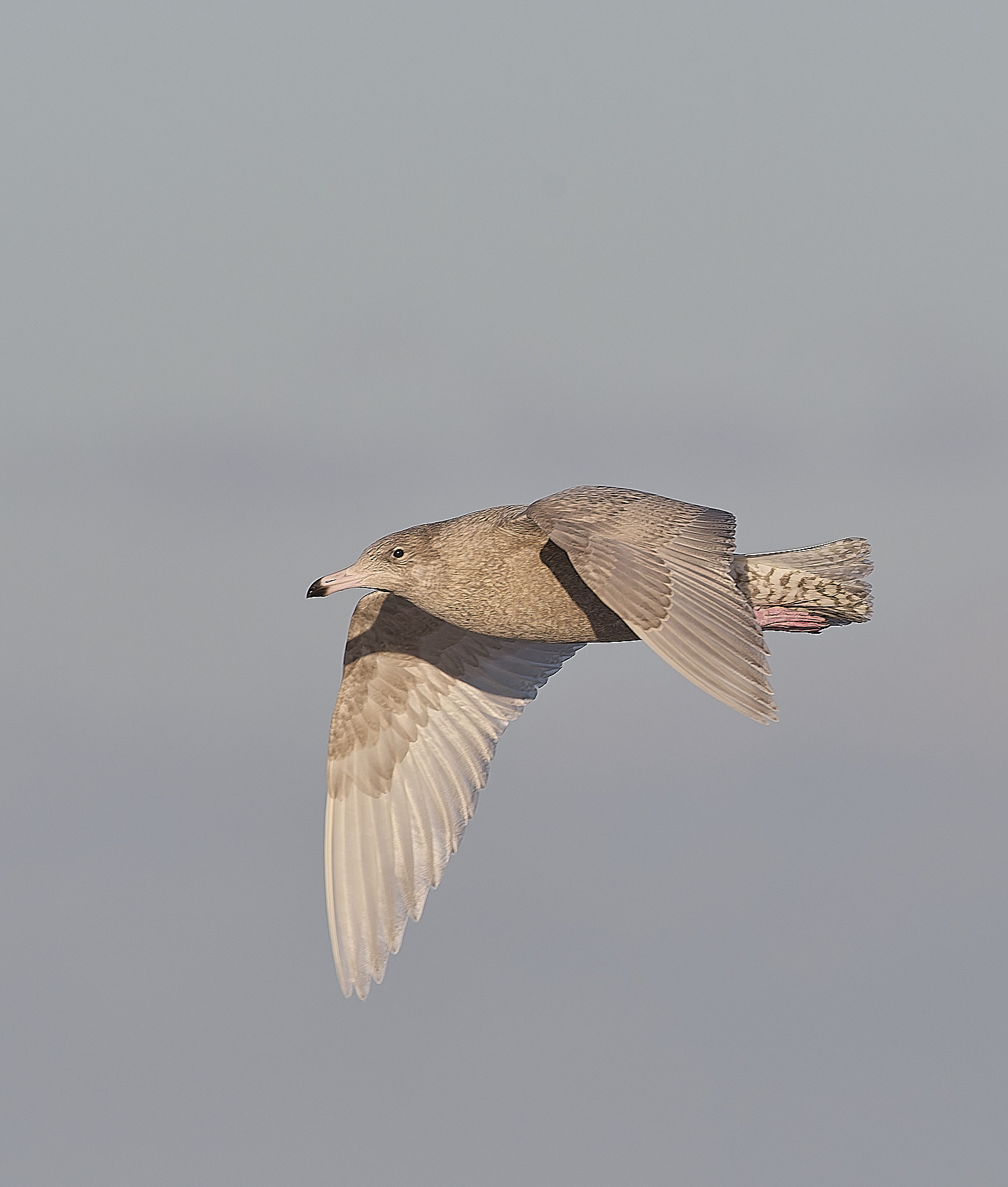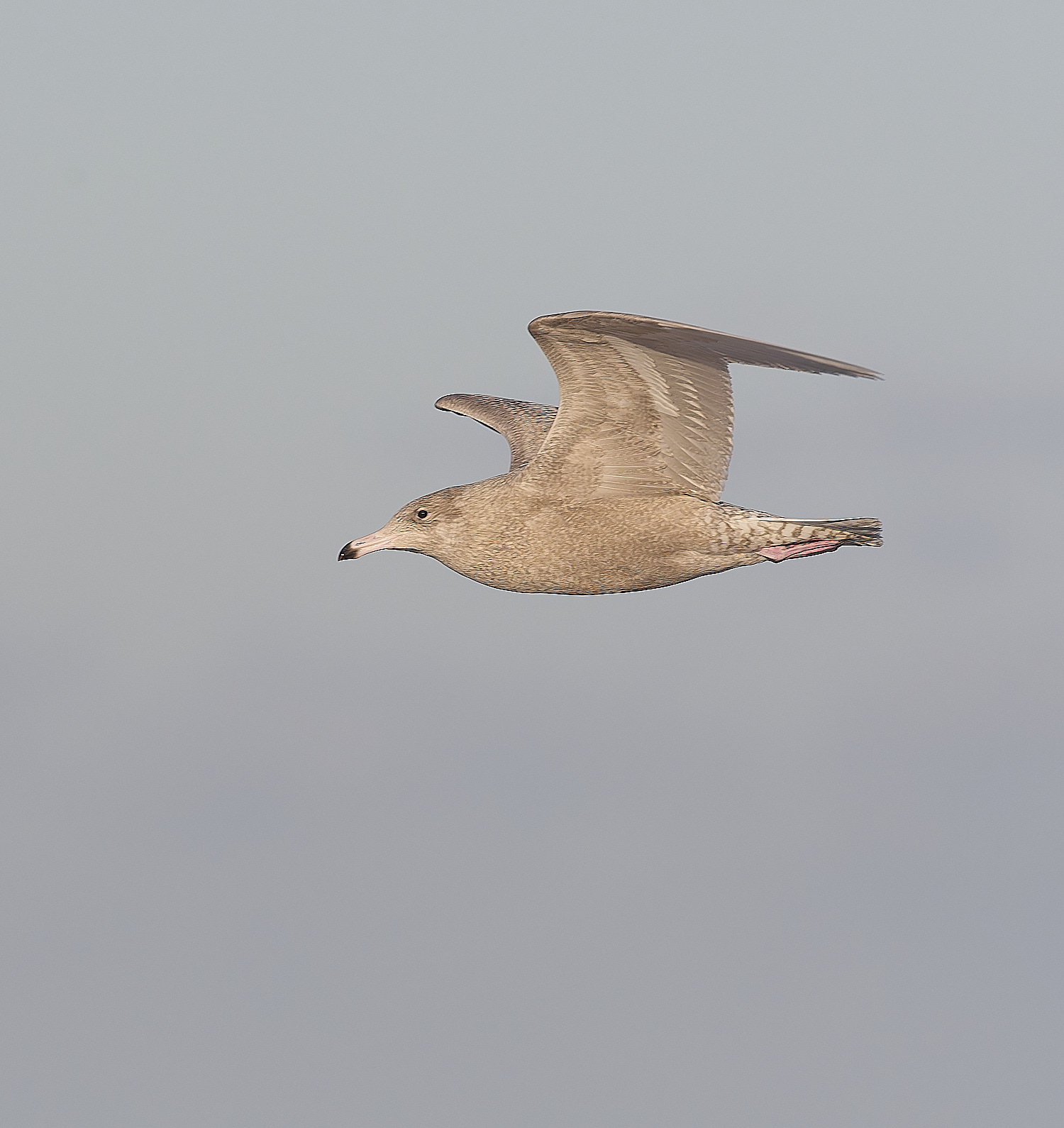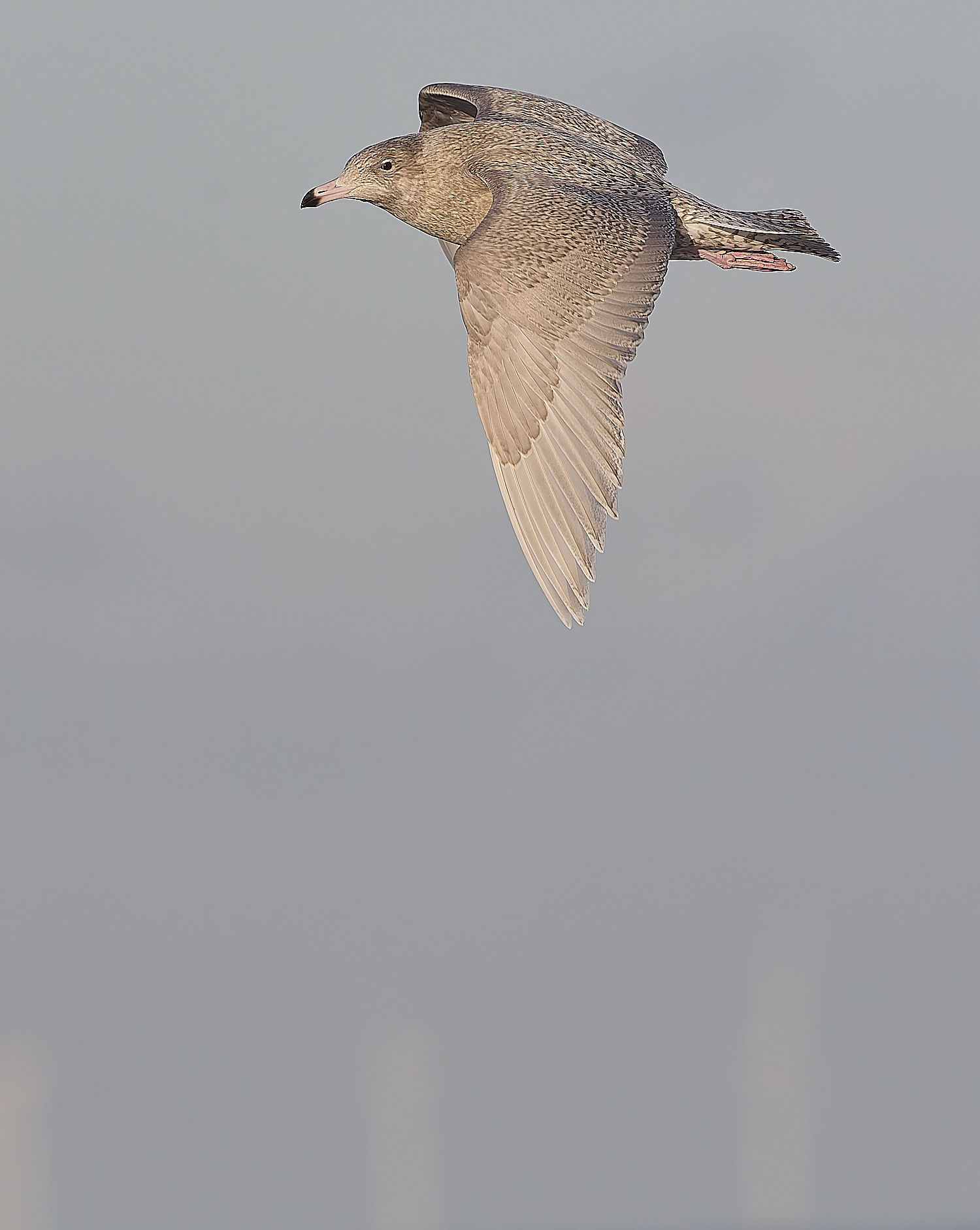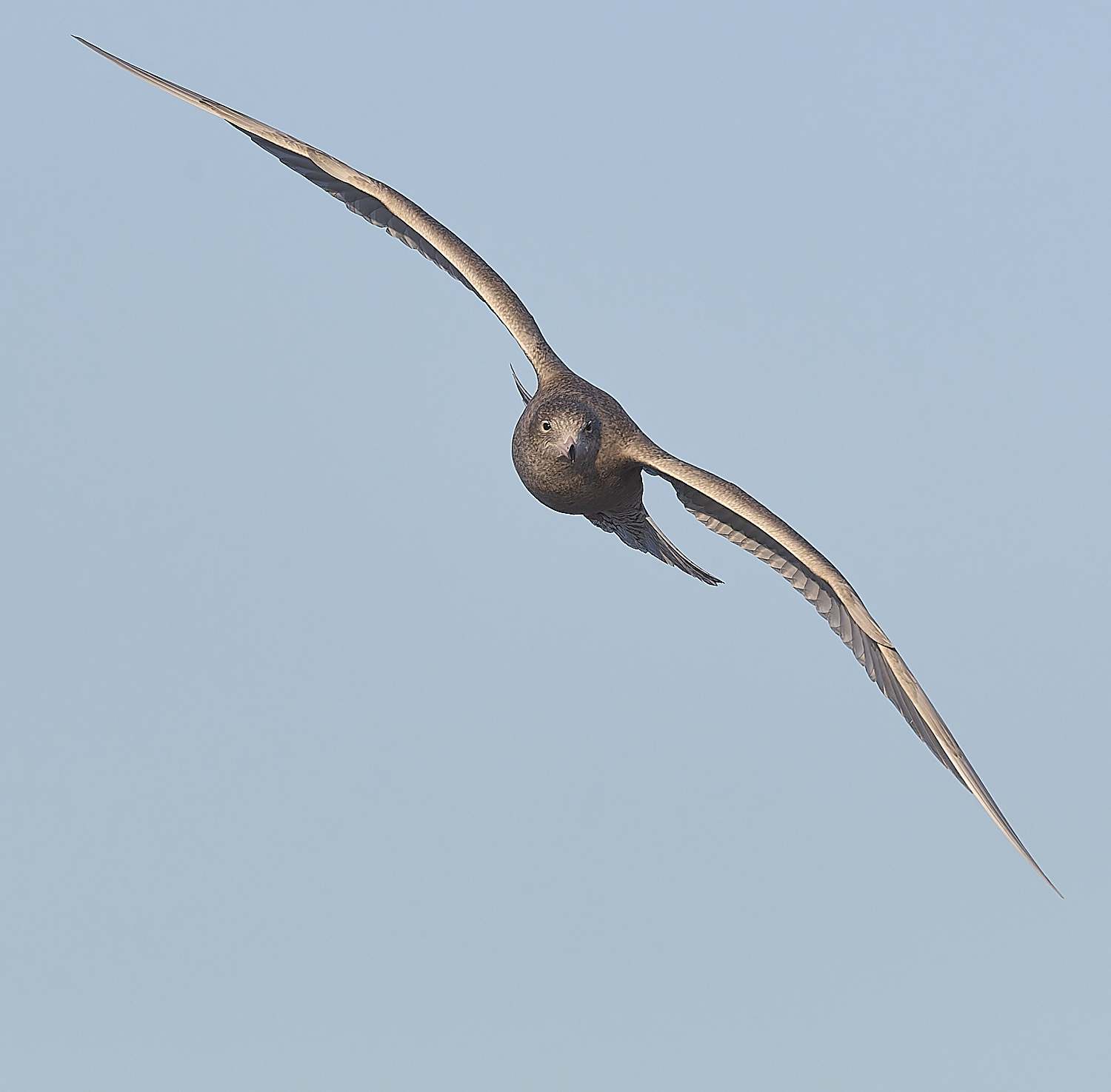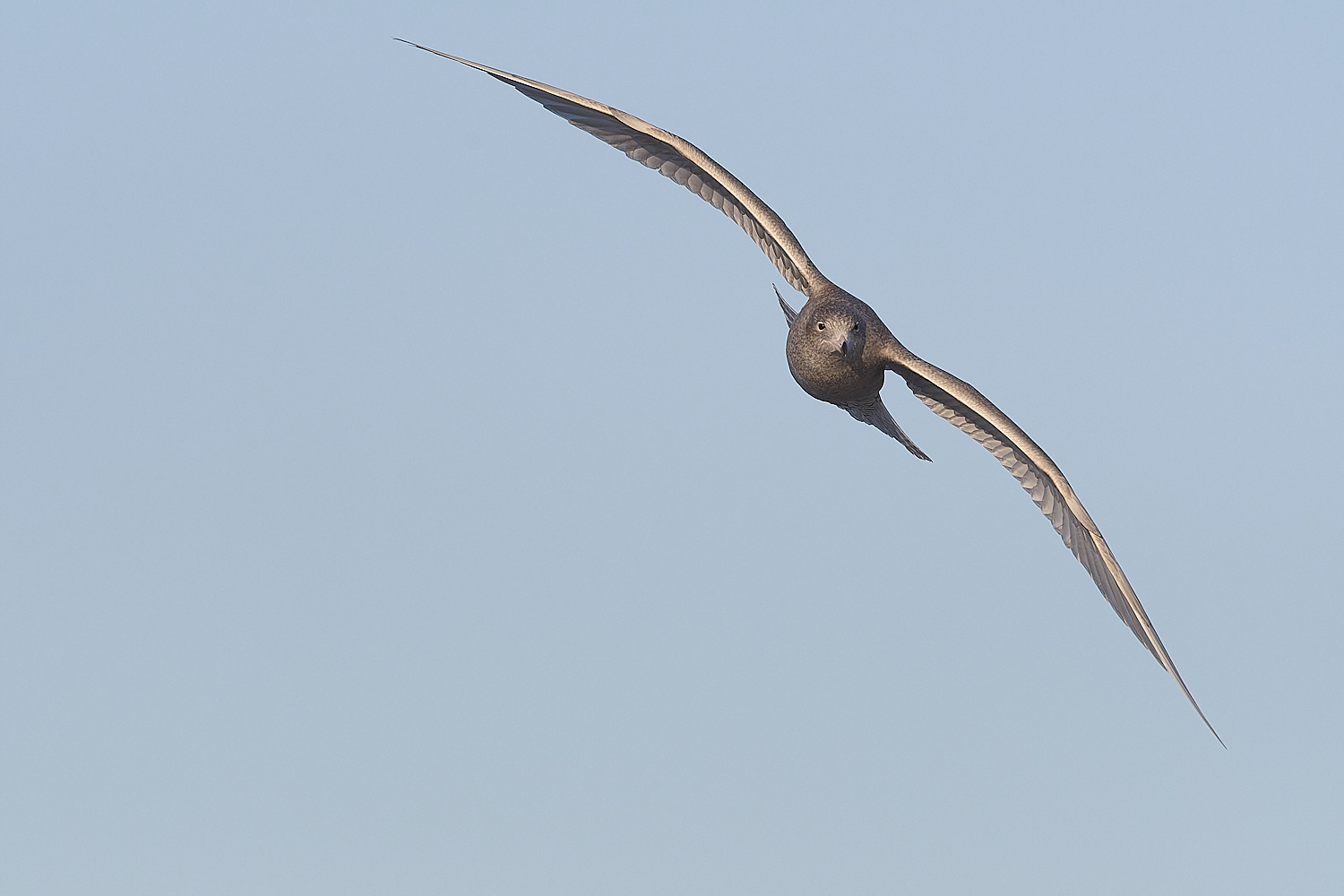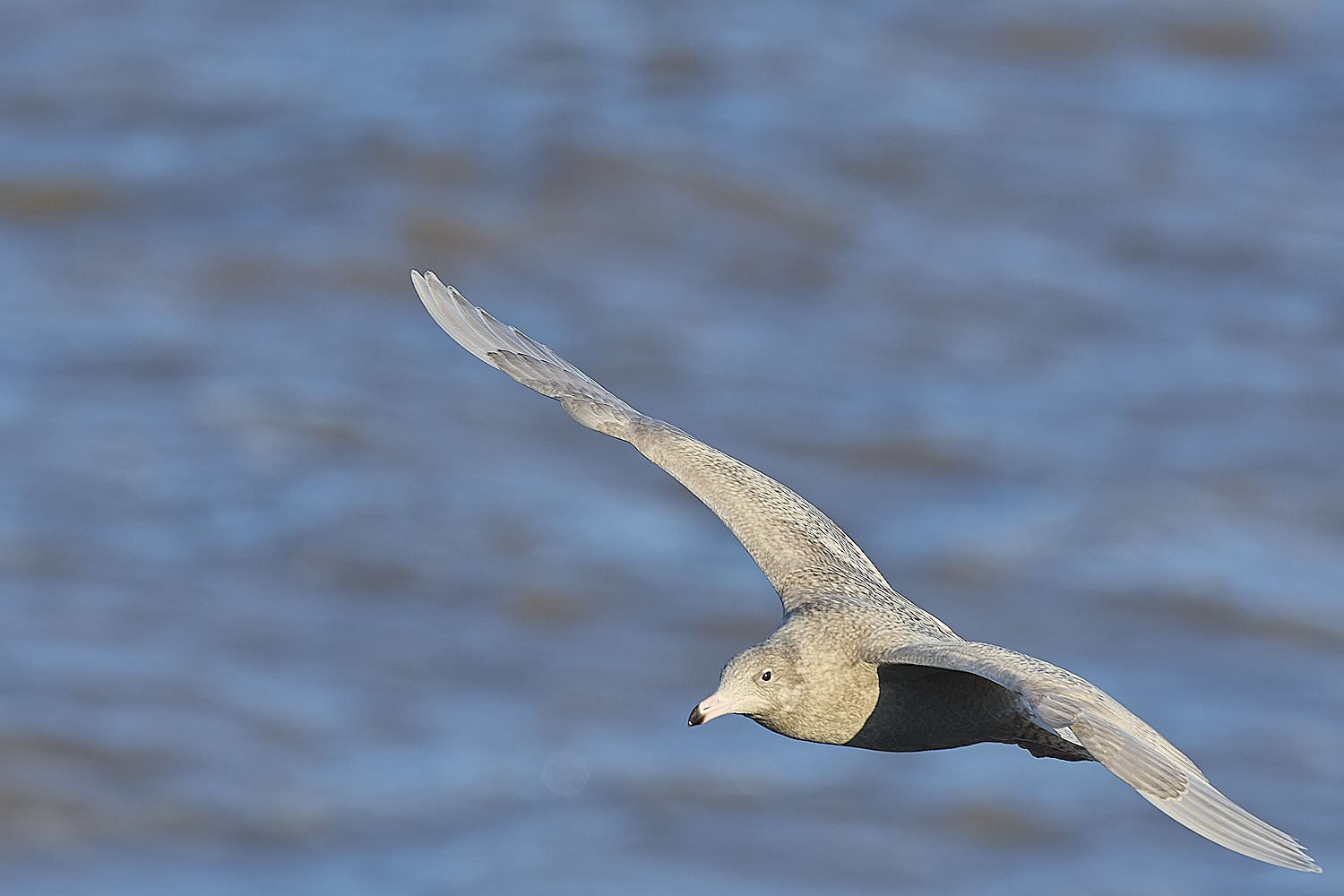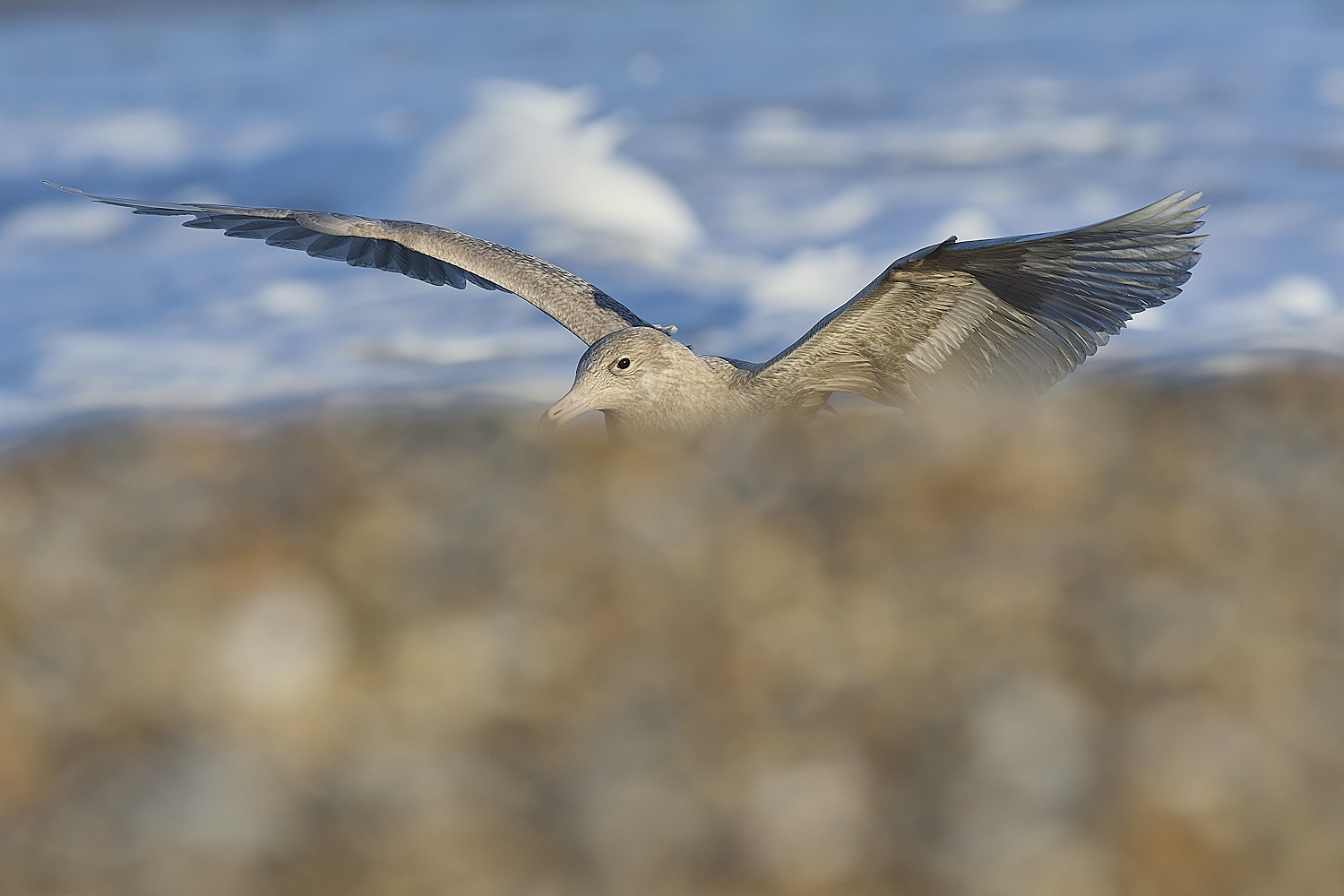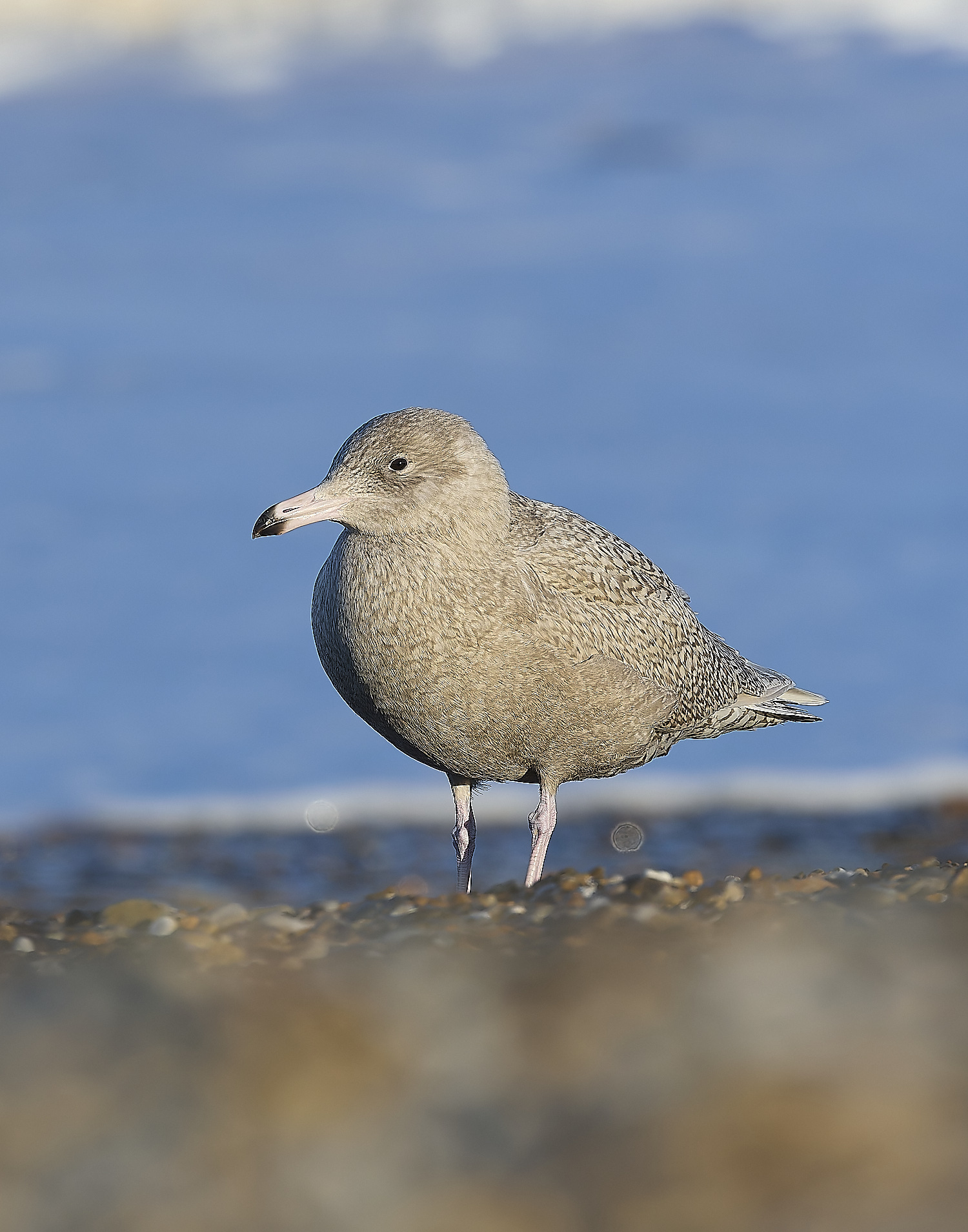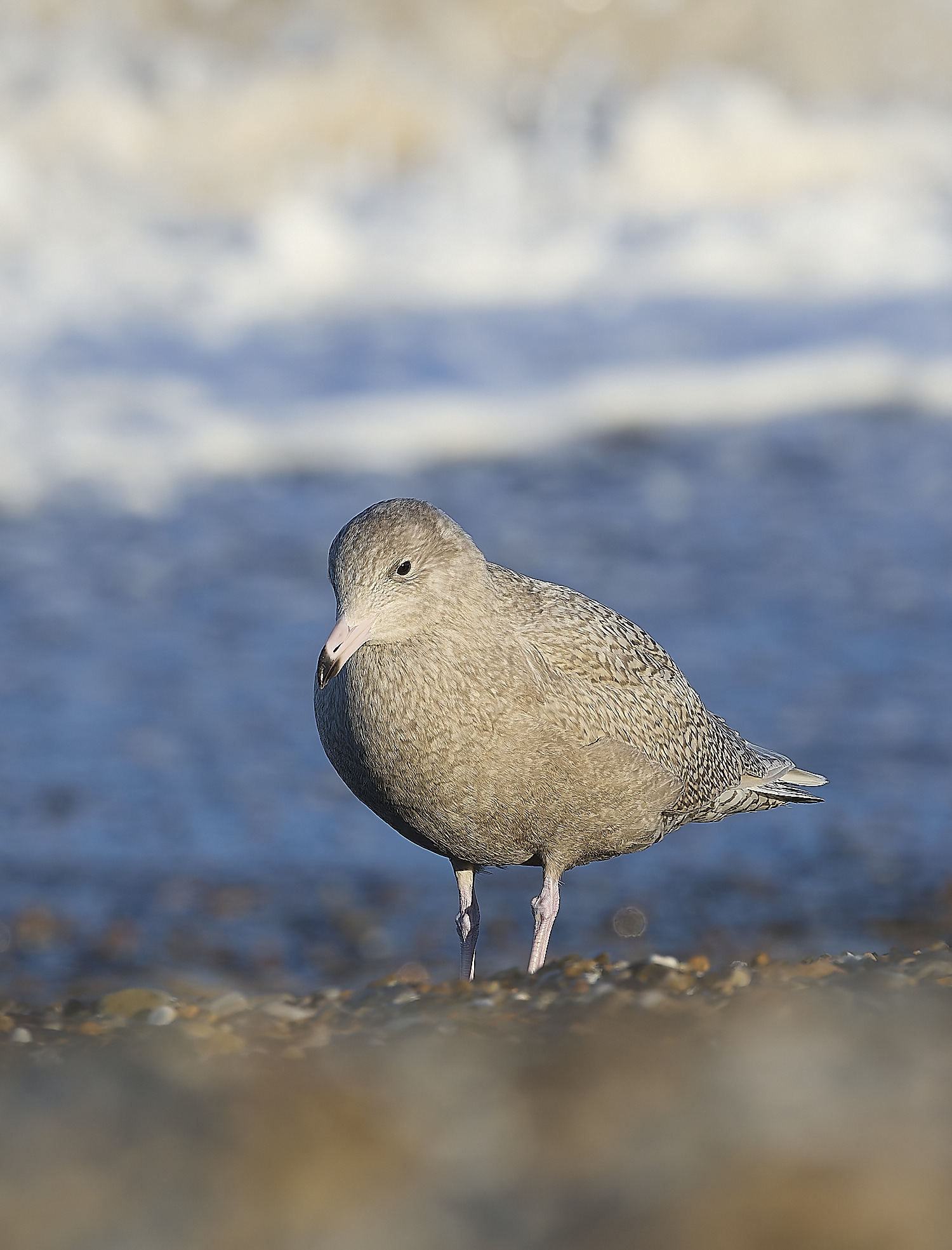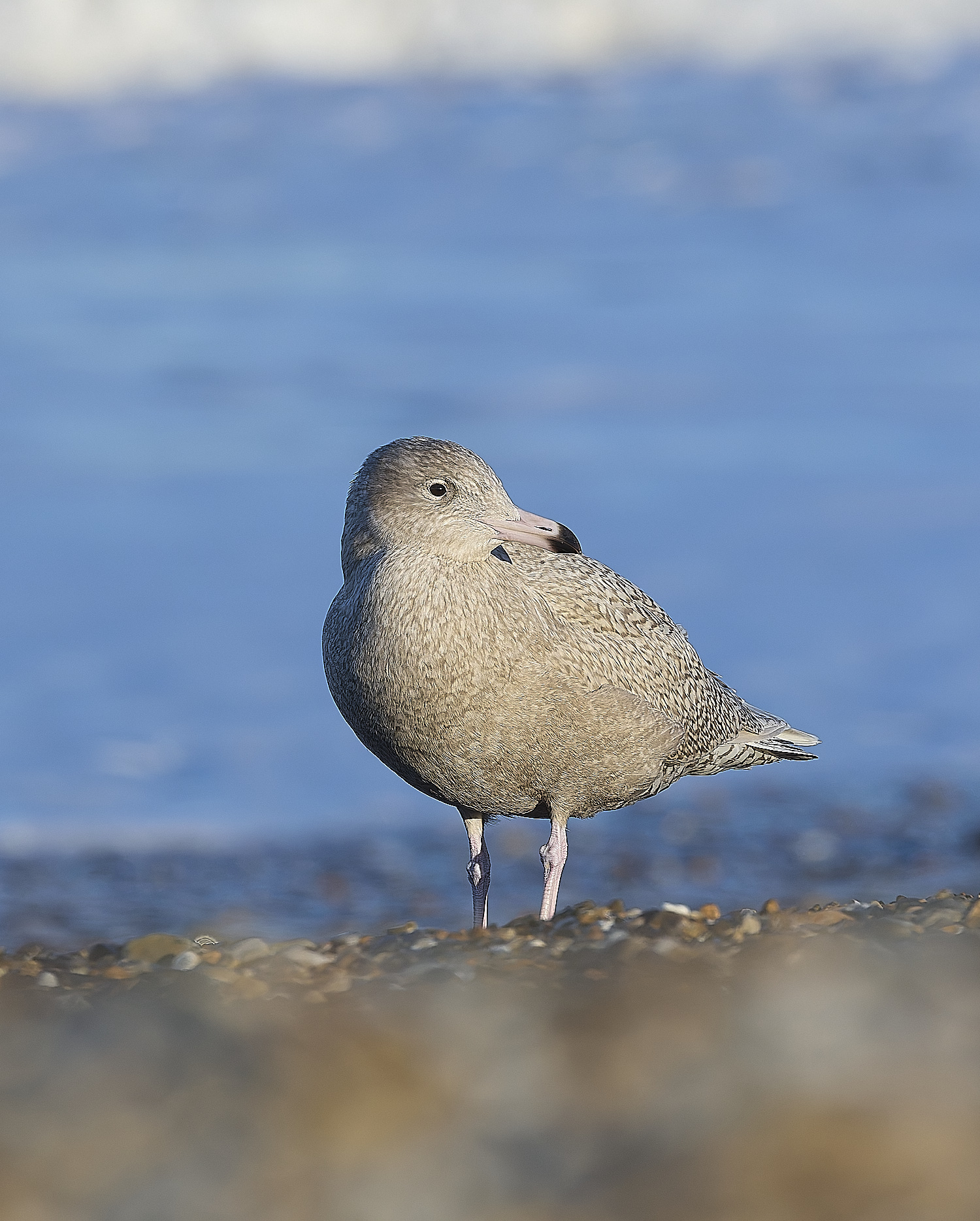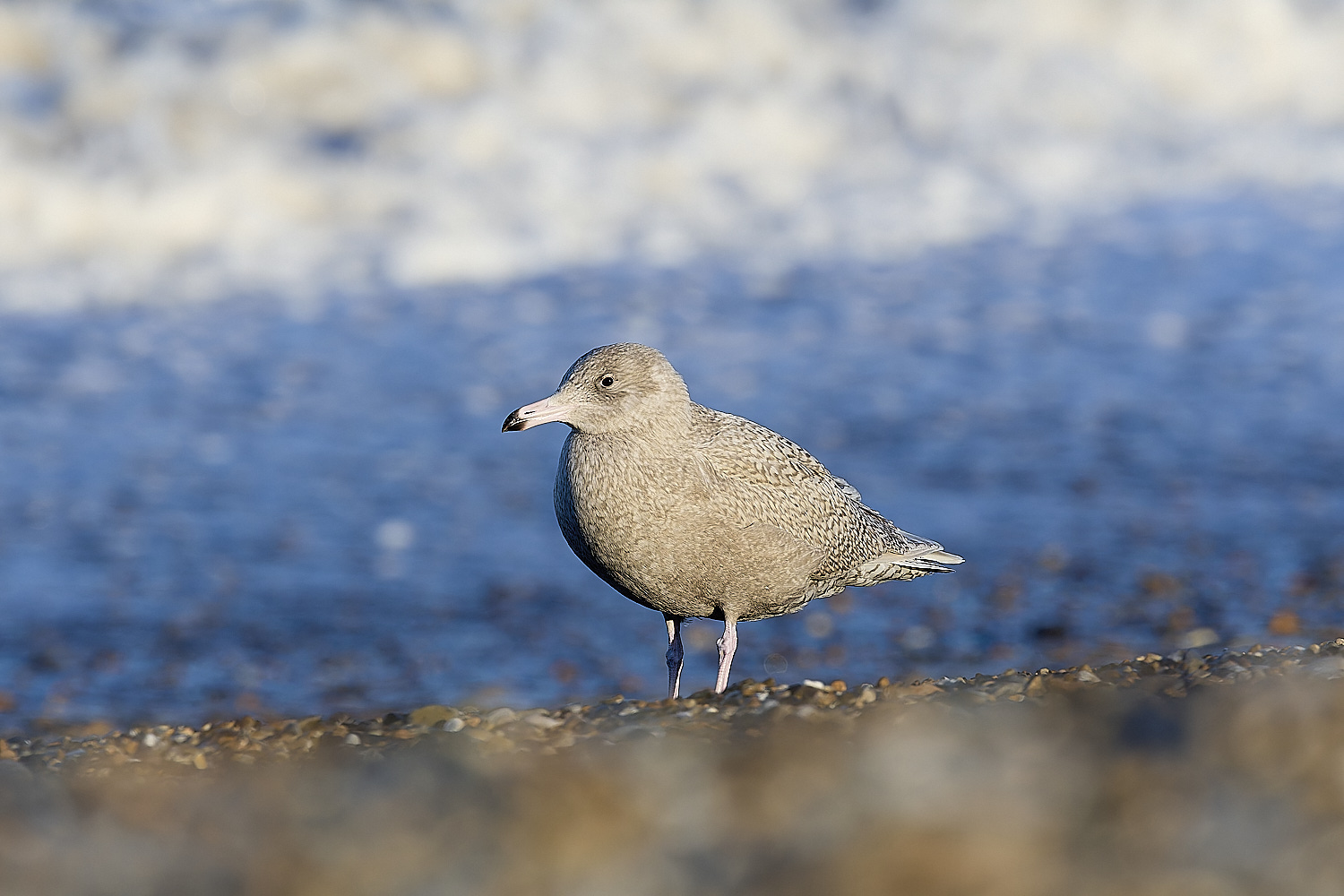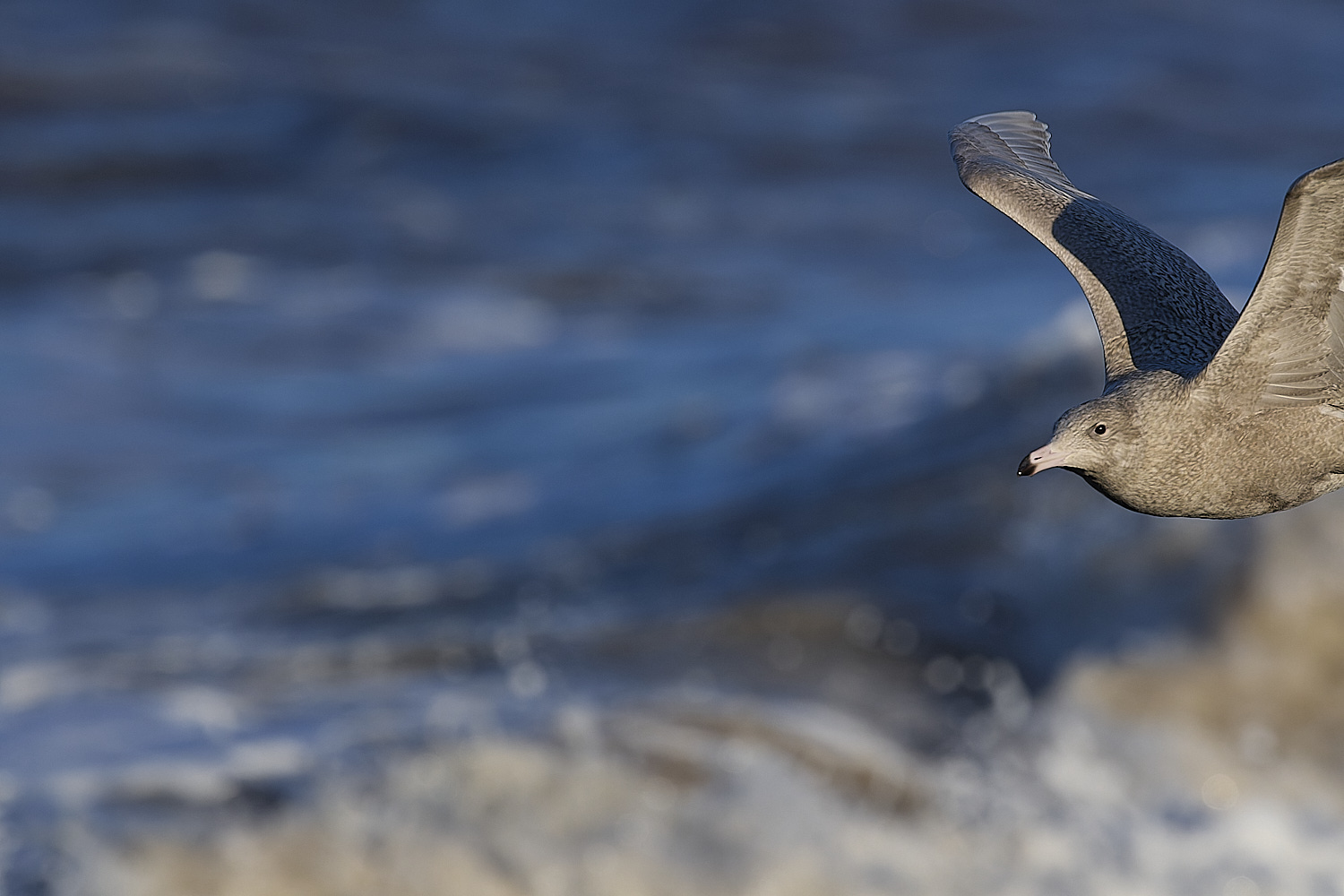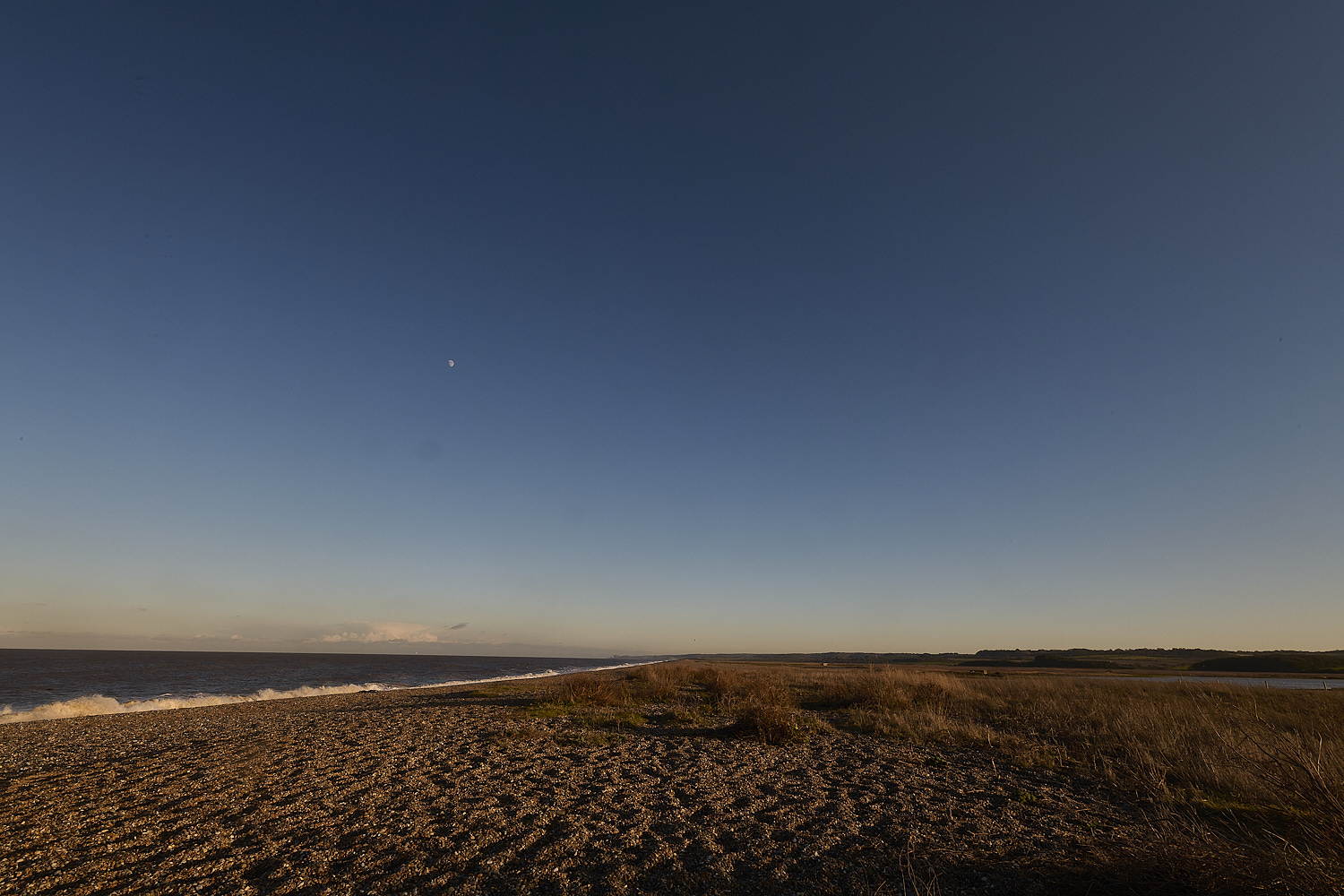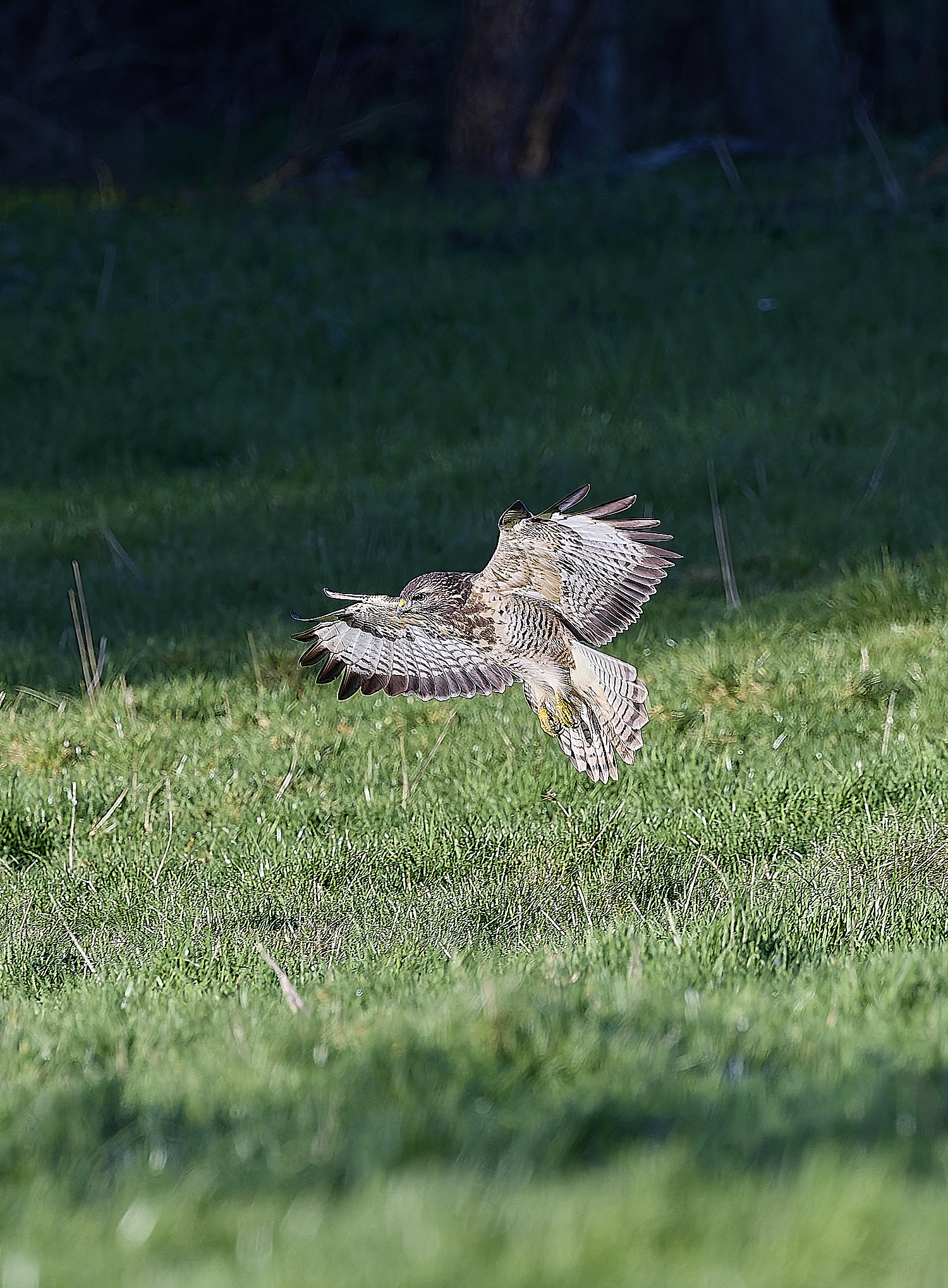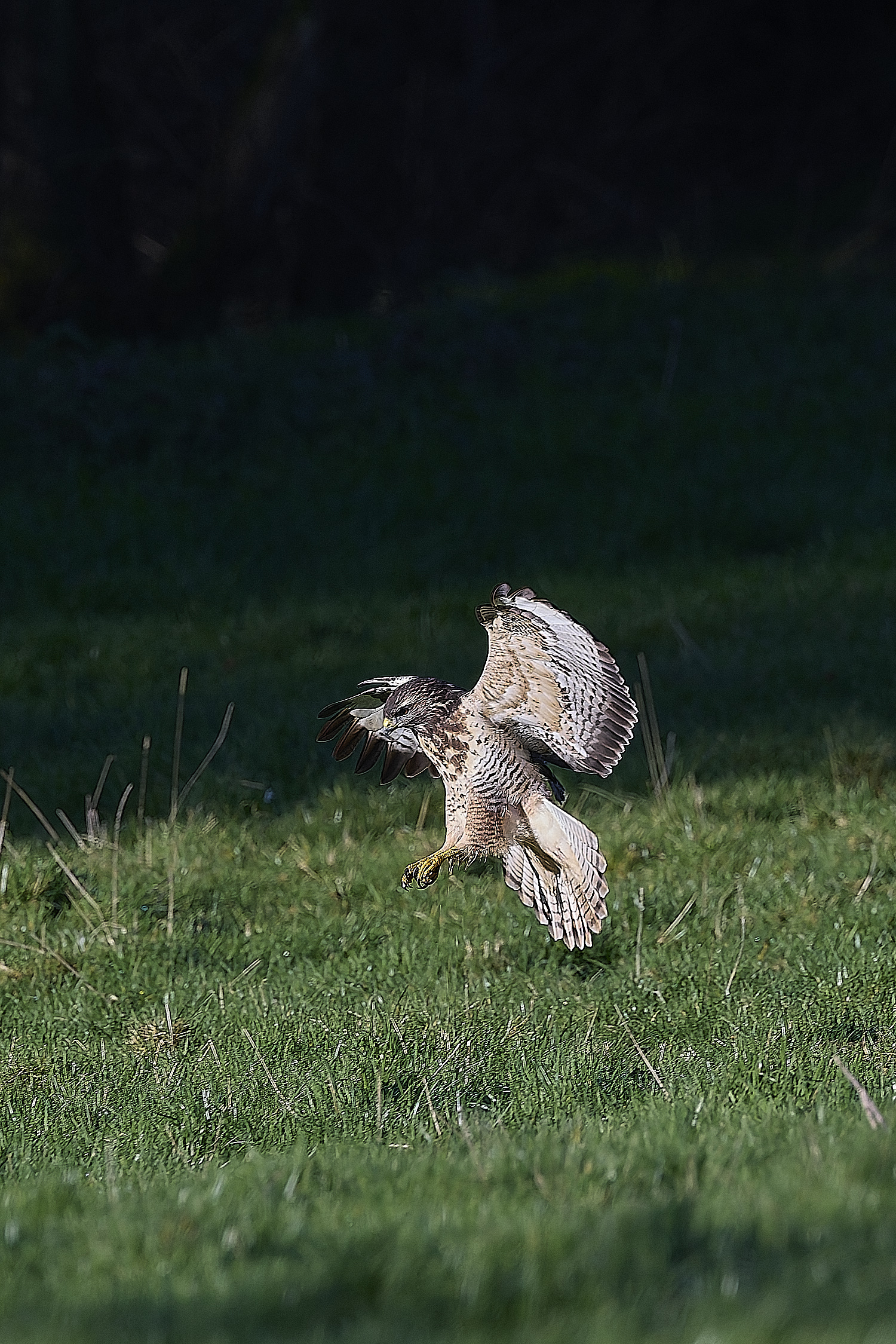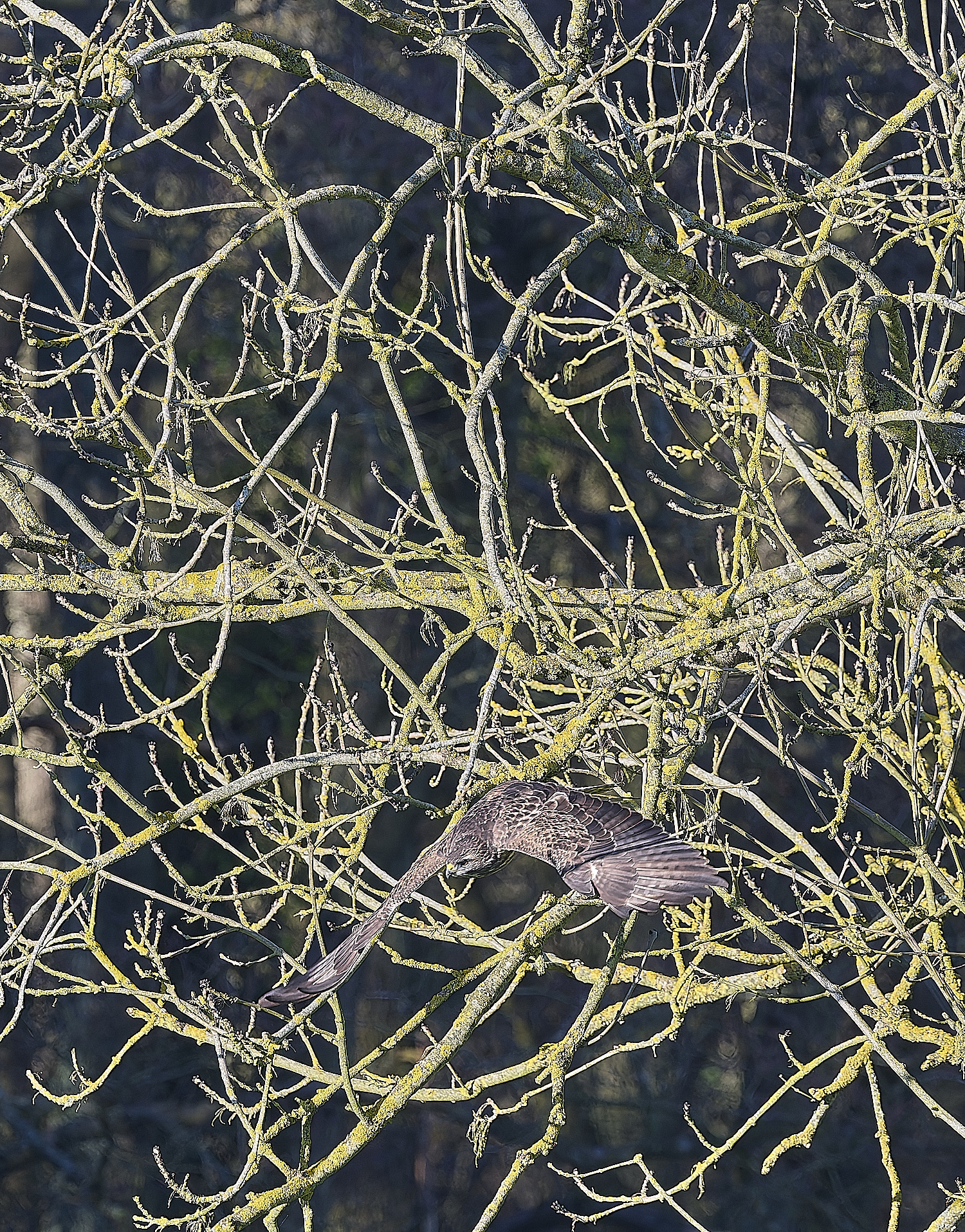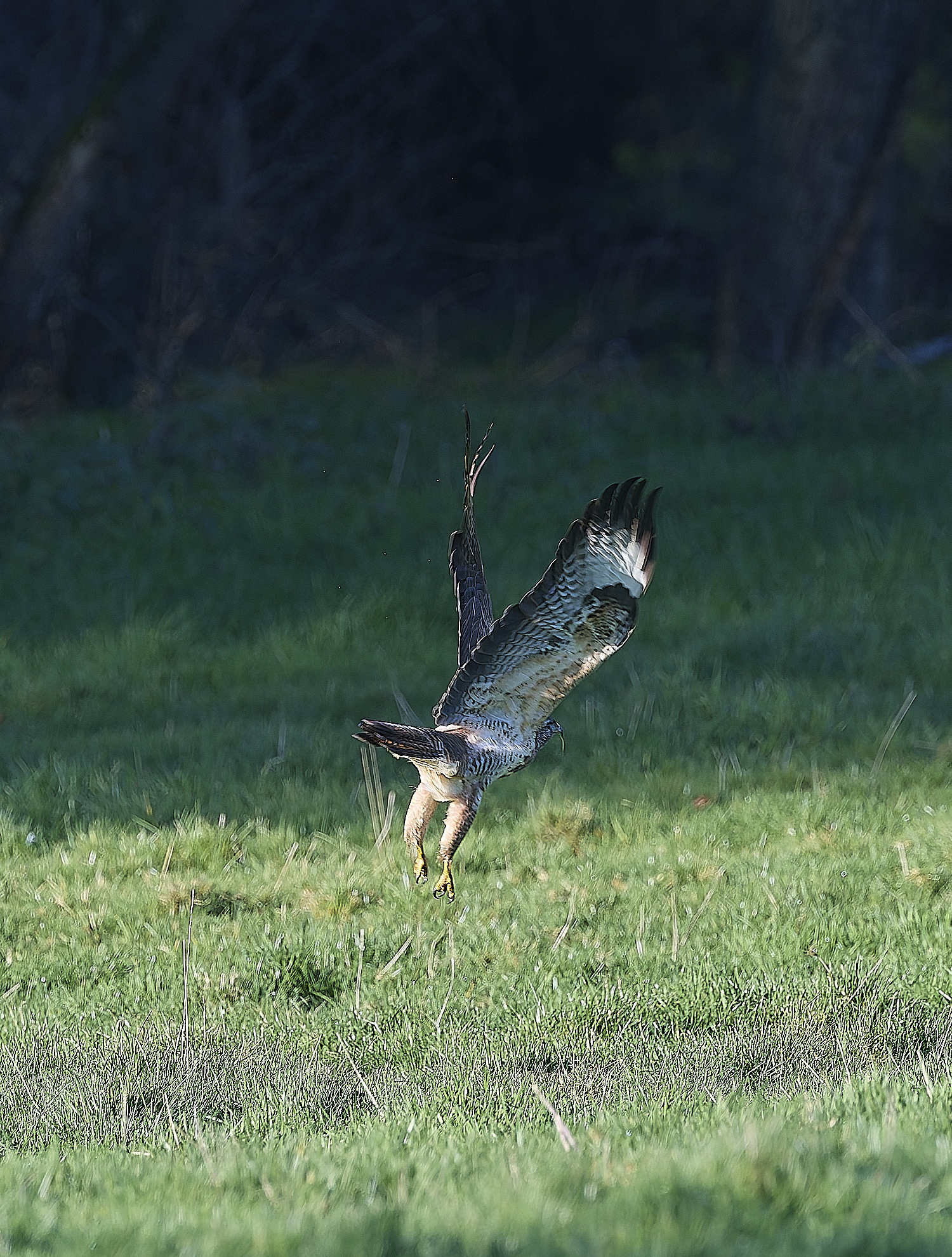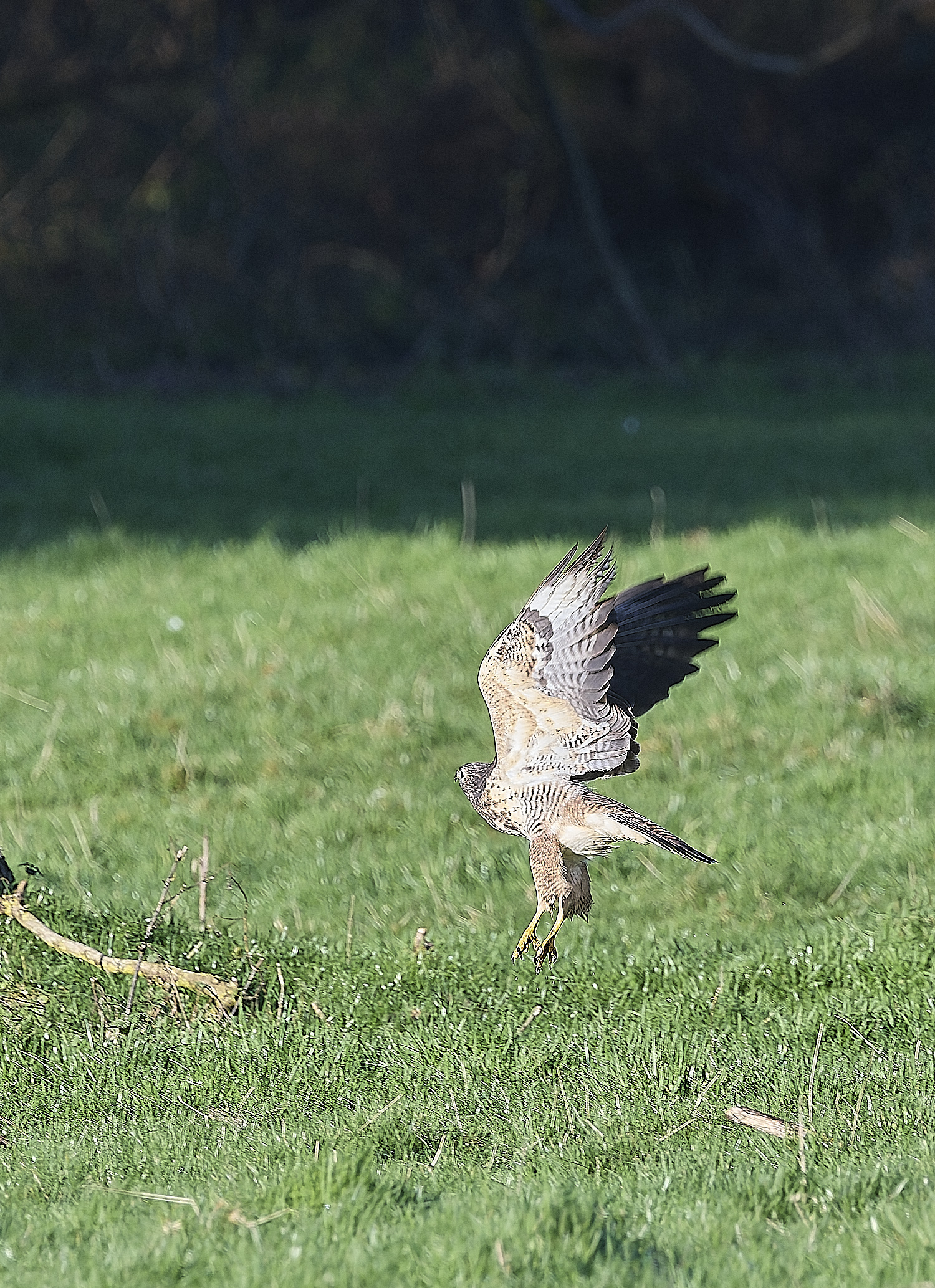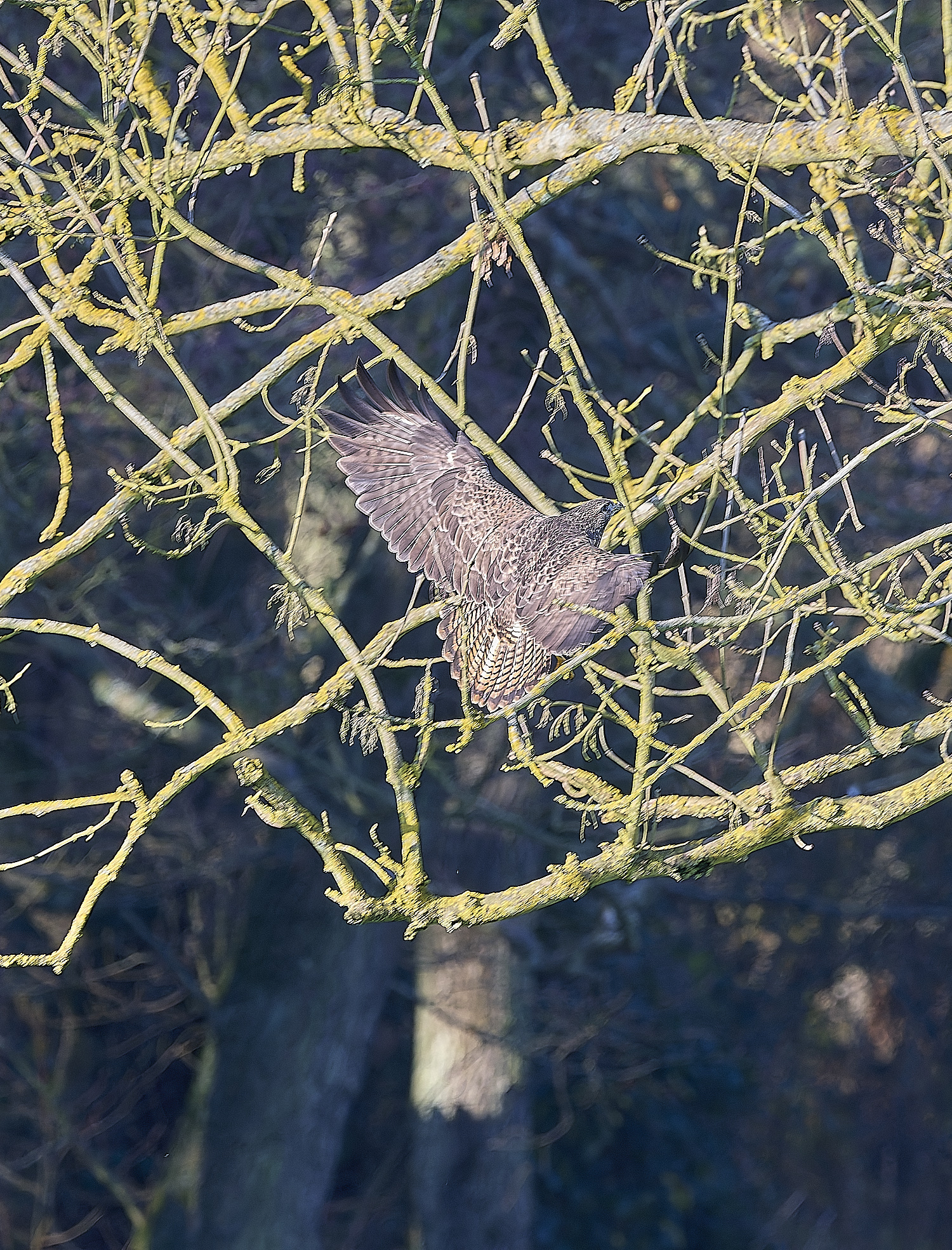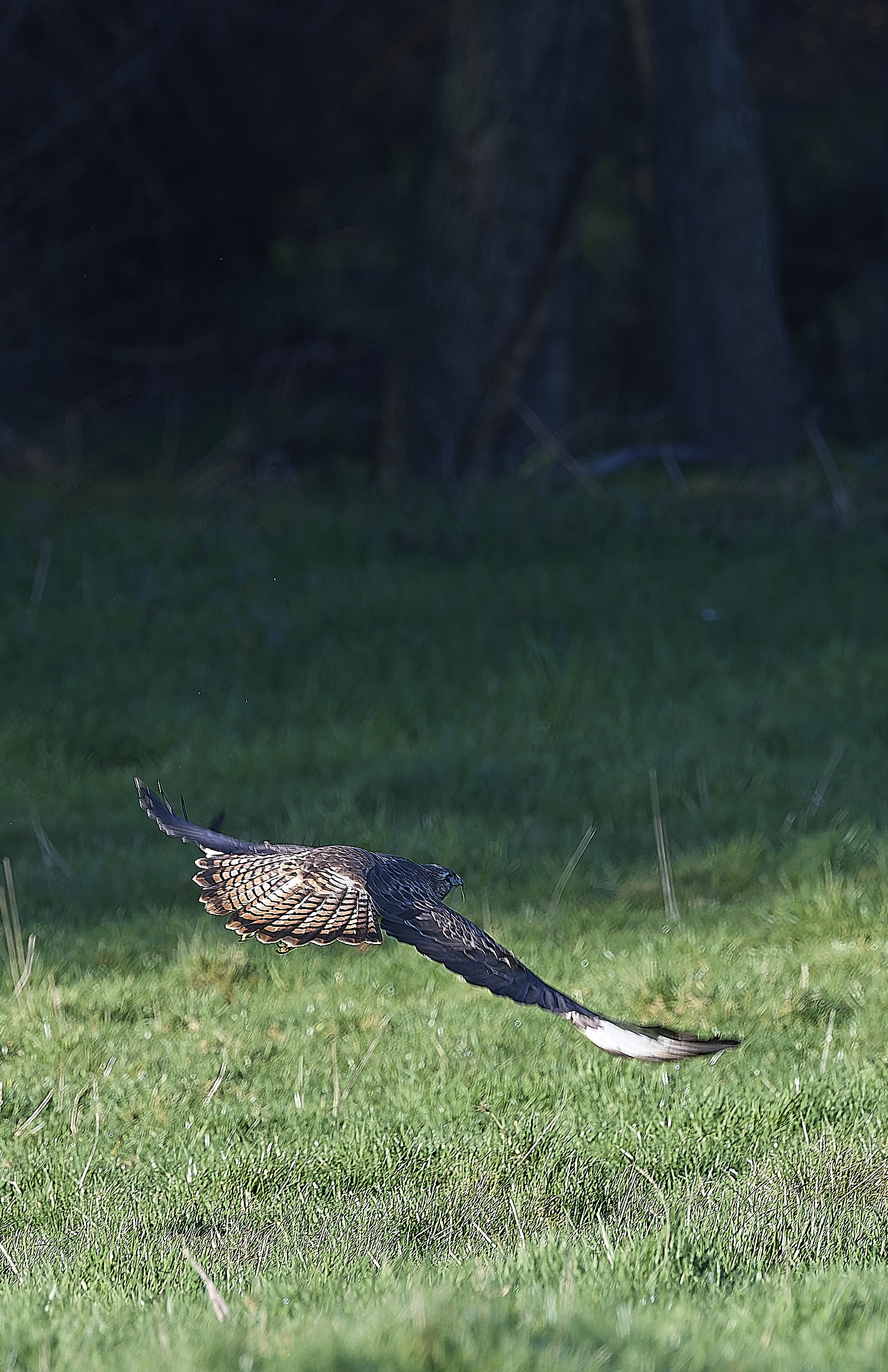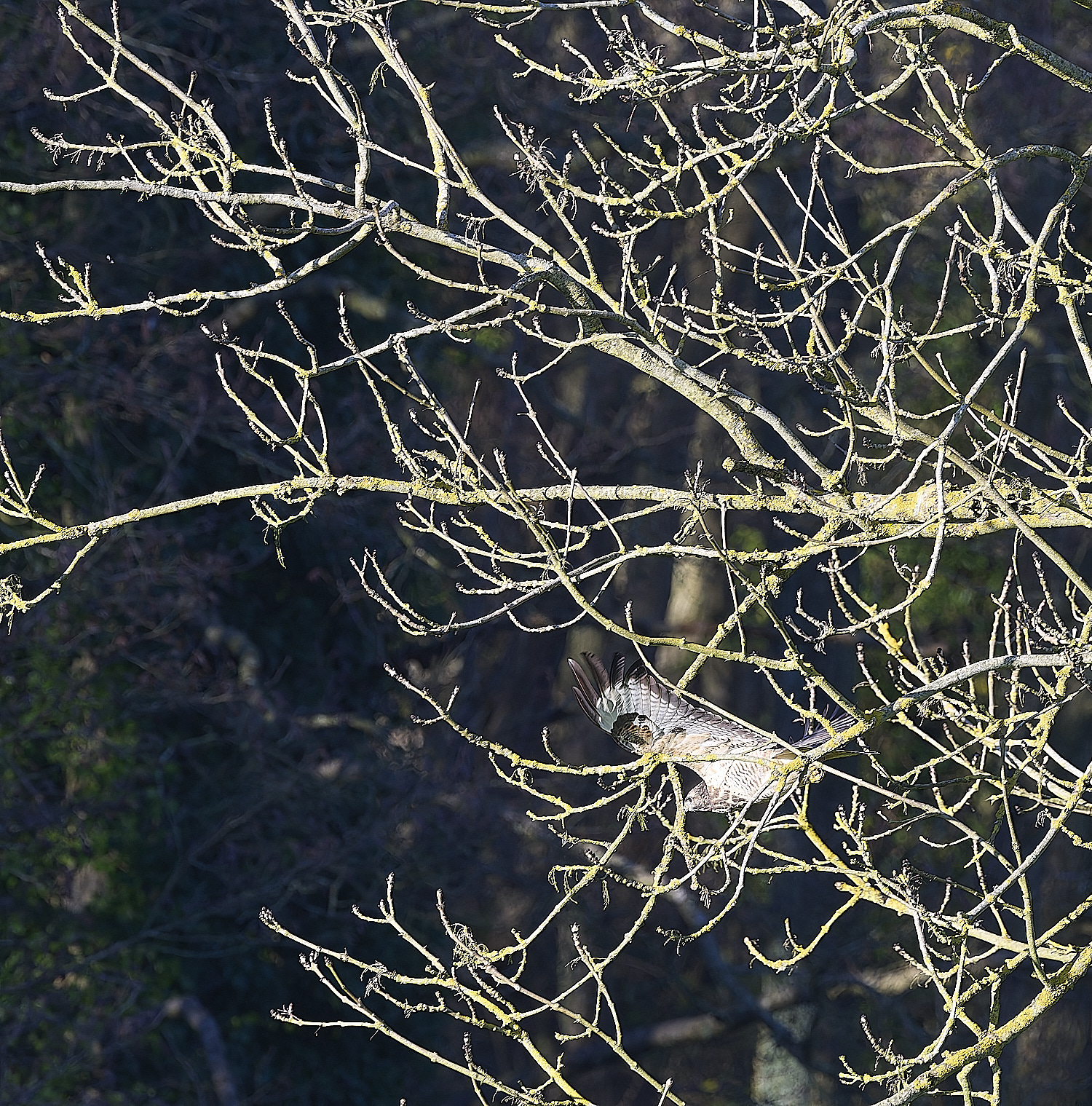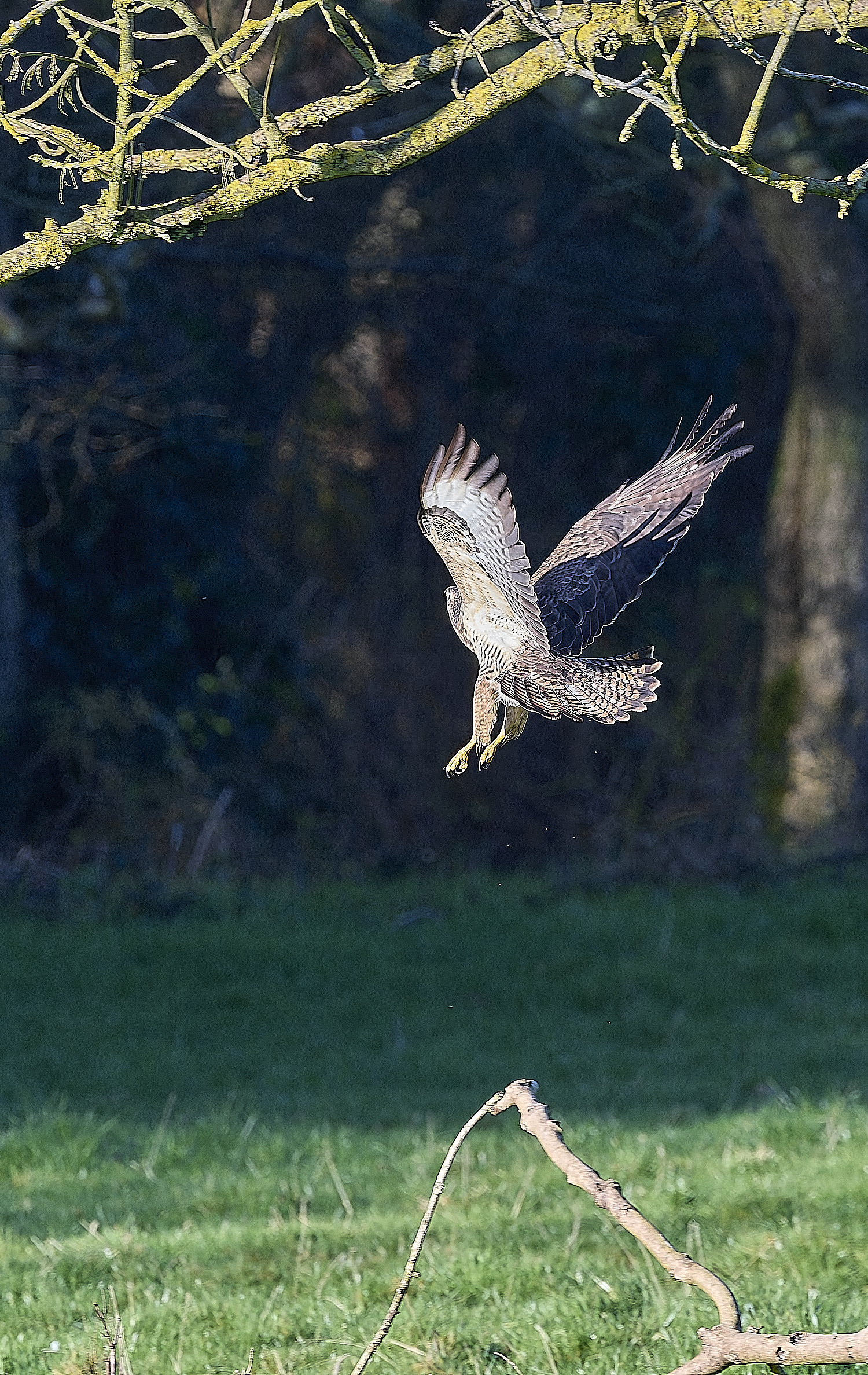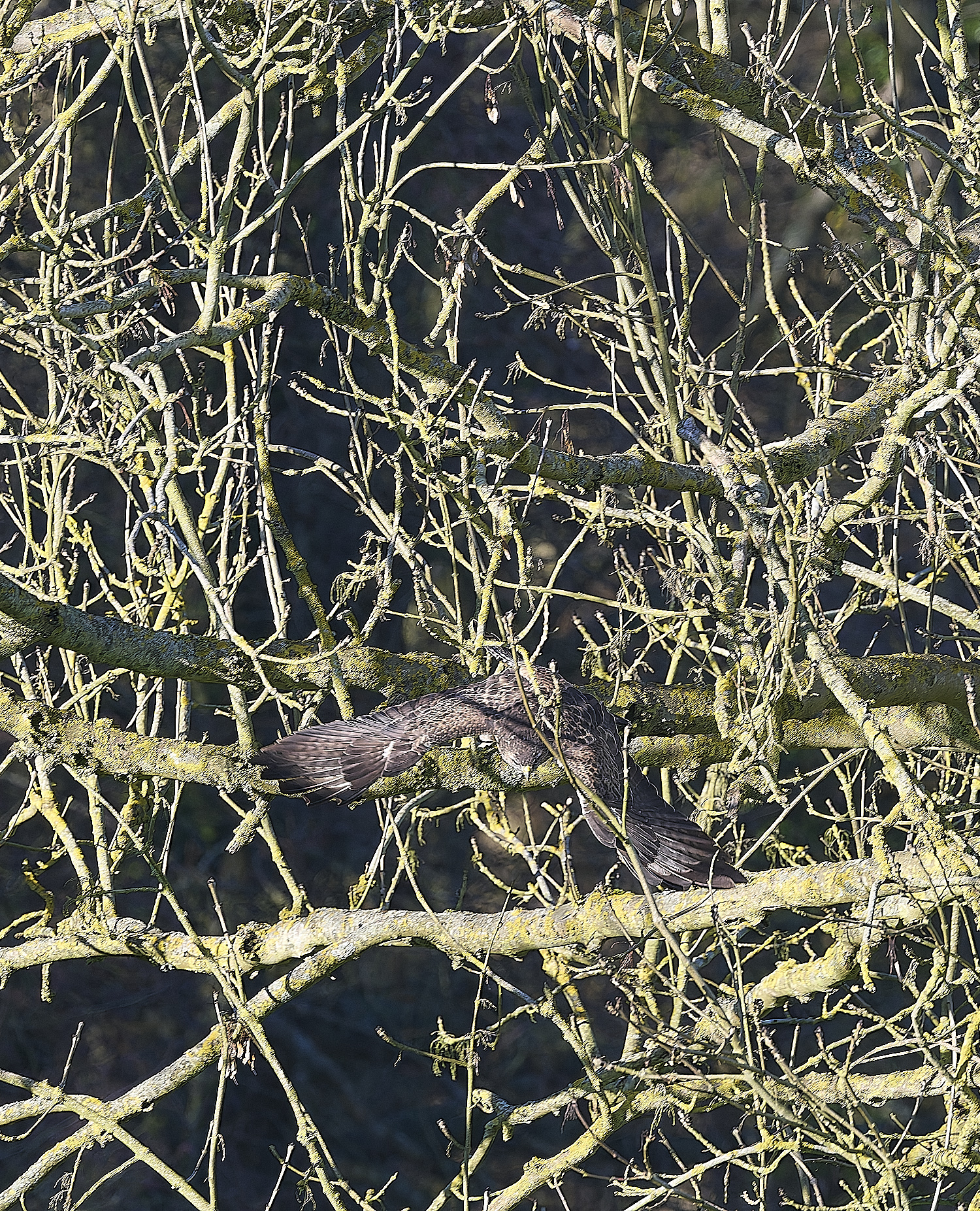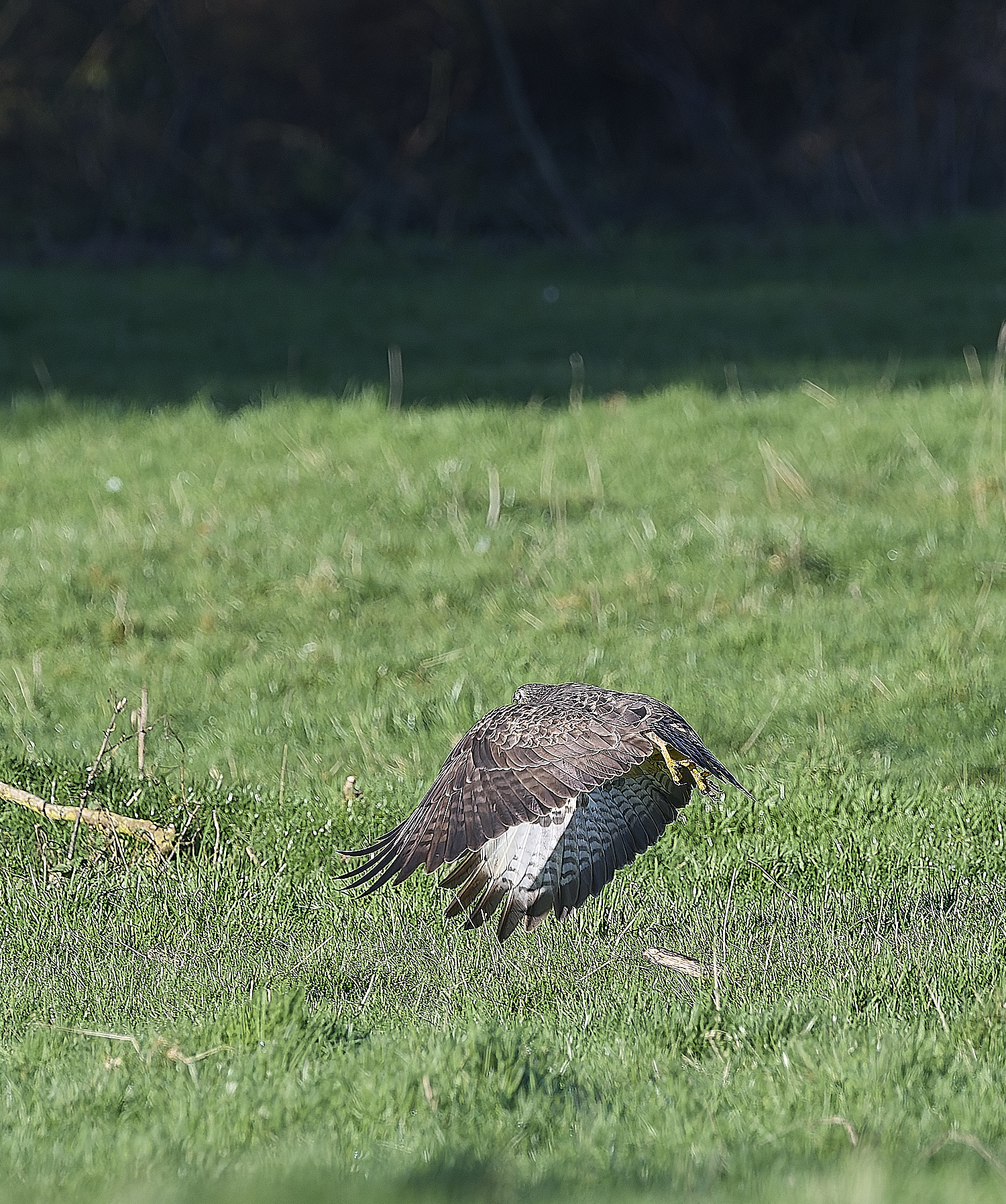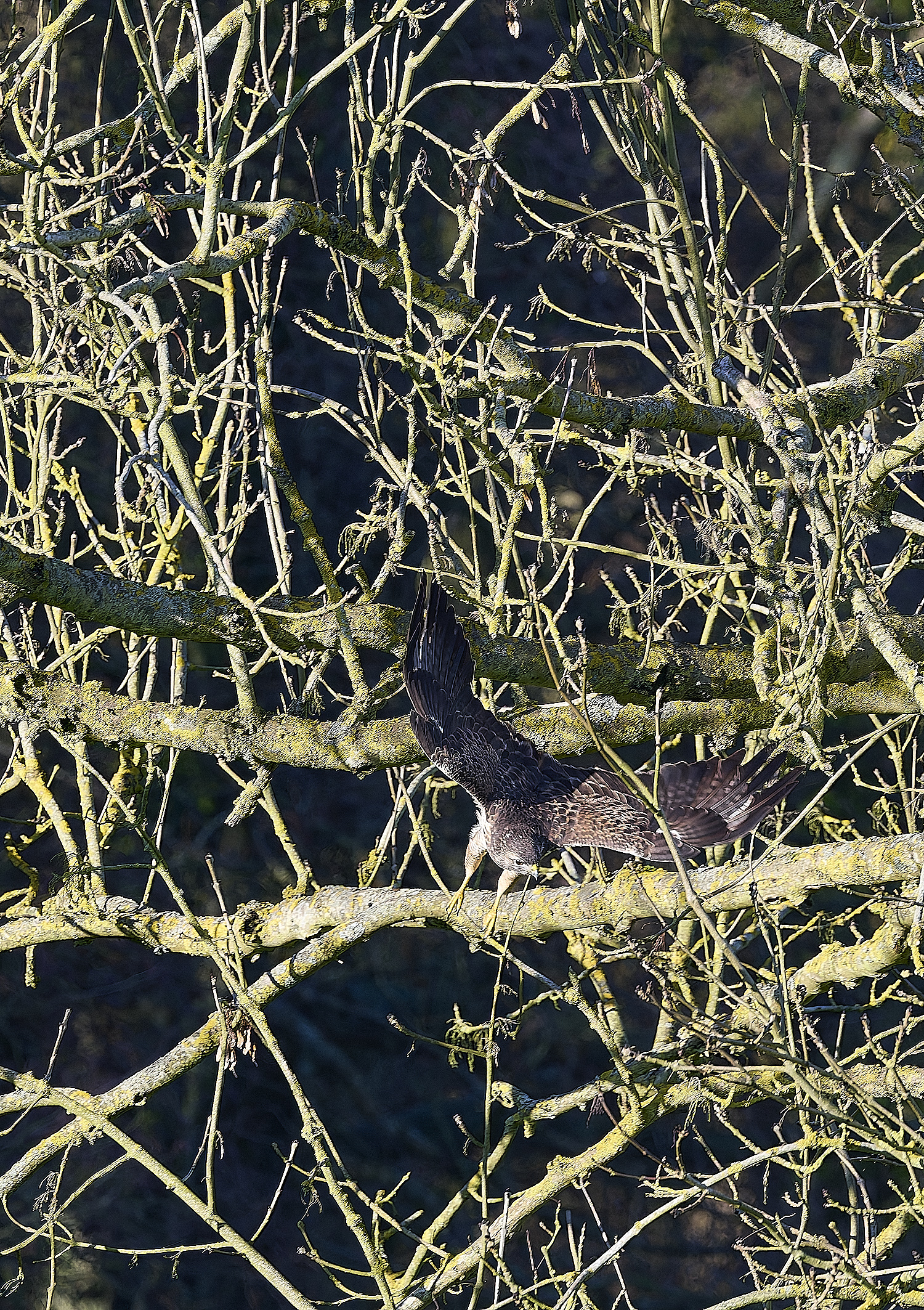Wheatfen
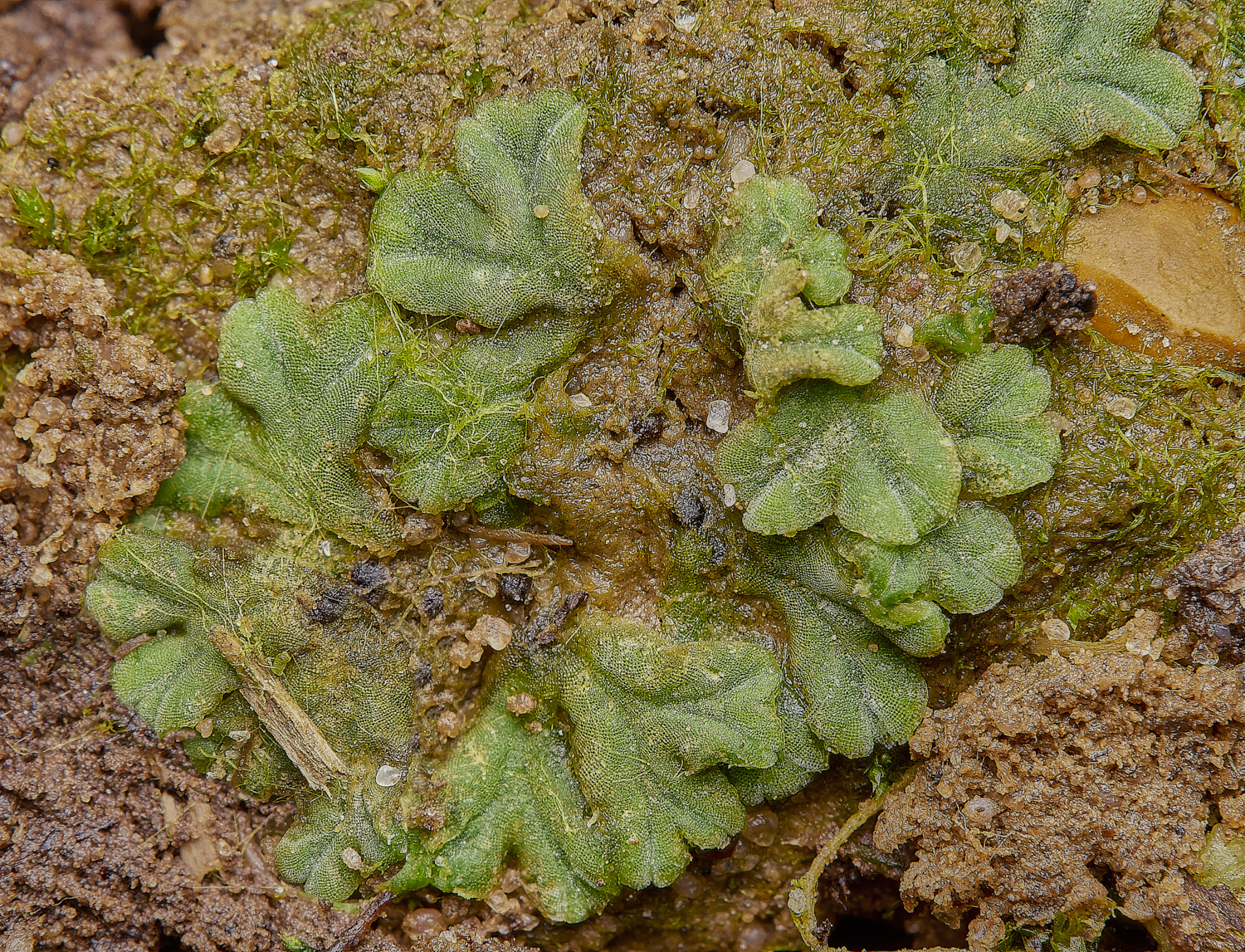
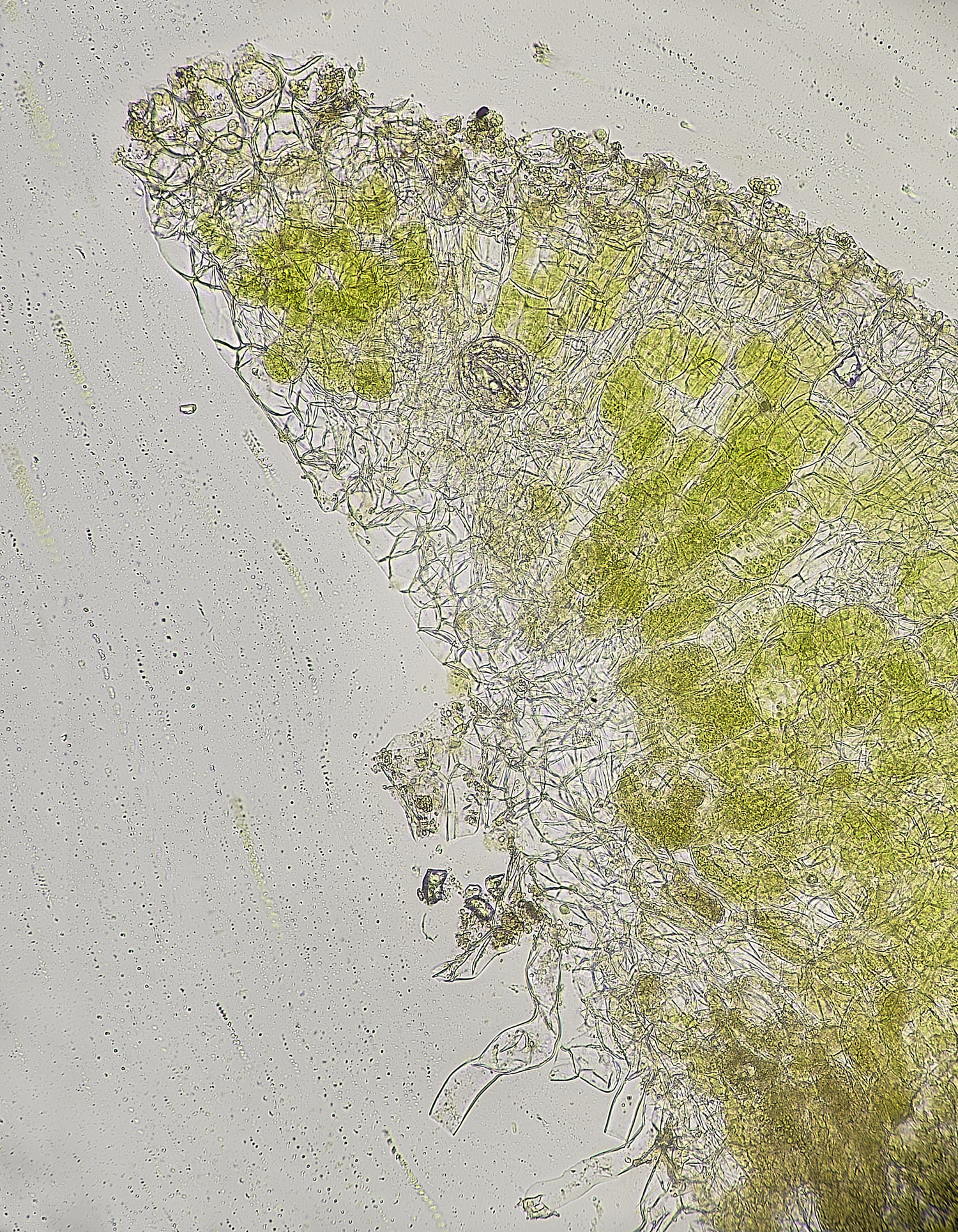
A cross section through the thallus
Hyaline colourless cells on the underside of the thallus.
Immature spore capsule (Walnut shape) in upper middle of the image?
Common Crystalwort (Riccia soracarpa)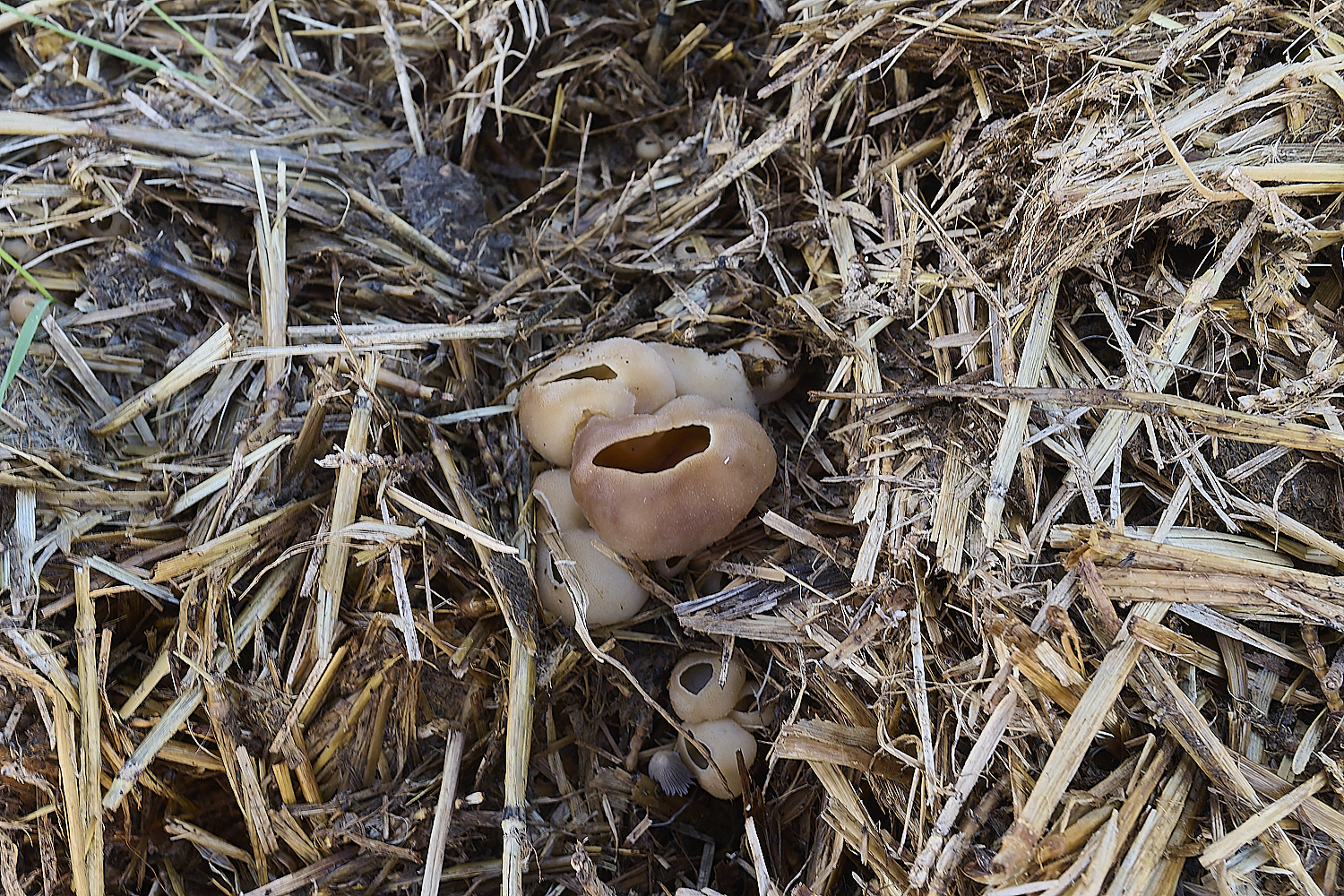
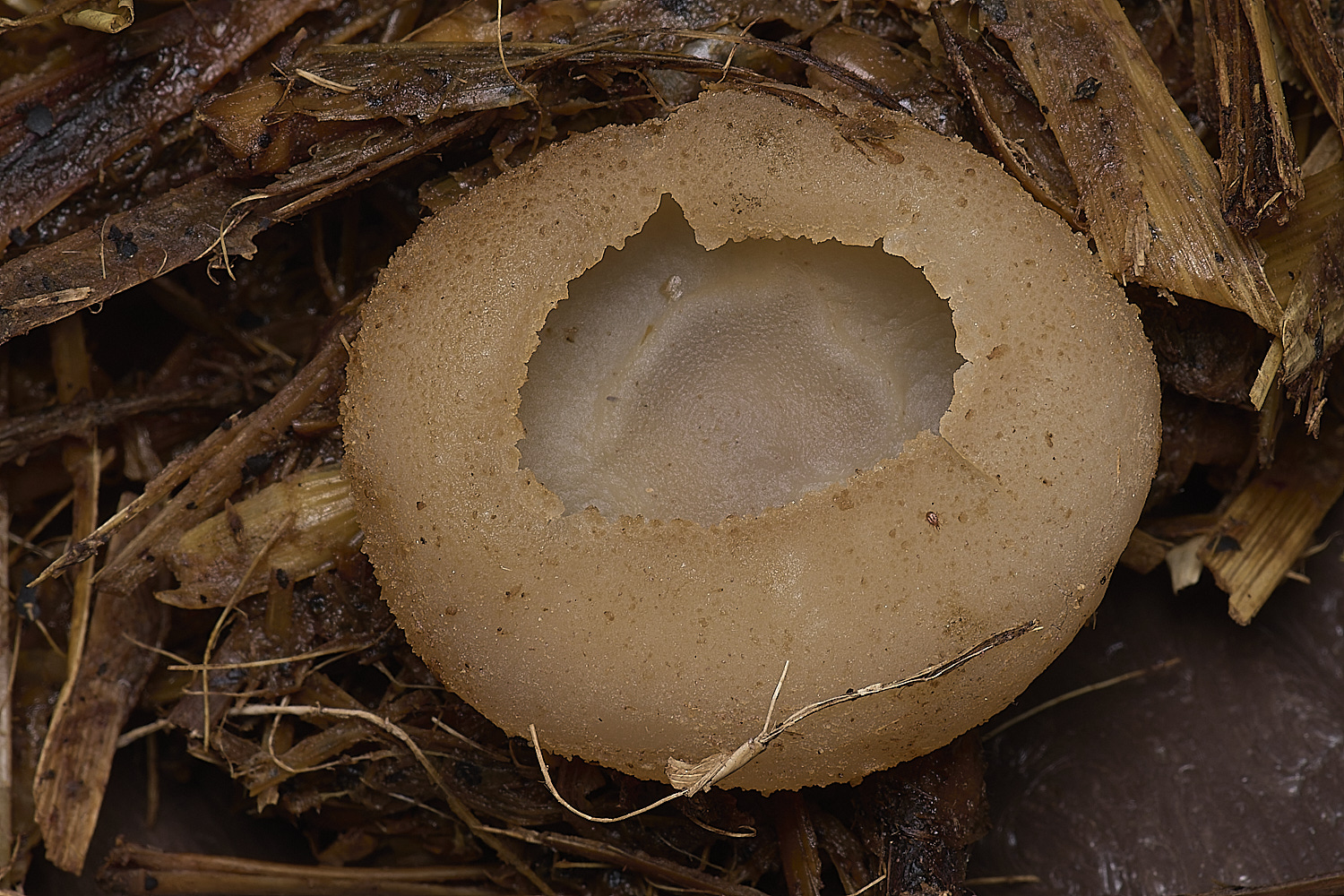
No spores dropped even at this stage after 90 mins
No spores showed up in a squash from this one either.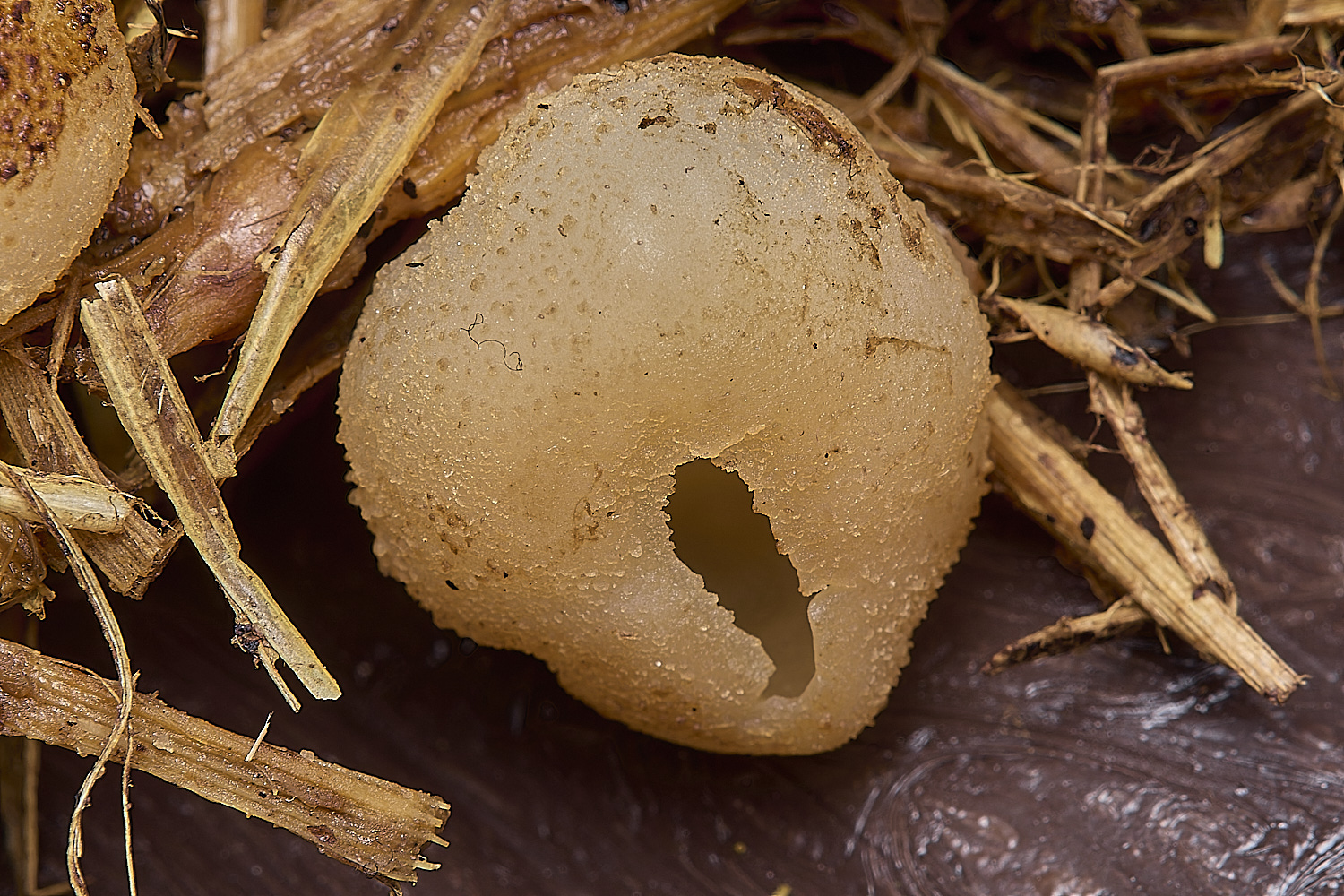
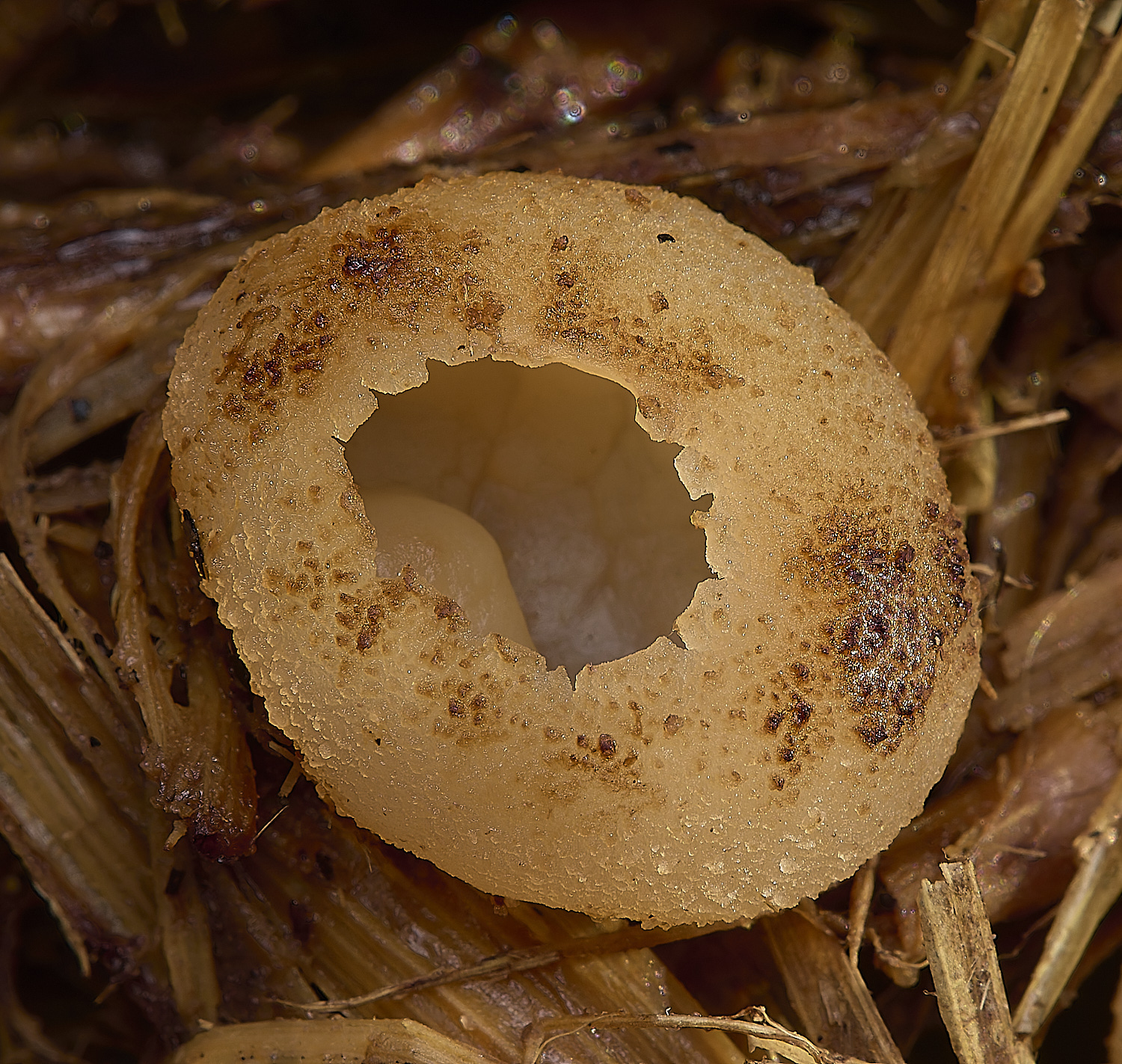
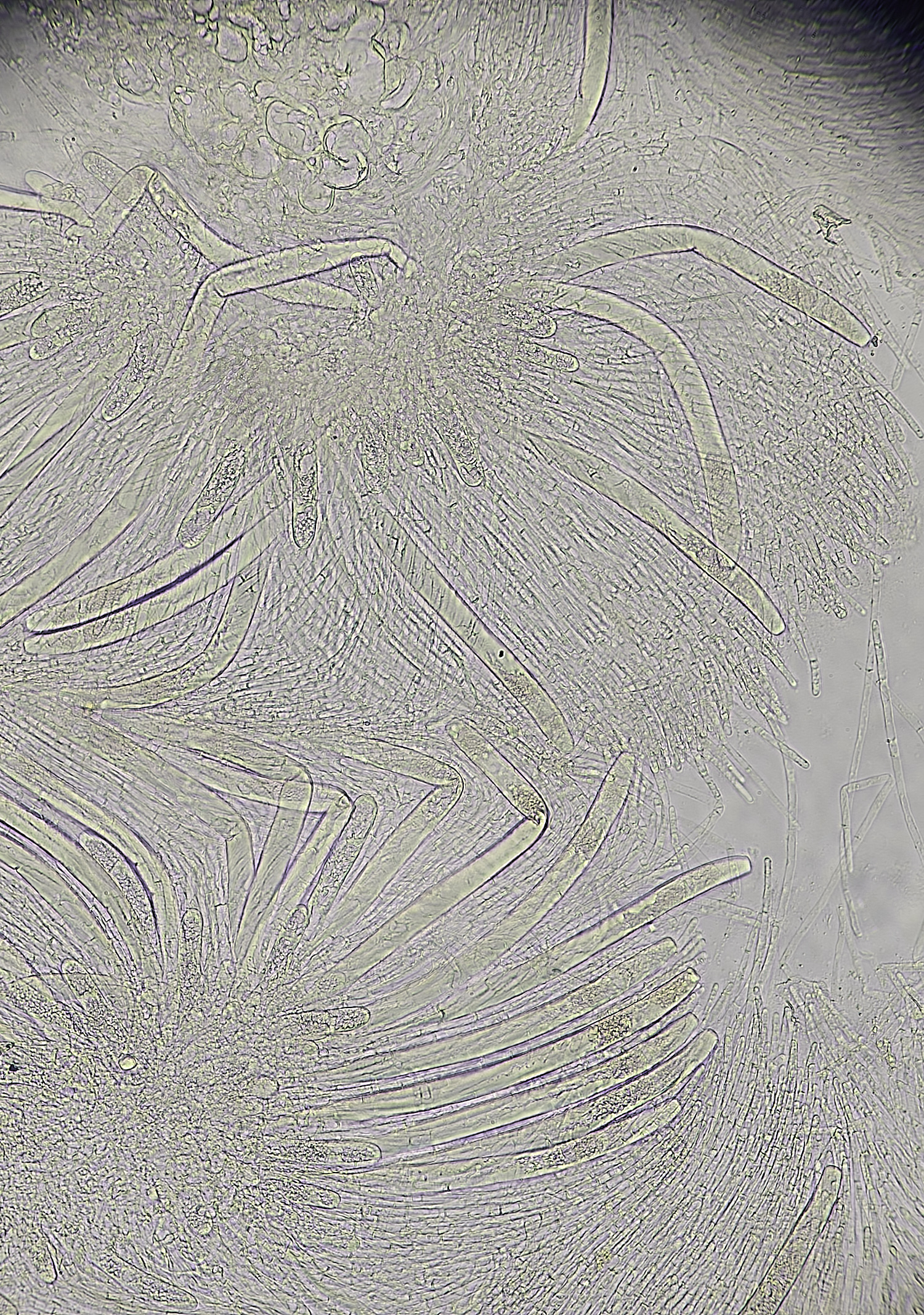
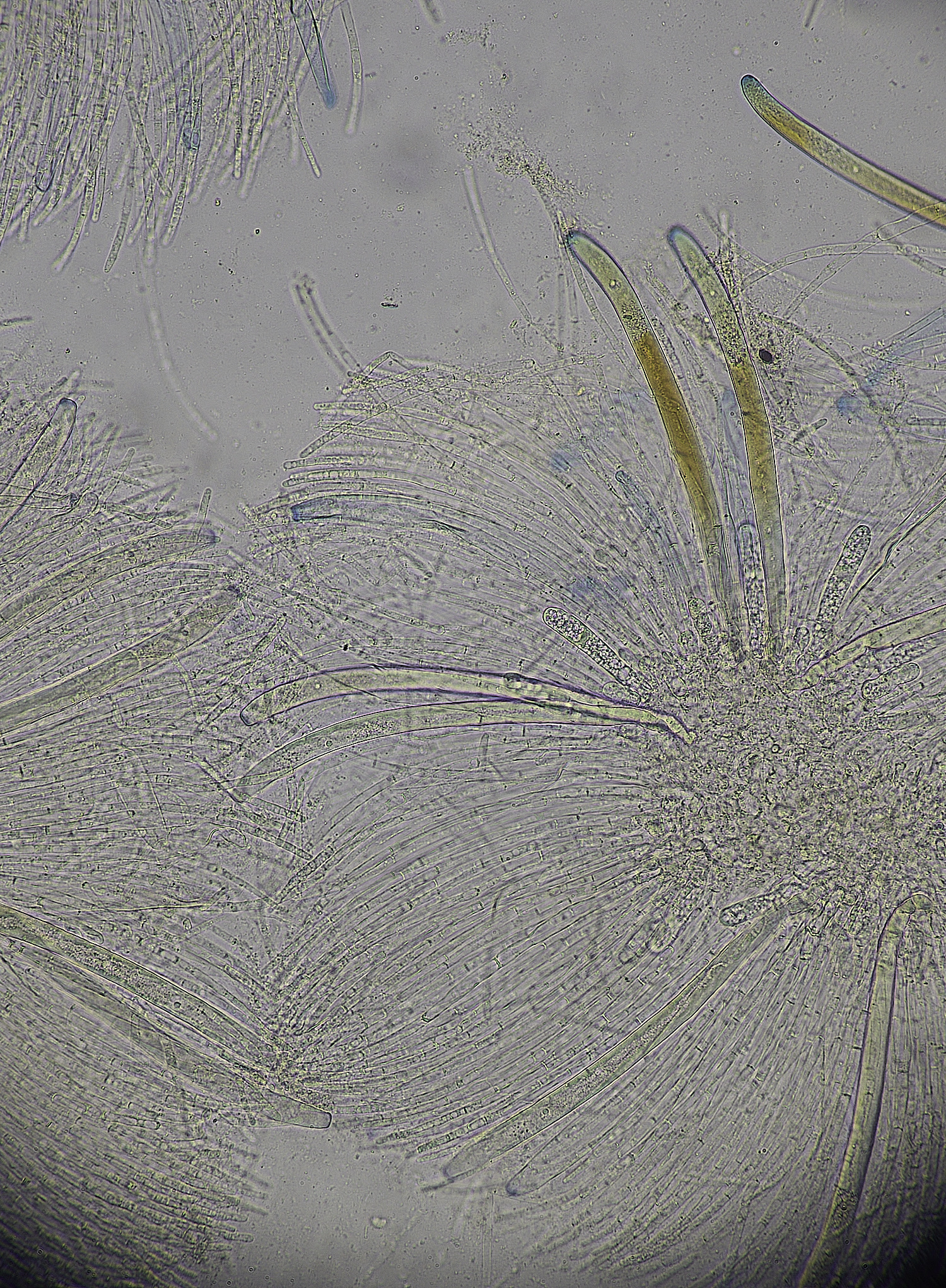
Even at this stage there don't seem to be any spores in the Asci?
Peziza Sp
Probably Common Dung Cup (Peziza vesiculosa)
from TM & AC
Everything bar spore size indicates Peziza vesiculosa..morphology, substrate, size etc
Asci tips: strong I+ reaction (Meltzers) & Lugol's Iodine
Paraphyses: numerous, filiform with slightly clavate apex
Spores: 16.6 x 10.2 (n=12) BUT these are either within asci or 'squashed' out. I have failed to get any mature spores to drop.
Ingworth
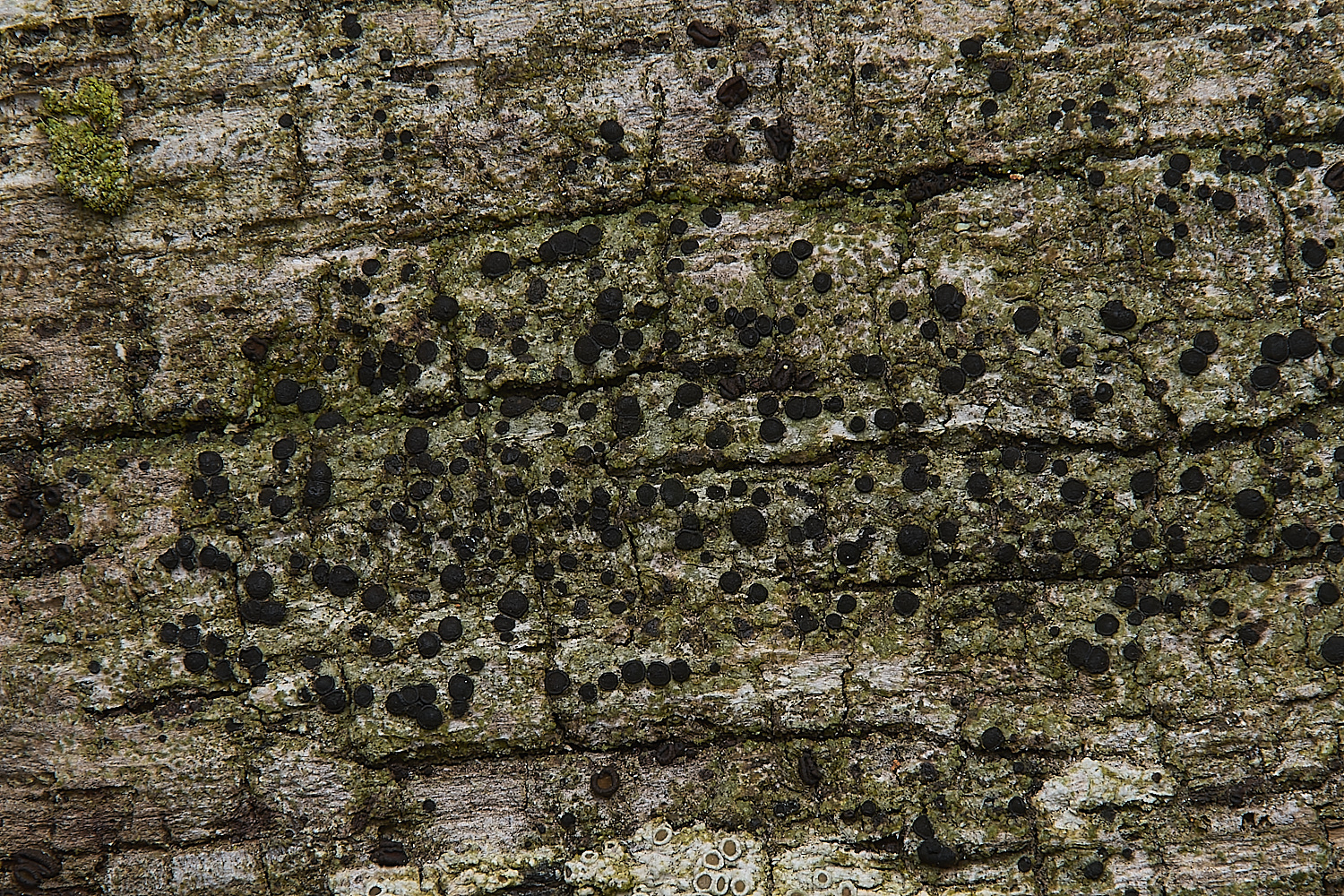
Amandinea punctacta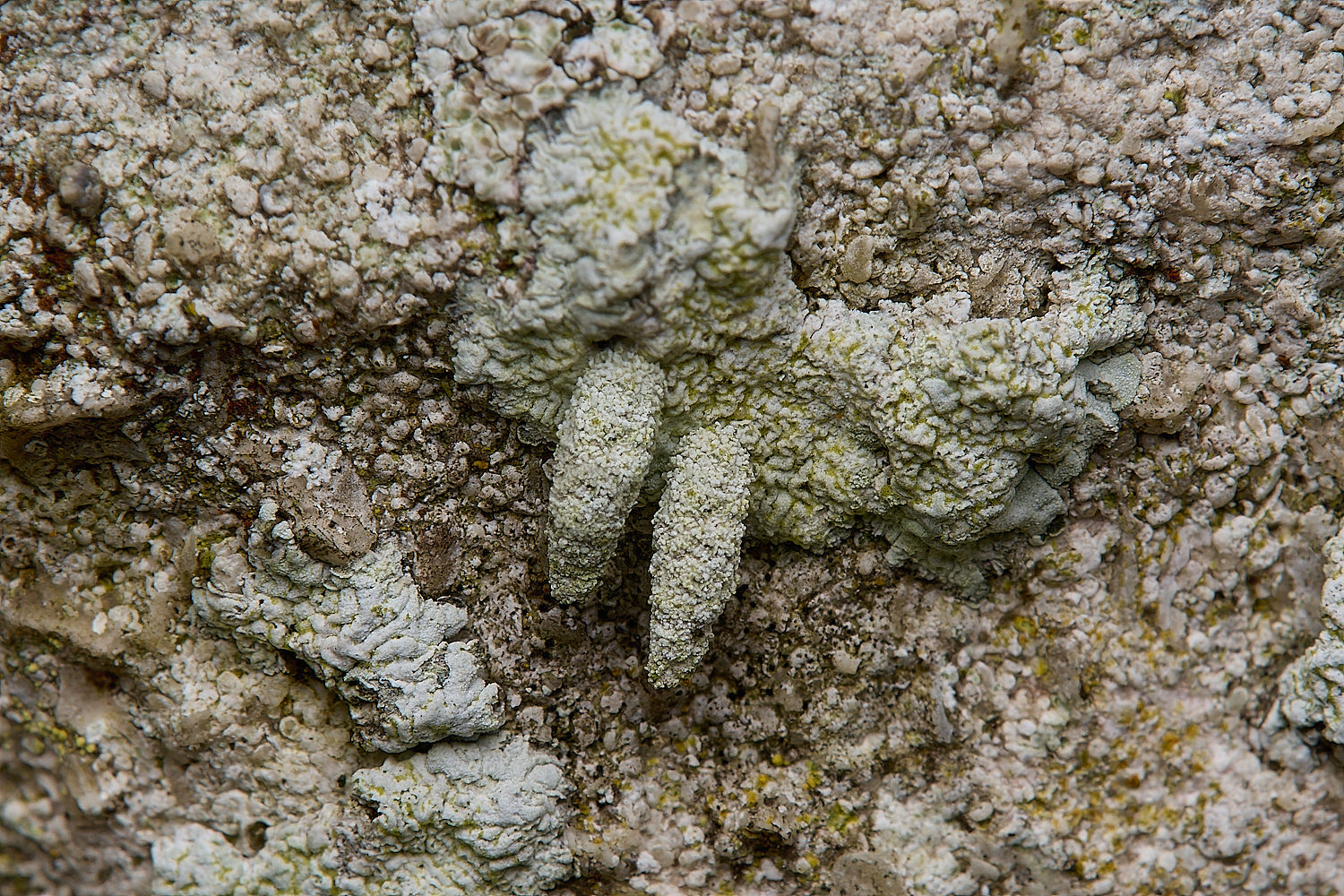
Ramshorn Bagworm (Ruffia lapidella)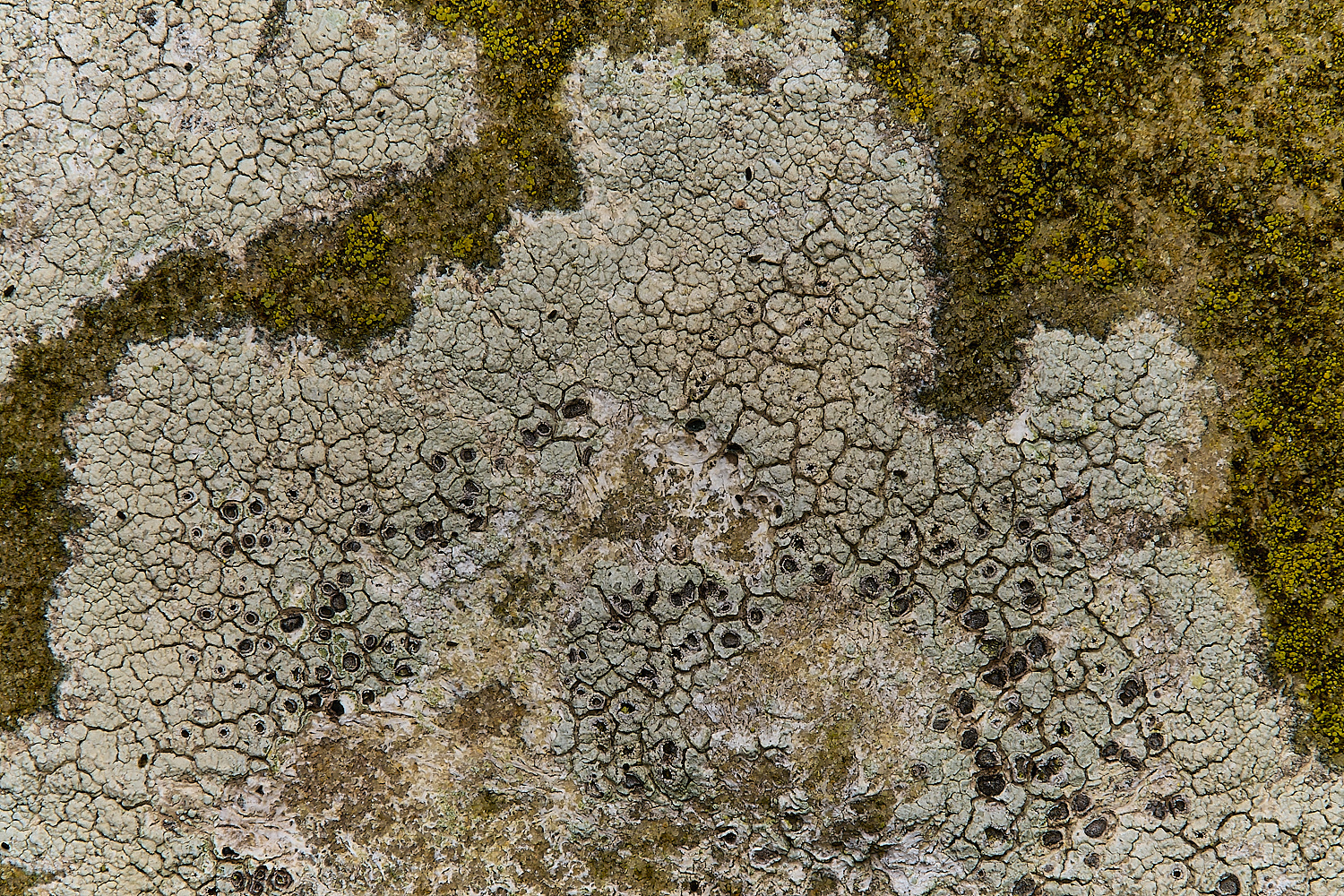
Very hard grazed Diploschistes scruposus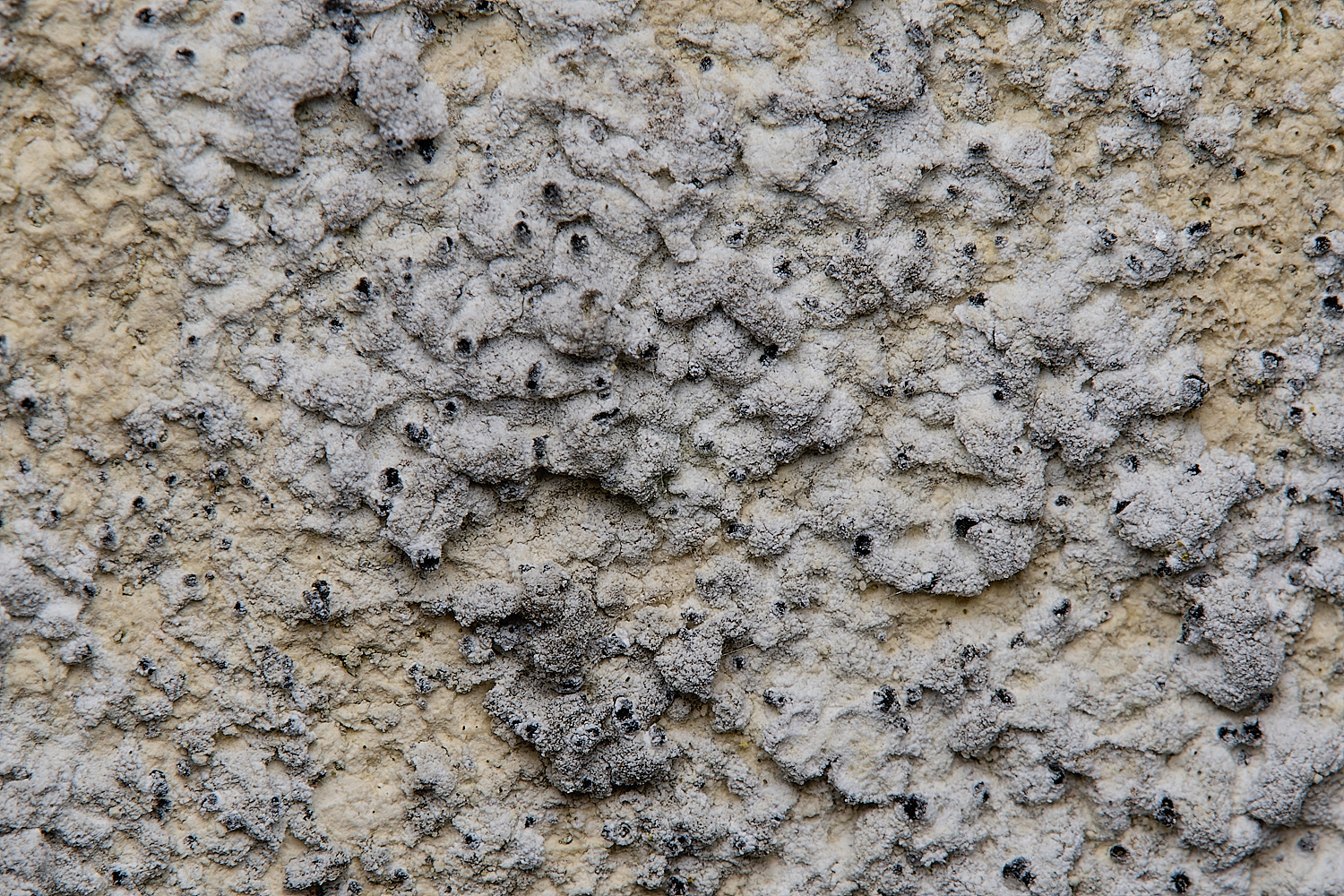
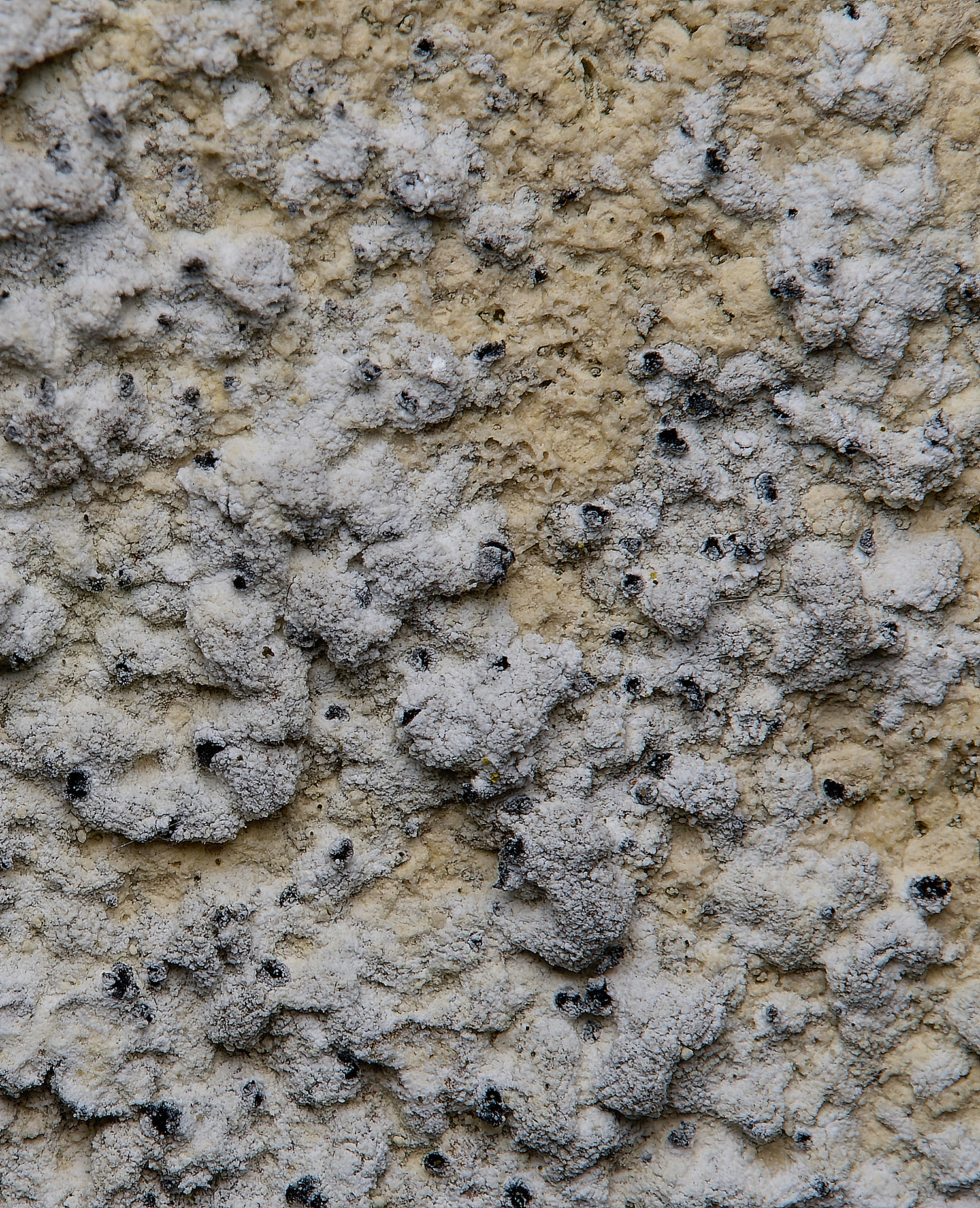
Opegrapha areniseda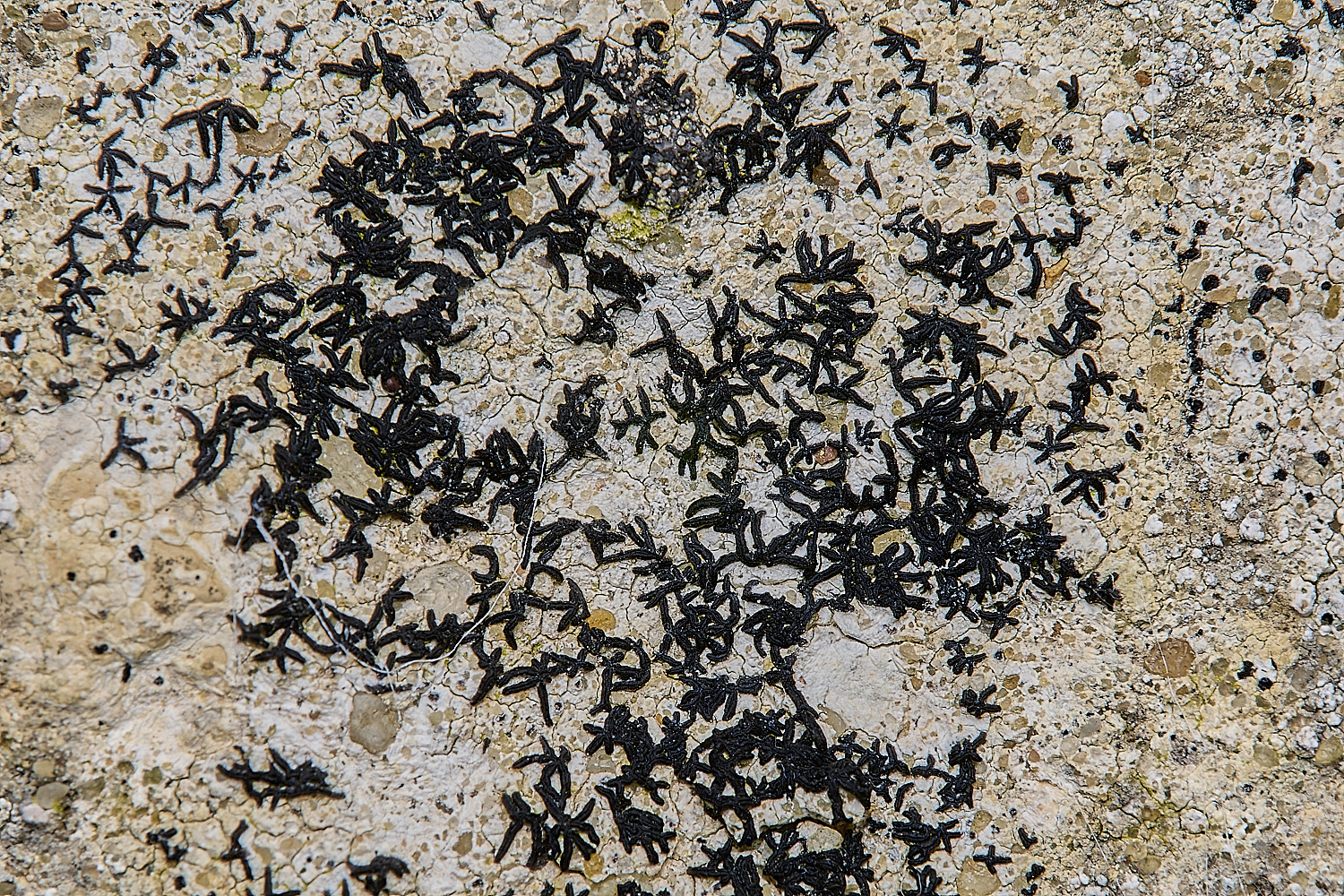
Arthonia calcarea
Lecanora horiza
Myriolecis antiqua with some Arthonia apotheciorun on some apothecia & Caloplaca saxicola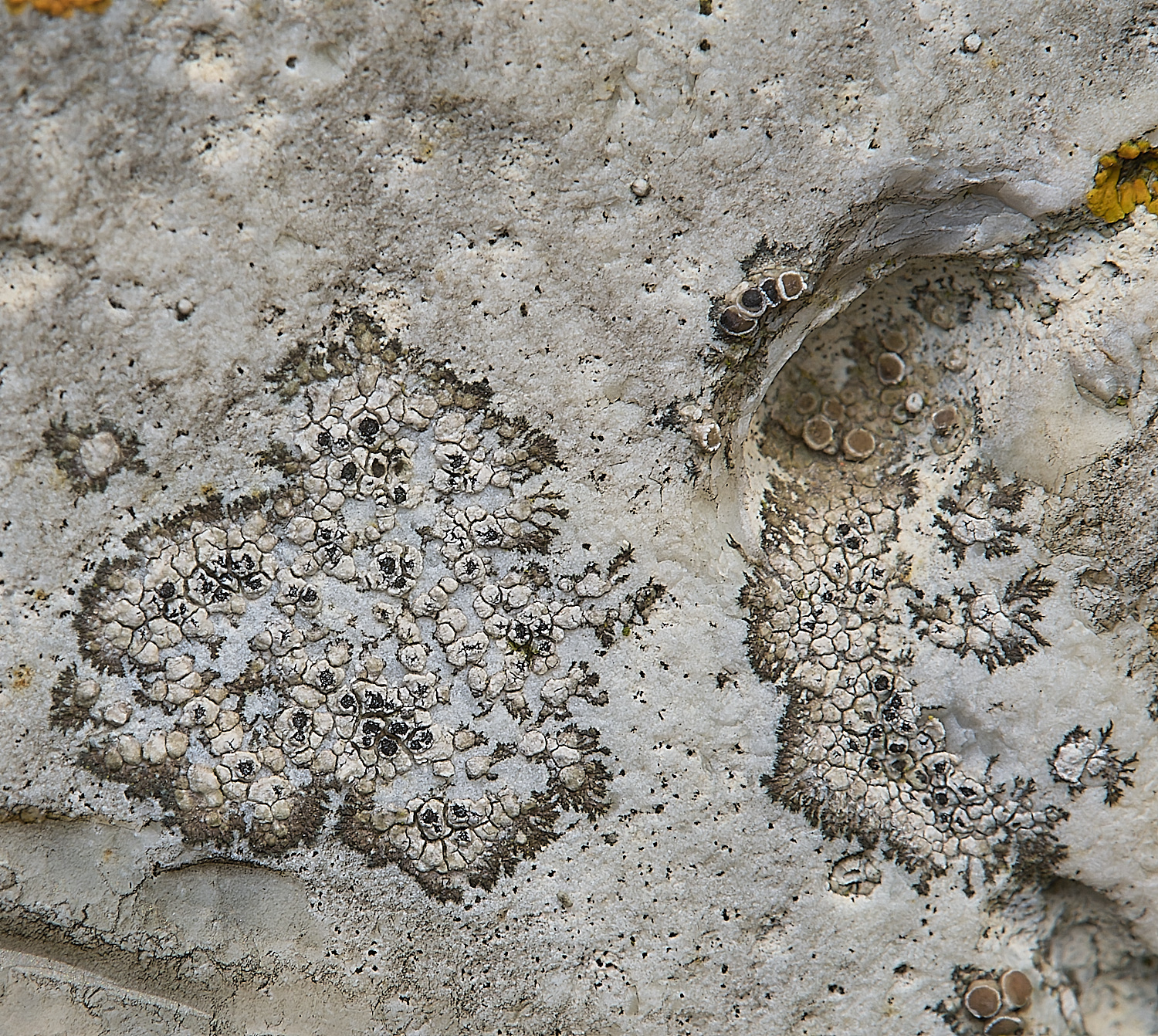

Buellia athelia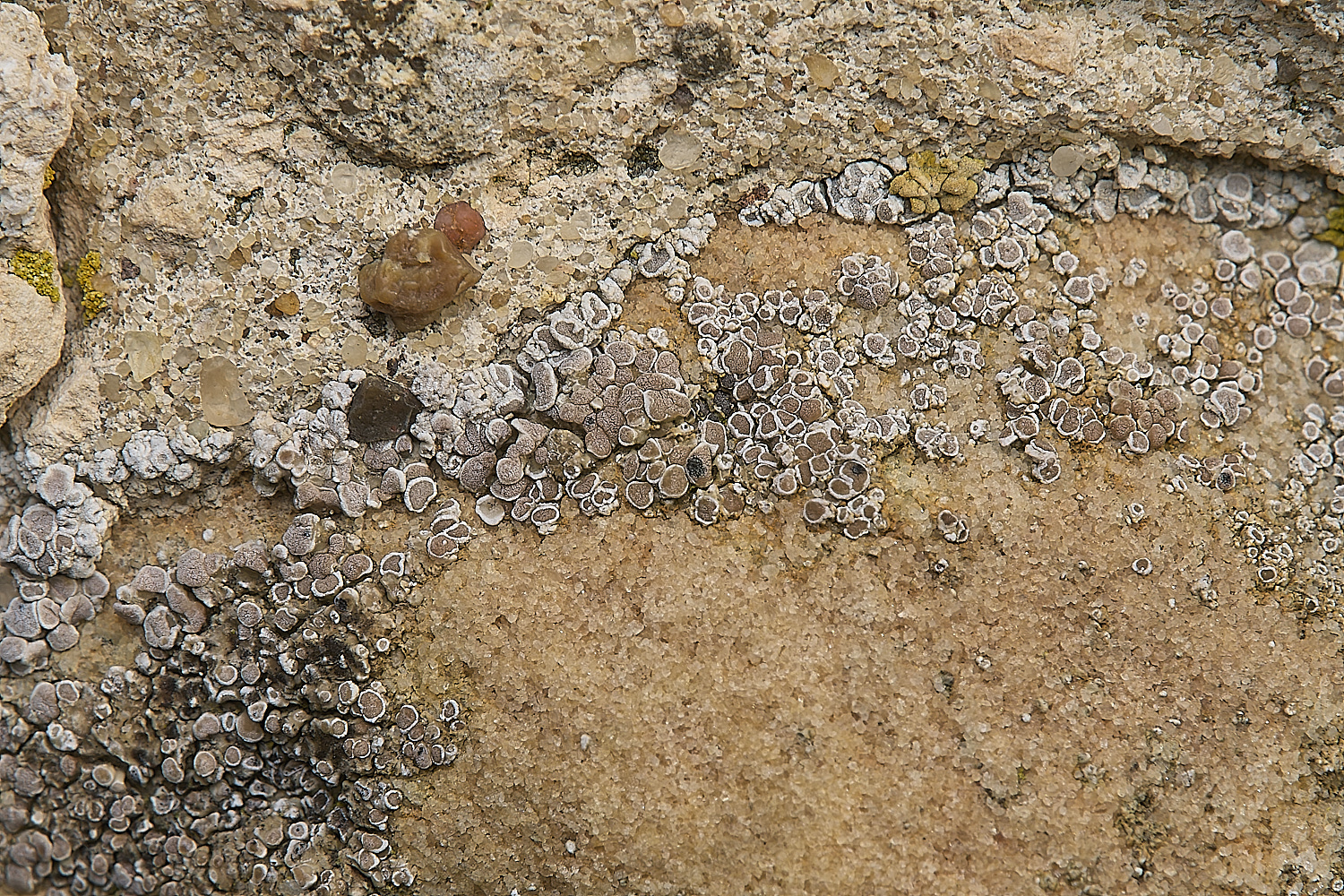
Myriolecis antiqua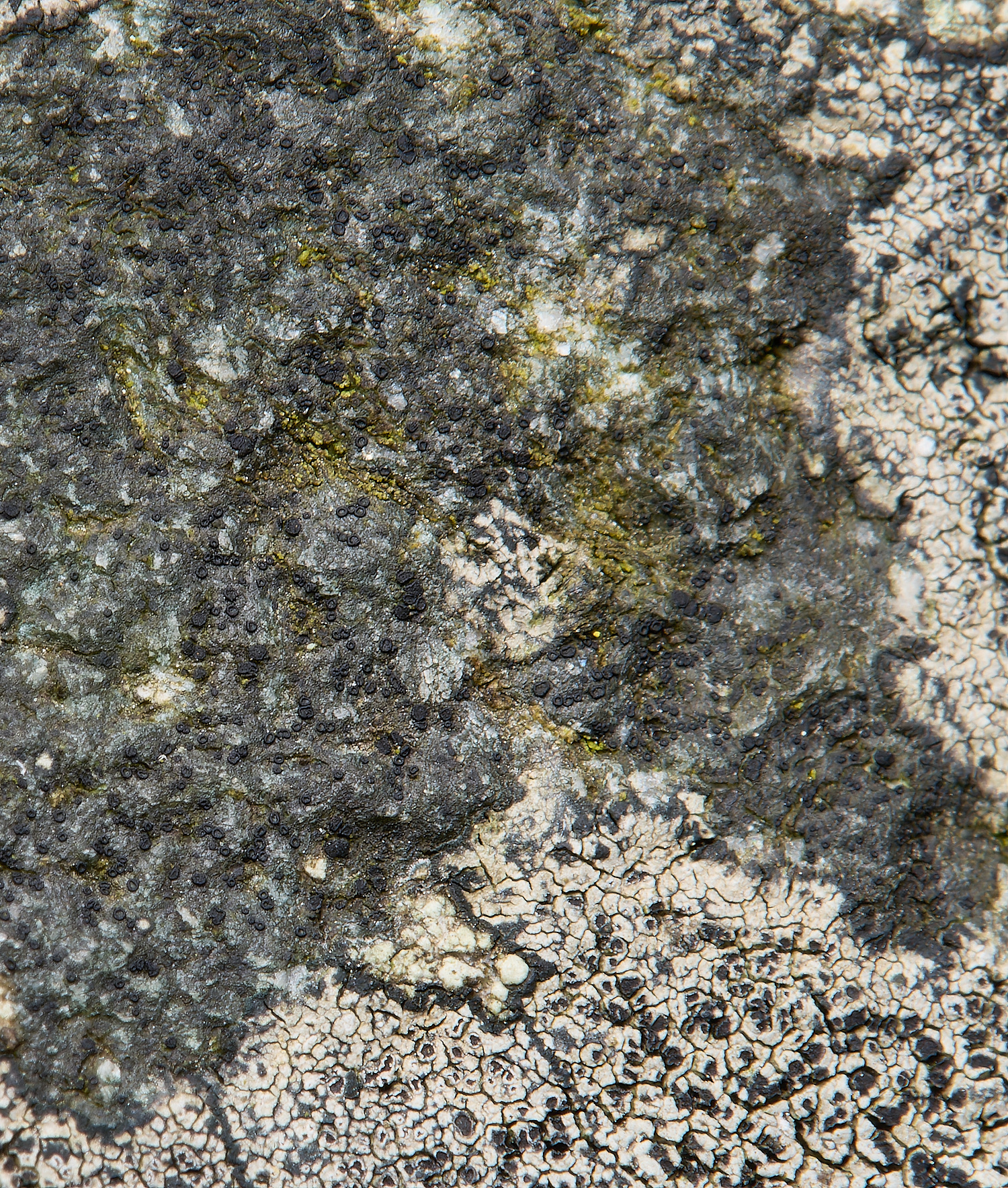
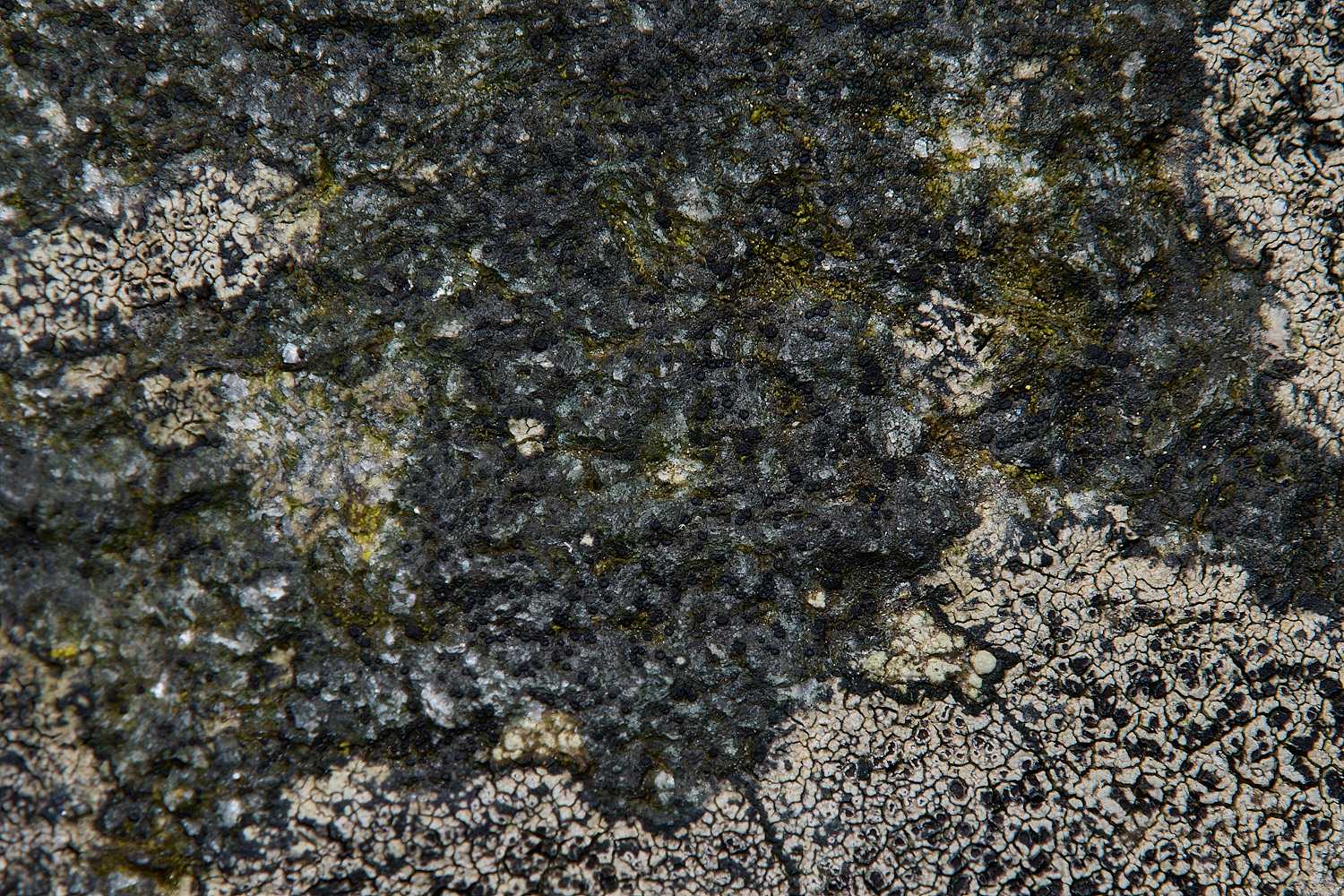
Possibly Lecidella stigmatea or Clauzadea monticola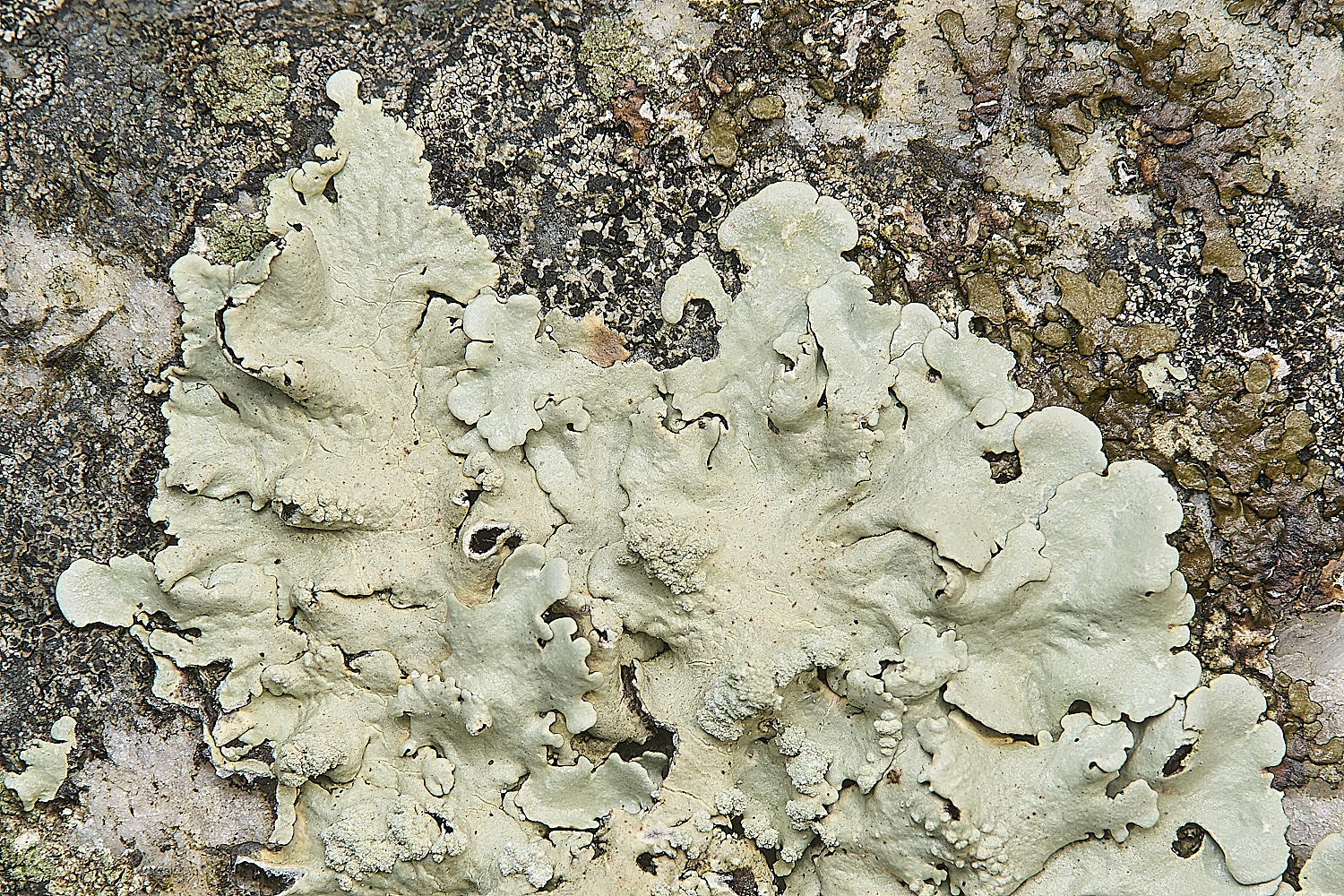
Flavoparmelia soredians
K+ Yellow/Red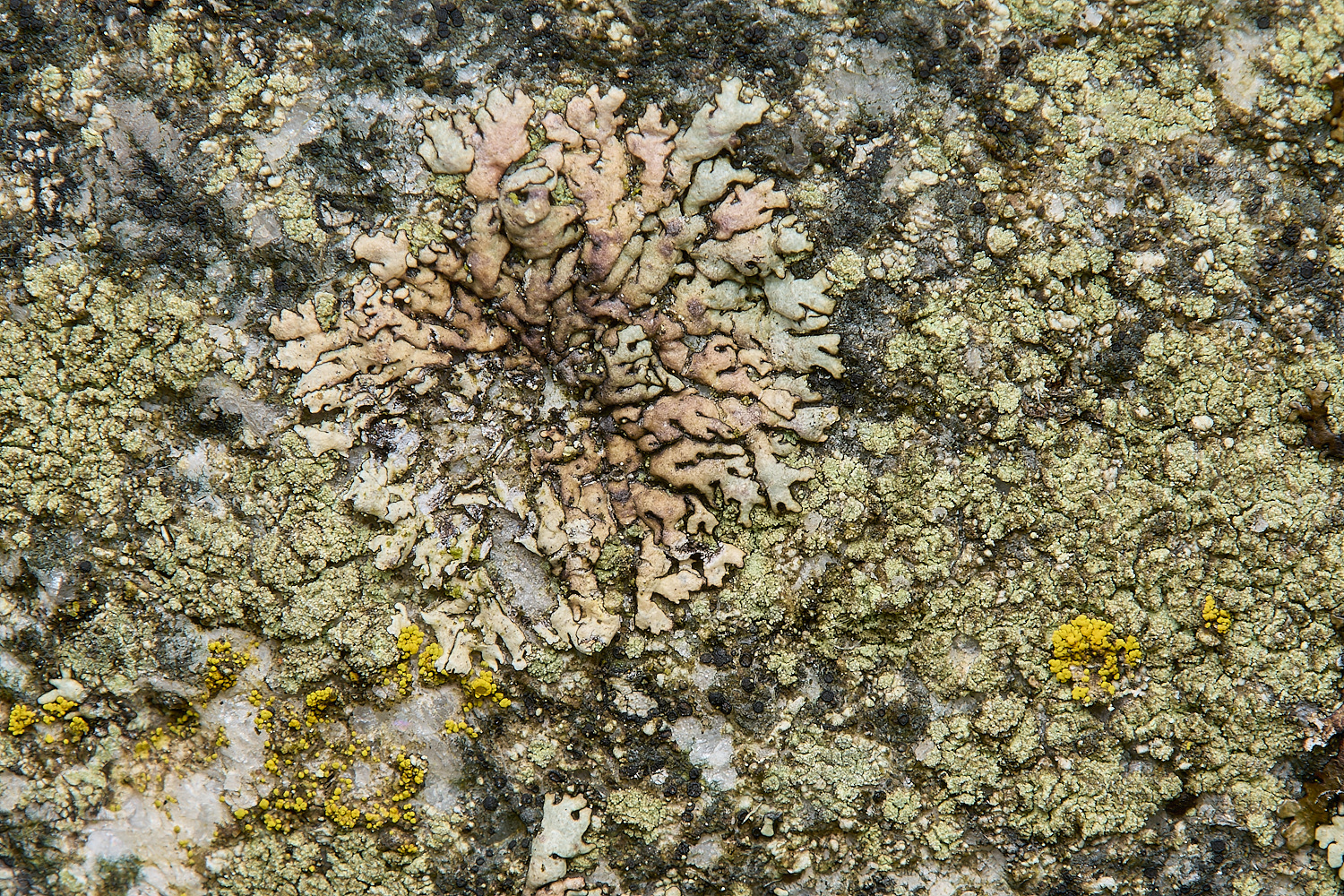
Xanthoparmelia mougeotii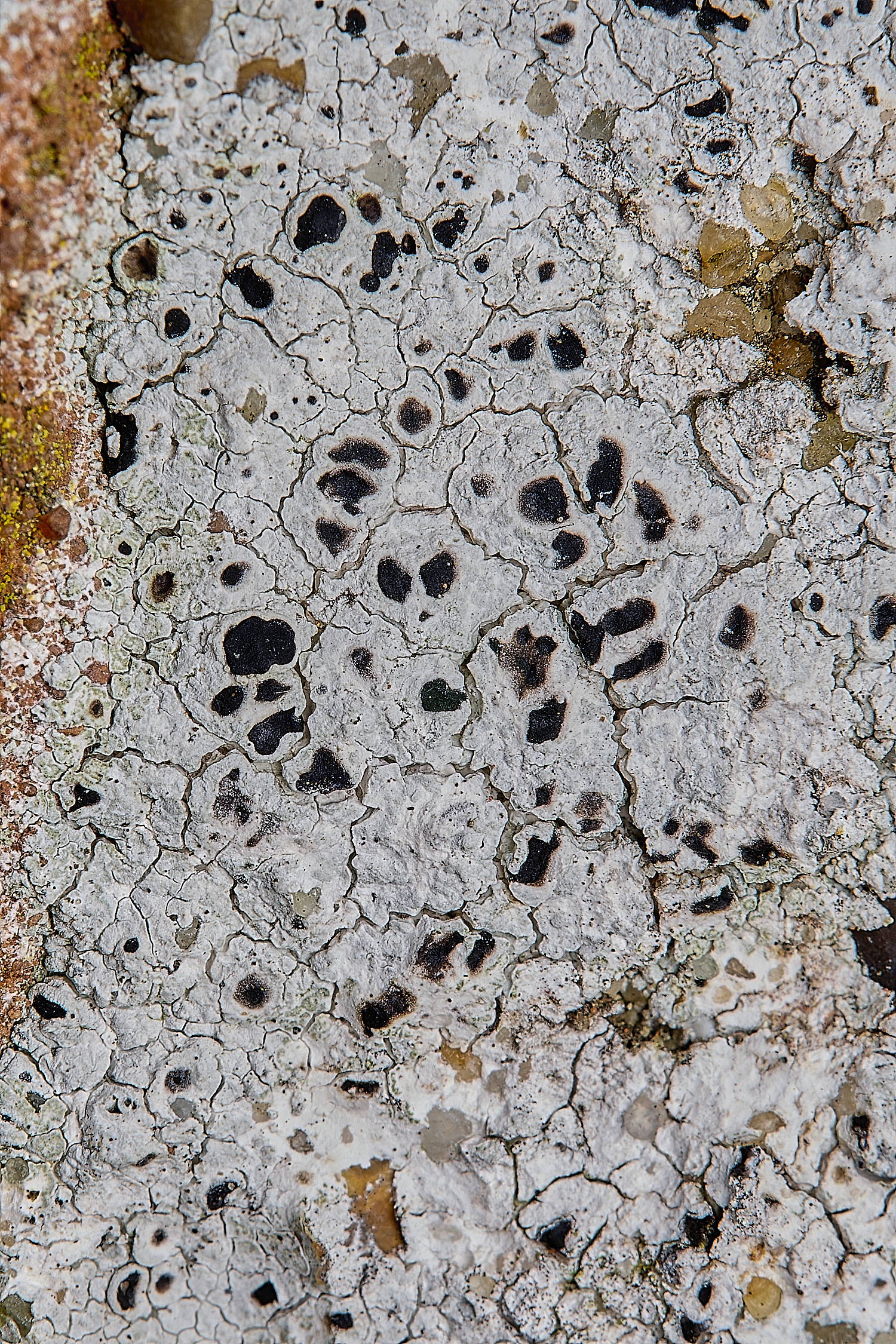
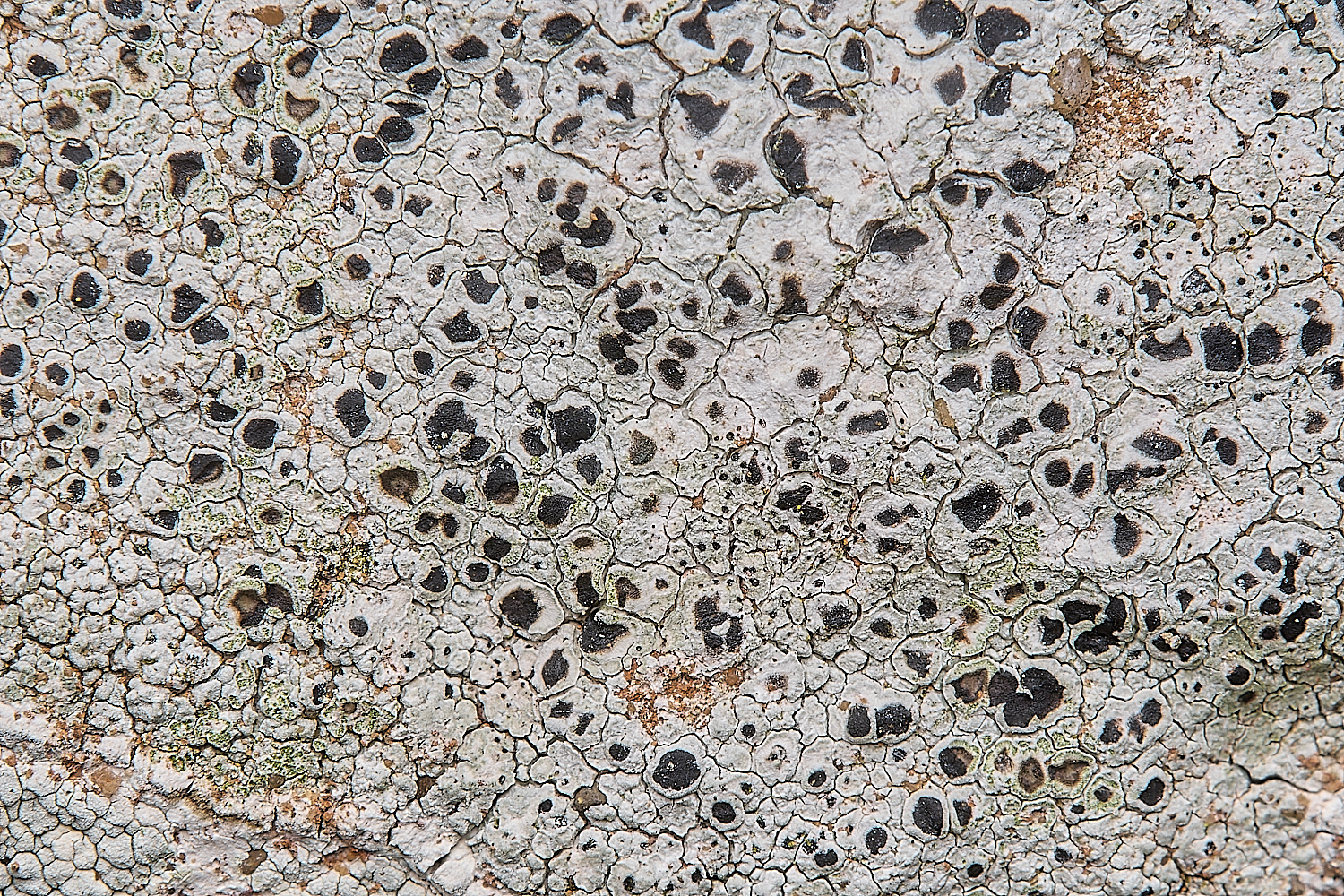
Circinaria (Aspicilla) calcarea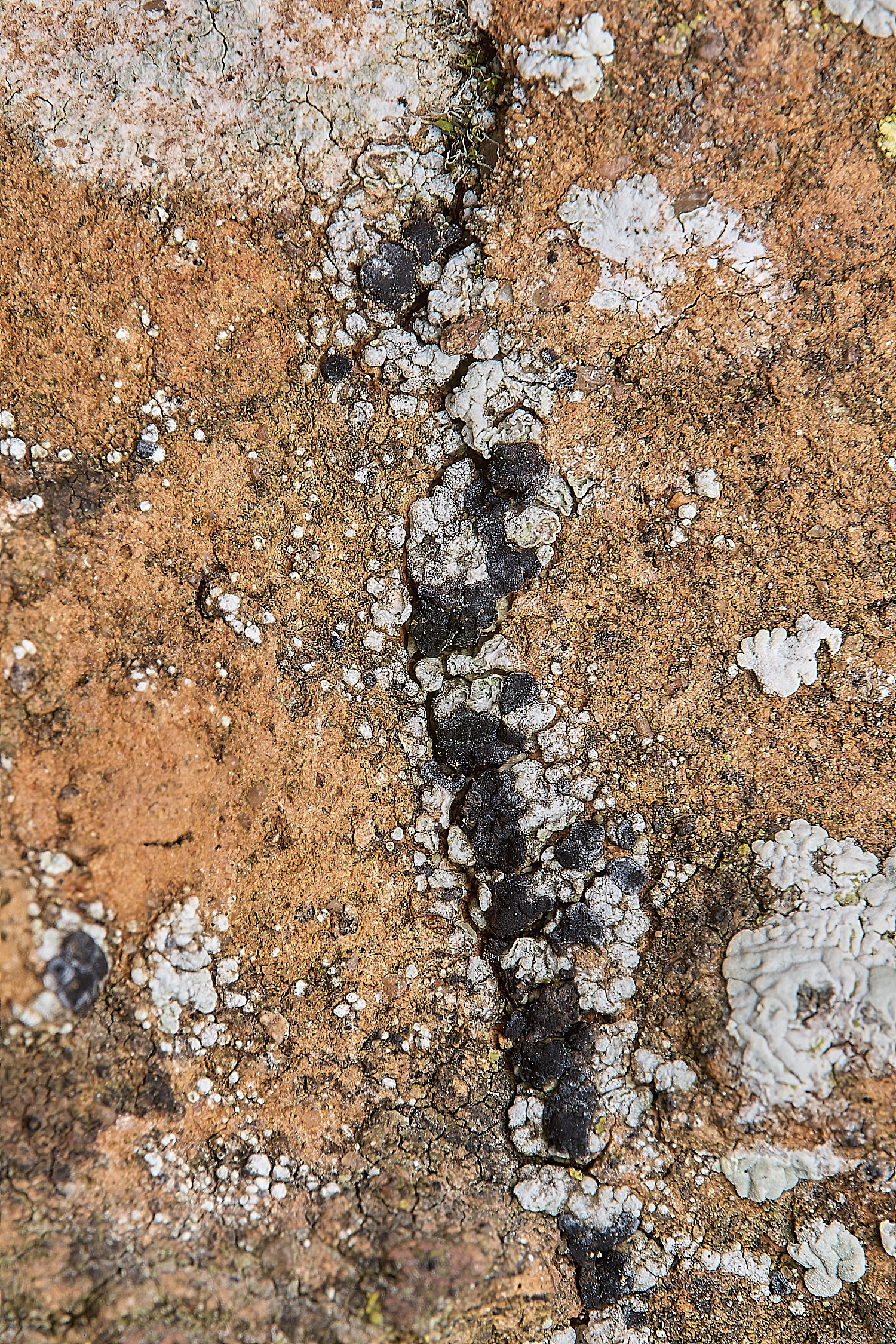
Toniniopsis aromatica?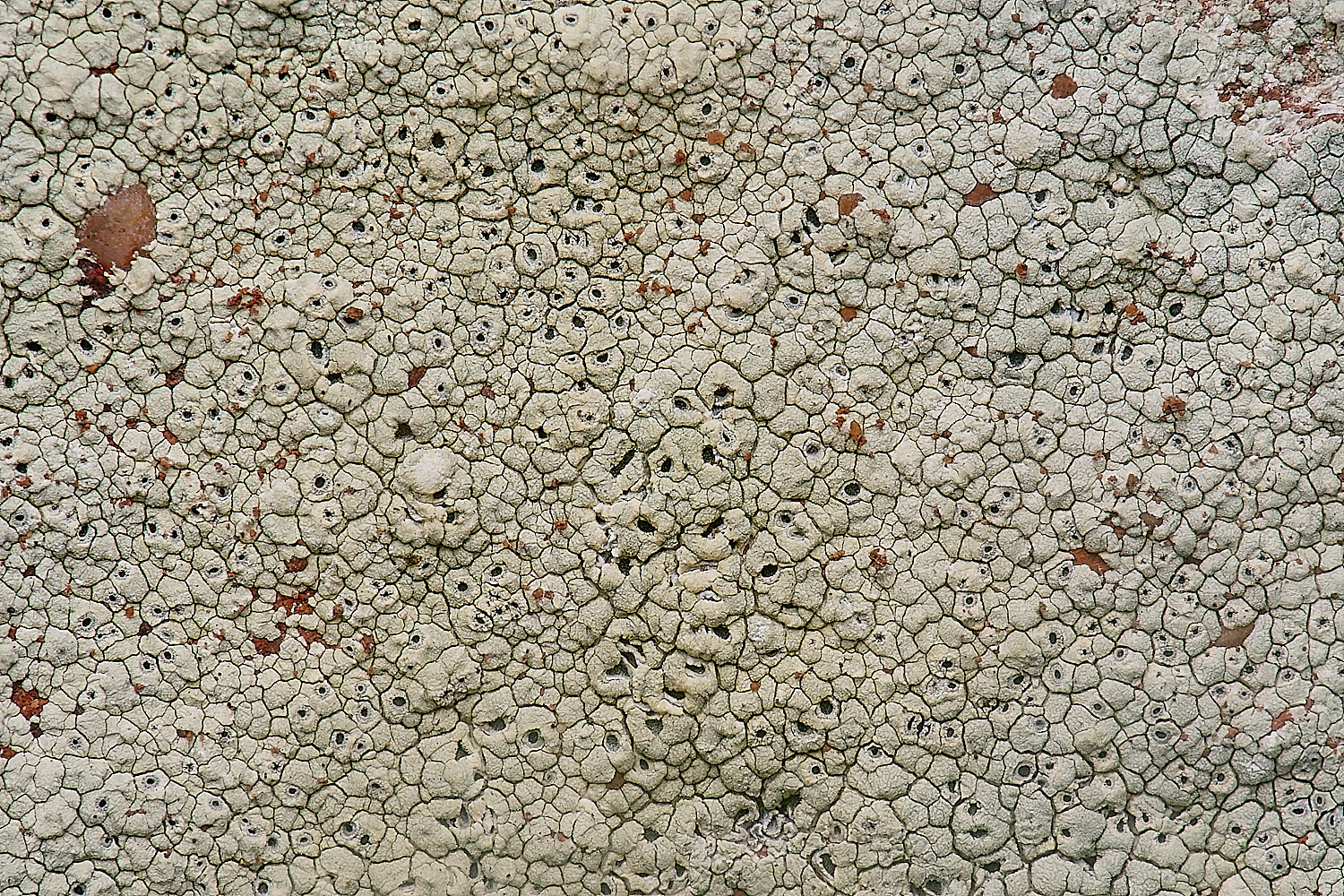
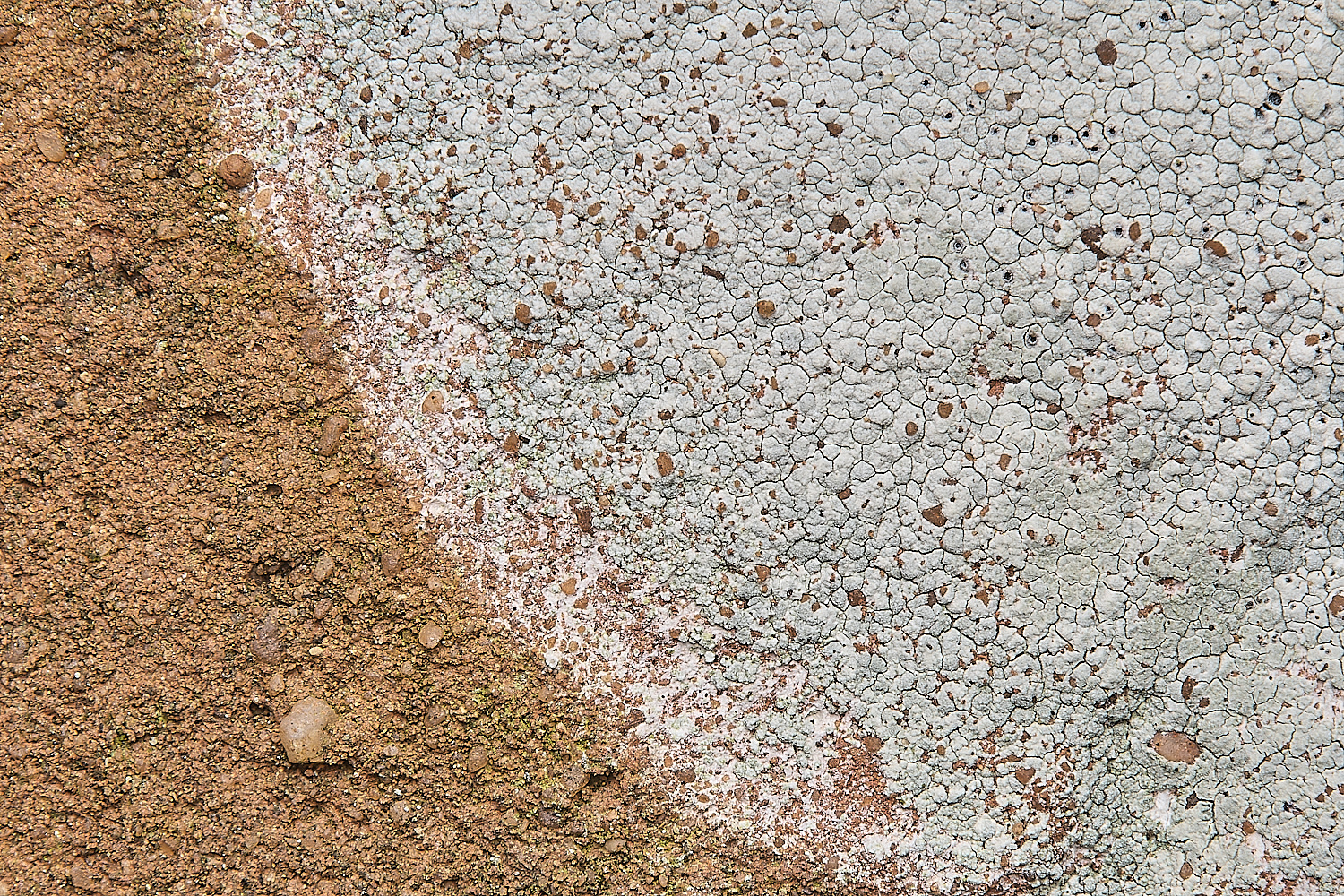
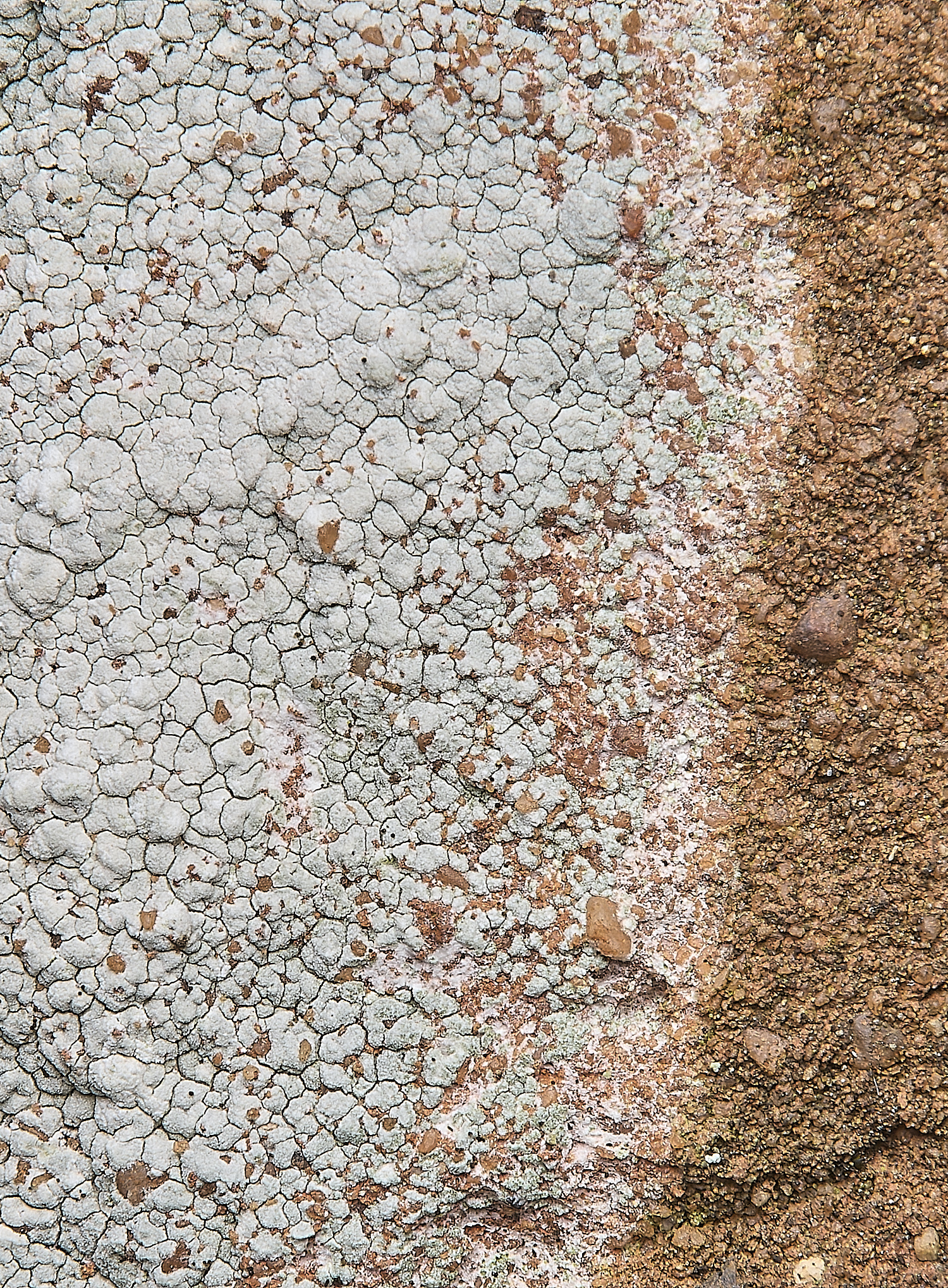
The edge of Diploschistes scruposus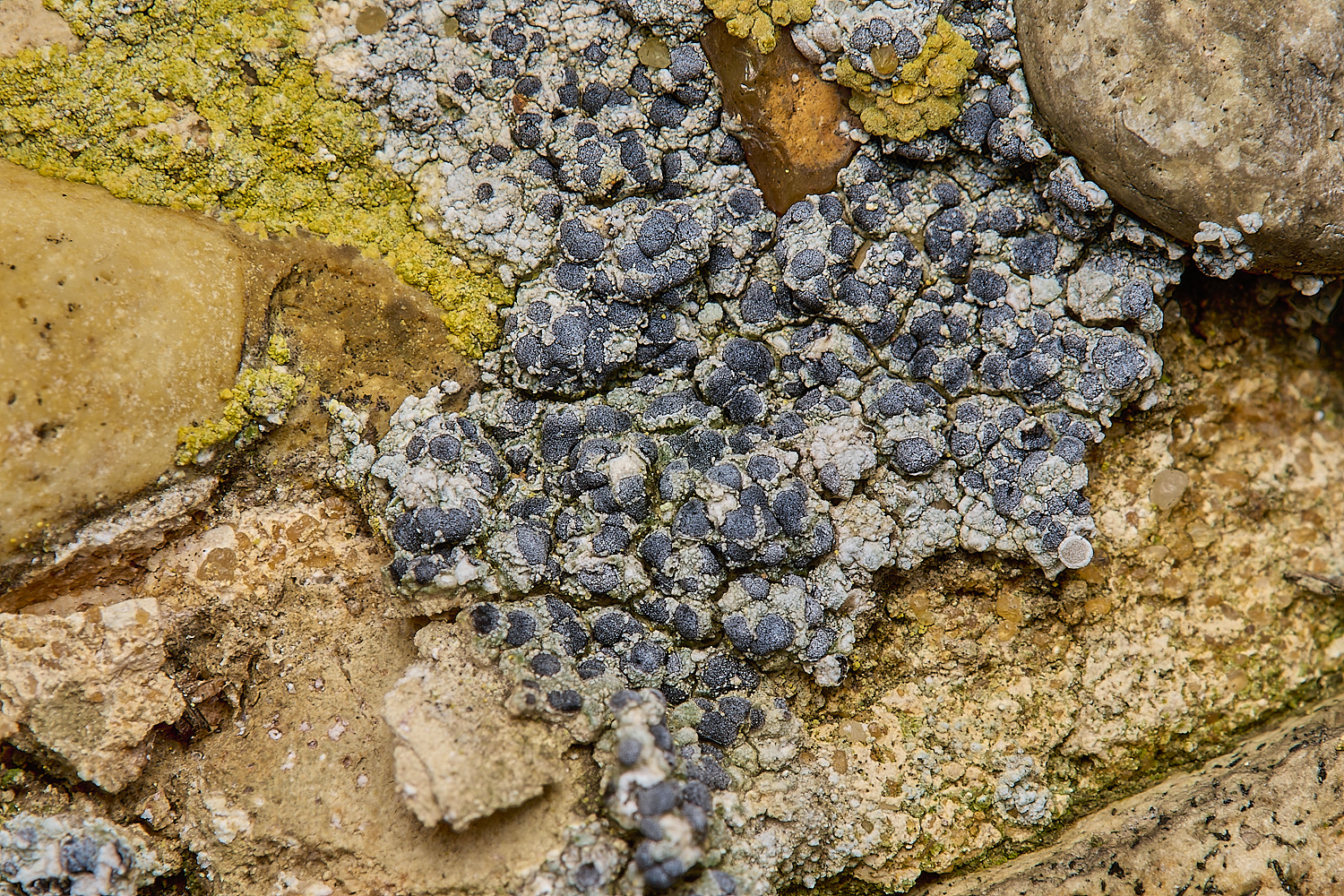
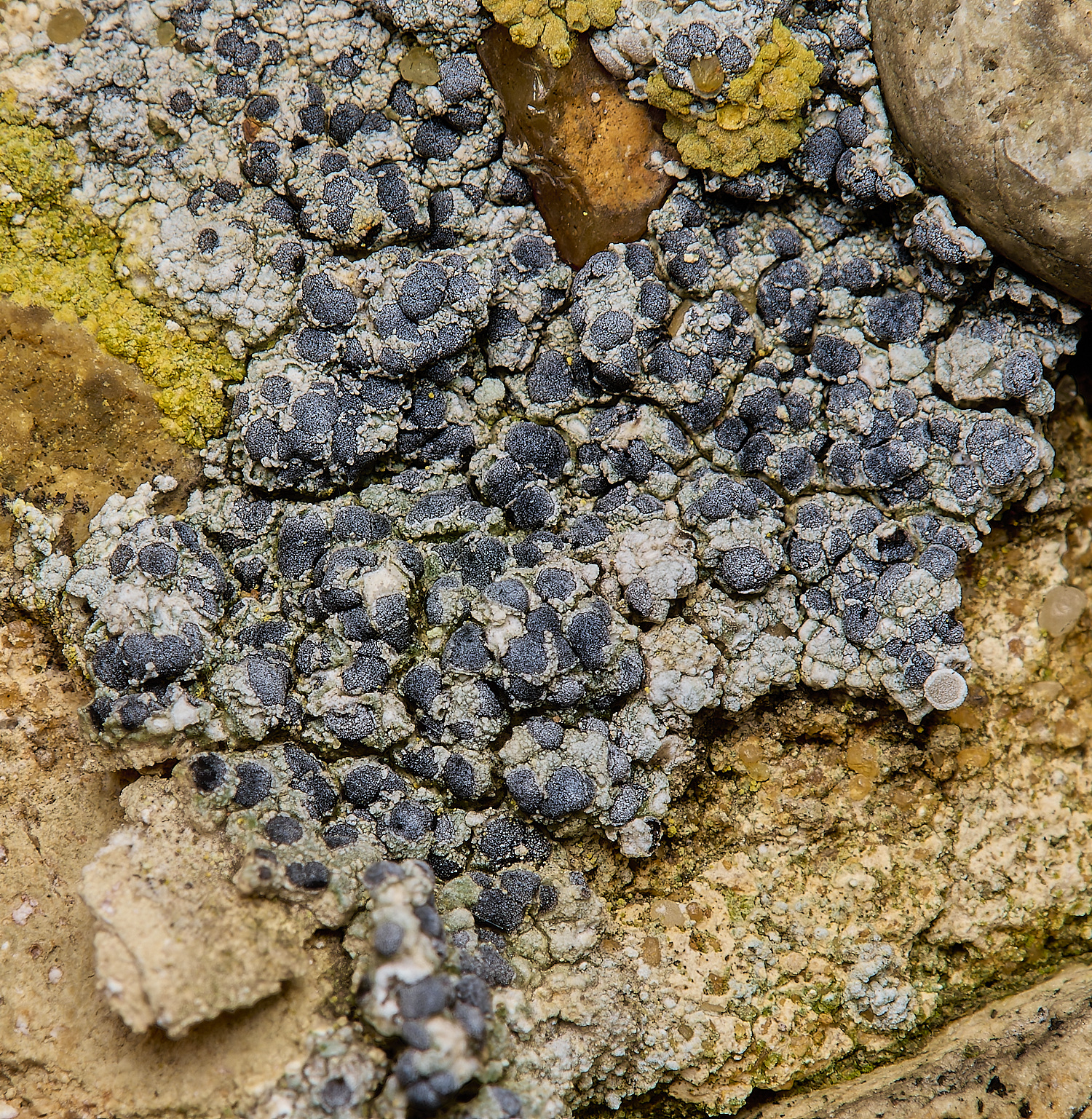
Diplotomma alboatrum 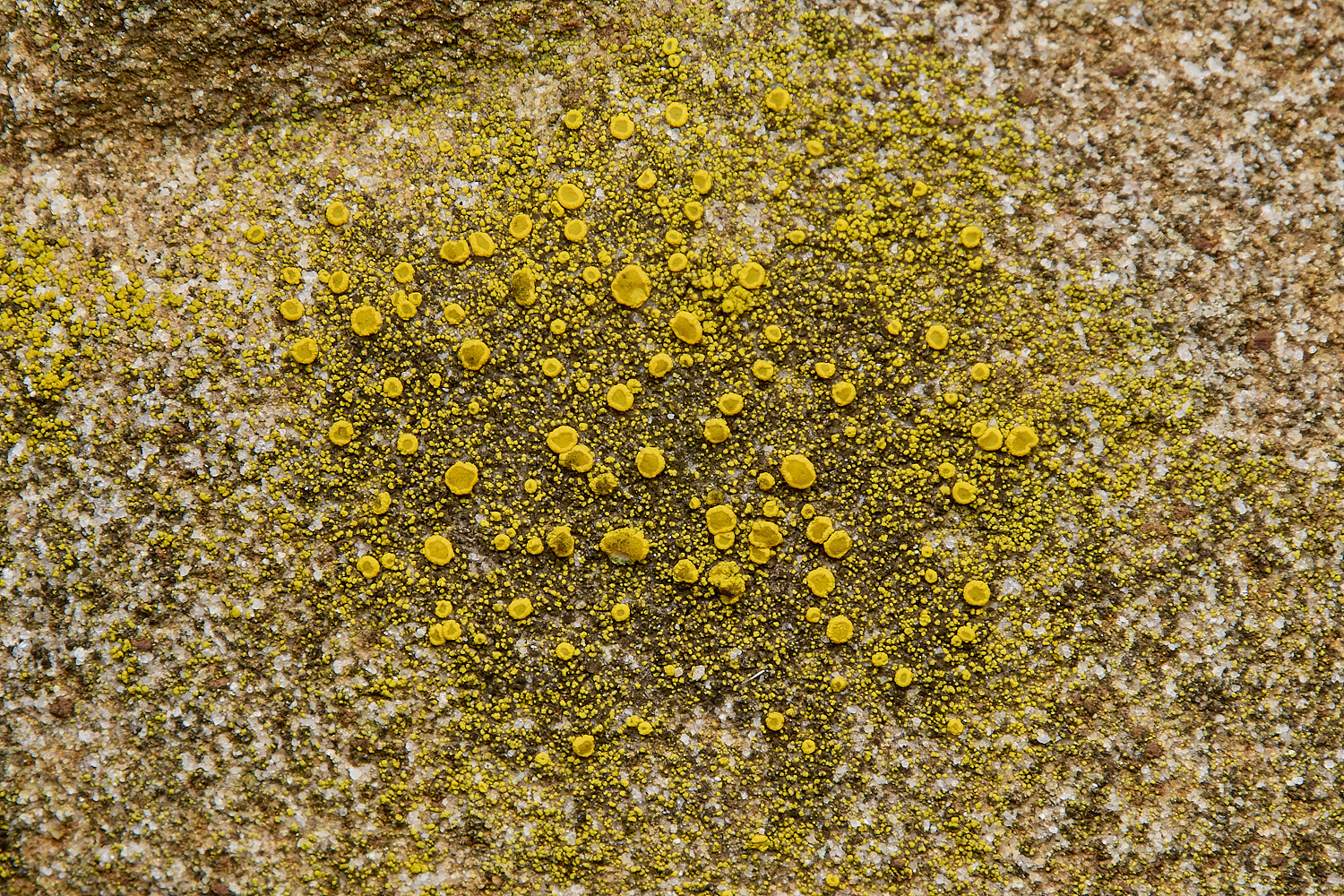
Candelariella vitelina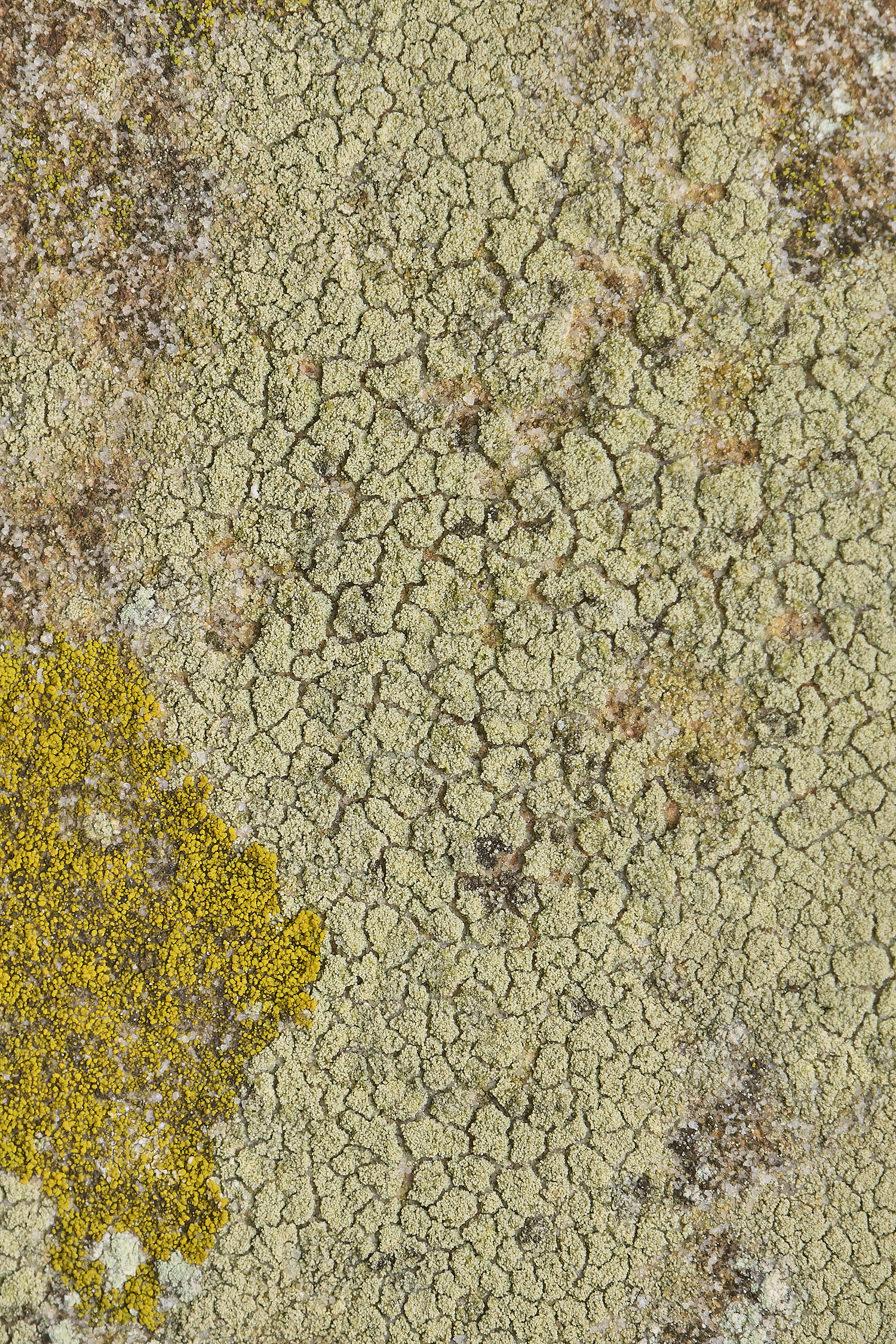
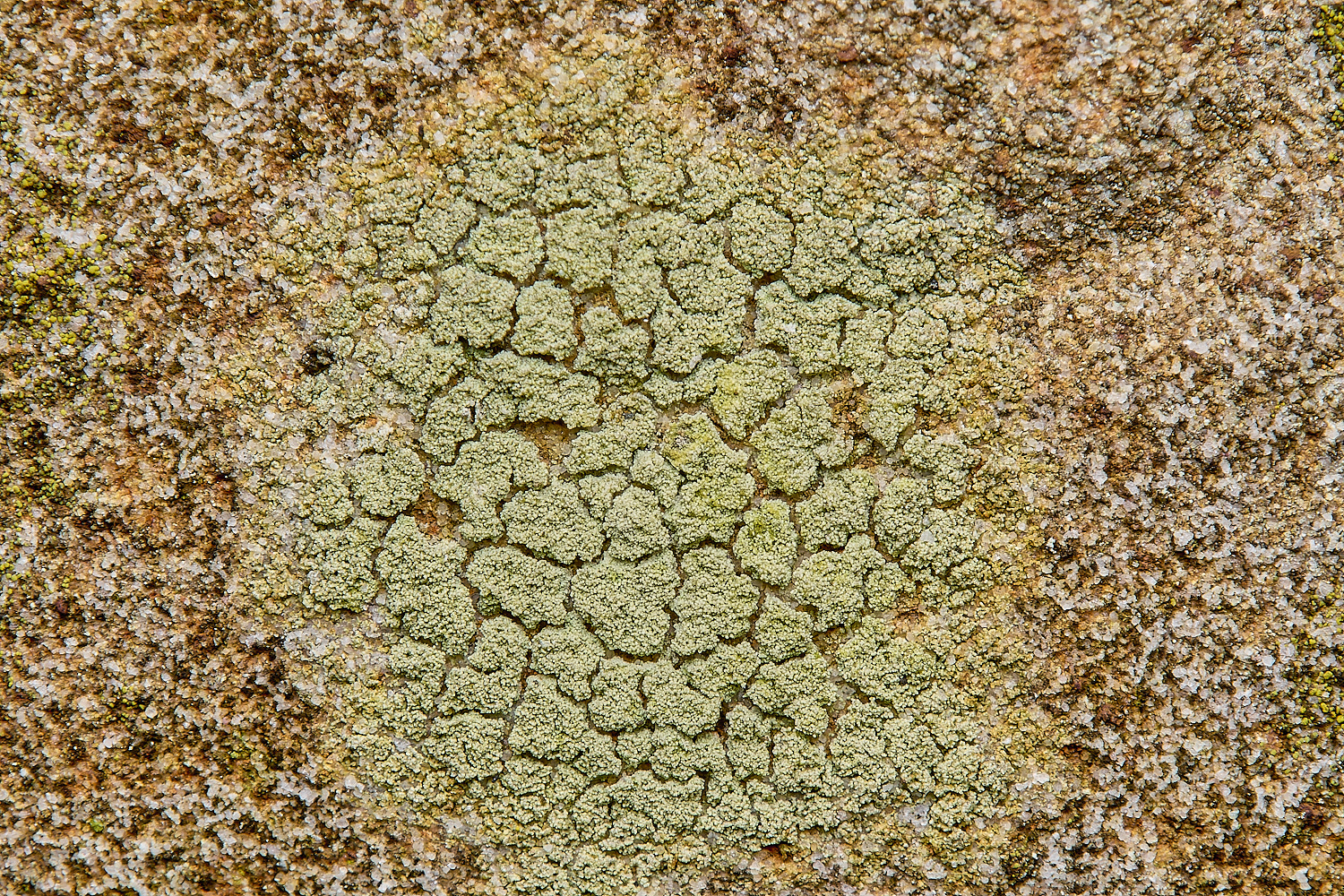
Green crustose - likely to either Pyrrhospora quernea or Lecanora expallens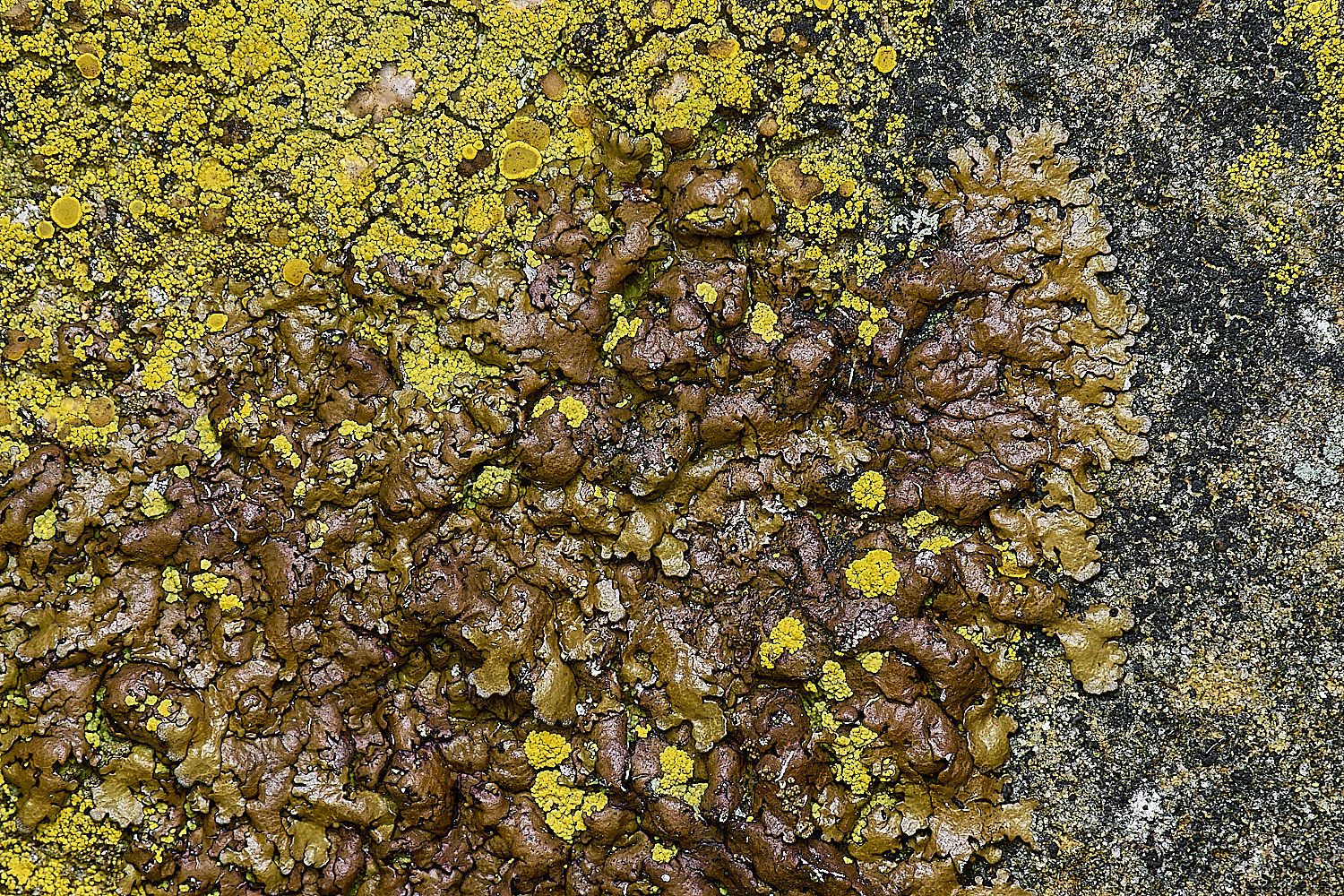
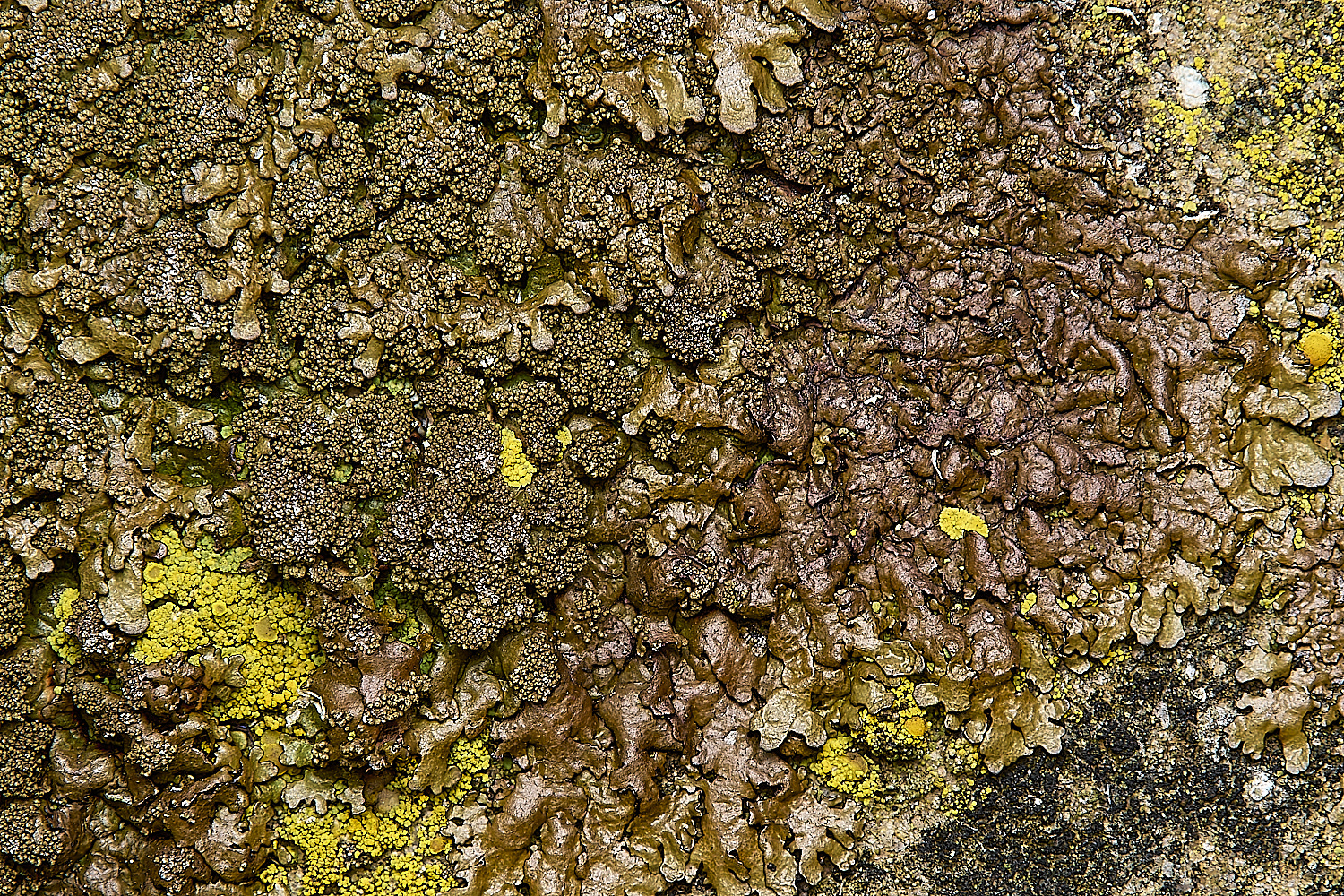

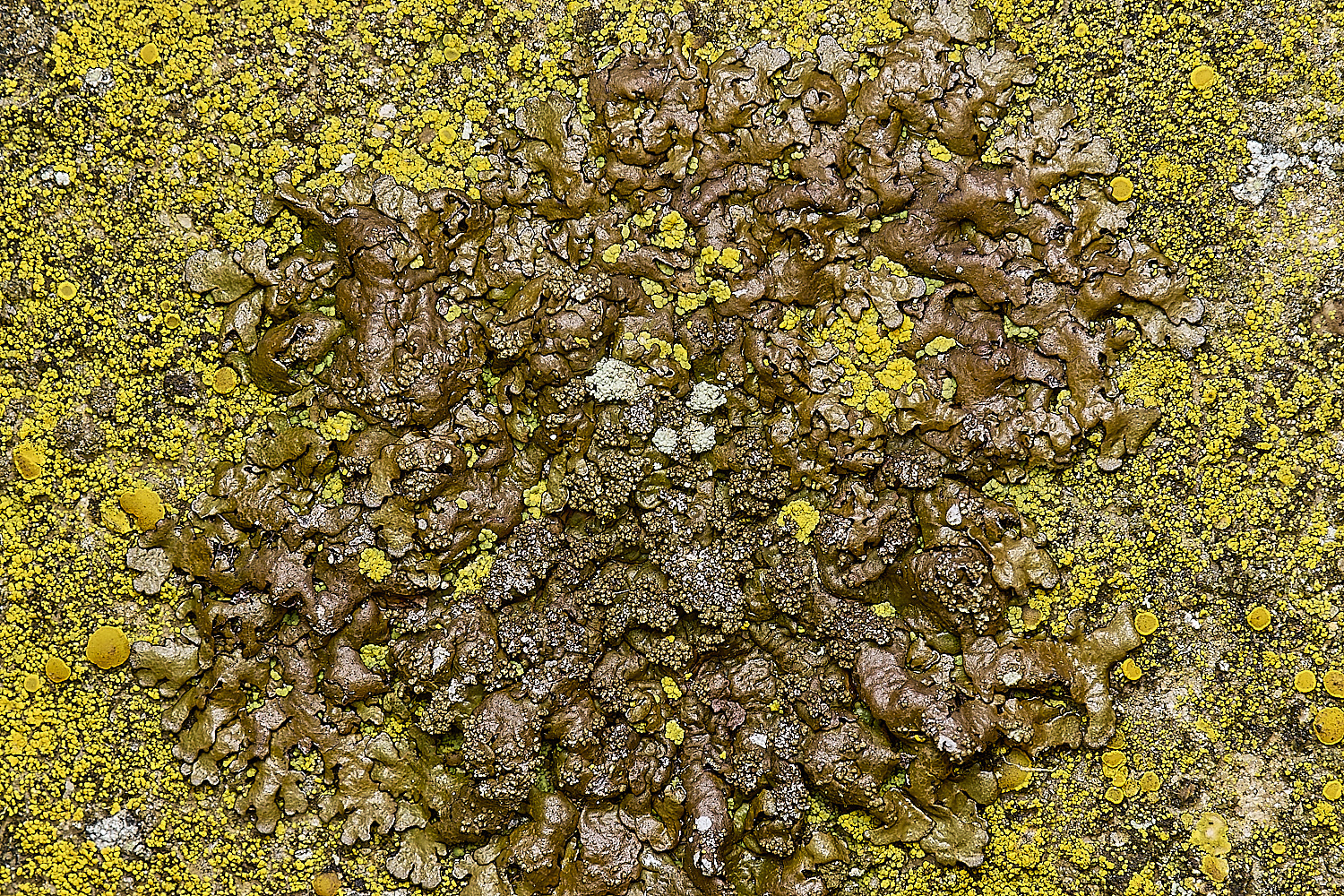

Xanthoparmelia verruculifera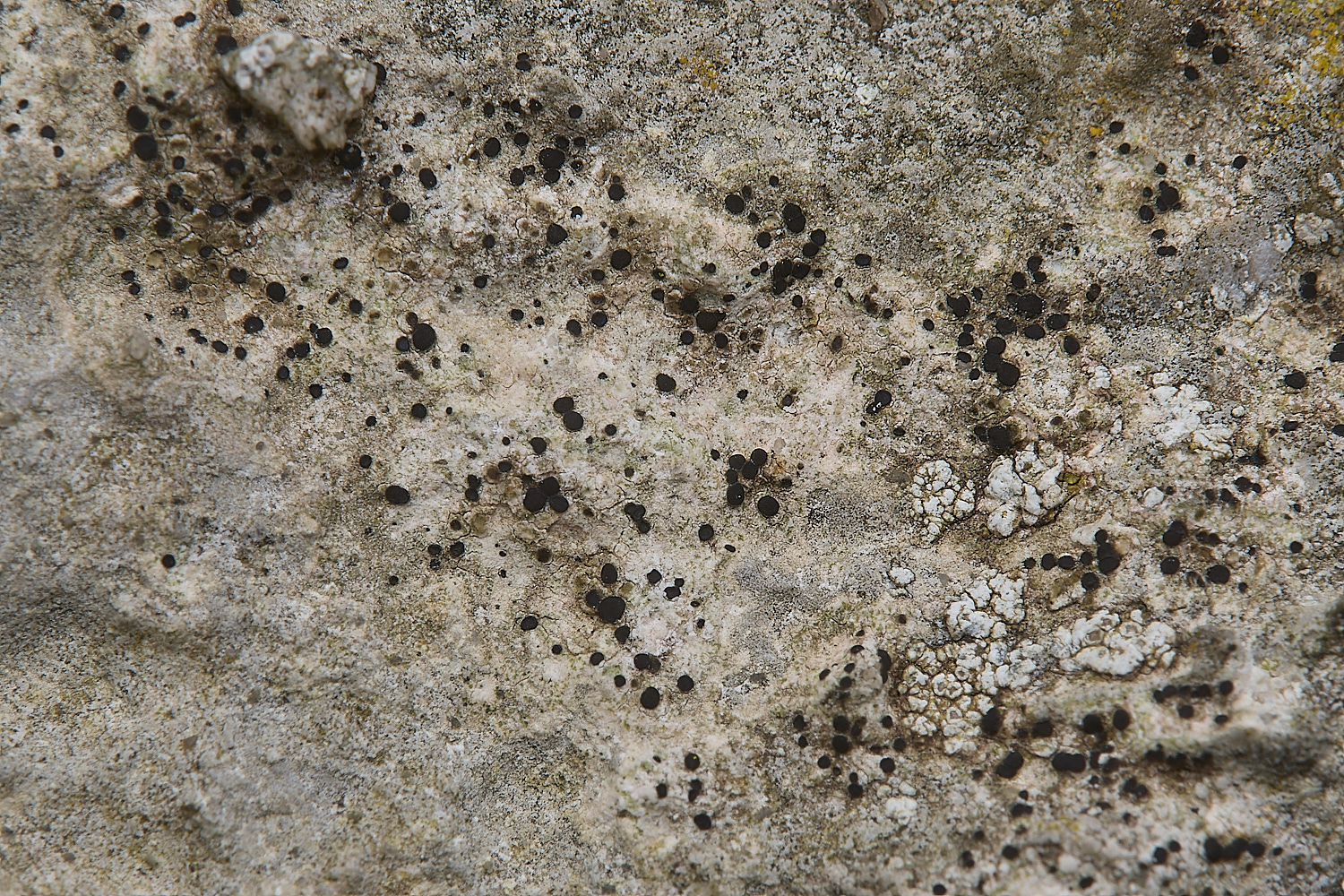
Lecidella stigmatea possibly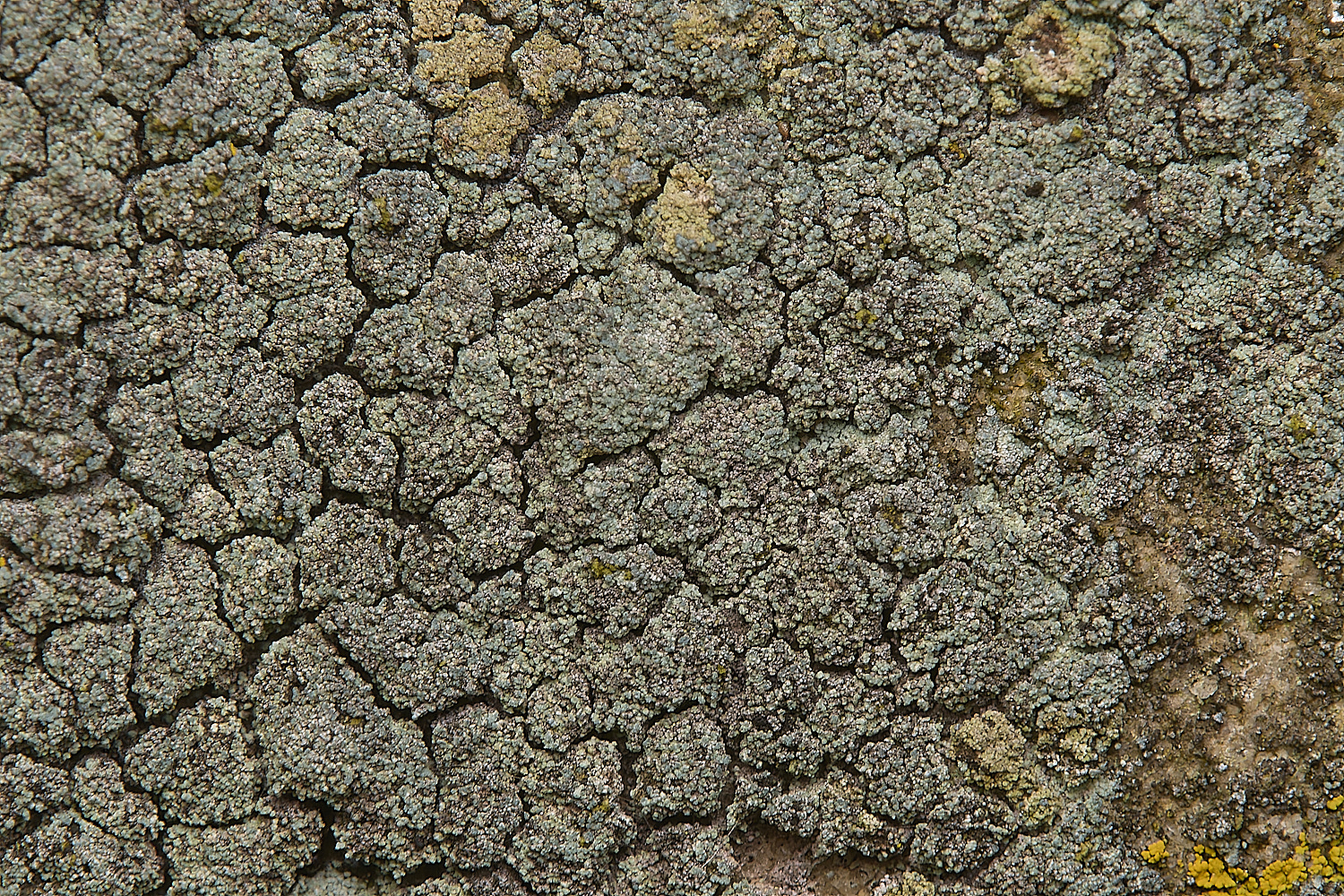
Lepraria incana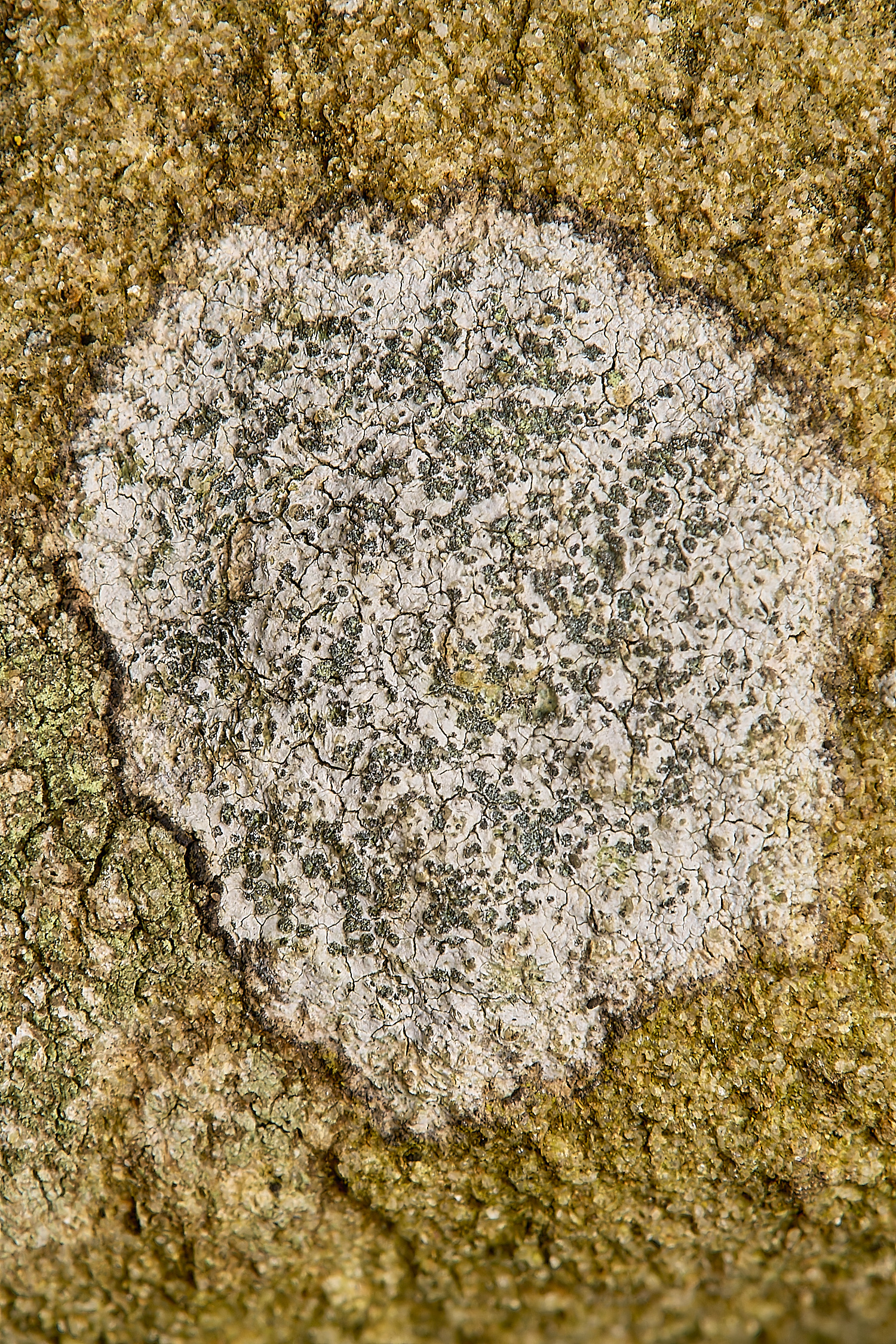
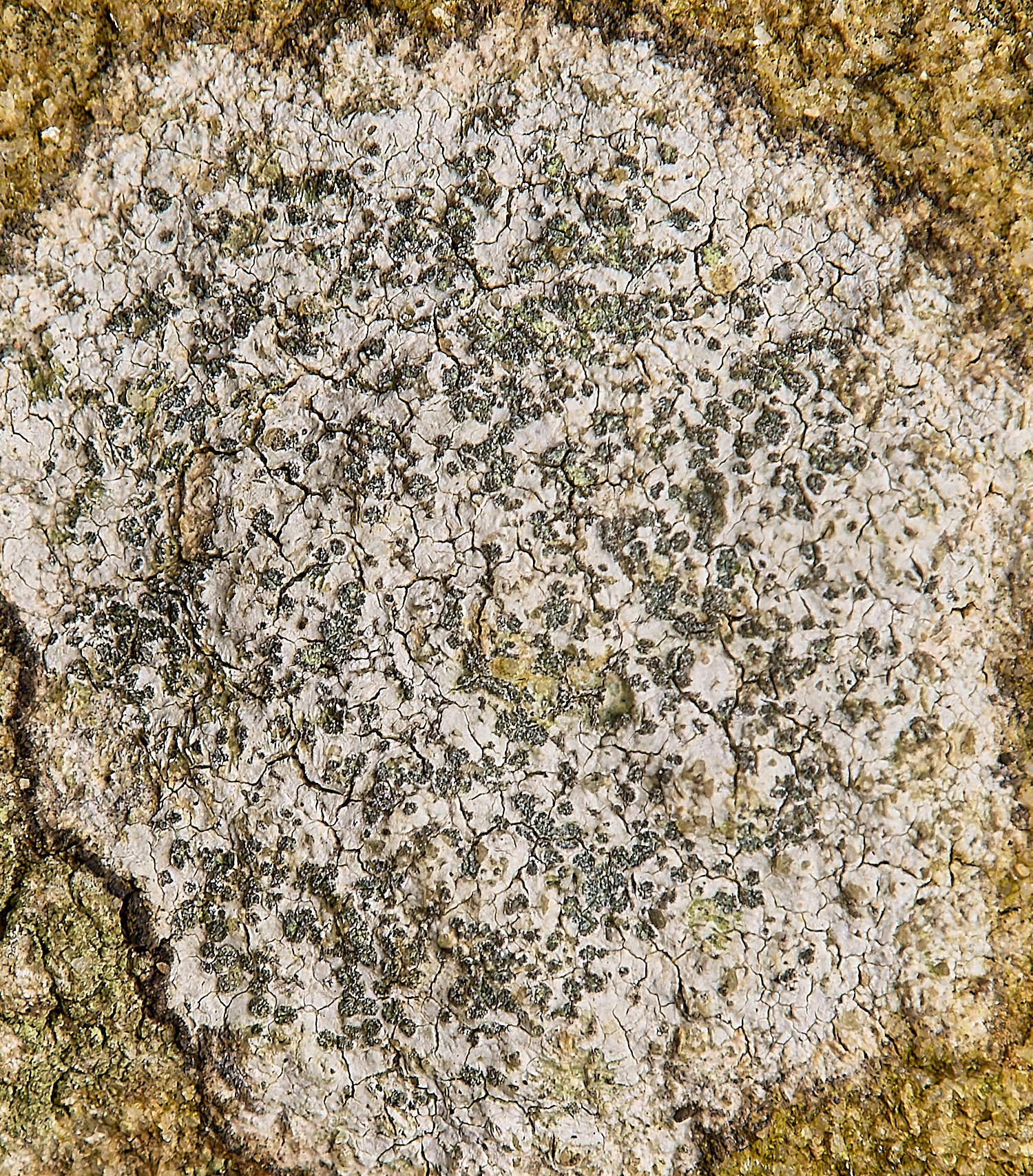
Porpidia tuberculosa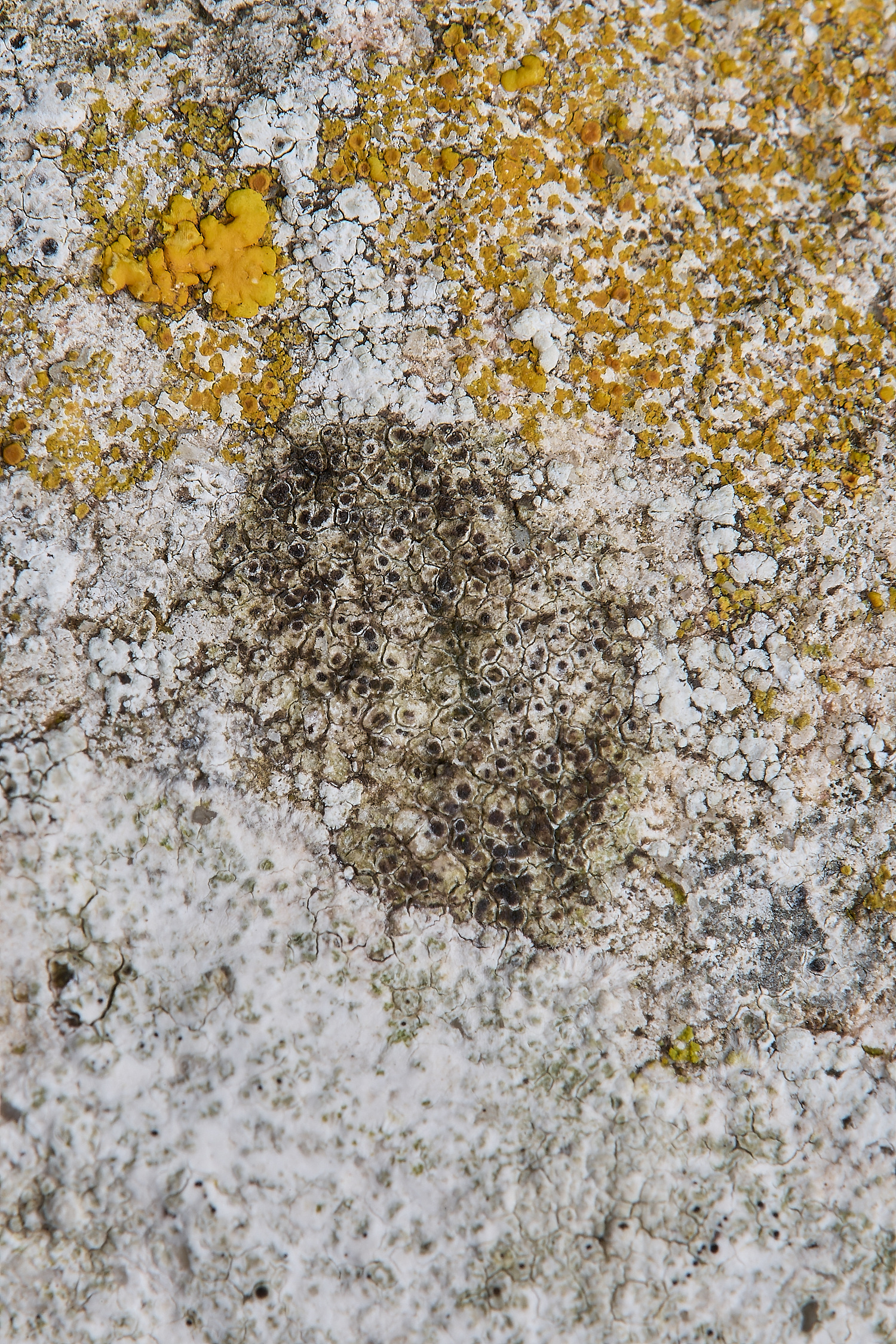
?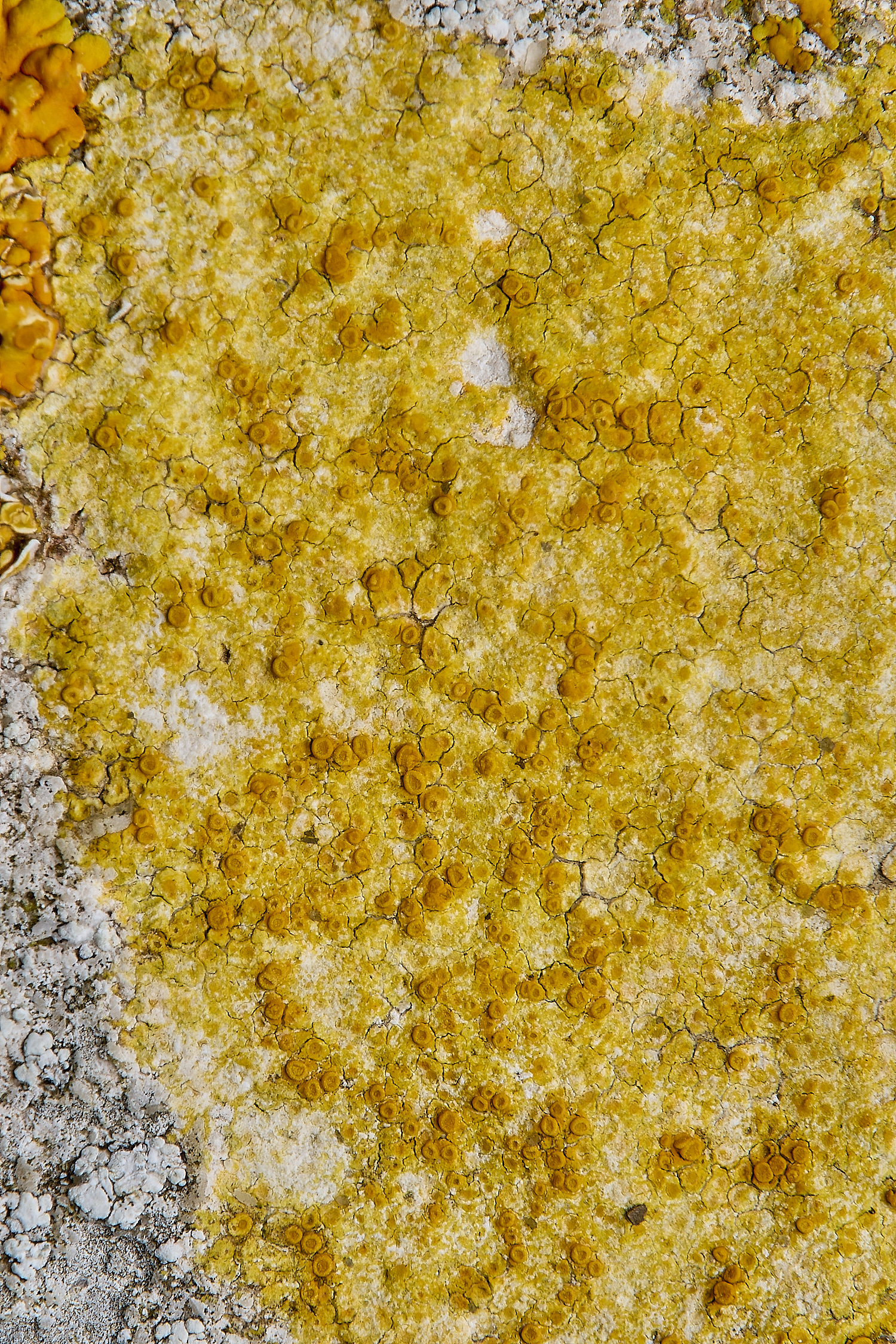
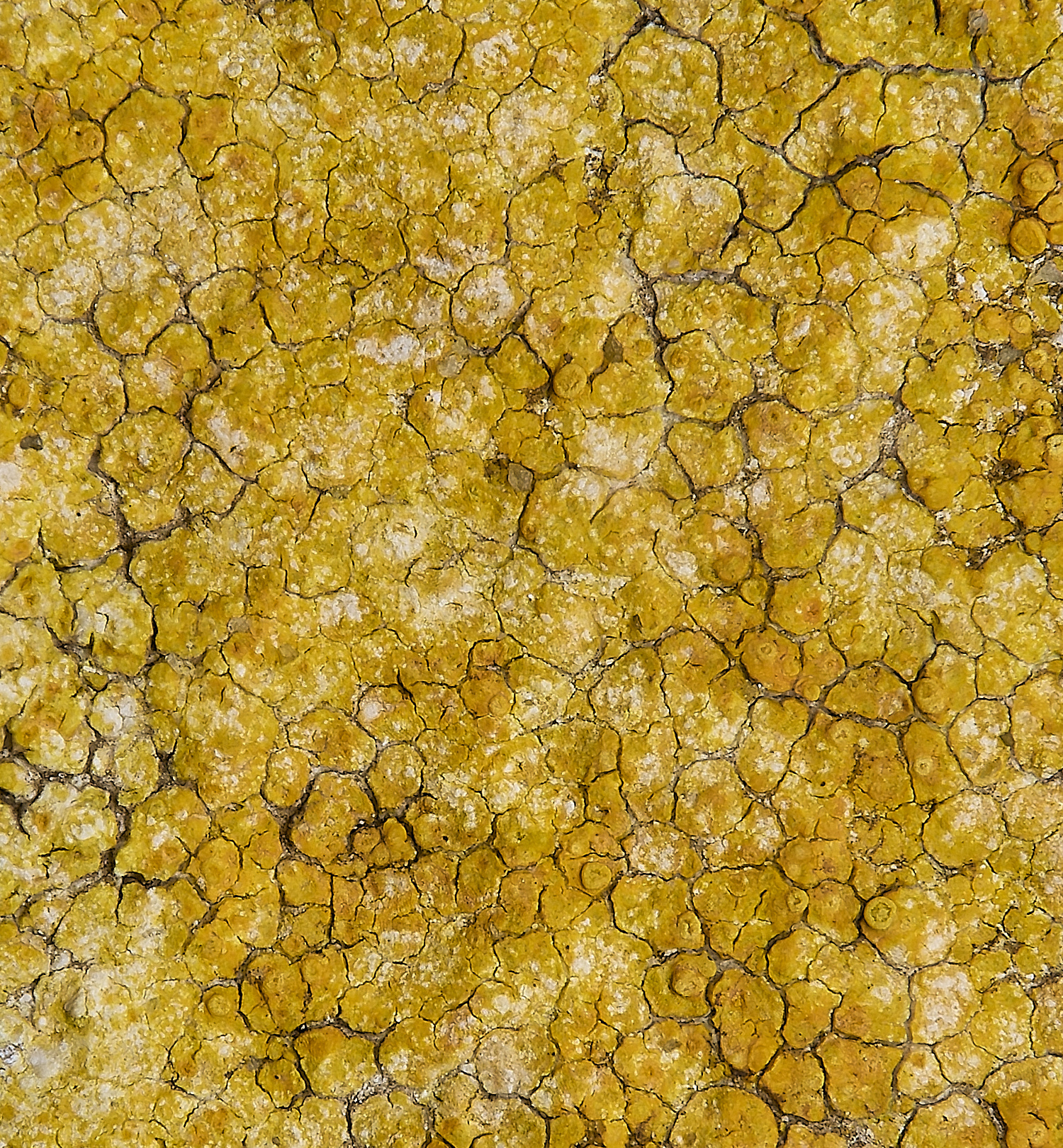
The black prothallus shows between the areoles

Caloplaca dalmatica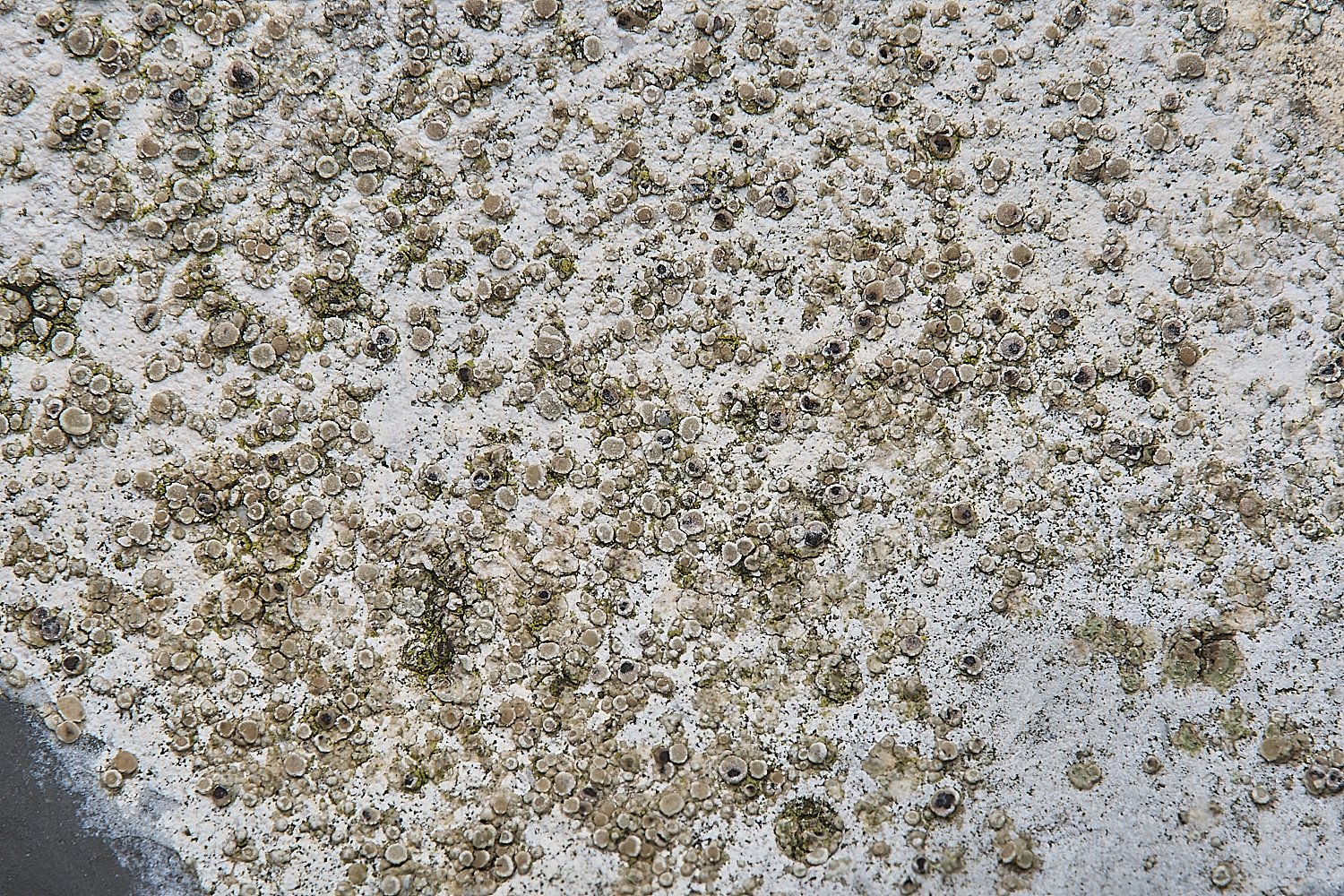
Myriolecis antiqua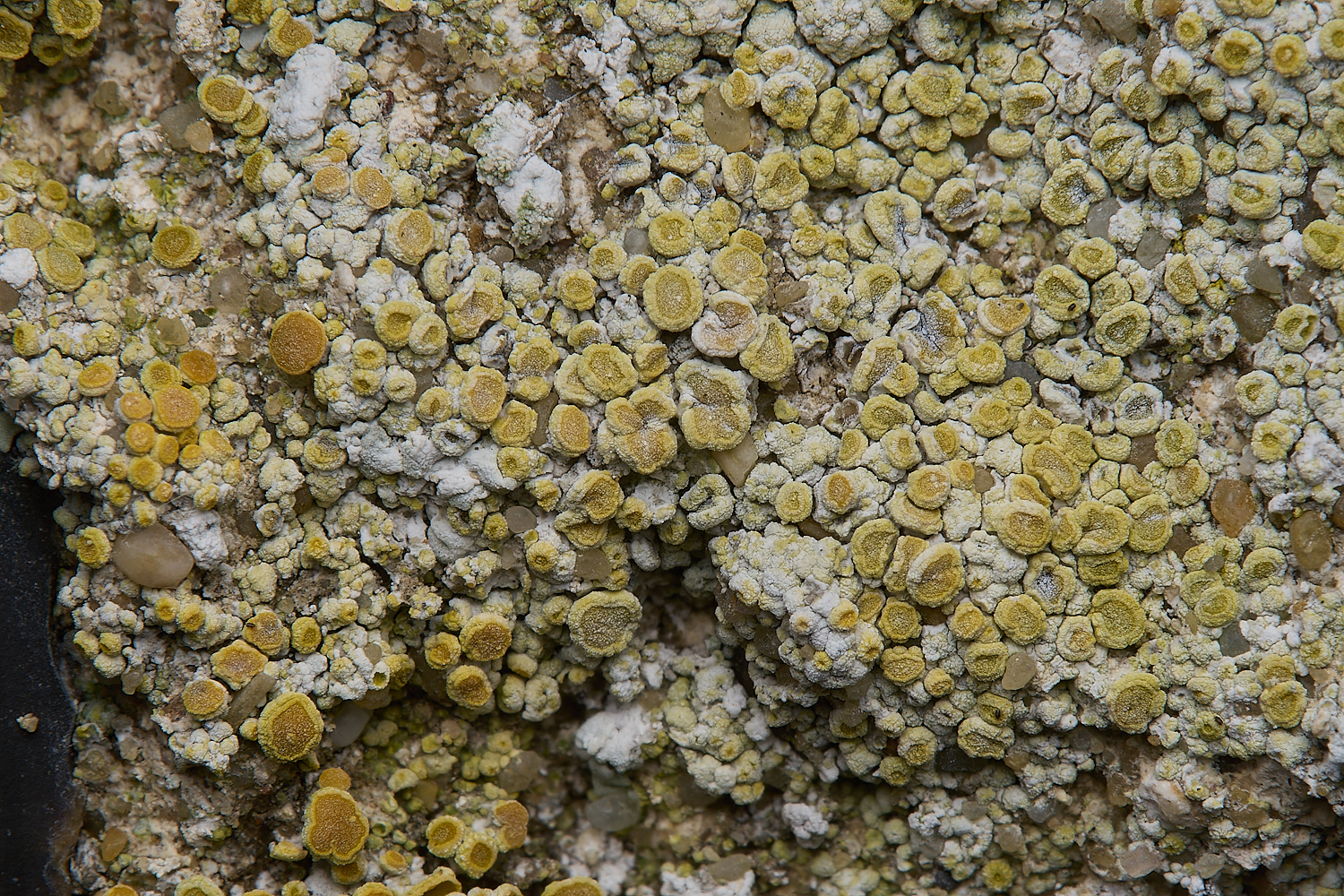
Caloplaca ruderum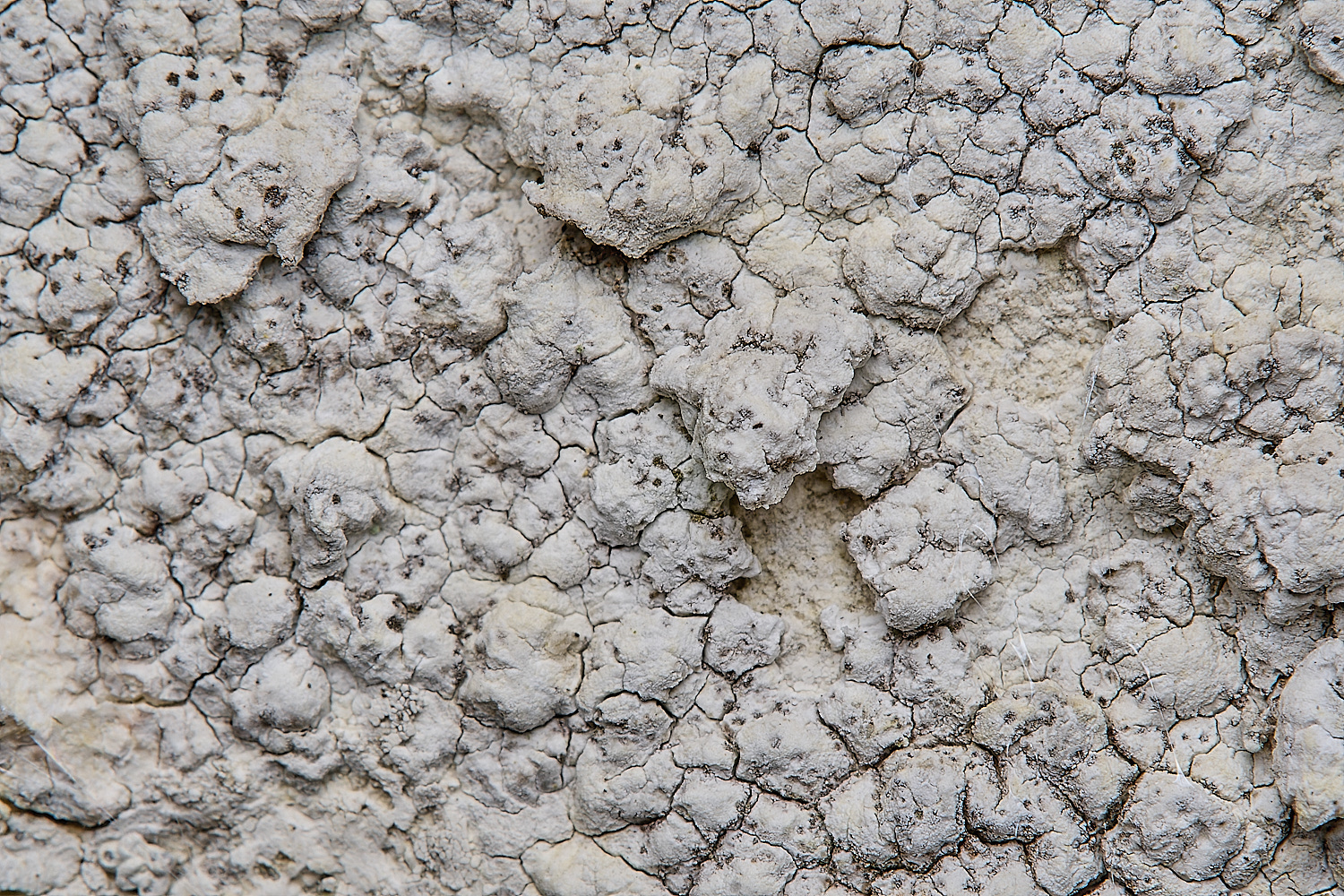
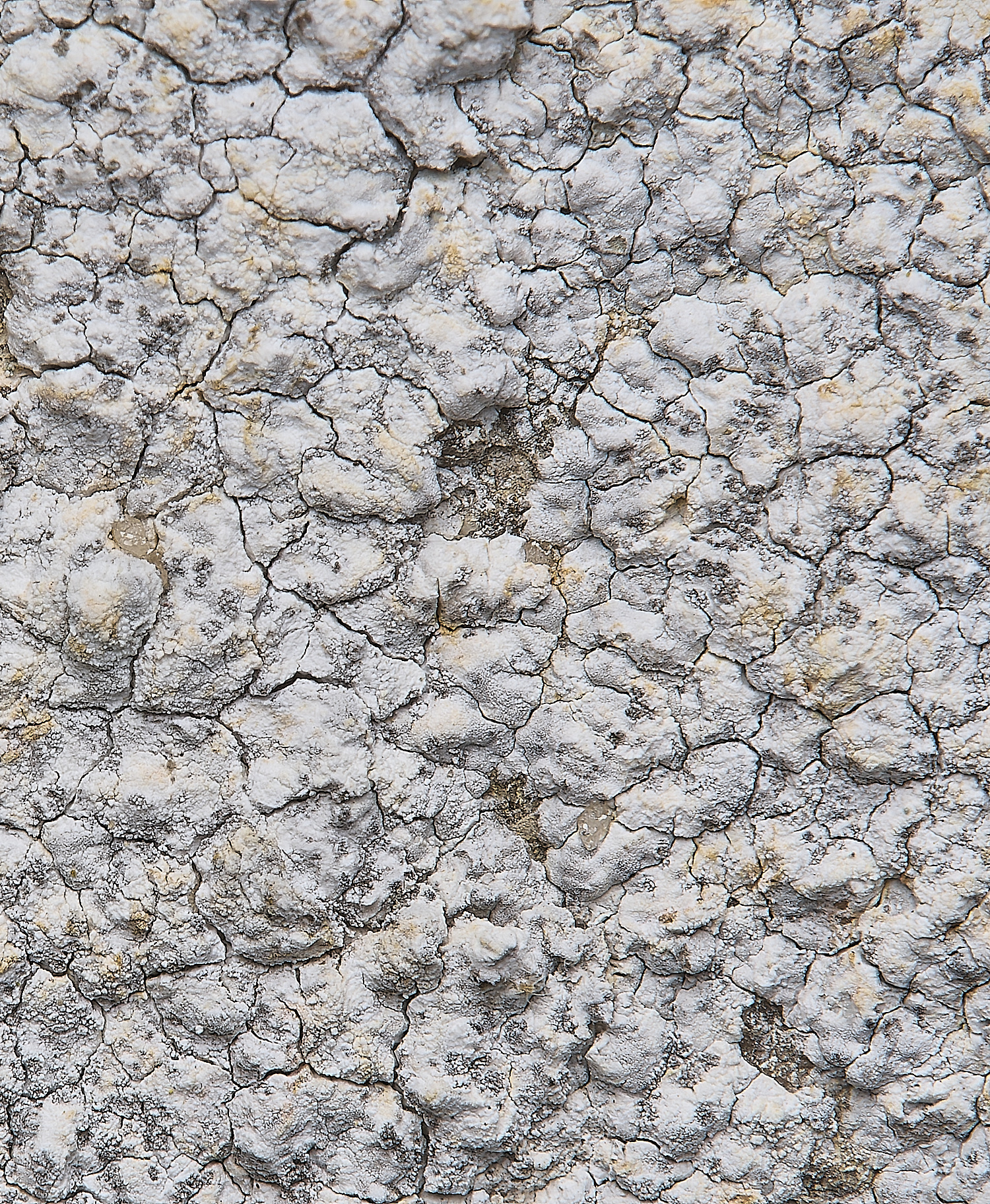
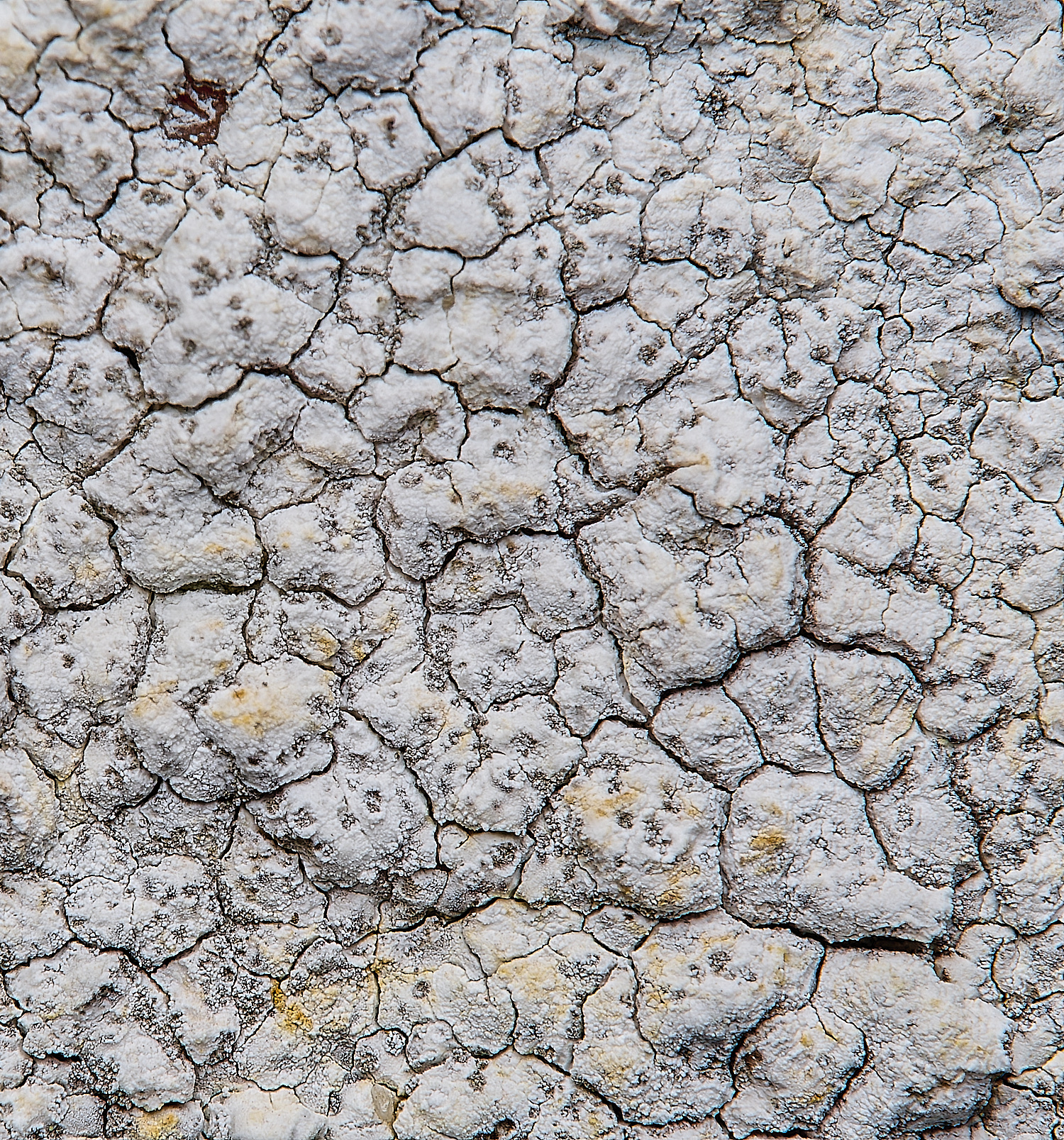
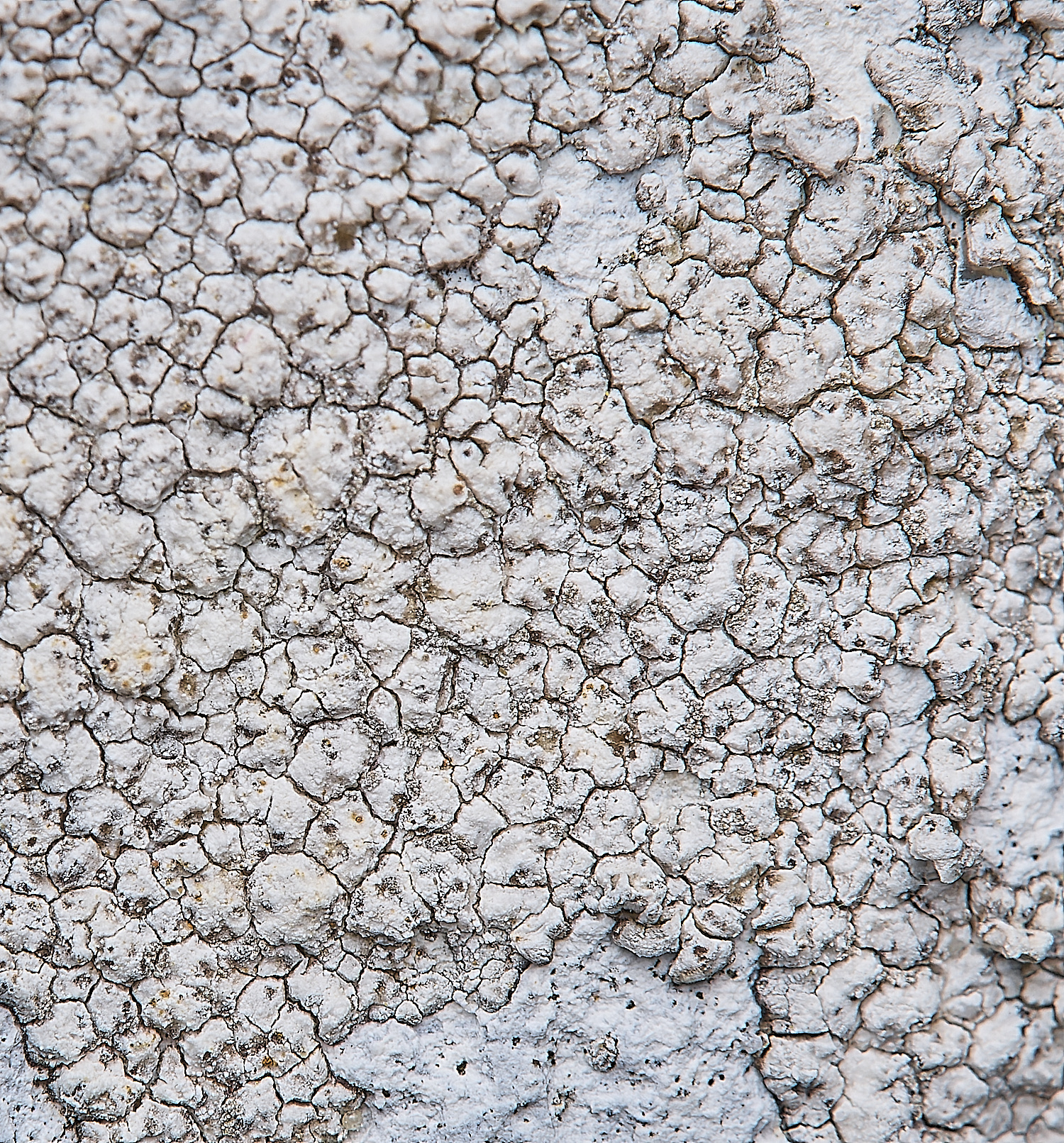
Dirina massiliensis f. sorediata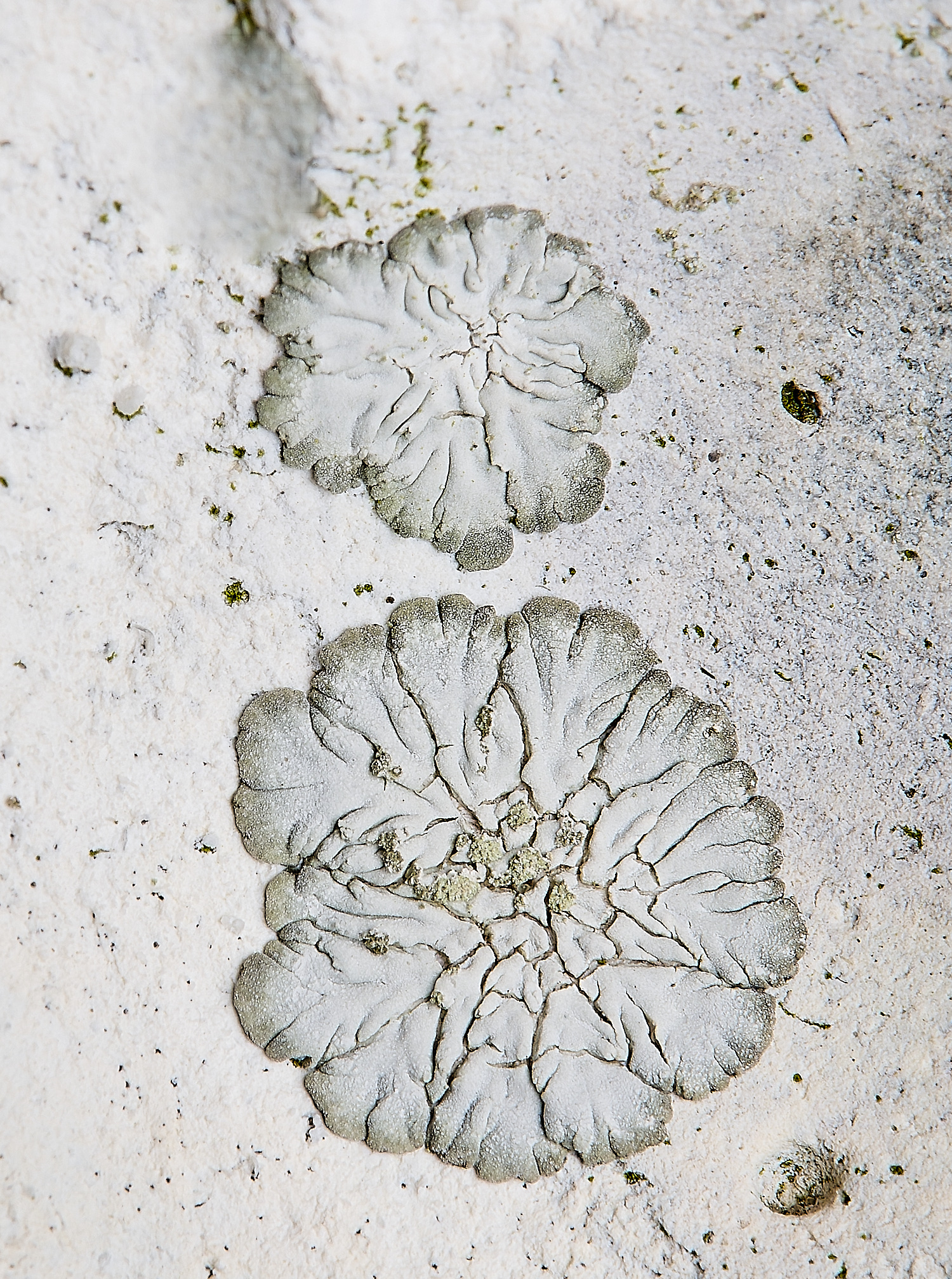
Diploica canescens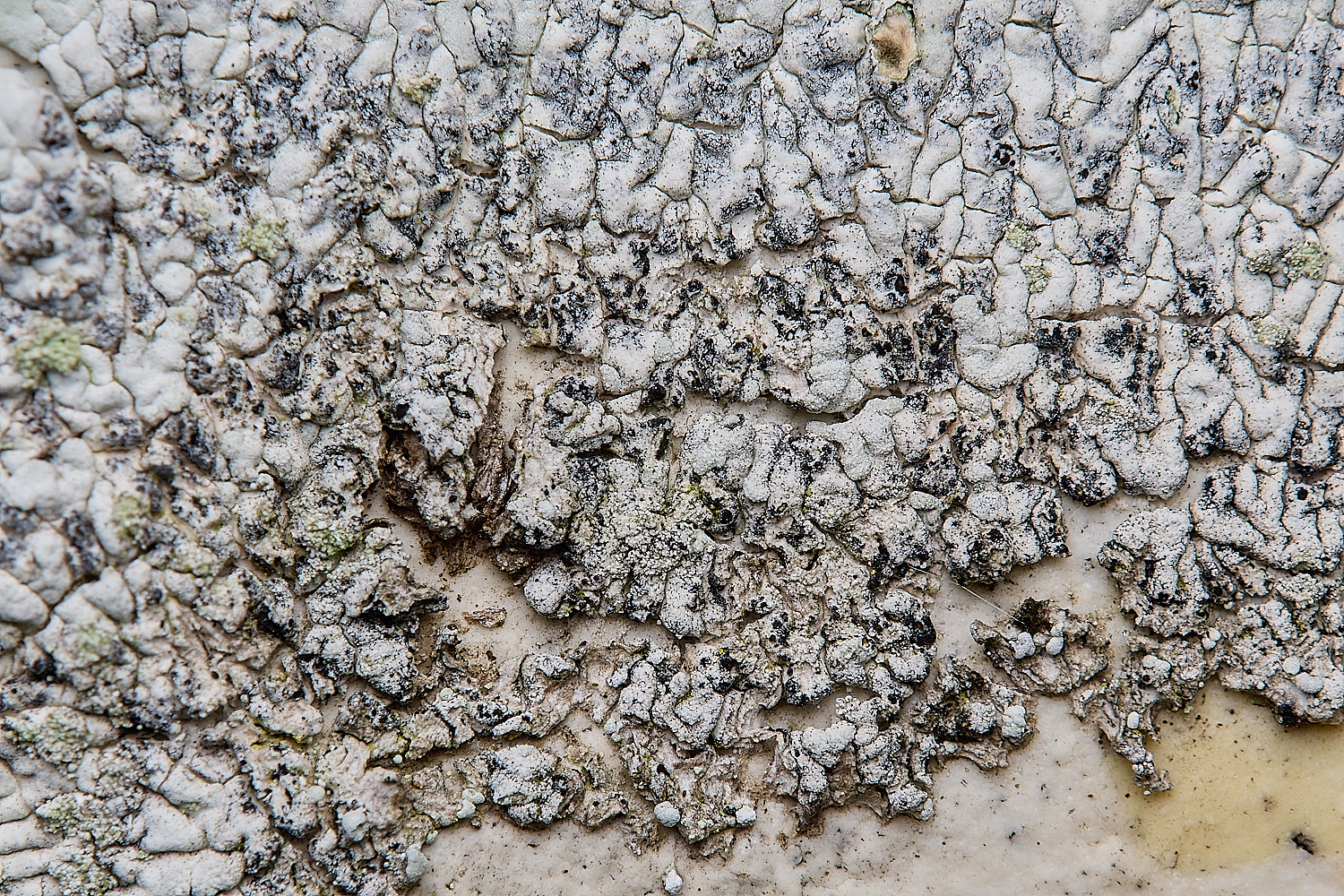
Arthonia diploiciae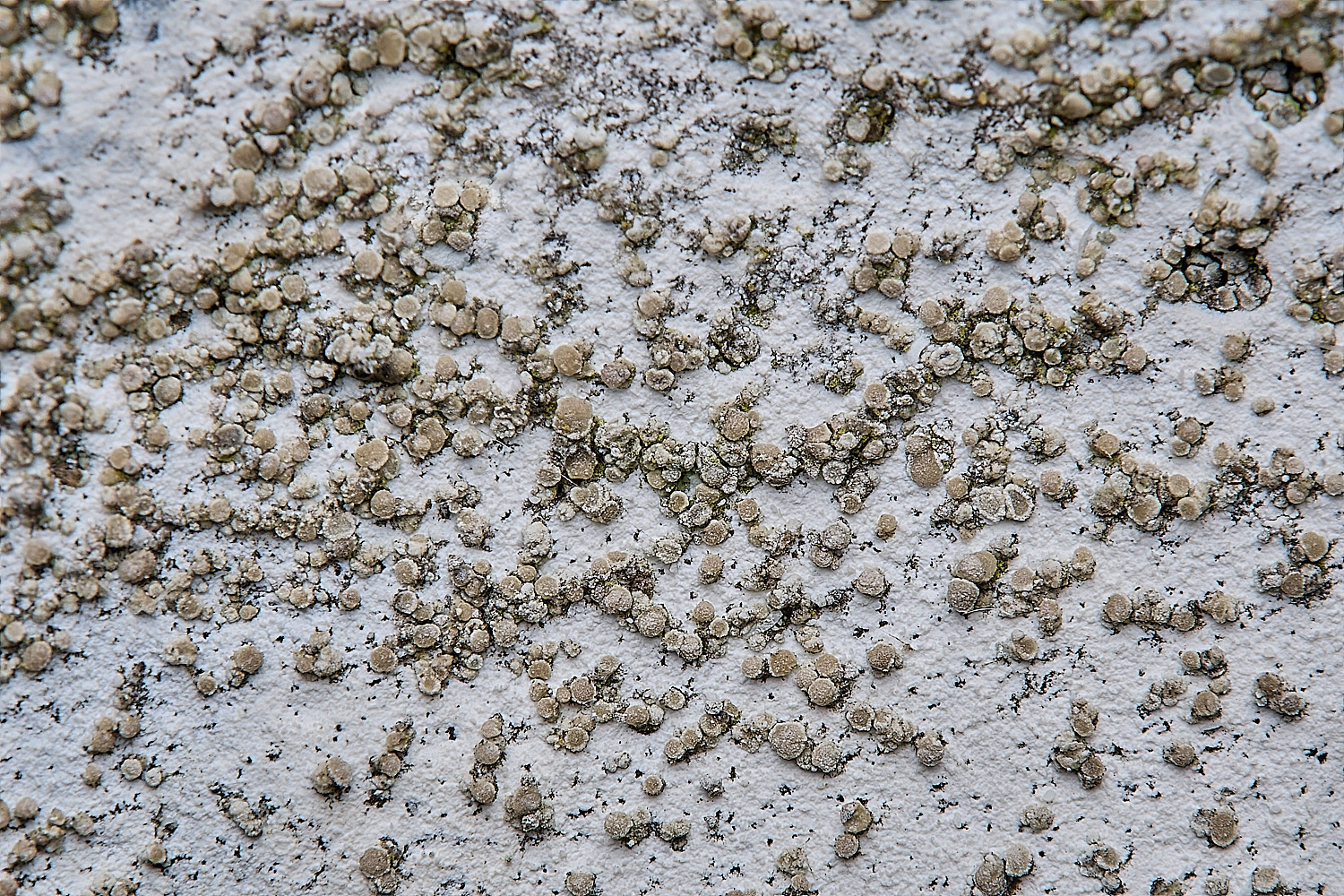
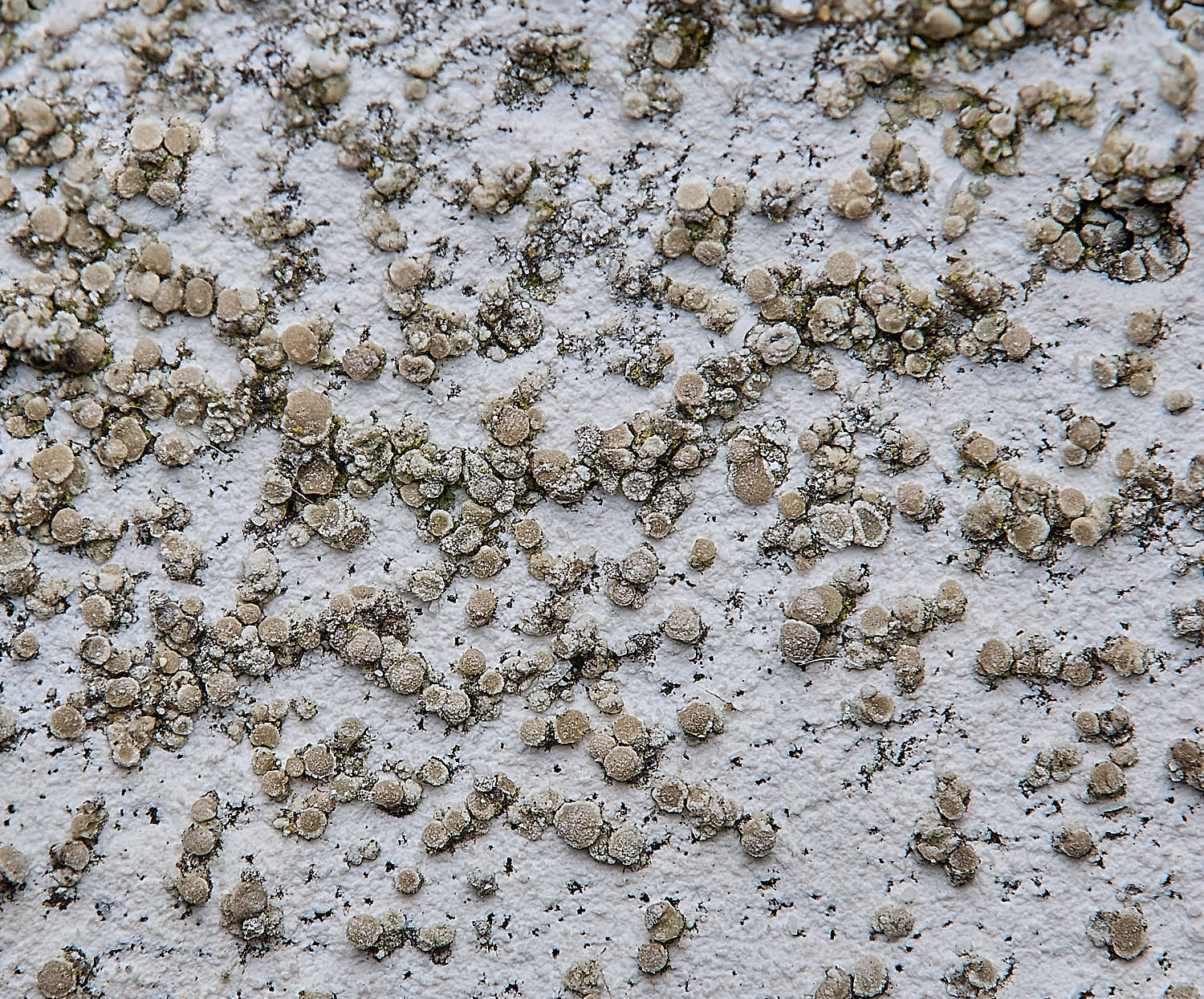
Myriolecis antiqua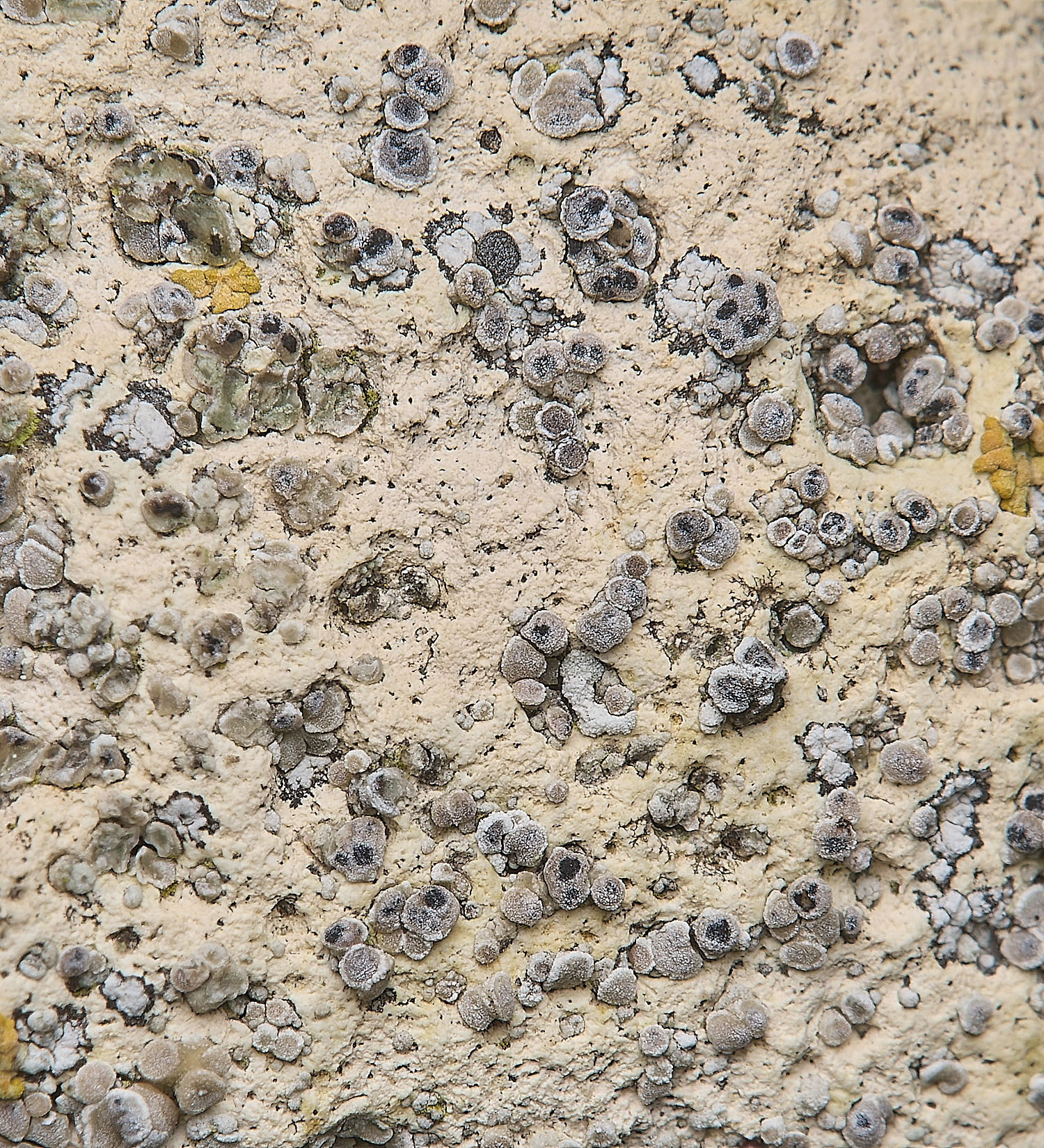
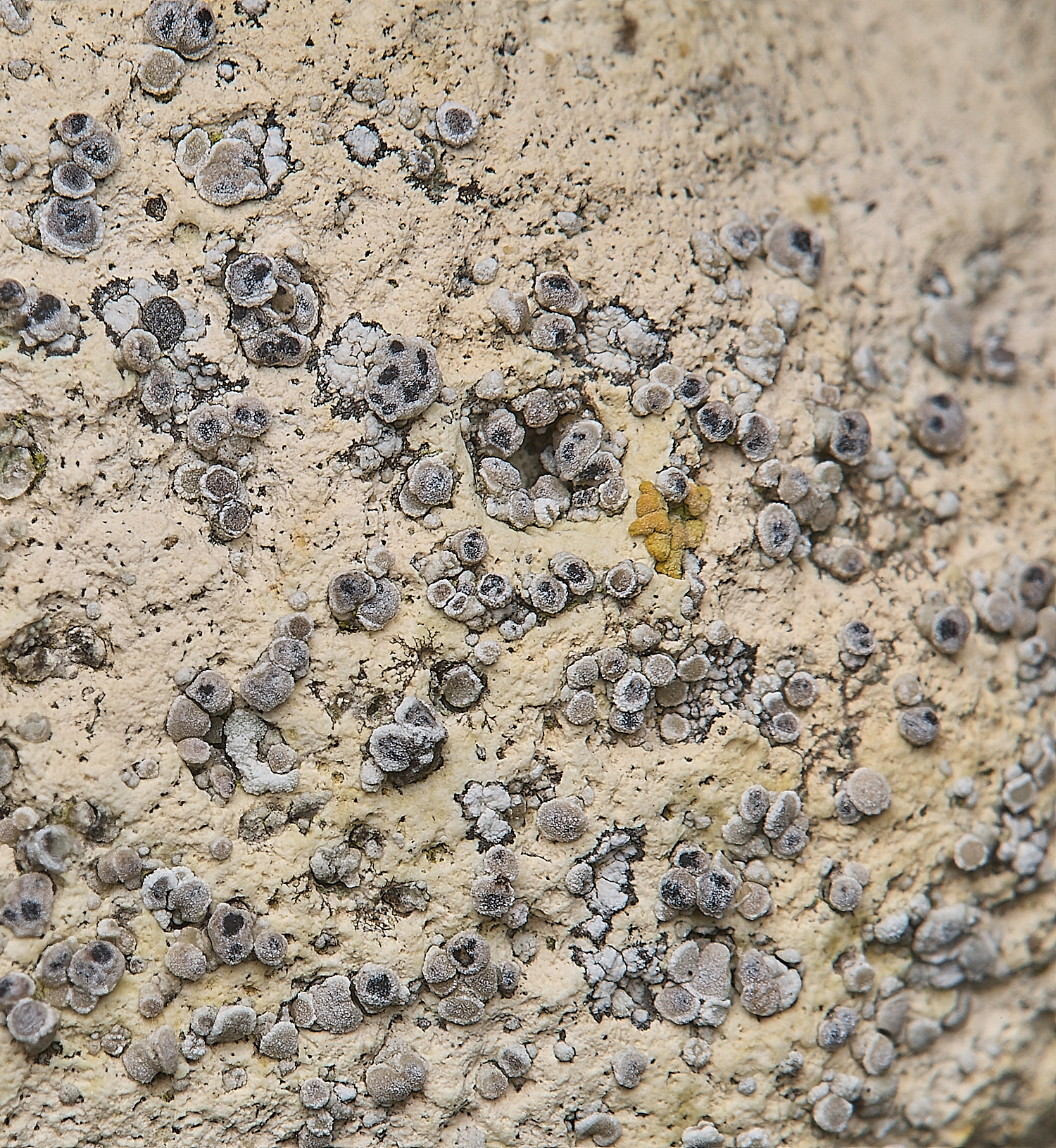
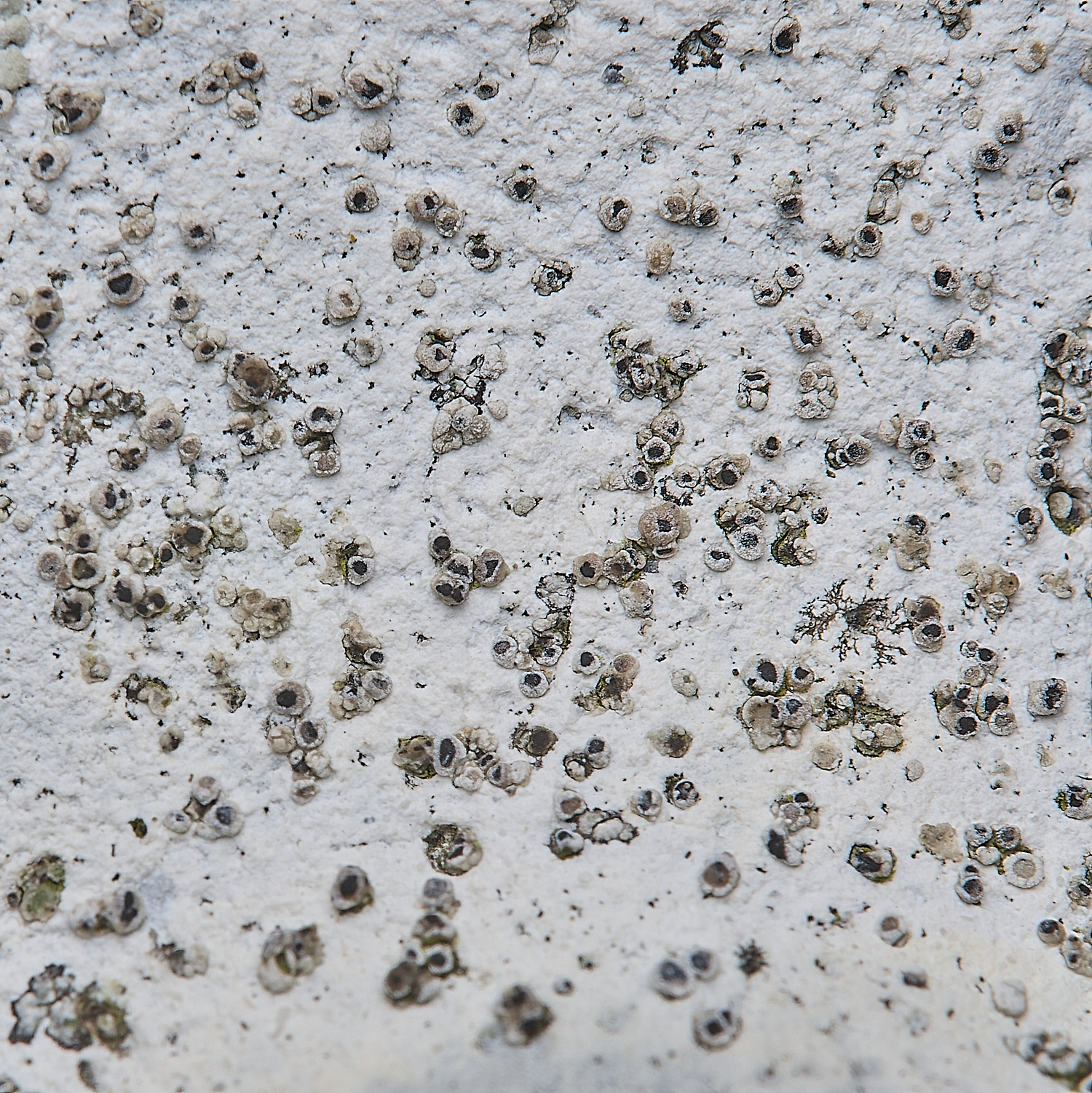
Myriolecis antiqua with Arthonia apotheciorum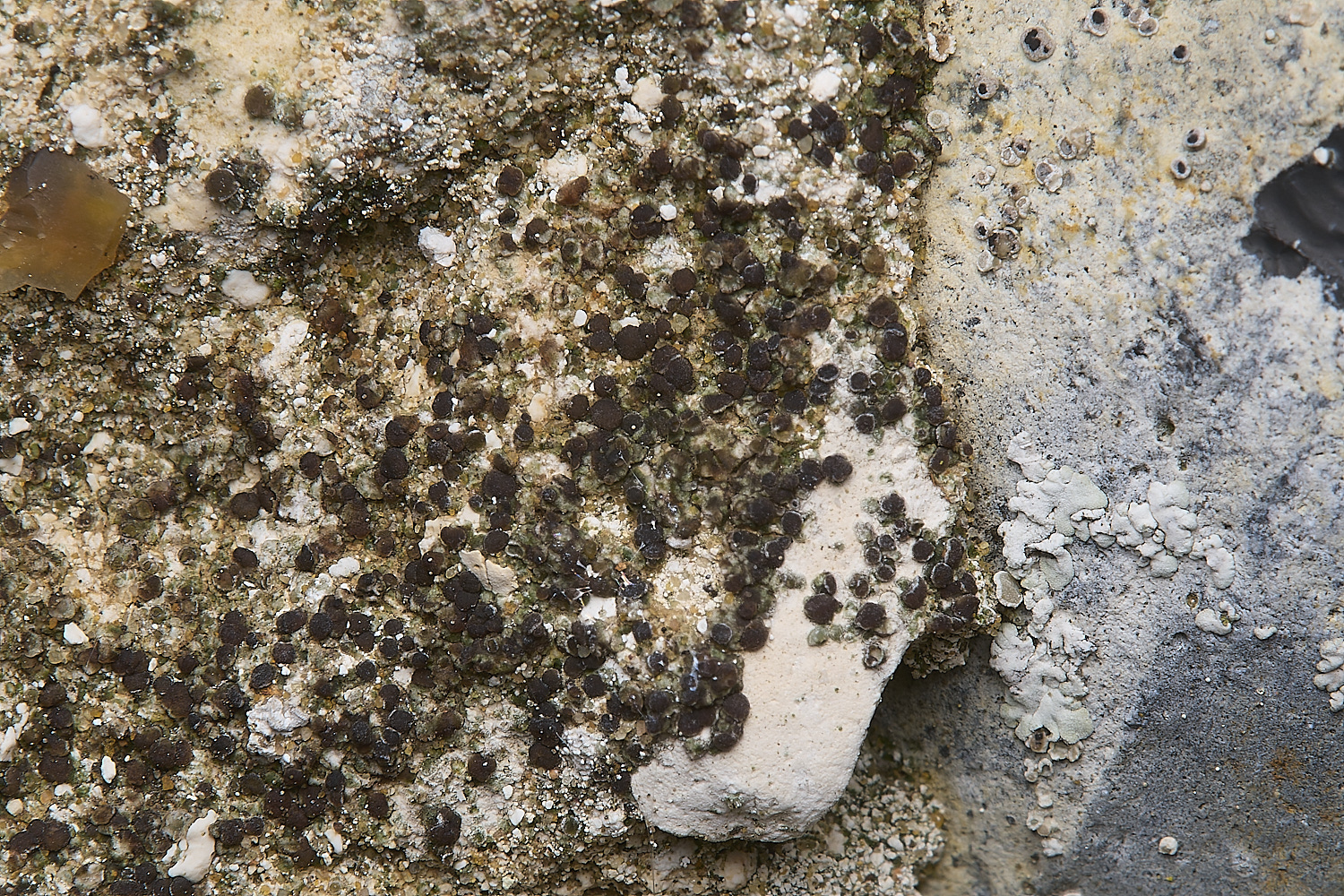
Lecania Sp possibly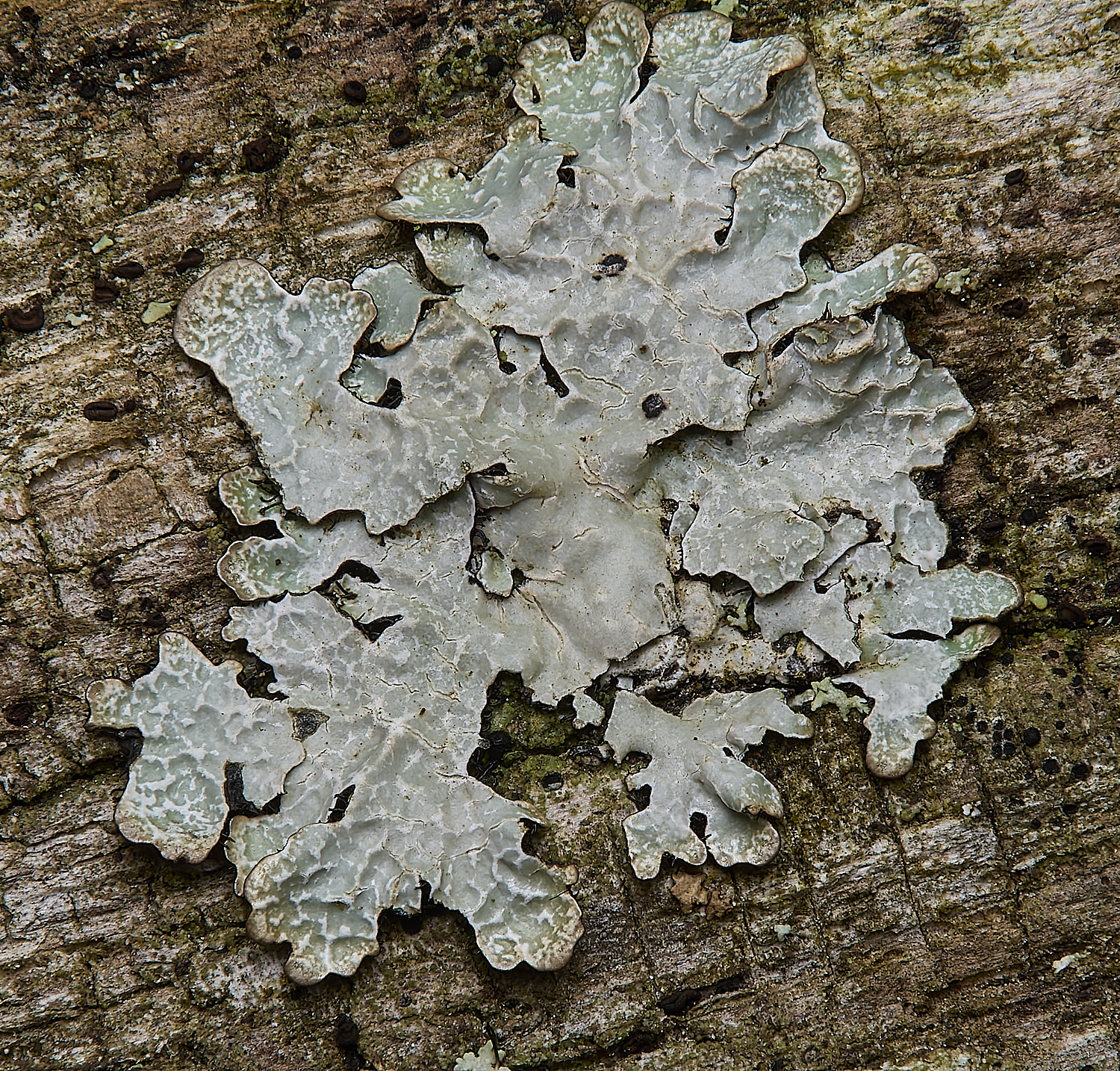
Hammered Shield Lichen (Parmelia sulcata)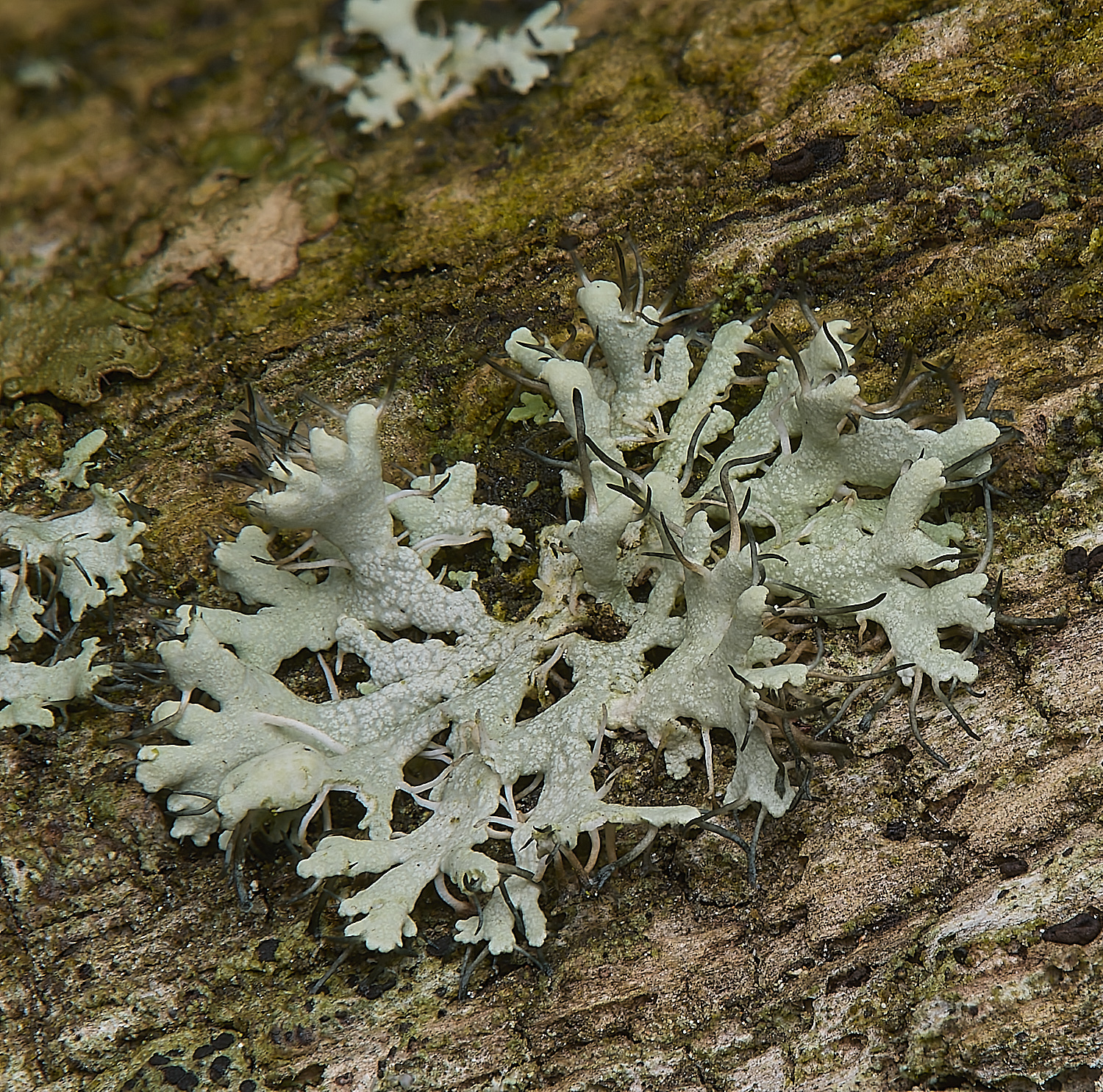
Physcia adscendens/tenella
Too young to tell
Earsham
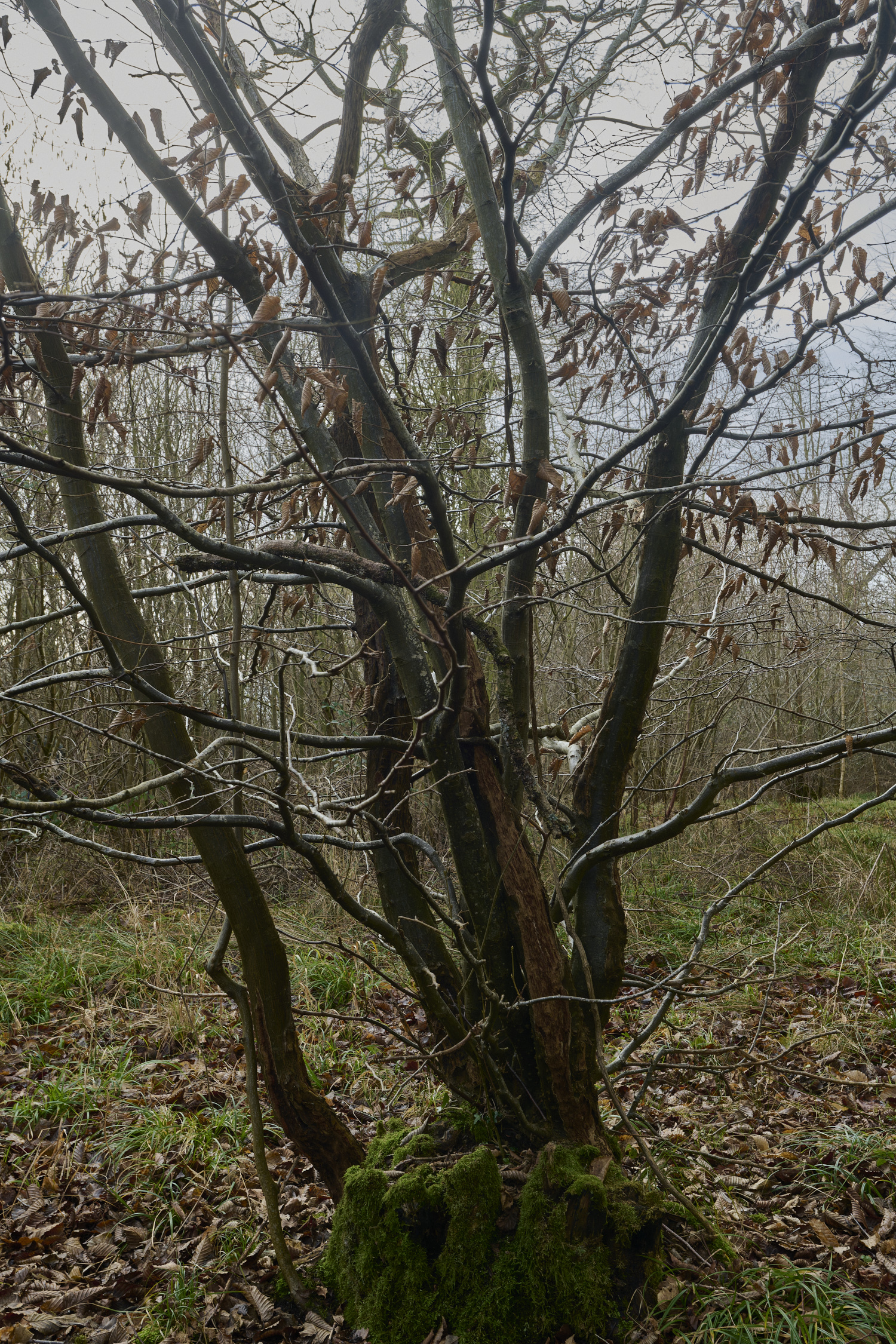
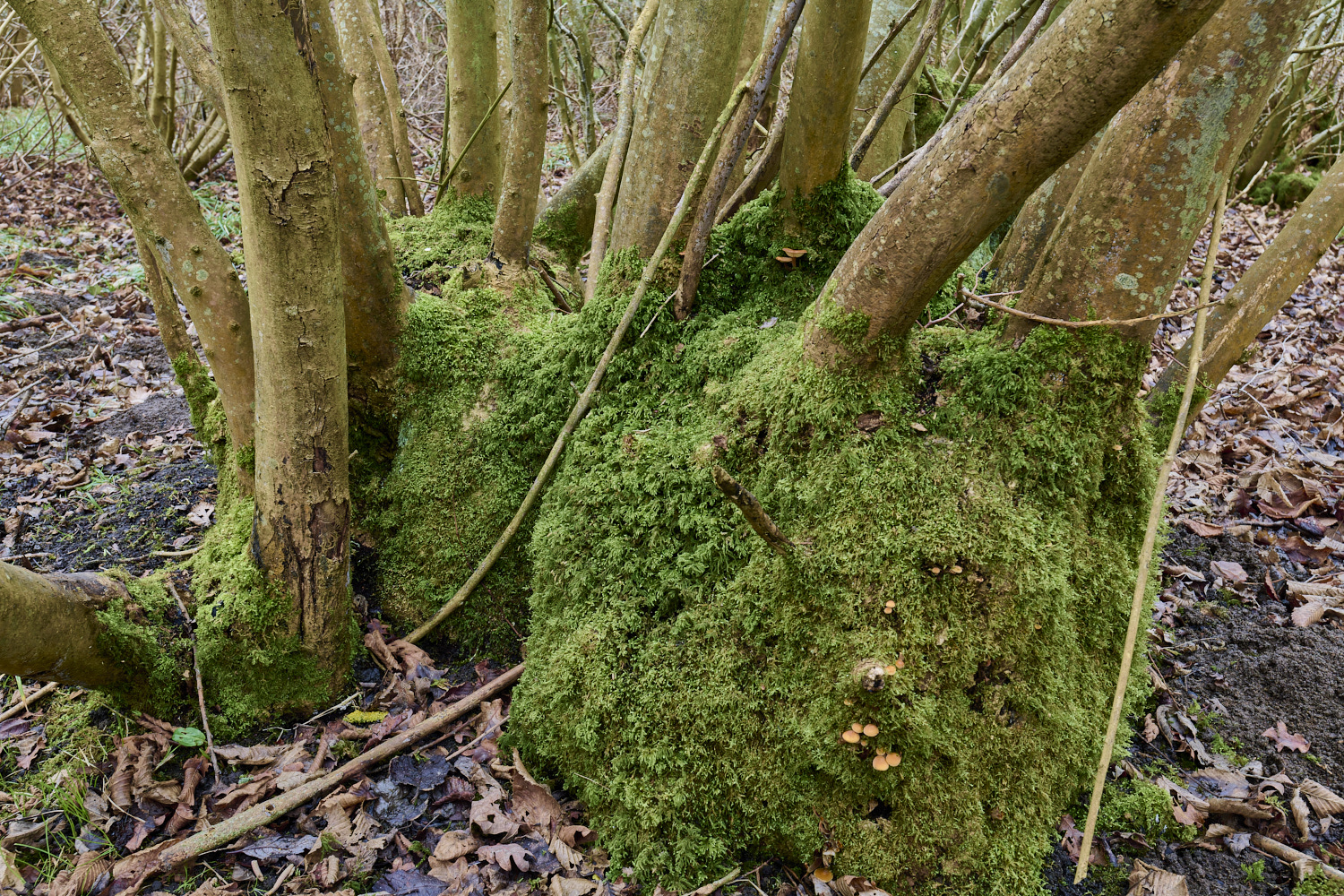
Hazel Coppice (Corylus avellana) stool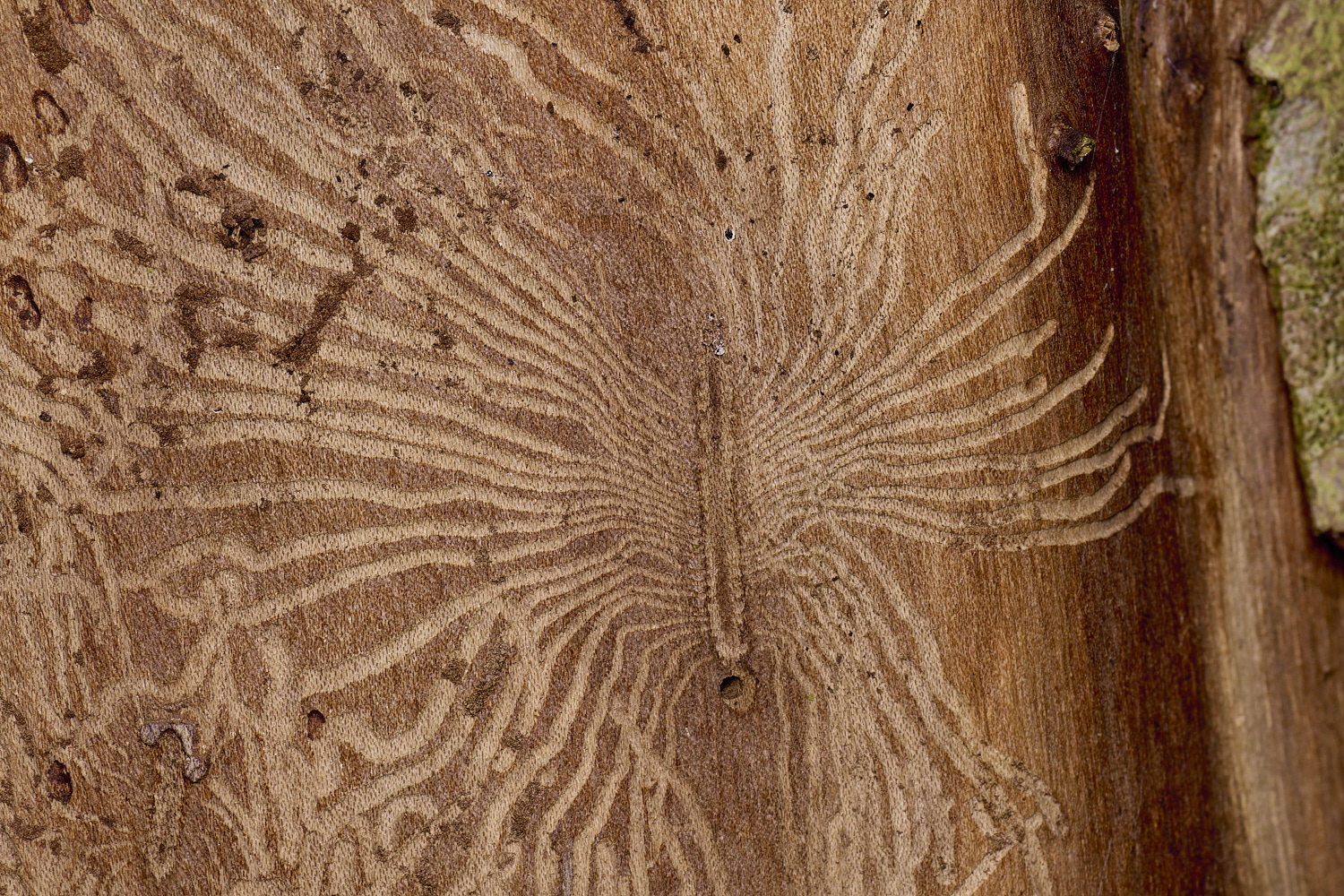
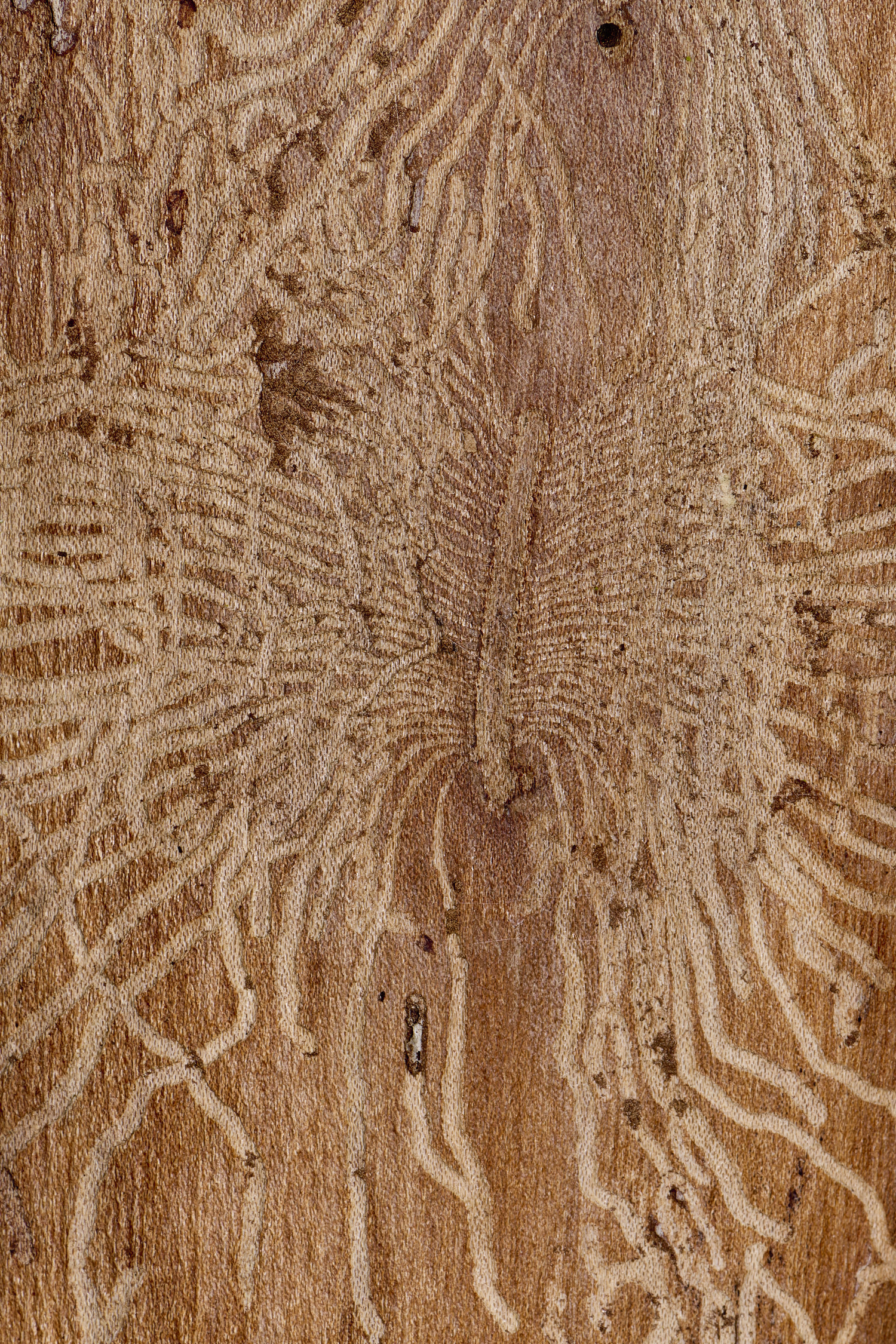
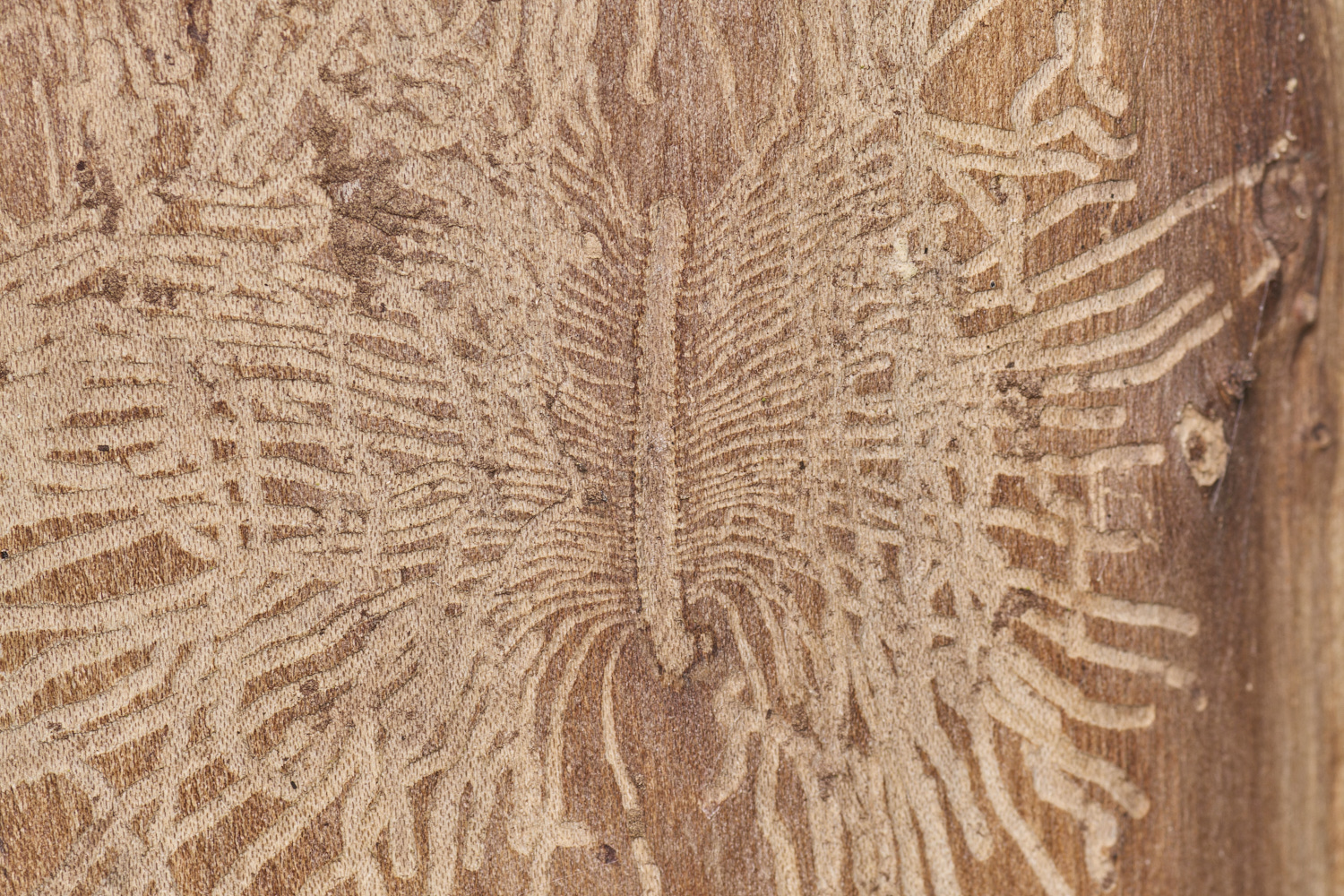
Galleries from an Elm Bark Beetle 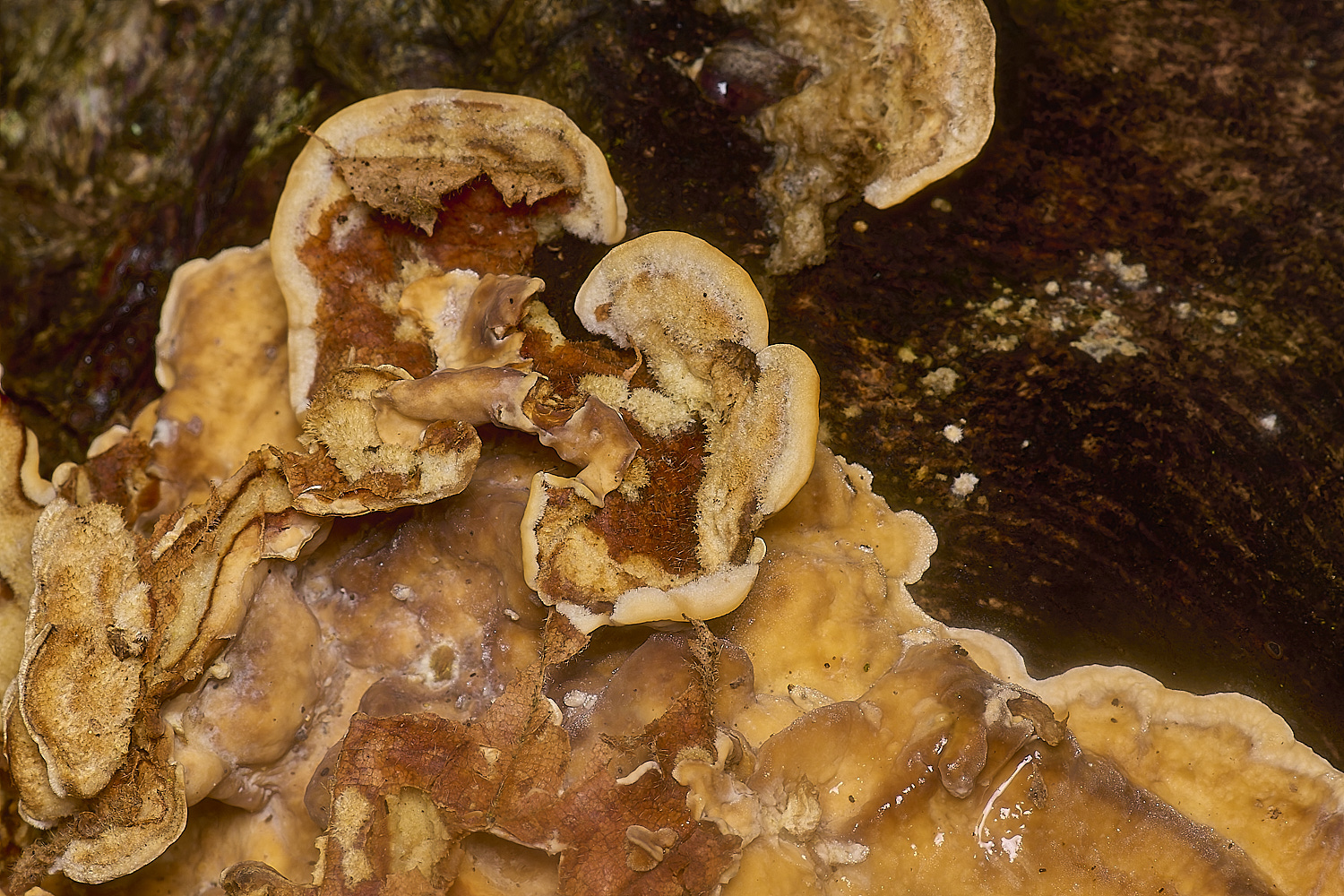
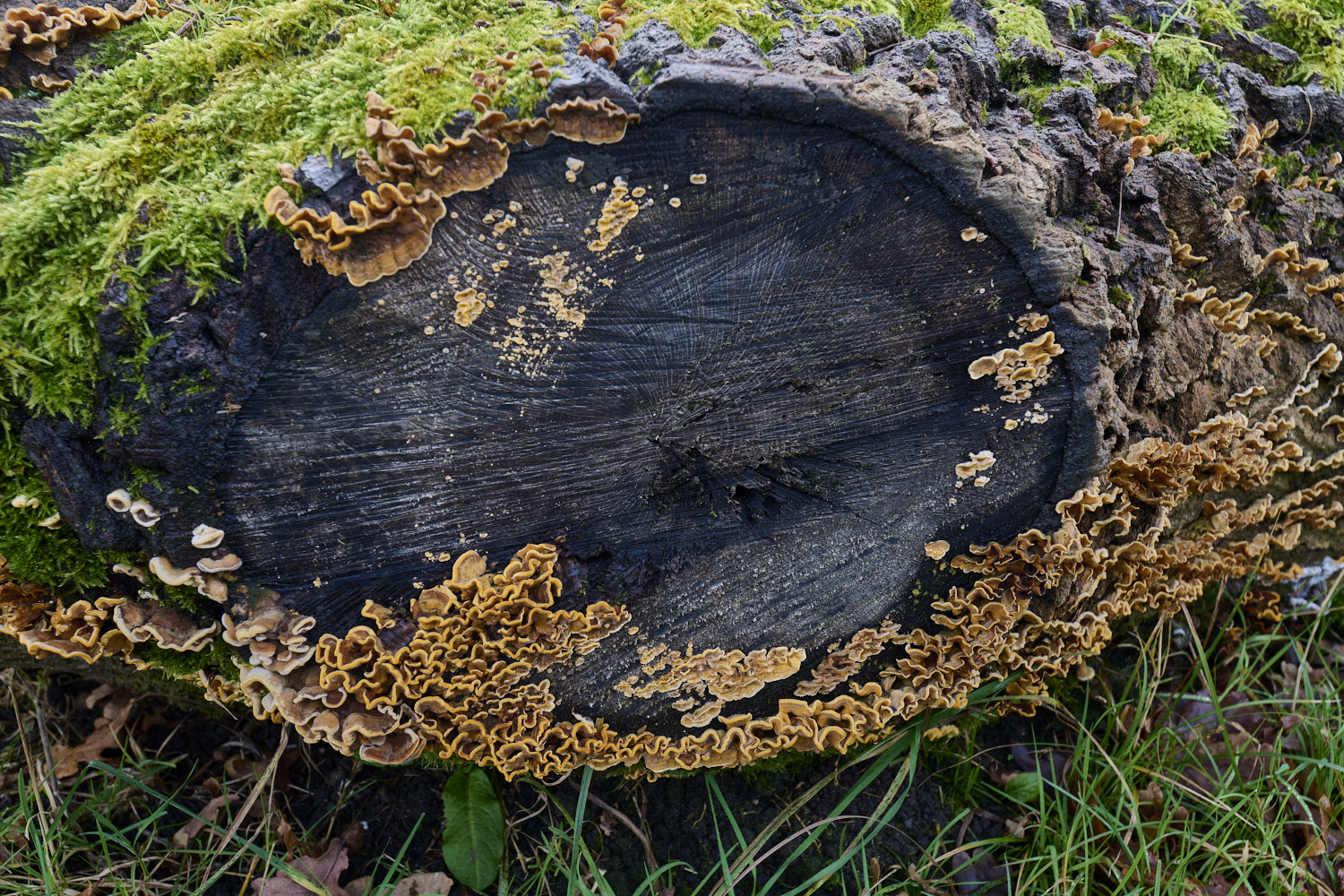
Hairy Curtain Crust (Stereum hirsutum)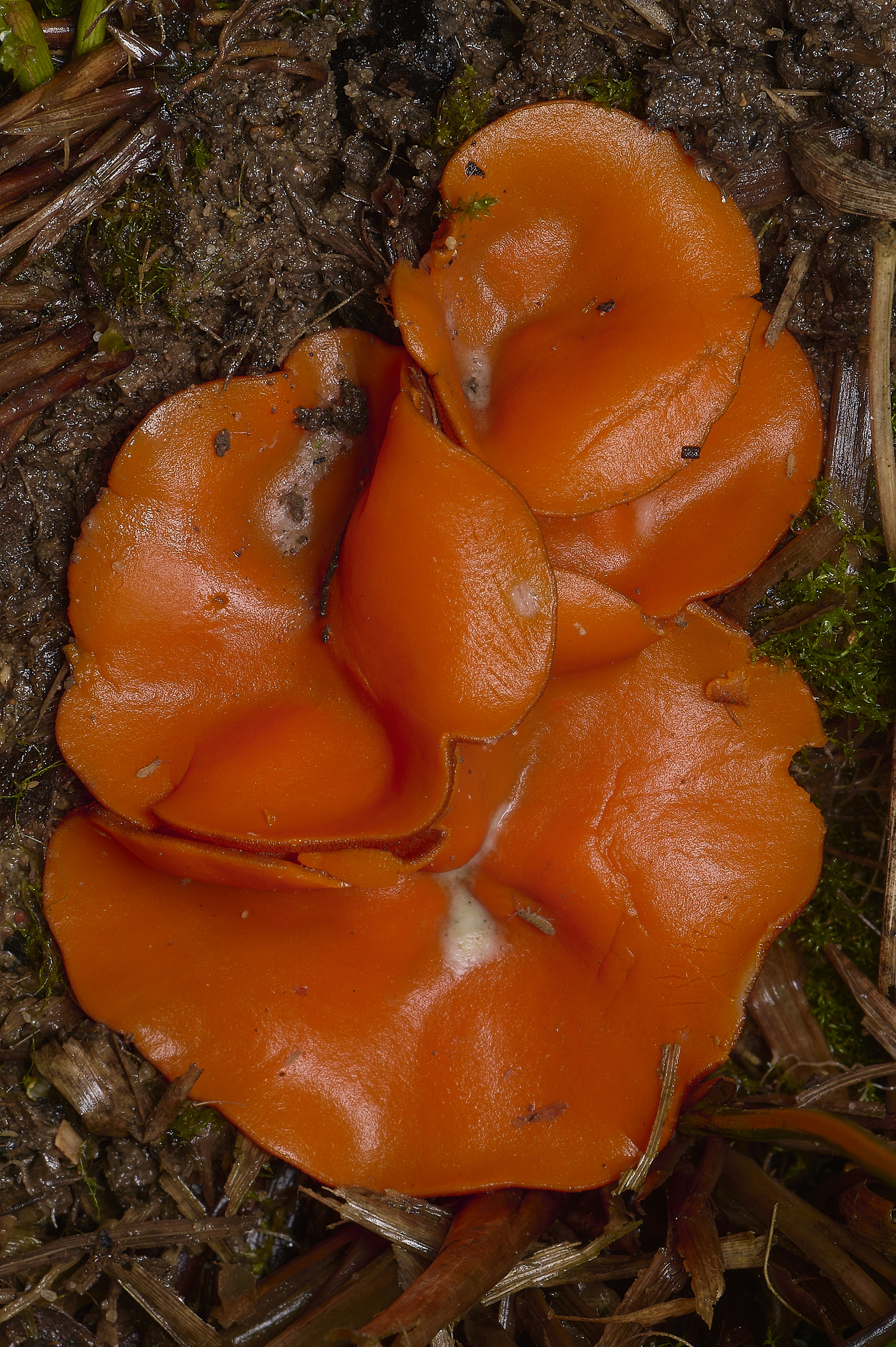


x100
x 200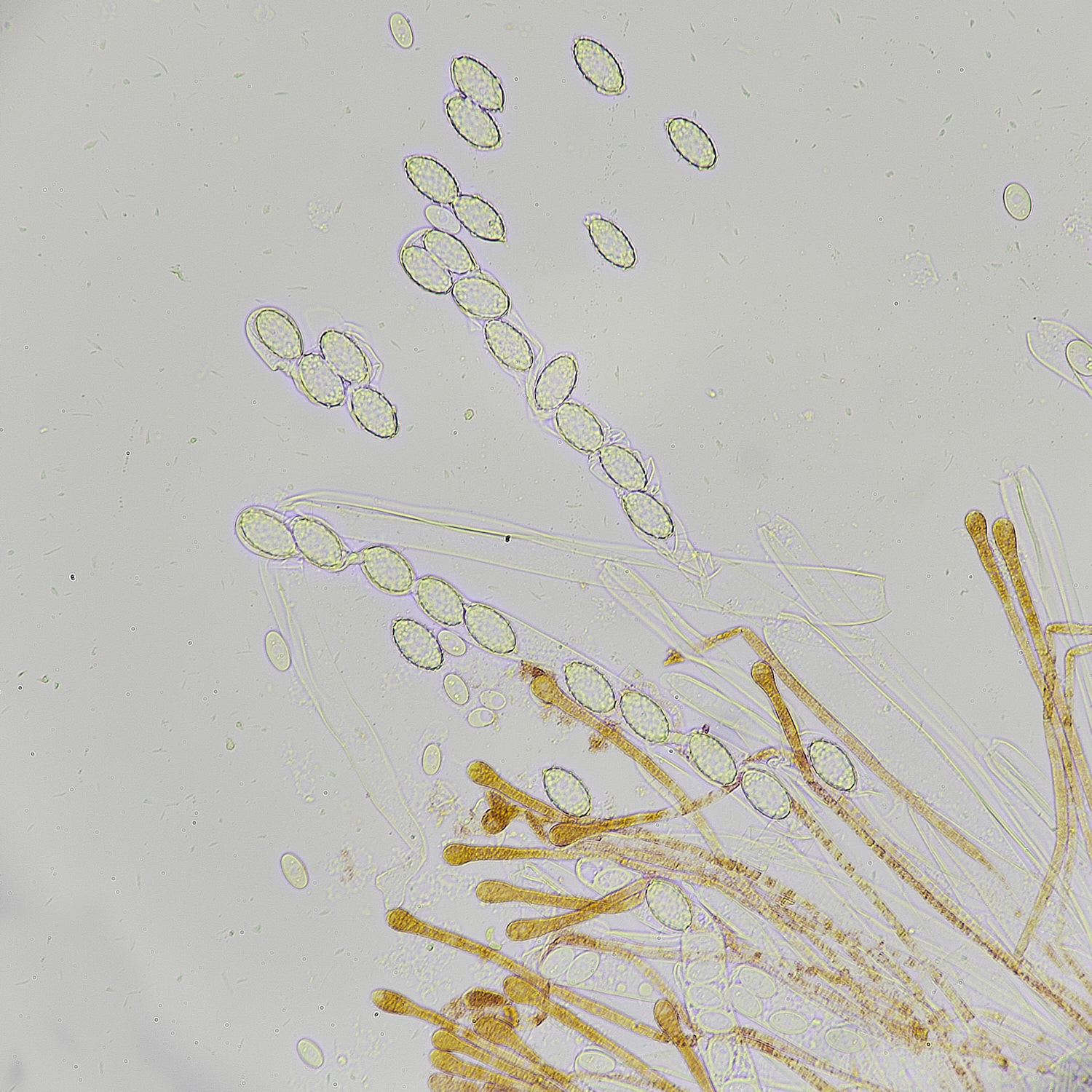
x 400
Spores
Coarsely reticulate surface
Orange Peel Fungus (Aleuria aurantia)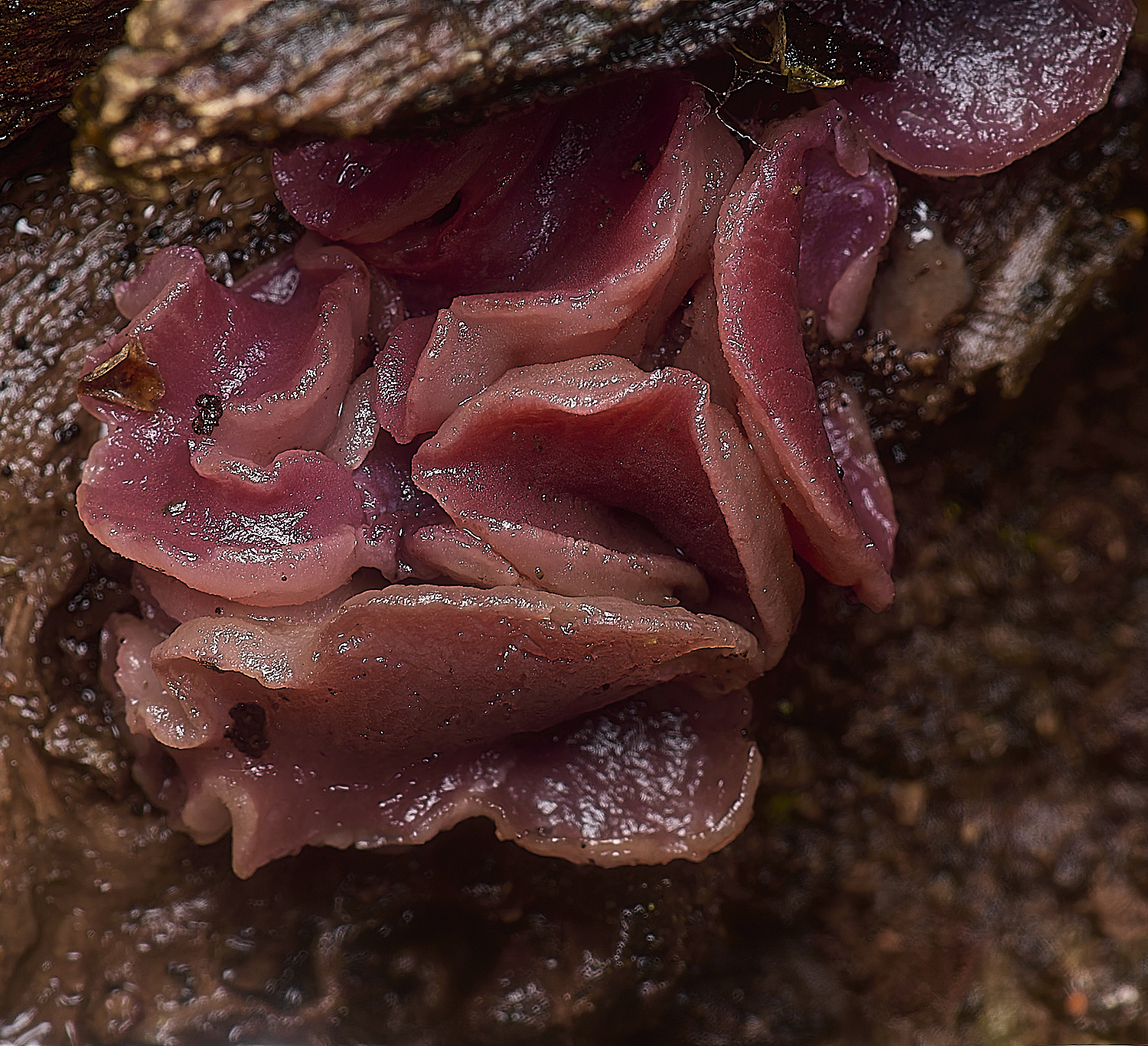
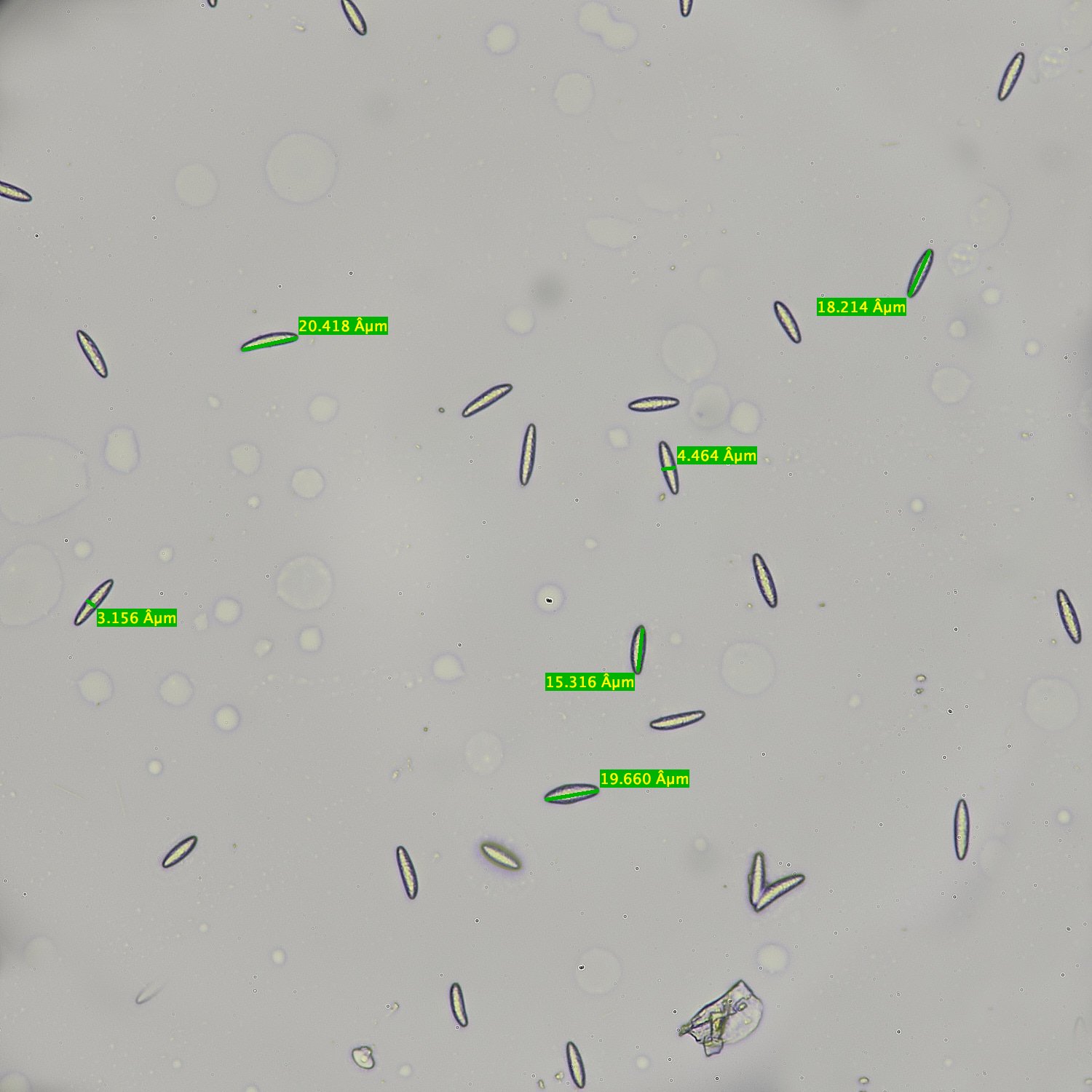
Spore size is correct for
Purple Jelly Disc (Ascoryne sarcoides)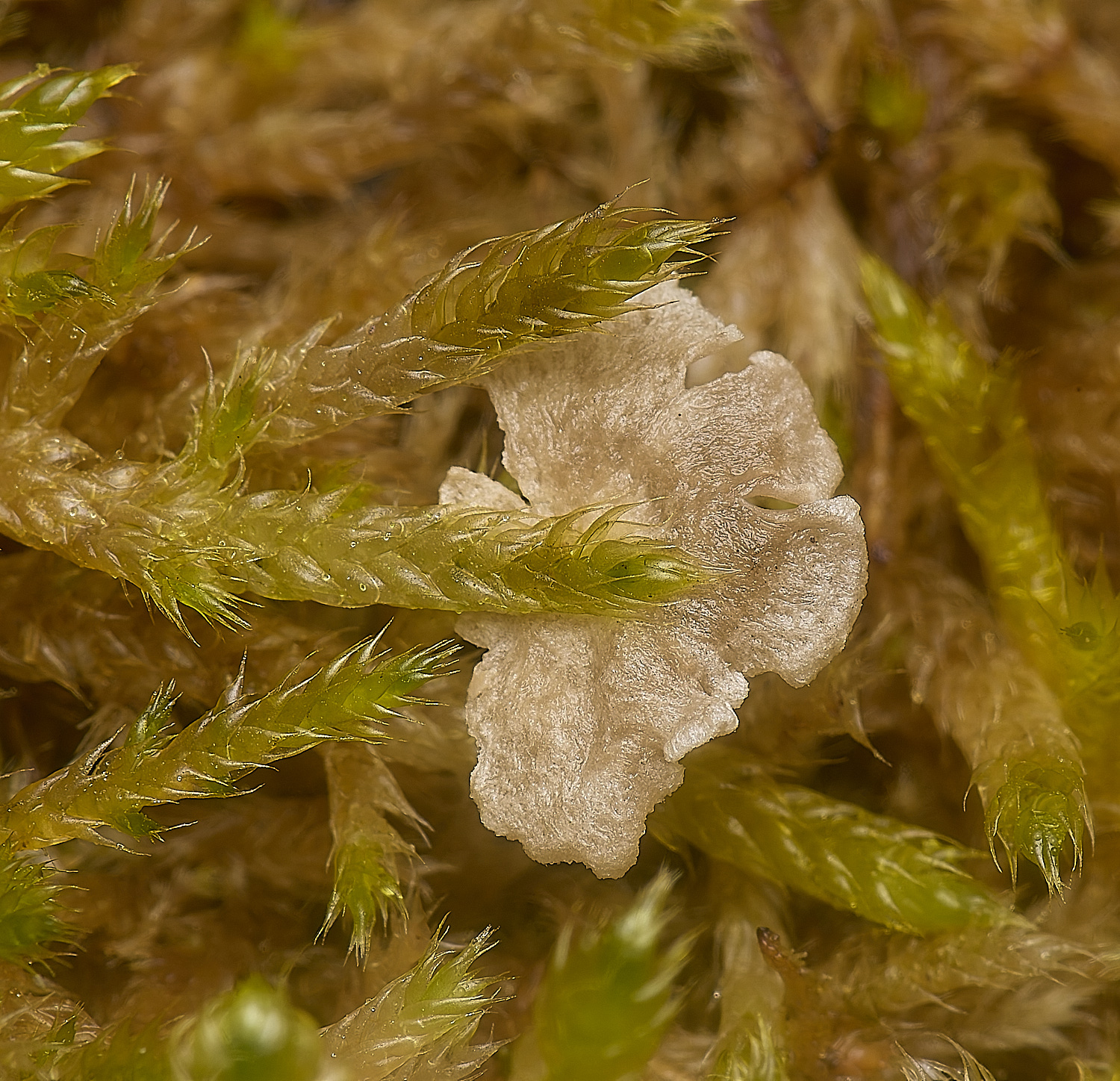
Small Moss Oysterling (Arrhenia retiruga)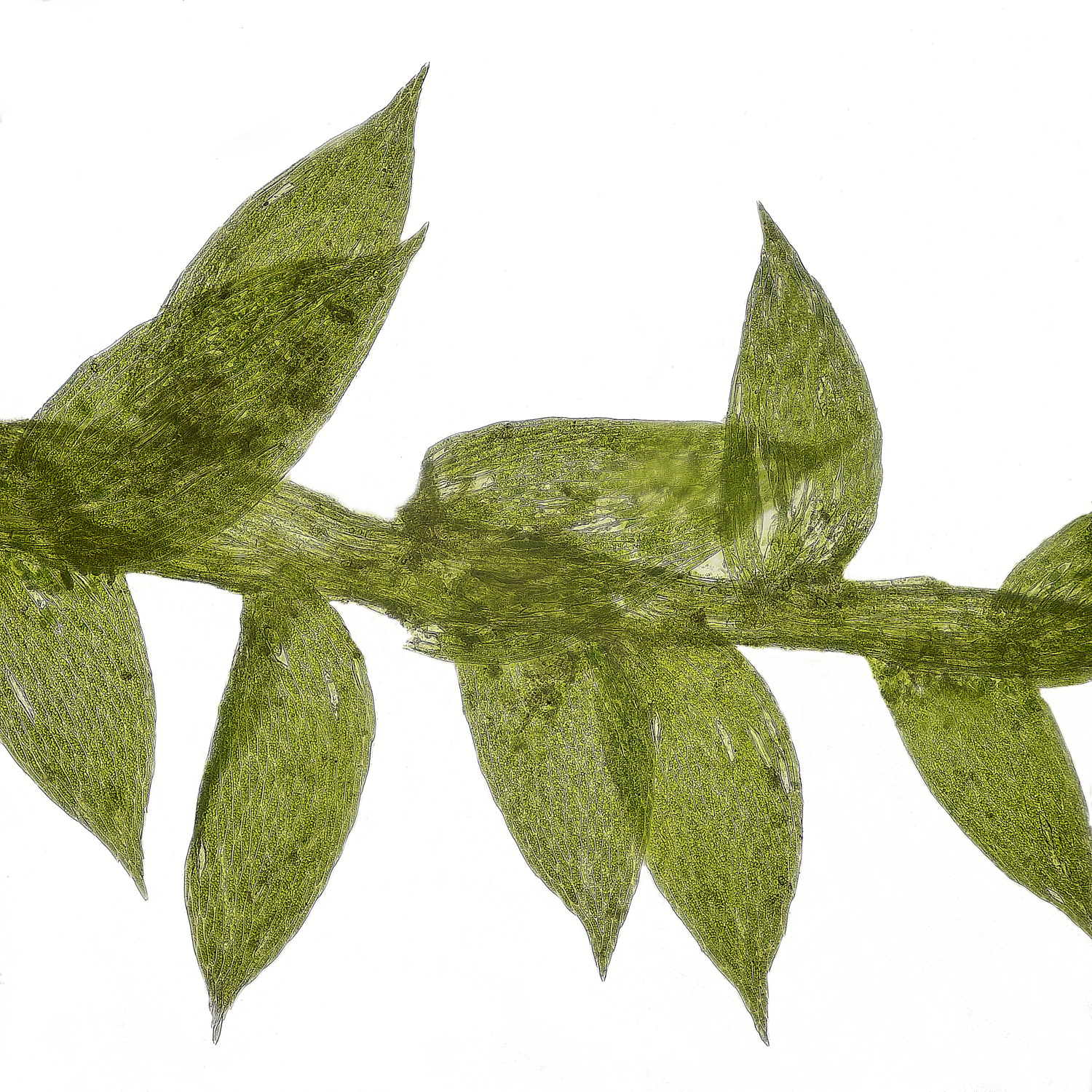
x100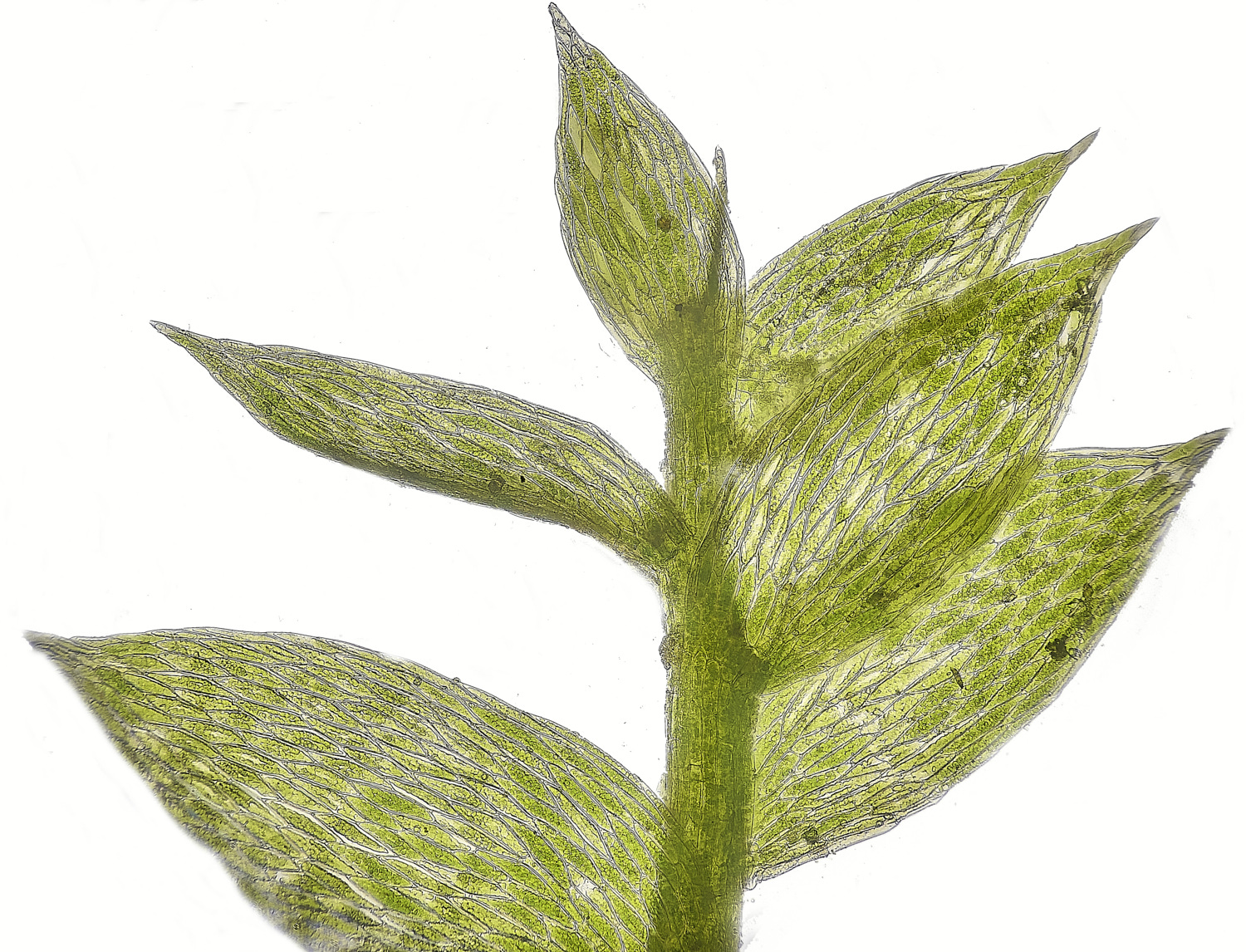
X100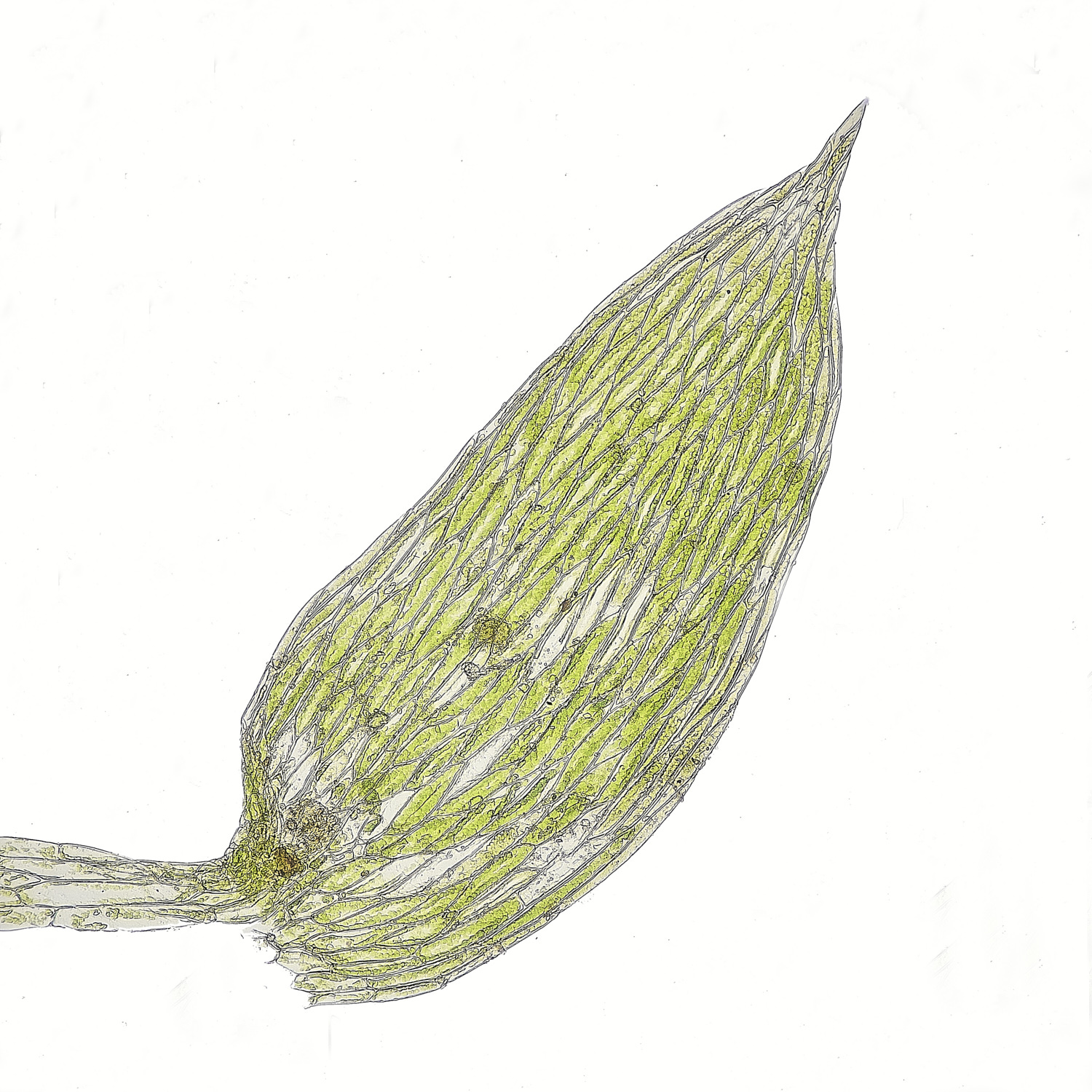
x200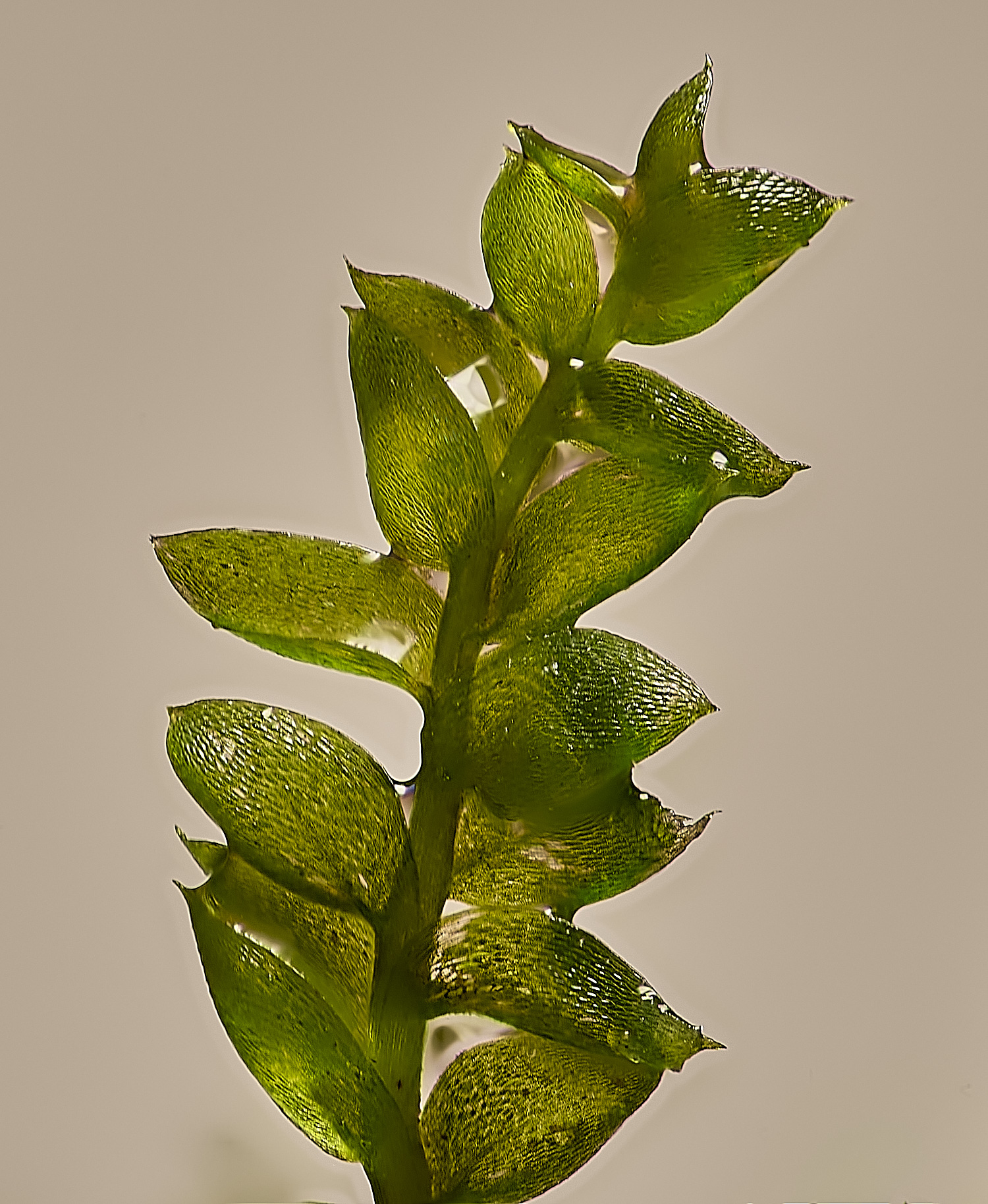
A dull green colour in the field
Although the small double nerve is not apparent the mid leaf cells are barely overlapping in transverse rows.
This point towards
Woodsy Silk-moss (Plagiothecium nemorale)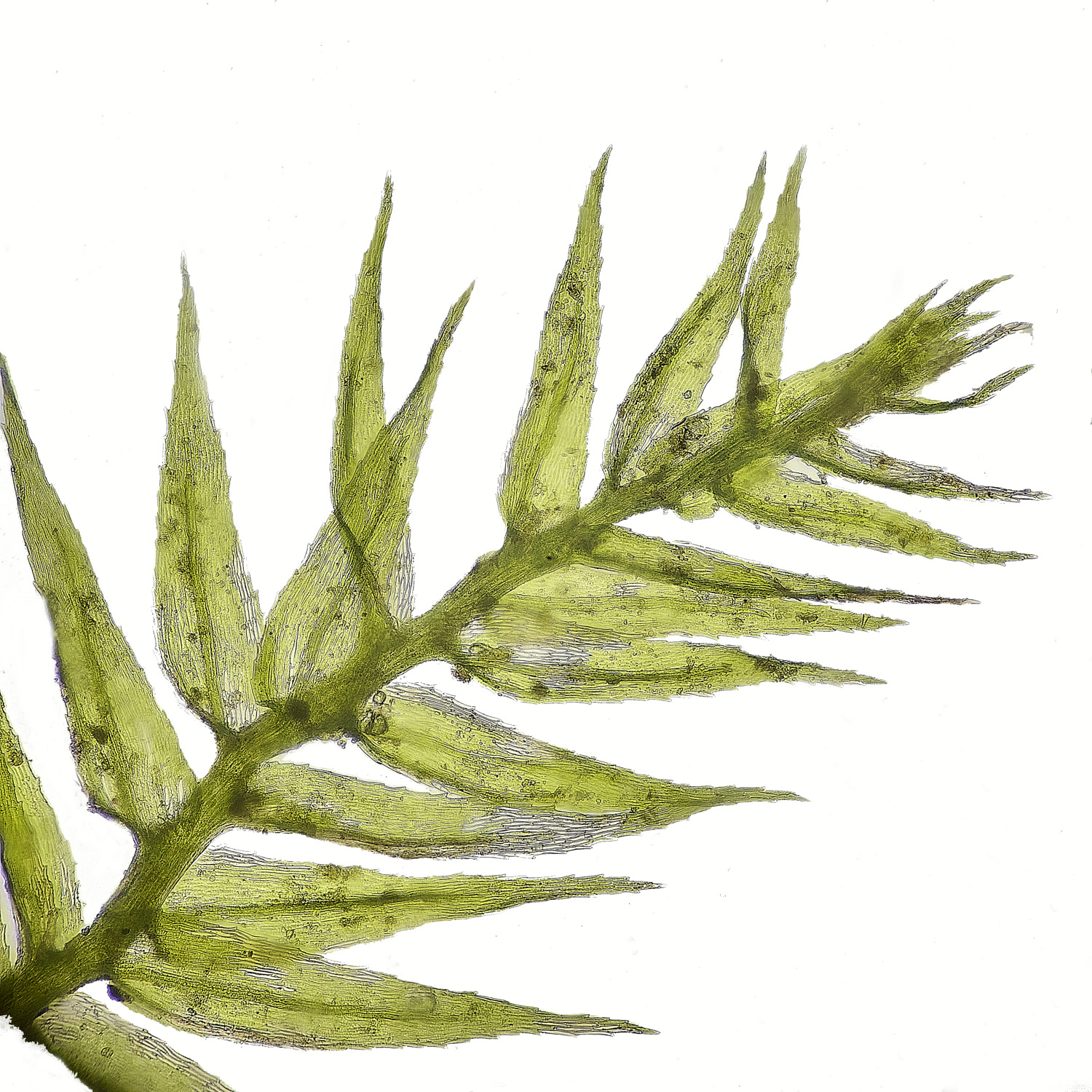
Finely toothed margins and a stout nerve that extends to about two thirds of the leaf.
Dwarf Feather-moss (Rhynchostegiella pumila)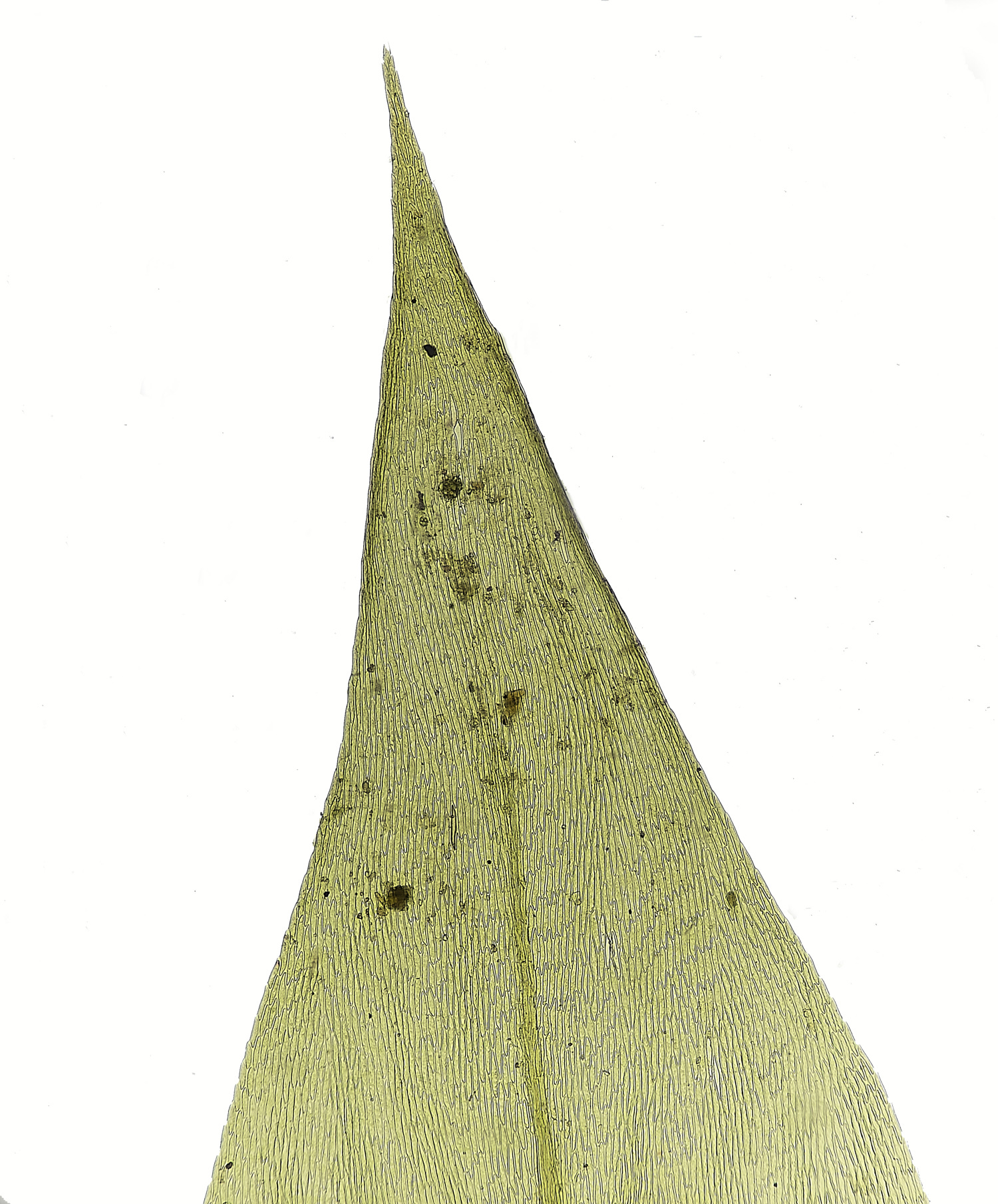
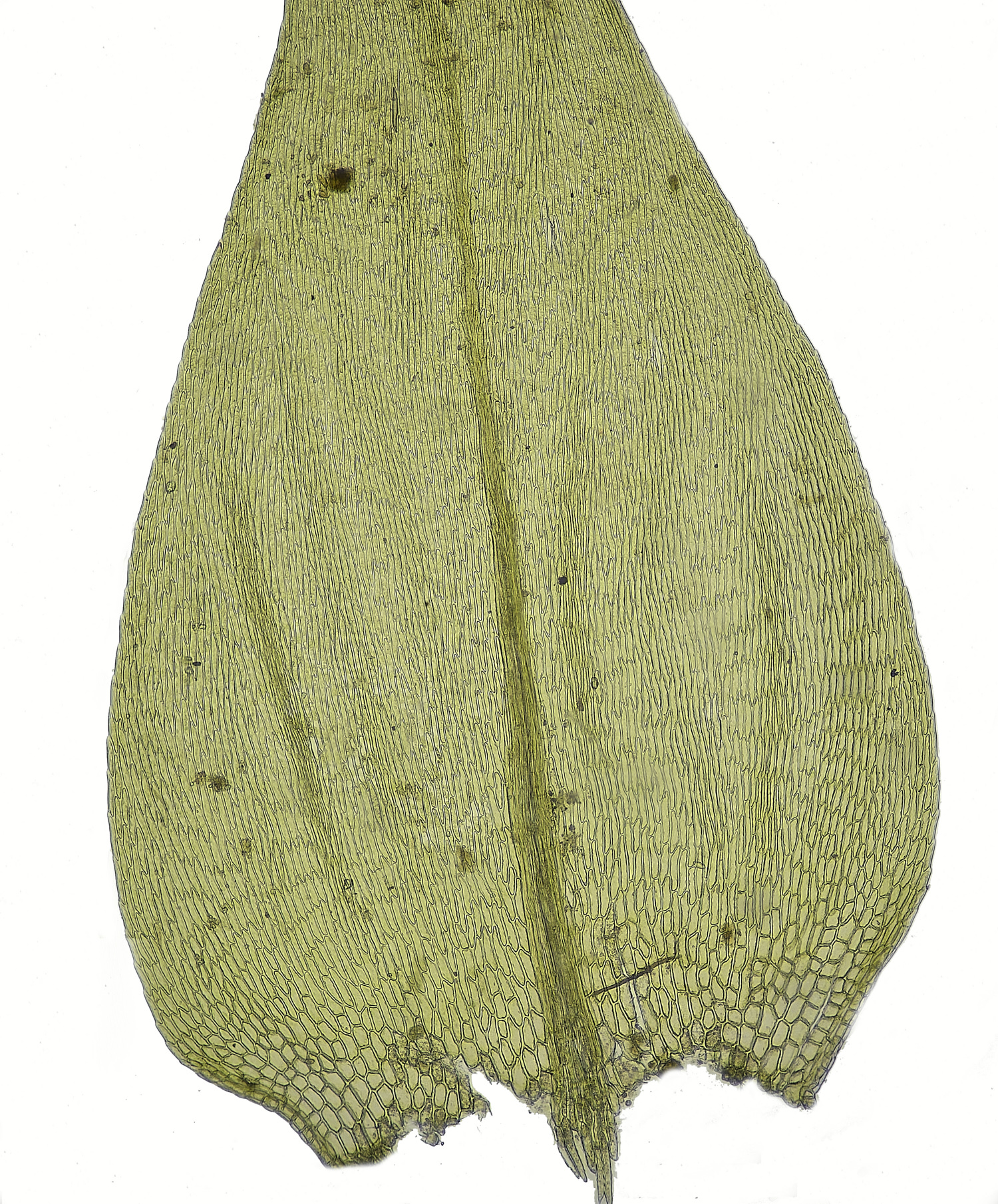
Sand feather-moss (Brachythecium mildeanum)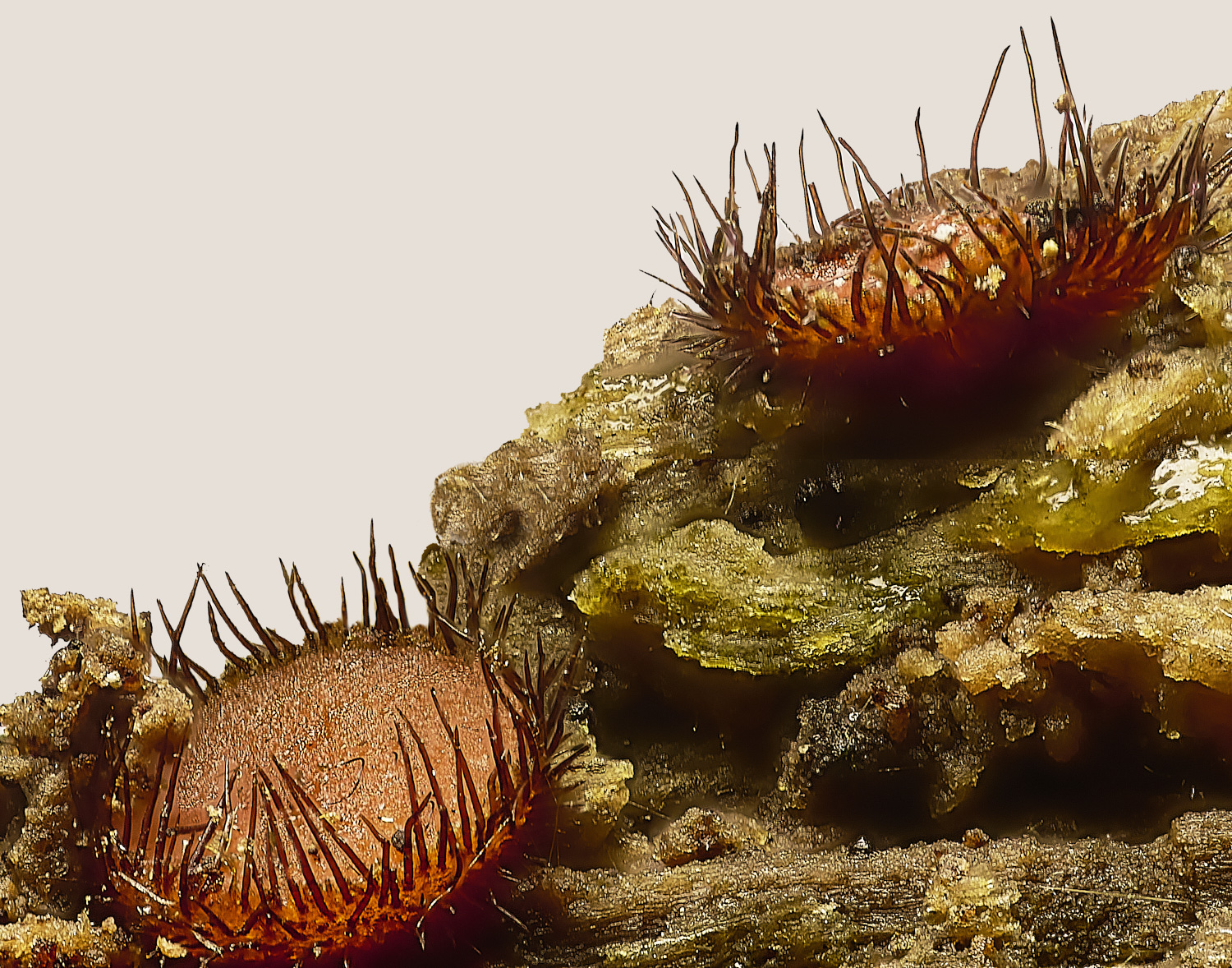
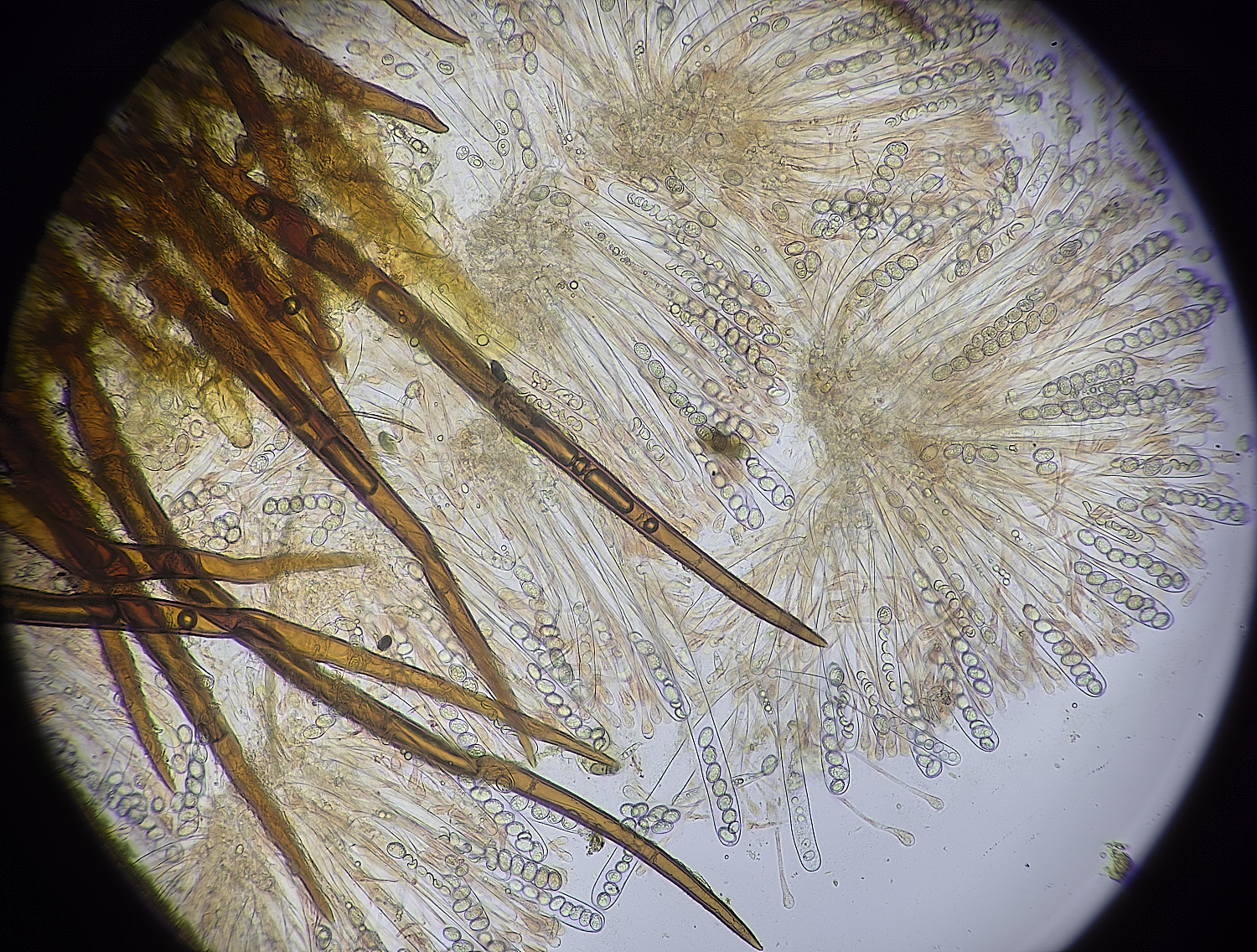
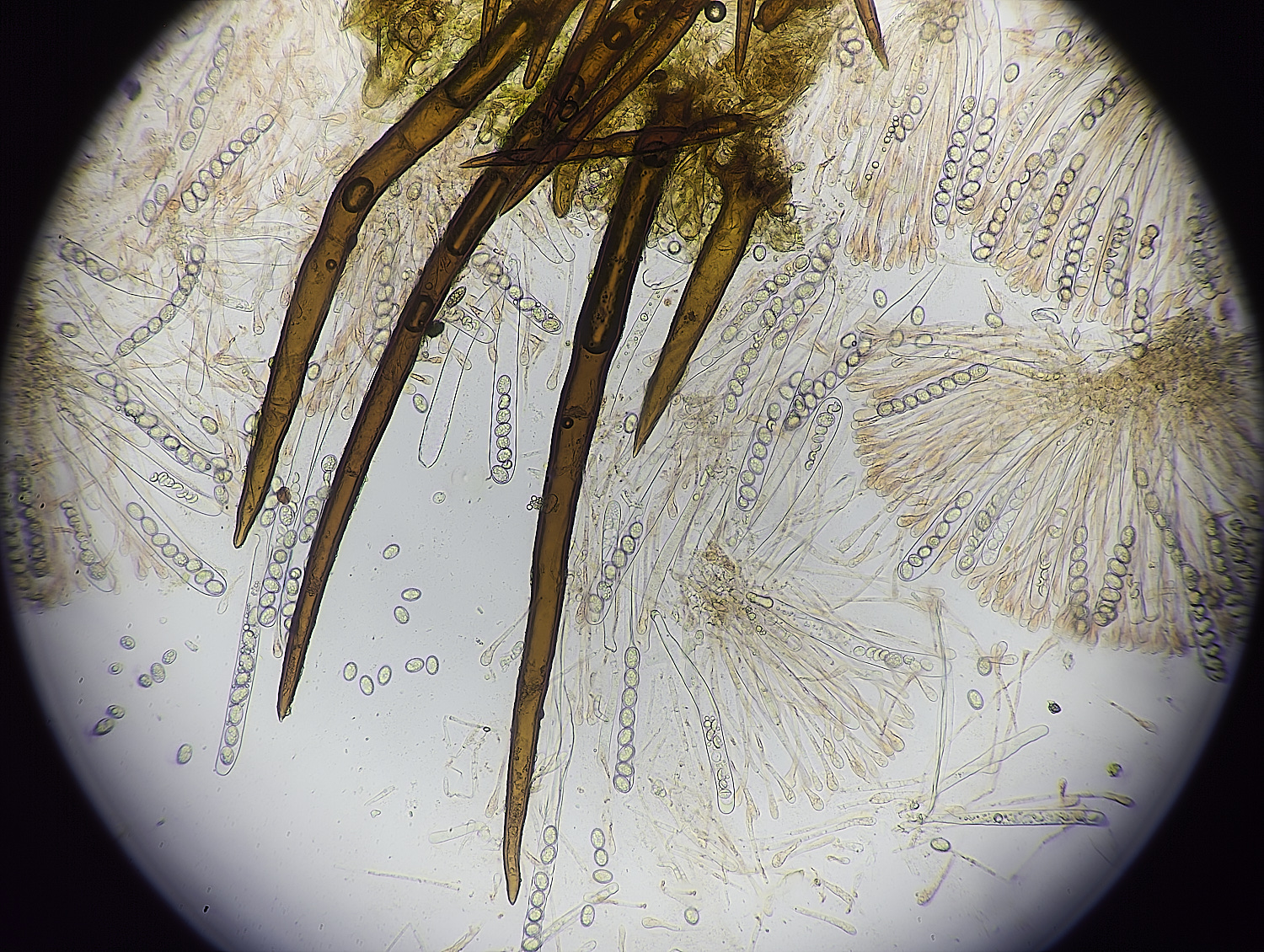
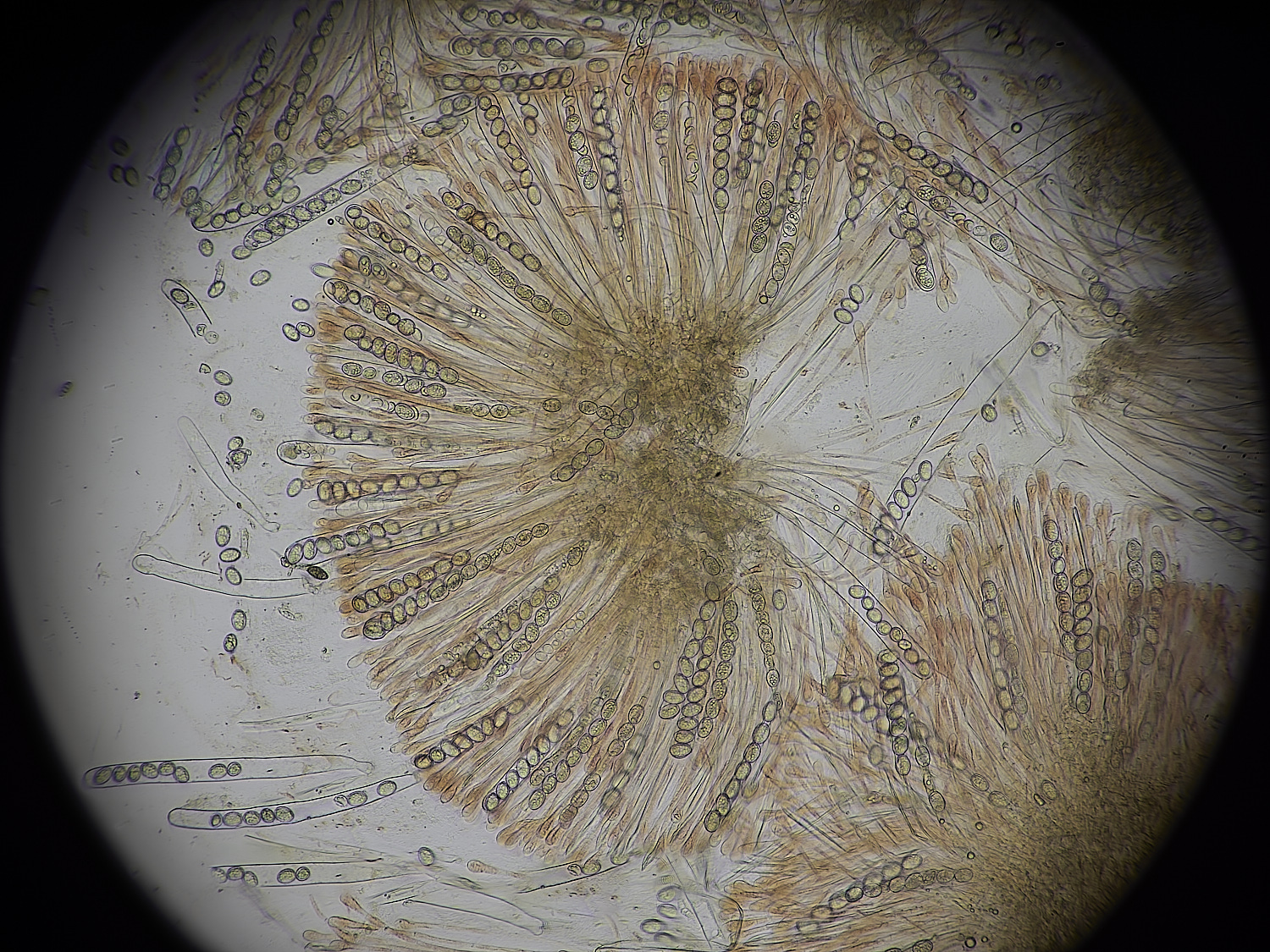

Common Eyelash Fungus (Scutellinia scutellata)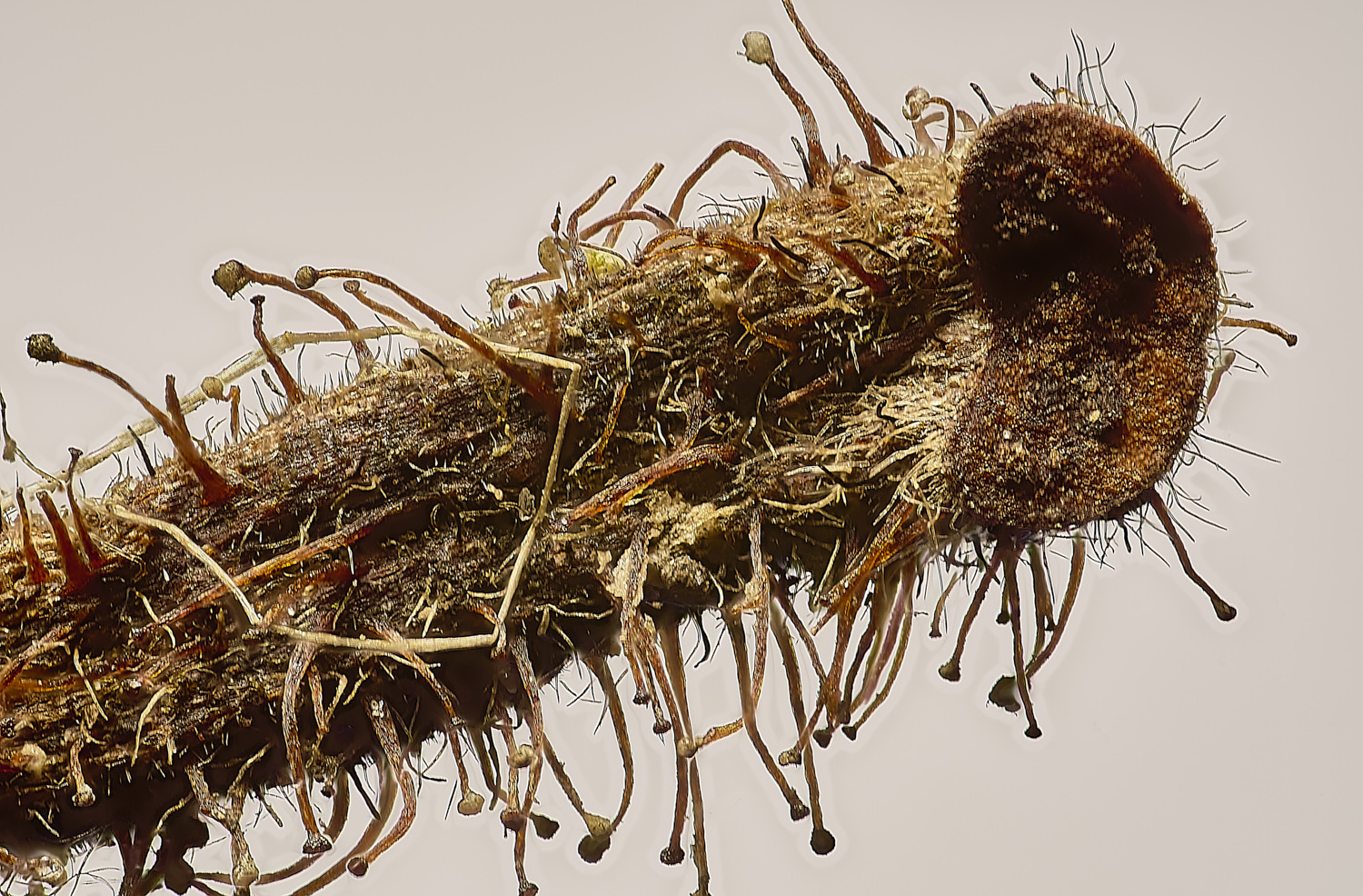
Hairs and stipules on the petiole of a Hazel Leaf (Corylus avellana)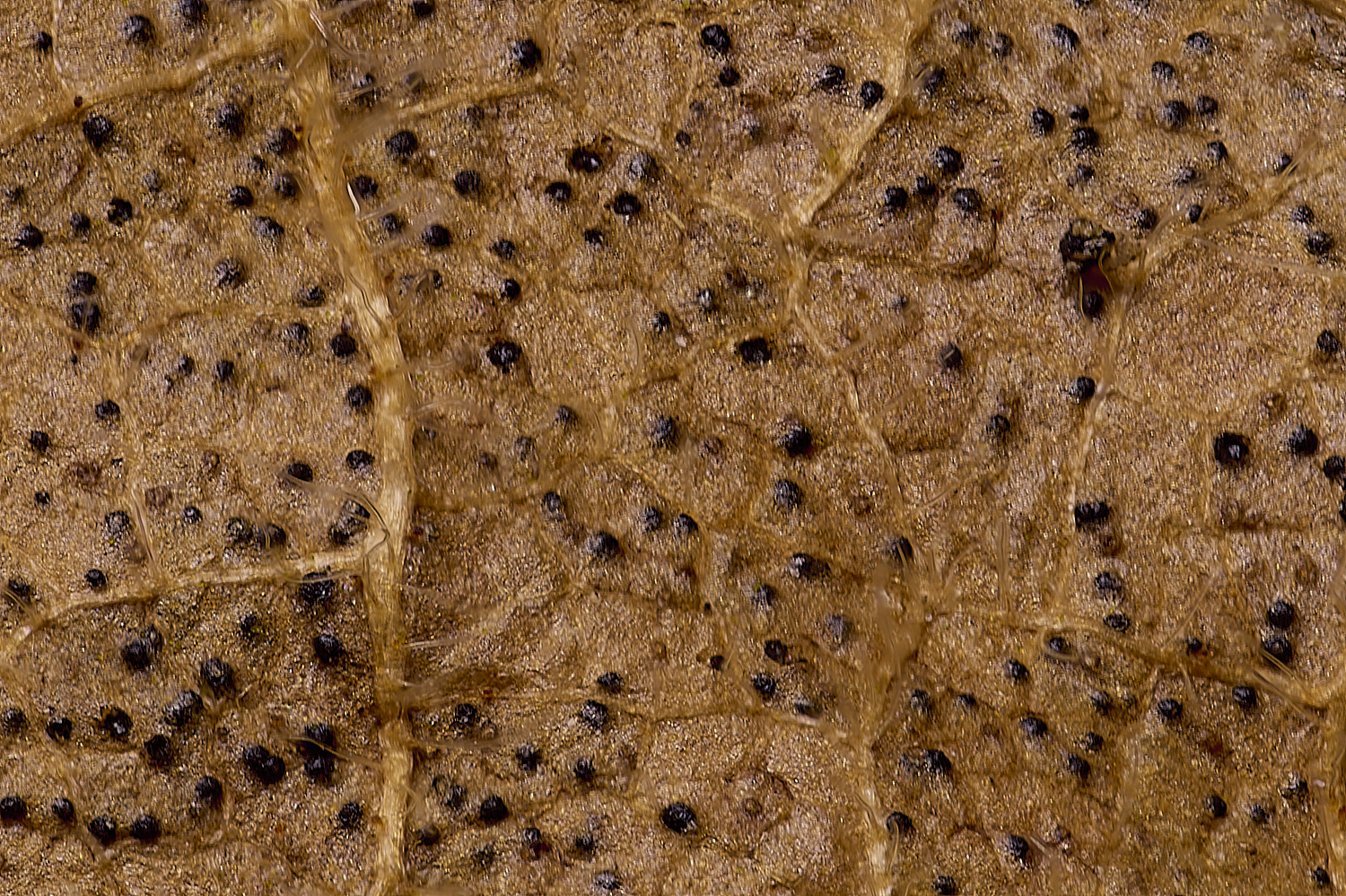
Fungus Sp on the Hazel leaf itself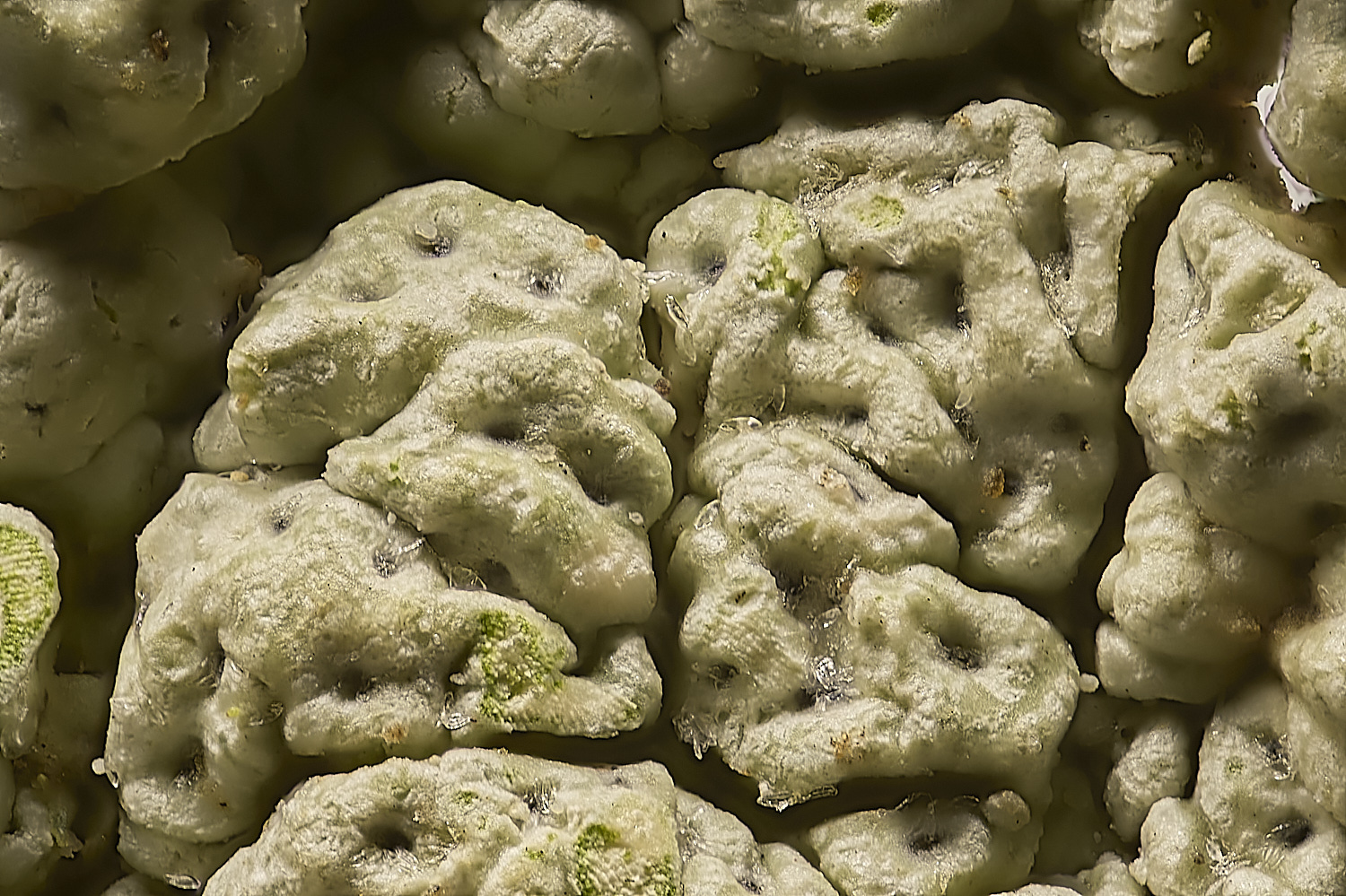
Lichen Sp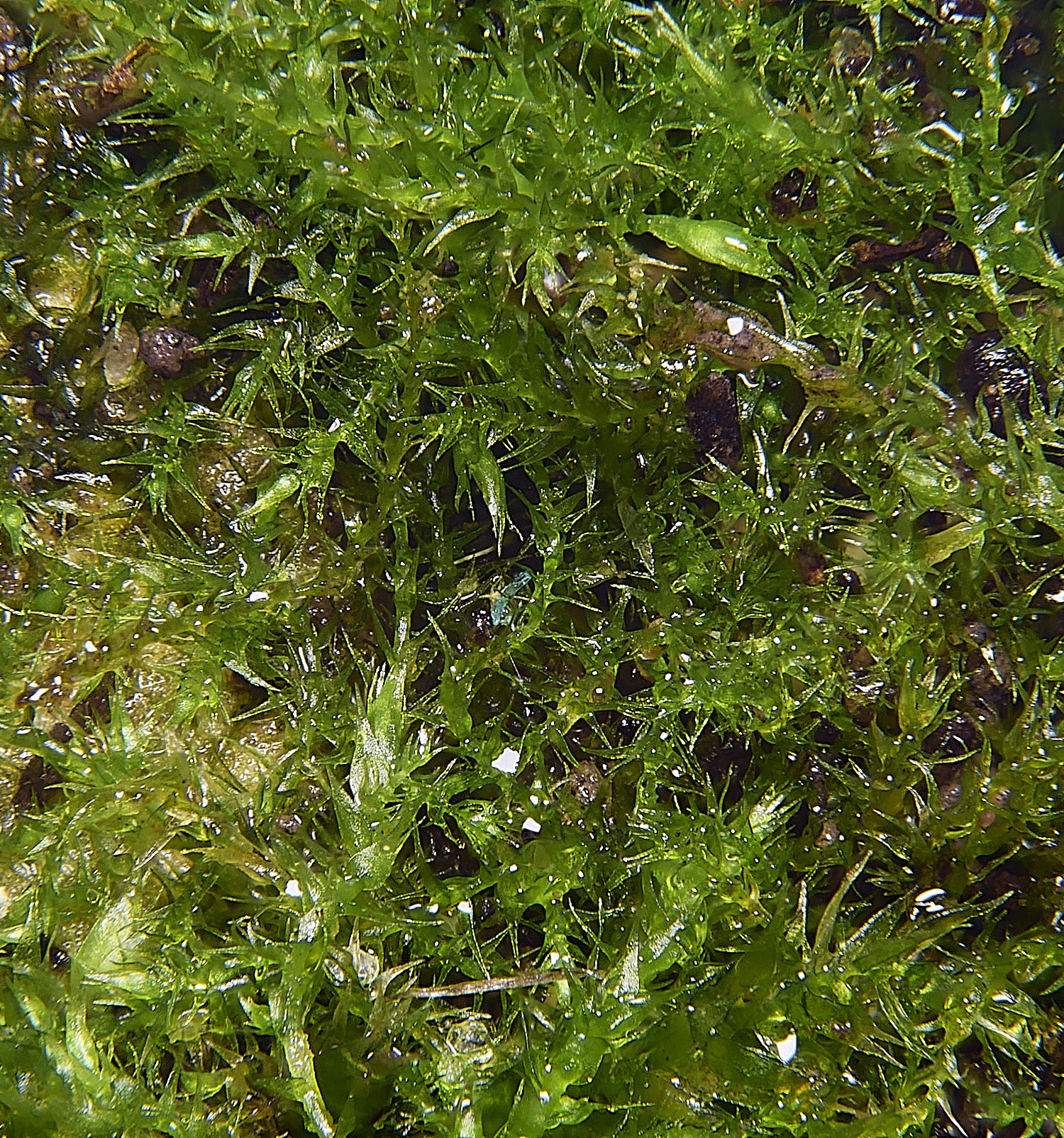
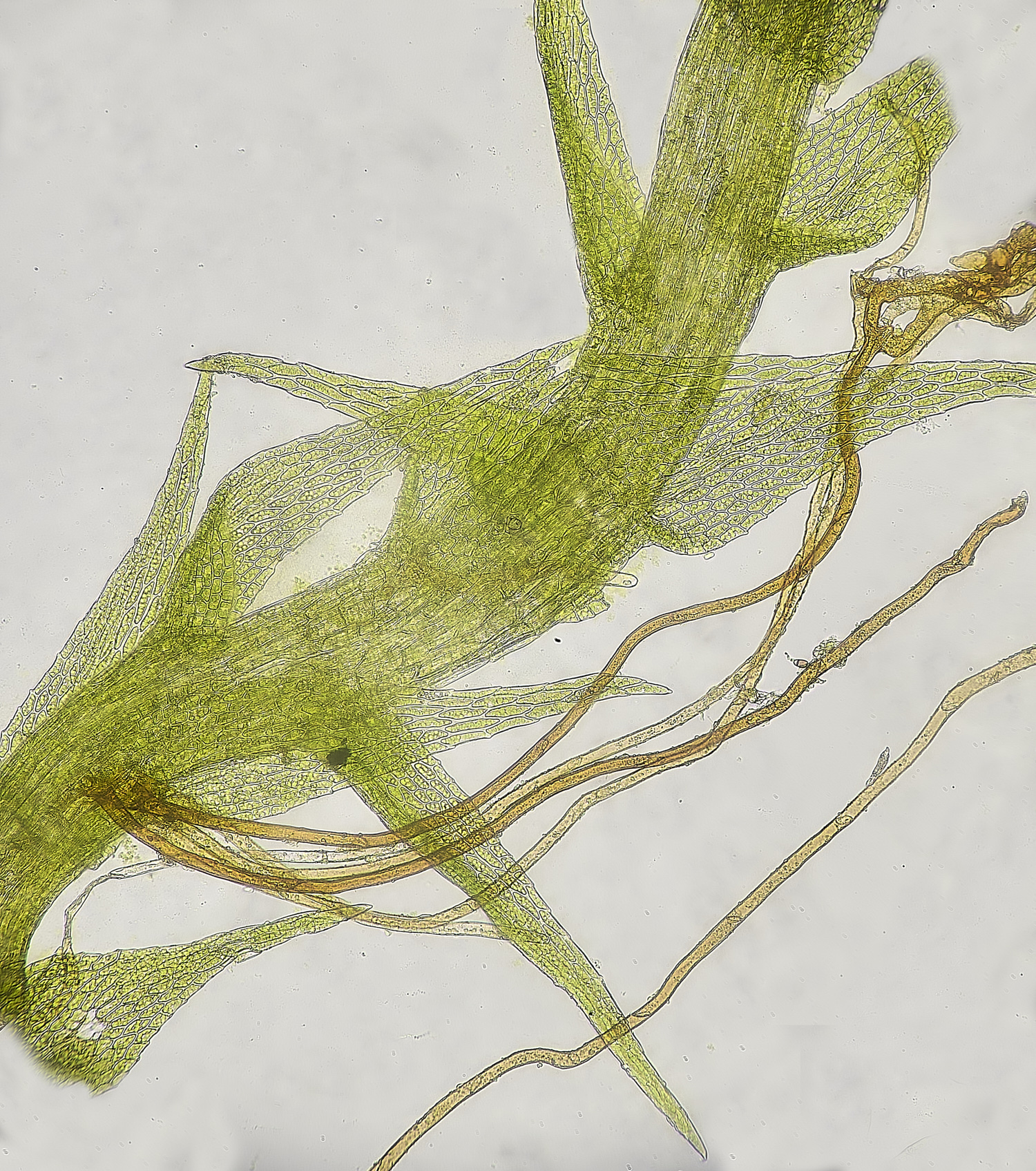
Creeping Feather-moss (Amblystegium serpens)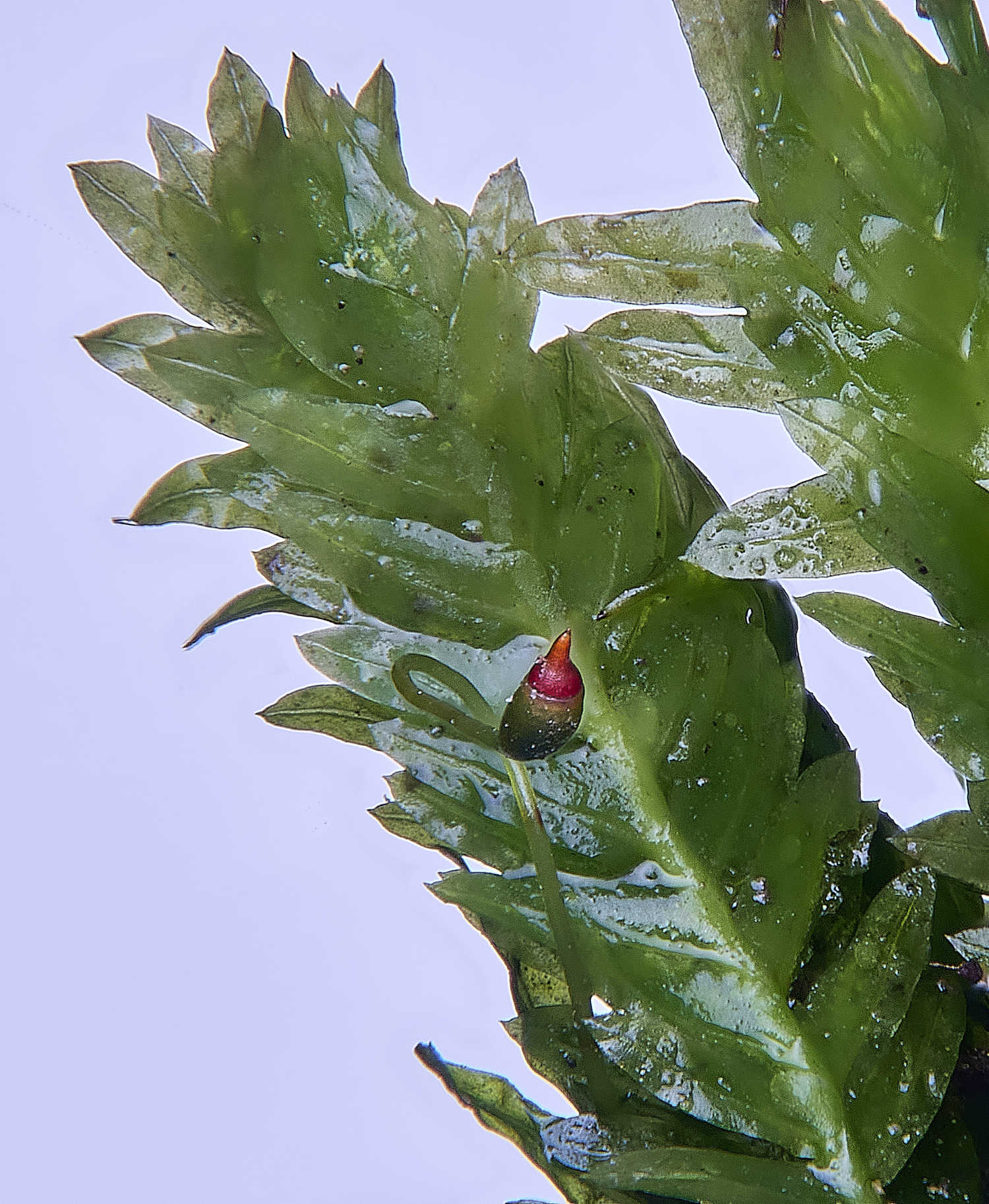
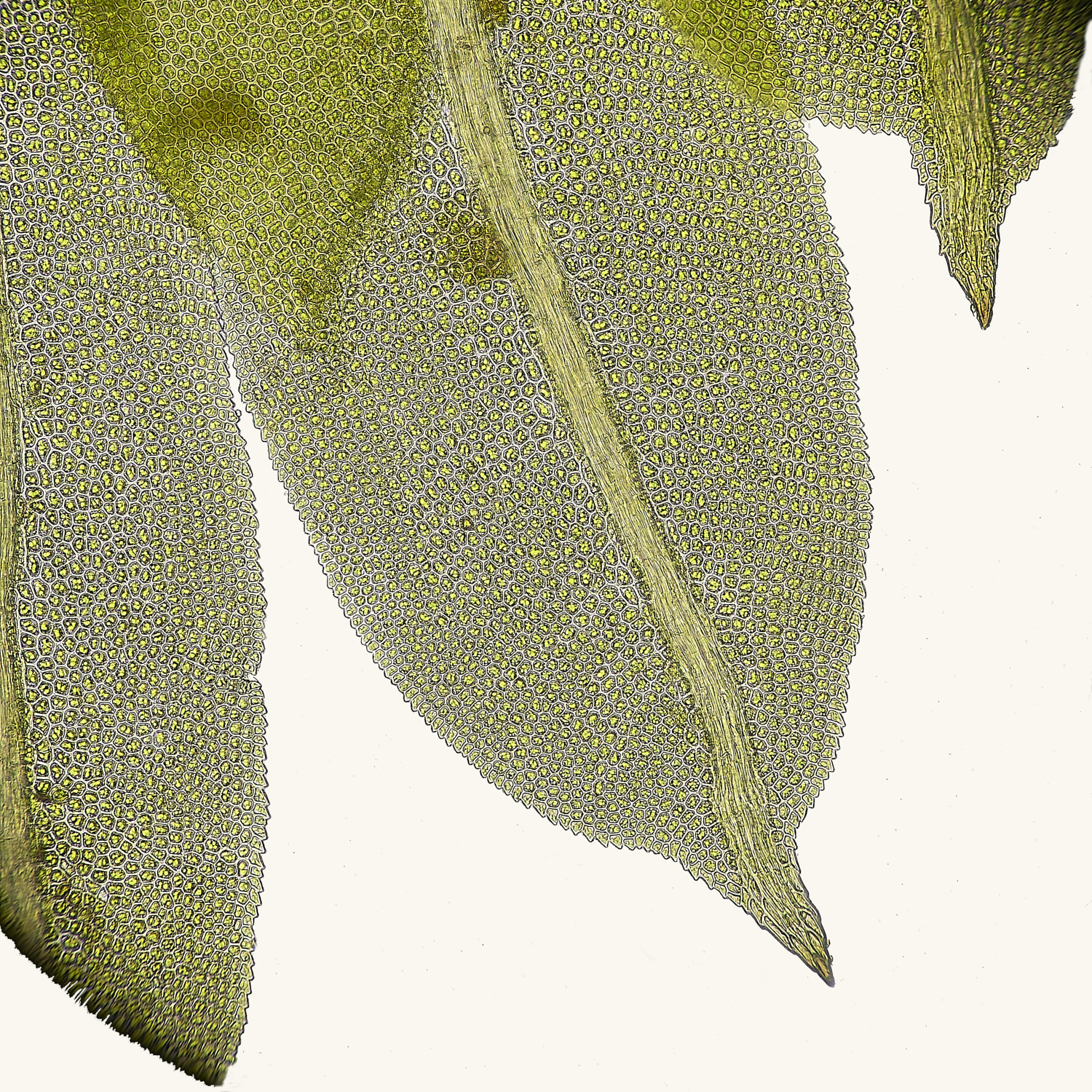
Short-leaved Pocket-moss (Fissidens incurvus)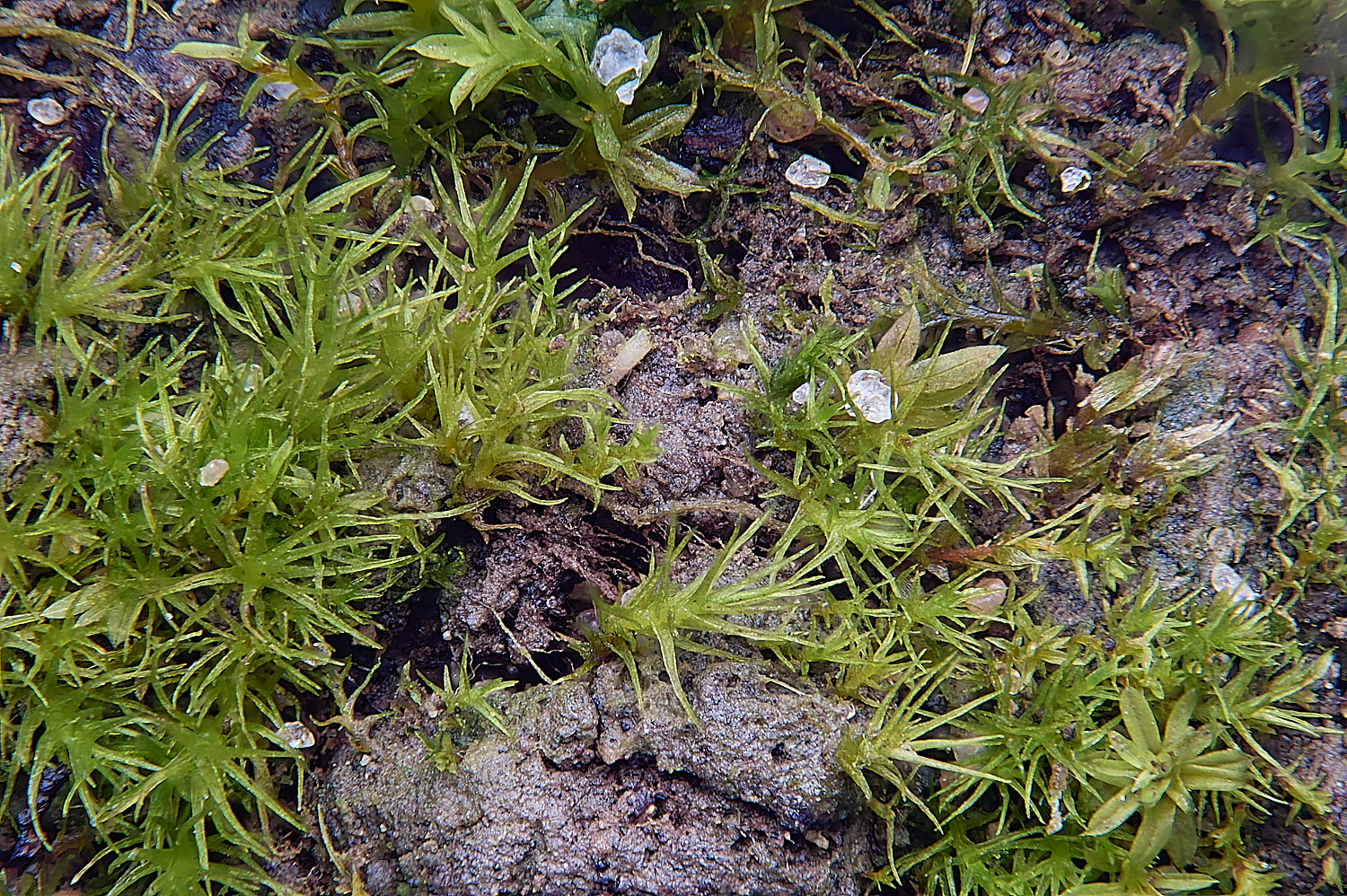
Variable Forklet-moss (Dicranella varia)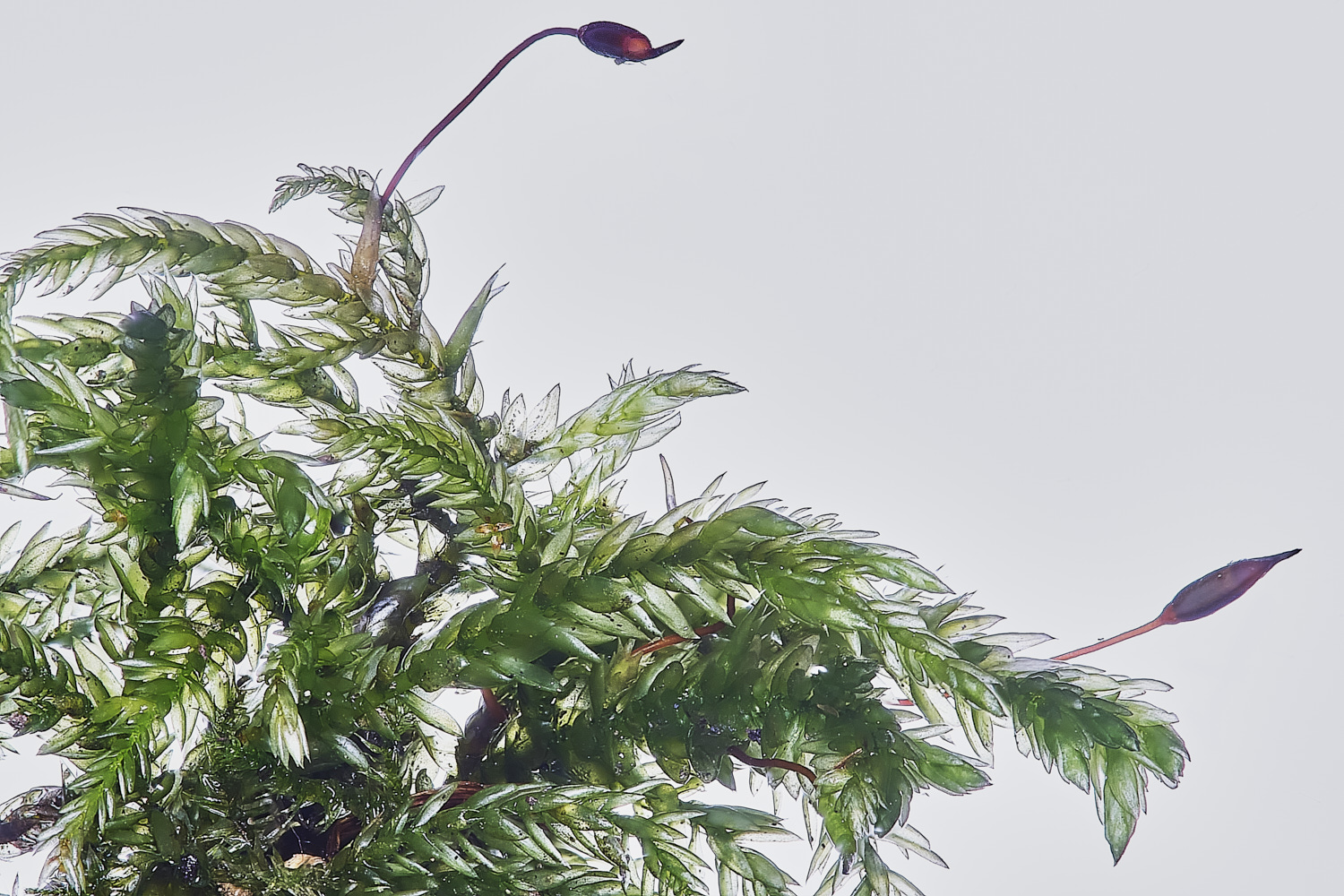
Larger Mouse-tail Moss (Isothecium alopecuroides)
Ingworth
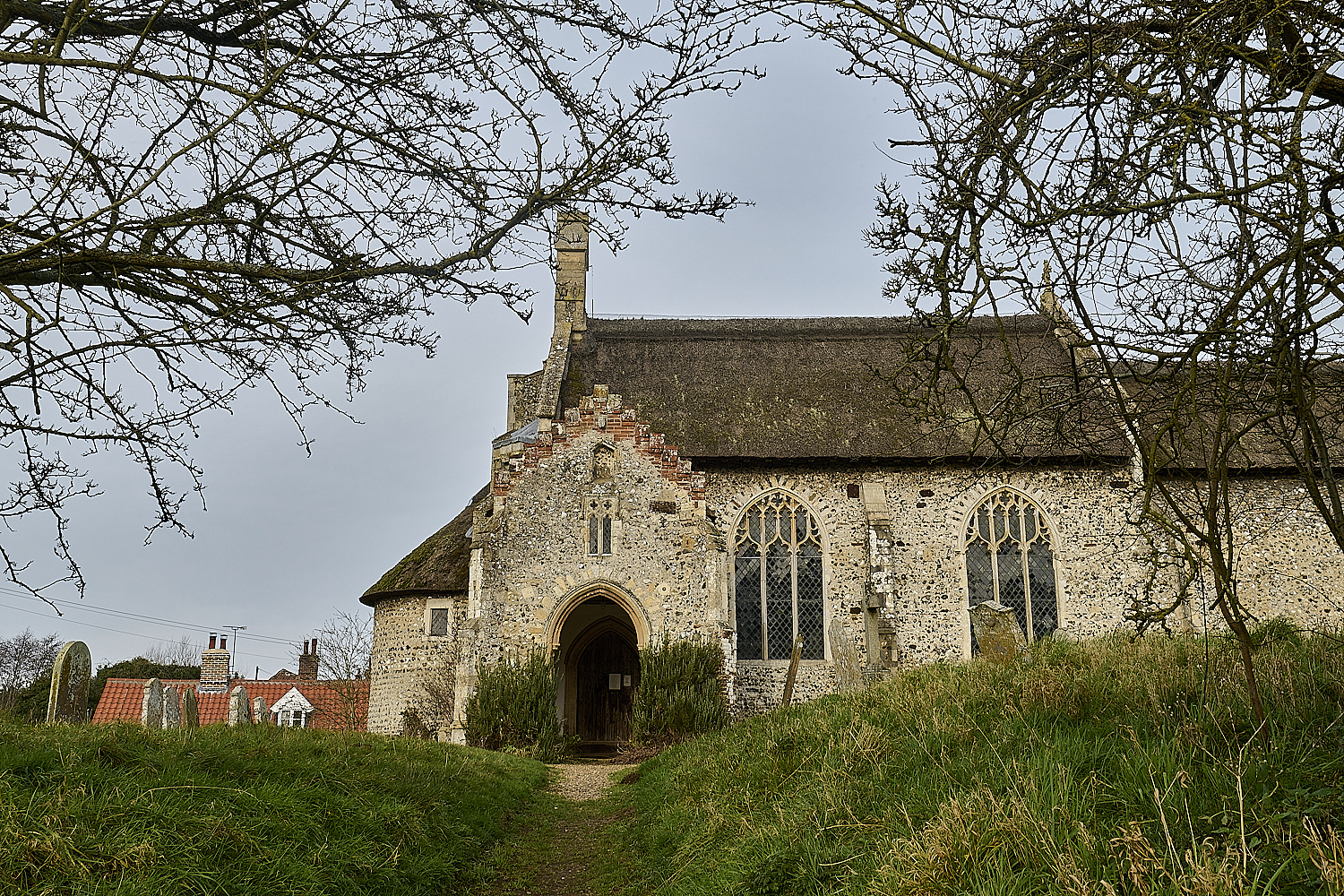
St Lawrence - Ingworth
Winter Aconite (Eranthis hyemalis)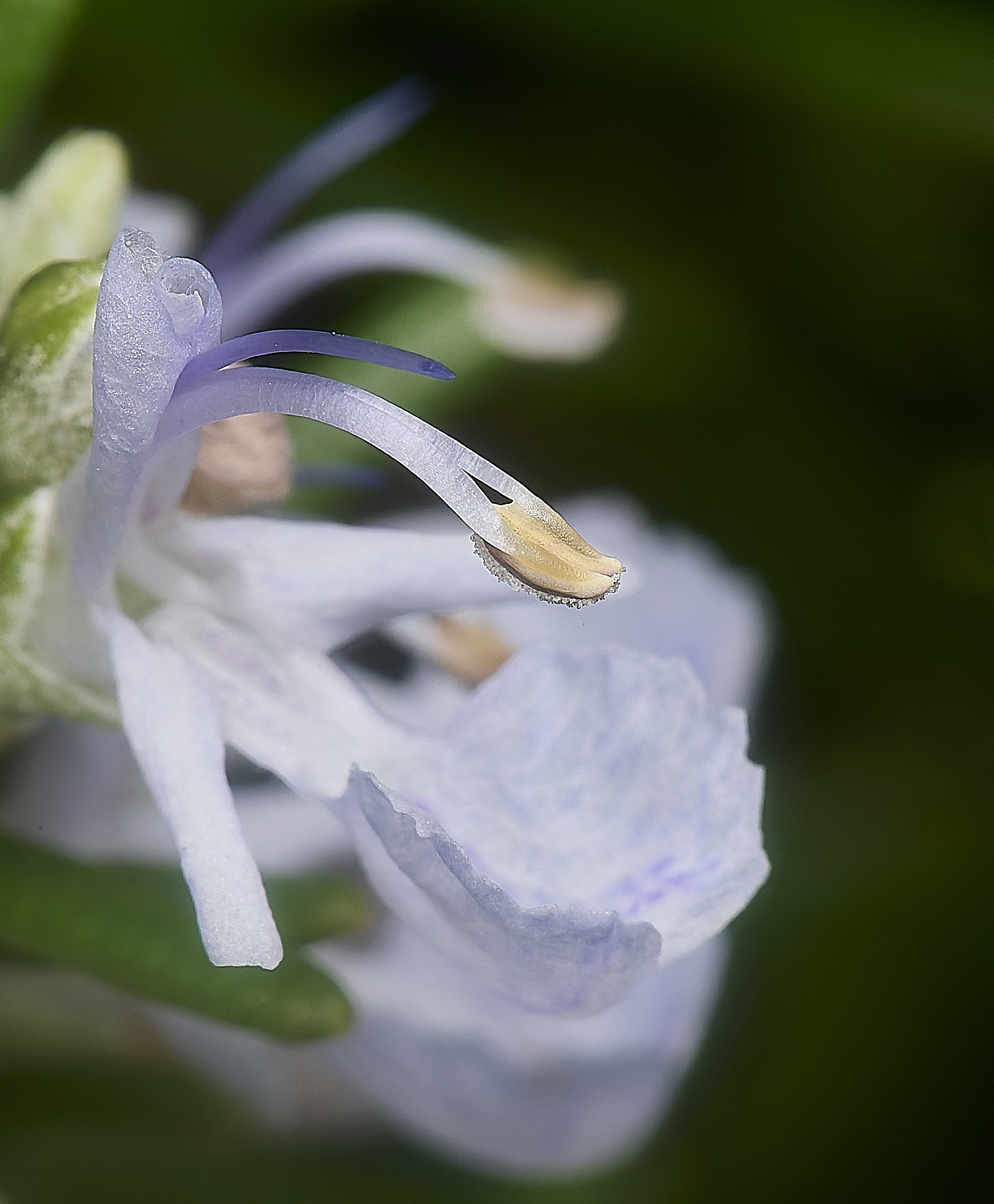
Rosemary (Rosemarinus officlnalis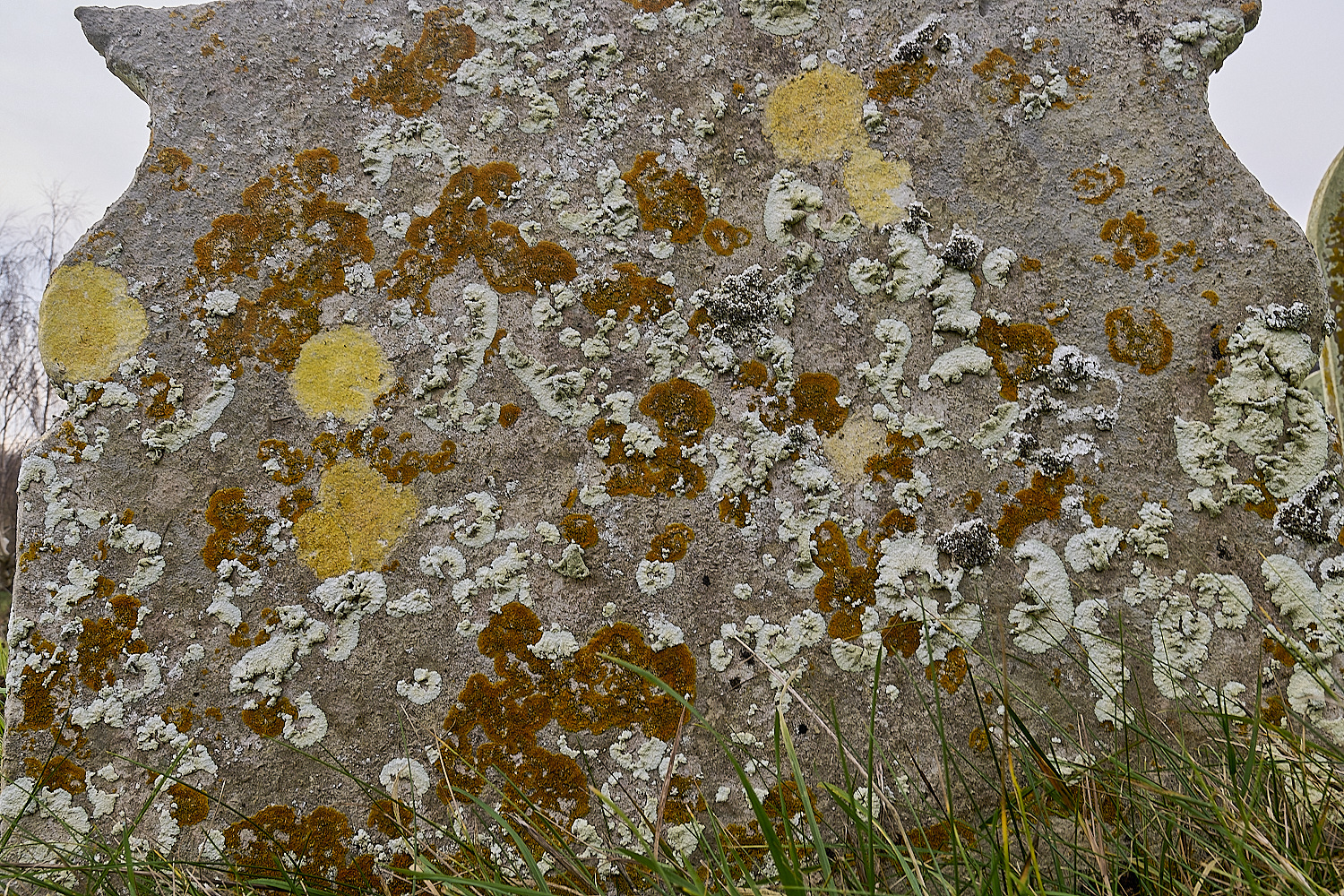
Caloplaca (Variospora) flavescens & Diploica canescens & another as yet unknown light yellow thalli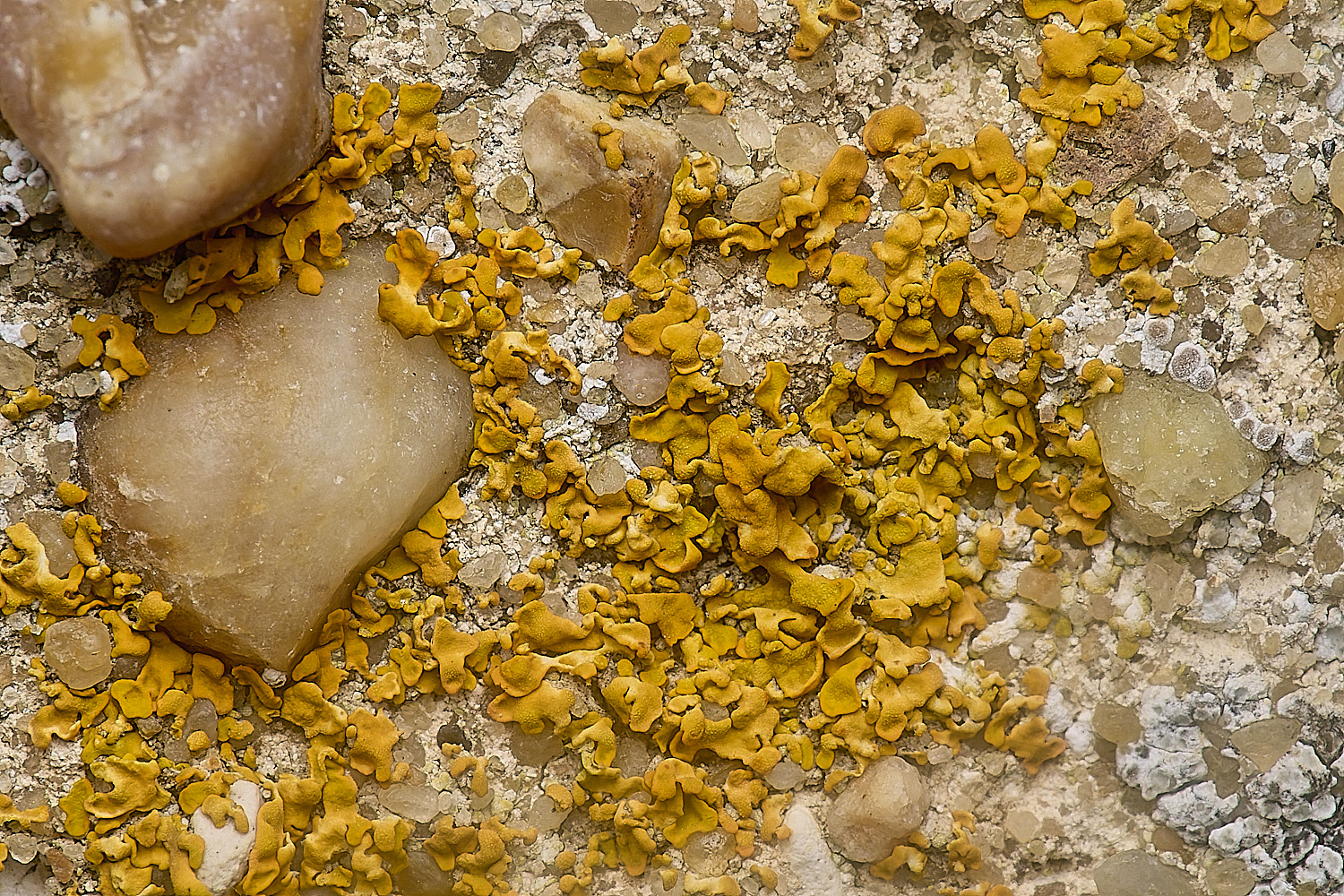
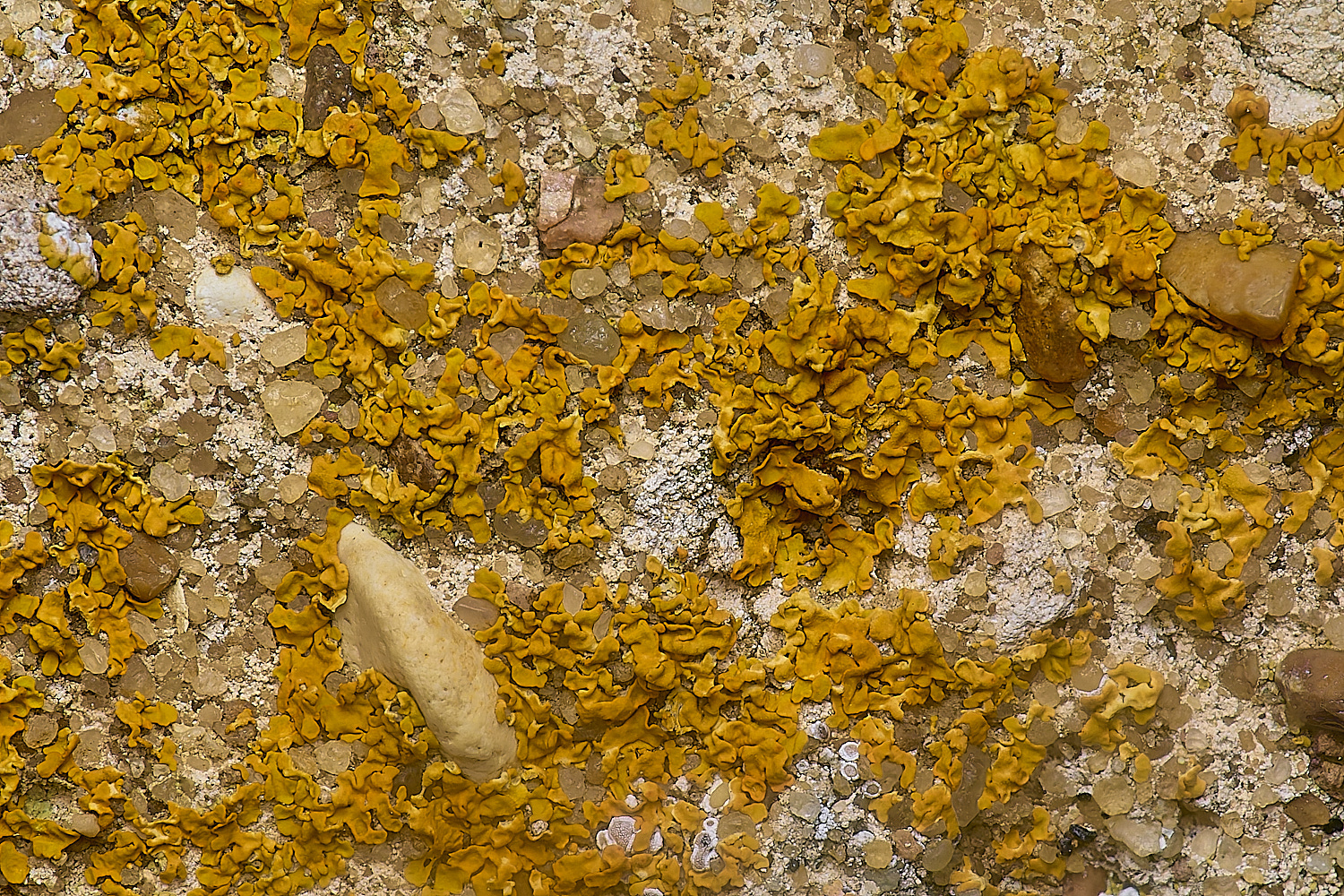
Xanthoria calcicola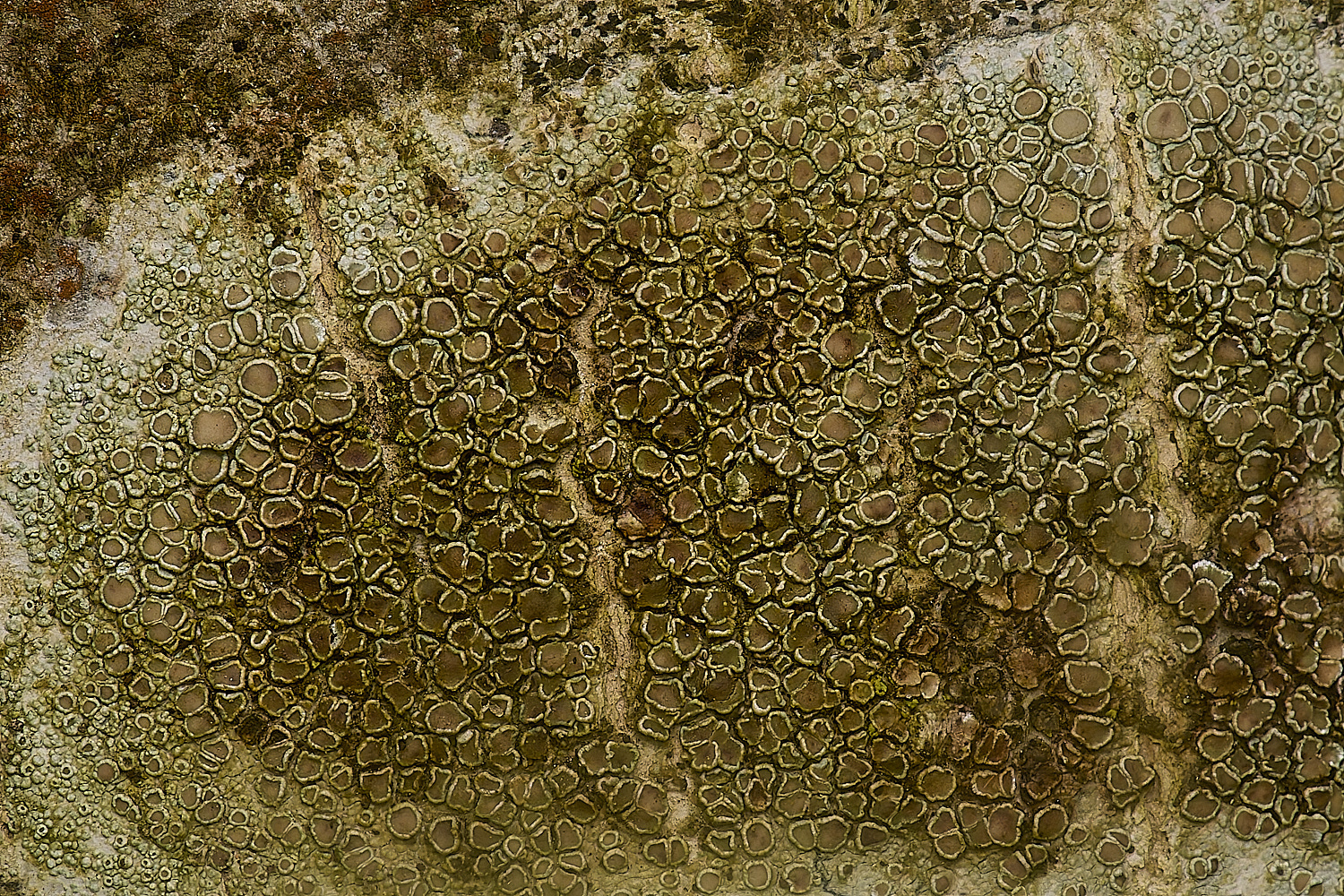
Leconora hybocarpa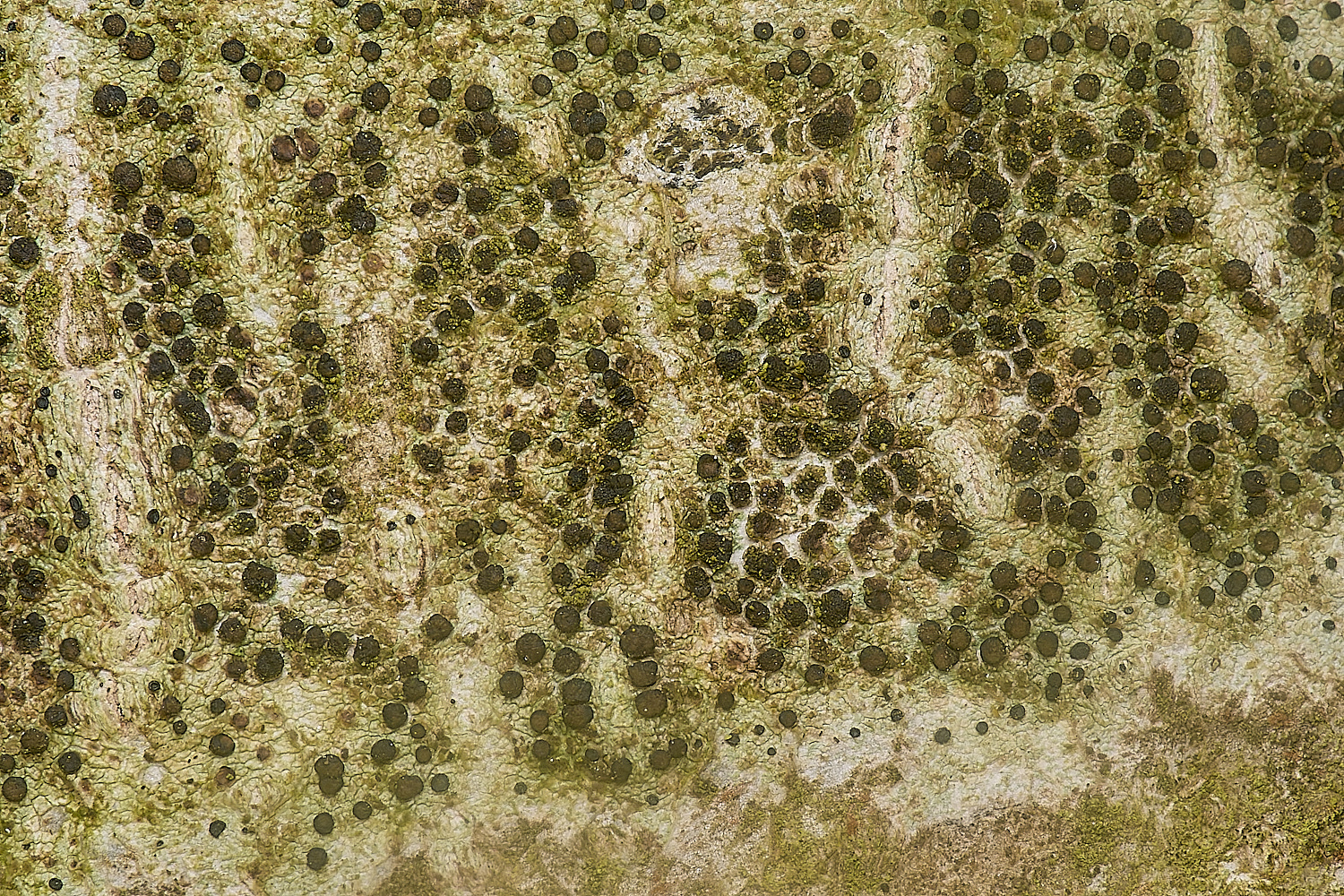
Lecidella elaeochroma 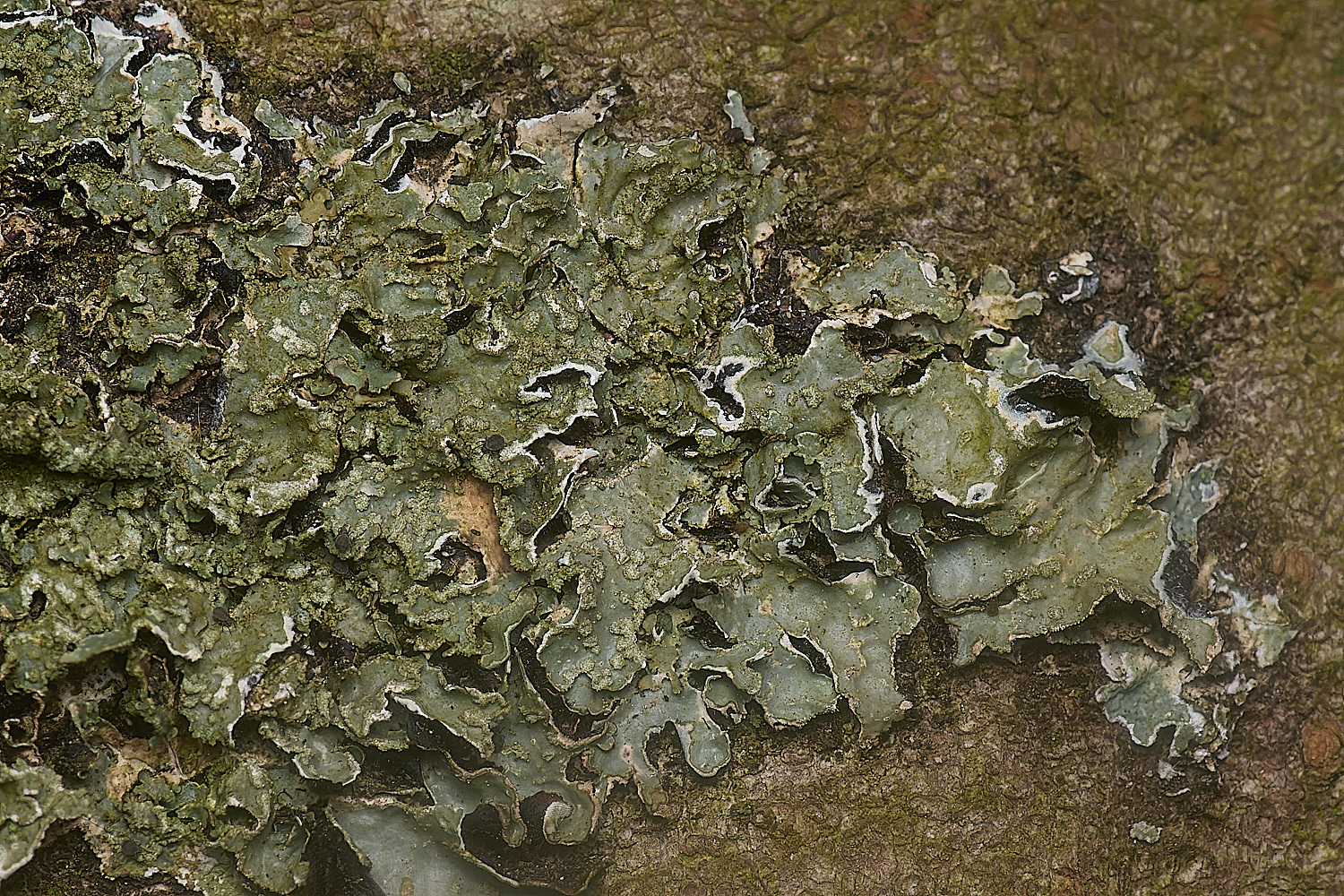
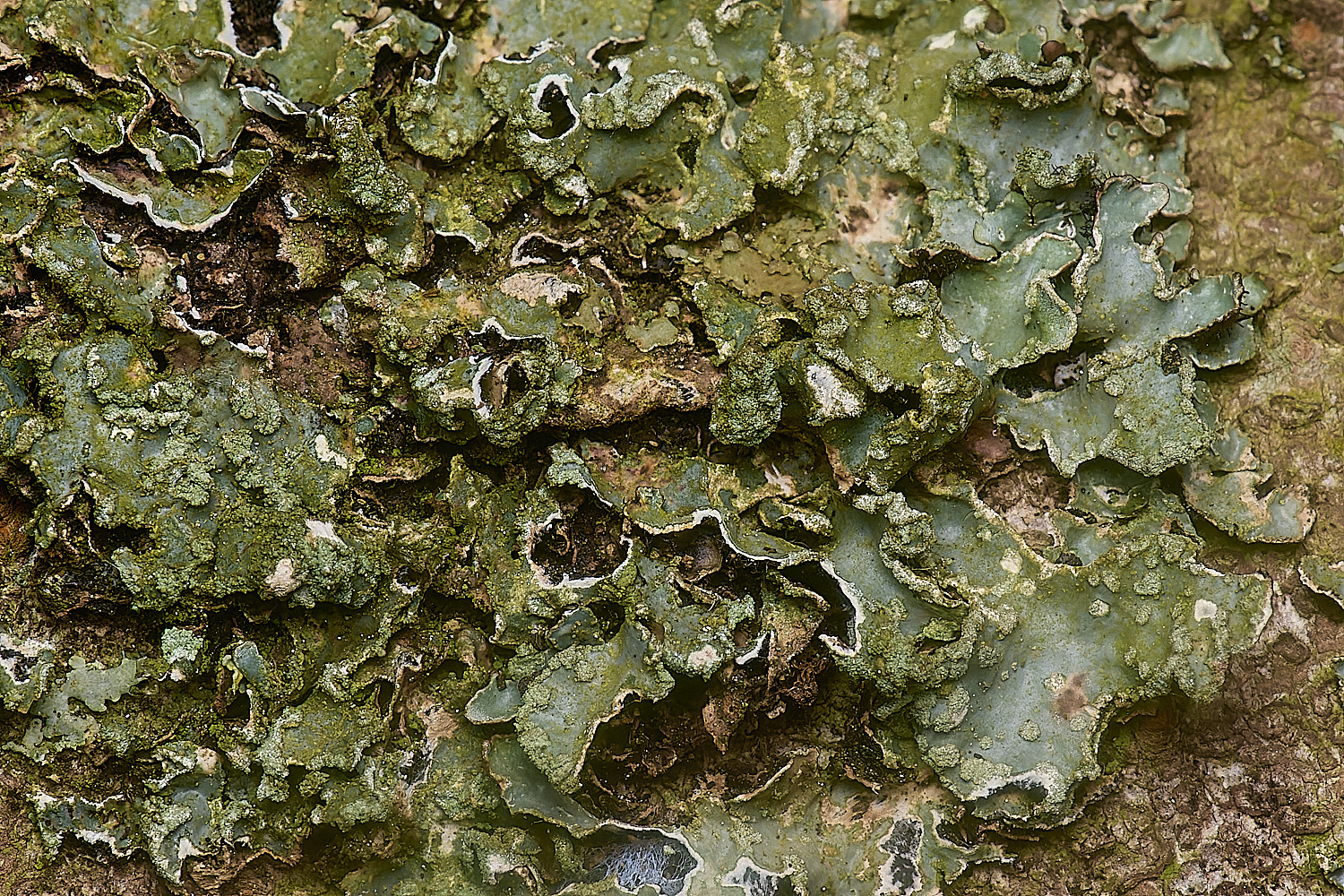
Punctelia subsrudecta
All of the above on Horse Chestnut (Aesculus hippocastanum)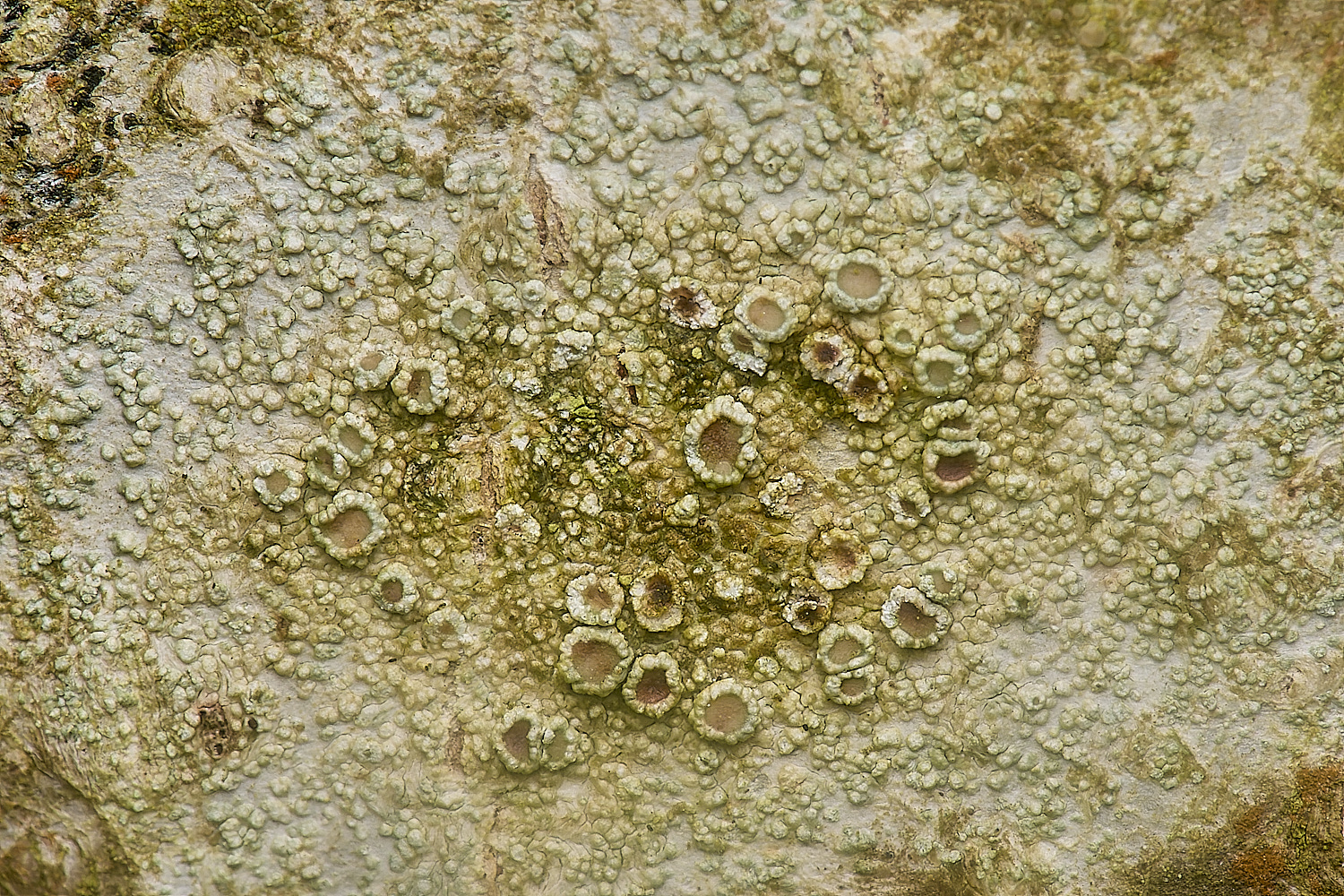
Myriolecis crenulata?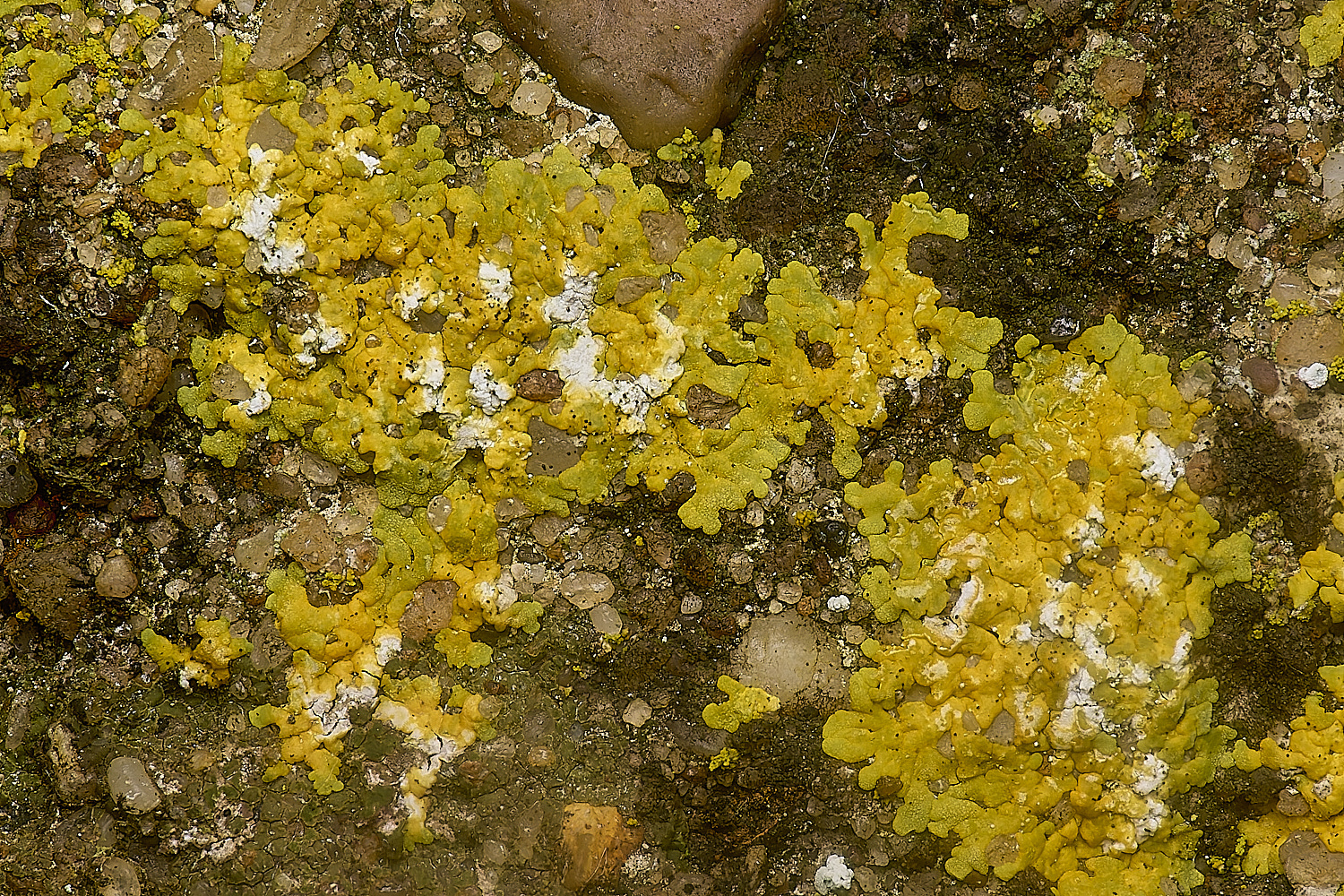
Caloplaca aurantia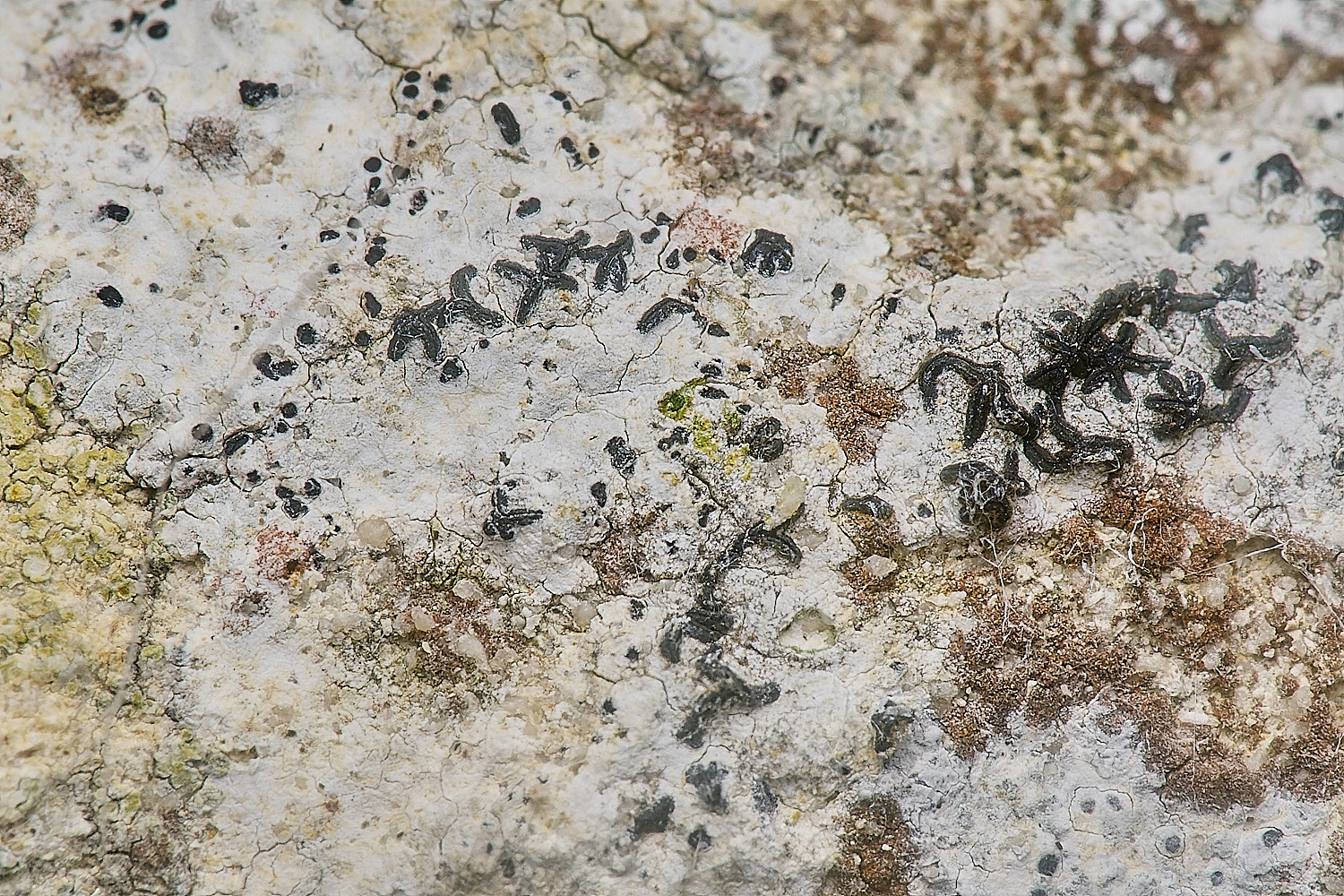
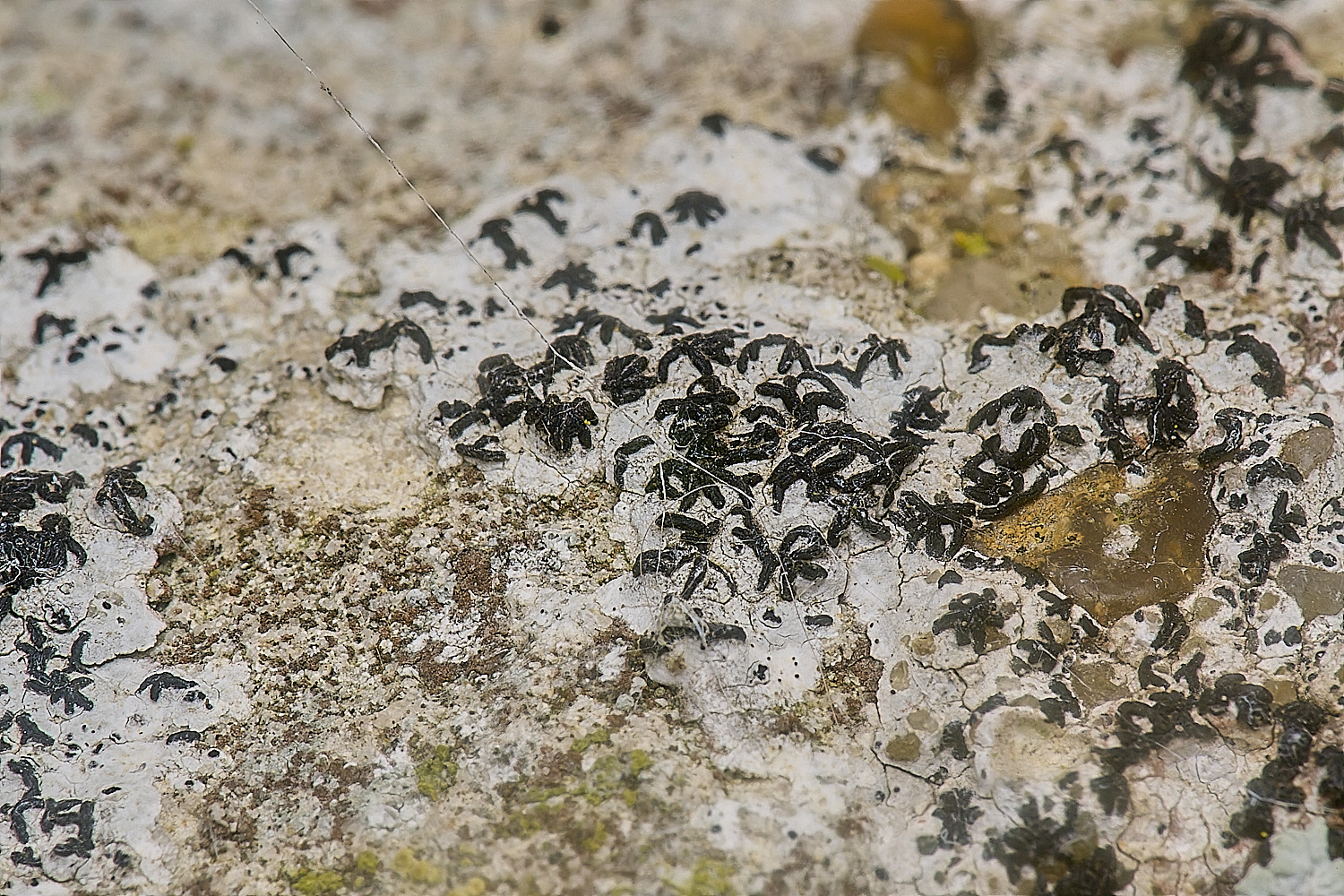
North Facing Wall
Script Lichen Sp
Arthonia calcarea
Arthonia calcarea - Lichens Maritime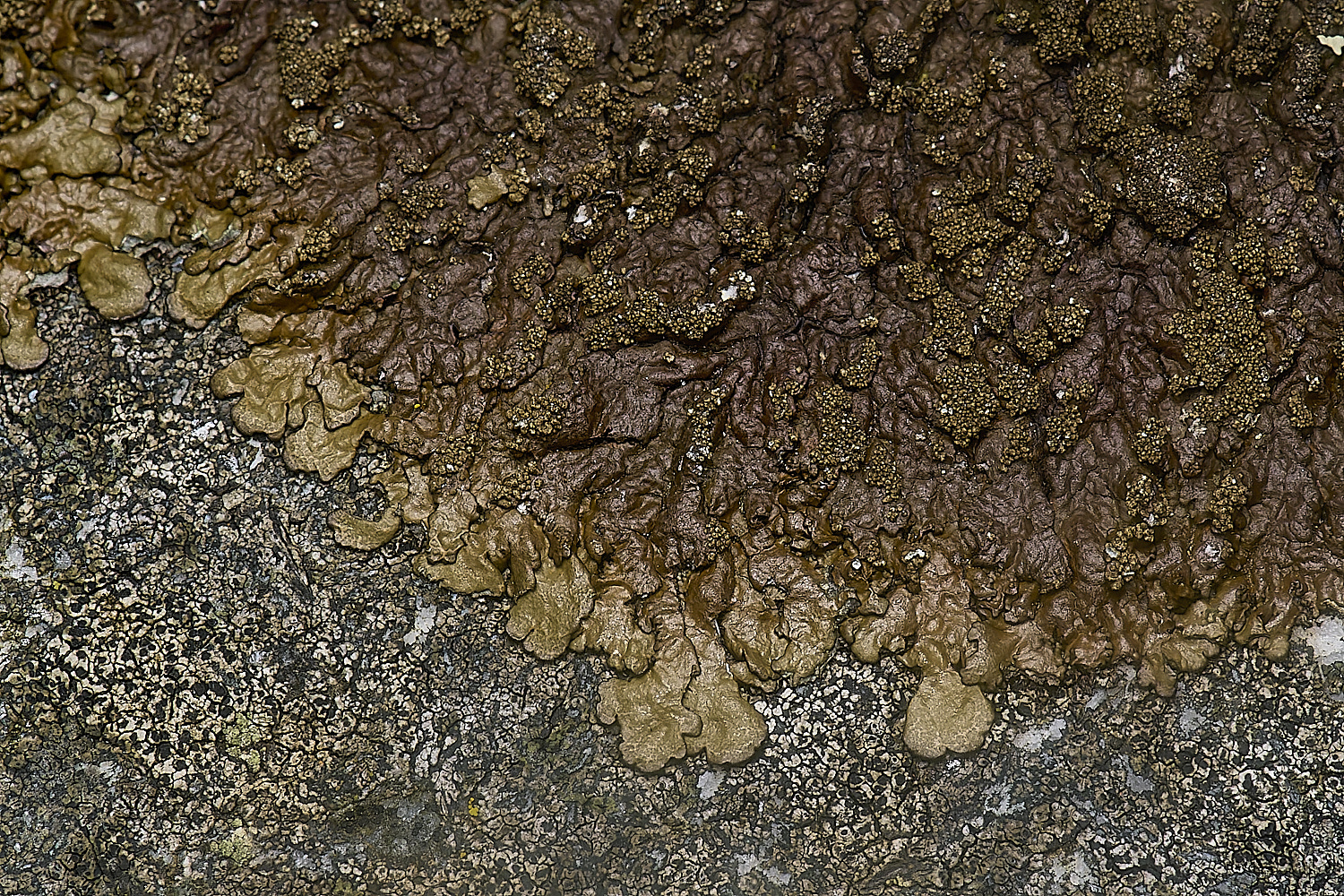
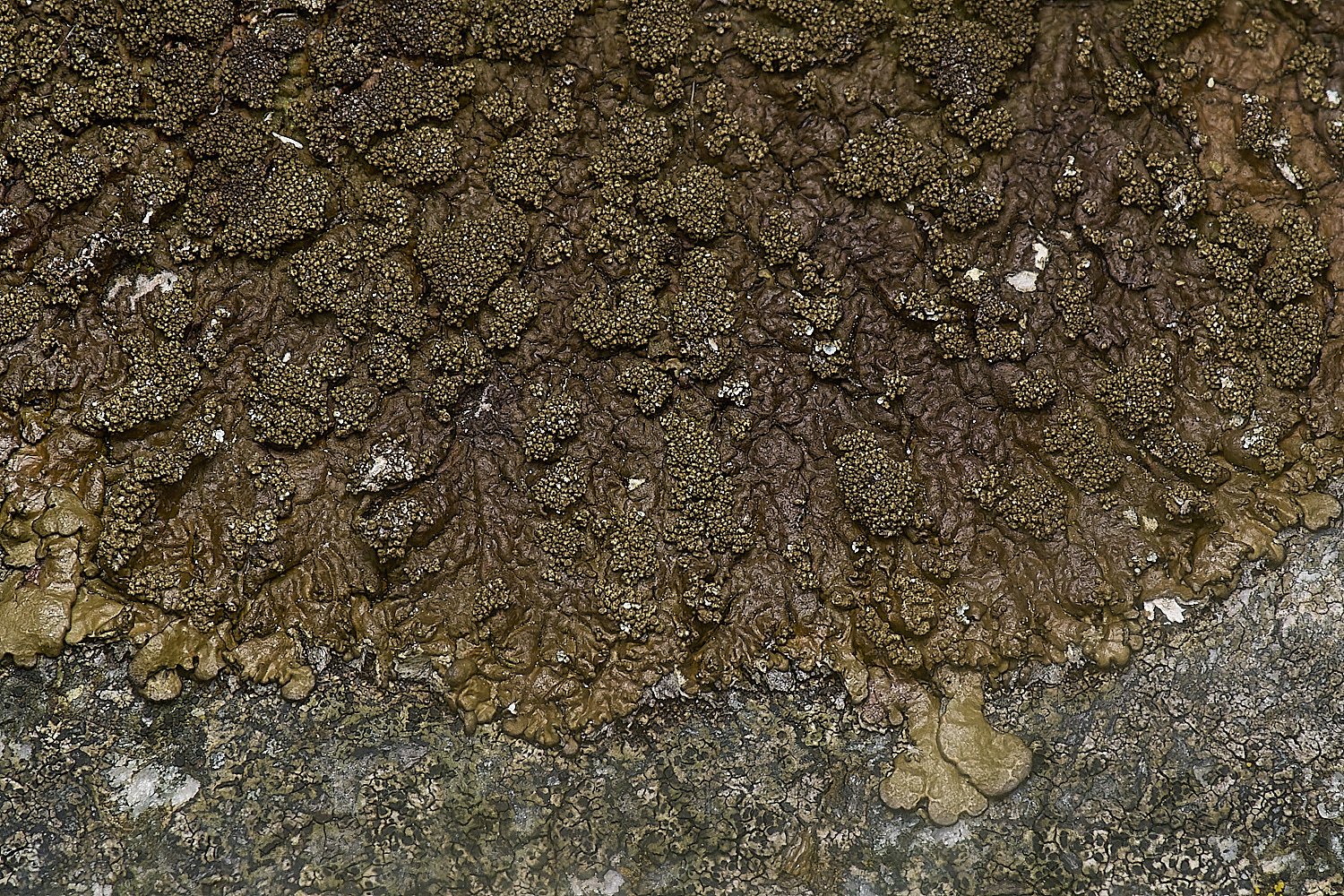
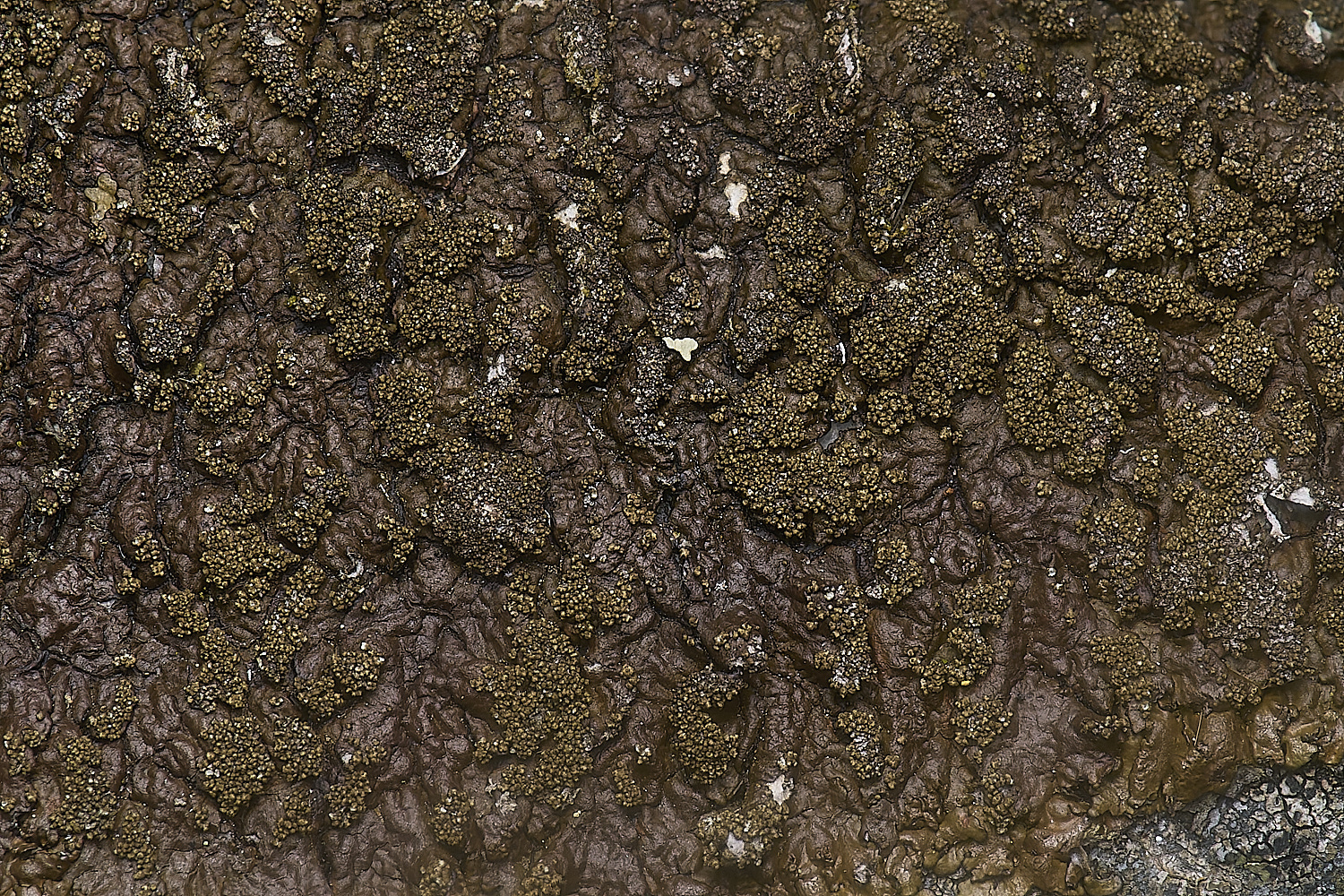
Xanthoparmelia verruculifera growing over Buellia aethelia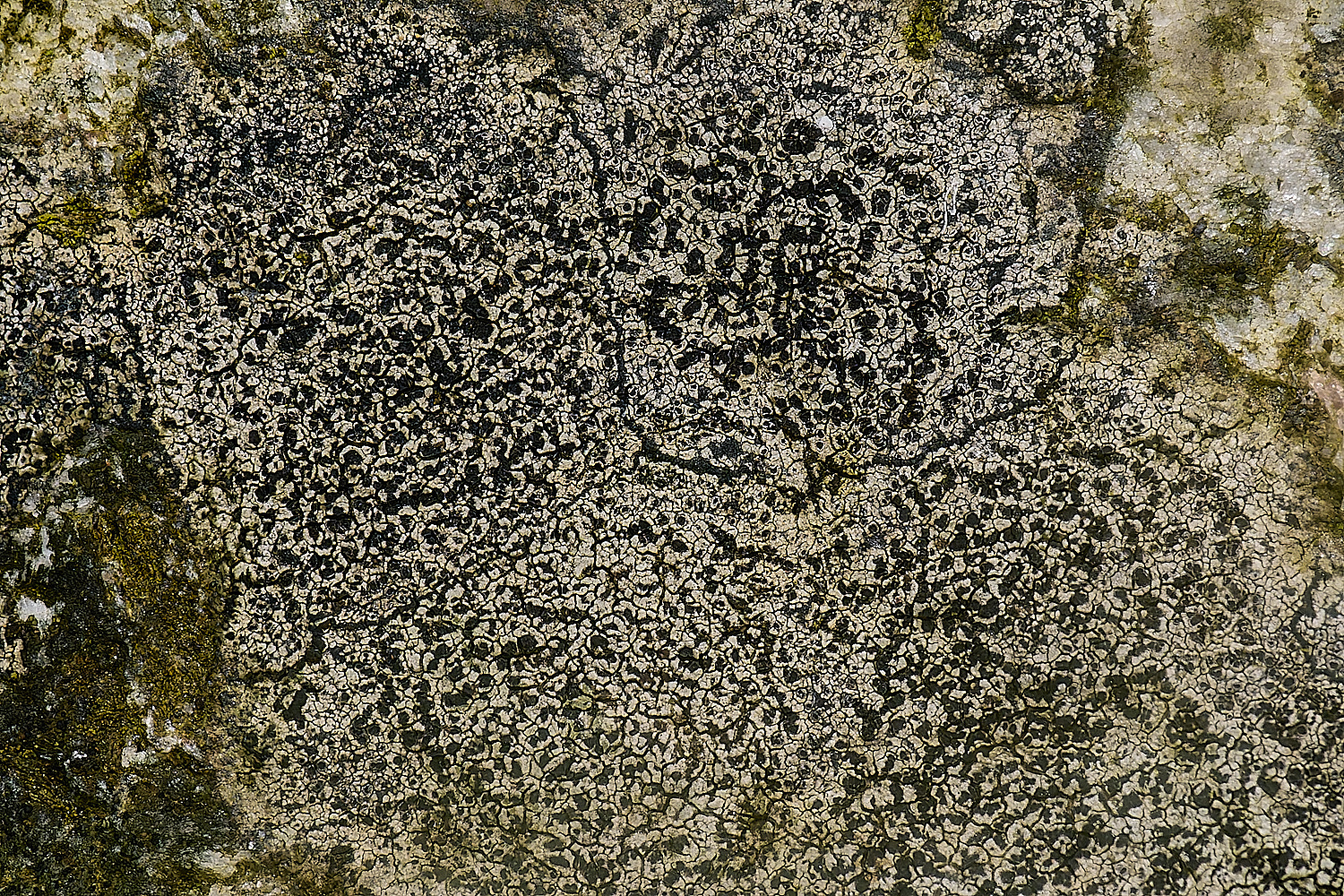
Buellia aethelia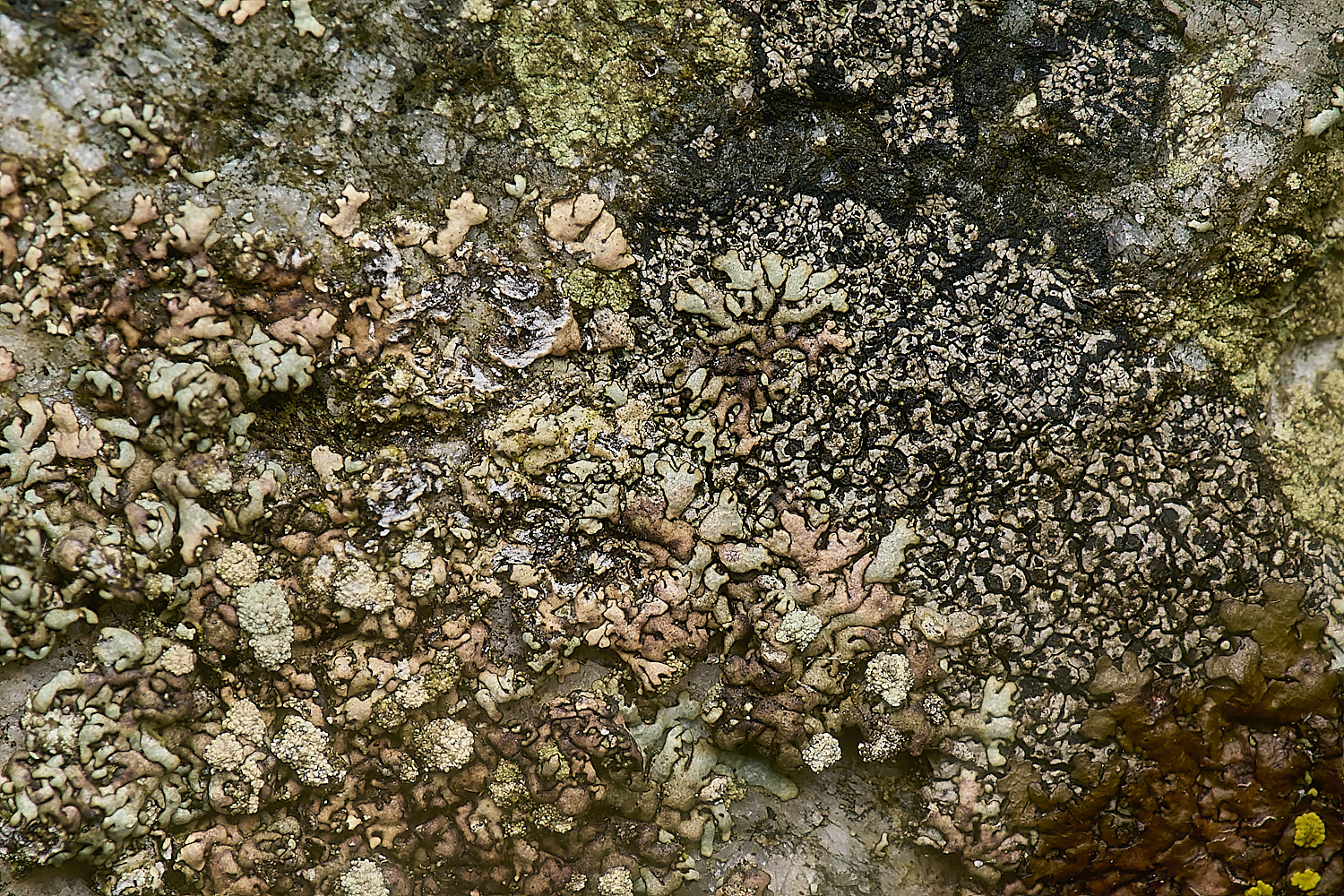
There are some large cauliflower like heads of soralia on the small lobed thallus of one species on the bottom left of the image
Xanthoparmelia mougeotii
and then another species similar to the one in the image before this to the right
Buellia aetthalia
and
Xanthoria verruculifera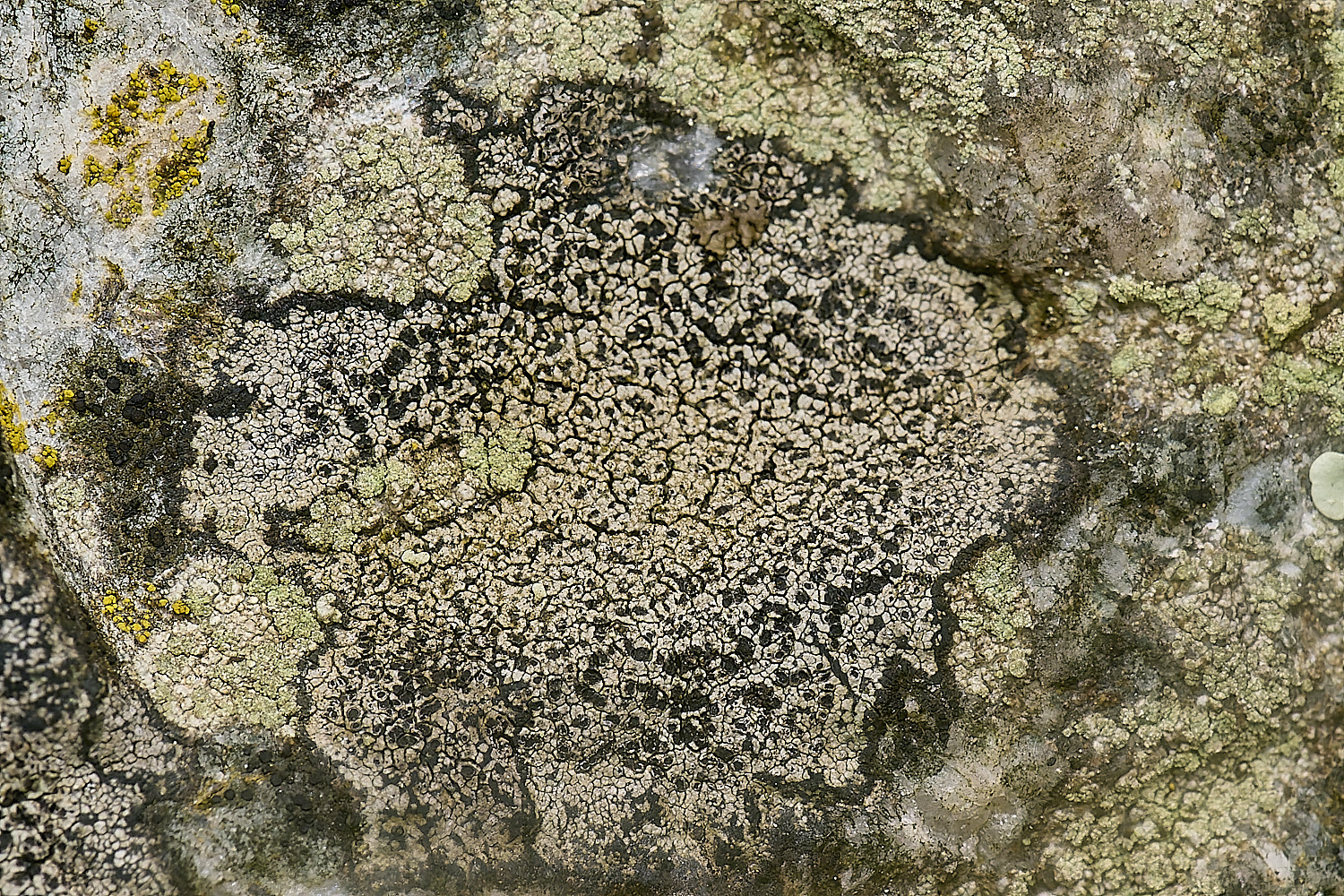
Buellia aethelia with Lecidella scabra and Candelariella vitelina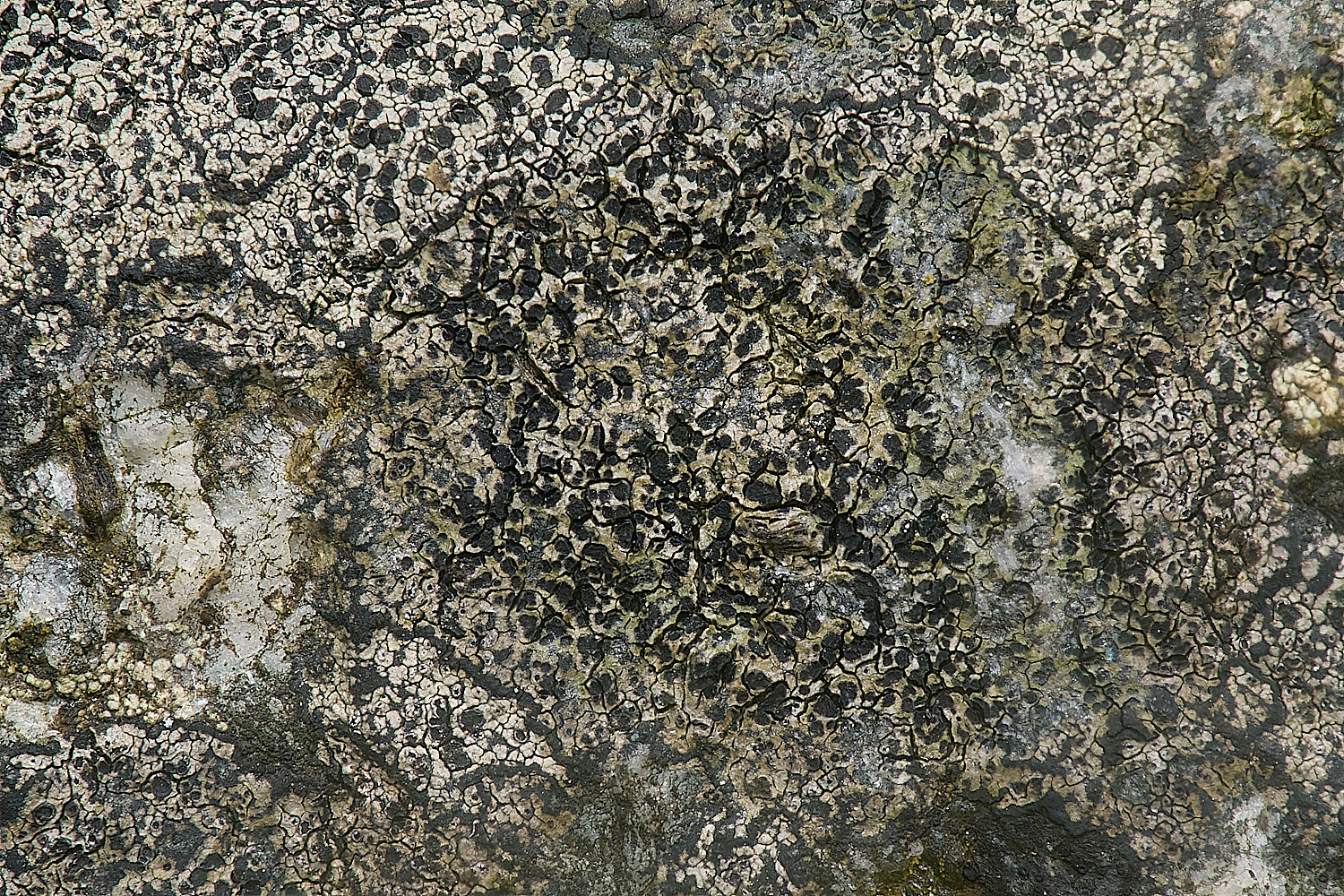
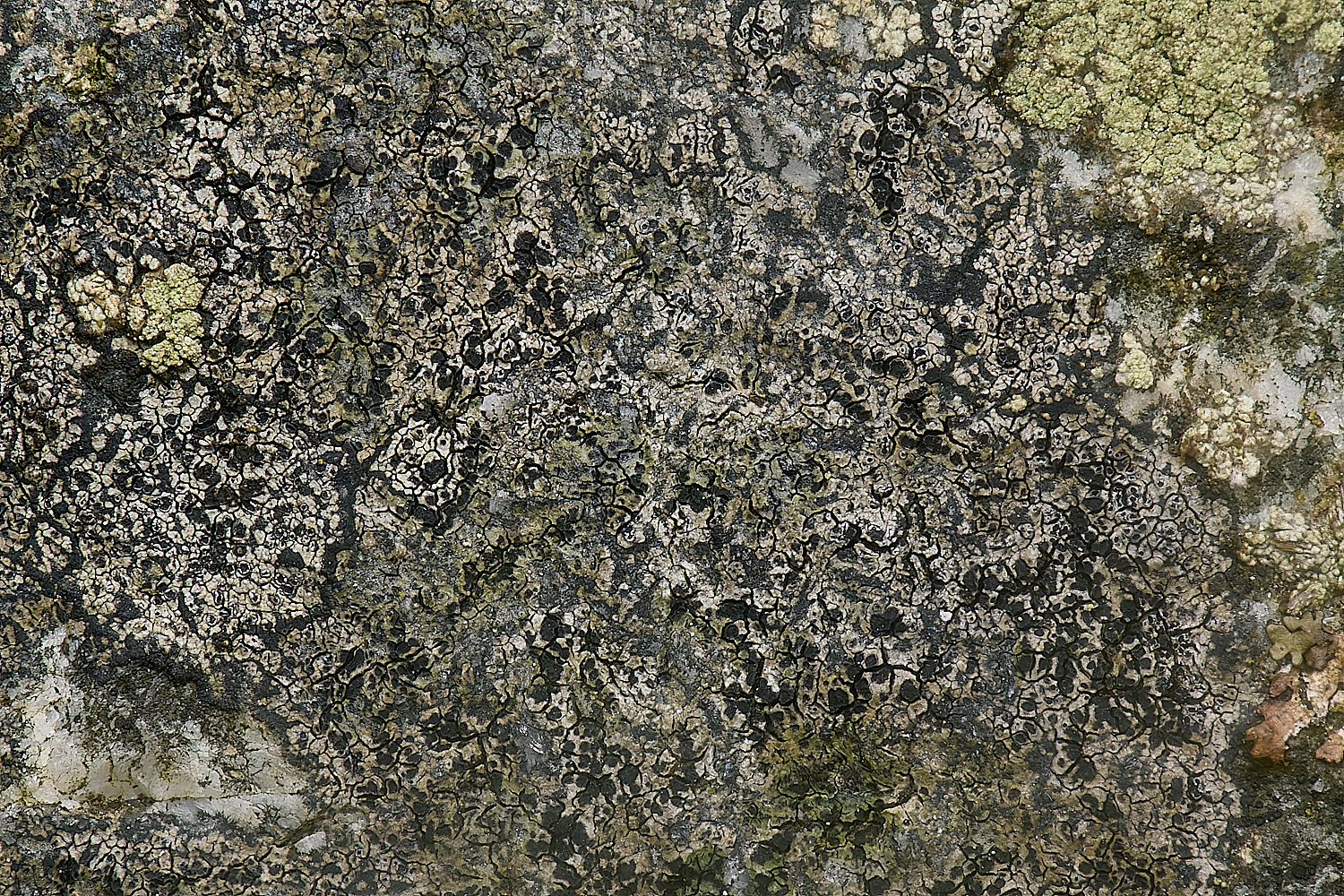
Buellia aethalia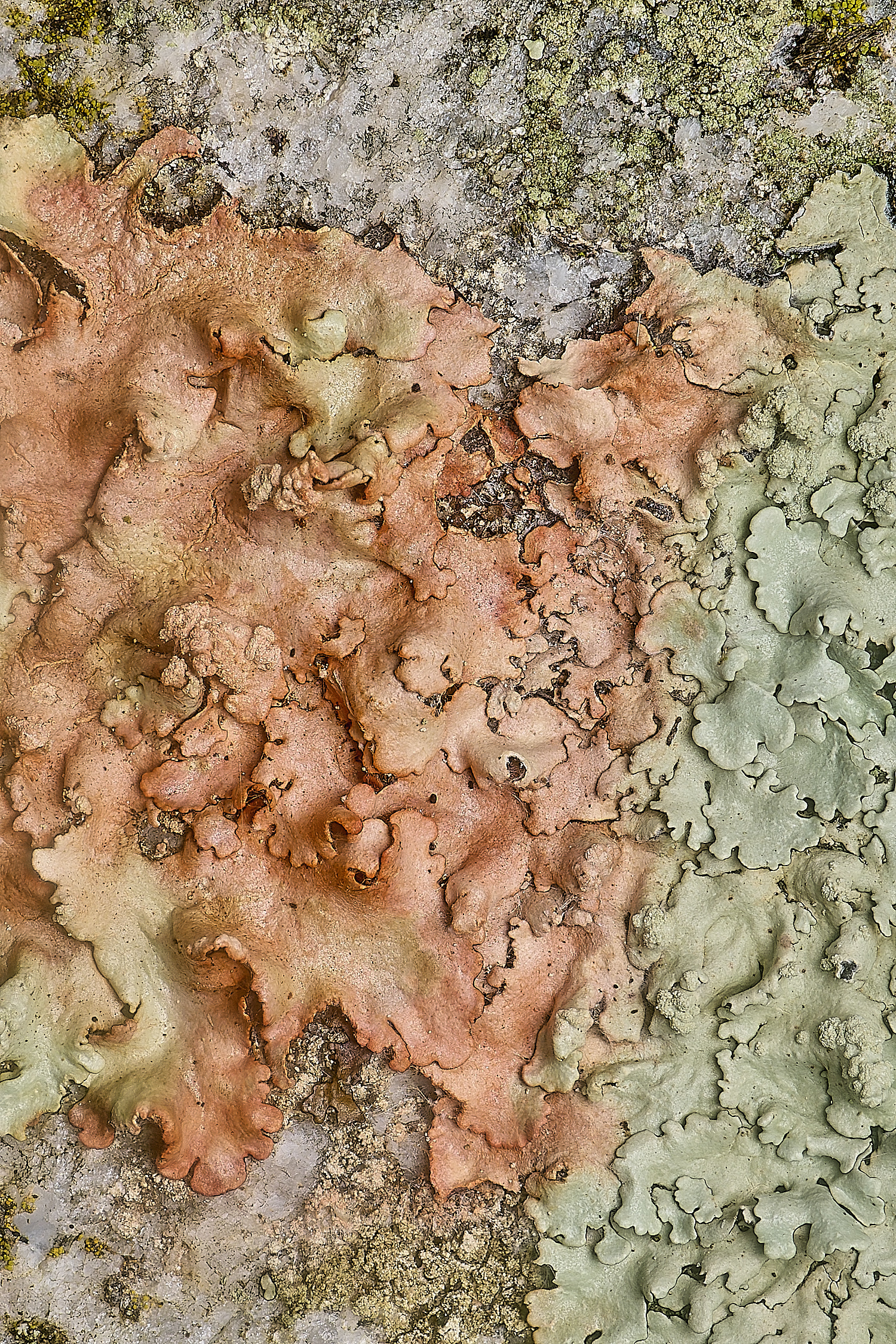
The lovely orange/pink stain is likely to have come from eg Blackbirds feeding on Blackberries?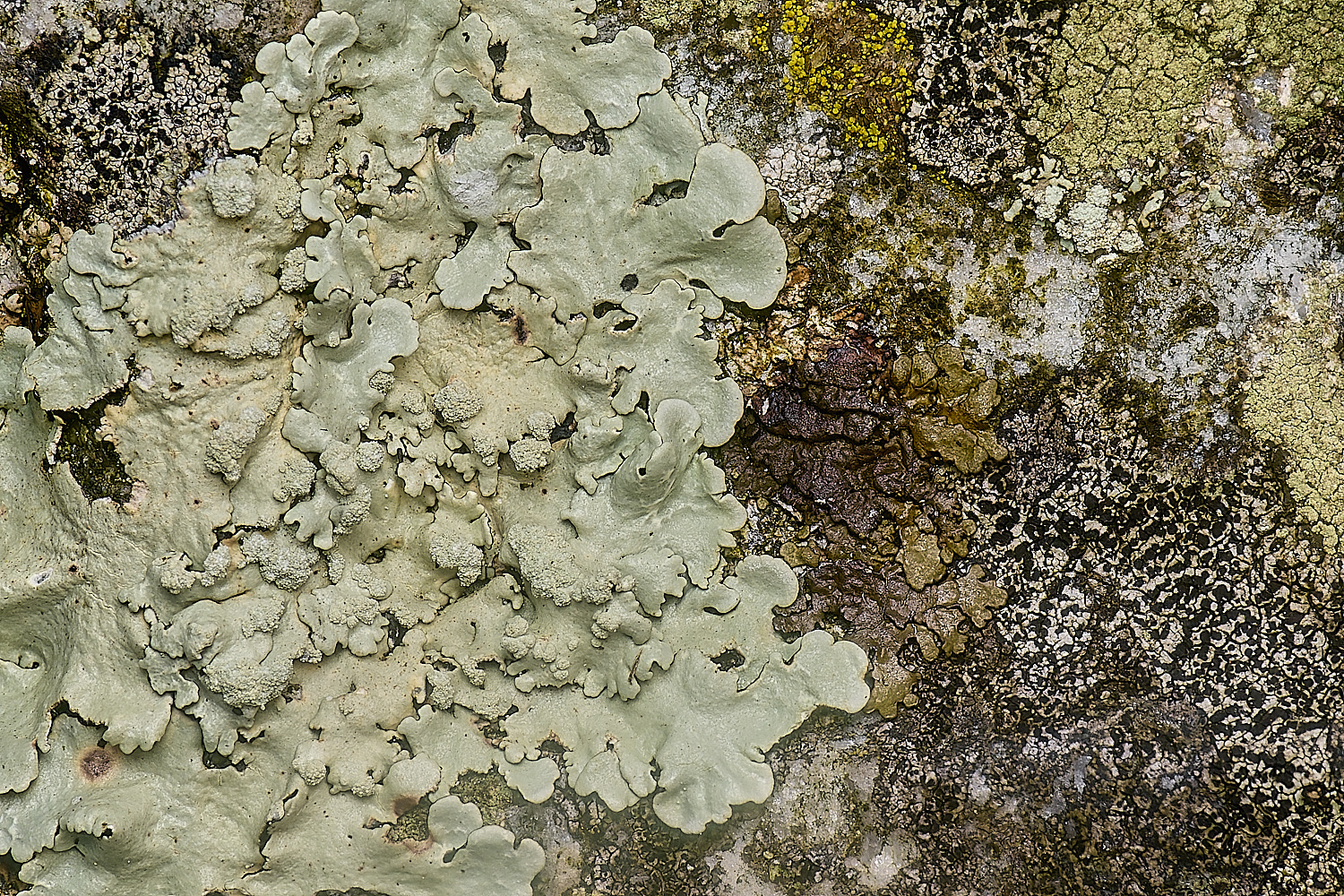
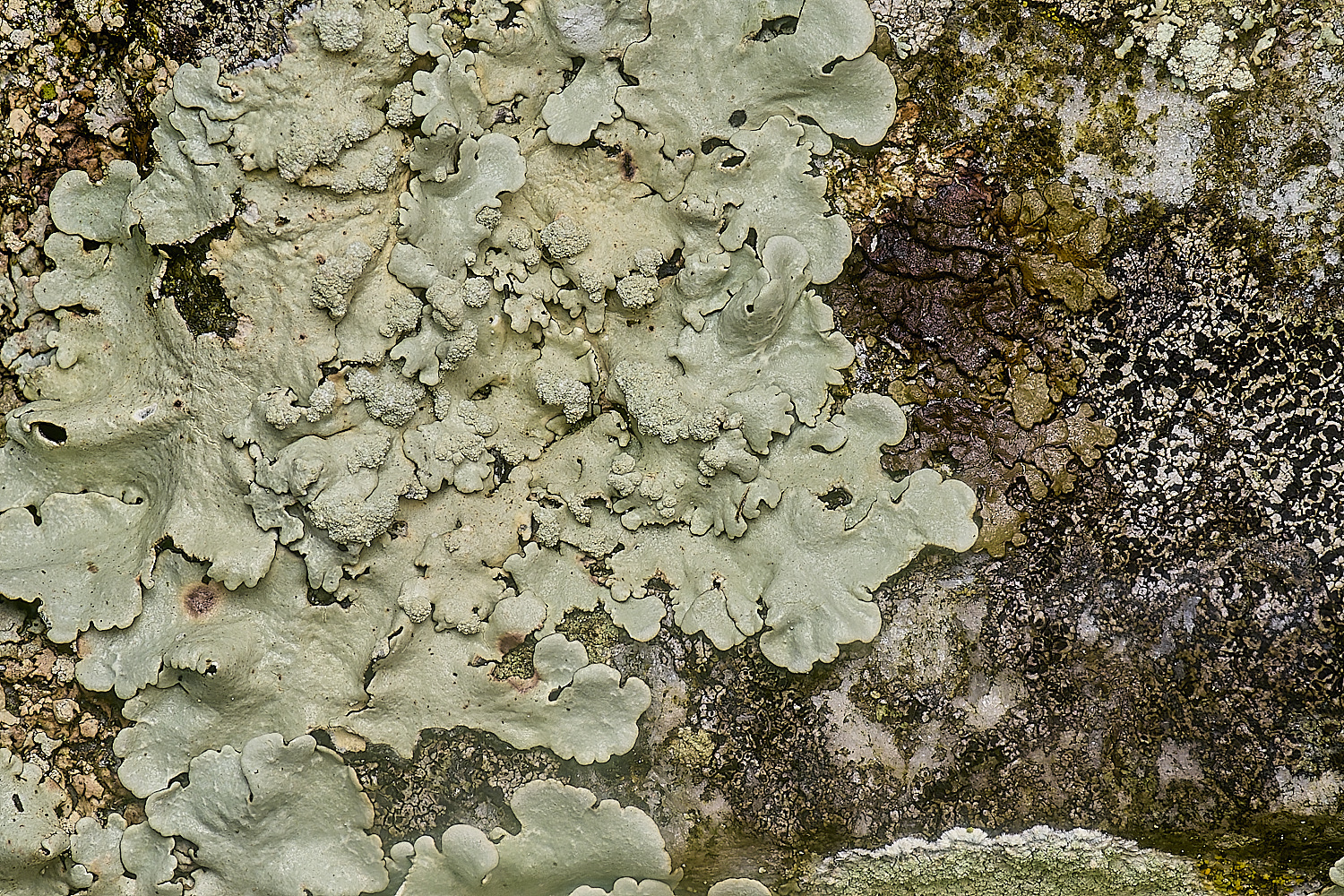
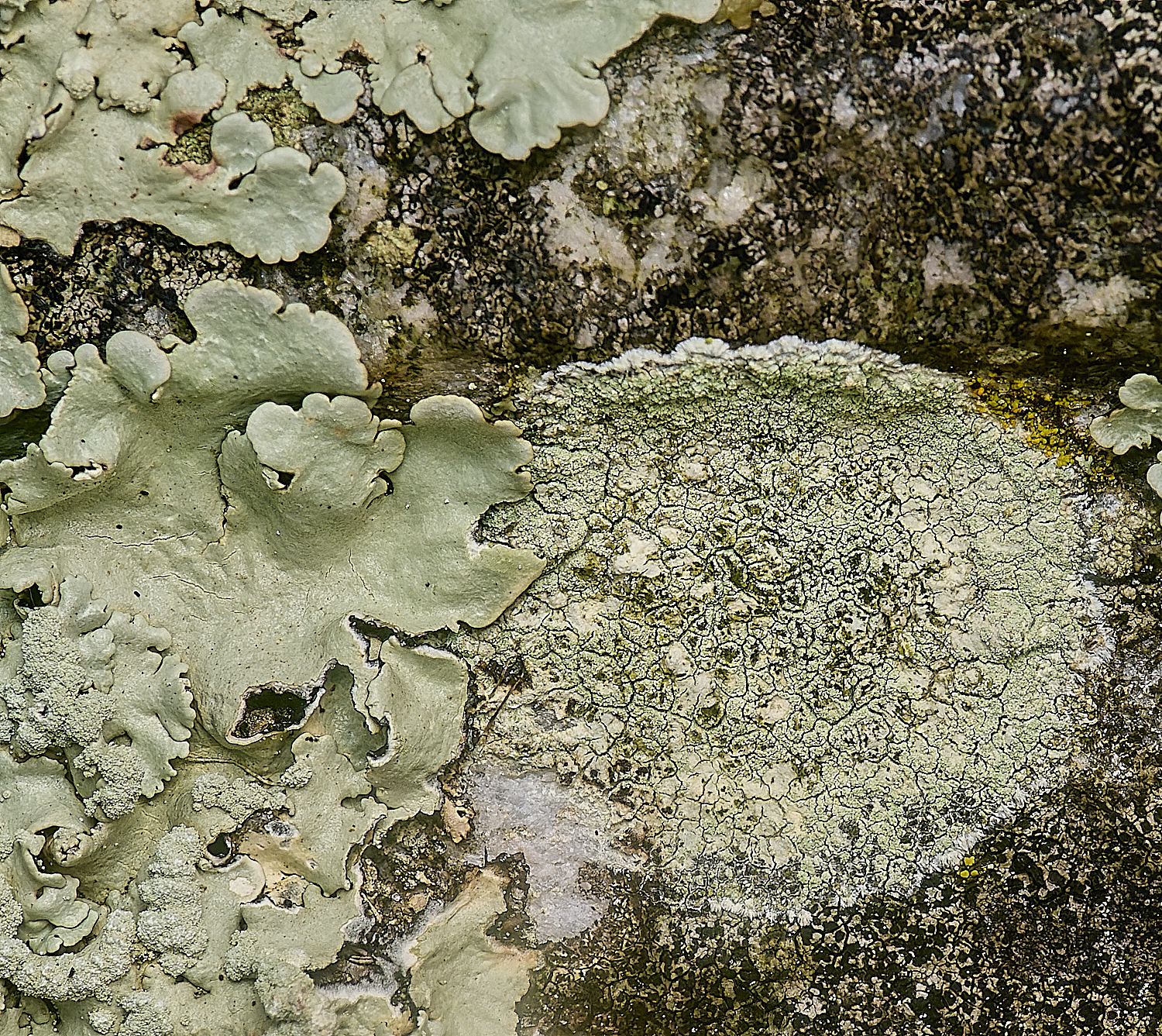
?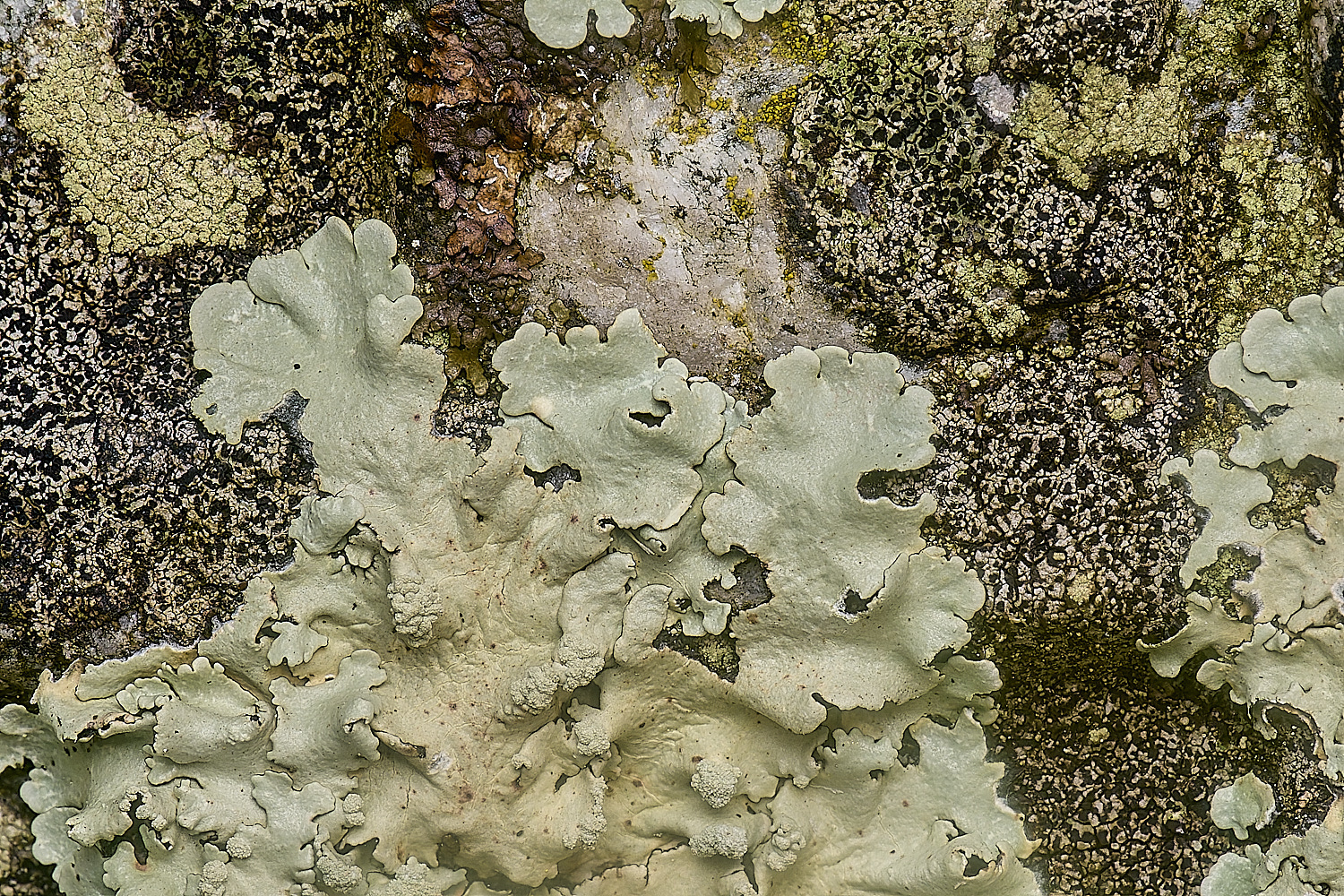
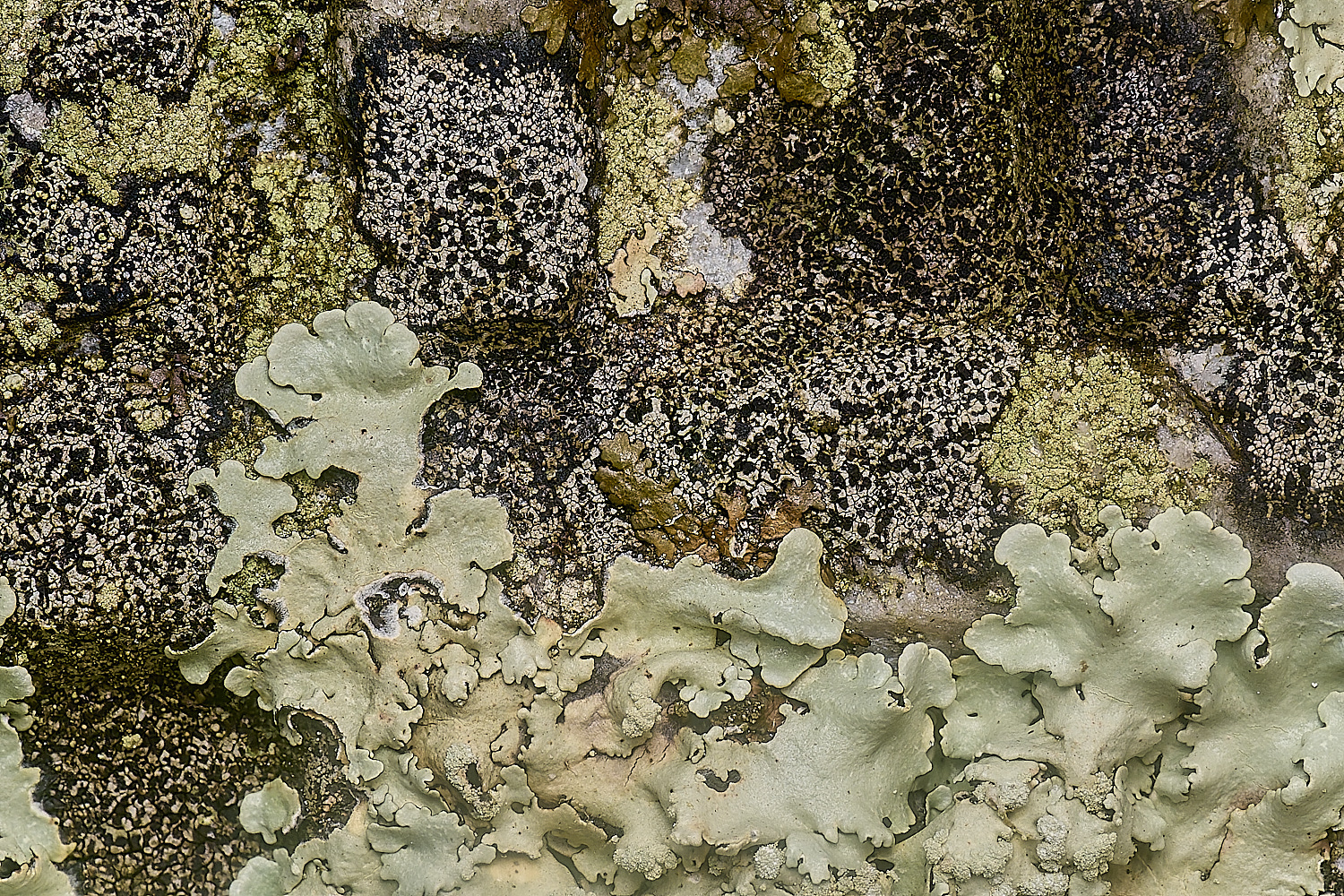
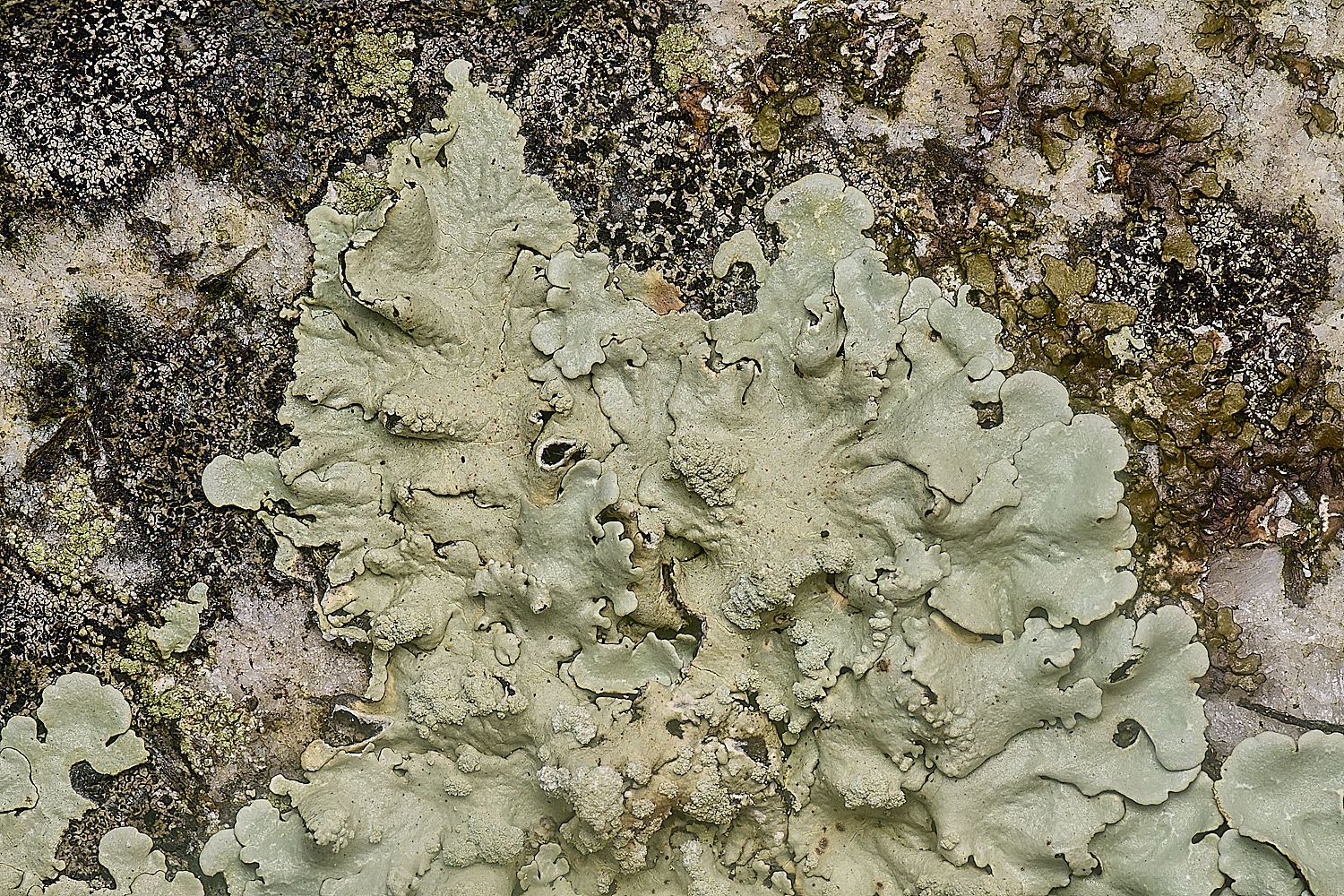
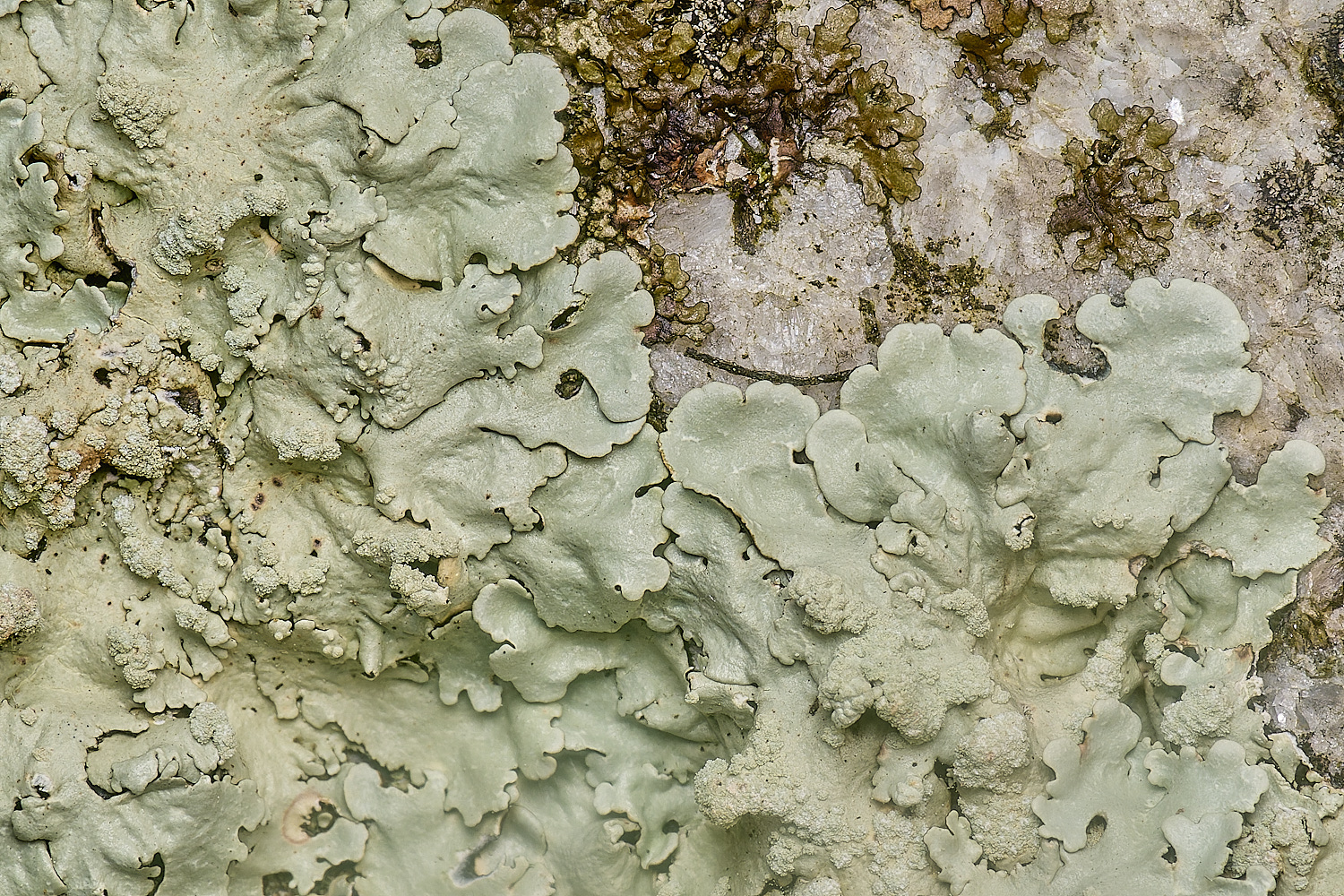
Flavoparmelia caperata/soredians?
with very course soridia
Testing this a week later produced Yellow then red with K
So
Flavoparmelia soredians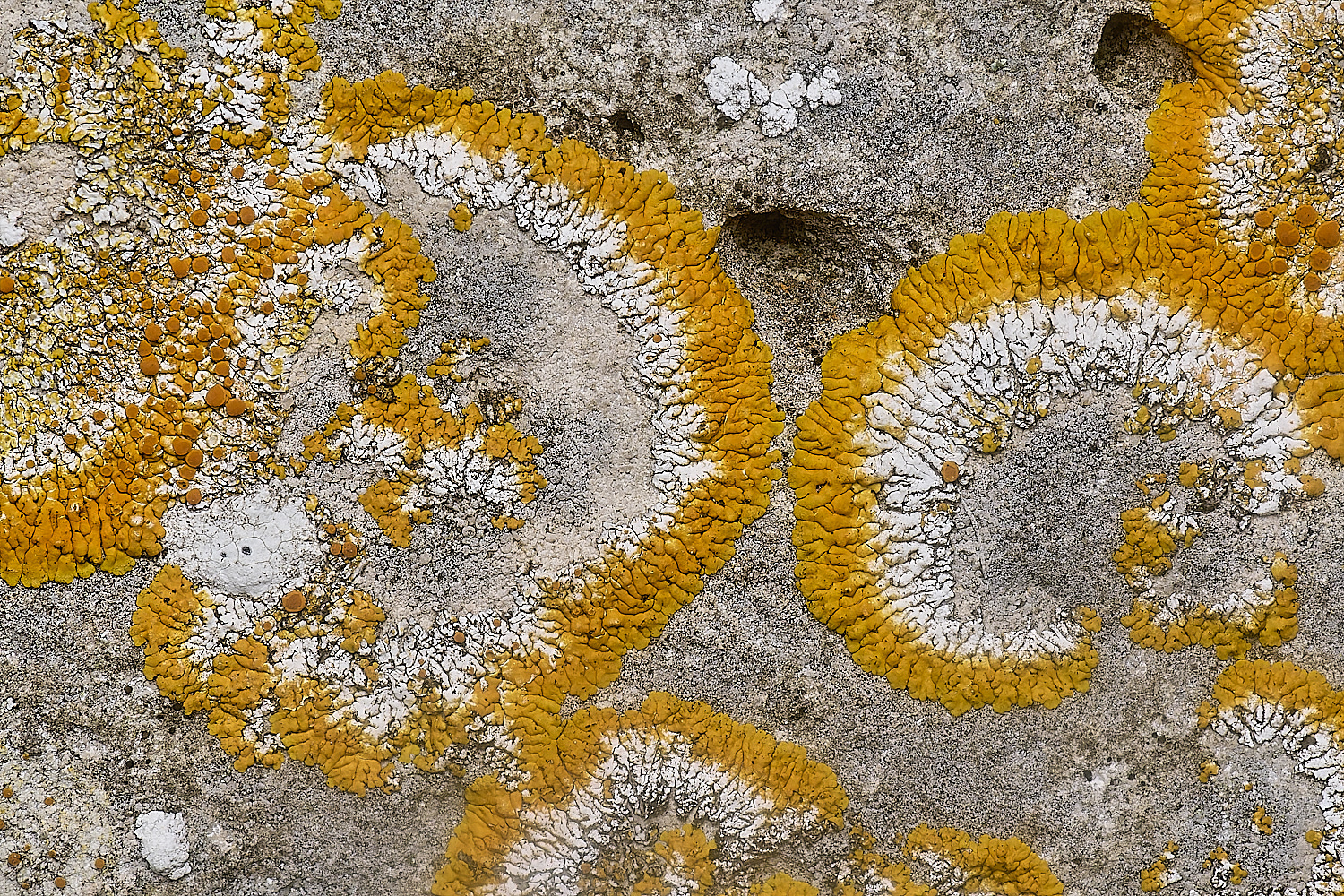
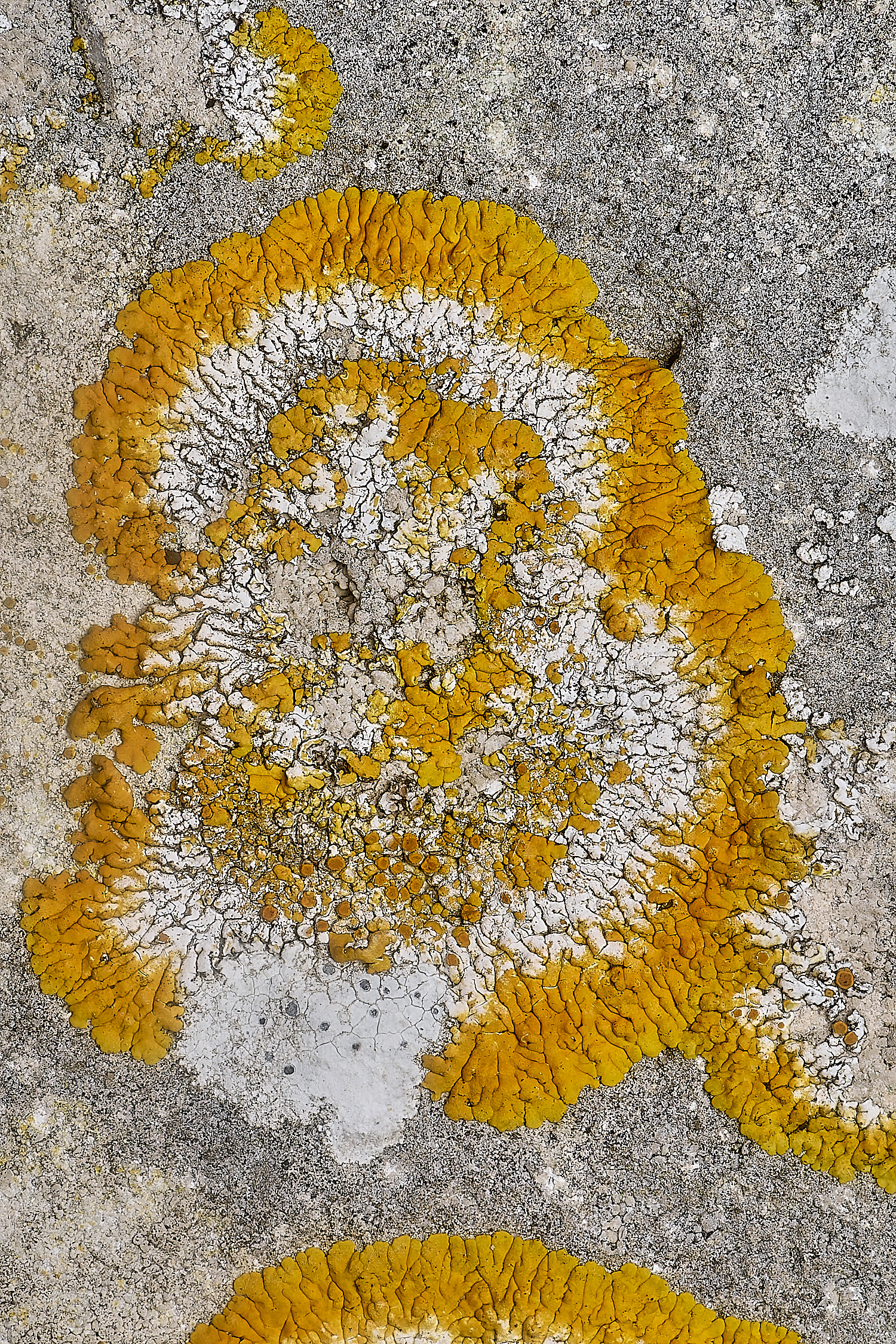
Caloplaca now Variospora flavescens?
Caloplaca aurantia v Caloplaca flavescens - BLS
Caloplaca flavescens - Irish Lichens 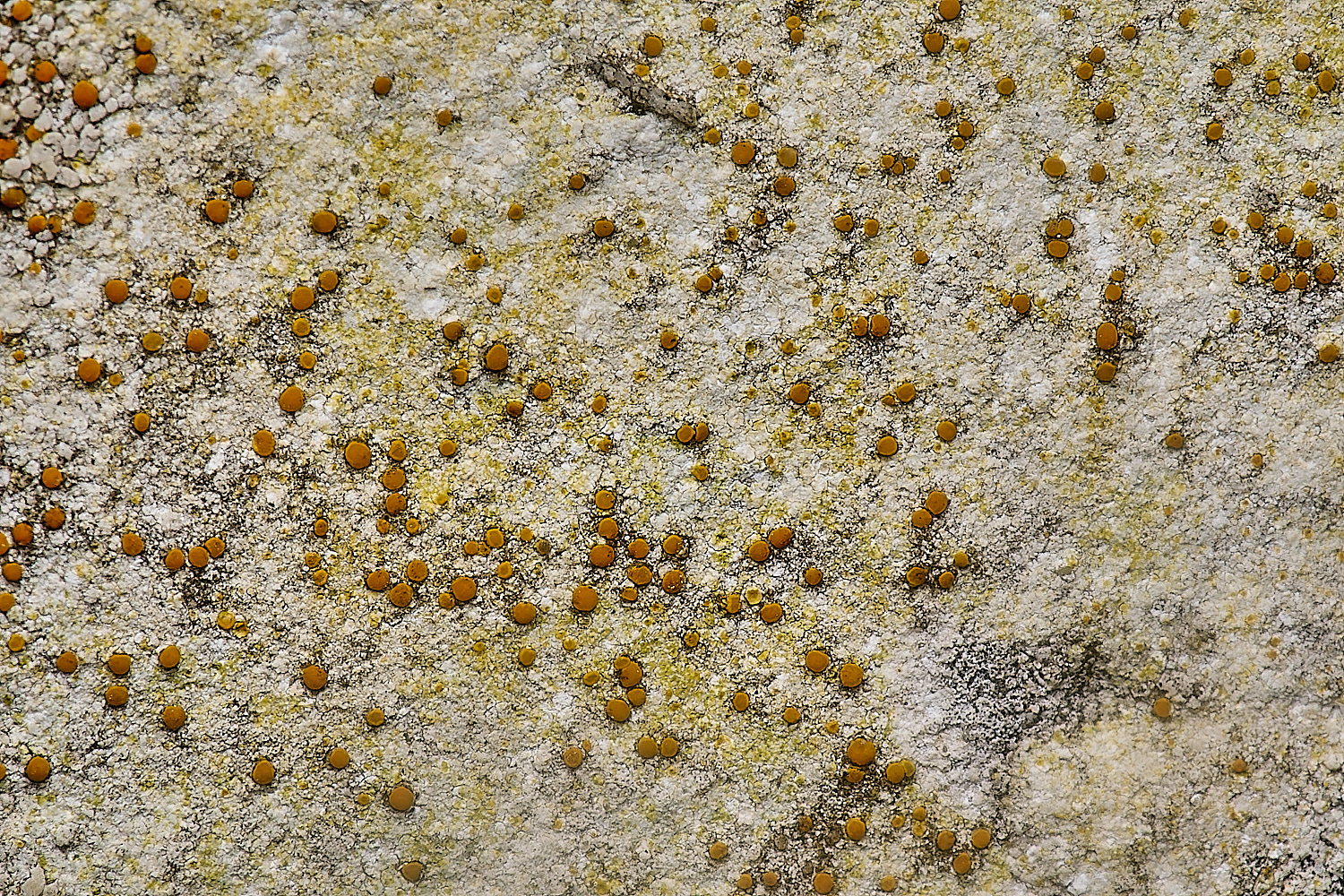
Caloplaca Sp
Caloplacha dichroa ?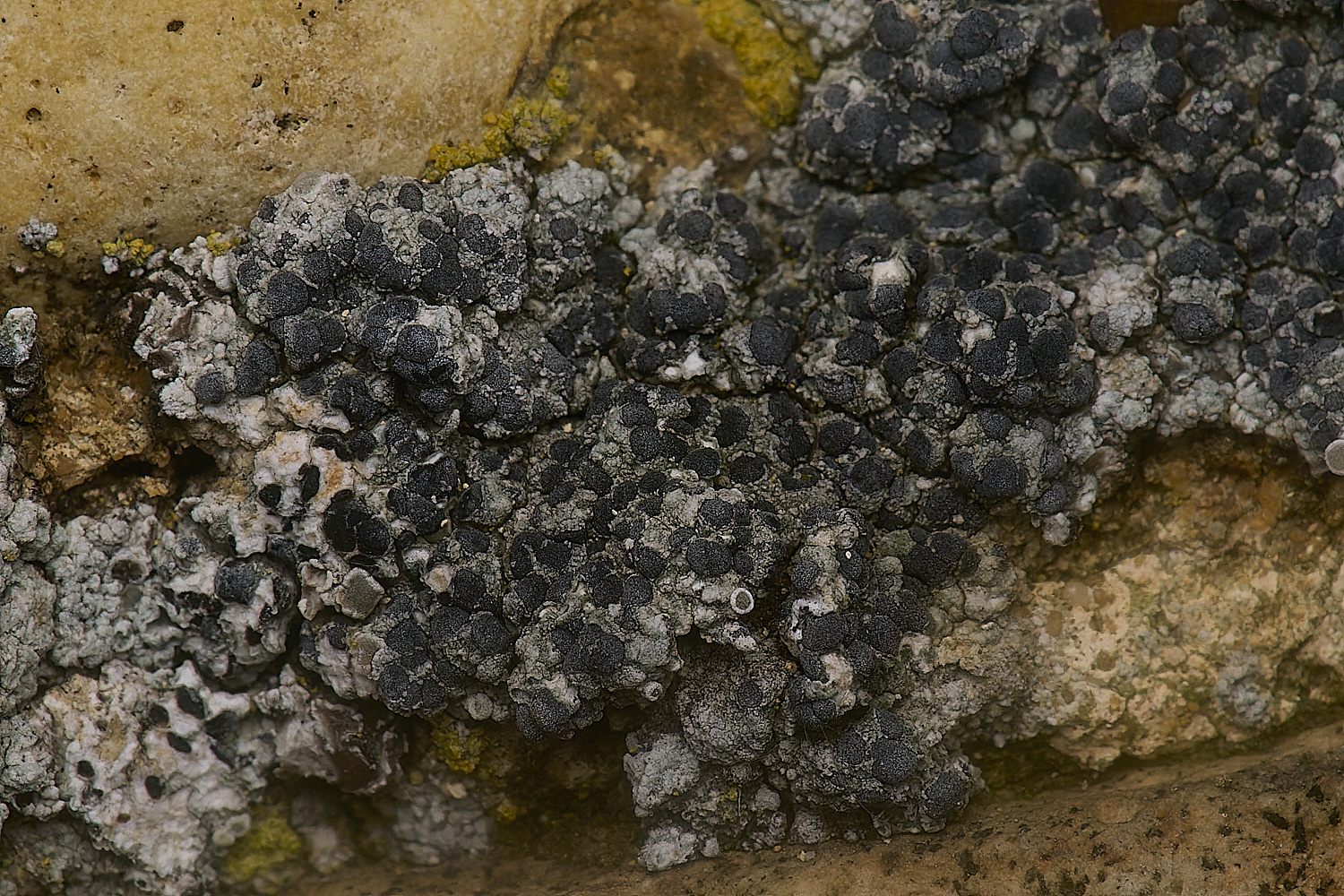

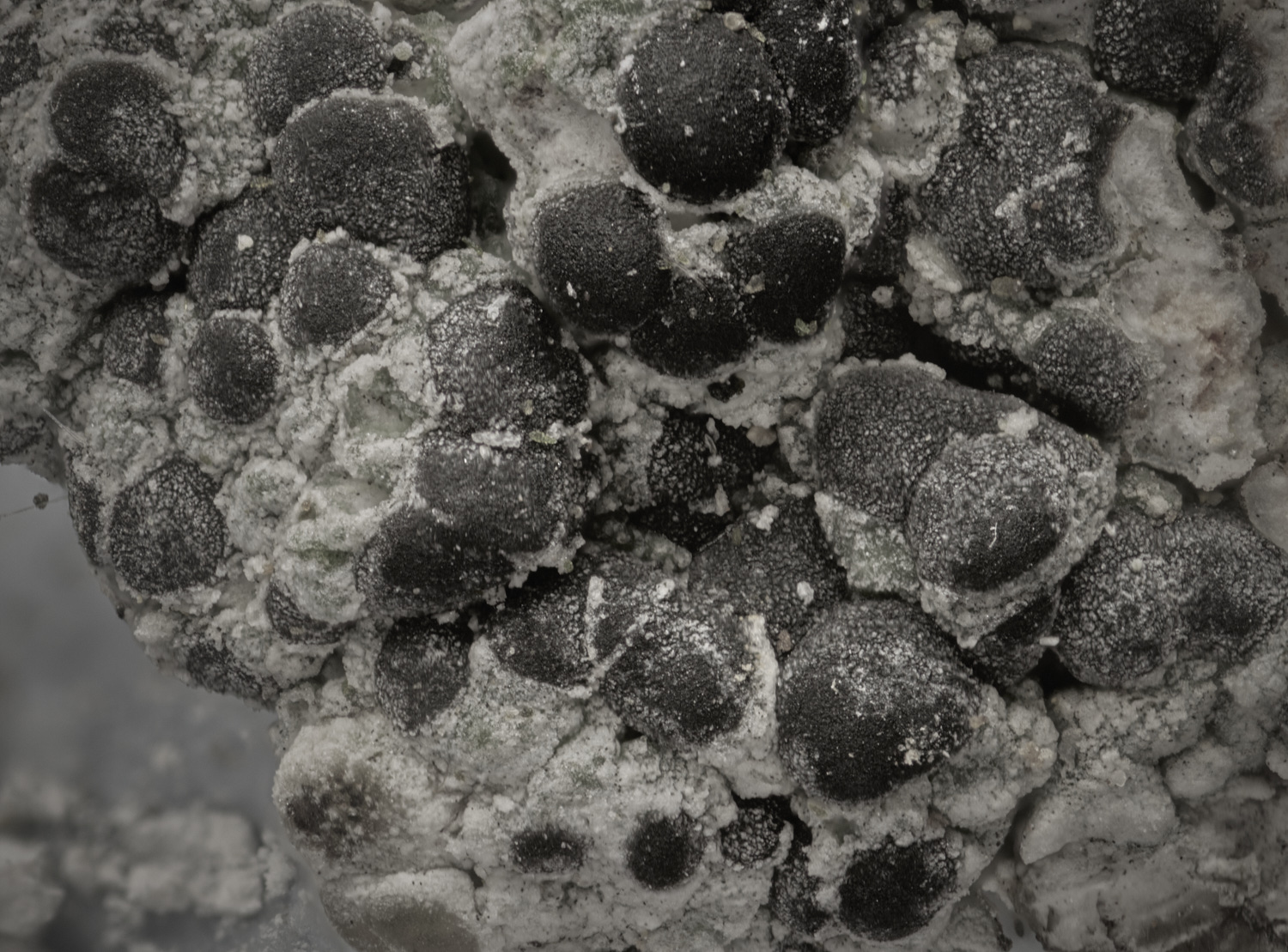
An odd grey isolated apothecia also present
Diplotomma alboatrum probably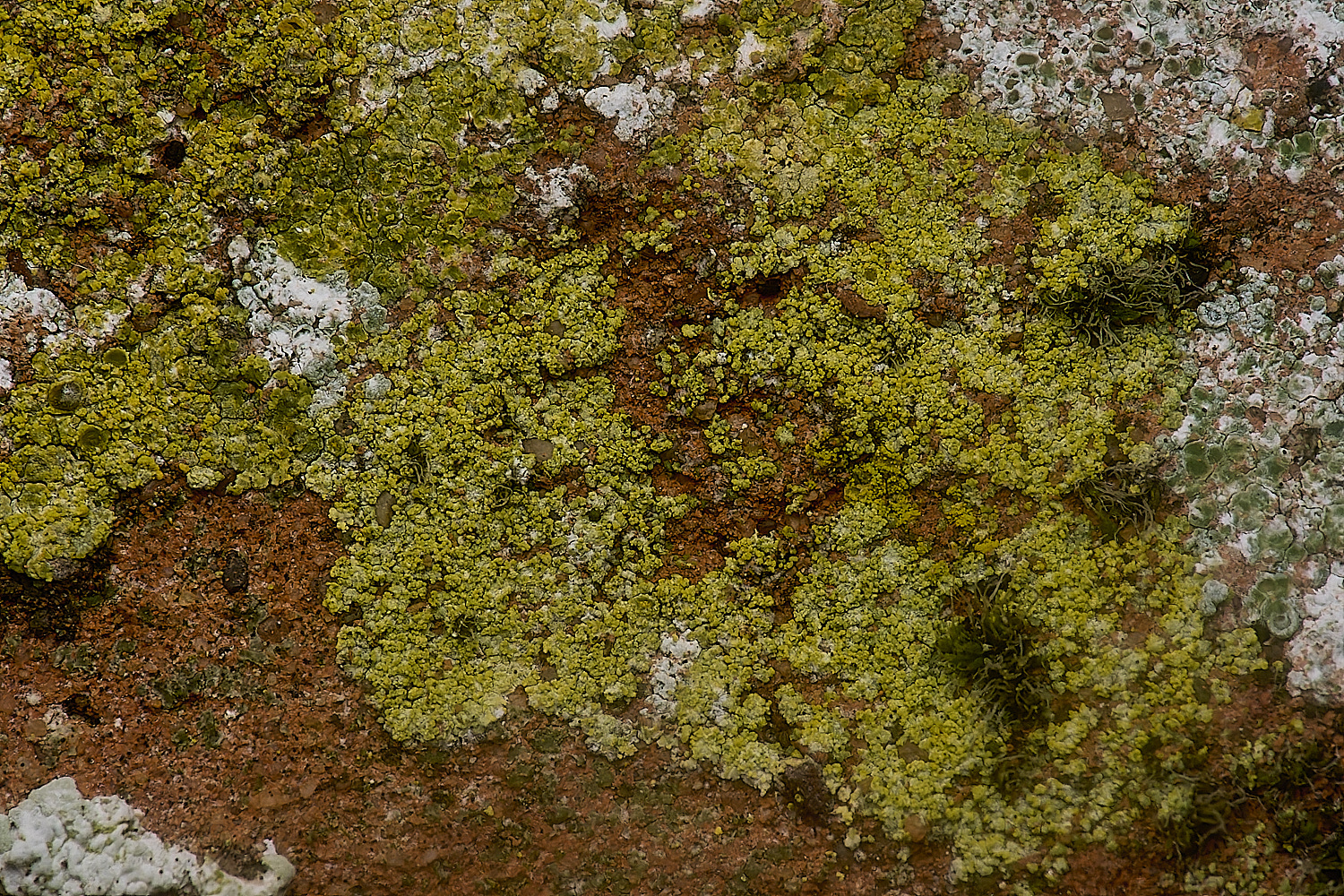
Candelariella vitelina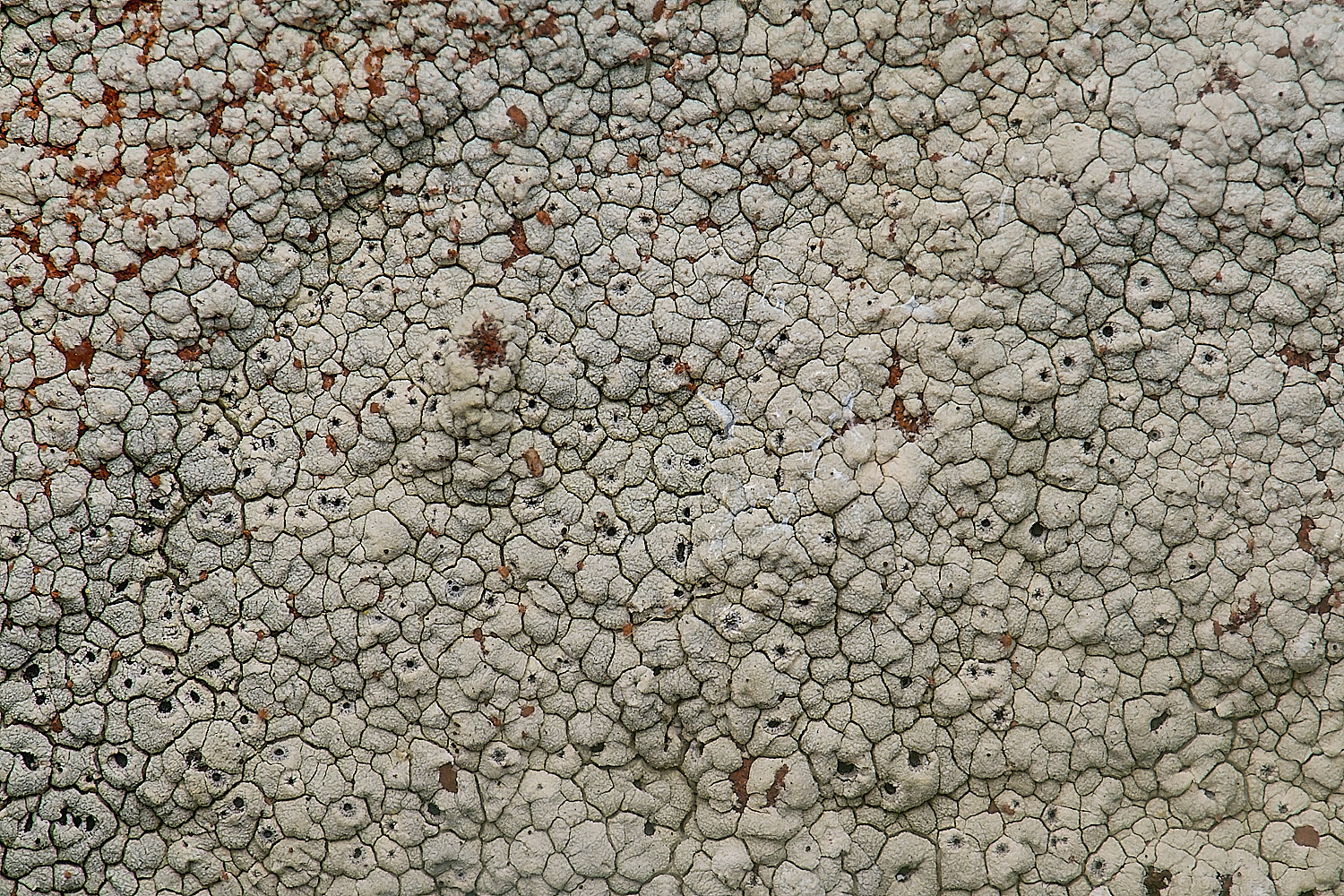

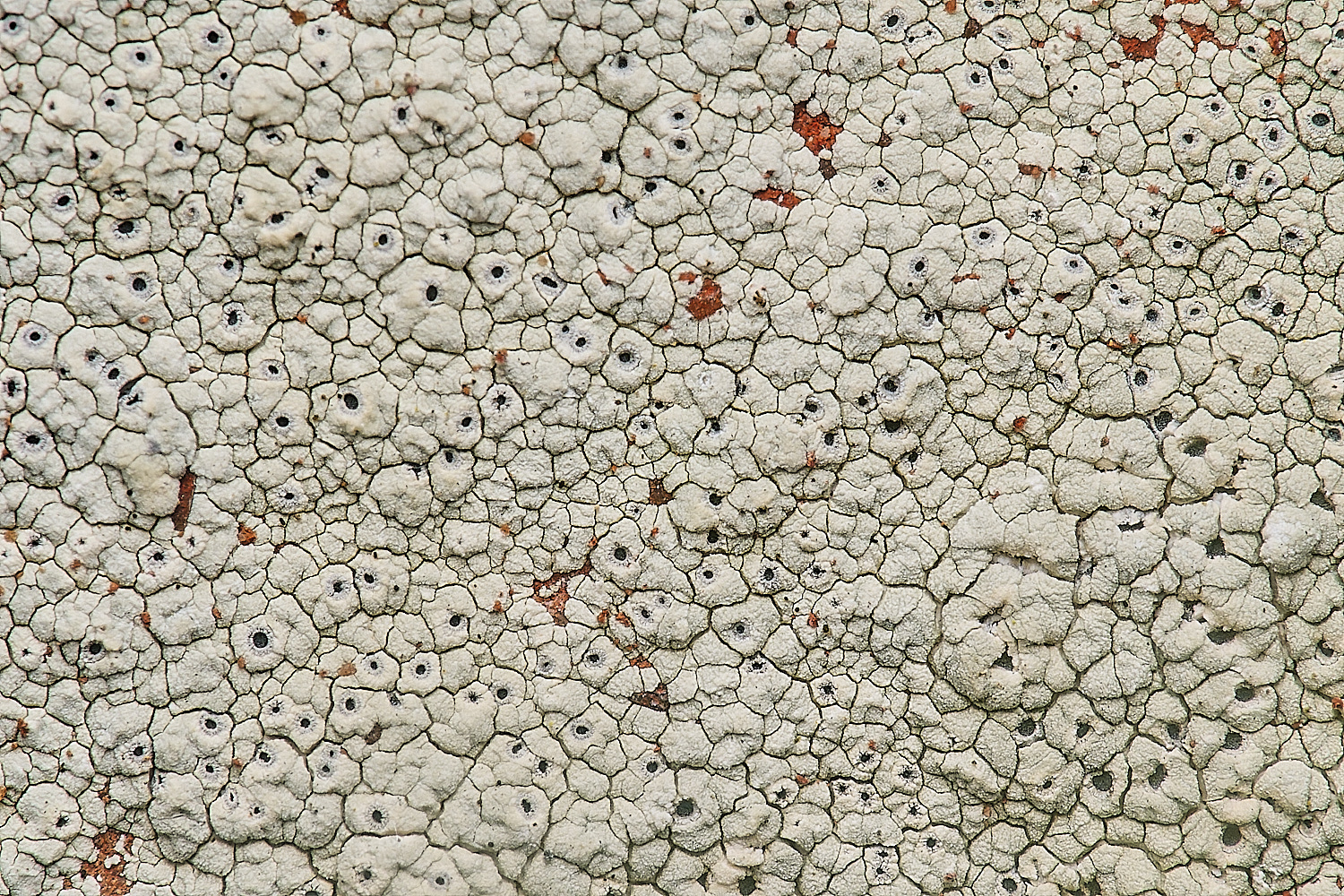
Diploschistes scruposus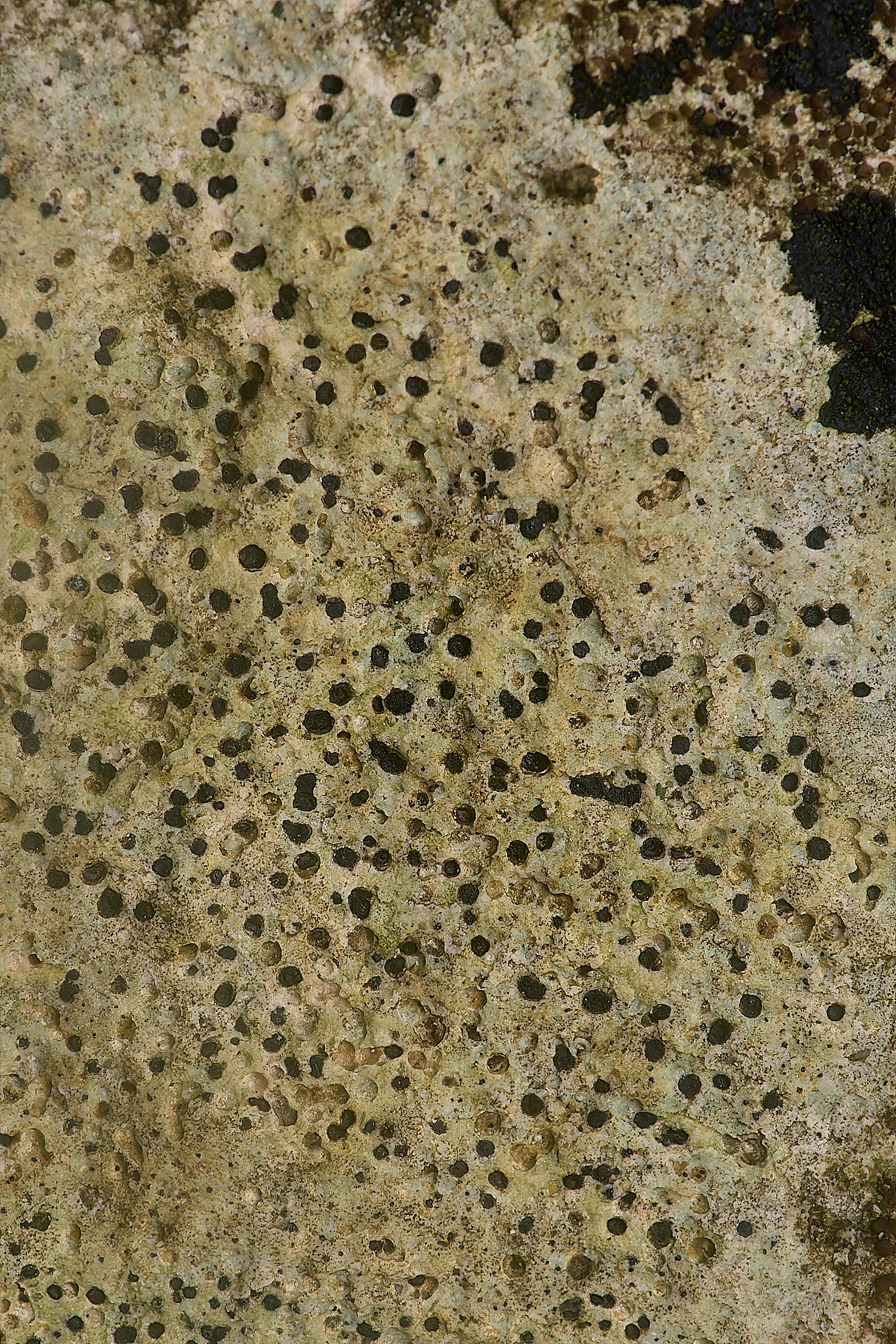
?
Possibly Lecania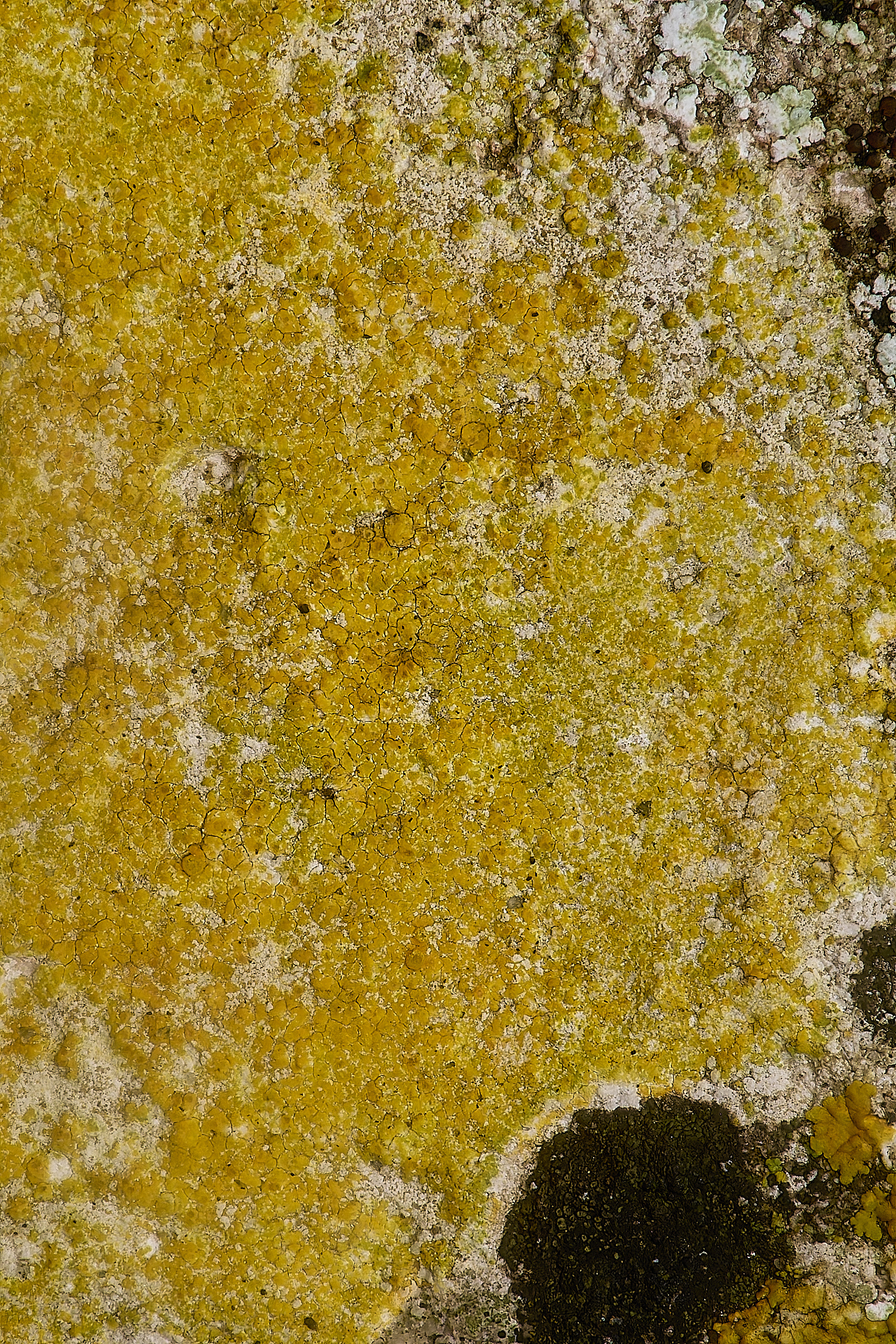
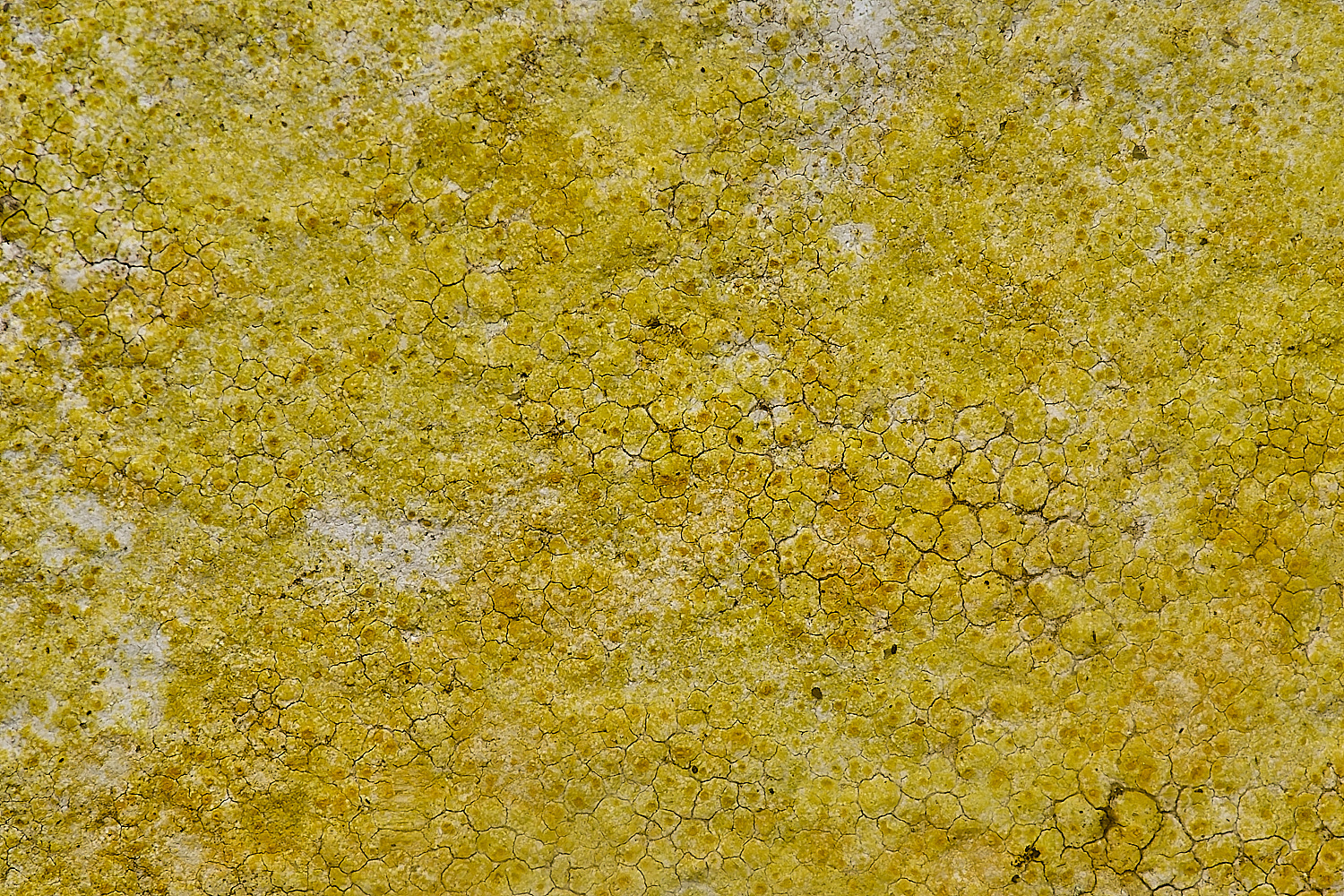
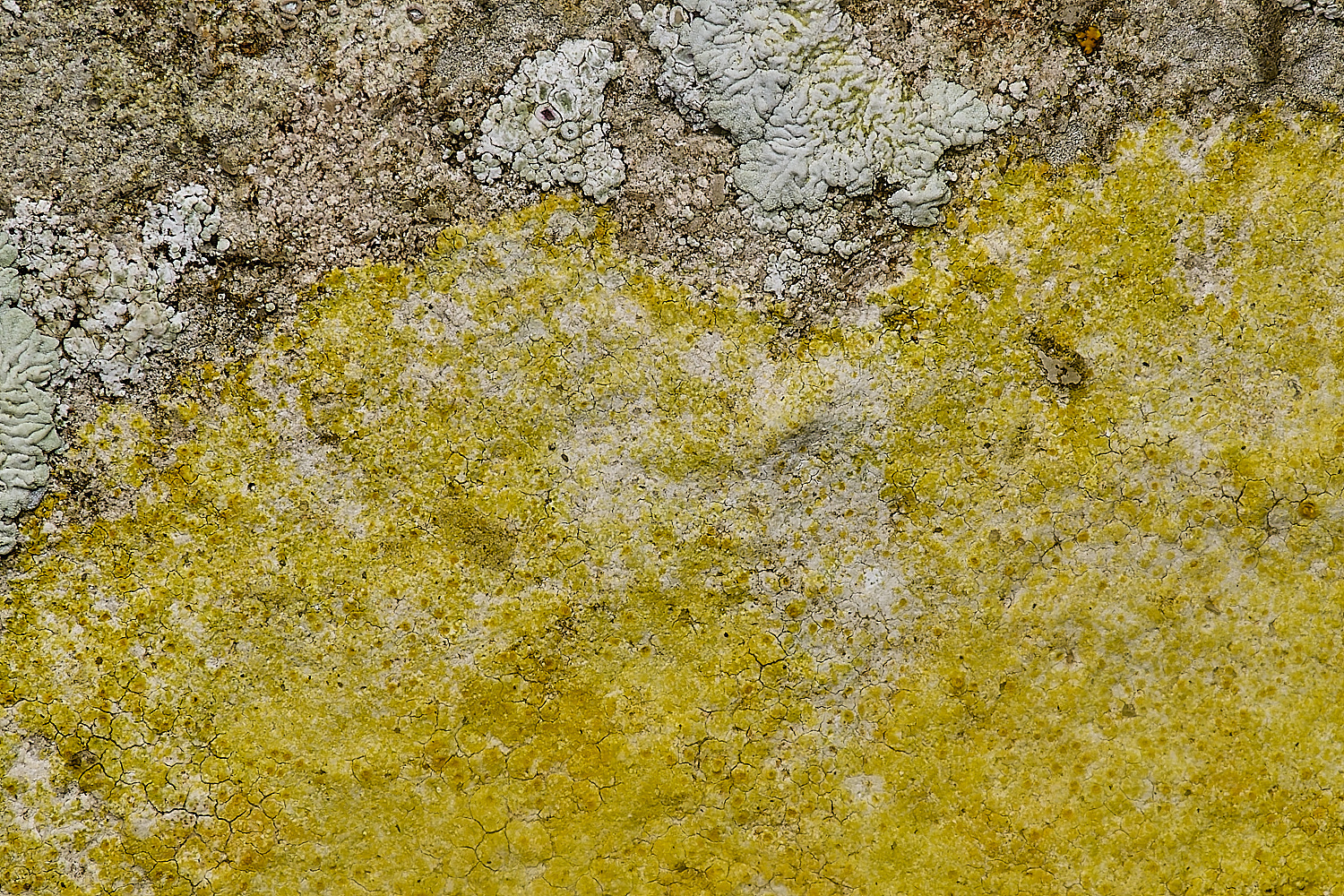
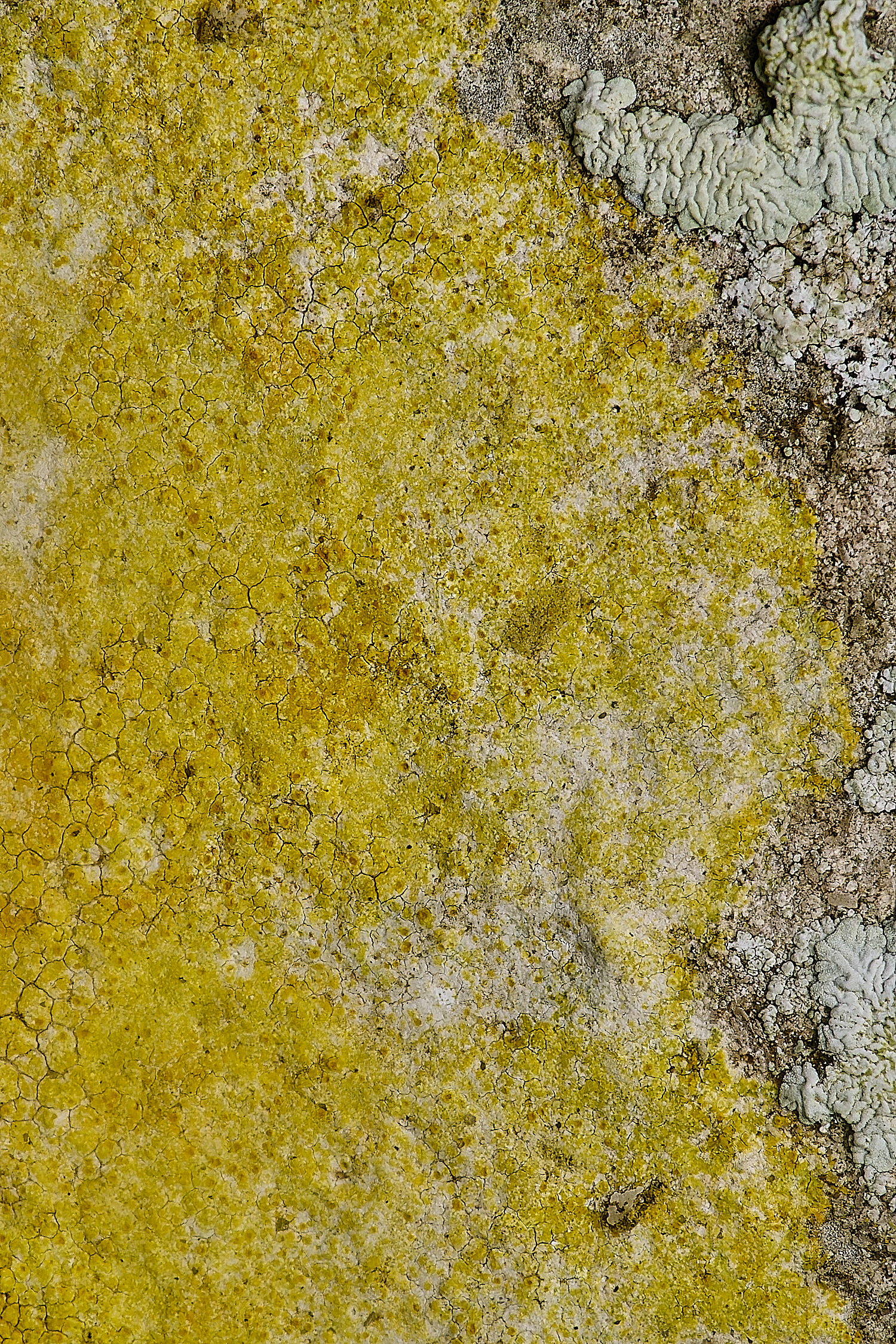
A grazed Caloplaca Sp?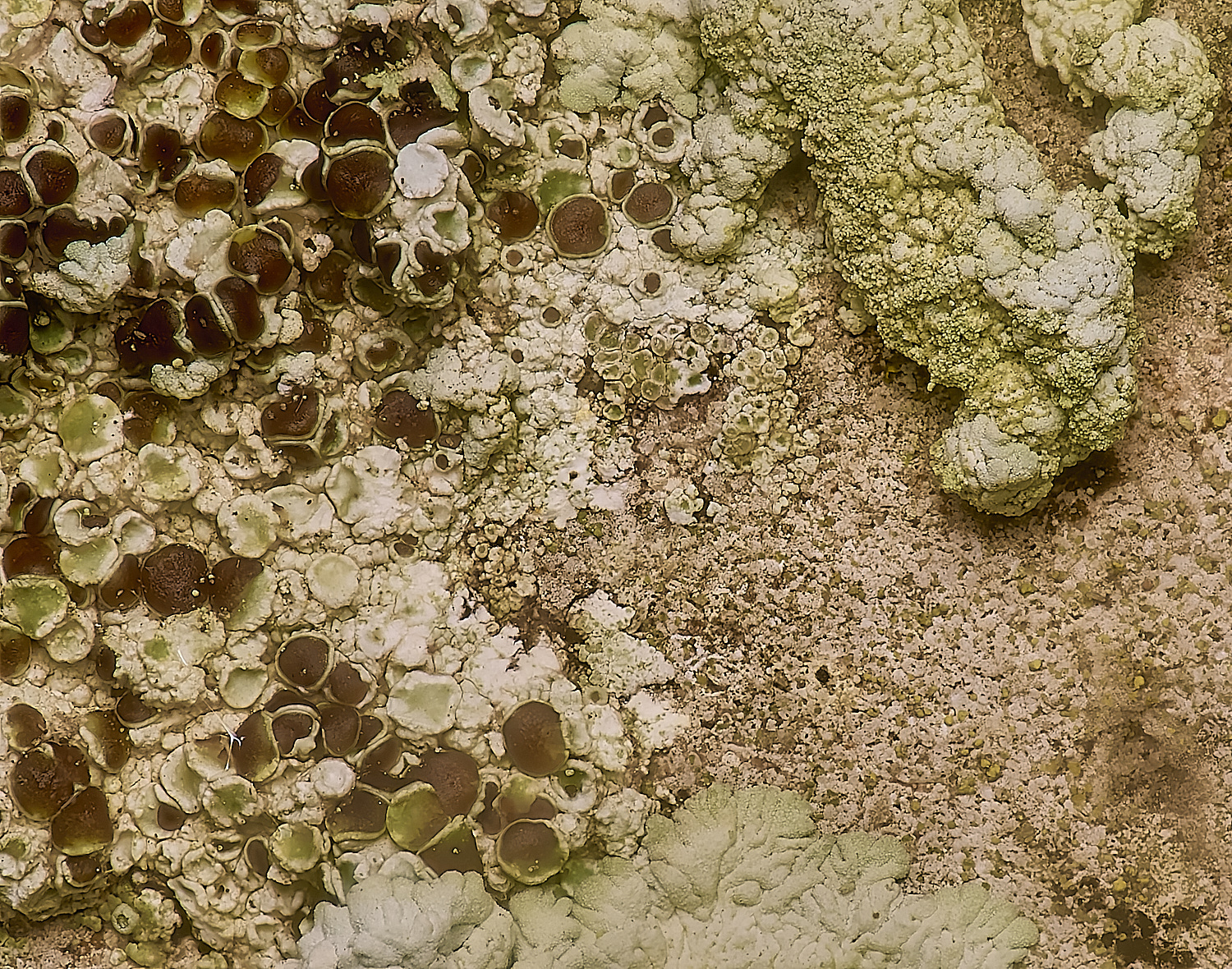
Diploicia canescens ( Very 3D and can lift off the gravestone on which it is very common in this part of the world) is visible in the top right of the image and along the bottom
Diploicia canescens BLS
Diploicia canescens Irish Lichens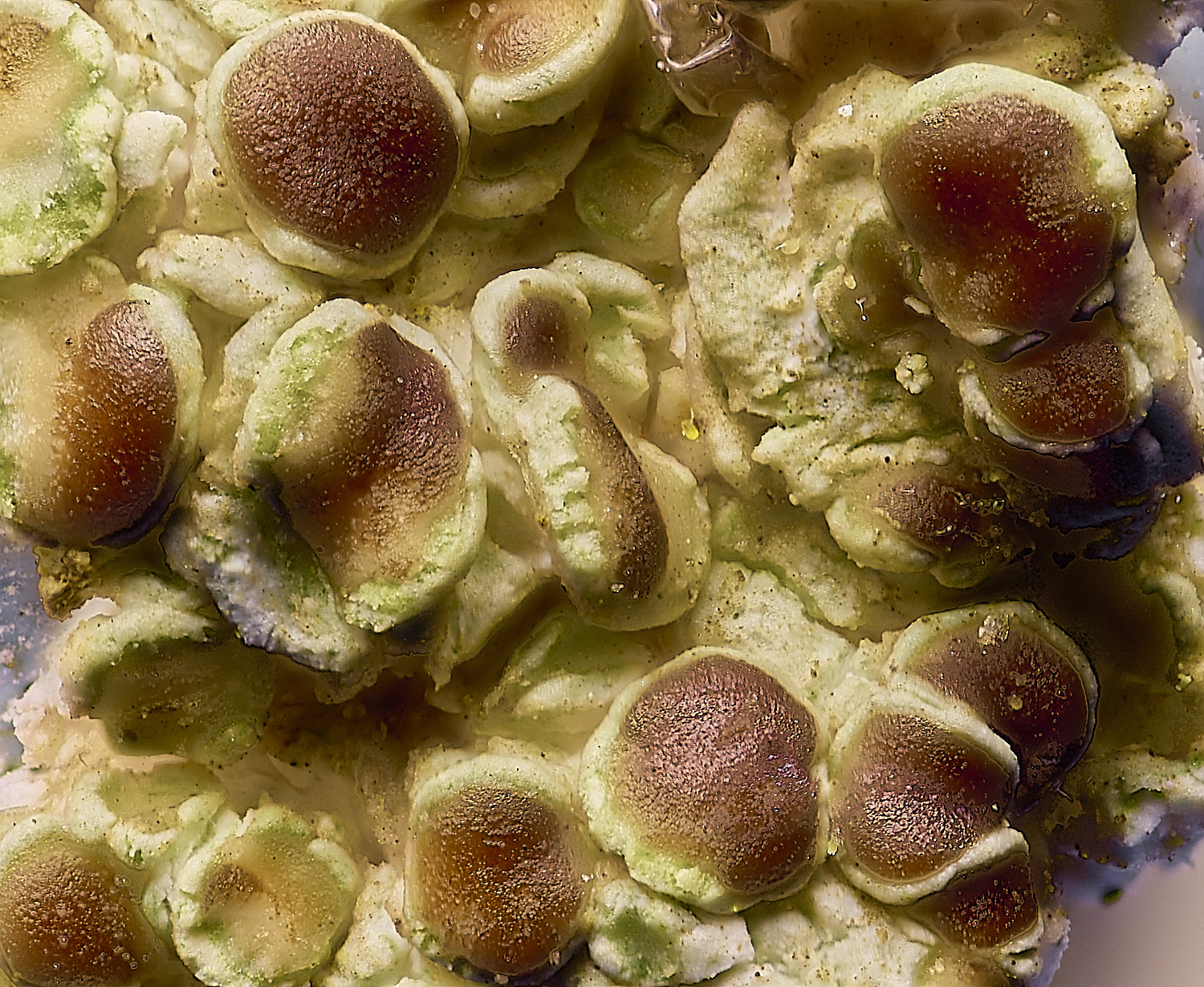
Lecanora sp?
Lecanora campestris subsp campestris
From Lichens Maritime
From Dorset Nature
or
Lecanora horiza
Lecanora horiza Dorset Nature
Lecanora horiza Irish Lichens
Has a fimbriate white prothallus
Chemical reactions very similar
Both can be found on rocks
On reading Dobson L horiza - The apothecia appear larger, more convex and look as if they falling out of the thallus. Which seems to be the case here.
Lecanora horiza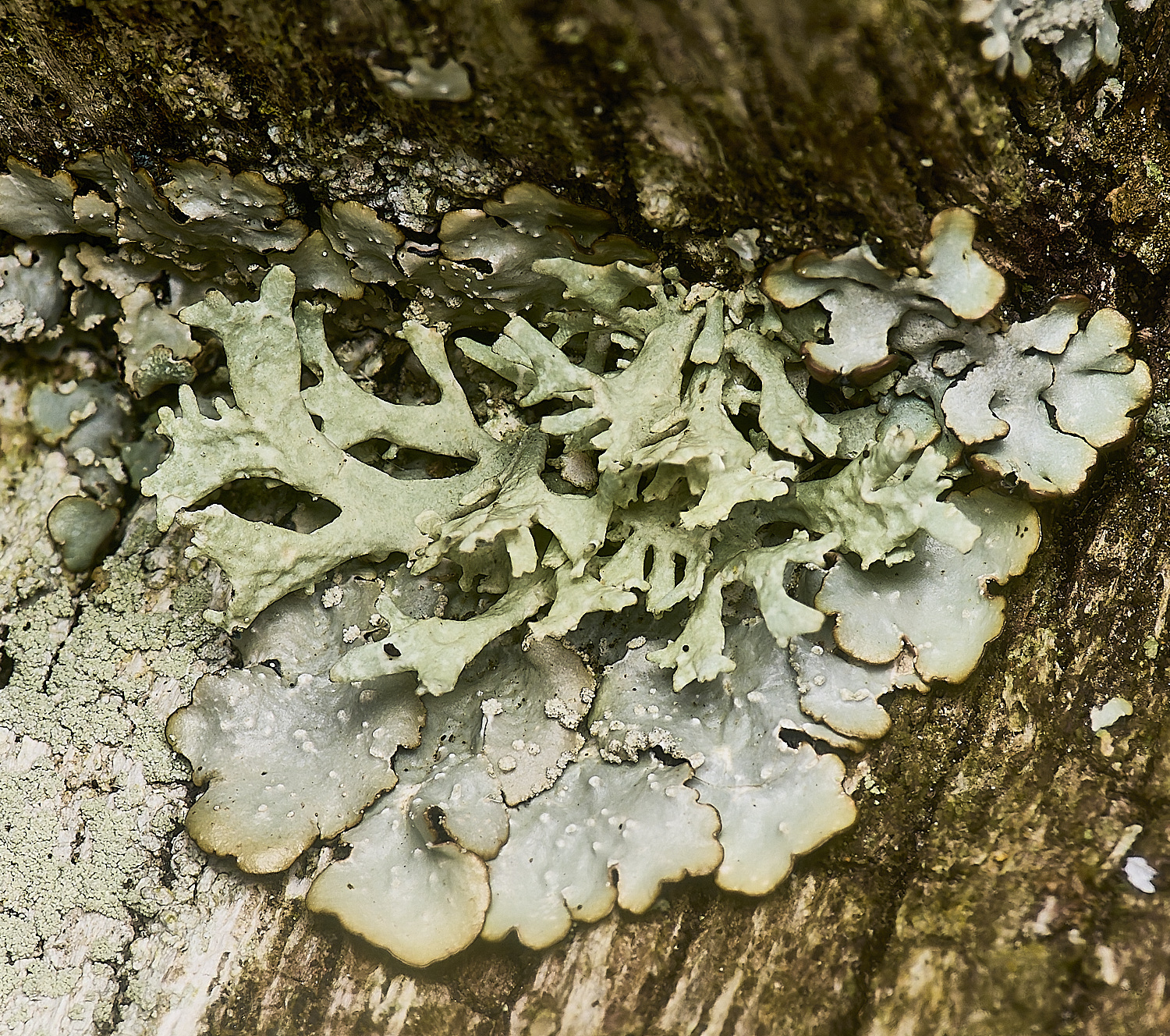
Evernia prunastri, Punctelia subrudecta, possibly Buella griseovirens on the left
Overlapping lobes 5mm wide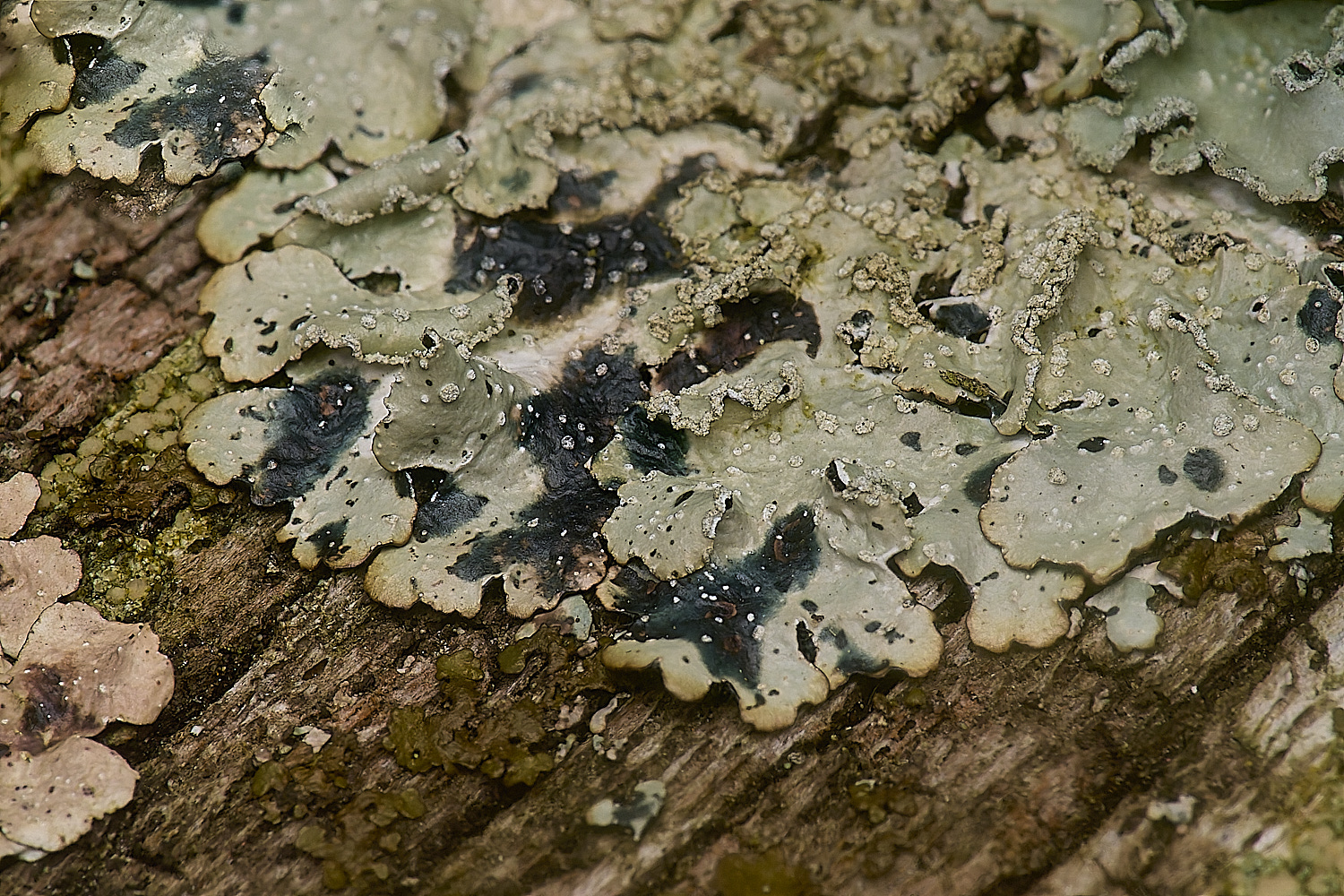
A Lichenicolous fungi present on the thallus 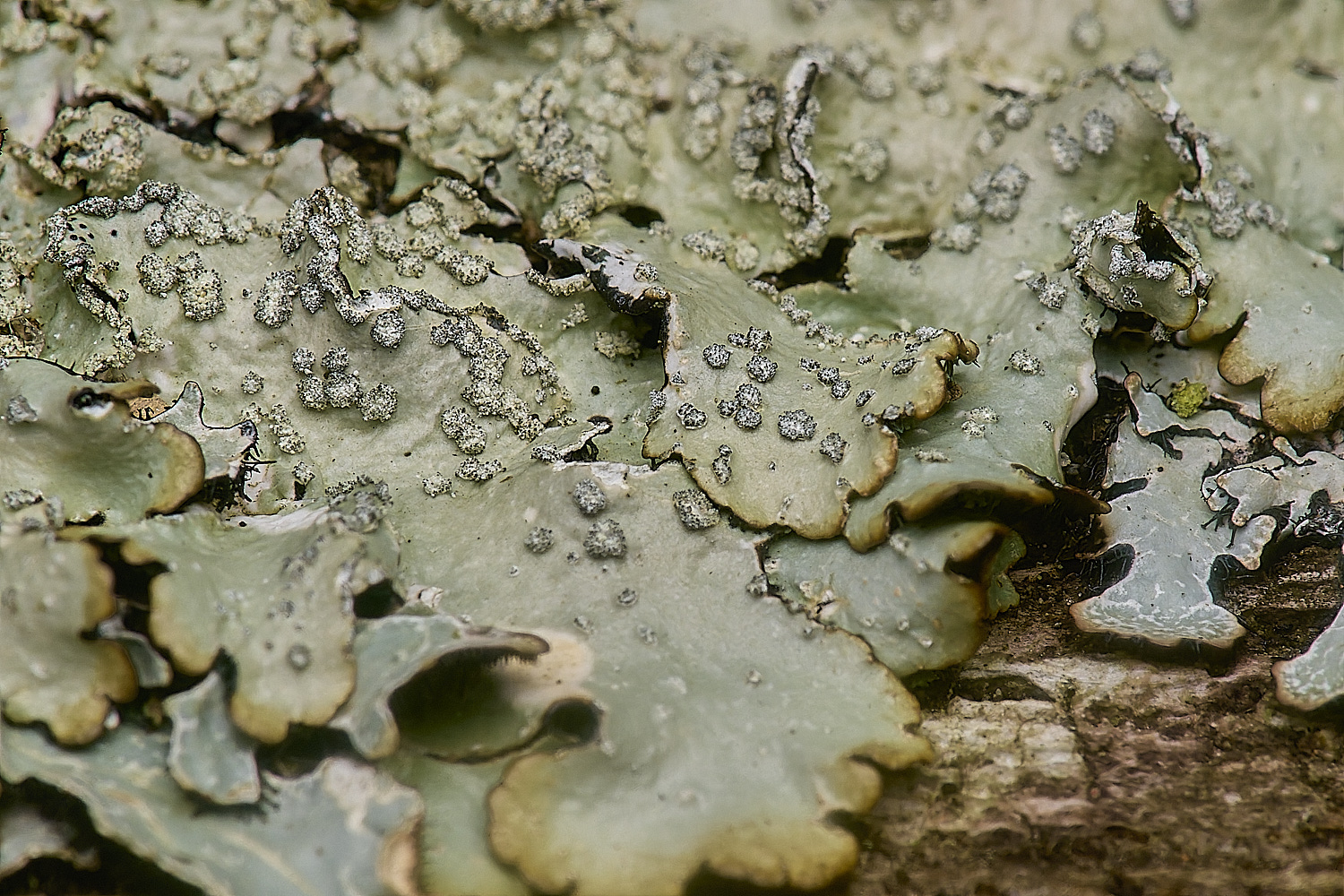
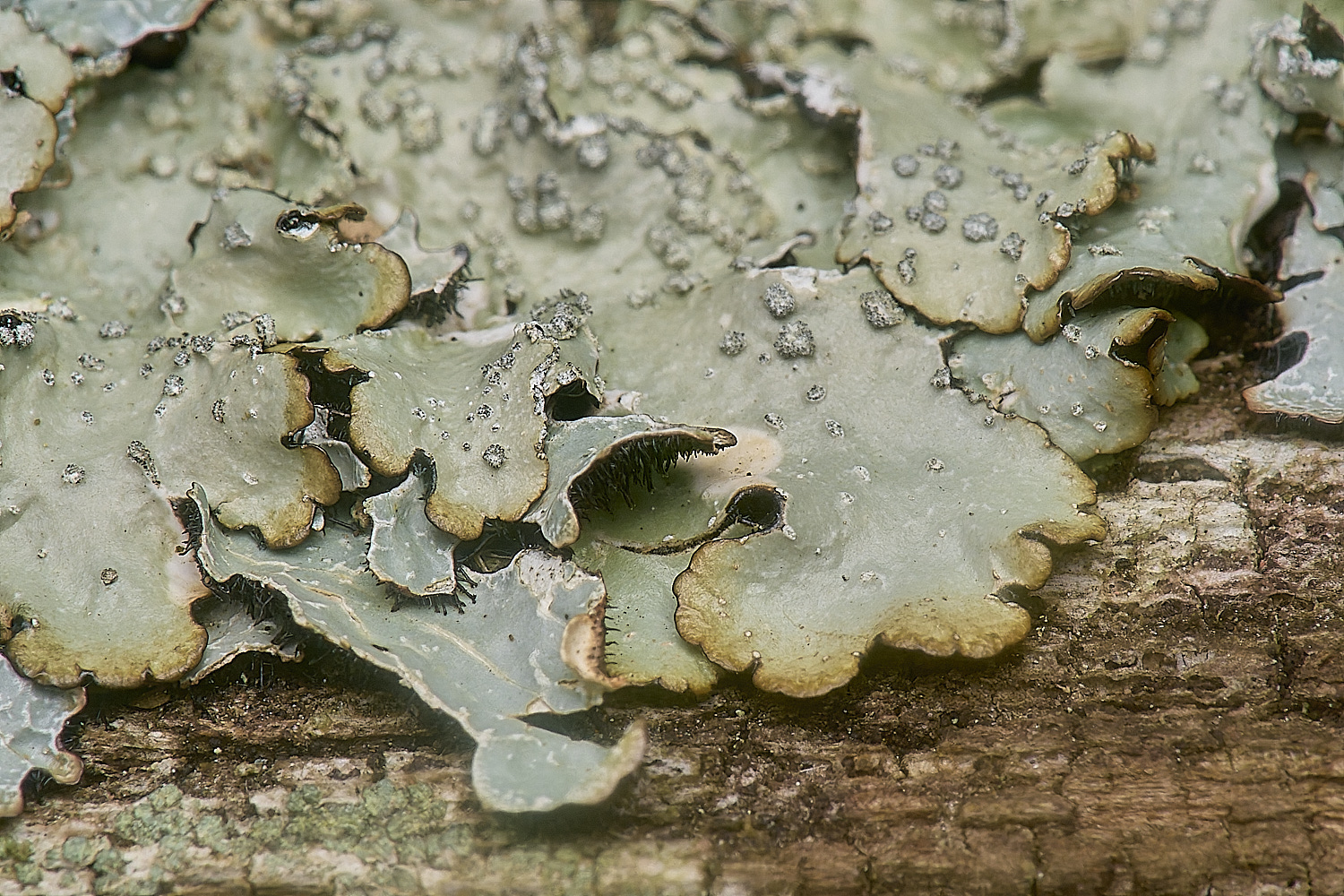
Brownish tip to the thallus
Simple rhizines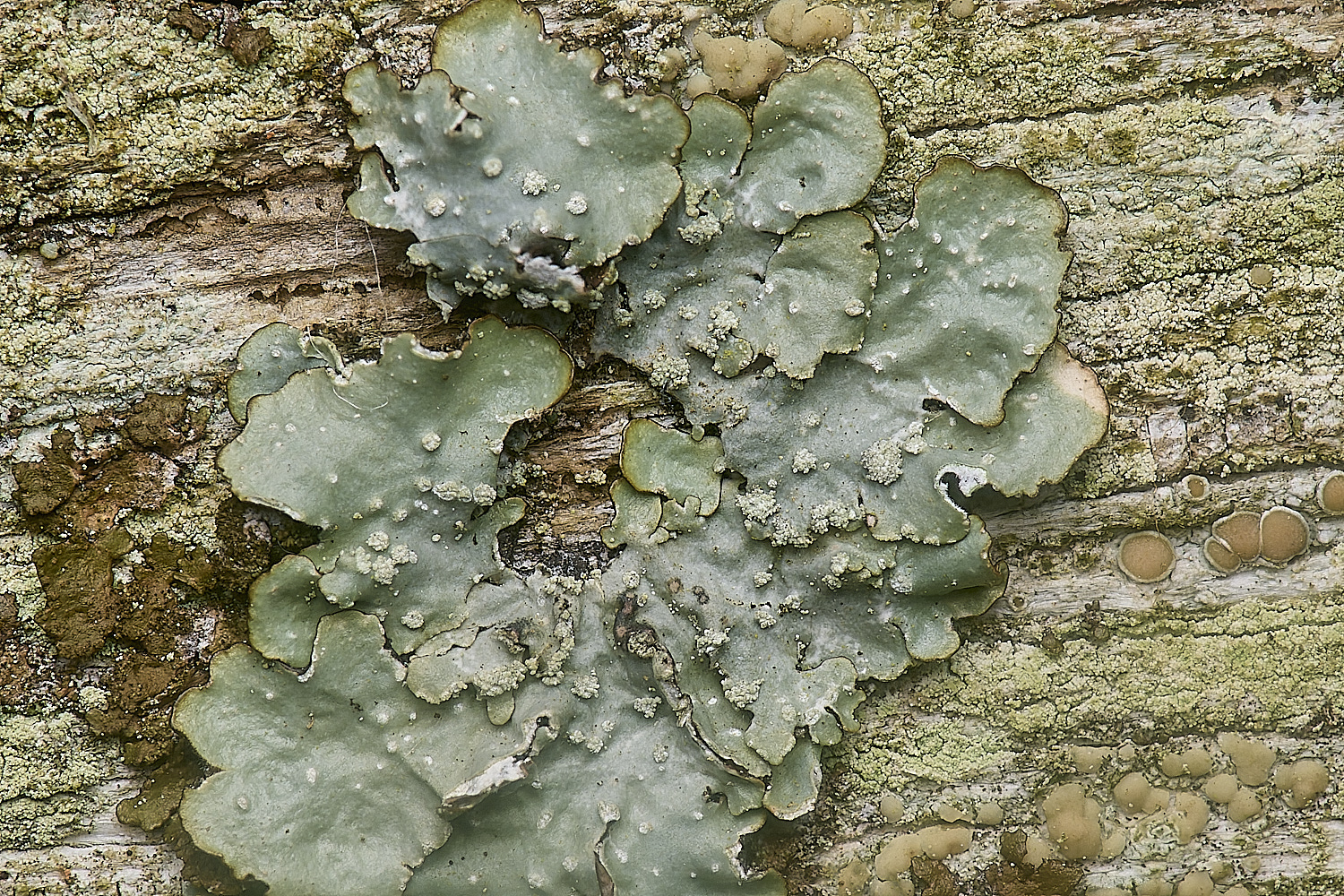
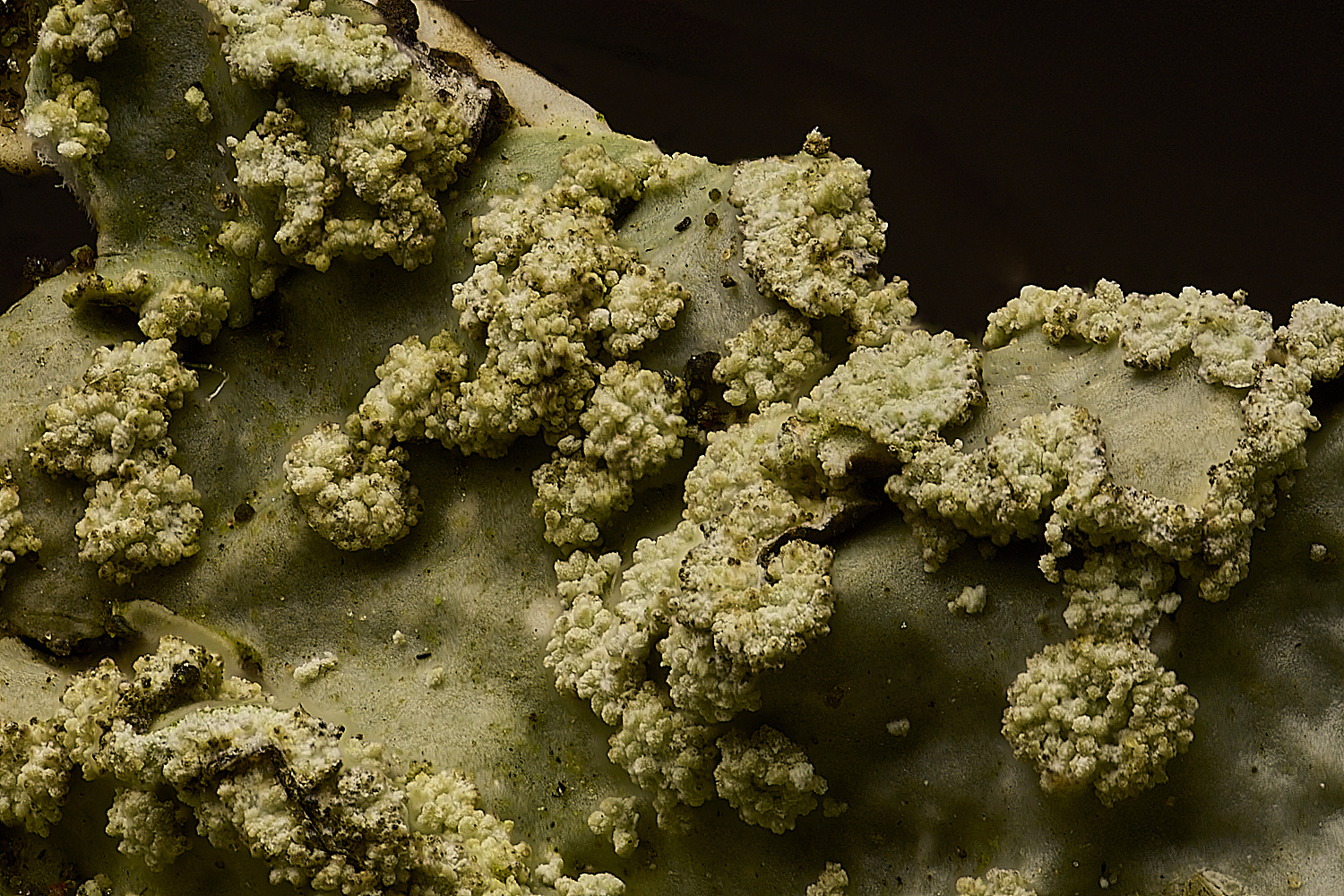
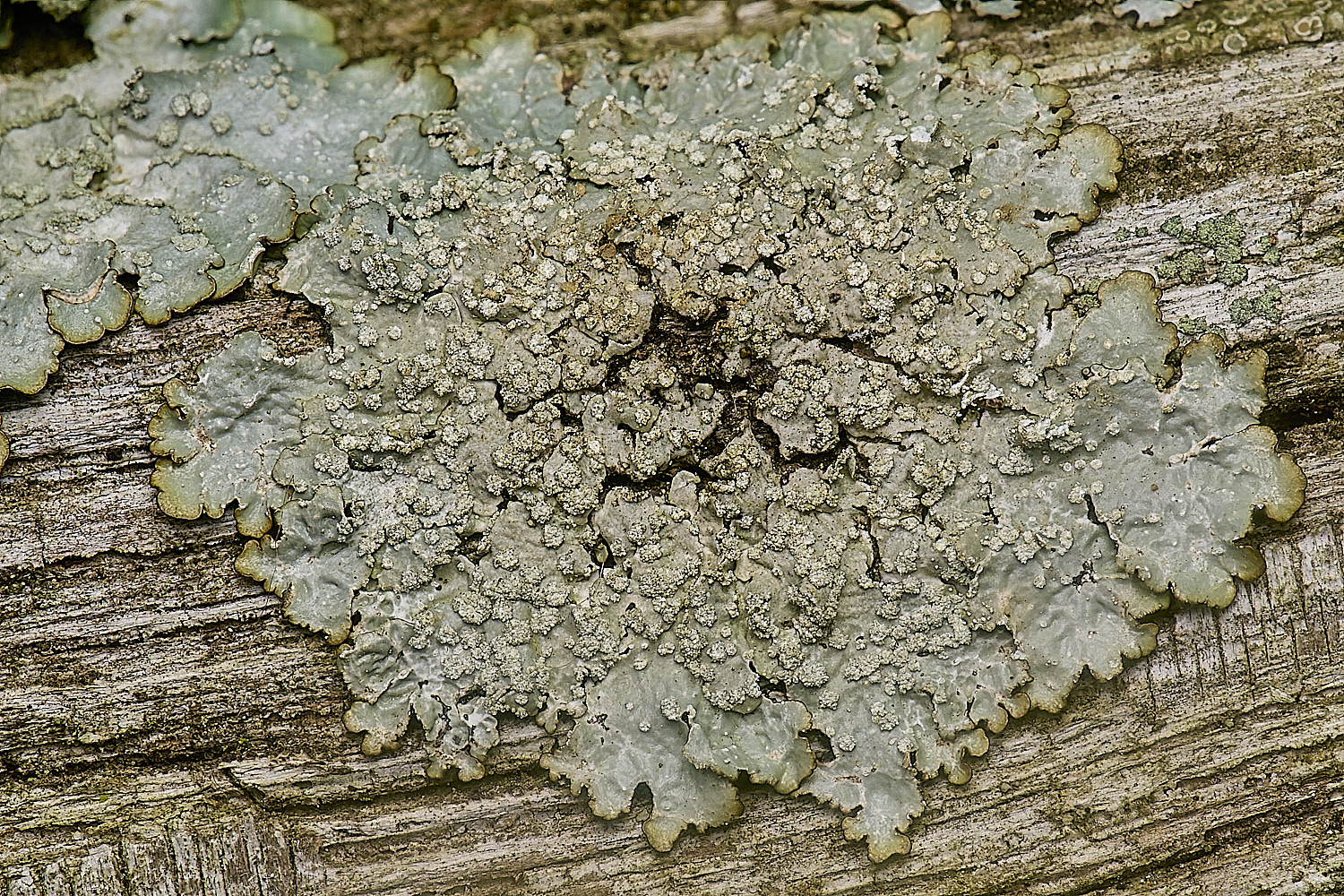
White networlk visible on the thallus
Parmelia subrudecta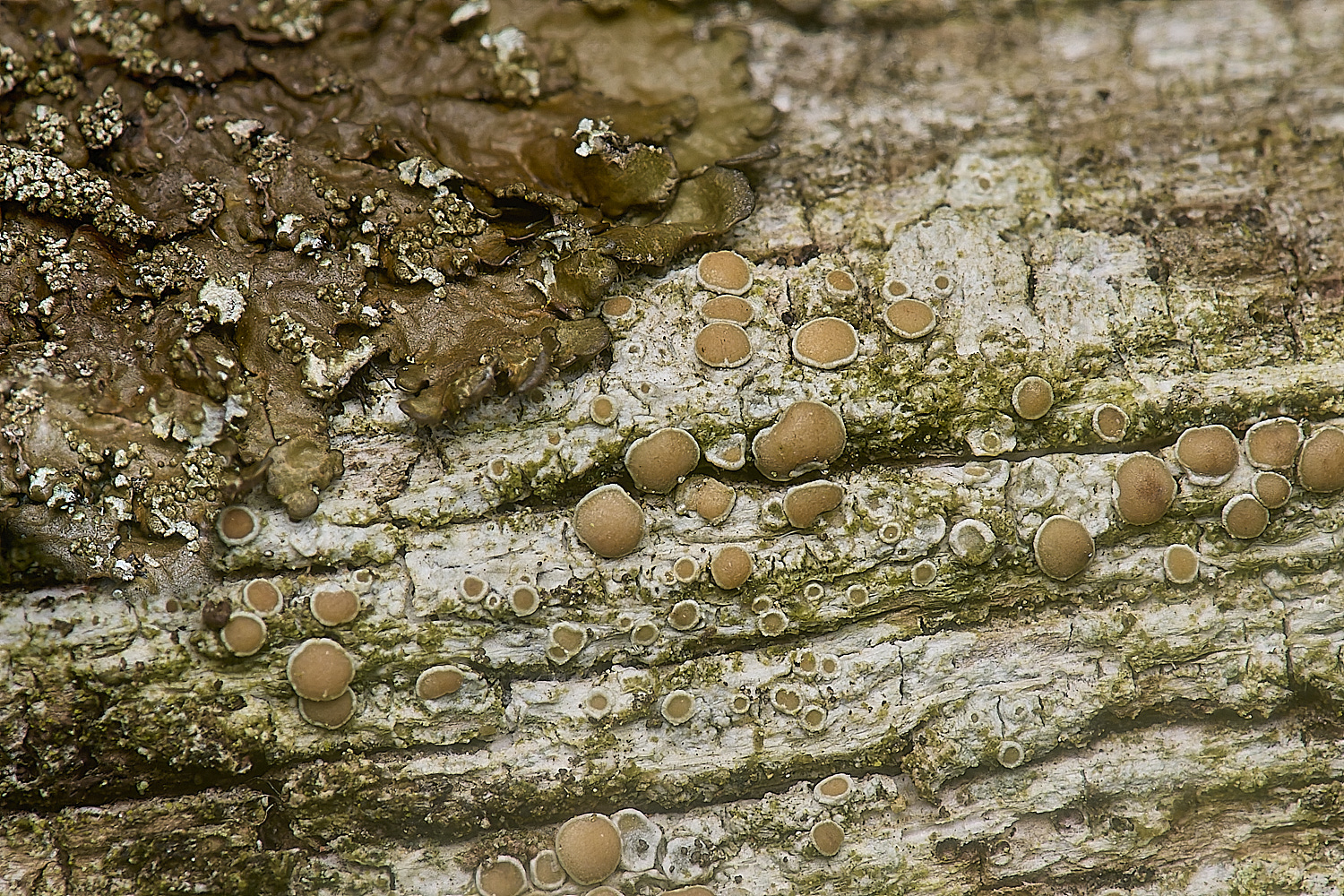
Lecanora hybocarpa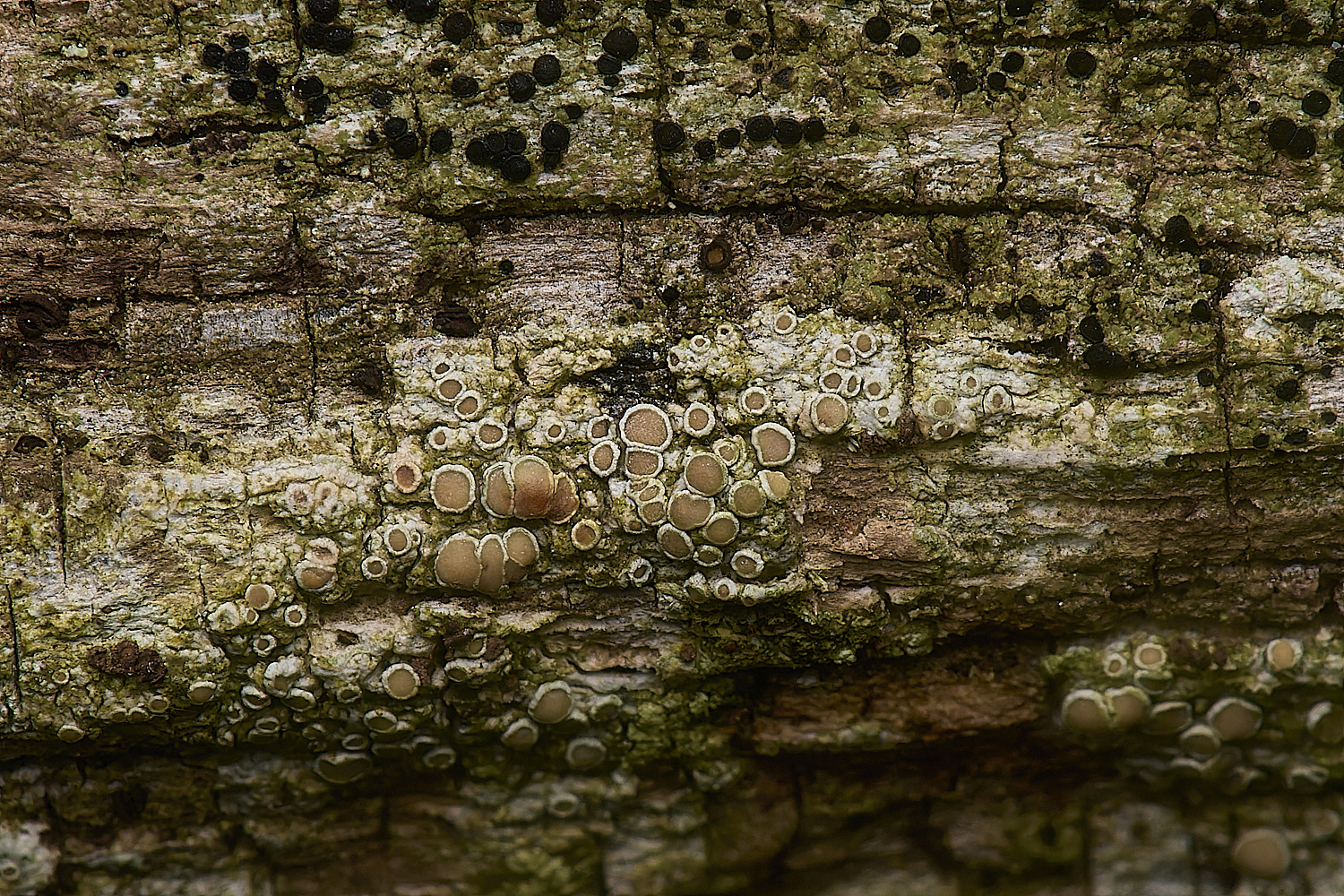
Lecanora hybocarpa & Amandinea punctacta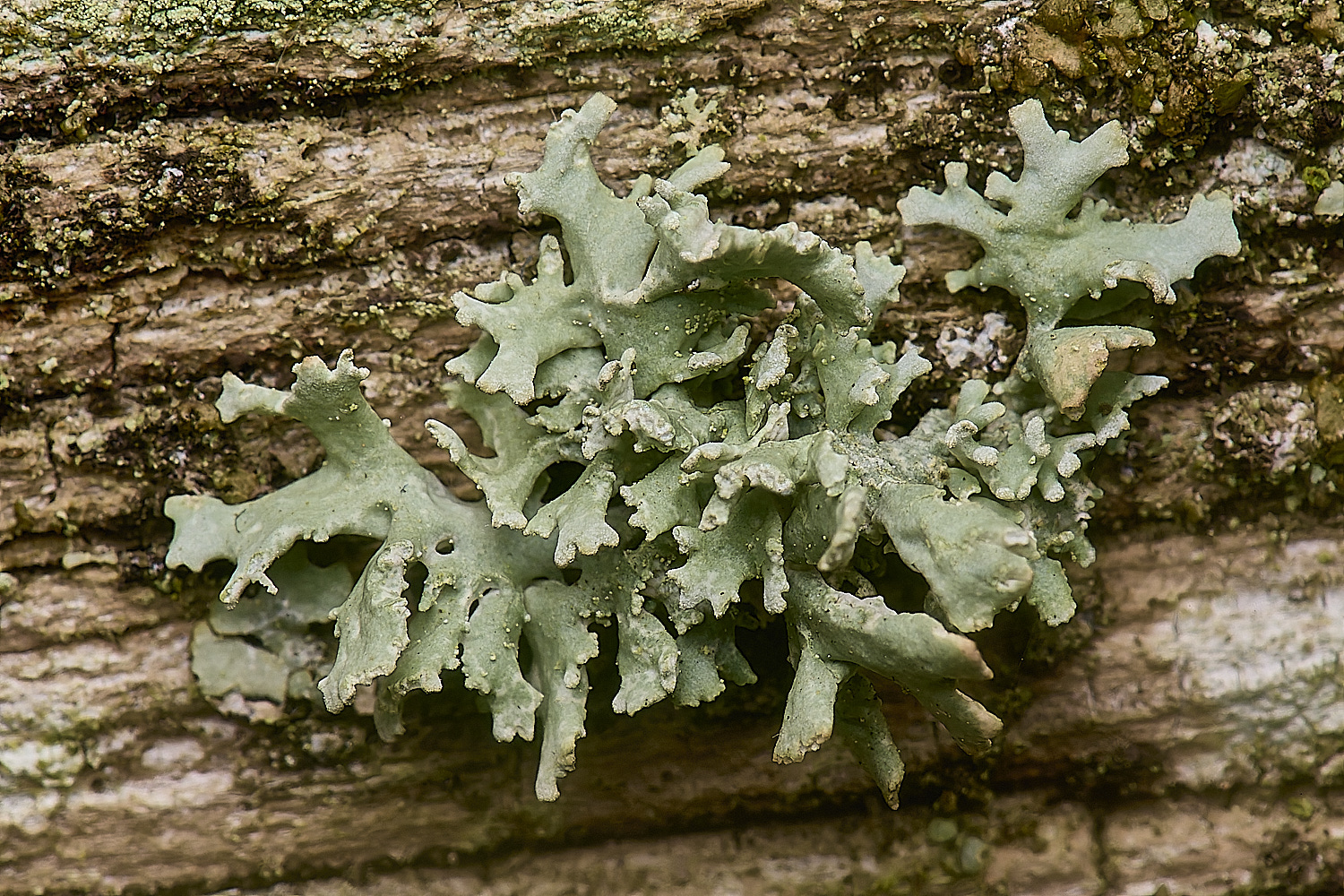
Everna prunastri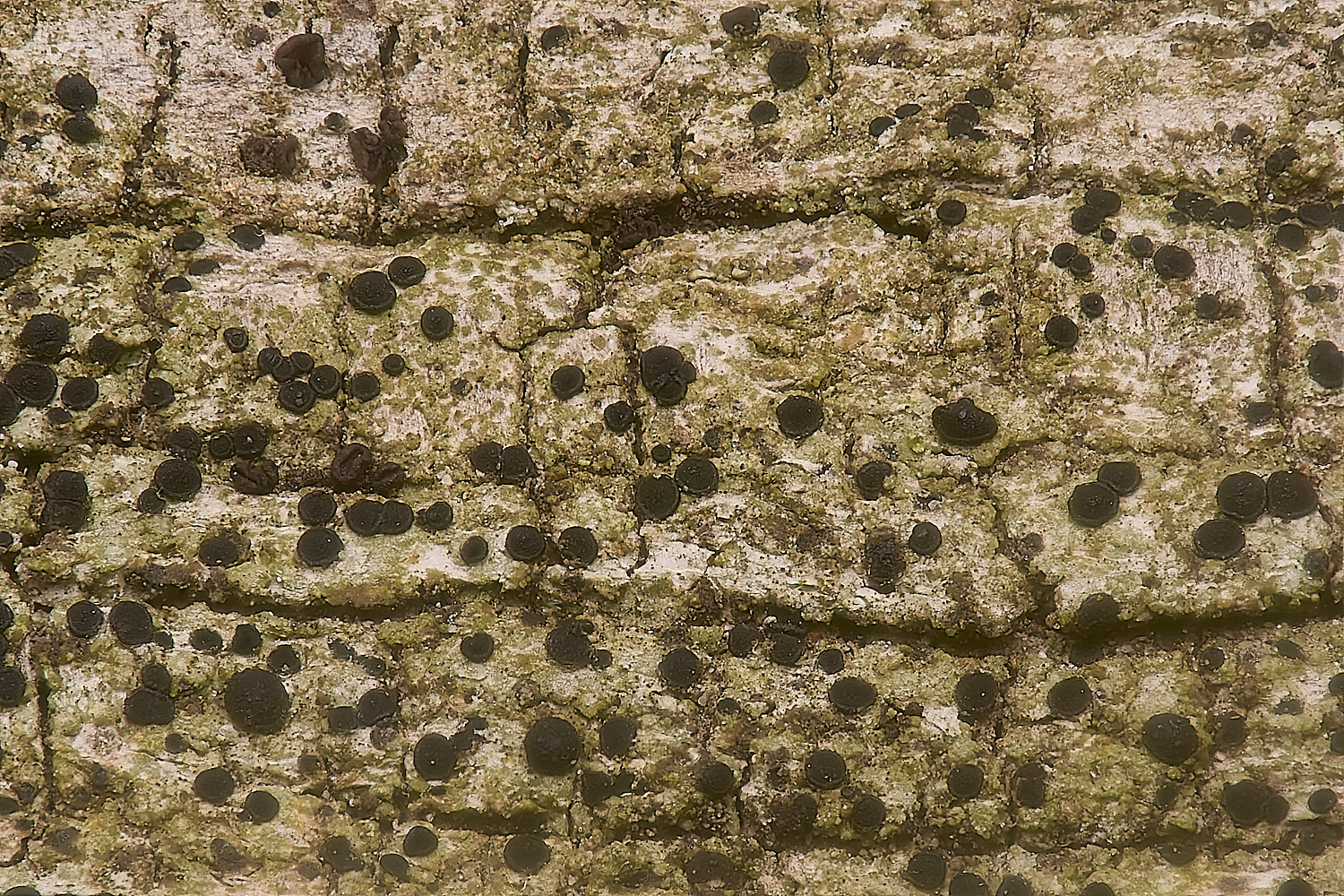
Amandinea punctacta
Melanelixia glaburata?
Very few isidia or just a young one?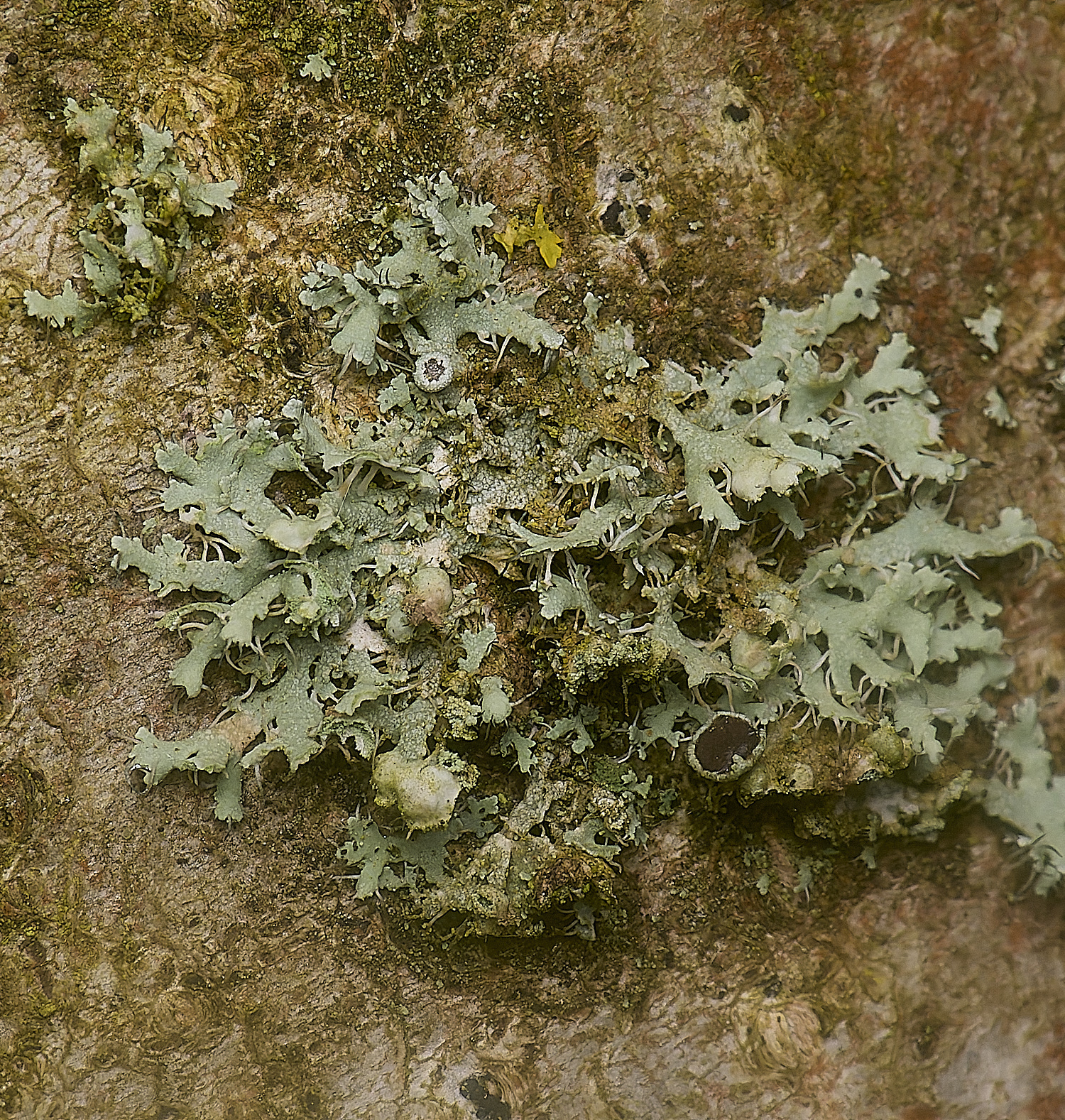
Physcia Sp?
Physcia adscendens BLS
Physcia tenella BLS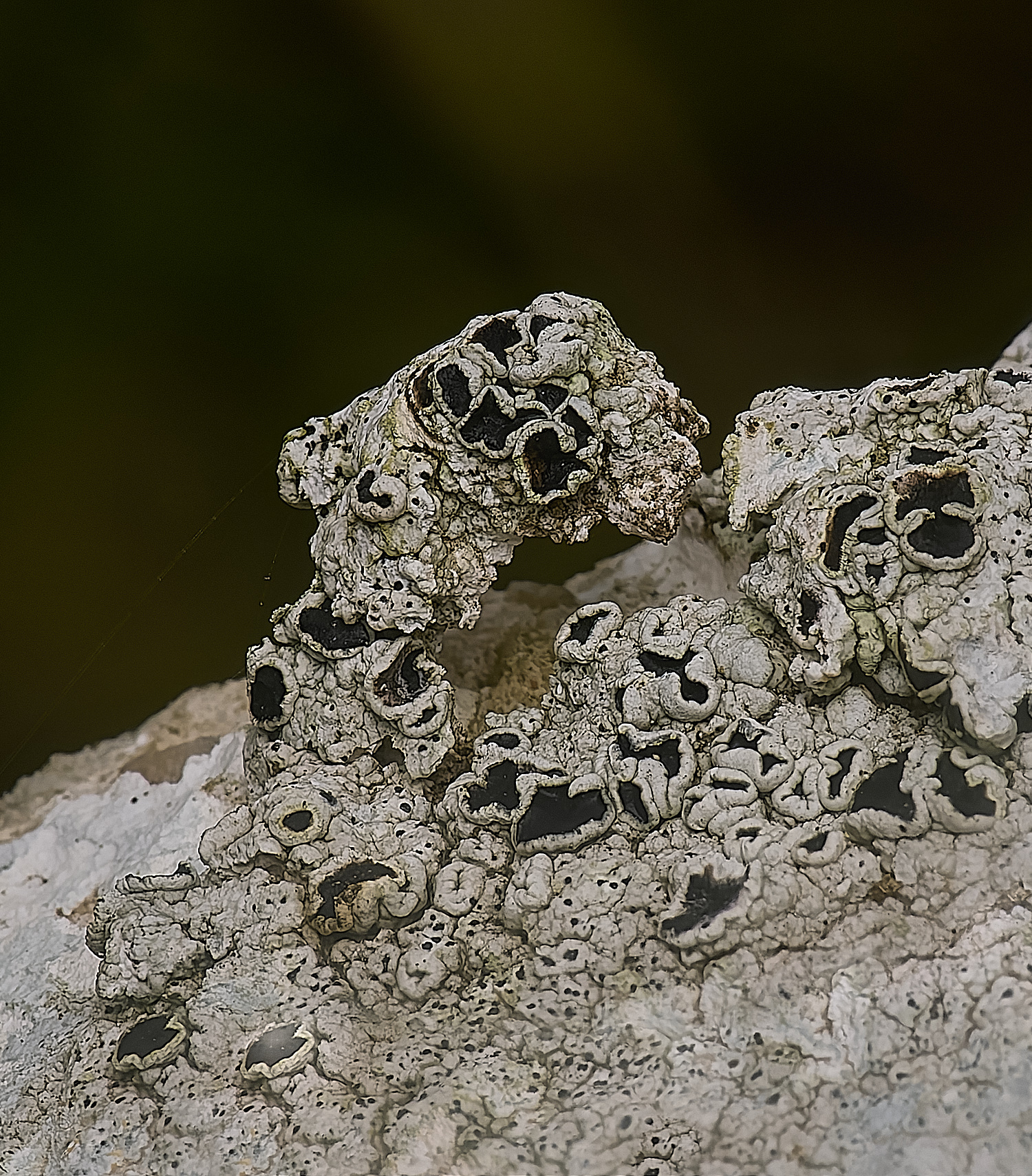
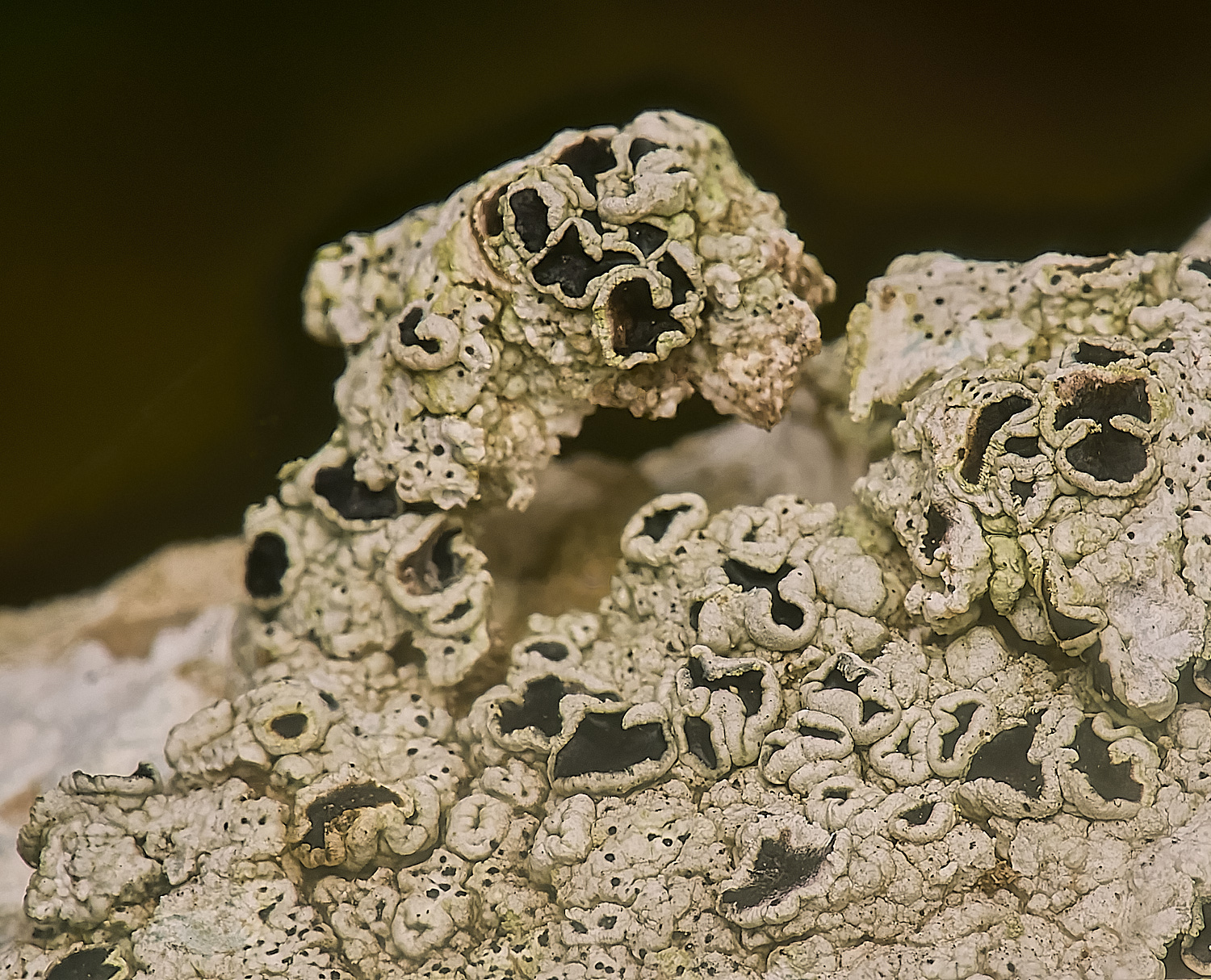
Tephrormela atra?
Dillington
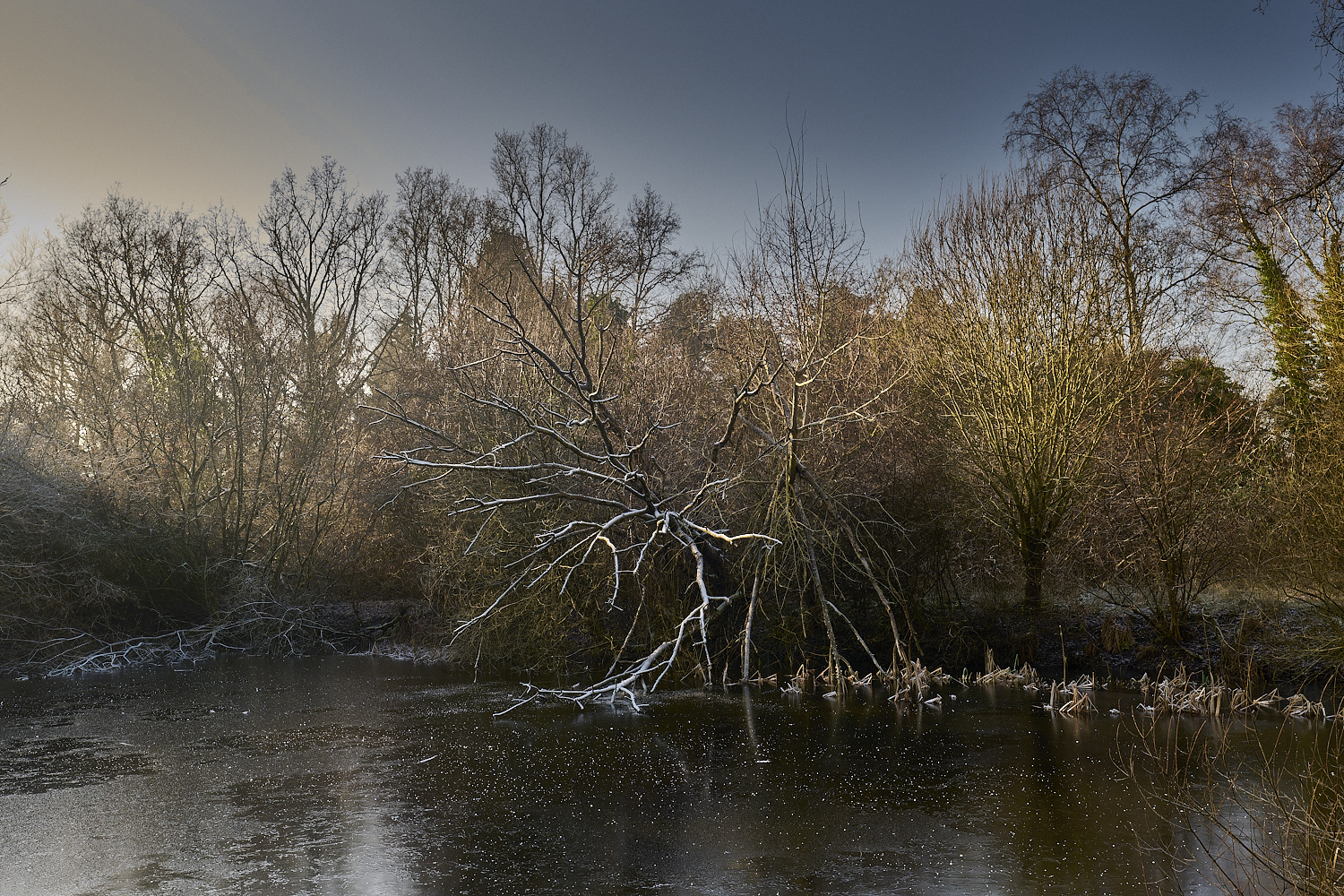

Small Moss Oysterling (Arrhenia retiruga)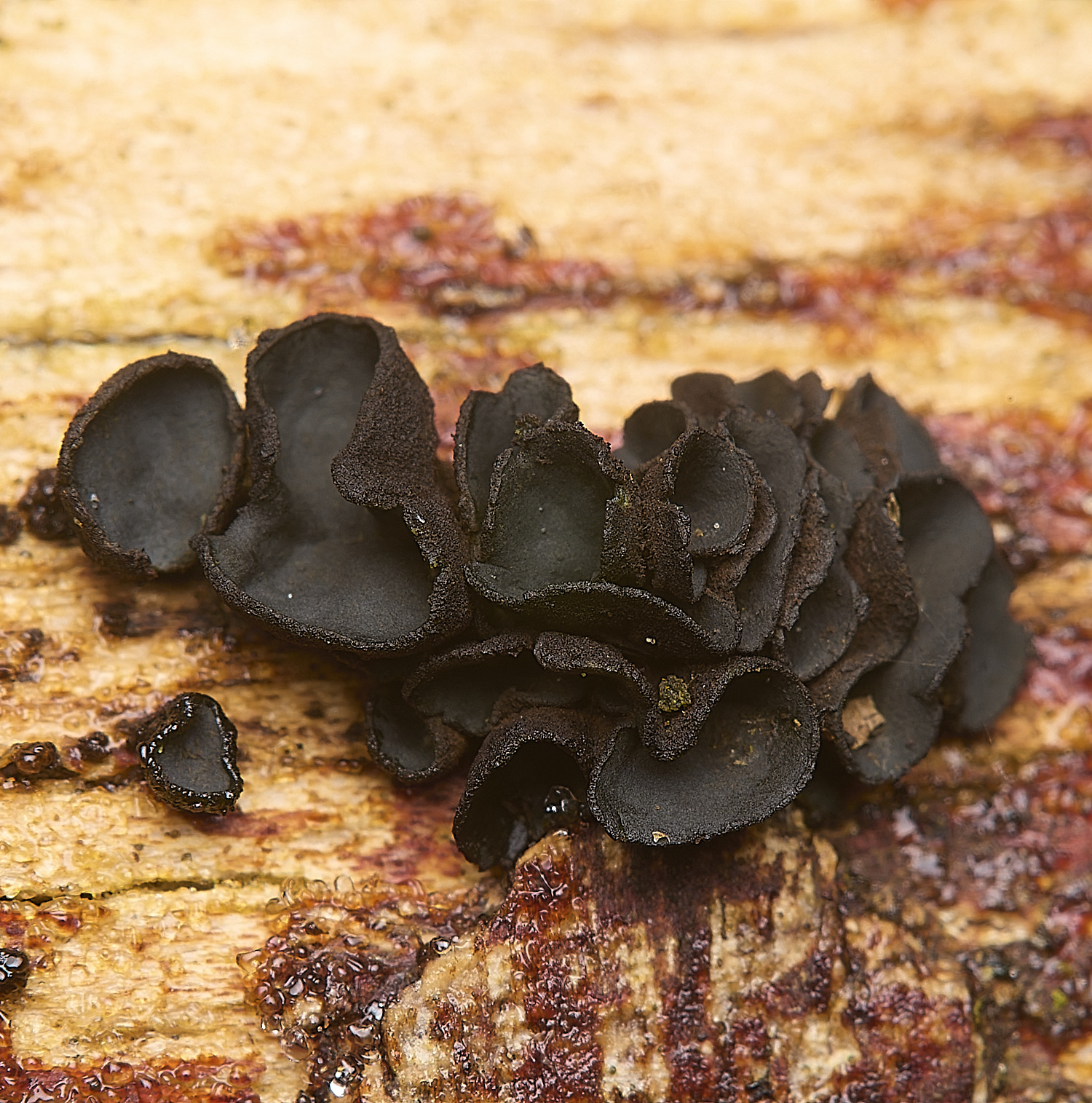
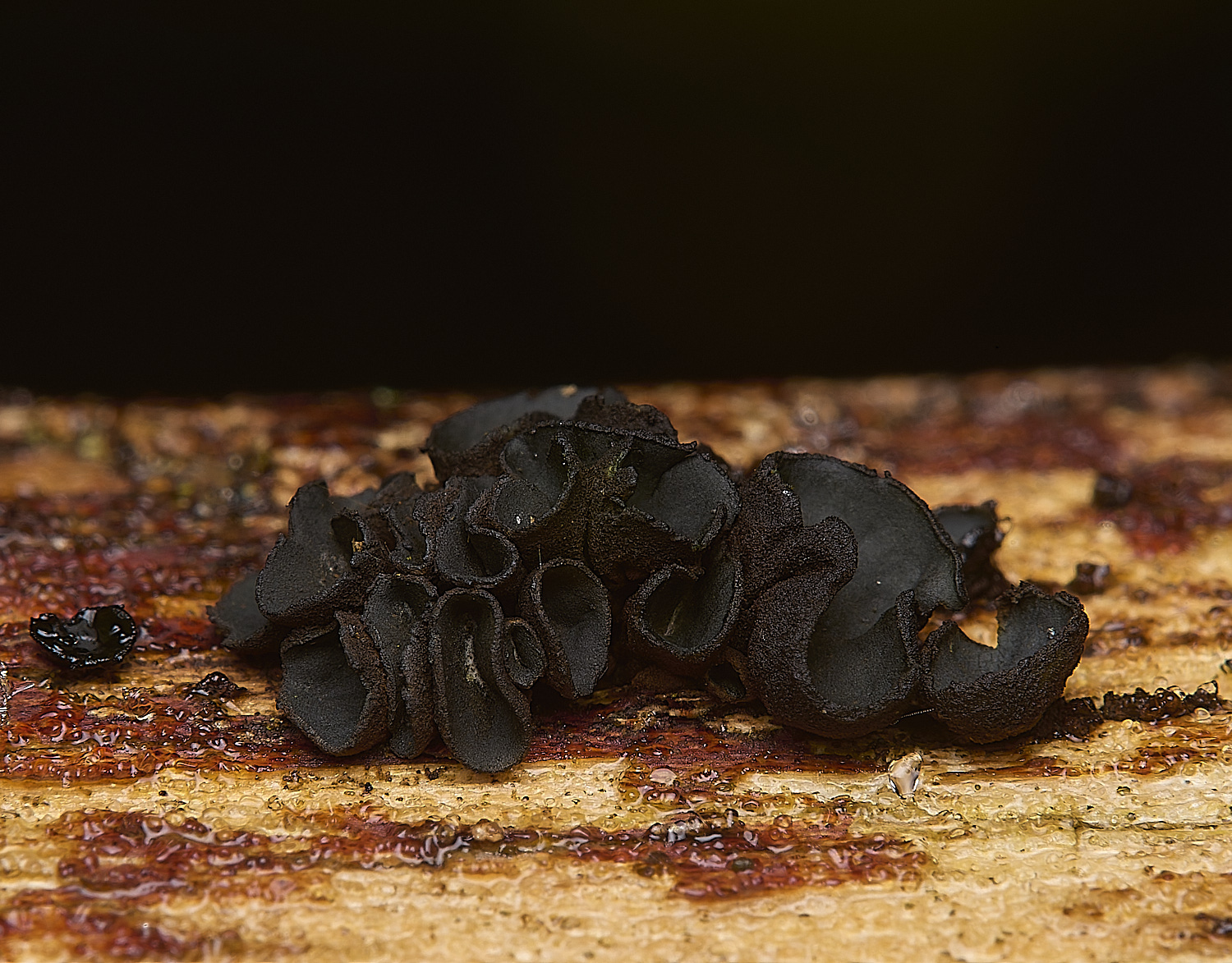
JE posted this on the BMS facebook page for an id
SW then confirmed it.
Ionomidotis fulvotingens
Judging from other images on the internet this species can be yellow, green/orange or black?
A very fine inwardly folding disco
Something new for Norfolk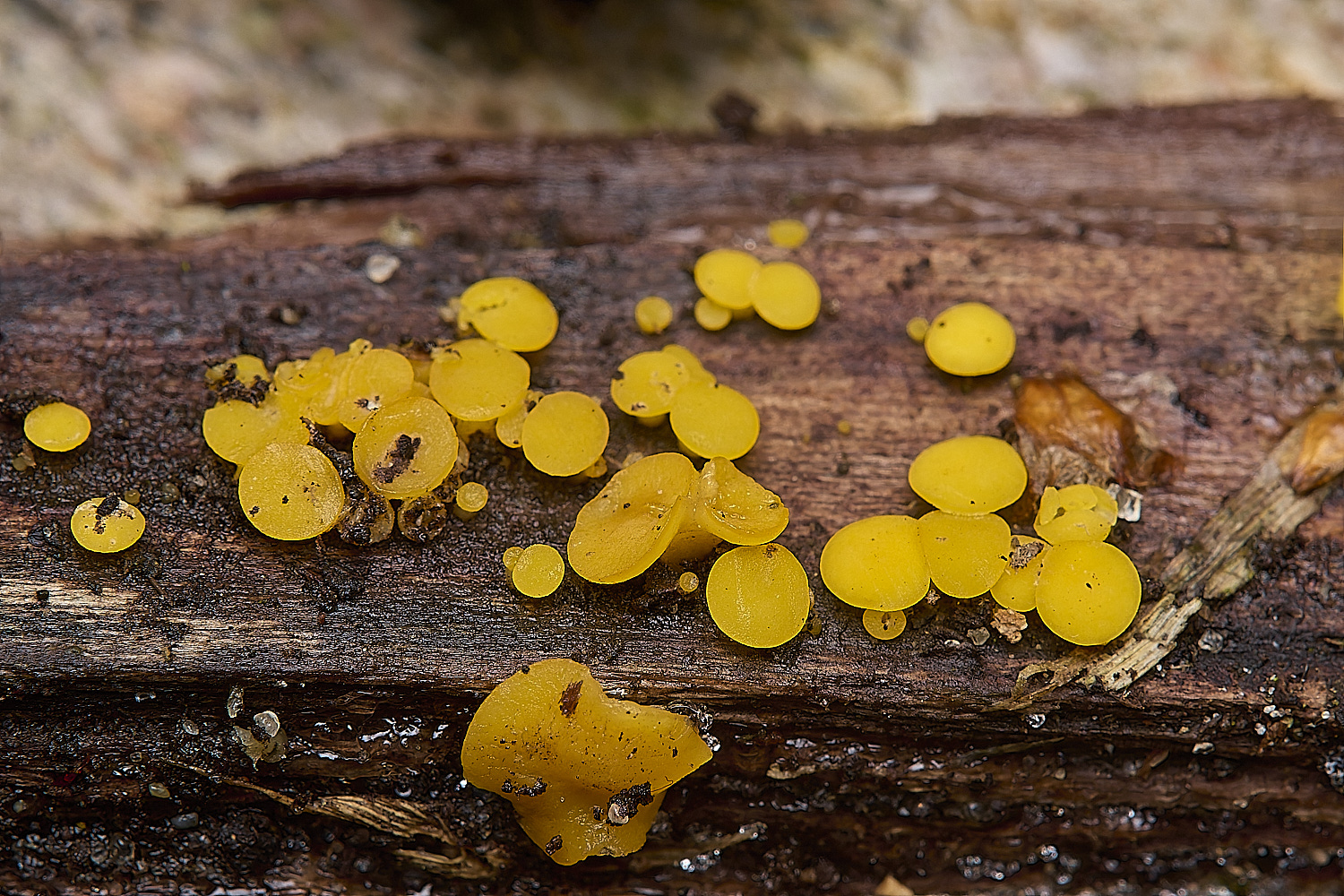
Sulphur Disco (Calycina claroflava)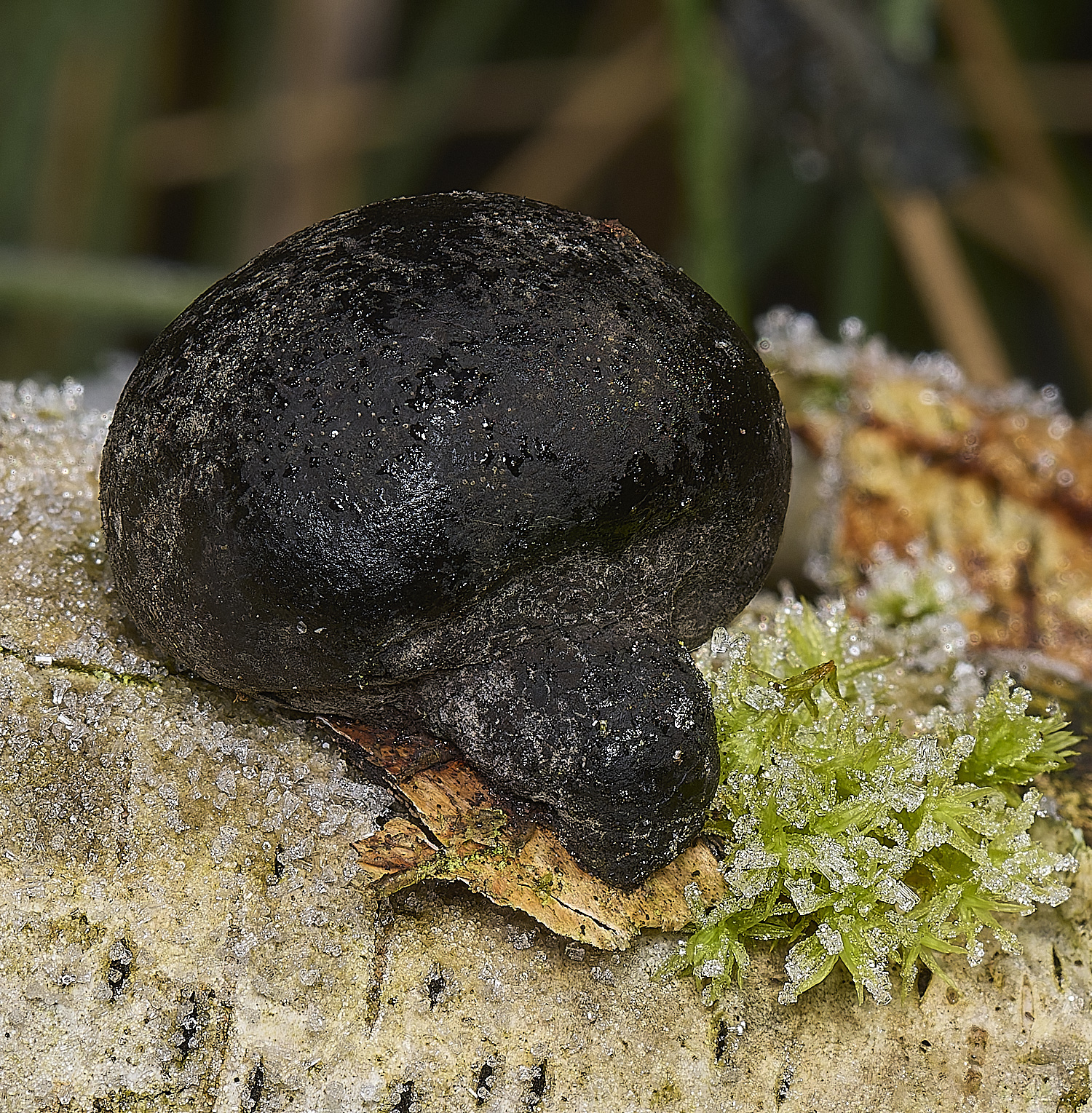
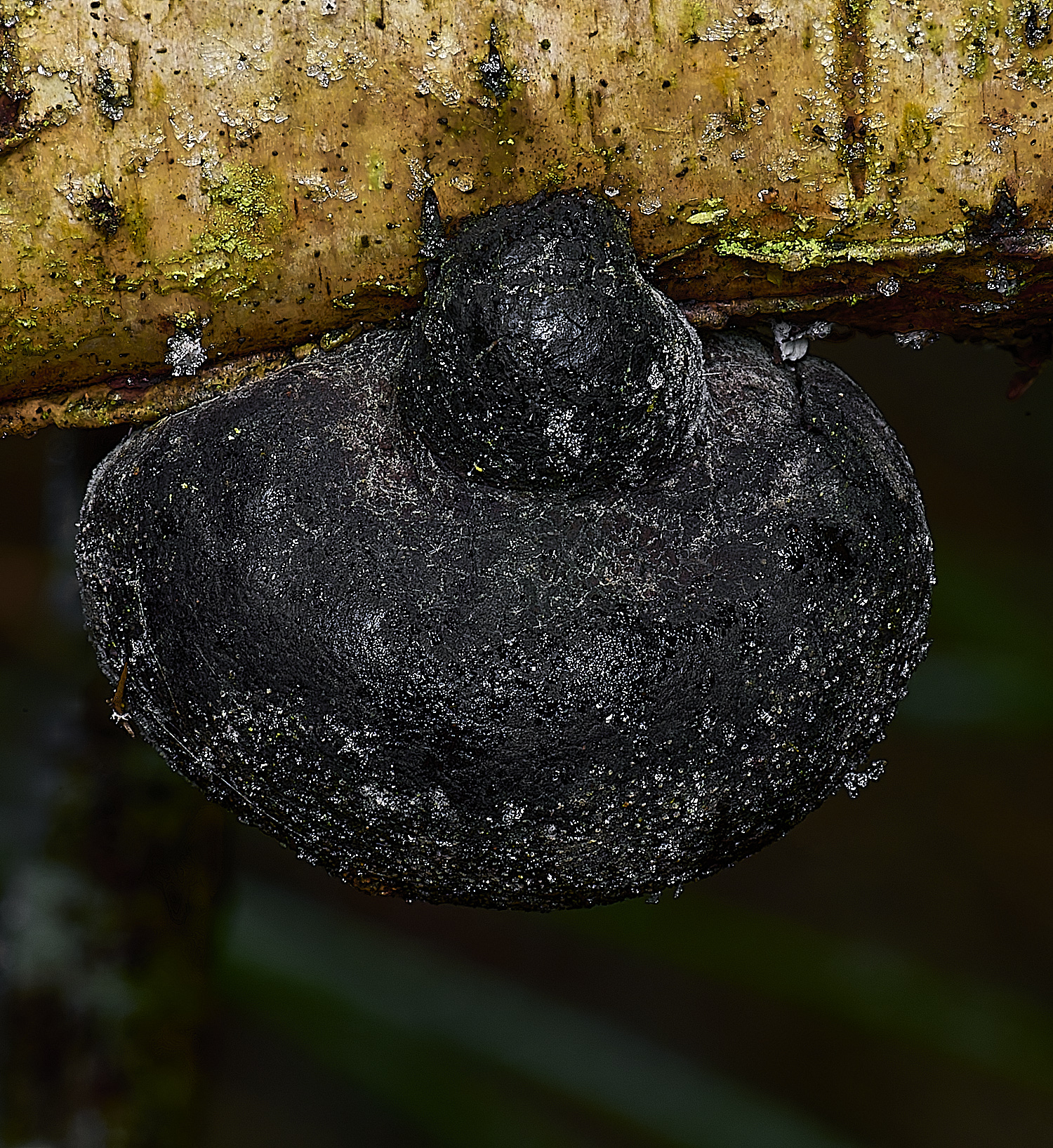
Daldinia Sp
From Tony M
The small 'cramp ball' on the fallen birch trunk was odd - Daldinia decipiens appears to be the only Daldinia with a stipe on Betula.
KOH pigment purple with ascospores dehiscing nicely so you would have thought job done. BUT the spore size is too small at 12.5 x 6.1 Q=2.1 (n=23). Ref:
The provisional key published by Fournier & Stadler in 2009 and Polyphasic taxonomy of Daldinia, Stadler et al 2014. Not sure where we go from here (& interestingly,
there is decent ITS barcode available on Genbank MB474112 referenced by Stadler et al).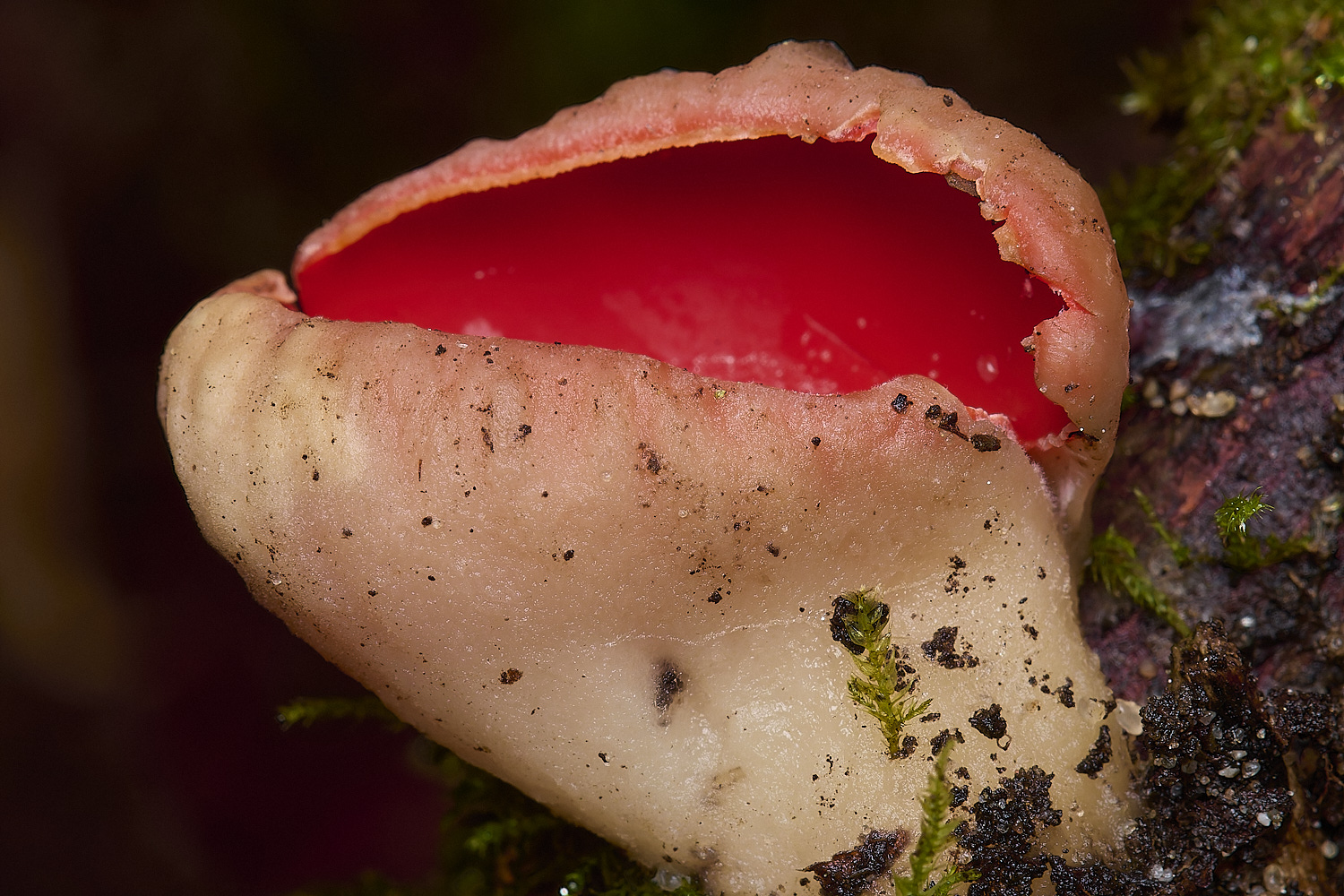


Matted hairs
Ruby Elfcup (Sarcoscypha coccinea)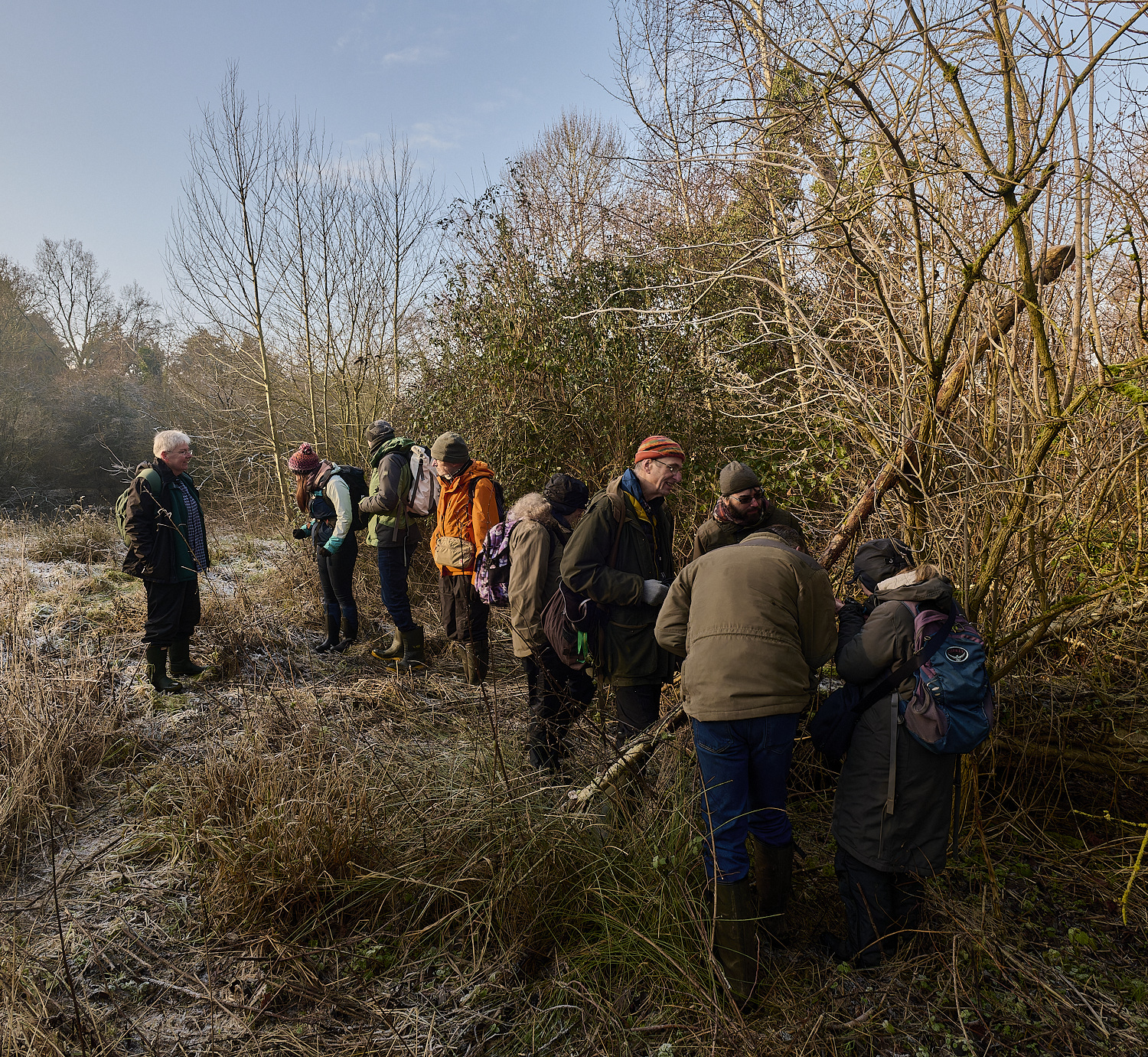
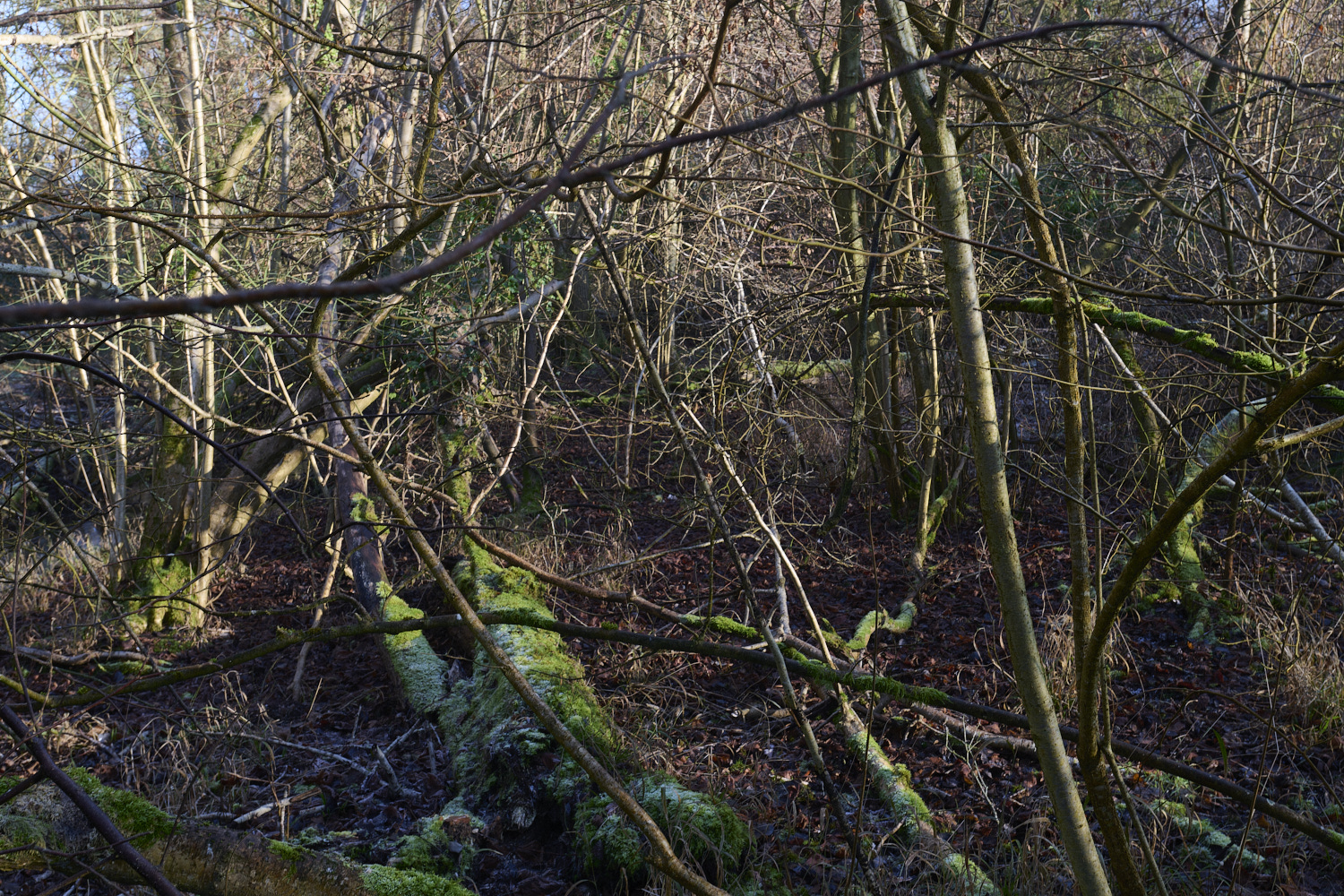

Fungal Ice Cubes
Glyphium elatum on Elder
Glistening Inkcap (Coprinellus micaceus)
From YM
The C. micaceus were a soggy blob when I got home but I am sure they were these - the spores were right and they had caulocystidia which I had seen with the hand lens in the field.
Lichen Sp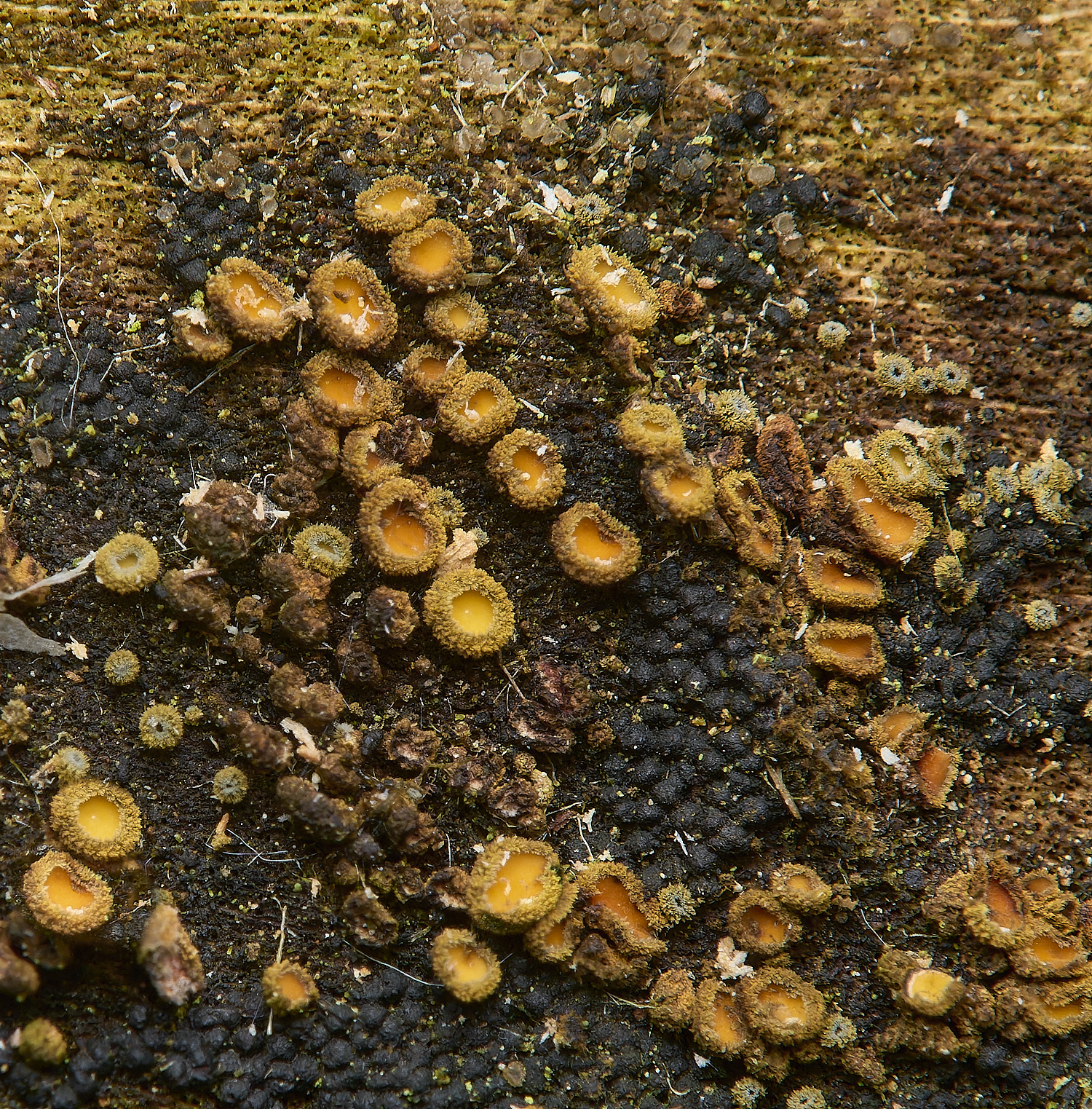
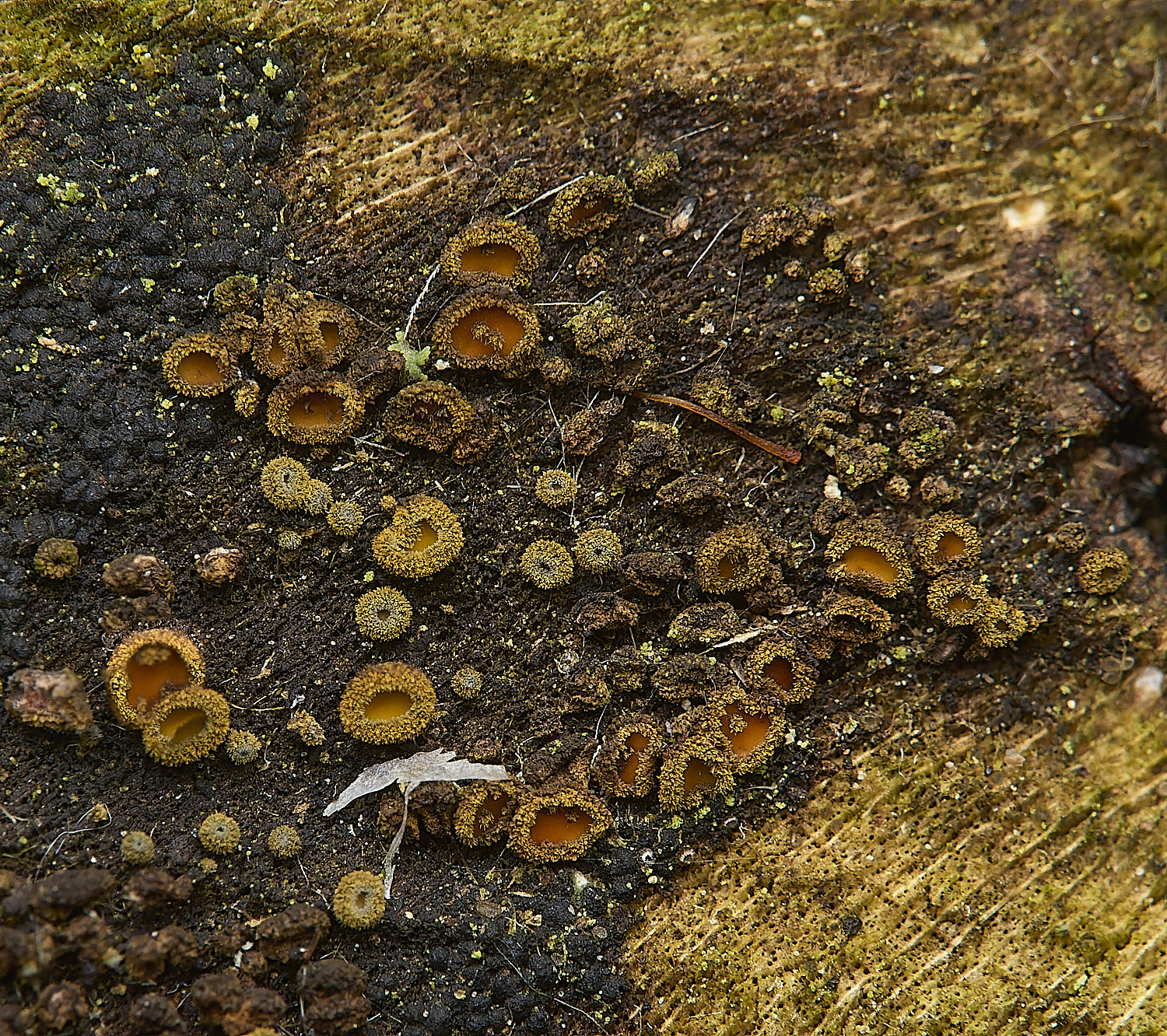
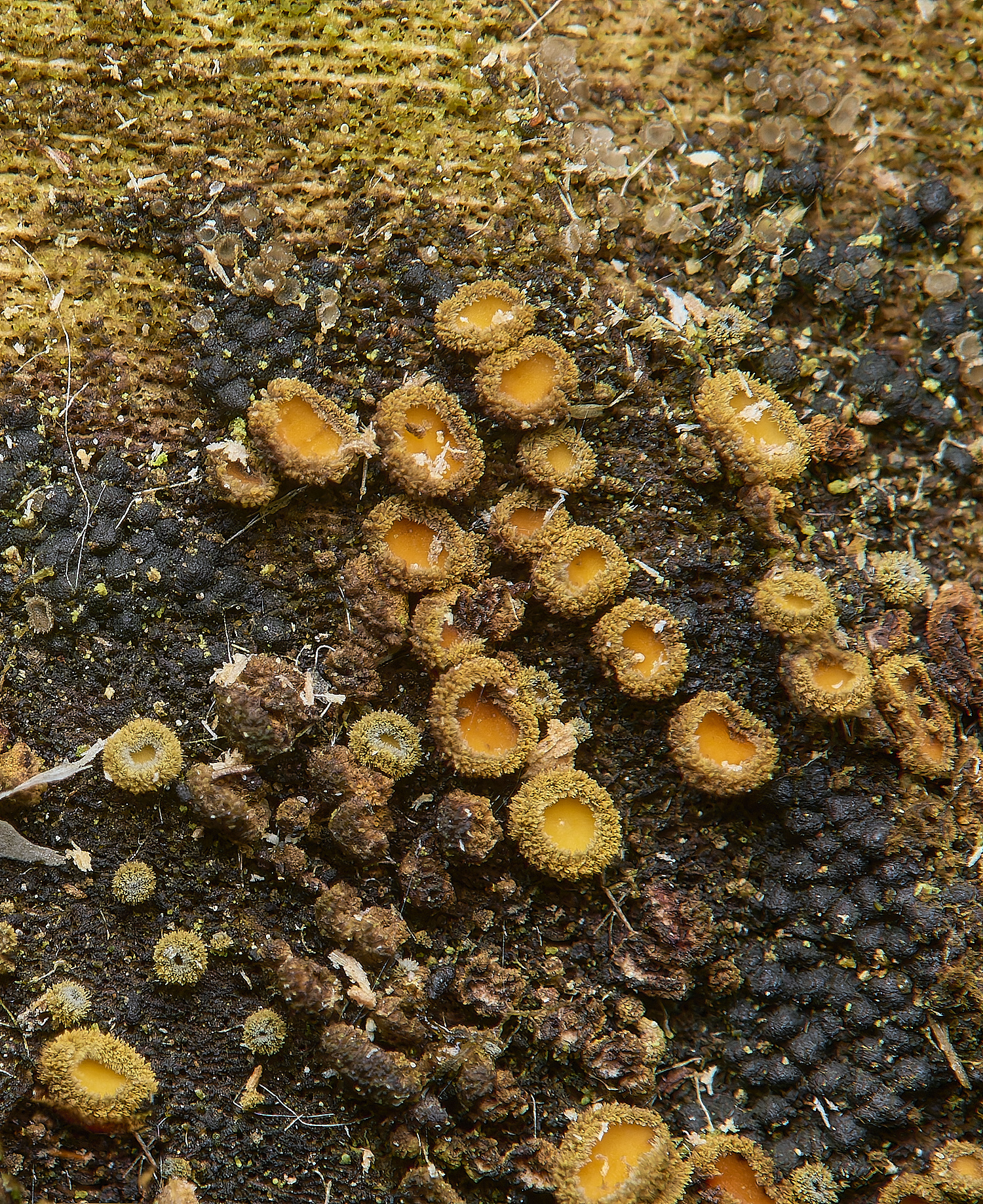
This one caused a lot of head scratching and thumbing through the pages of Fungi of Temperate Europe
From TM
Cups: 0.6-0.9mm diameter, short-stalked, inner surface smooth, yellow/orange, outer surface covered in brown hairs
Hairs: 90-100 x 4-4.5 rough walled, some with granular tips
Spores: 6.2 x 1.8 Q=3.4 (n=10) single celled
Paraphyses project up to 25um above asci
Finally resolved by SW
I looked through FTE and concluded they had to be
Neodasyscypha cerina
From
GBIF
Microscopy Images on Asco France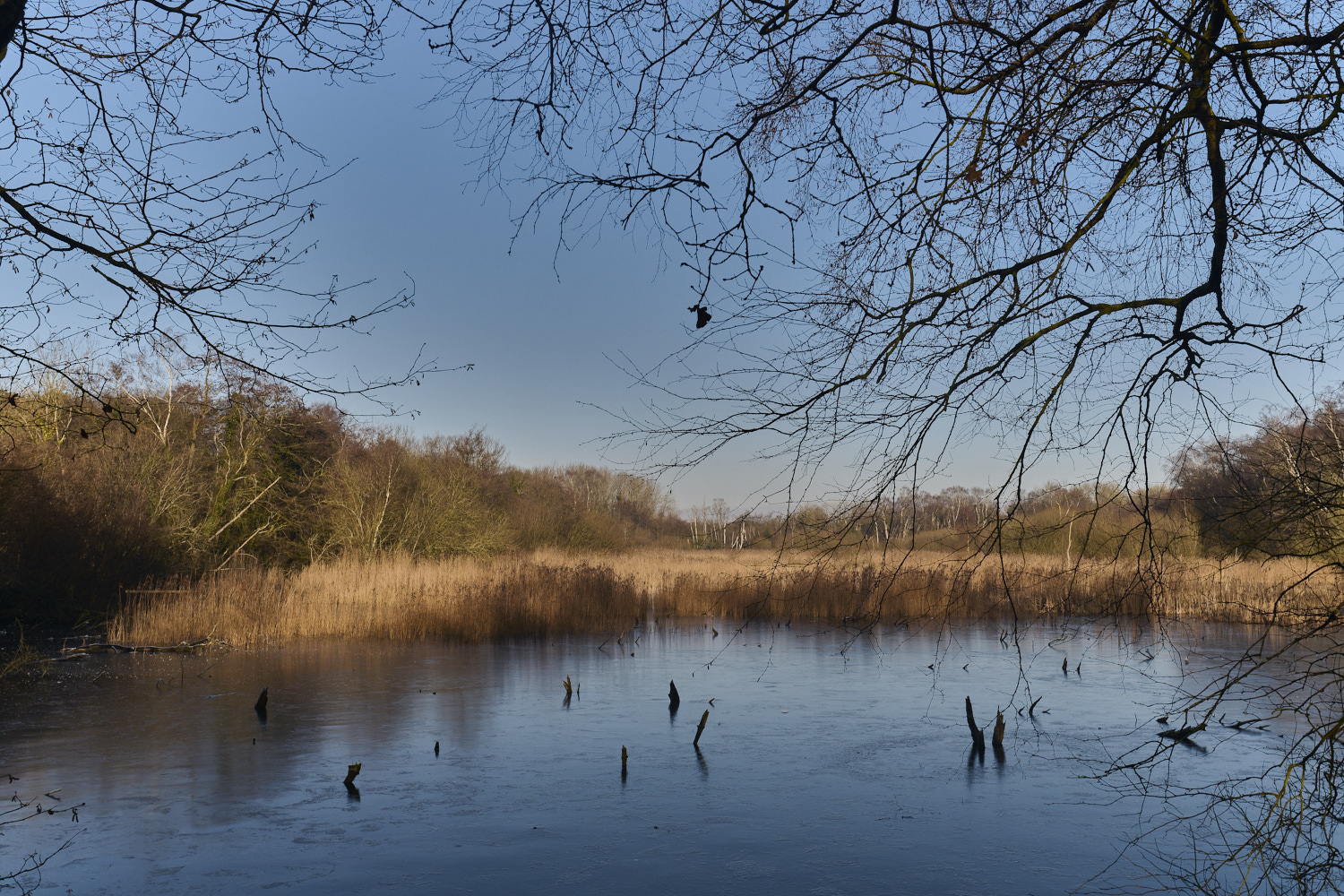
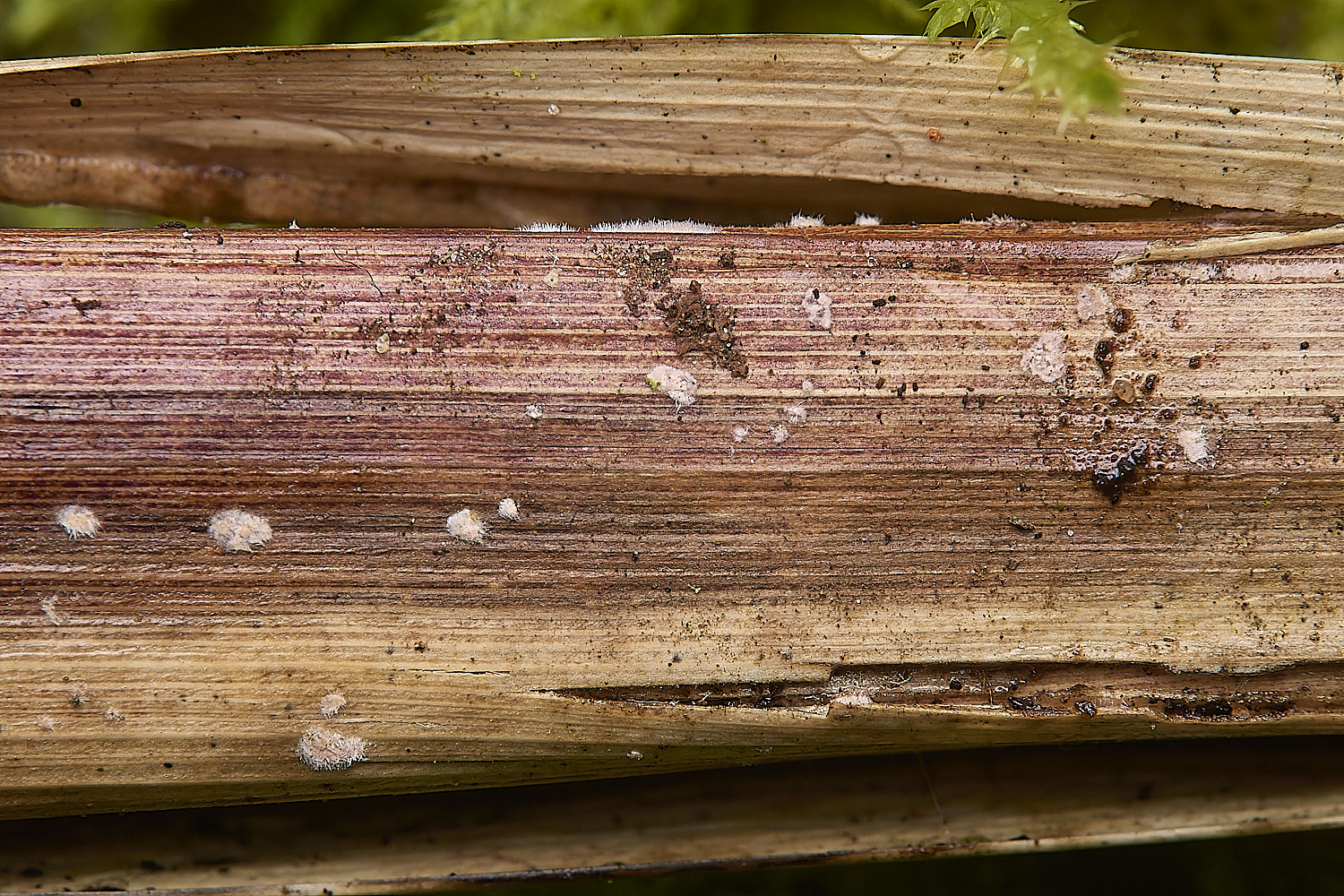
Volutella arundinis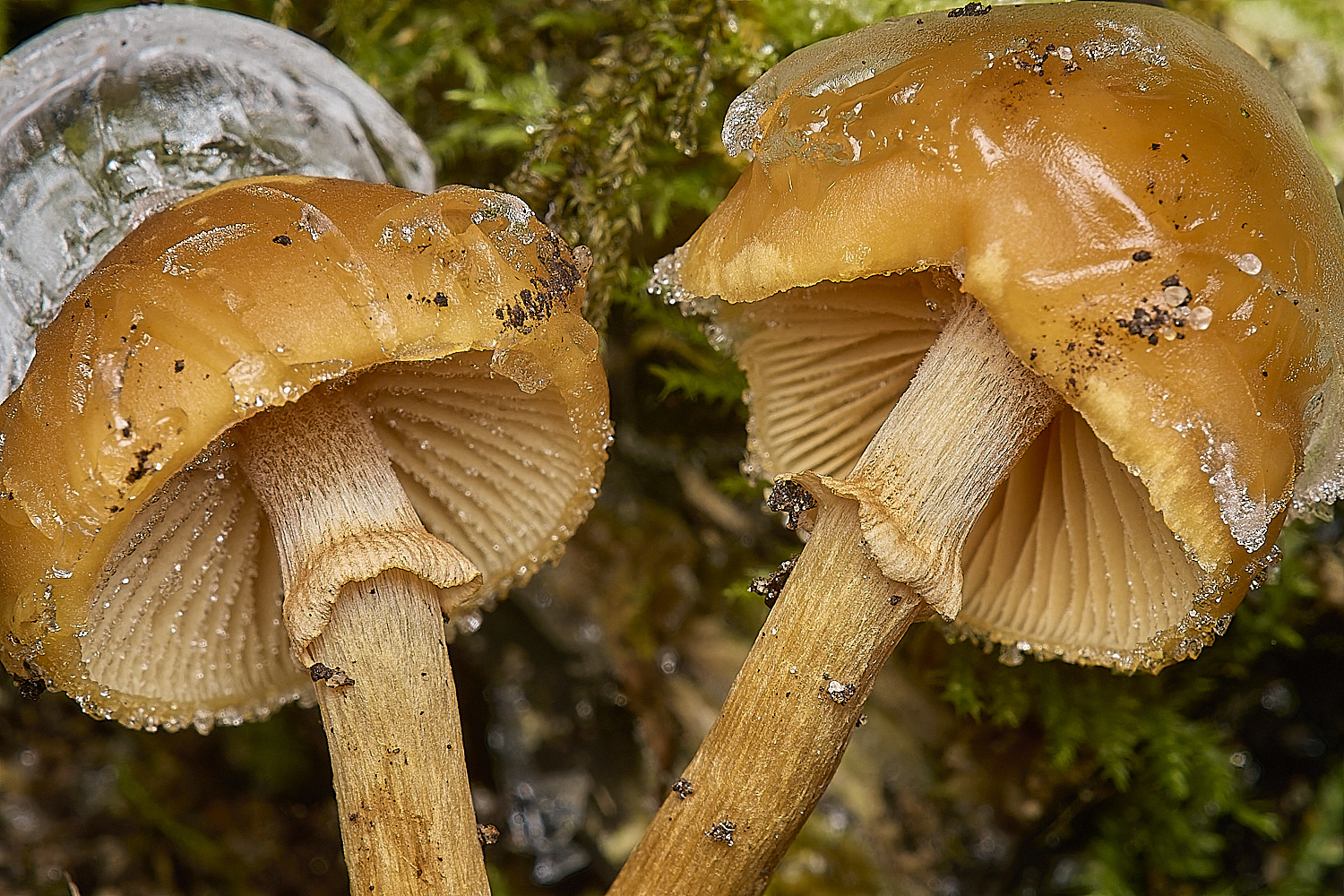
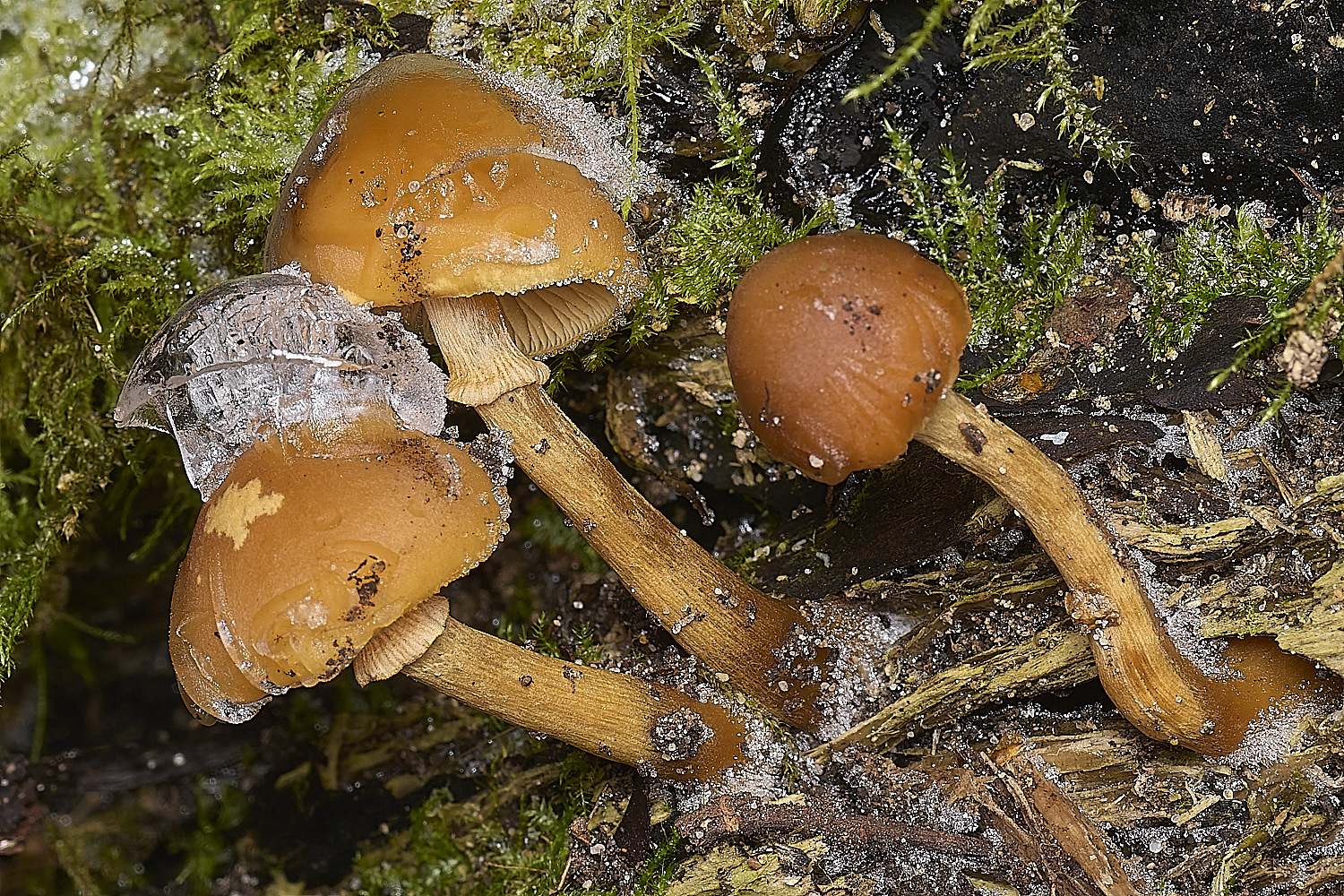
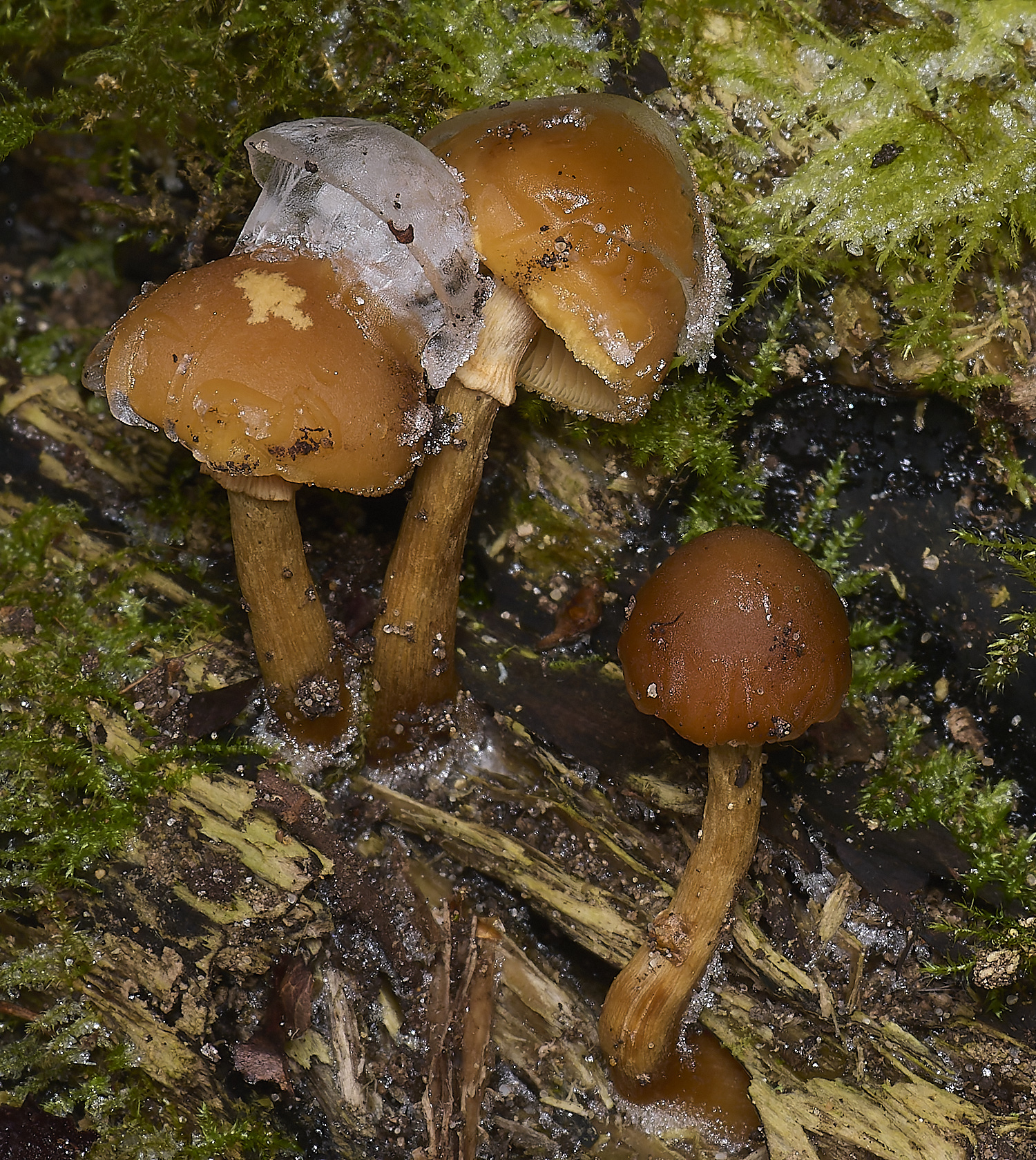
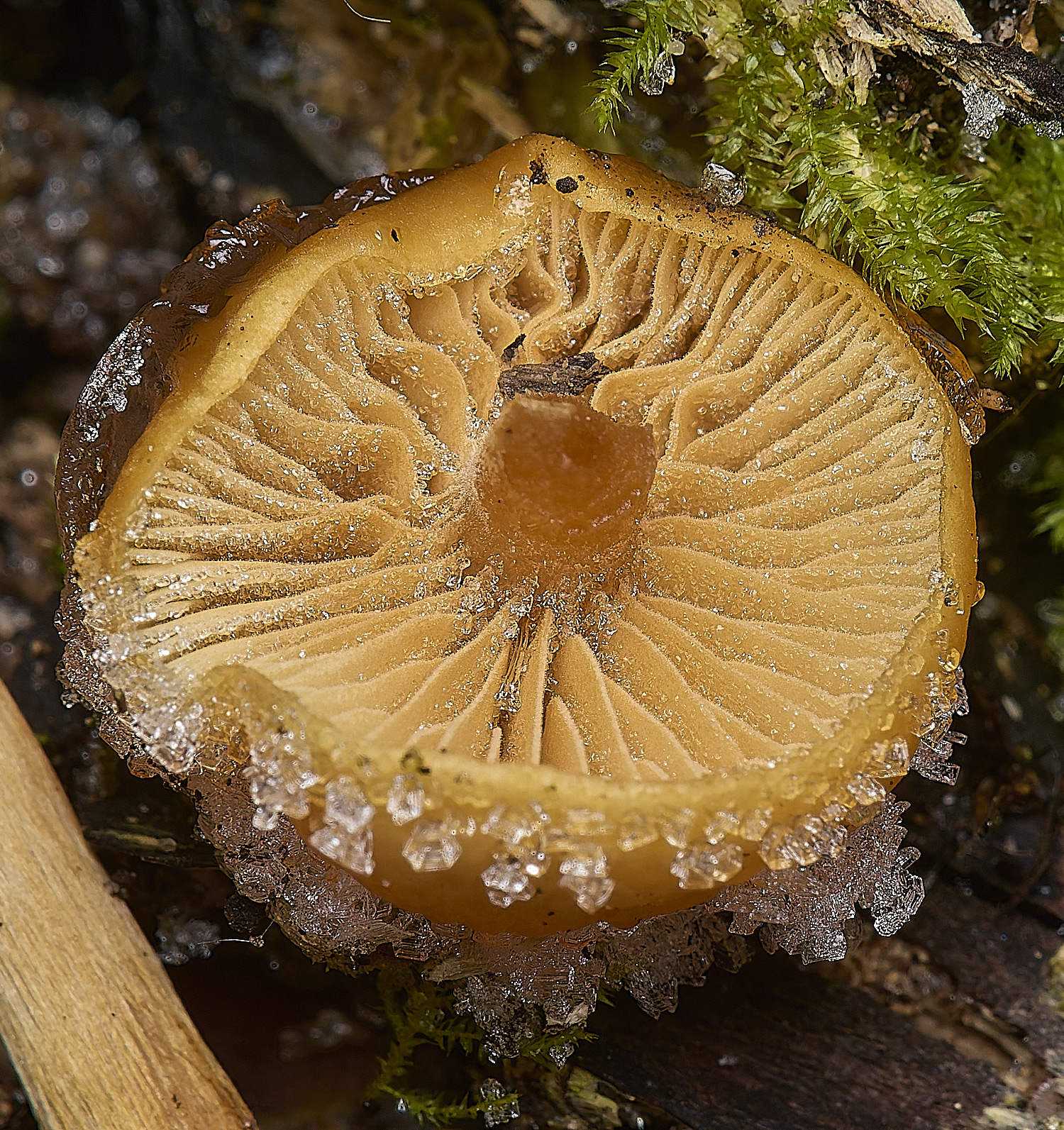
A well frozen Funeral Bell (Galerina marginata)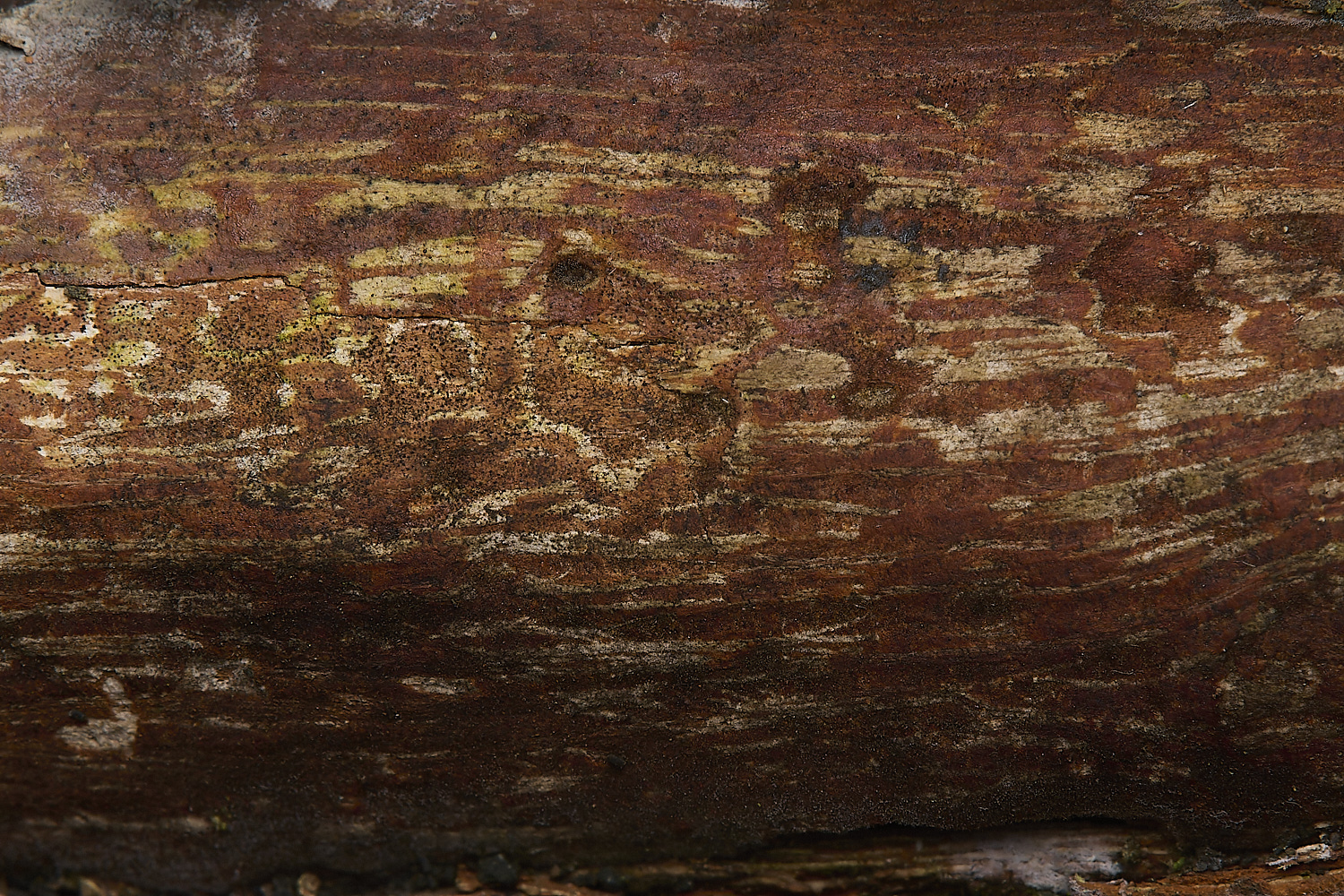
Vuilleminia cystidiata on Hawthorn
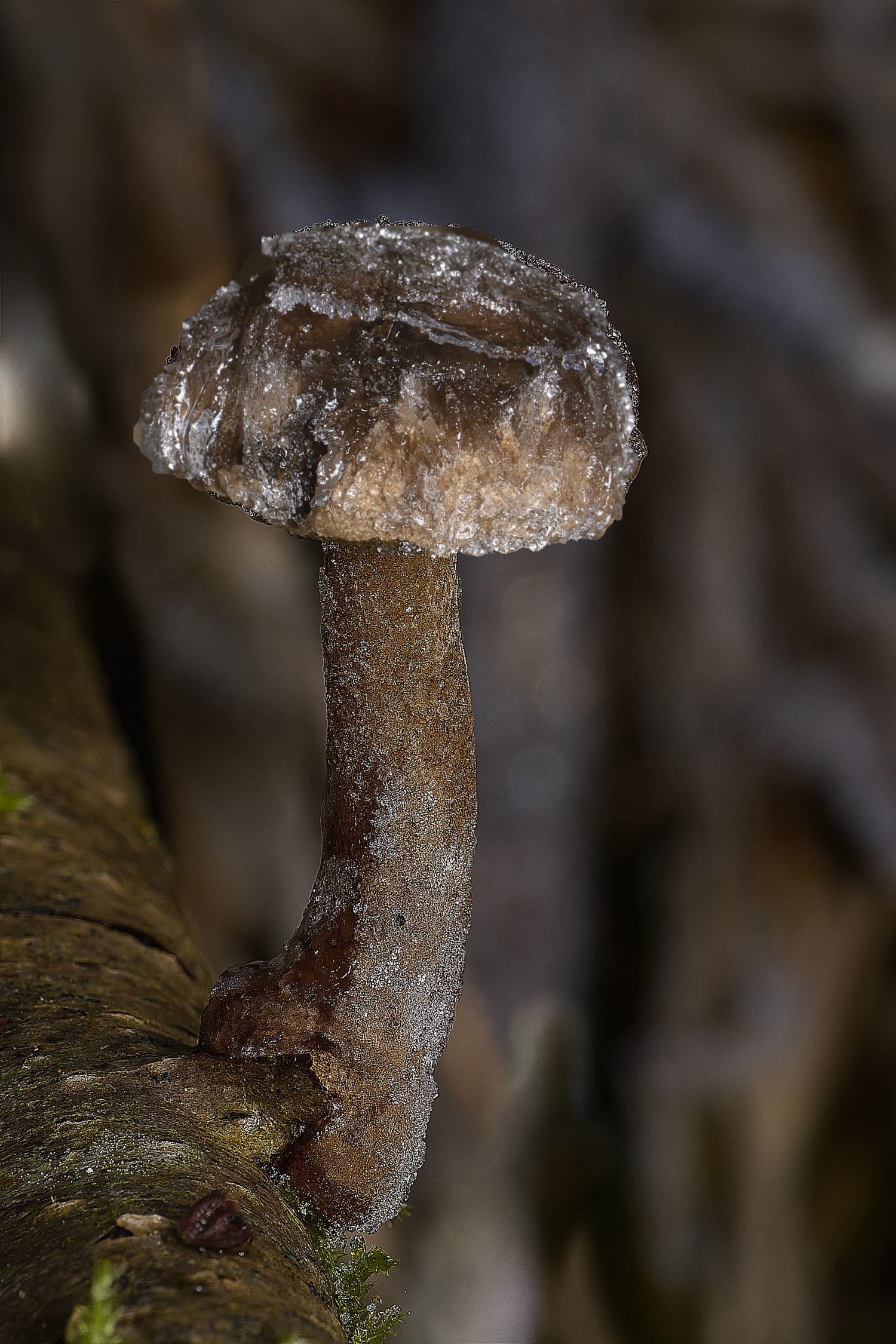
Winter Polypore (Lentinus brumalis)
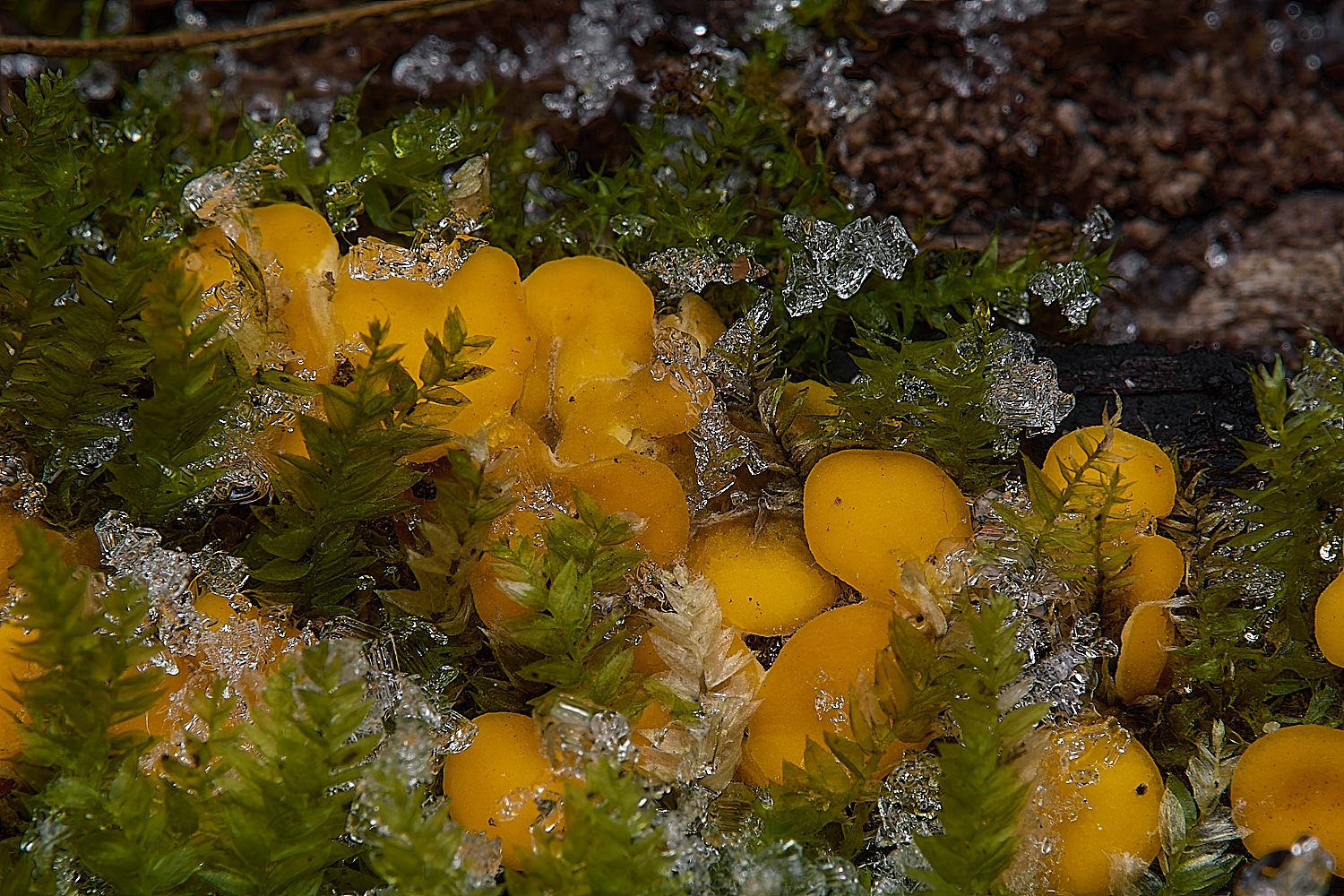
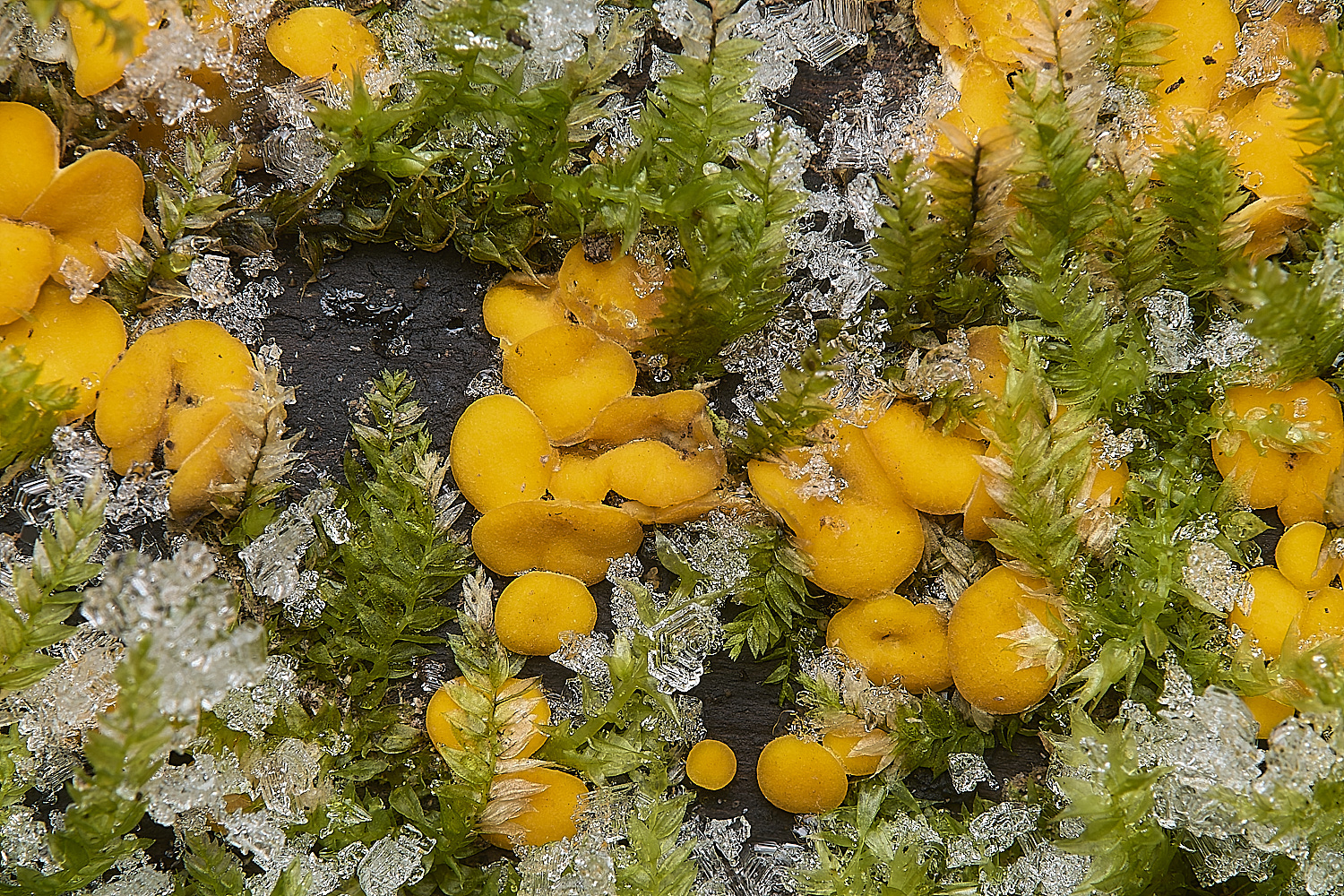
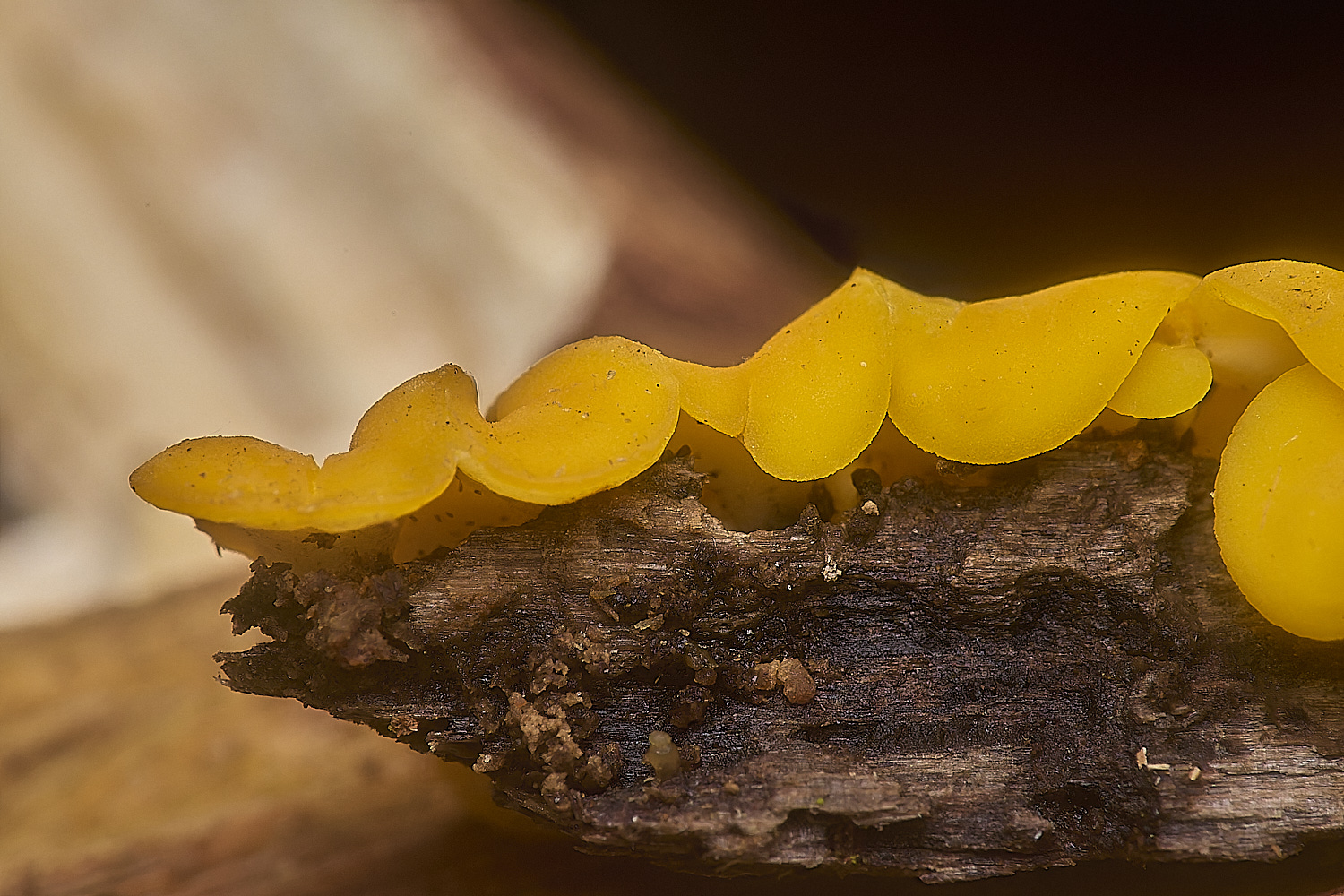
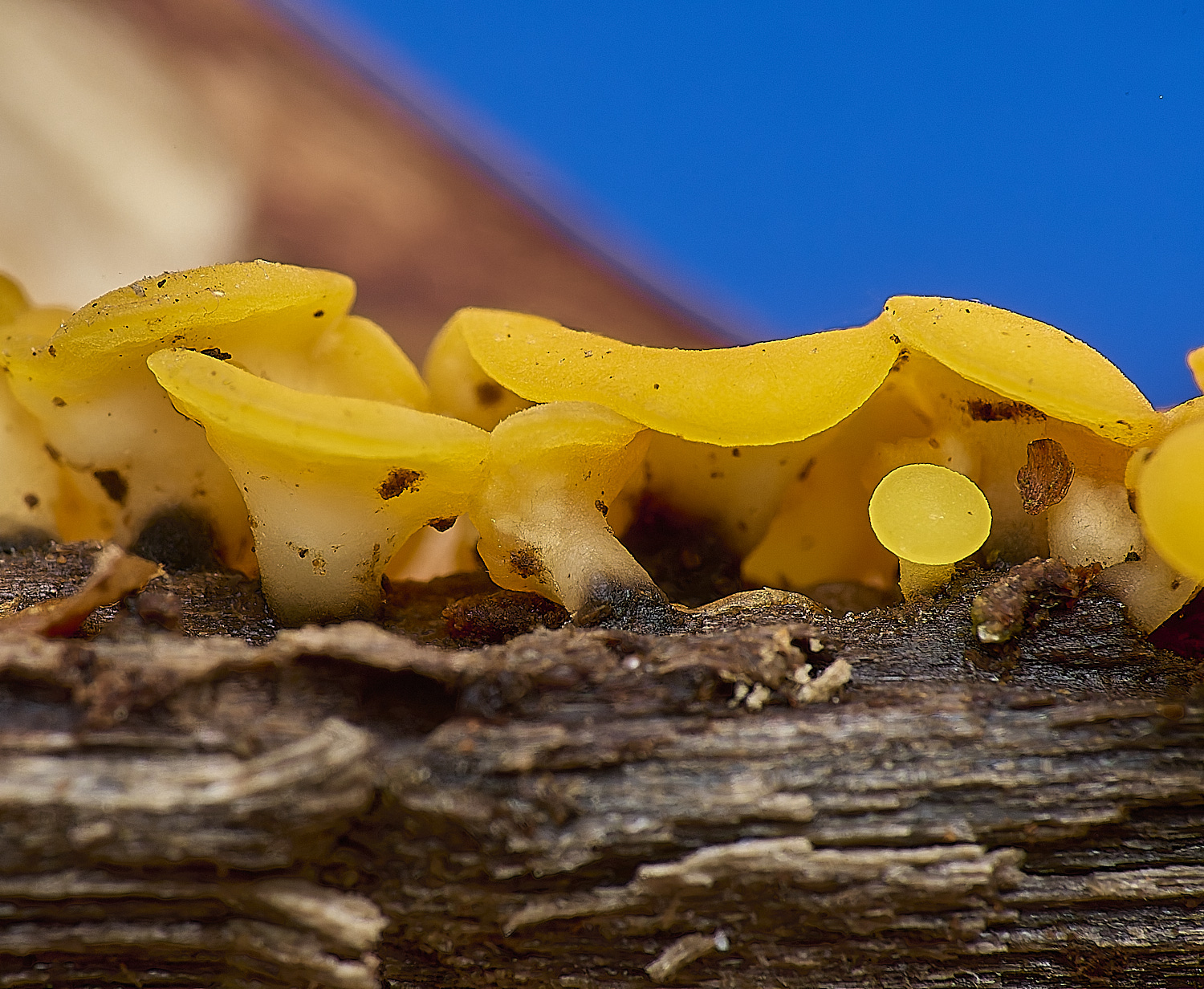
No hairs, very flat with white underside and white stipe.
YM & TL both came to the same conclusion
Phaeoholotium nobile
From Tony L
Phaeohelotium nobile is the name I am most comfortable with for the gregarious golden-yellow disco.
The other contender is P. monticola (= Hymenoscyphus monticola on NBN Atlas) but the dimensions of
both spores and asci are closer to the former, moreover some sources describe the latter as having finely verrucose
spores which become brown - neither were observed. There is one record on the Mycota (1995, Foxley Wood, Reg Evans).
From YM
Phaeohelotium nobile. I hesitated as I couldn't see branched paraphyses but they were the best fit. Lit Nordic Macromycetes vol 1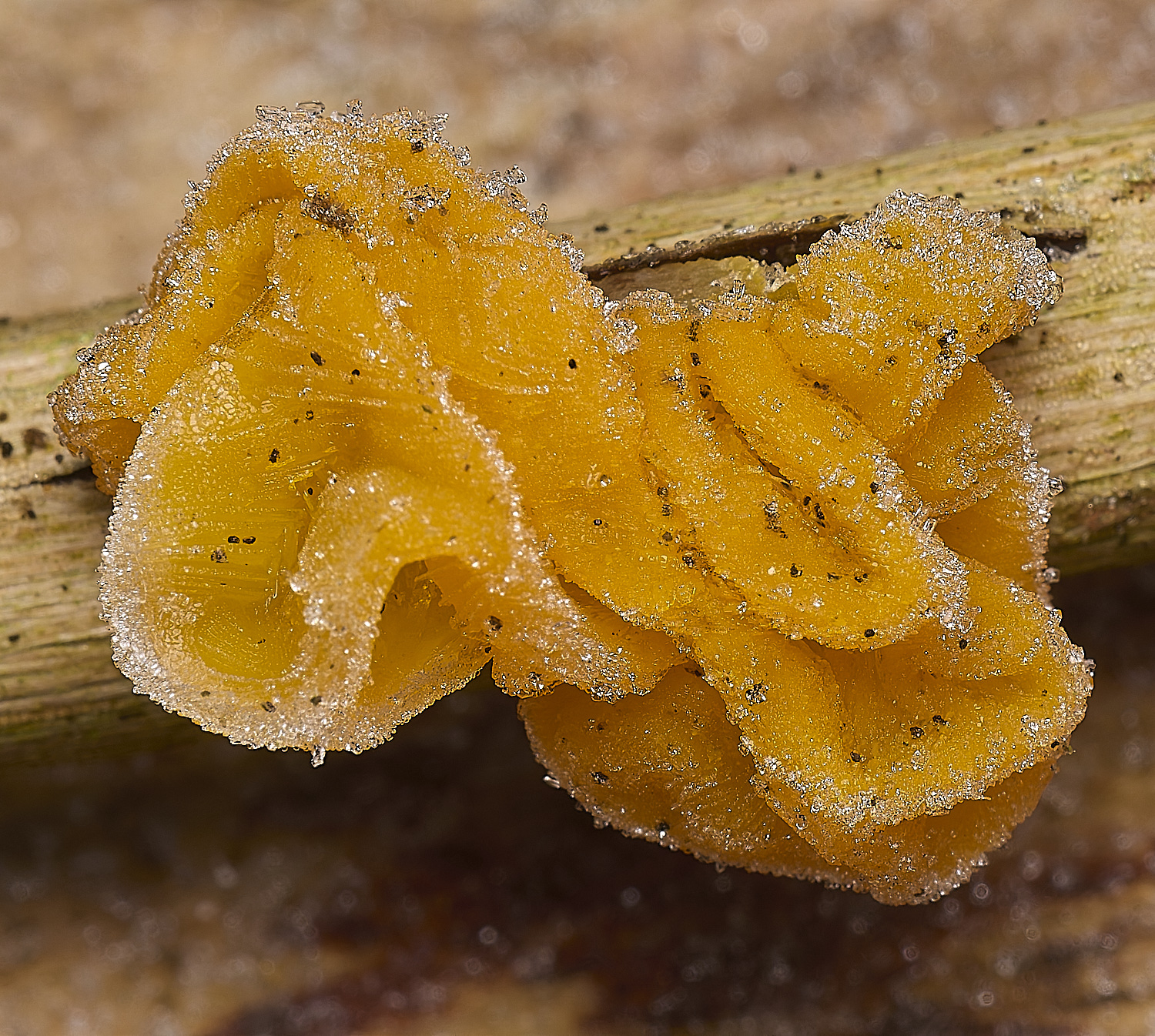
Yellow Brain (Tremella mesenterica)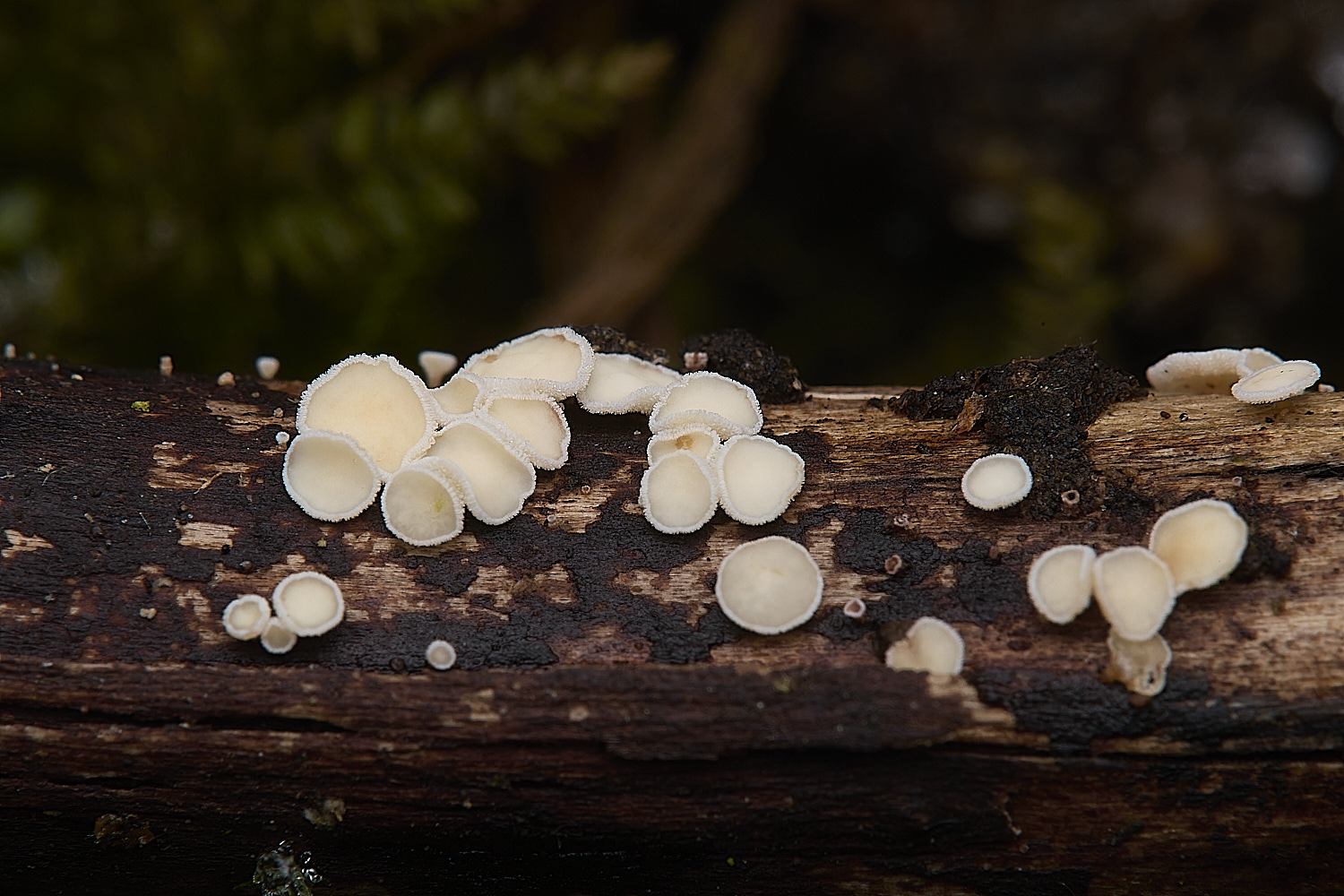
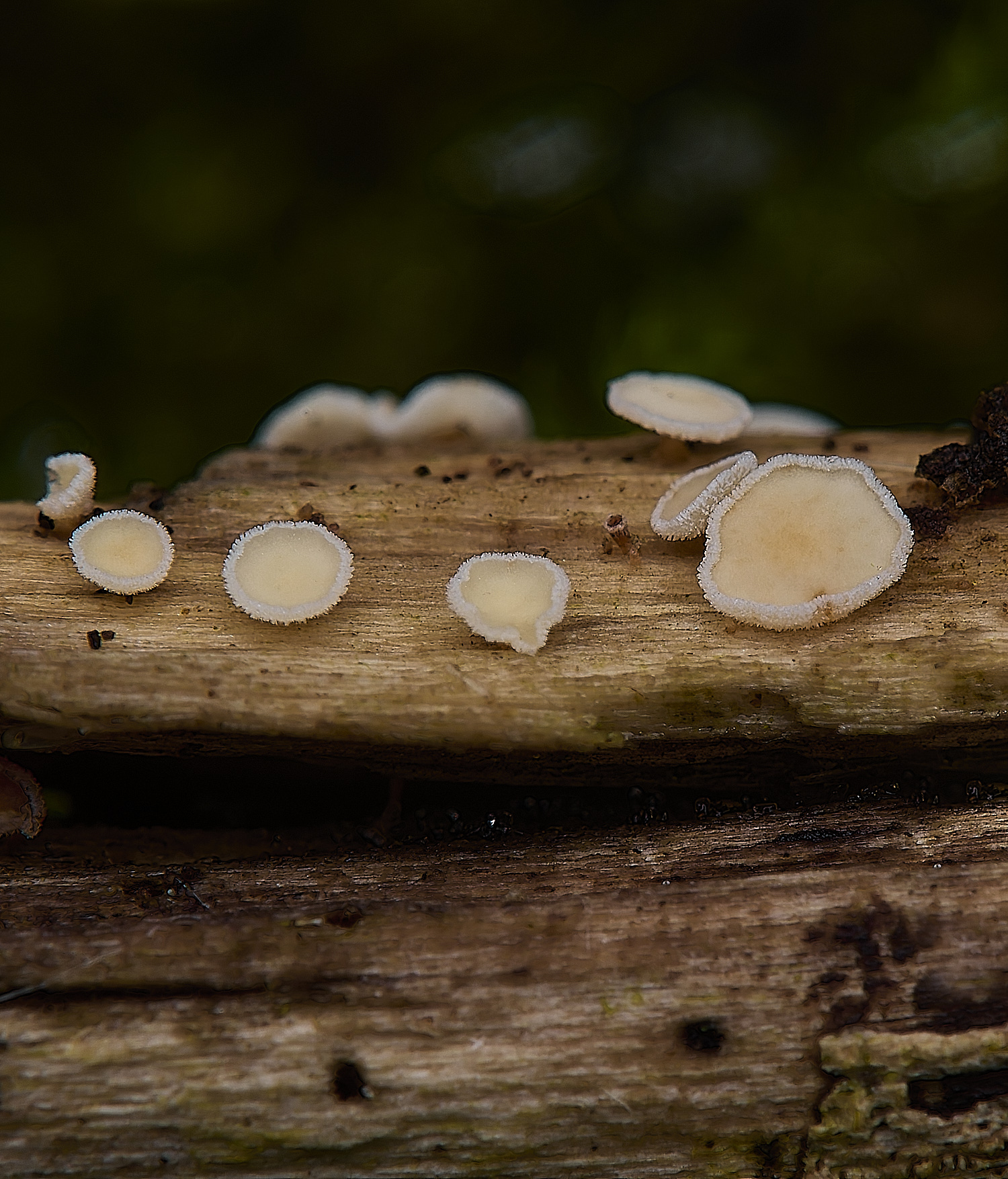
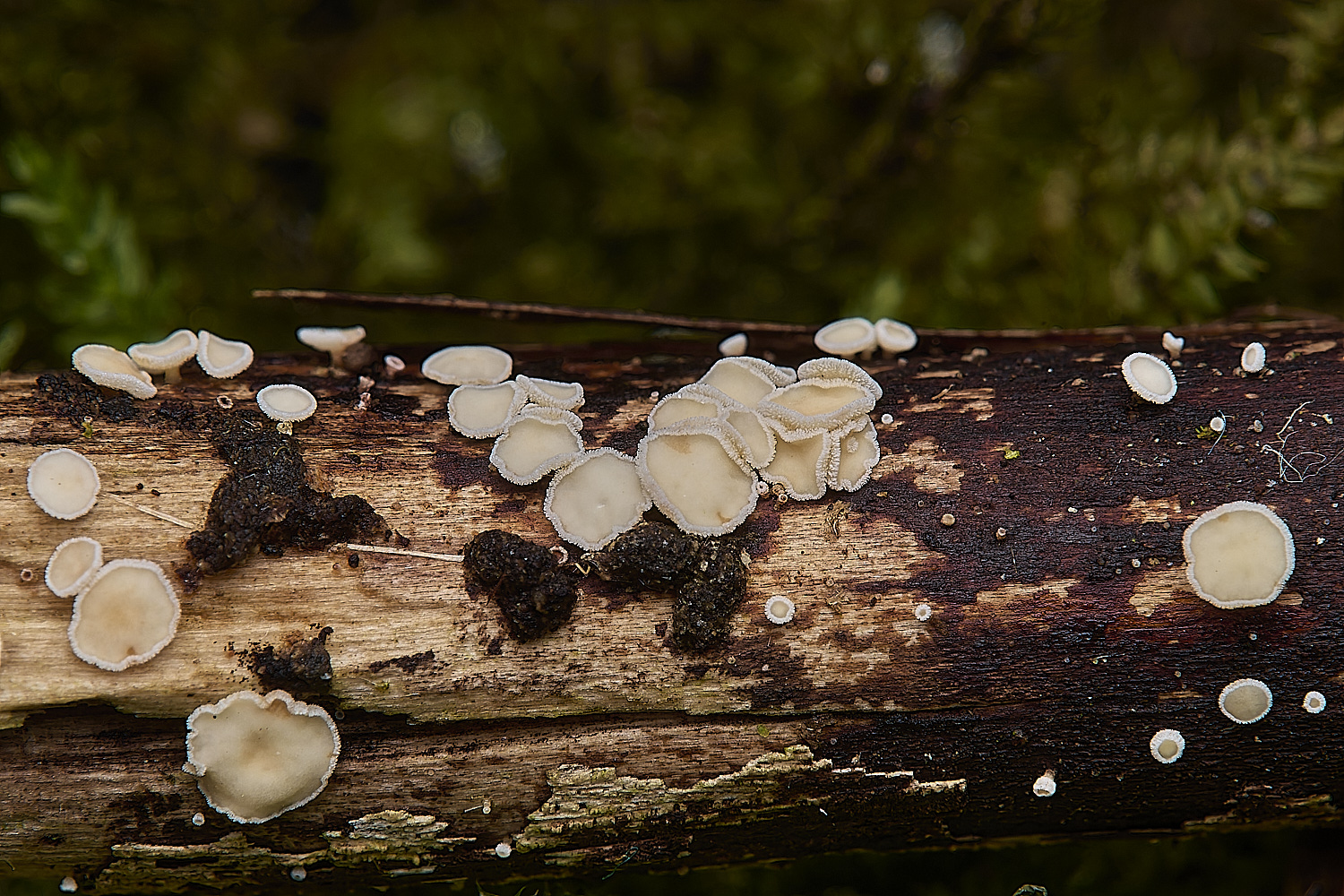
White haired (Lachnum)? that seems to be discolouring to brown/orange
AC - Turned put to be Snowy Disco ( Lachnum virgineum)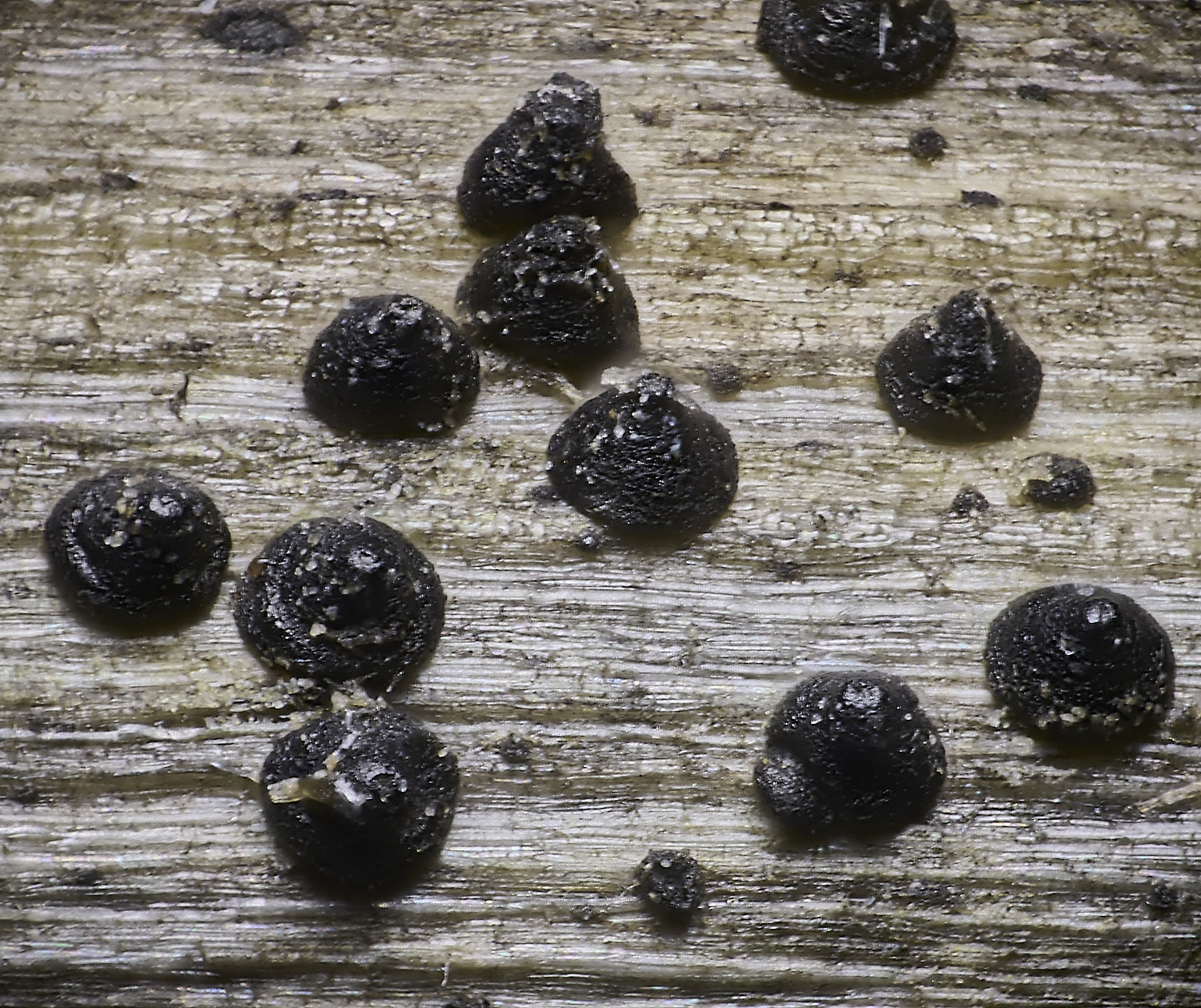
Nettle Rash (Leptosphaeria acuta)
Garden Drove
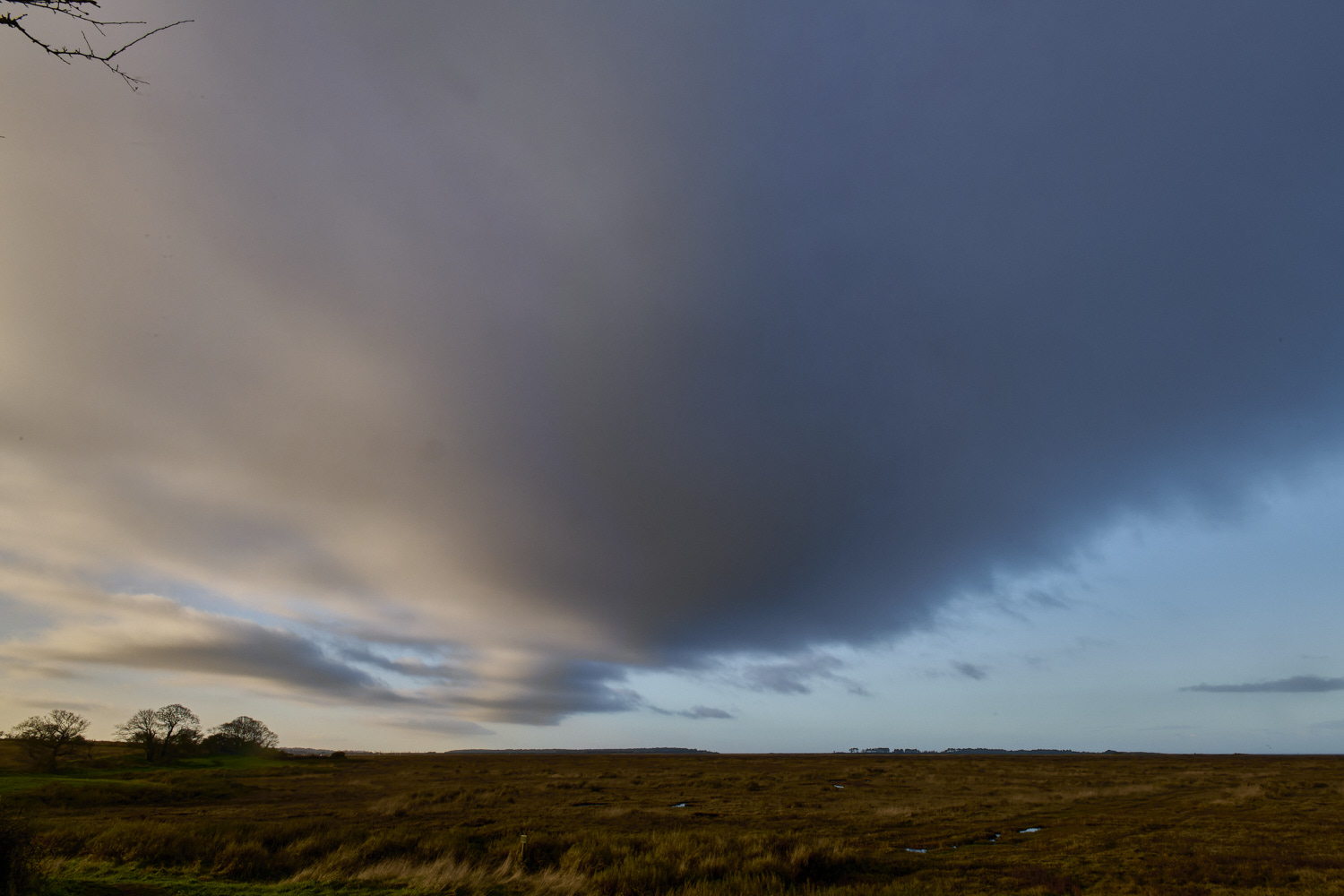
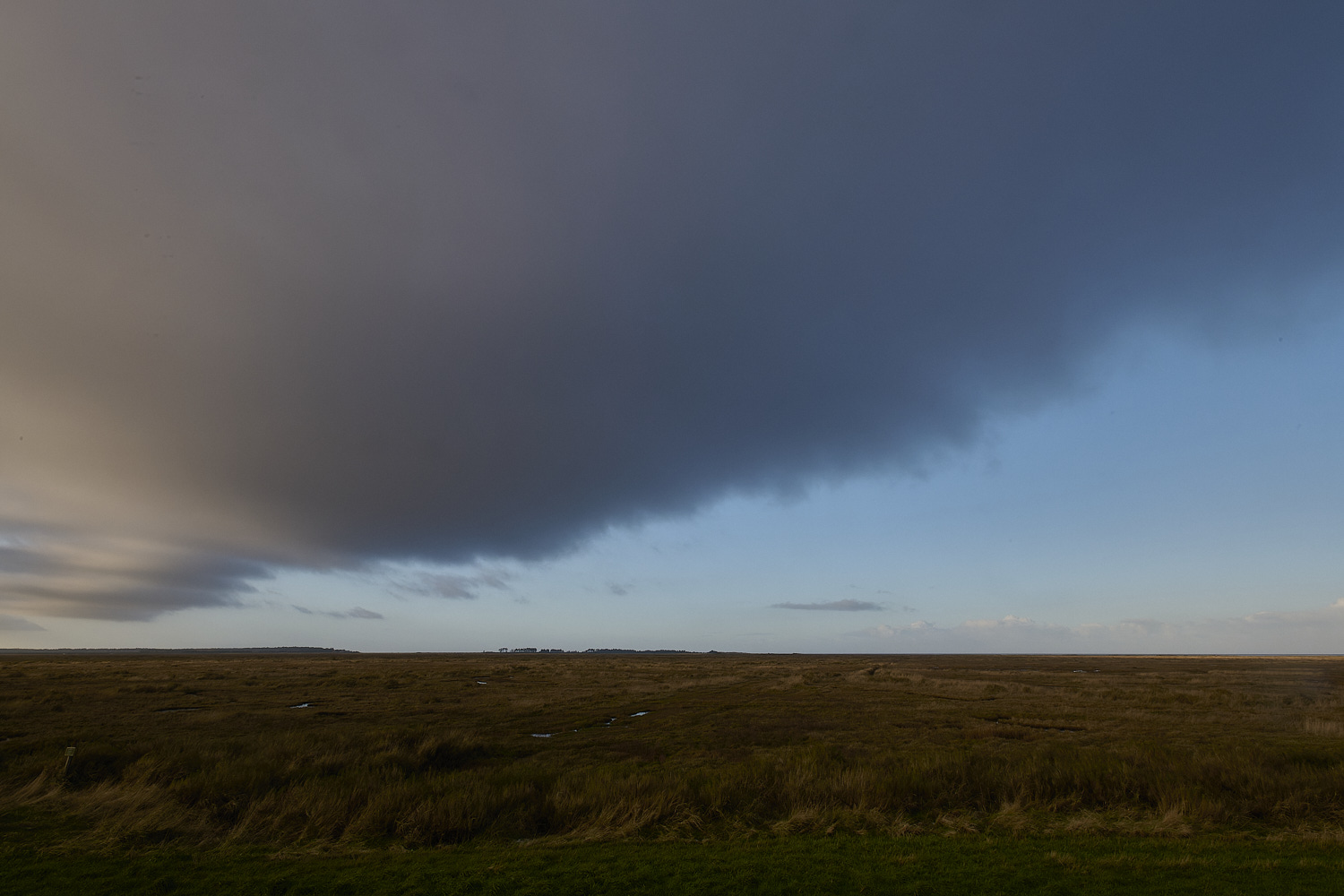
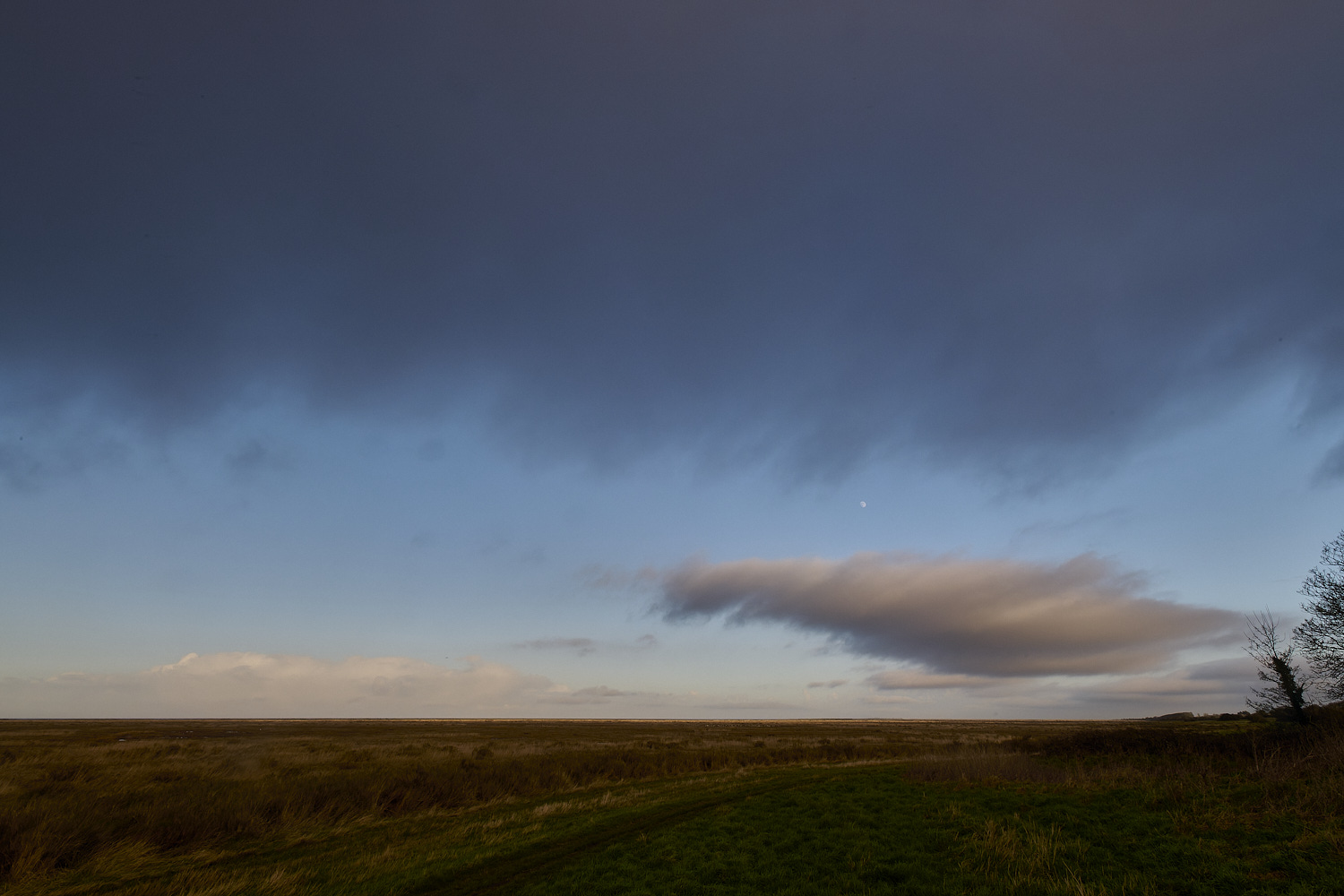
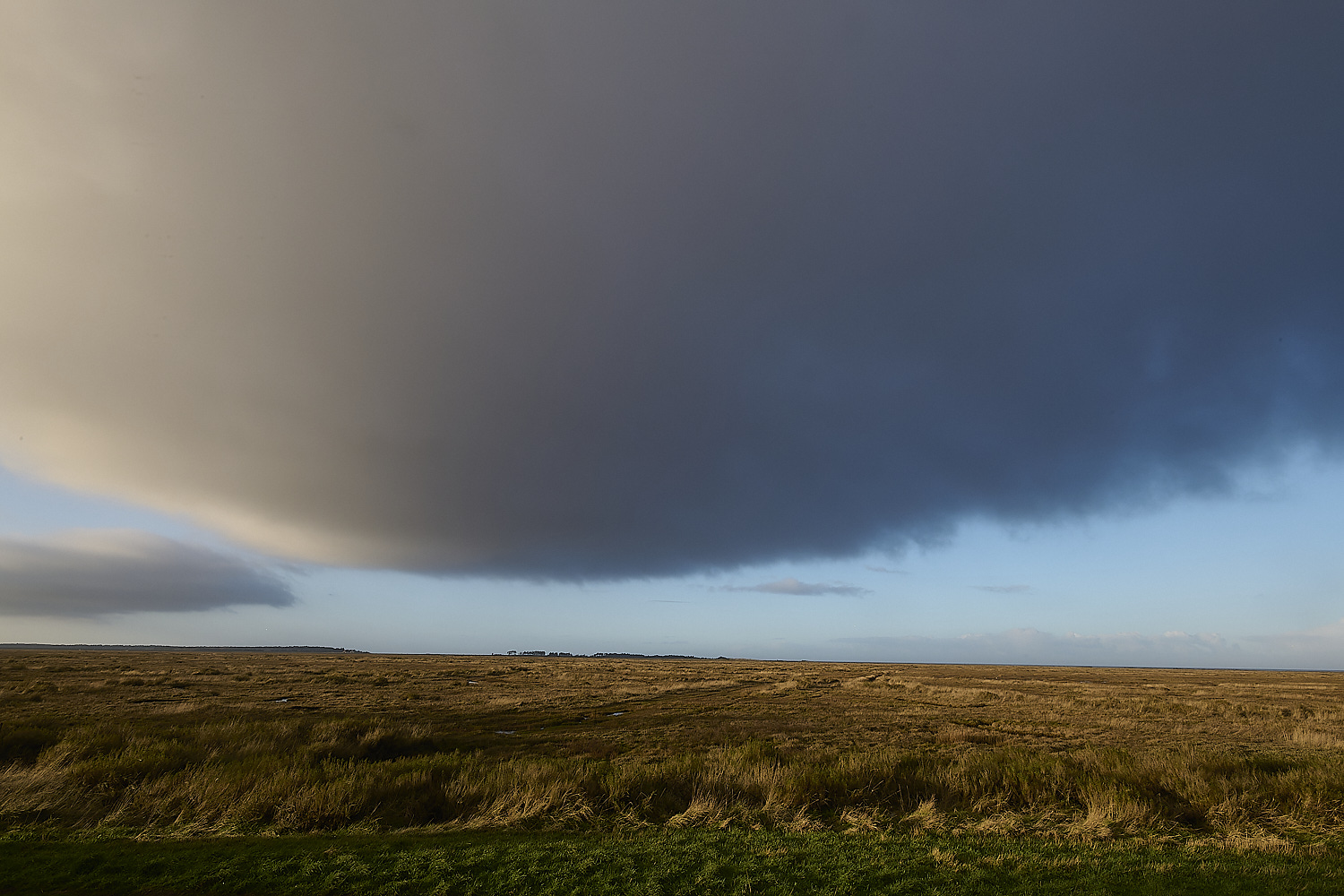
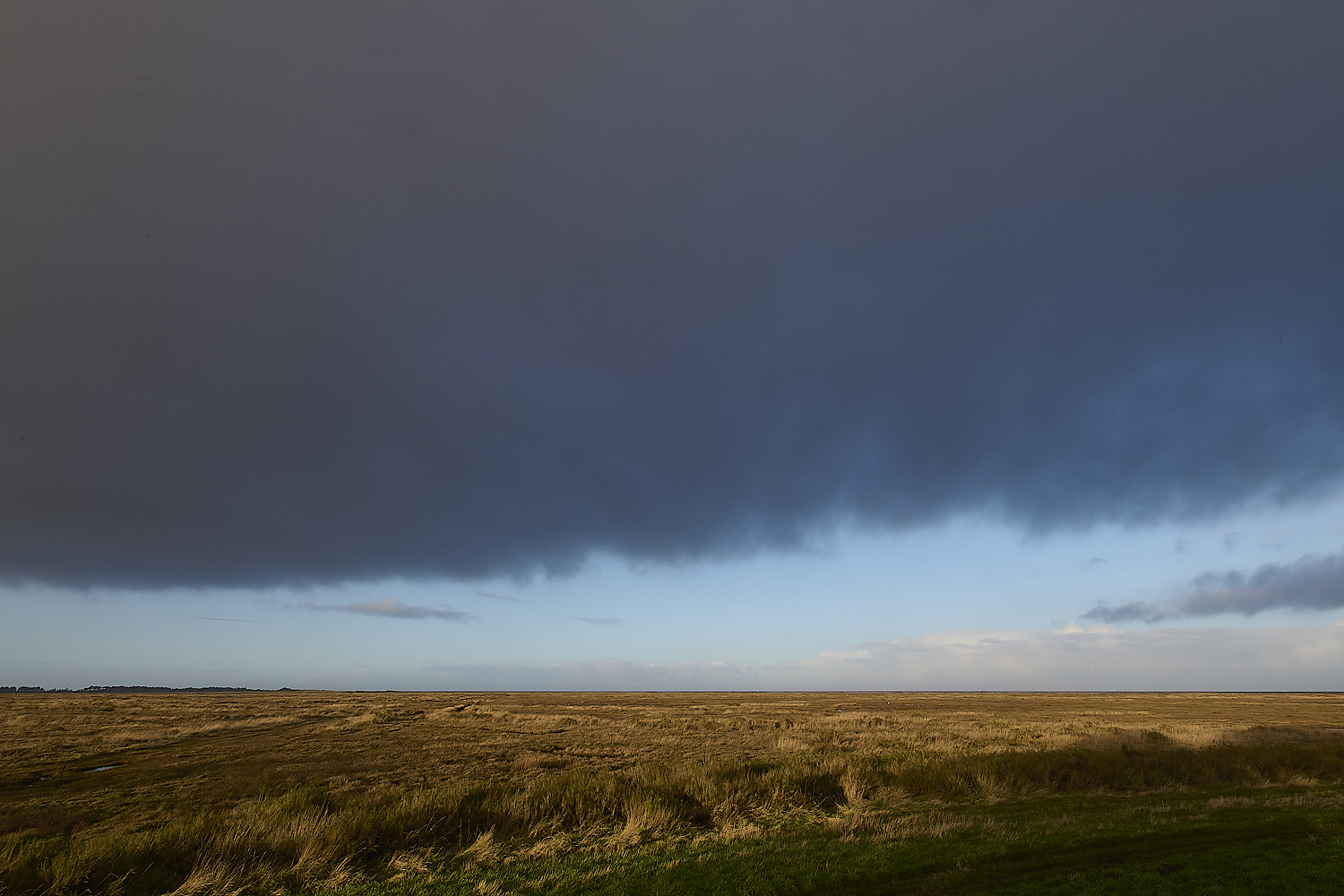
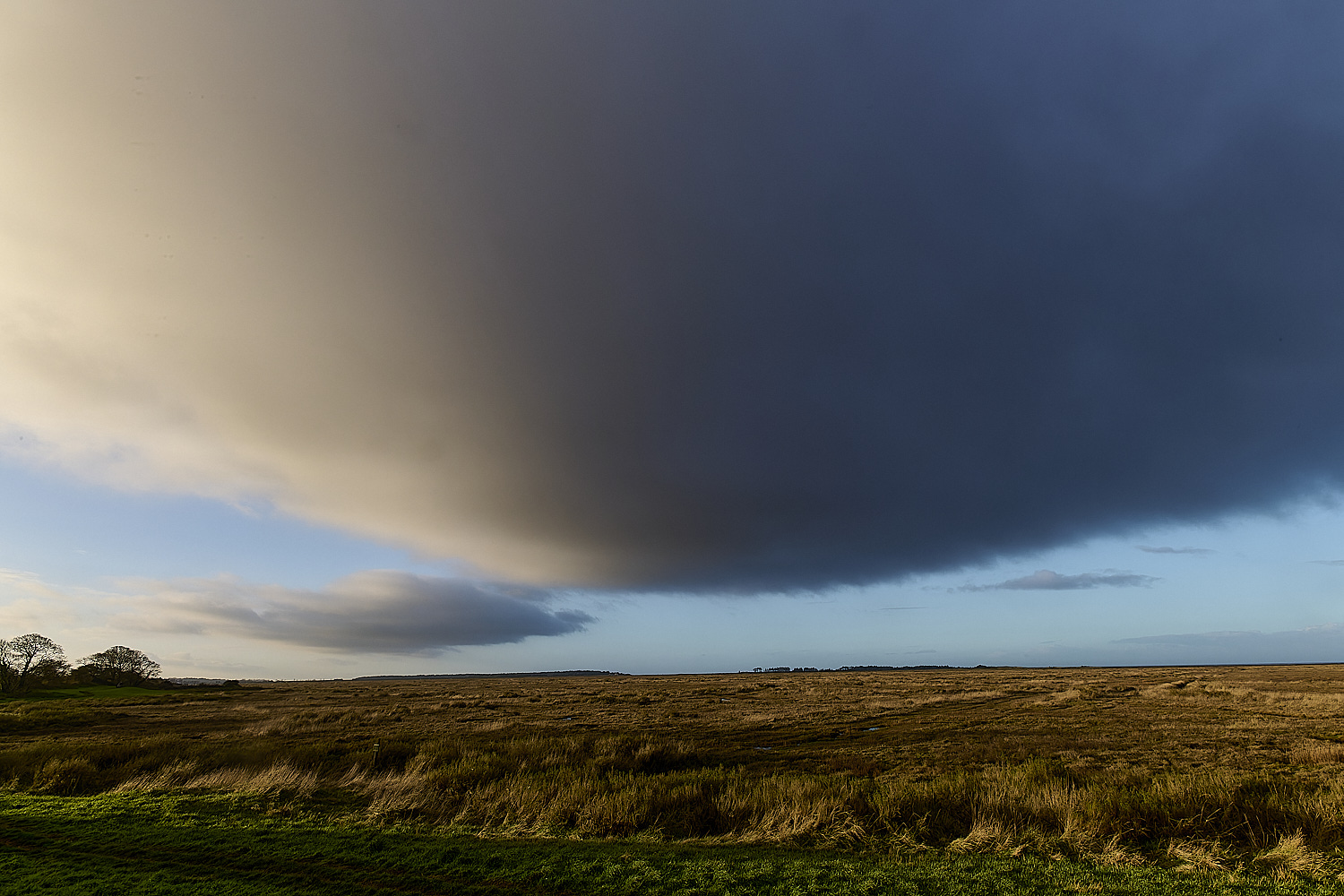
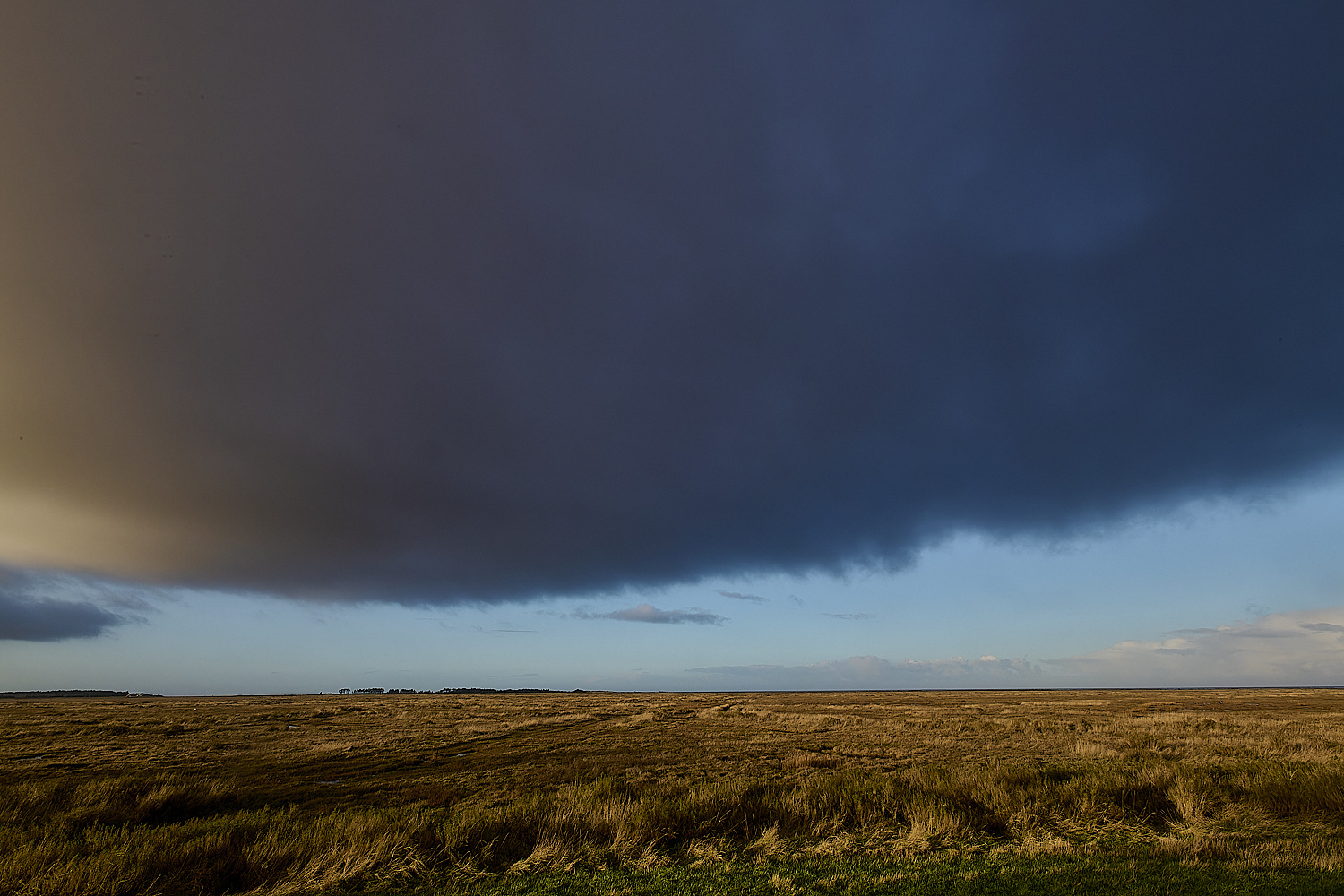

Pallid Harrier Ad♀︎ (Circus macrourus)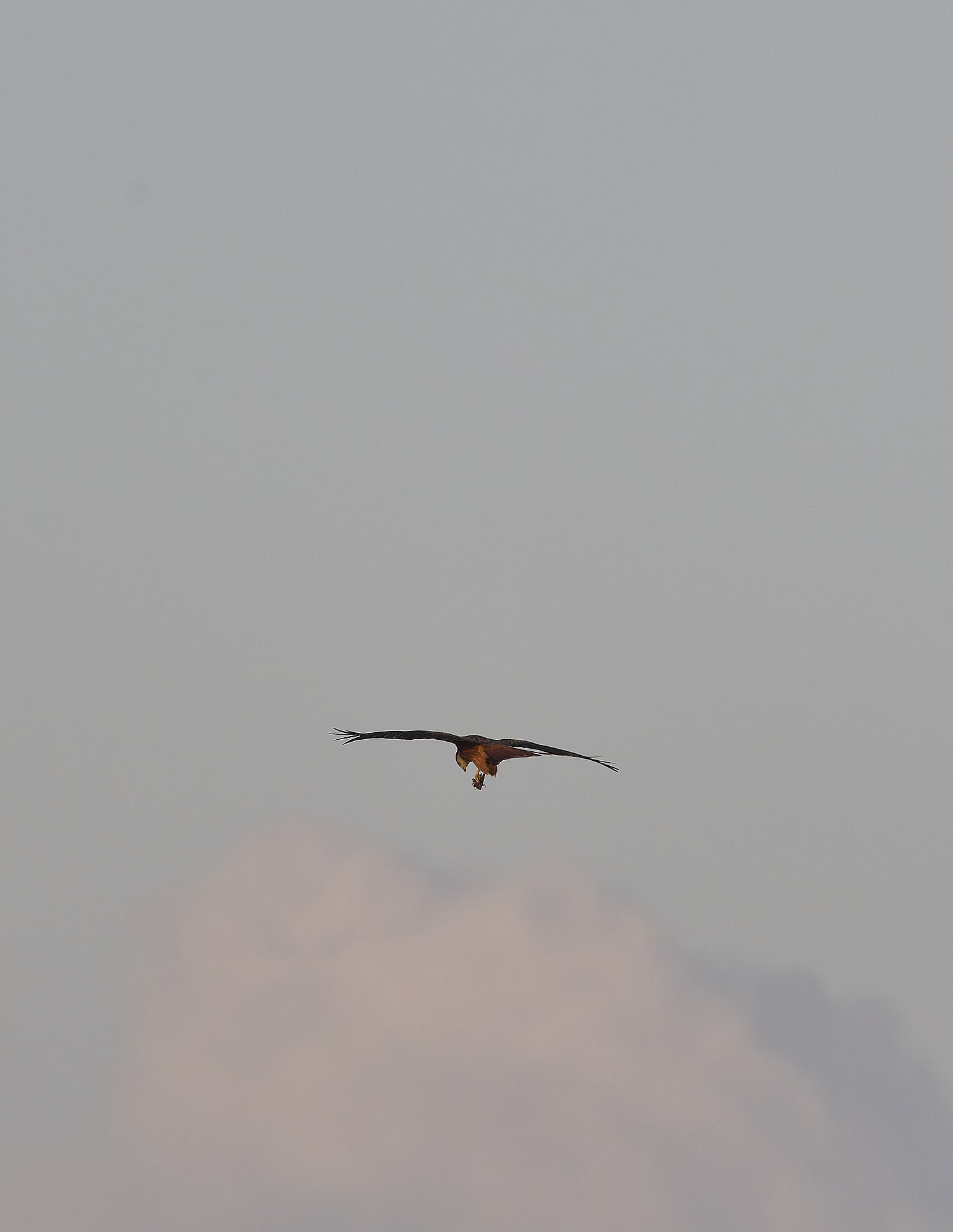
red Kite (Milvus milvus)
Felbrigg
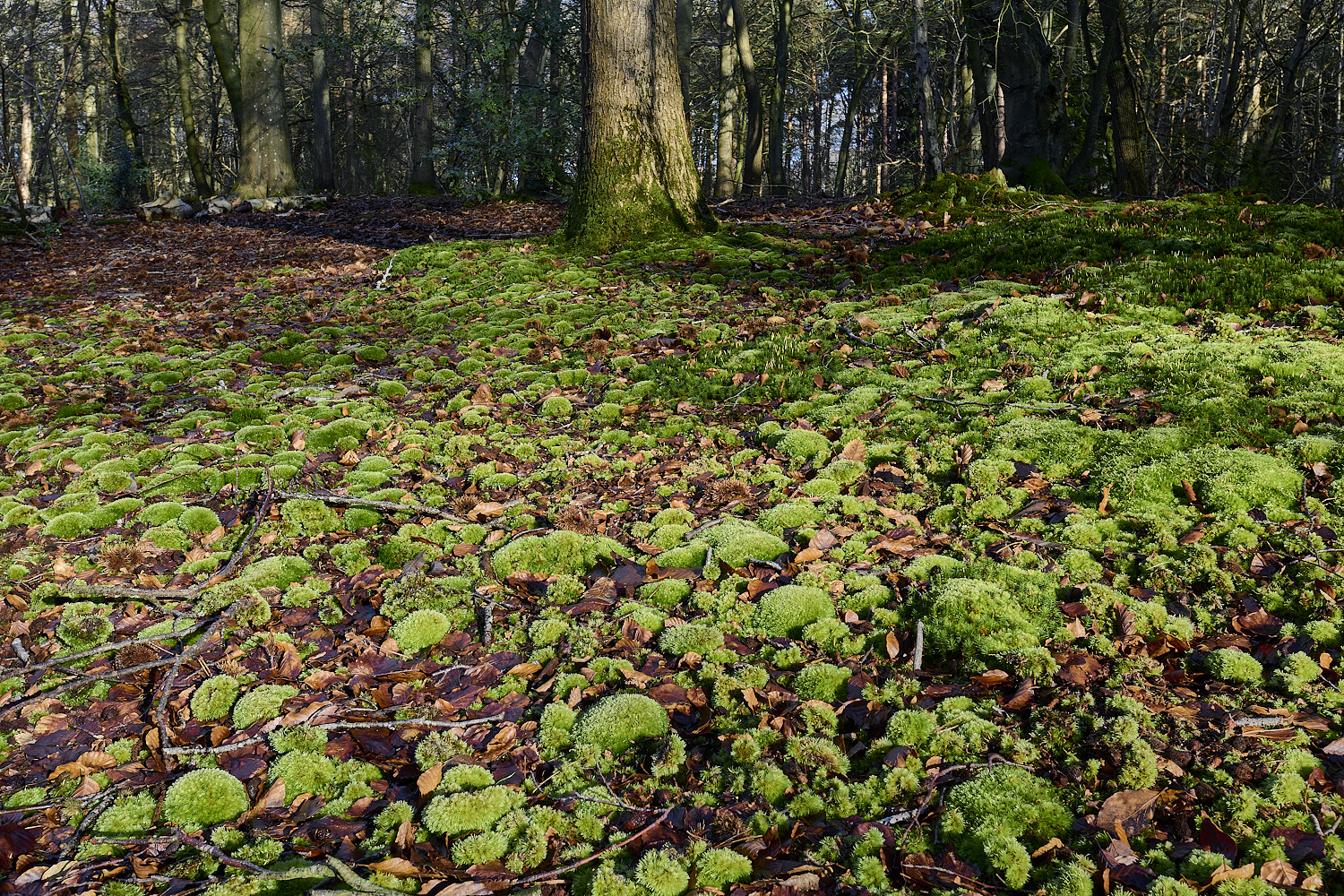
On the woodland floor underneath Beech (Fagus sylvatica)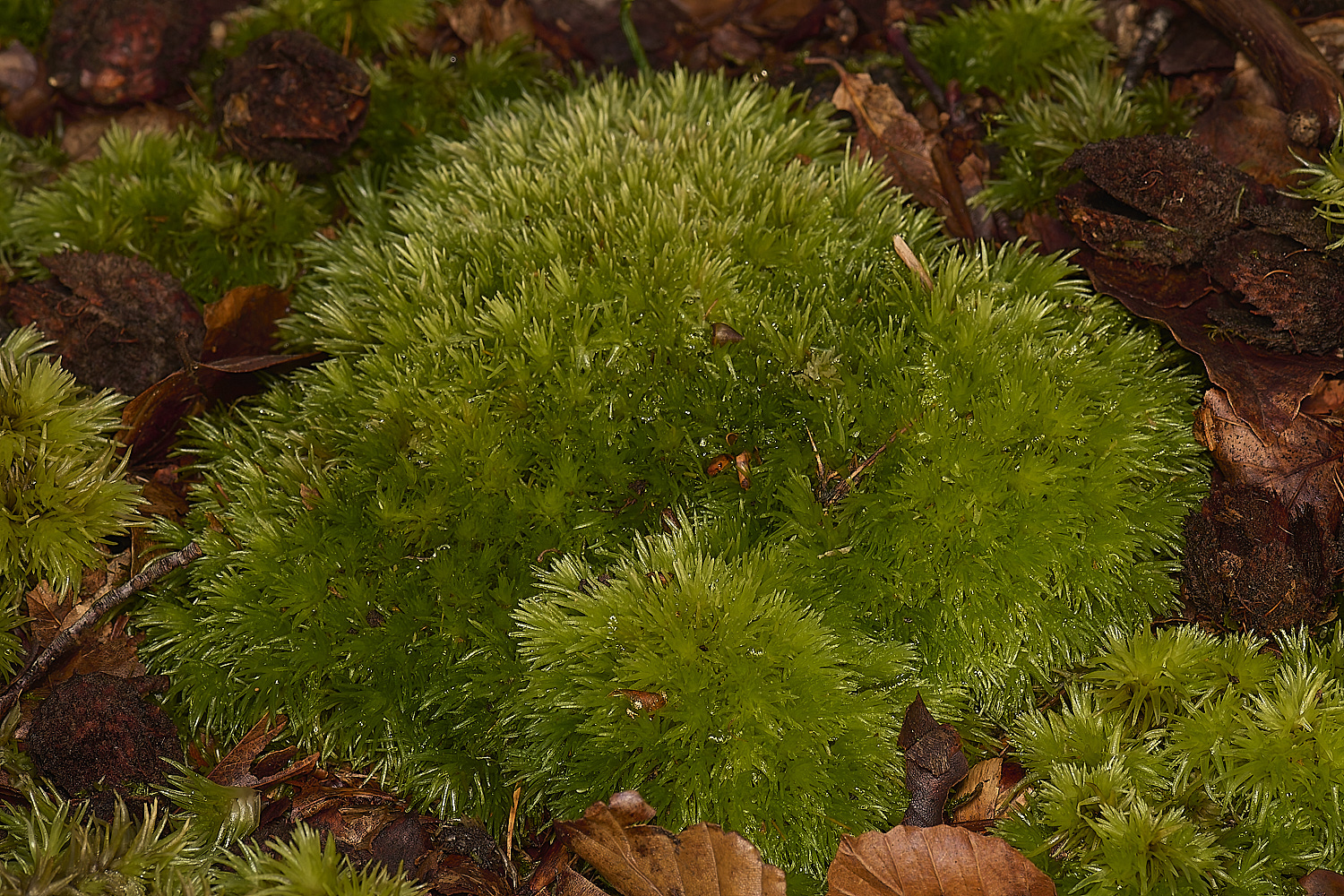
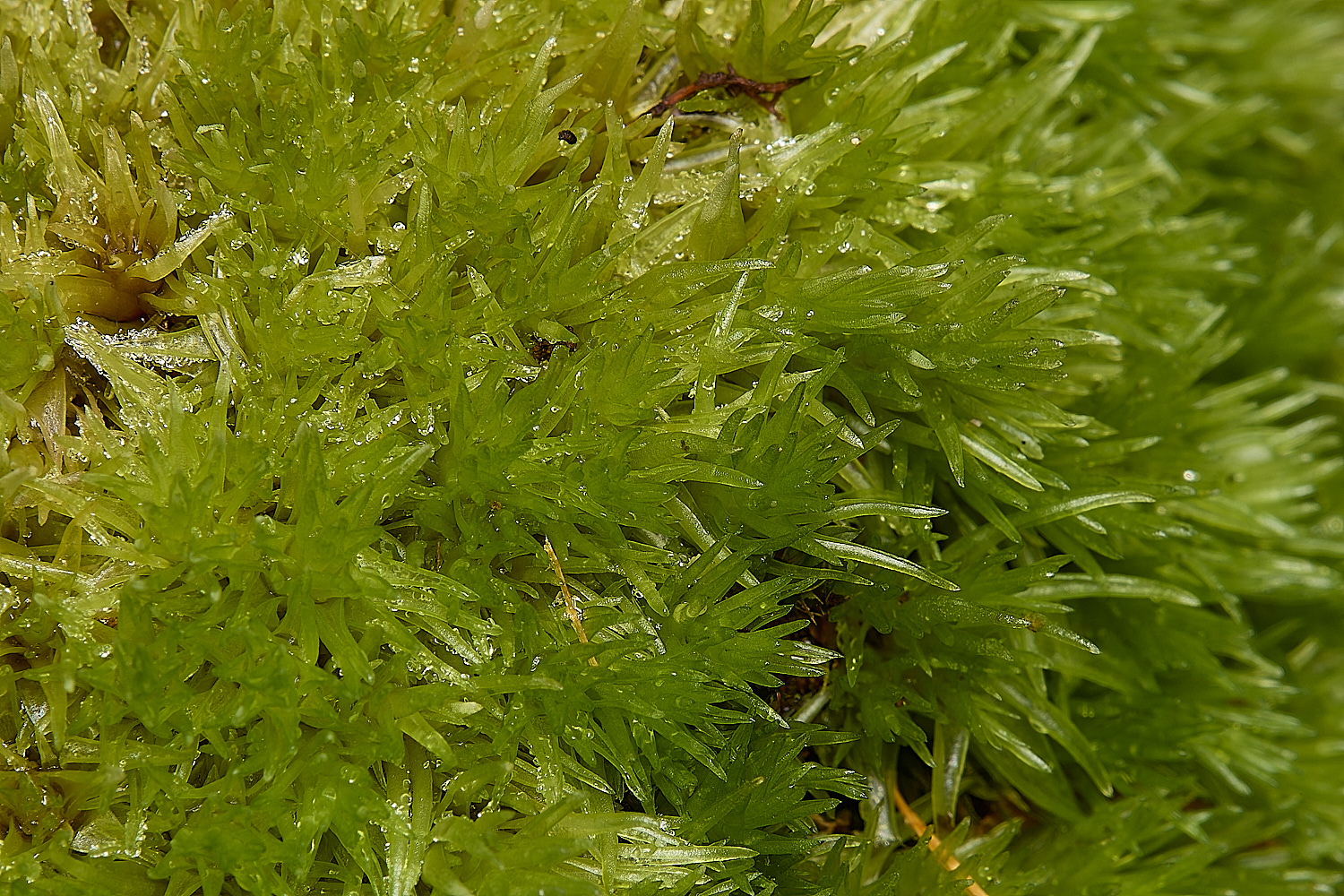

The lamina border 
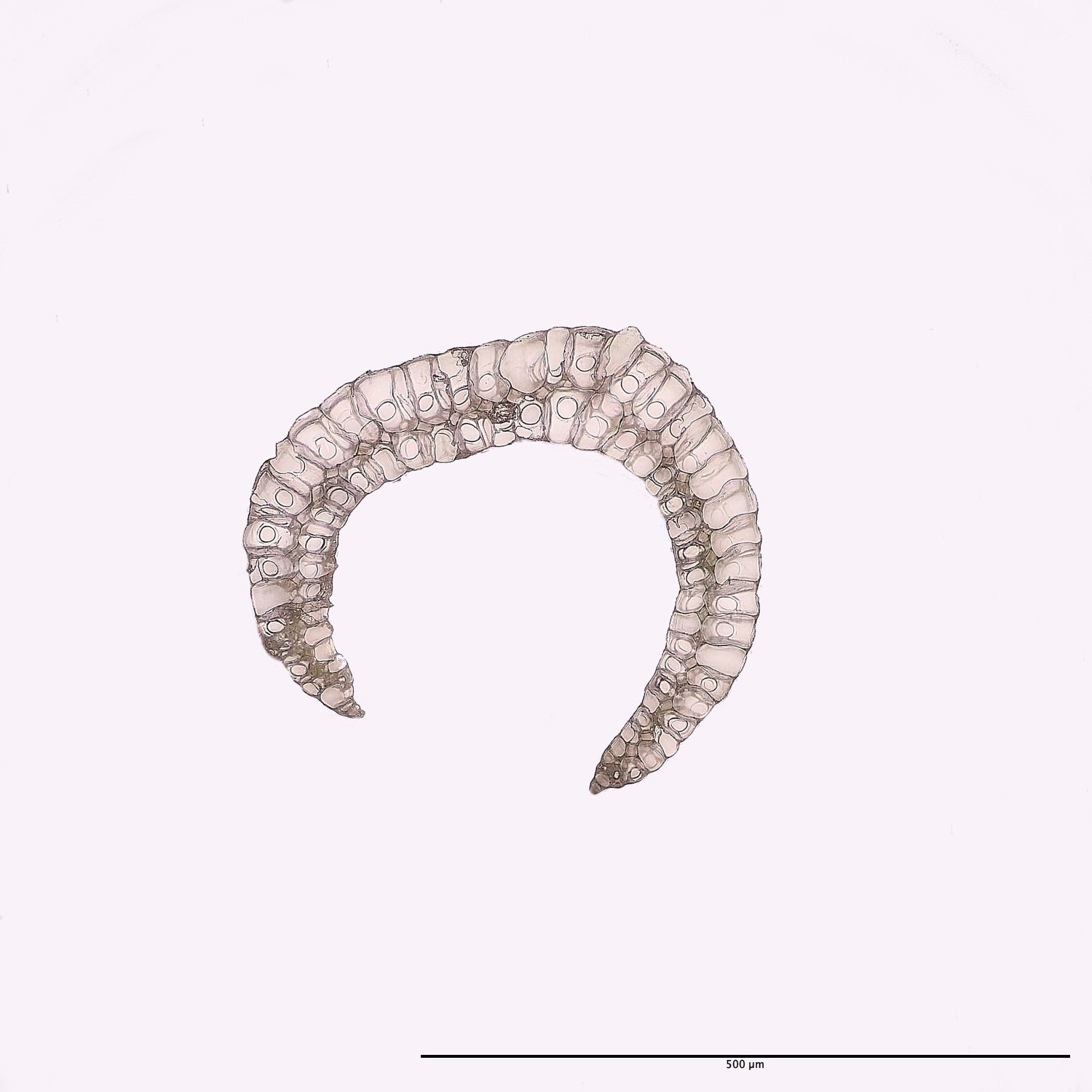
Transverse sections
Leucobryum albidum? (Perhaps)
More ingaes neede
Felbrigg
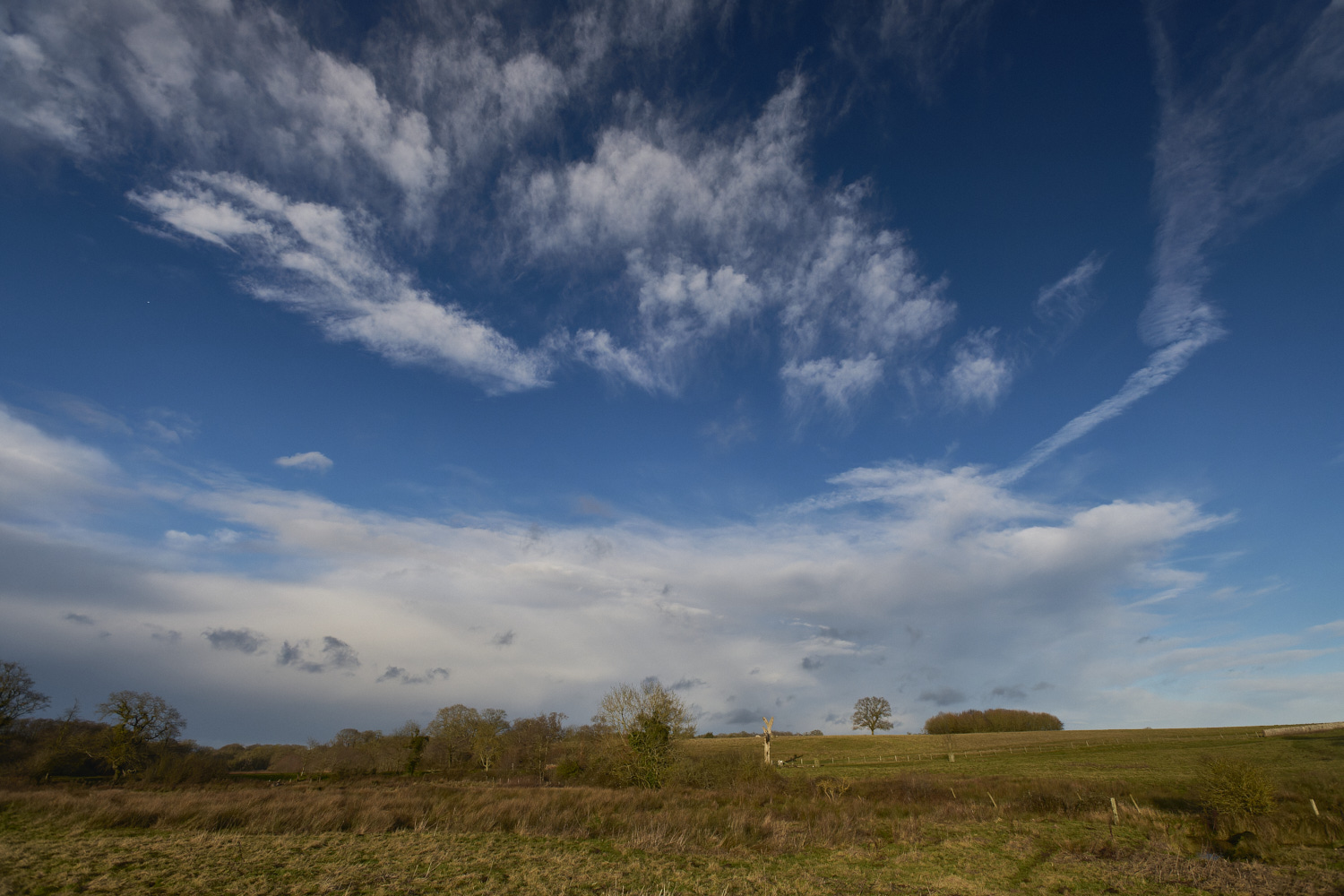
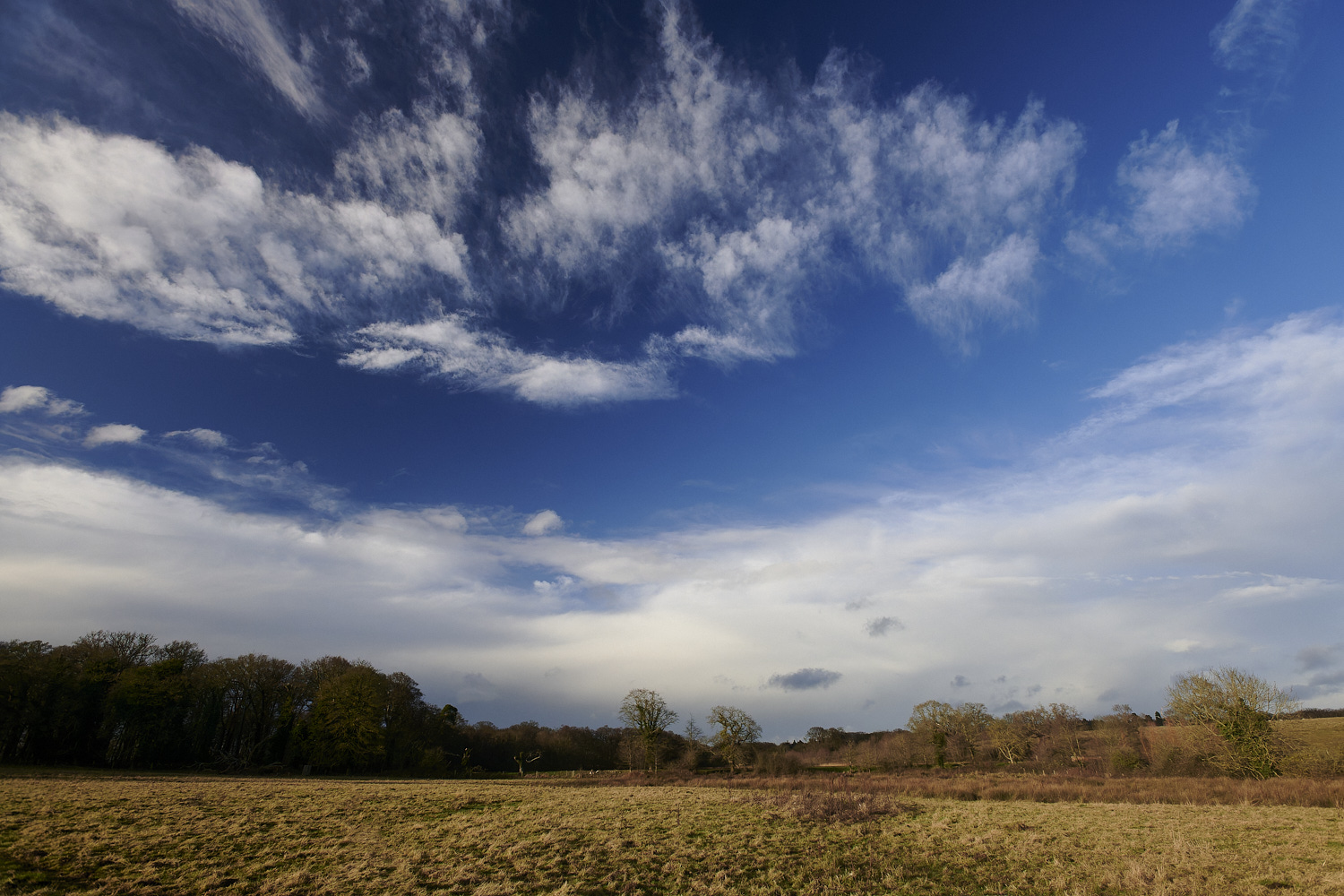
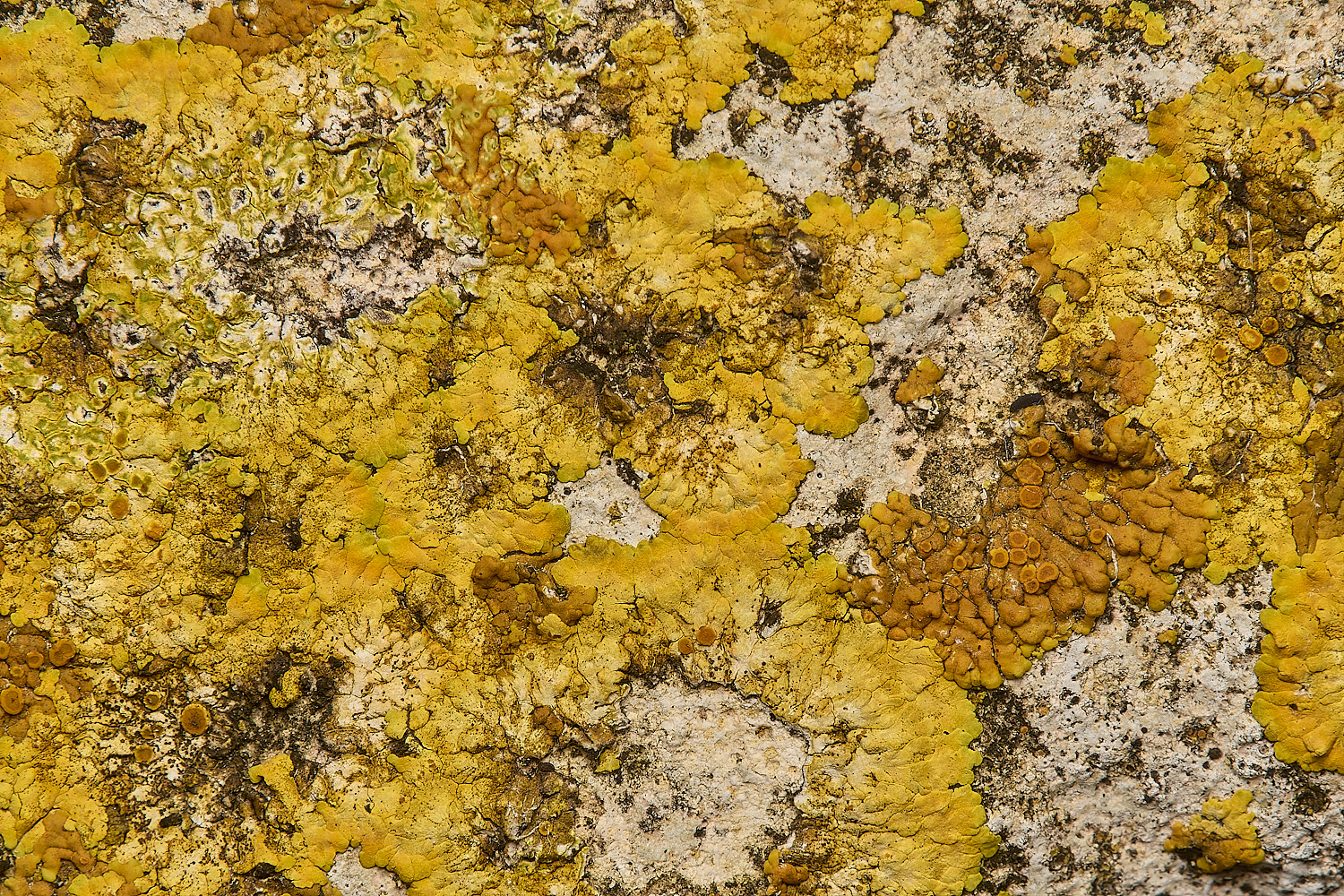
Caloplaca (now Variospora) aurantia & flavescens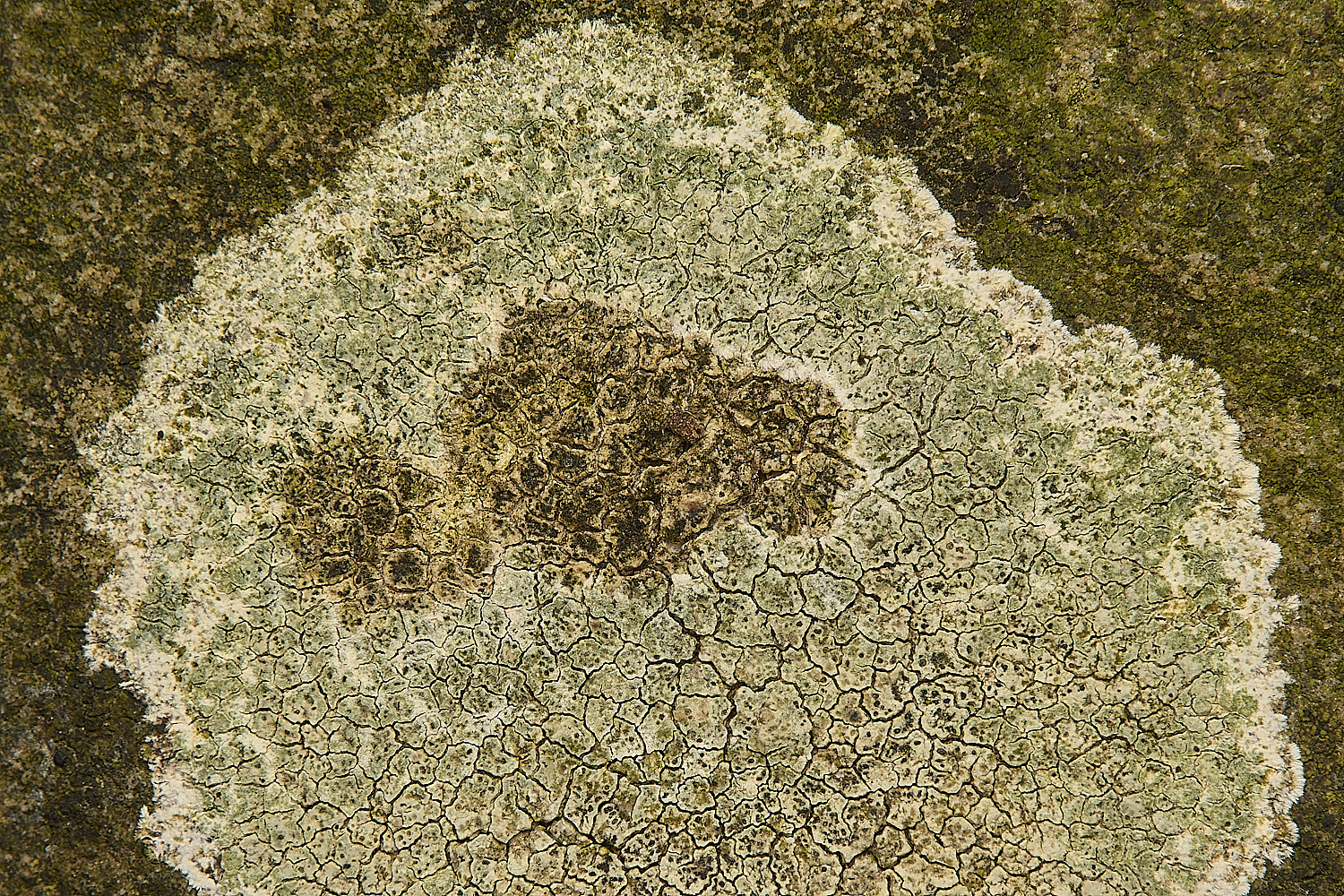
Circinarea Probably calcarea, though heavily mollusc grazed.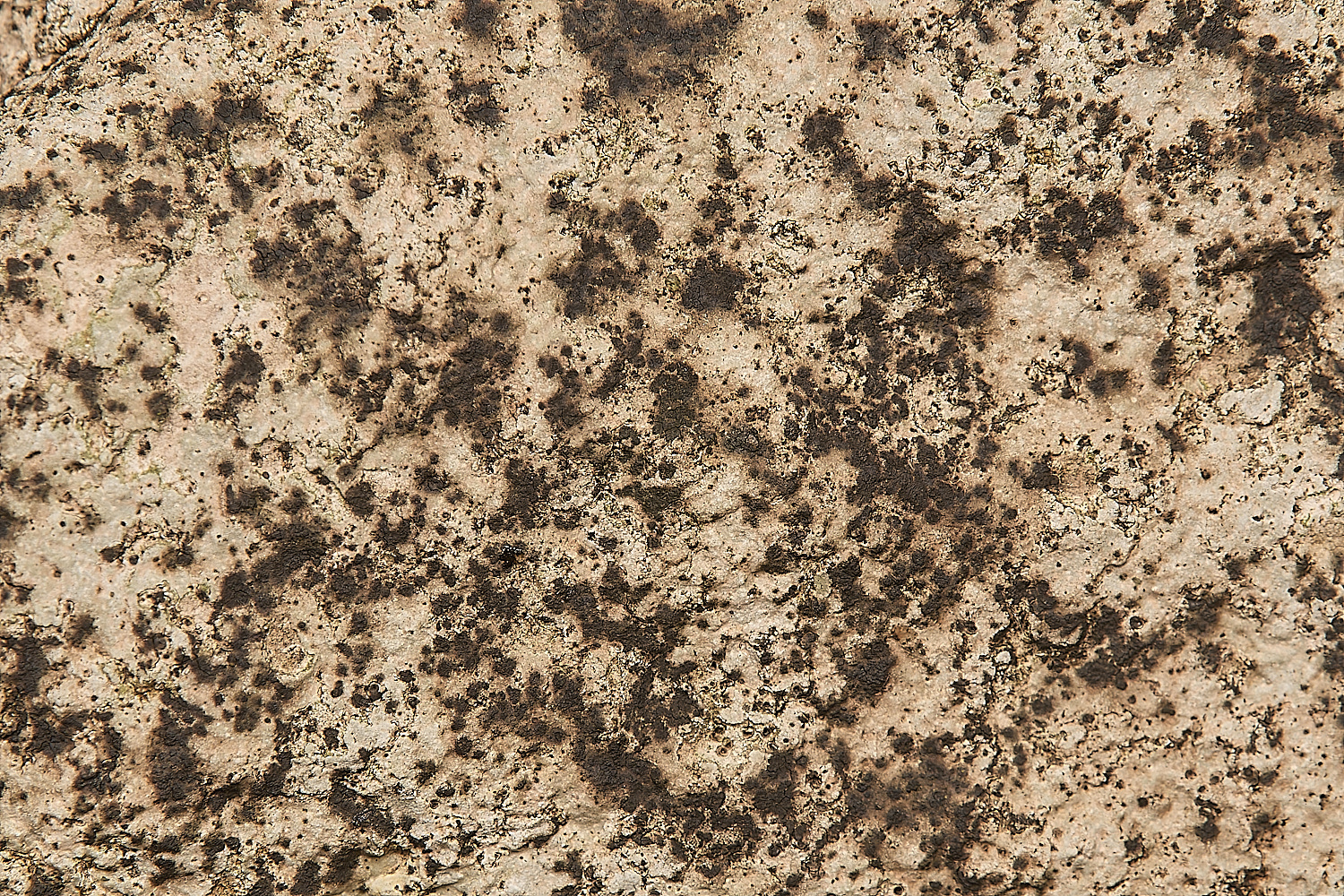
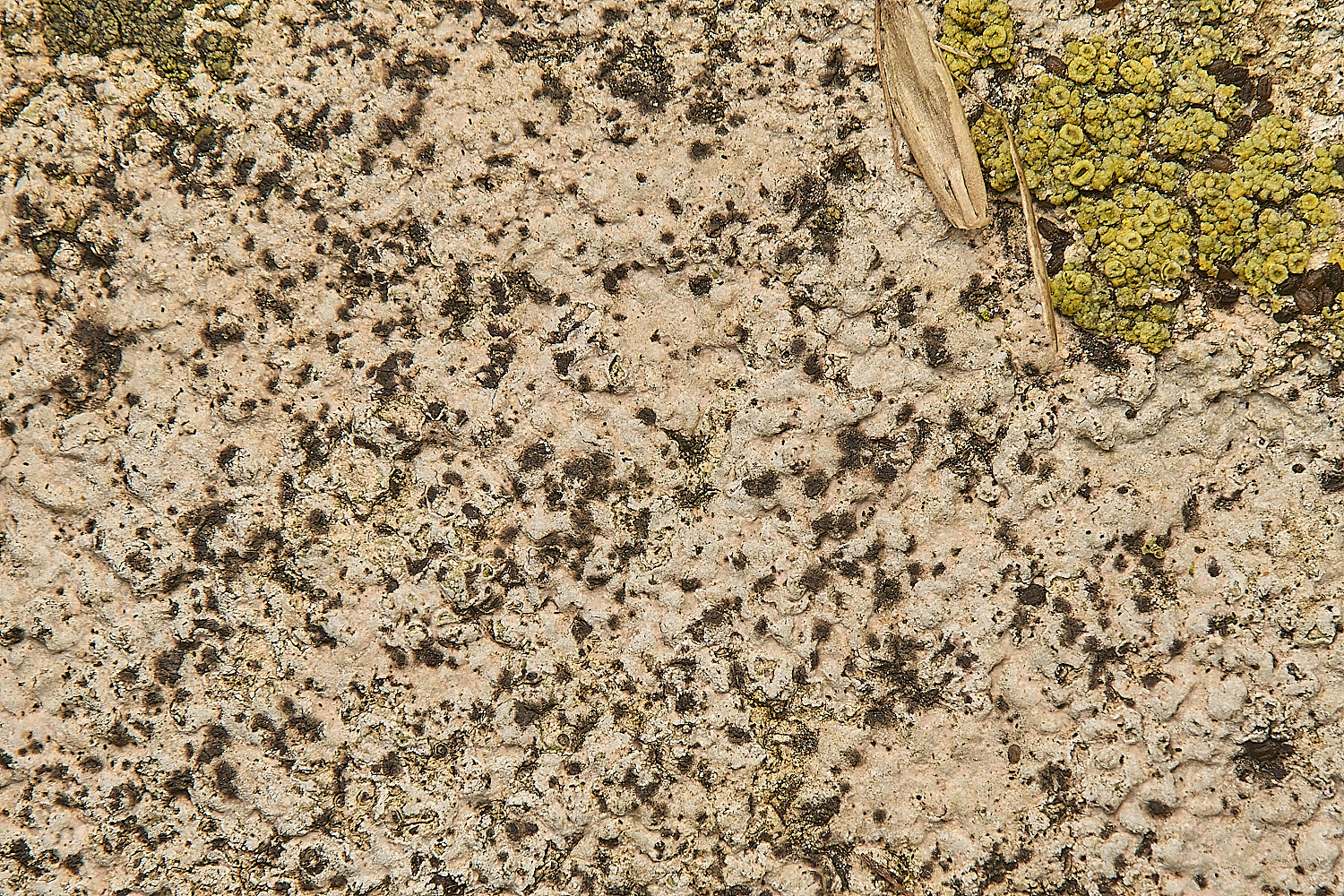
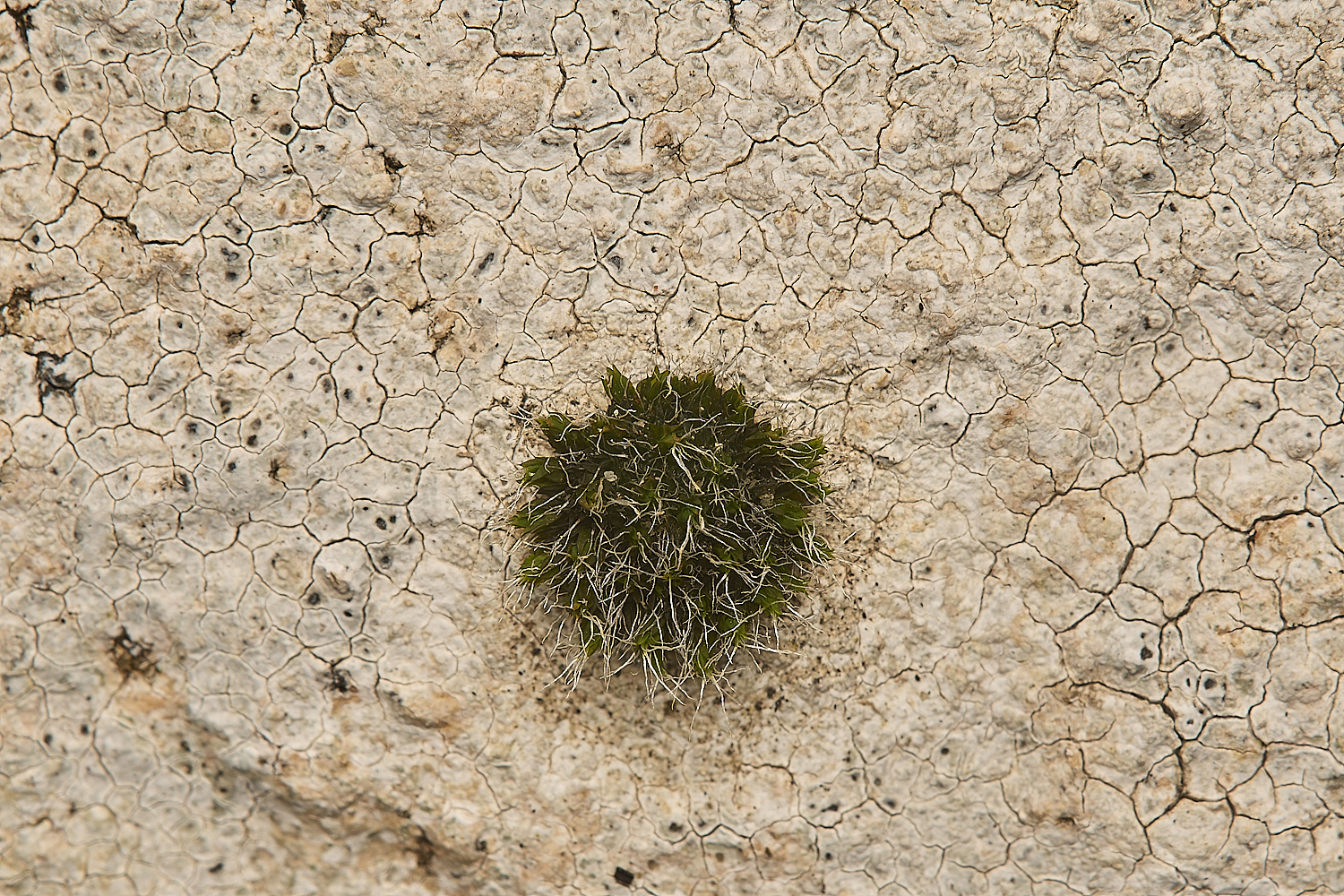
A newly growing Grimmia pulvinata in the middle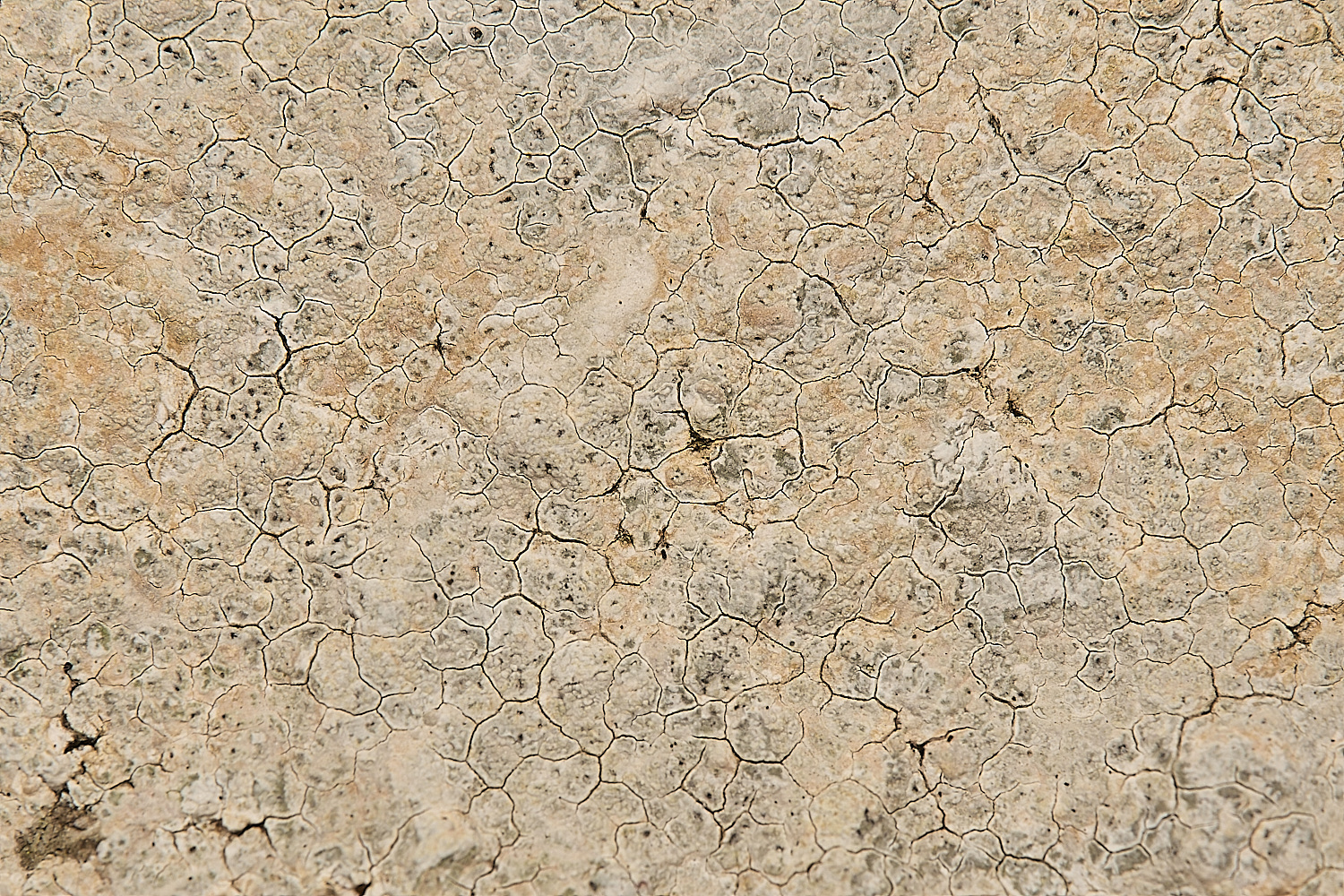
Possibly Bagliettoa calciseda, but none of the characteristic cracks between the perithecia. Possibly infected by a fungus.
Verrucaria Sp?
Verrucaria macrostoma f macrostoma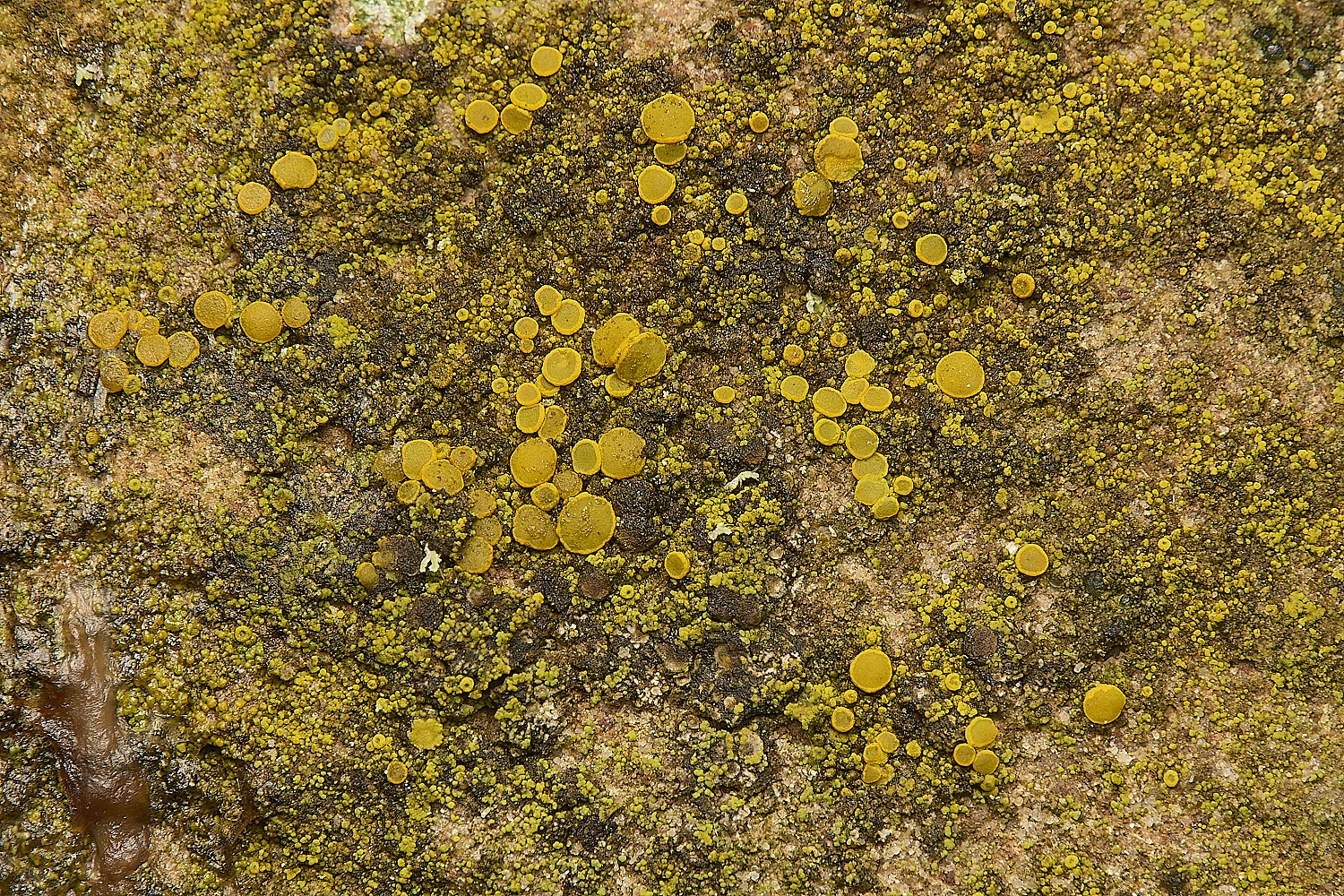
Caloplaca flavocitrina? More likely to Candelareilla vitellina - needs chemical check K + - ?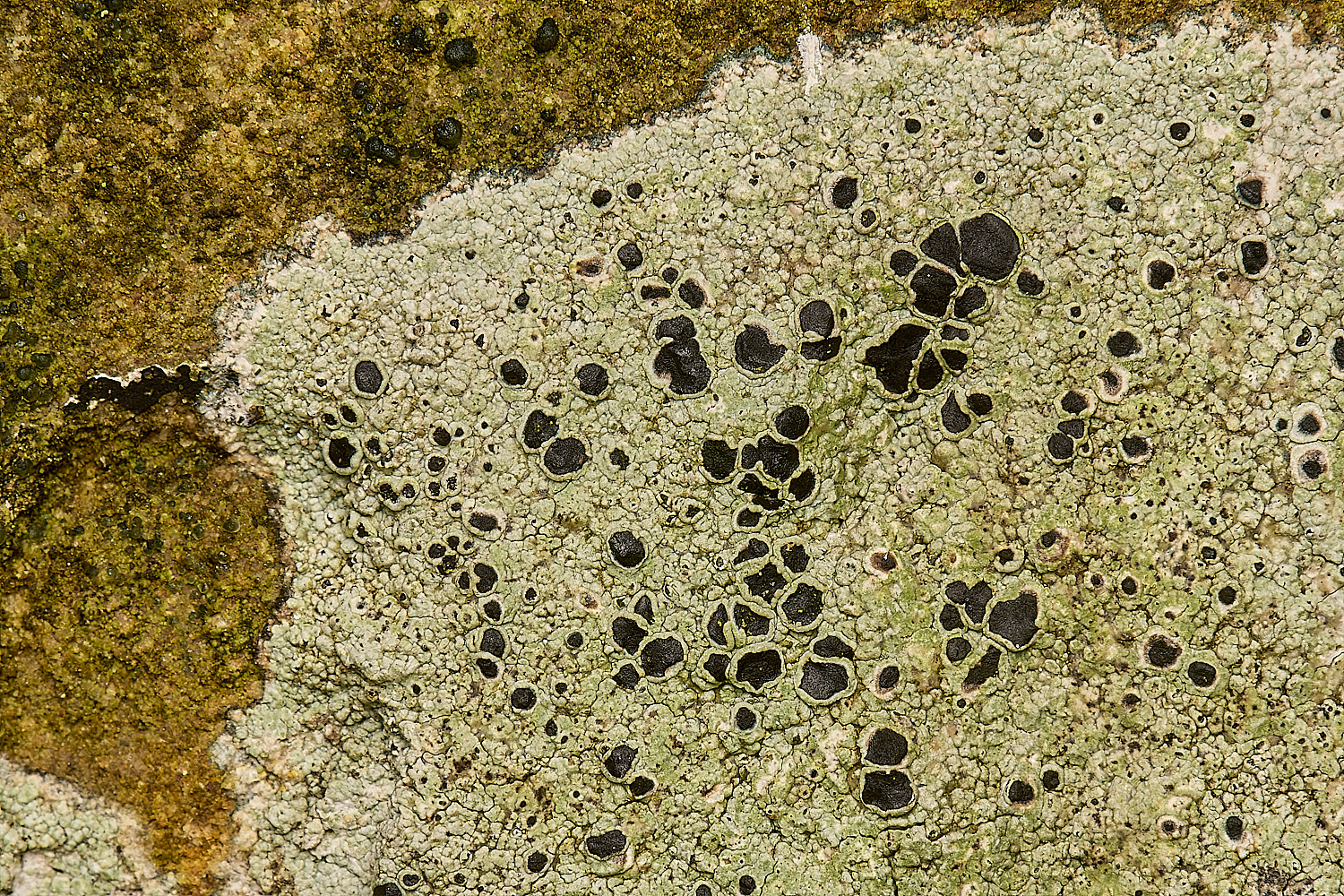
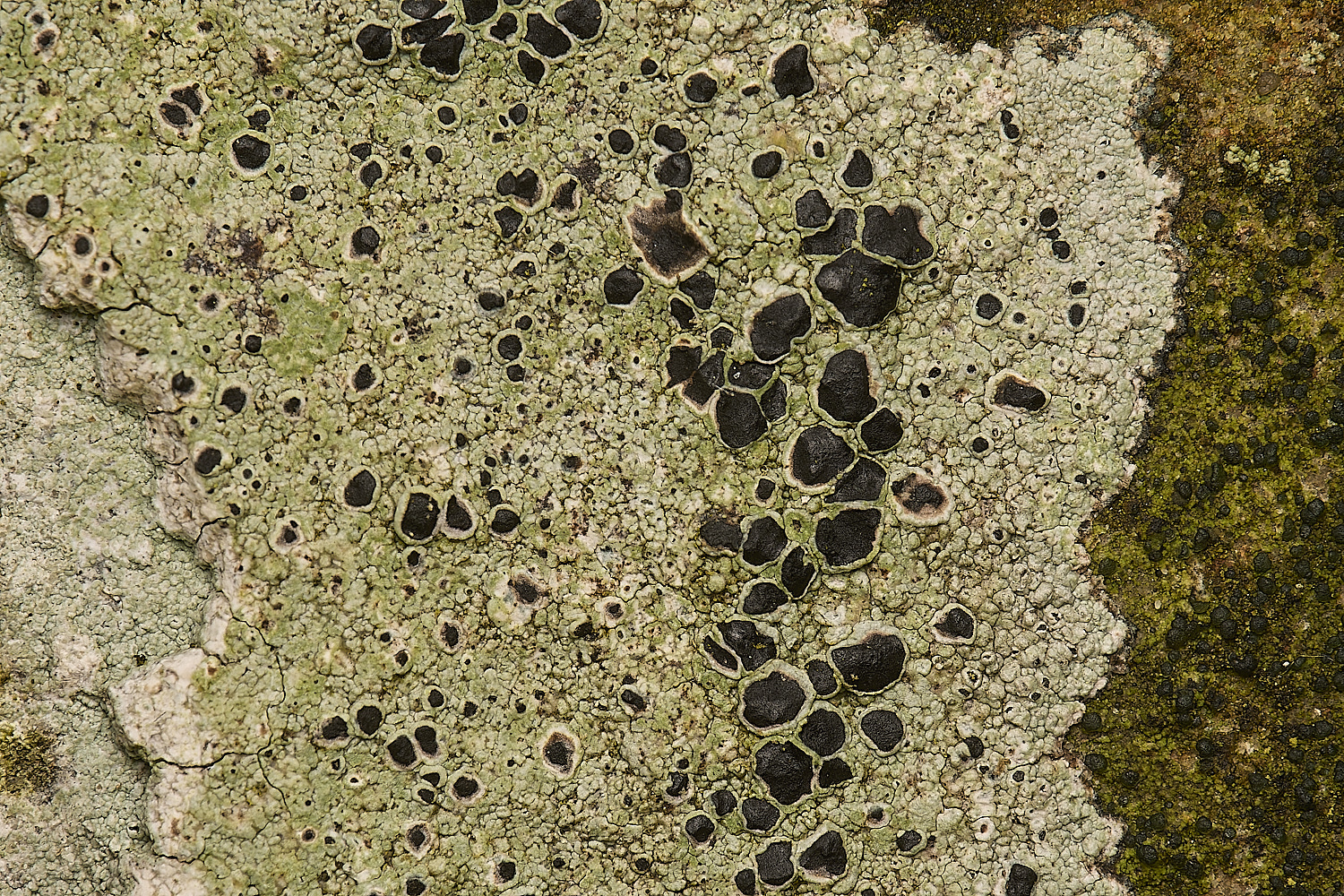
Tephromela atra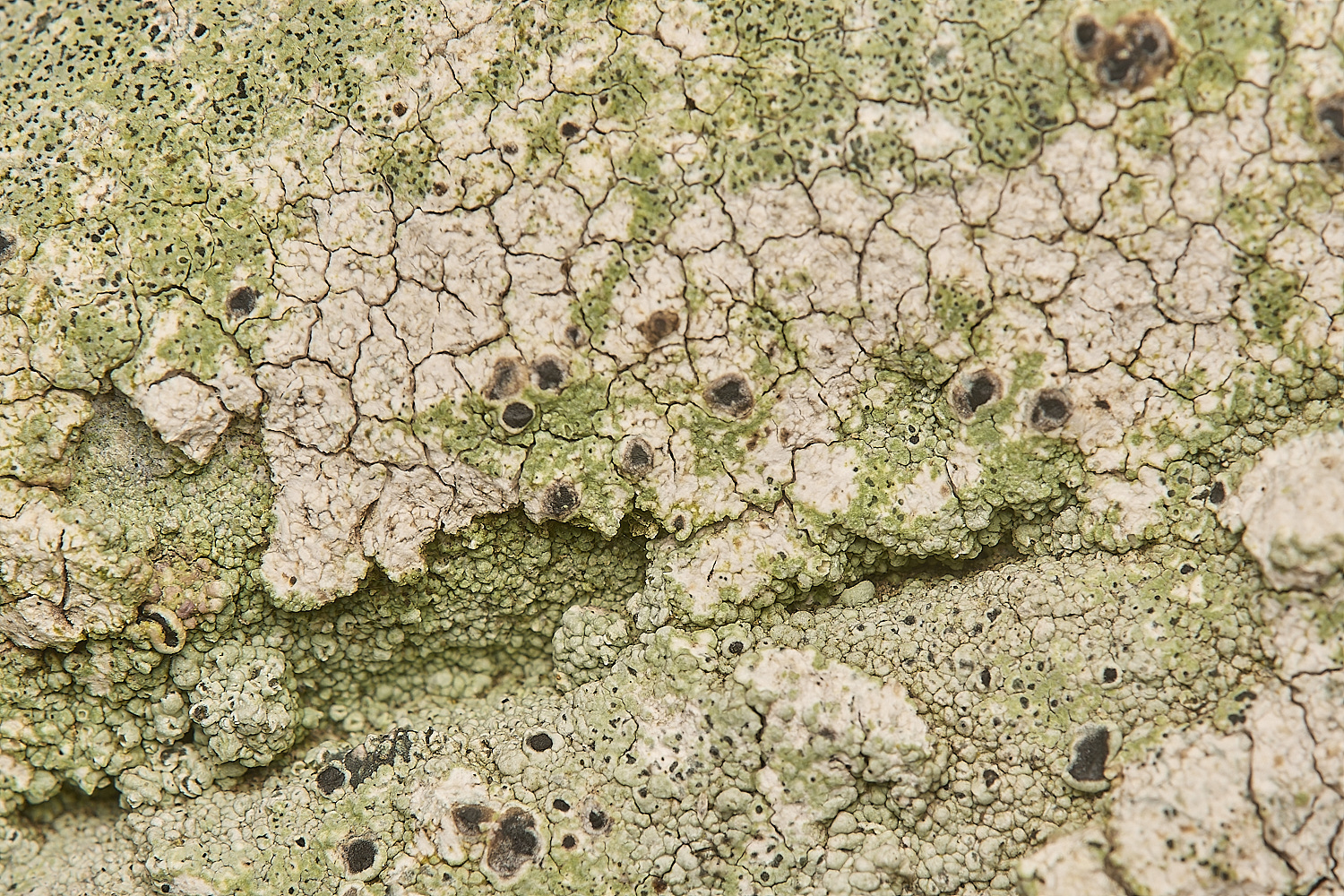
Heavily mollusc grazed Tephromela atra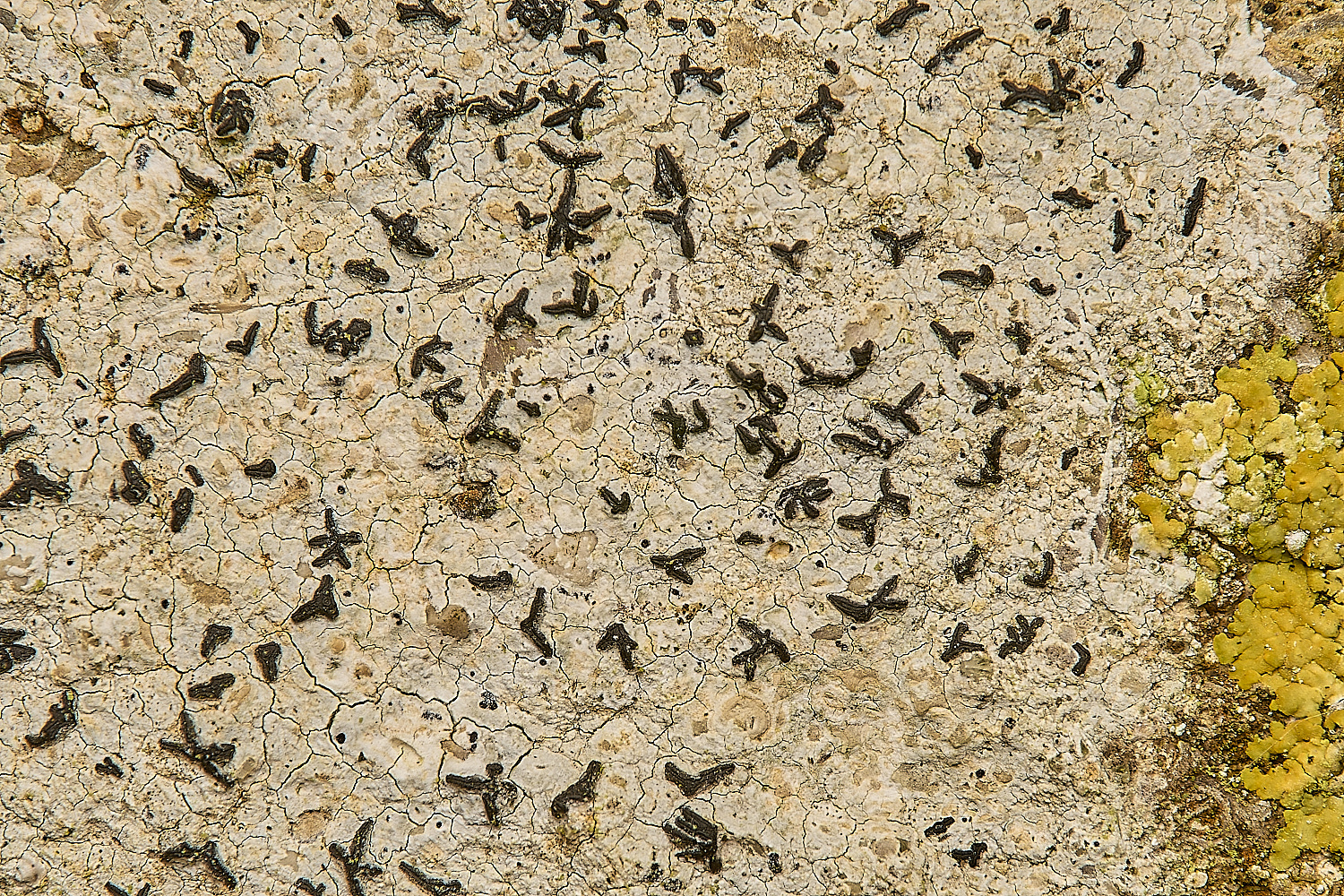

Arthonia (Opegrapha) calcarea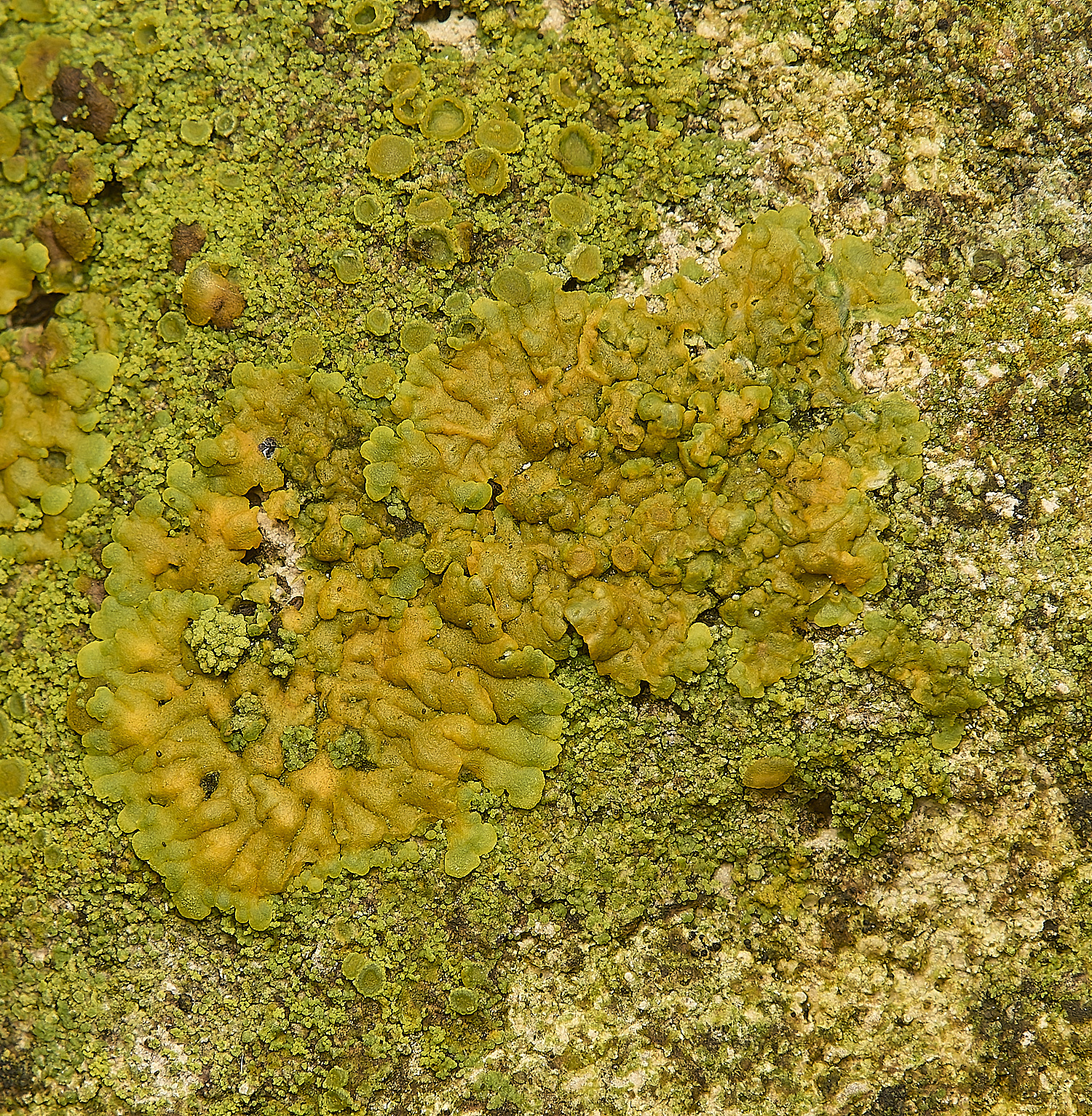
Caloplaca flavescens & C flavocitrina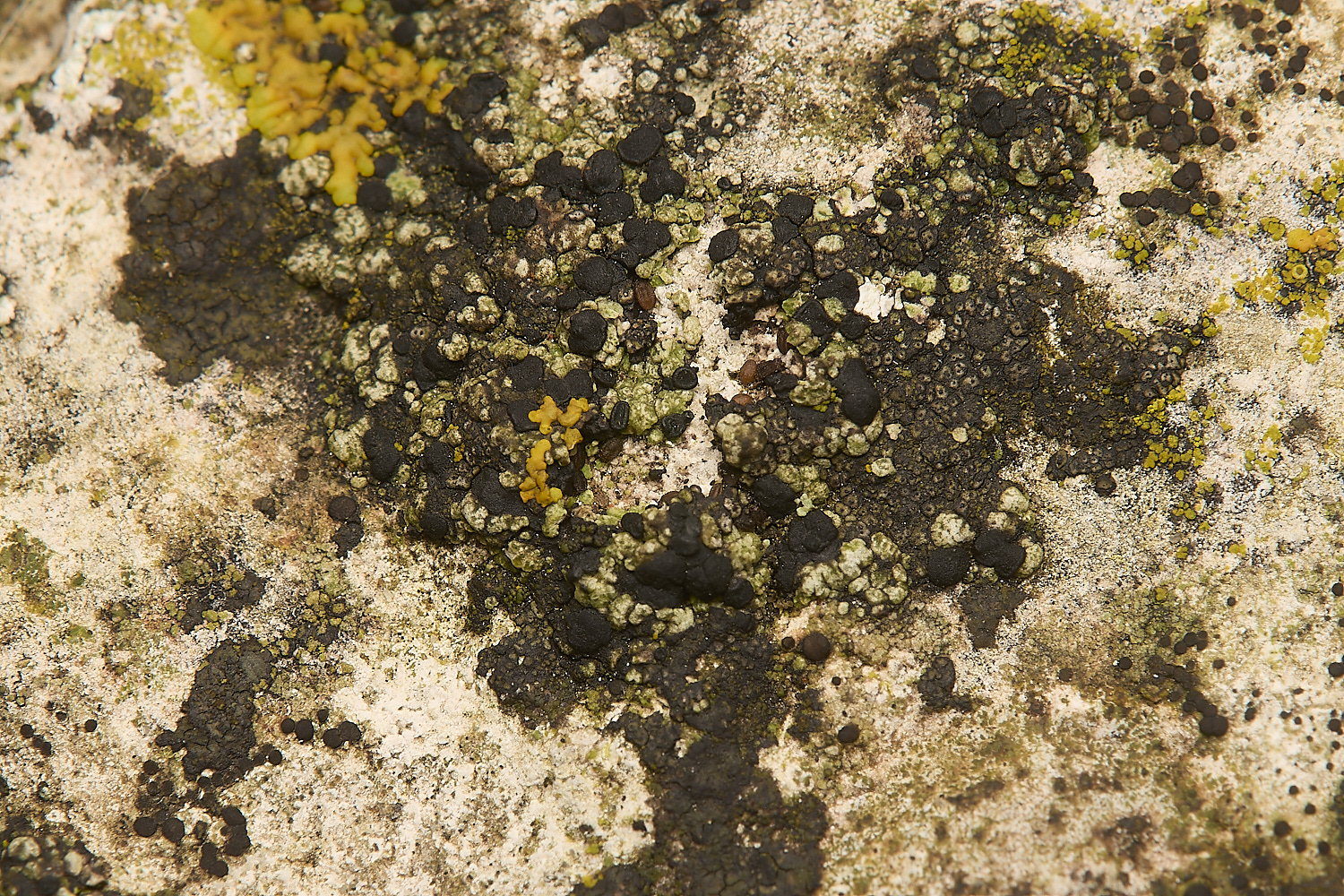

Centre is Toninopsis aromatica, dark area are Verrucaria nigrescens f nigrescens which has been colonized by Placopyrenium fuscellum.
The black discs top right could be a few species & first choice would be Amandinea punctata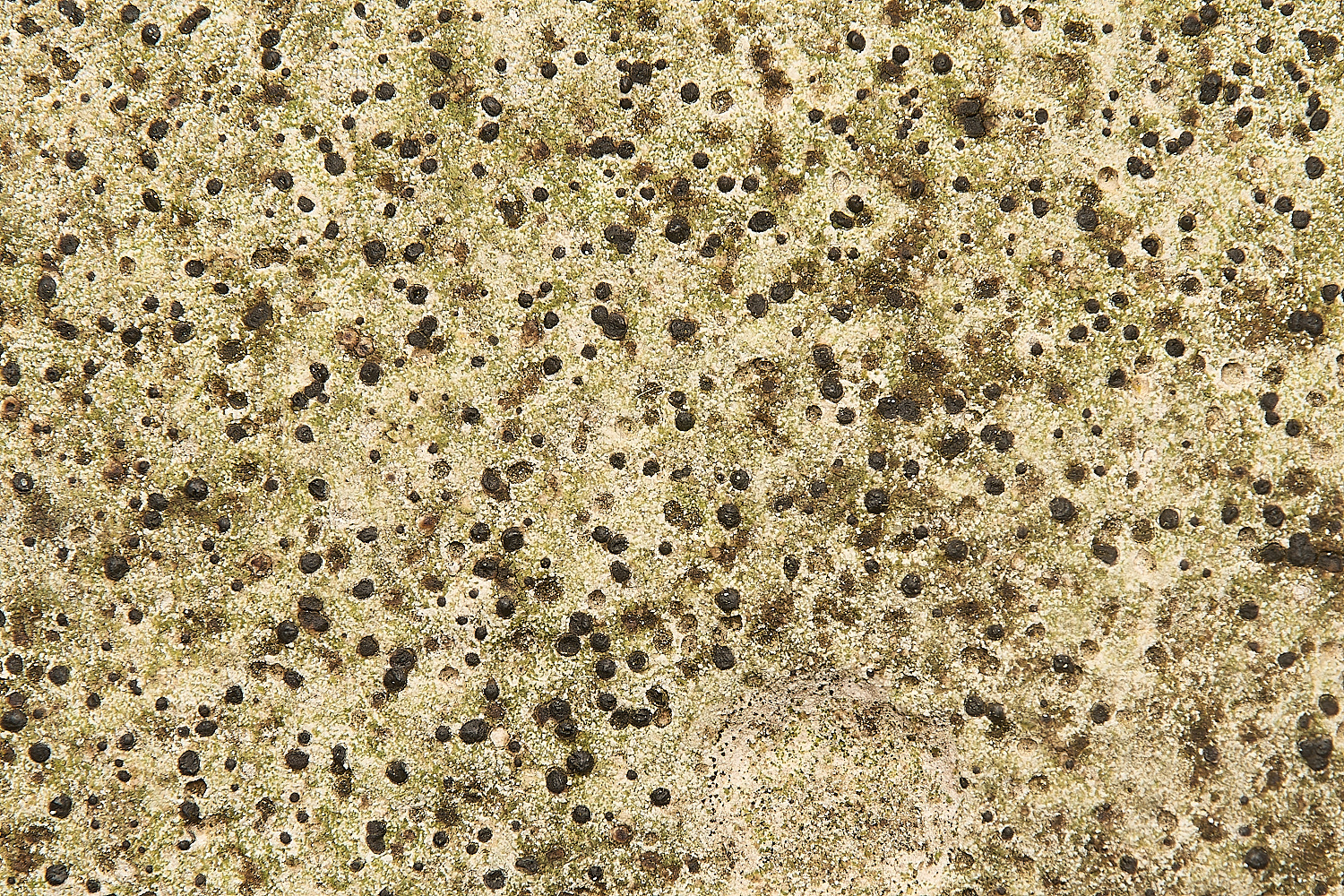
Bagliettoa parmigeria
Candellaria medians, assuming K-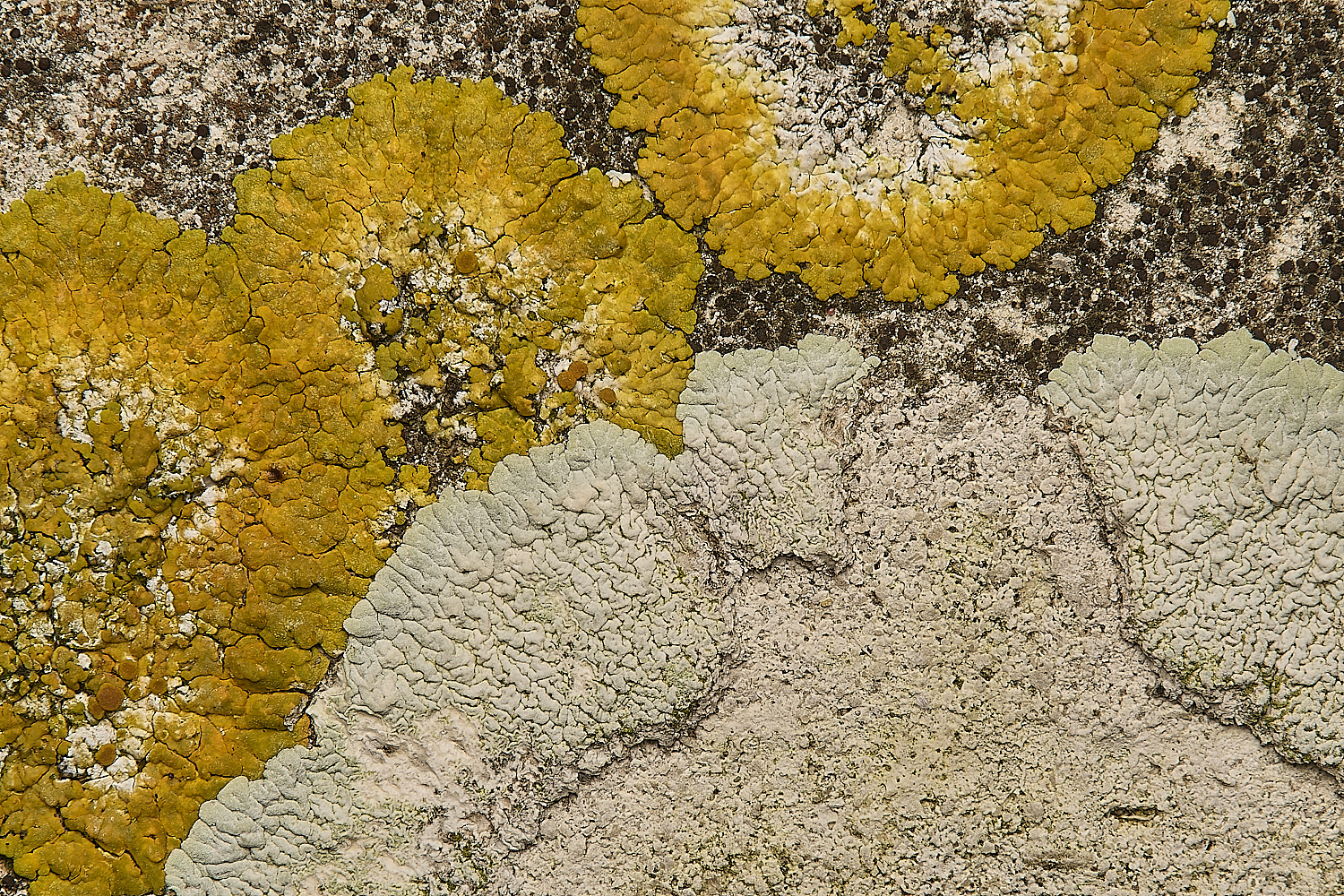
Caloplaca flavescens & Diploicia canescens
from
Irish Lichens
Many thanks to the Norfolk Lichen Recorder for help with id and comments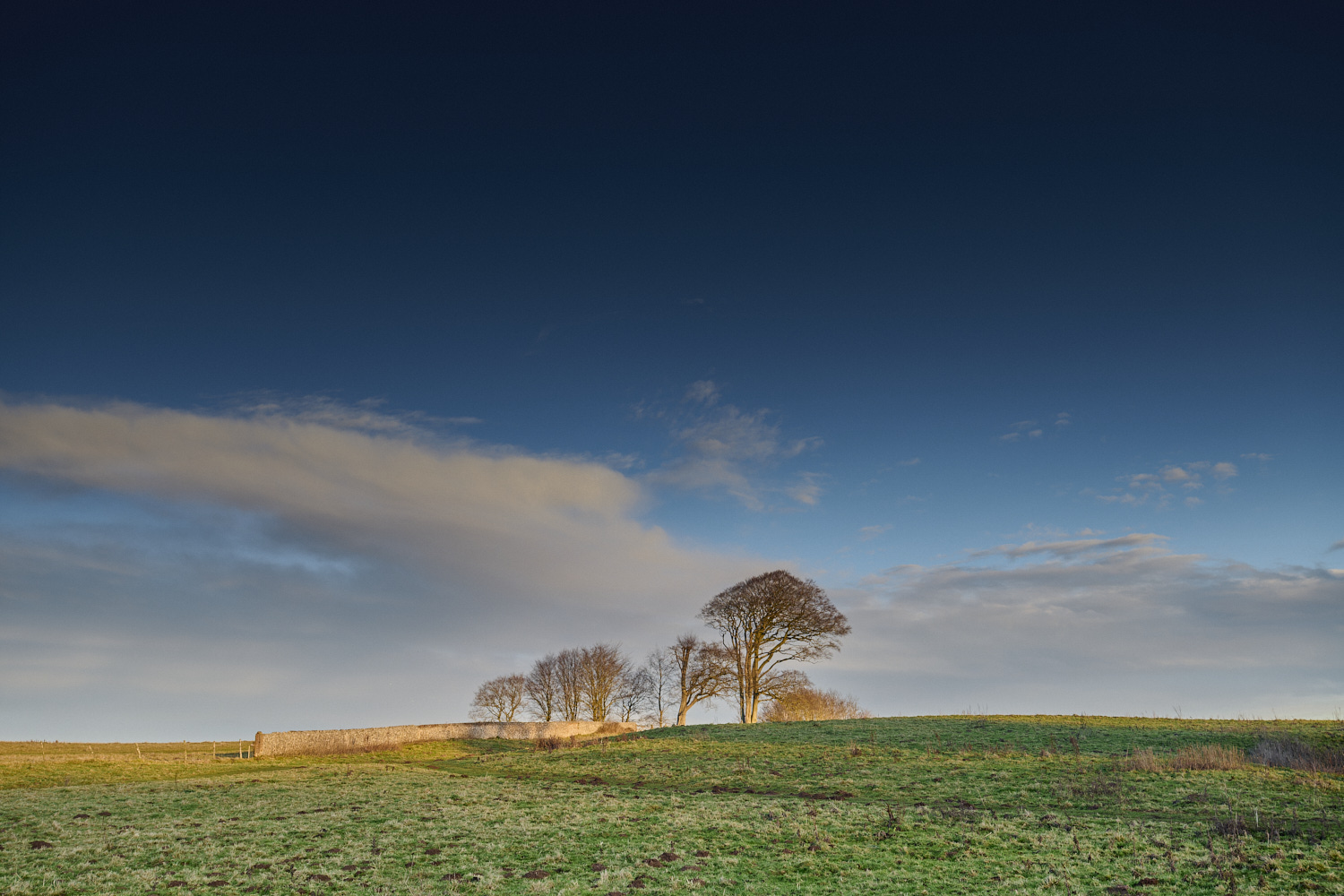
Felbrigg
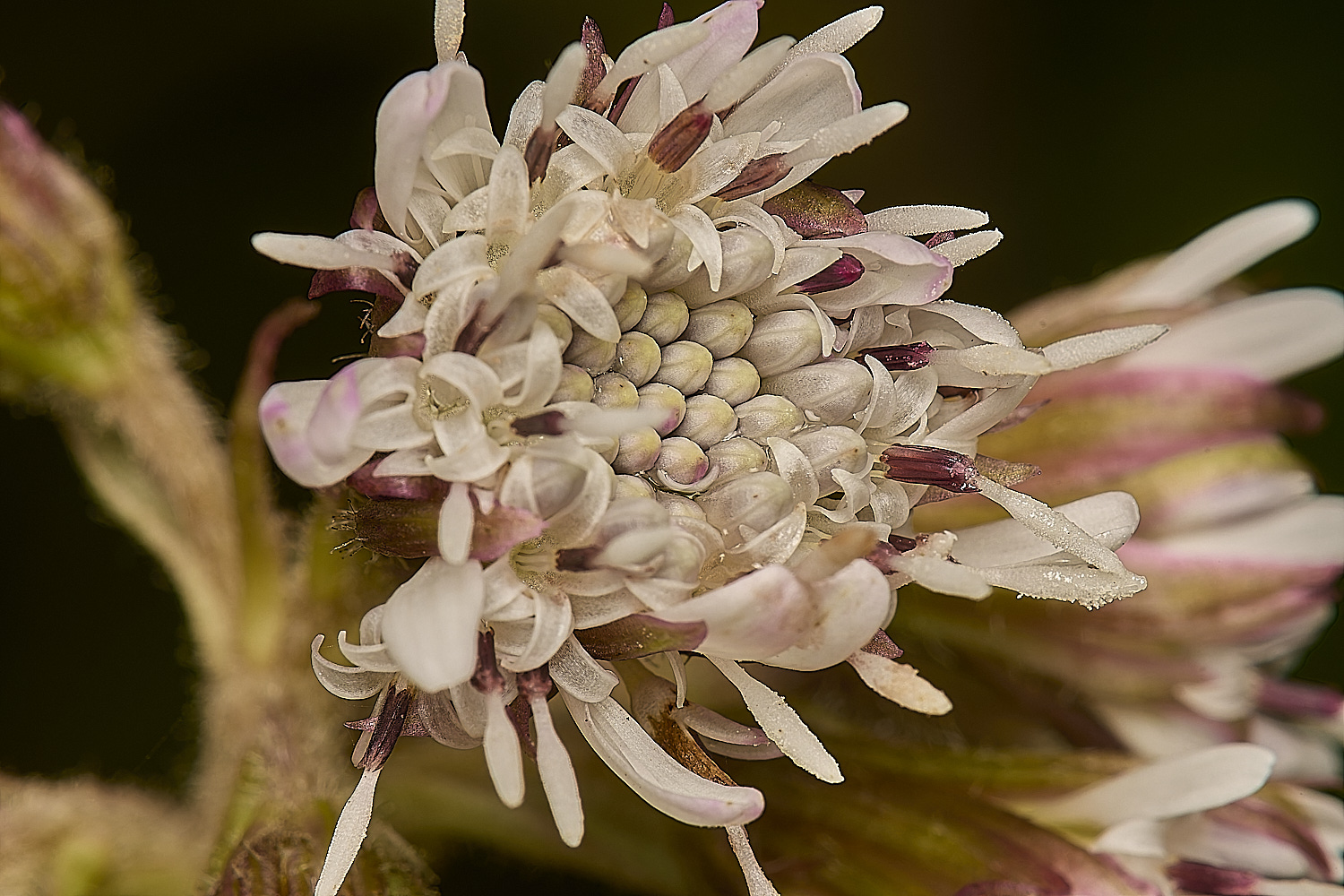
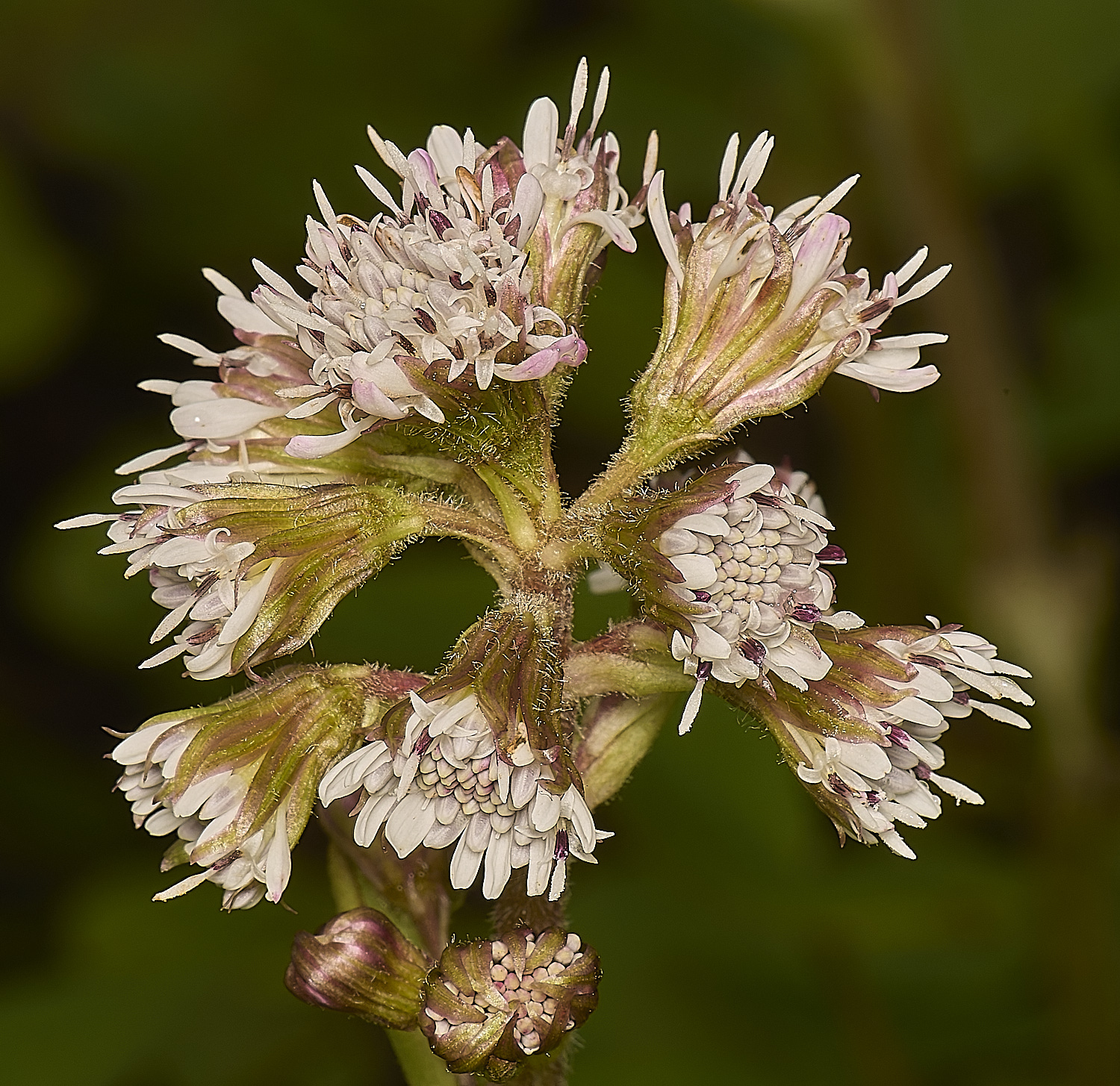

Winter heliotrope (Petasites fragrans)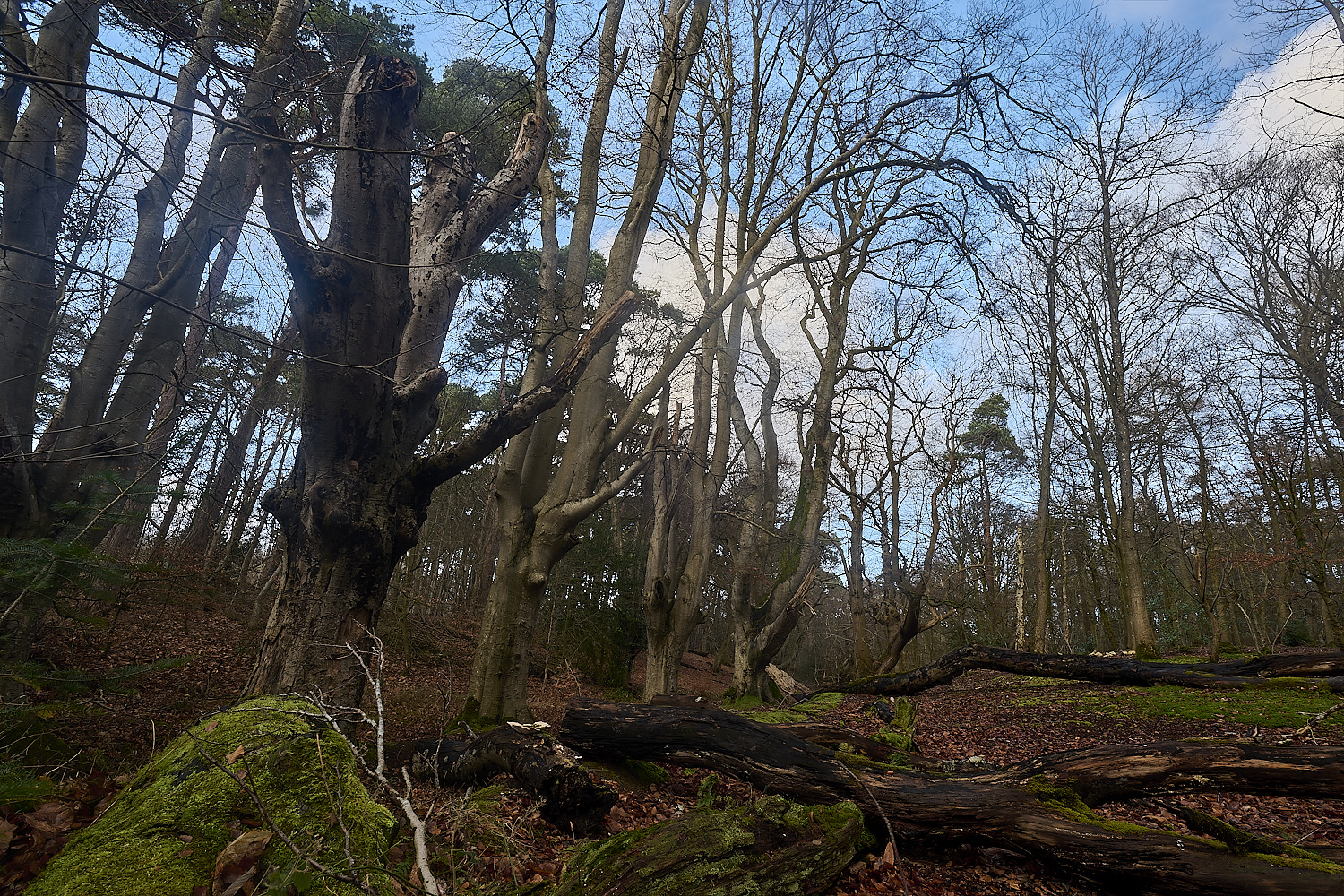
Beech (Fagus sylvatica)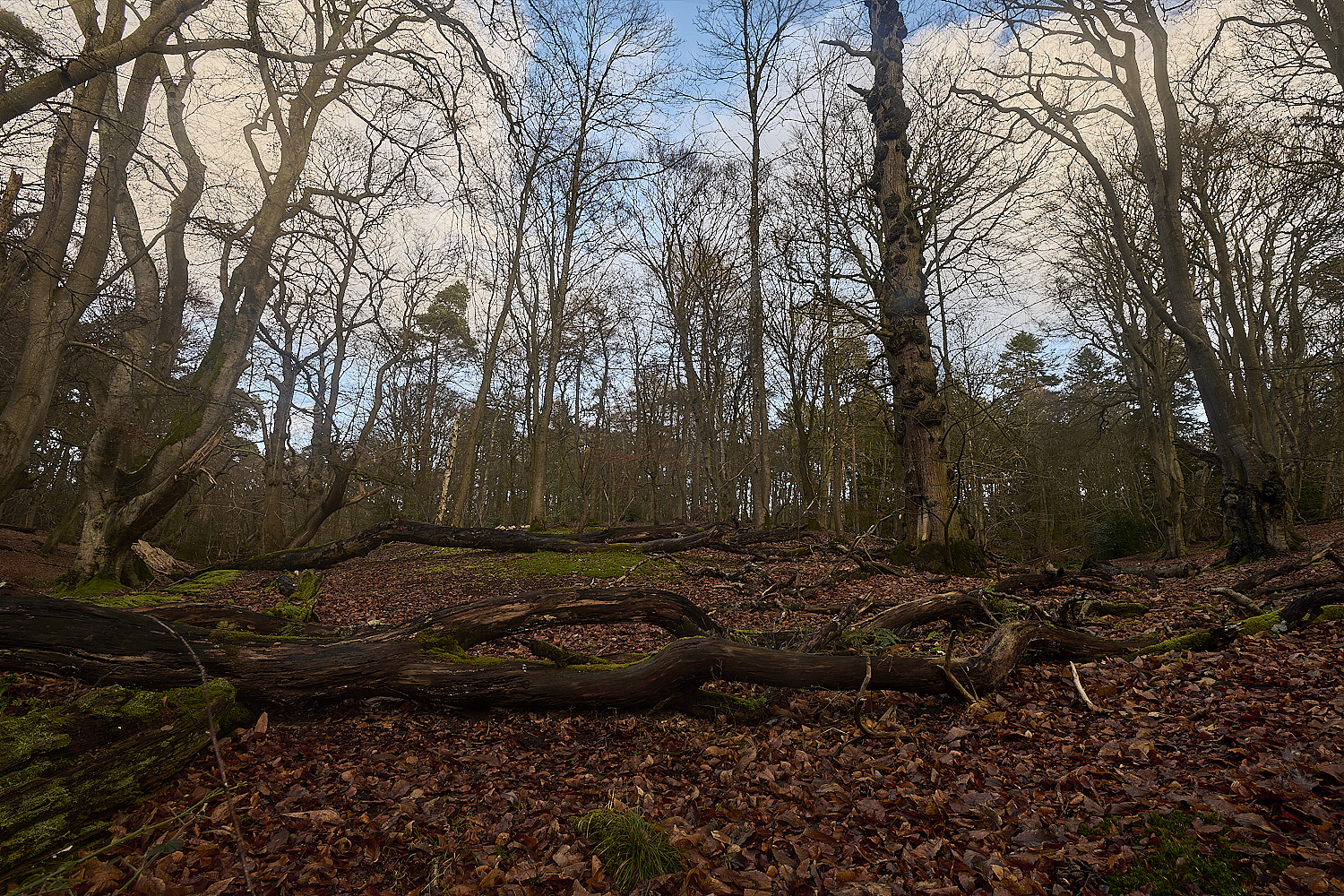
Lion's Mouth 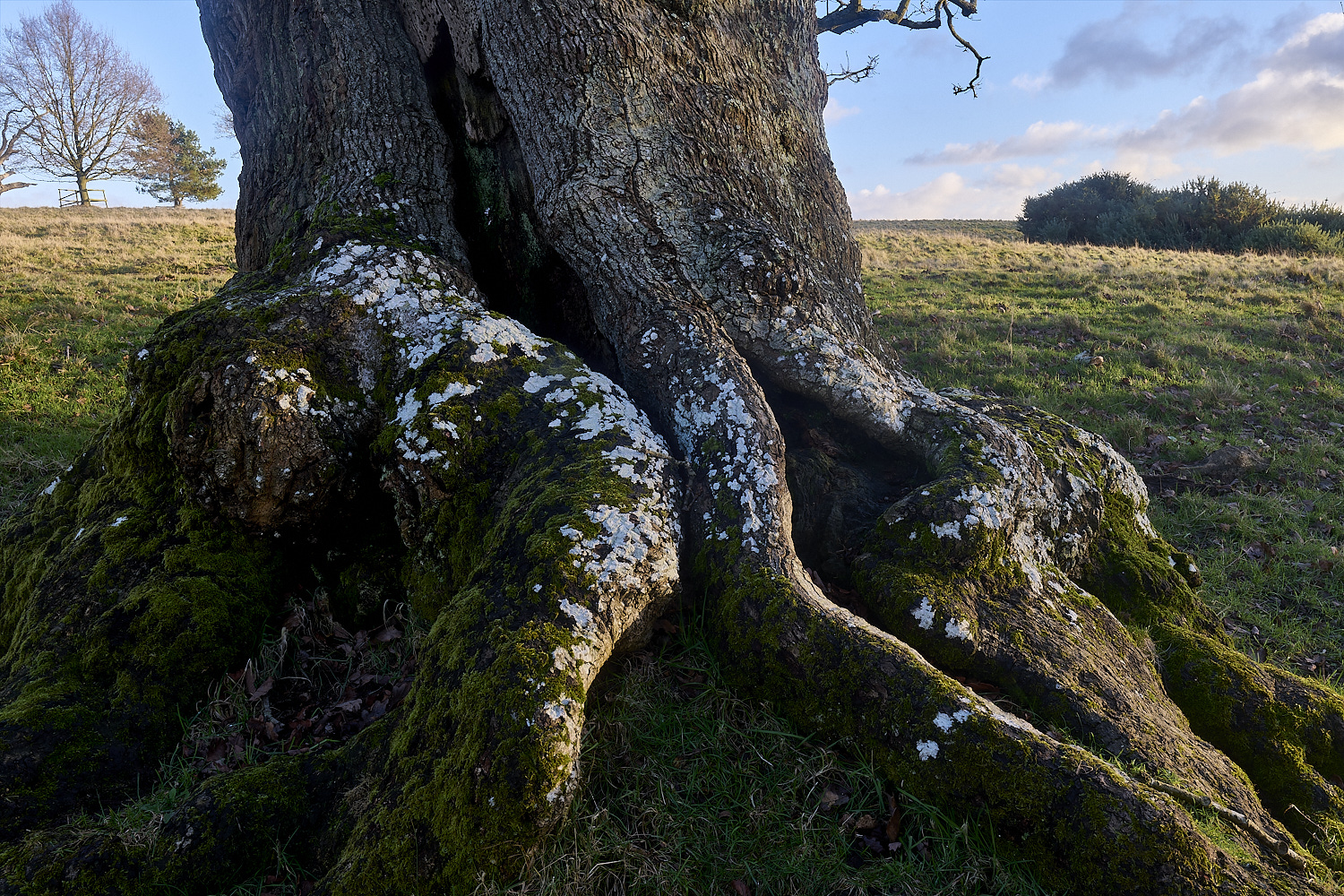
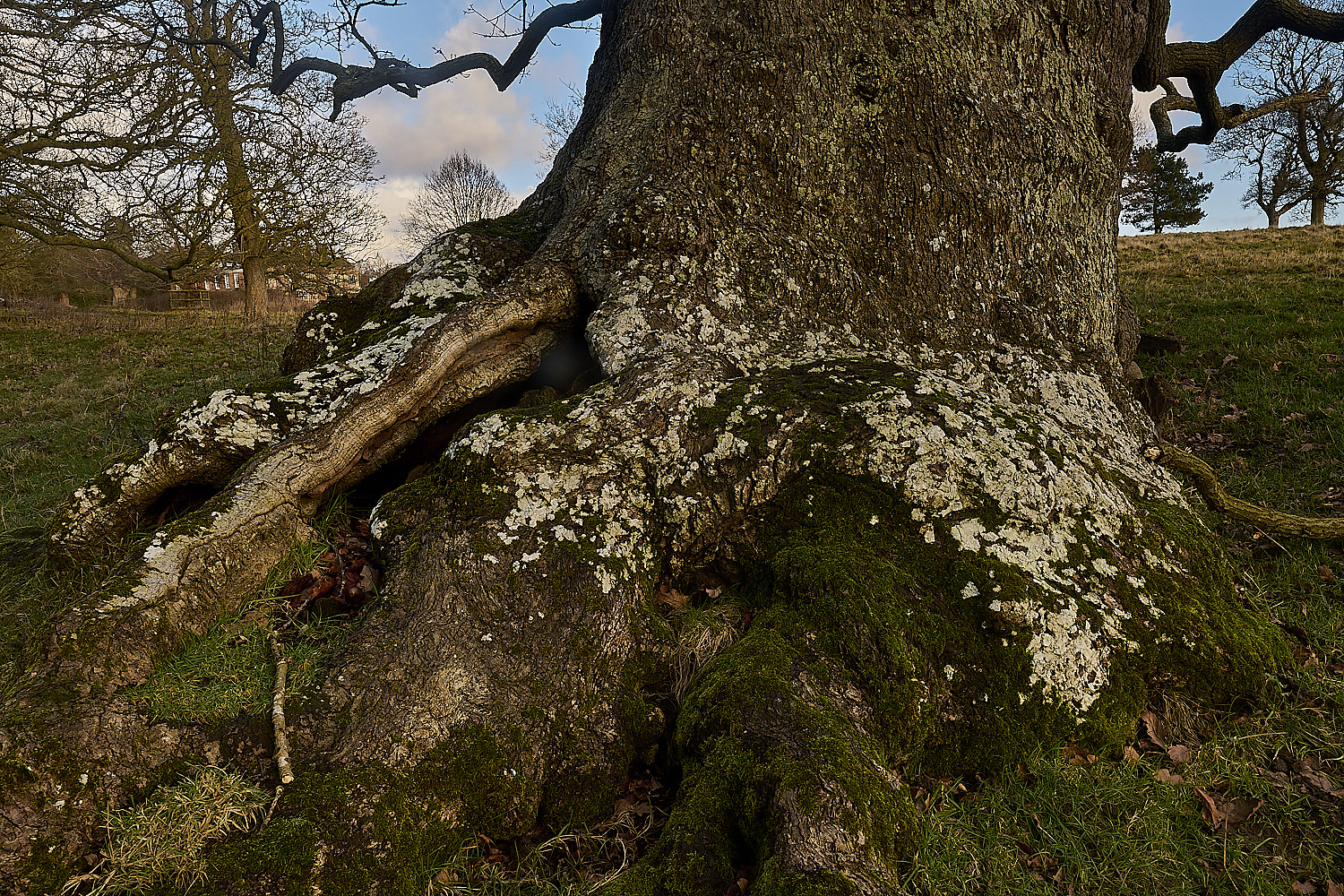
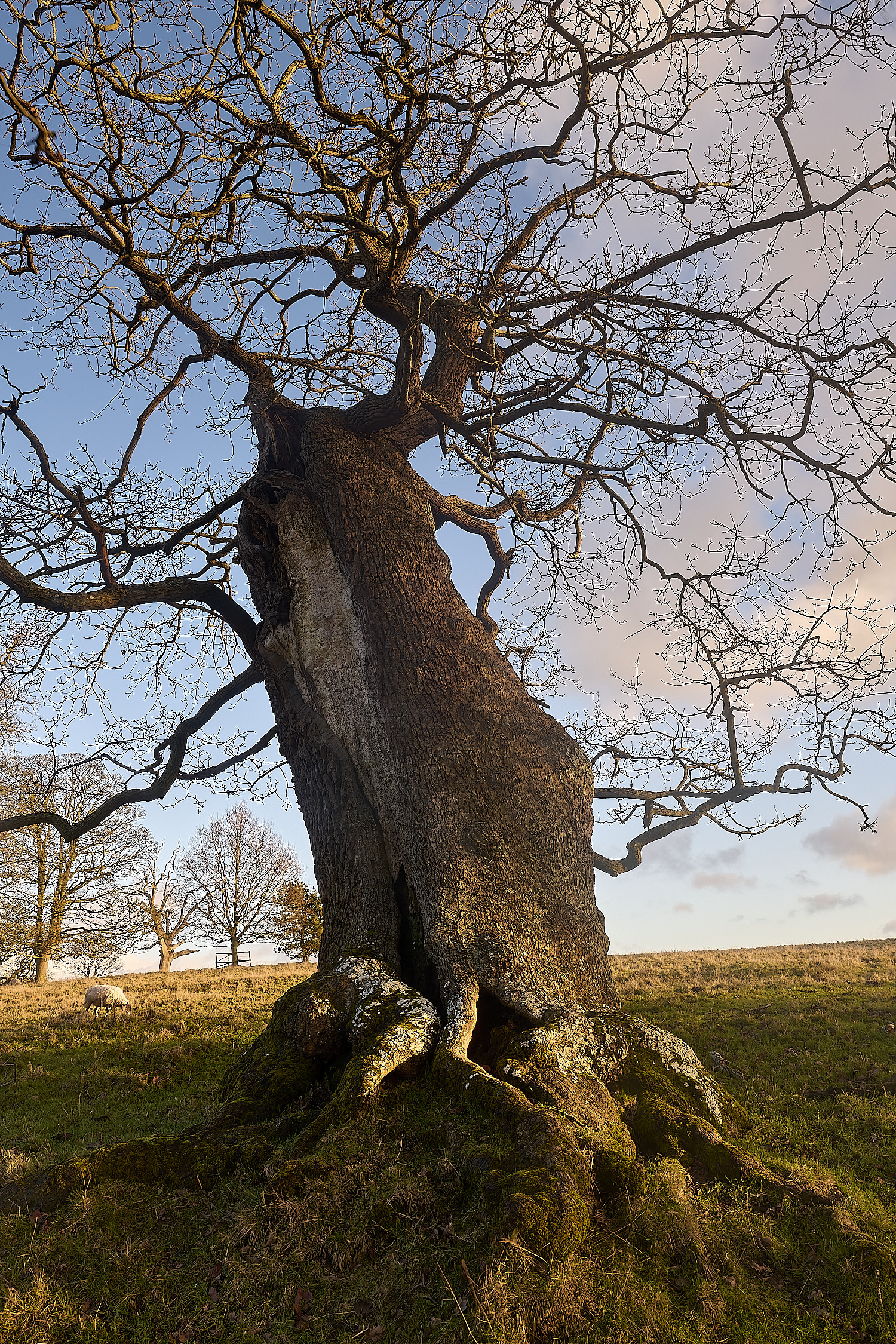
An old Parkland Oak (Quercus robur)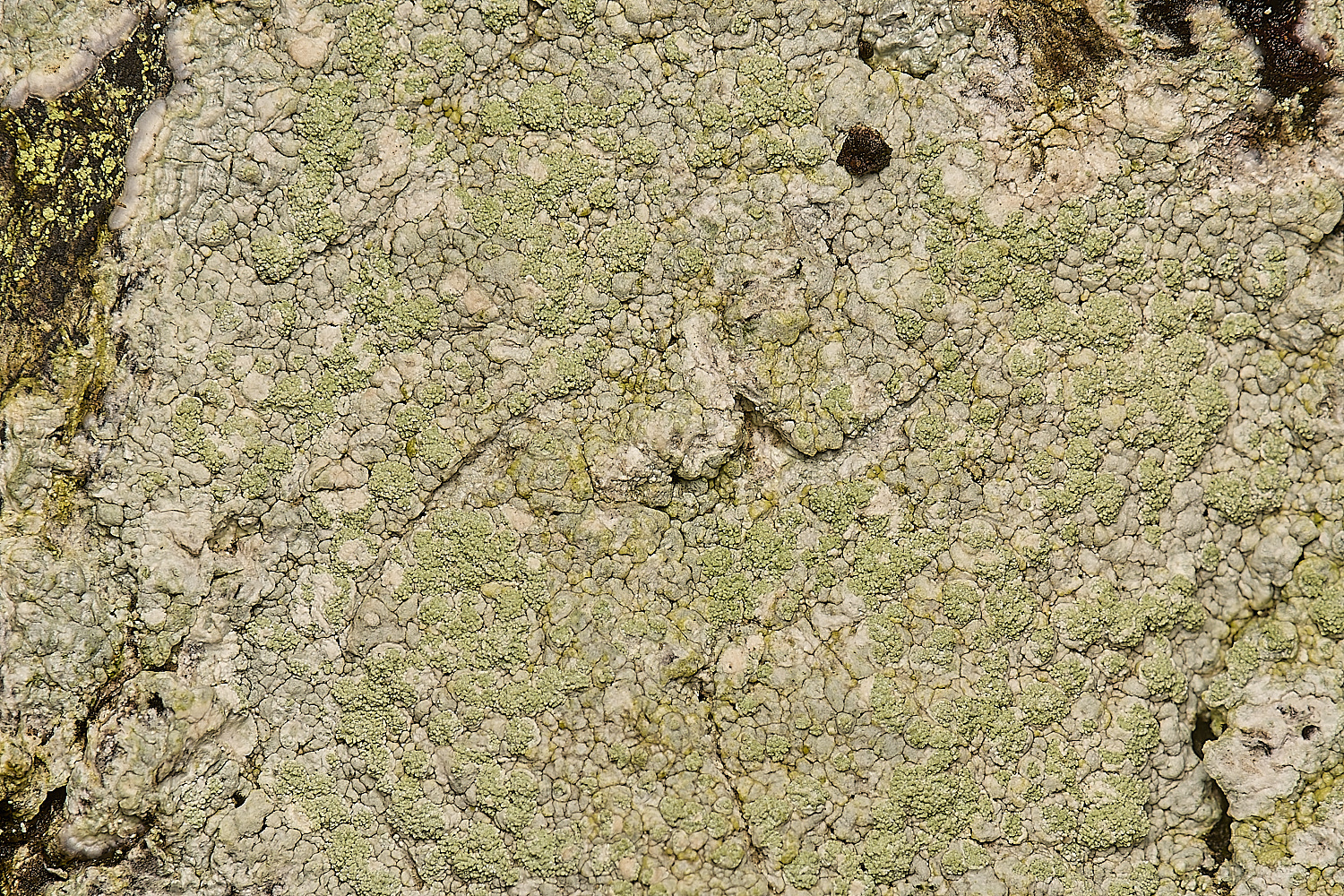
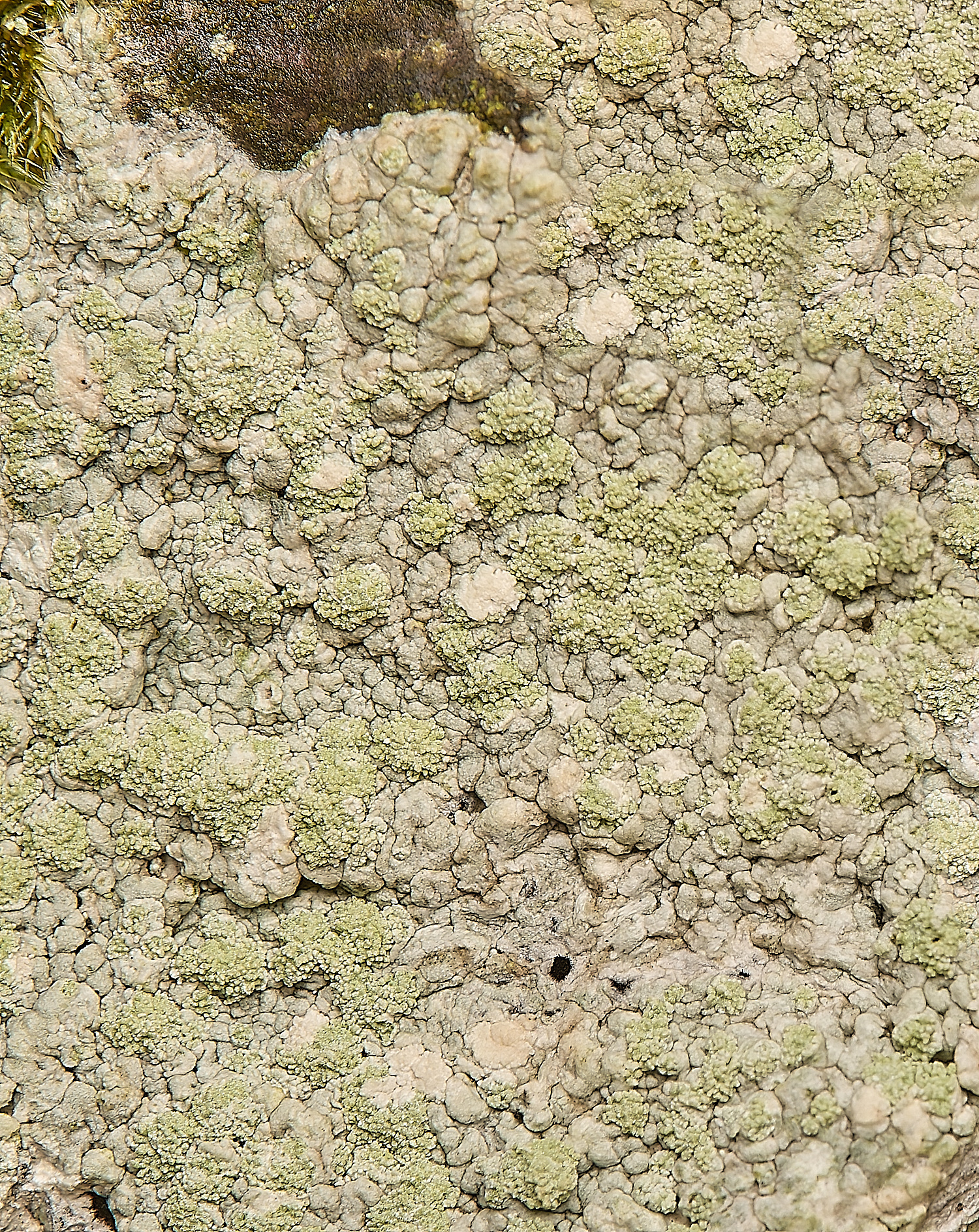
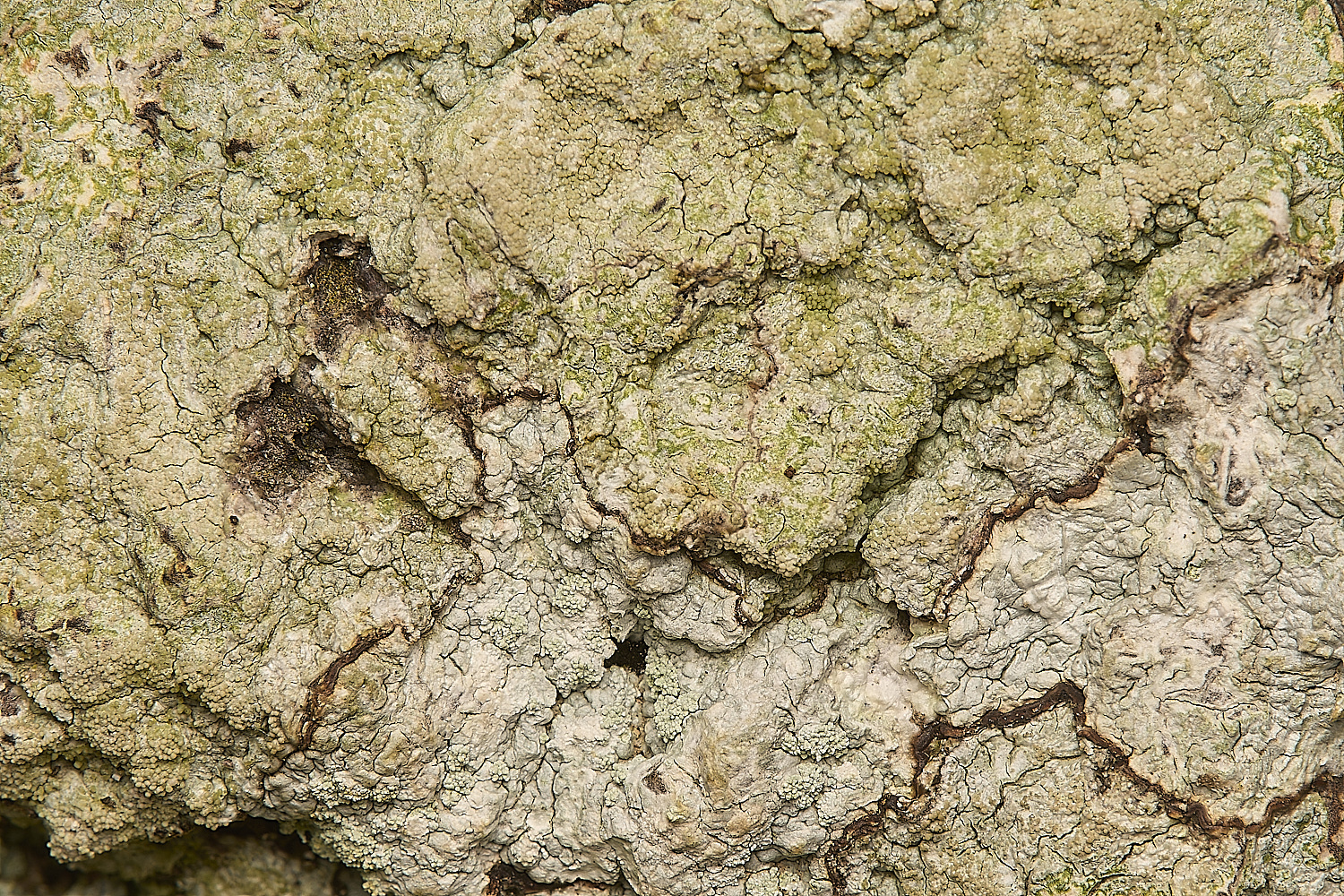
The bole of this tree covered in Ochrolechia subviridis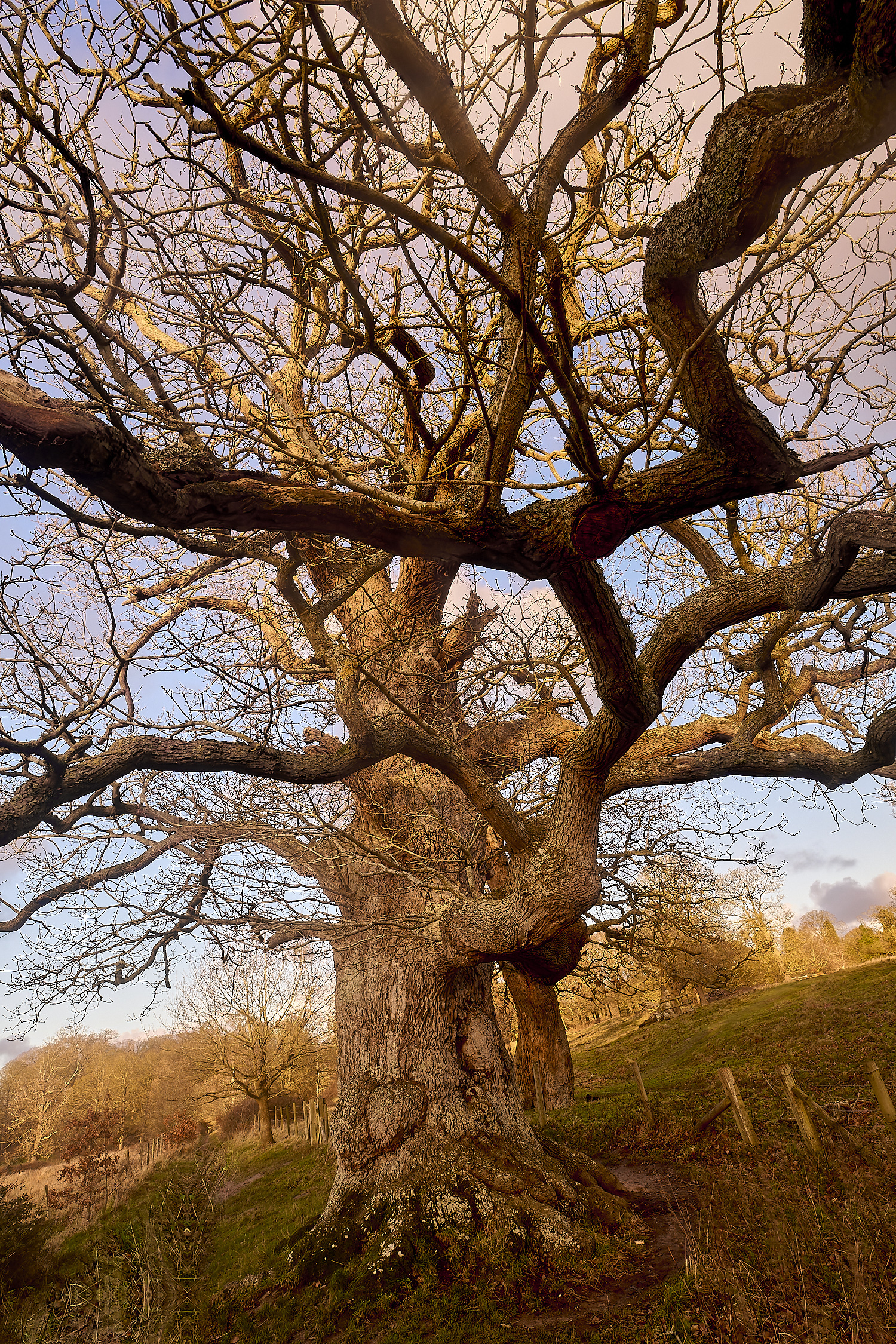
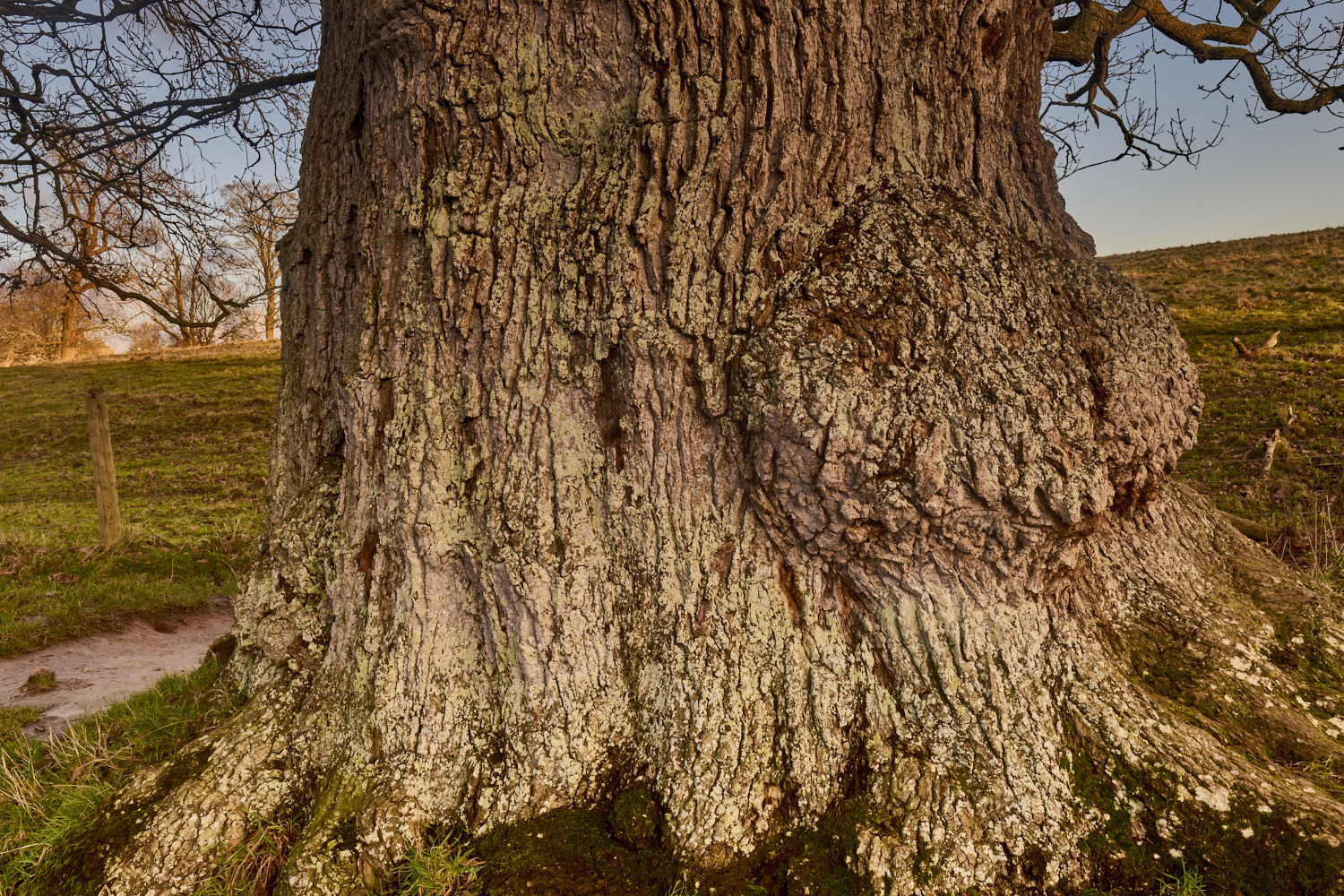
Sessile Oak (Quersus petraea)
If
I remember correctly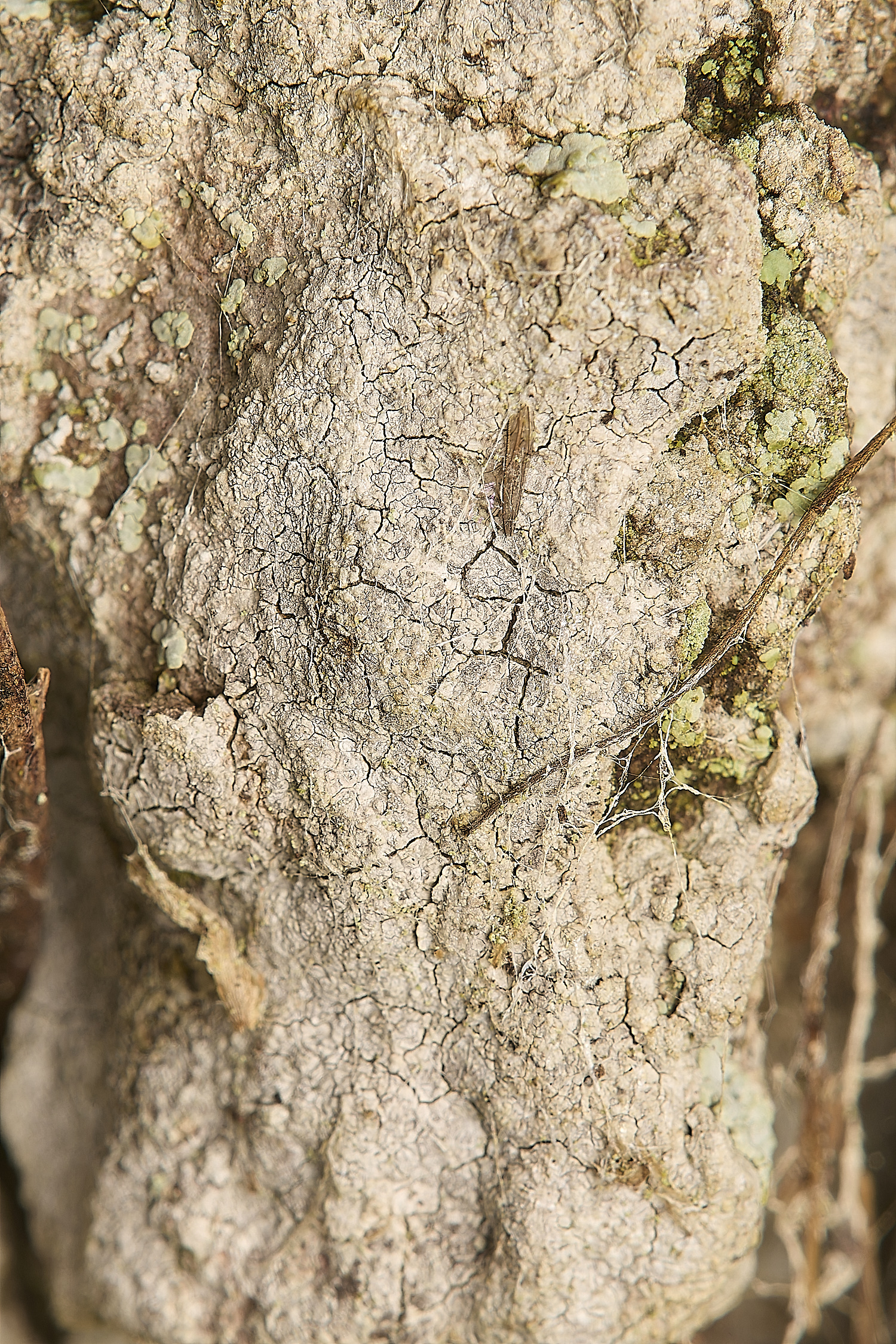
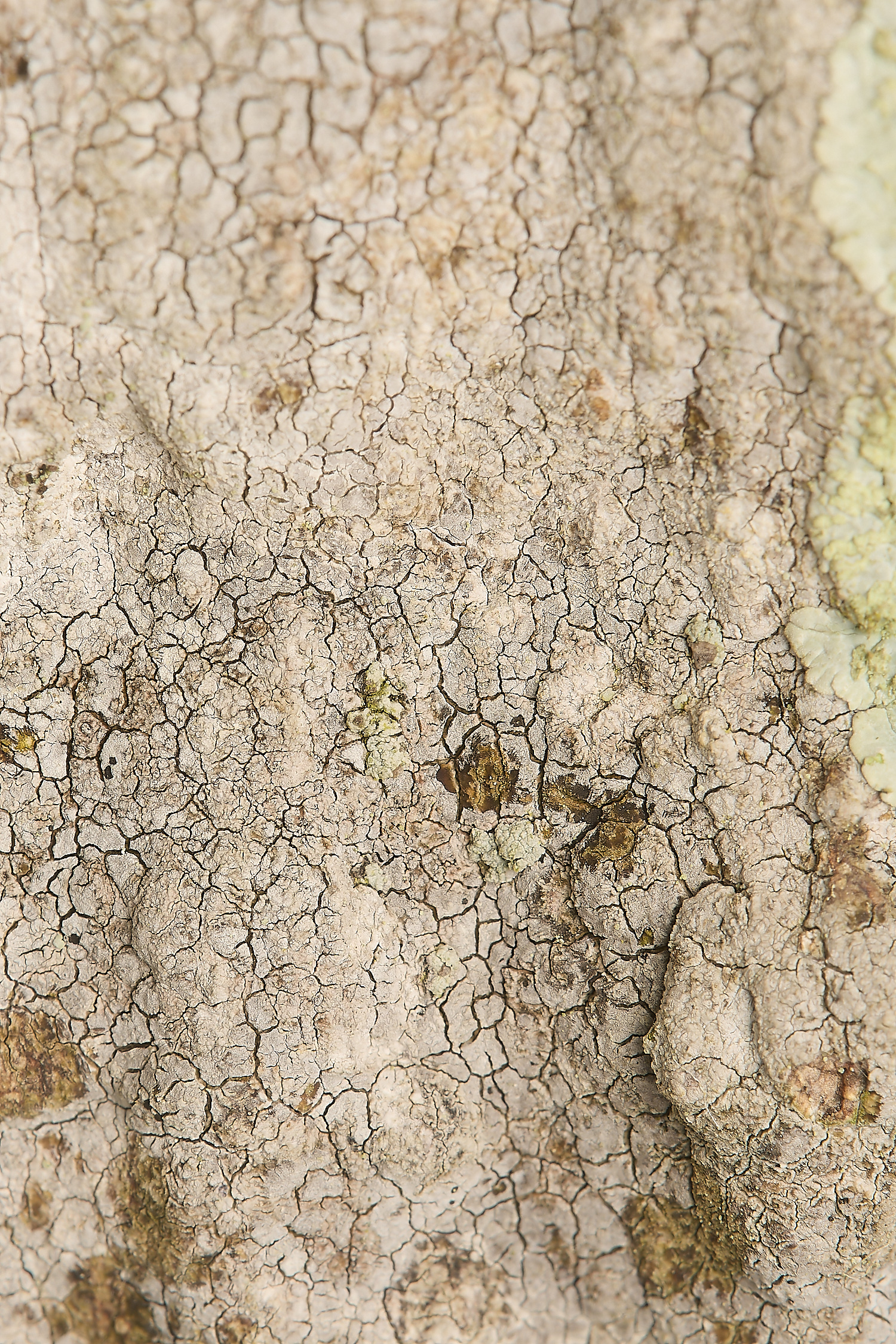

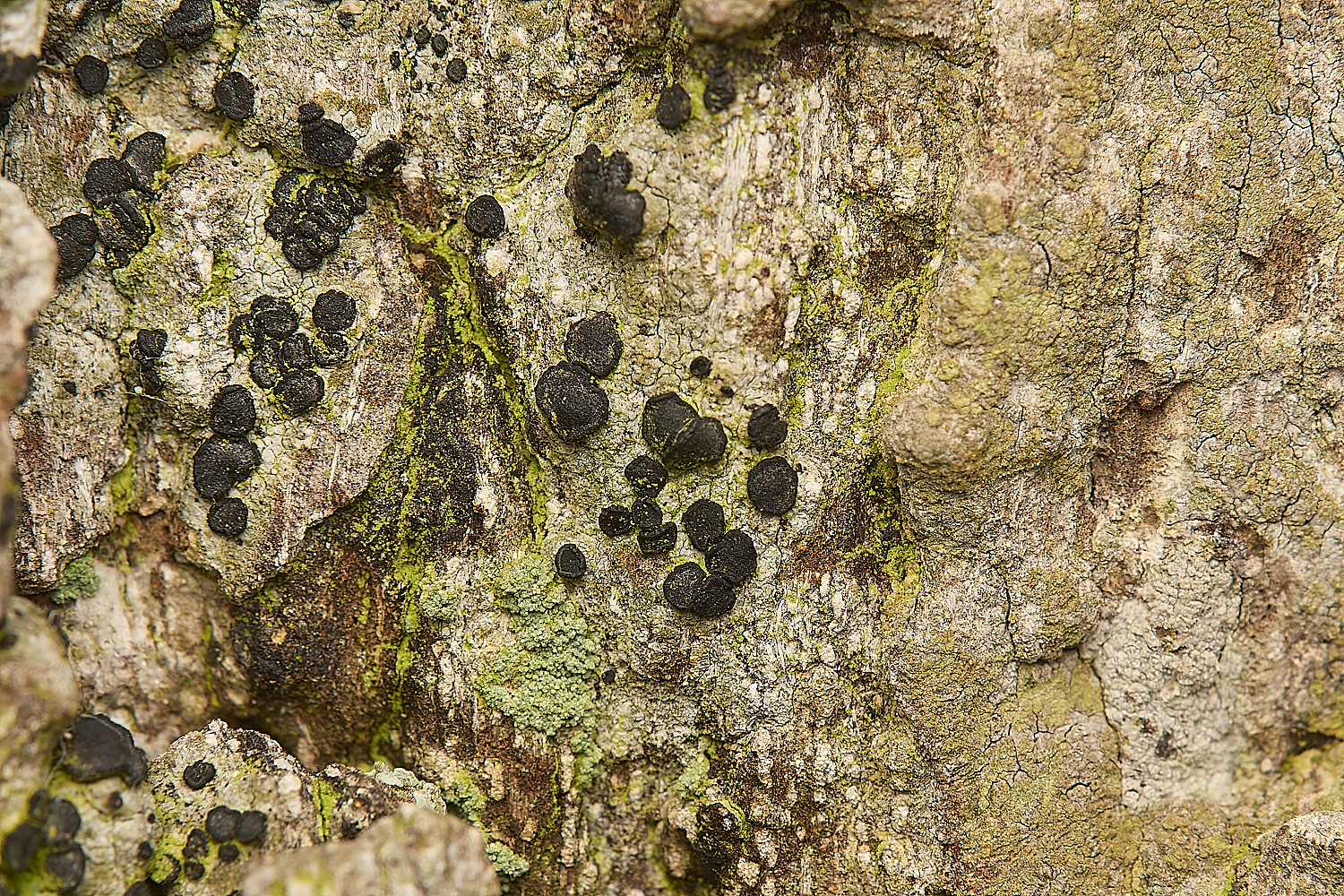
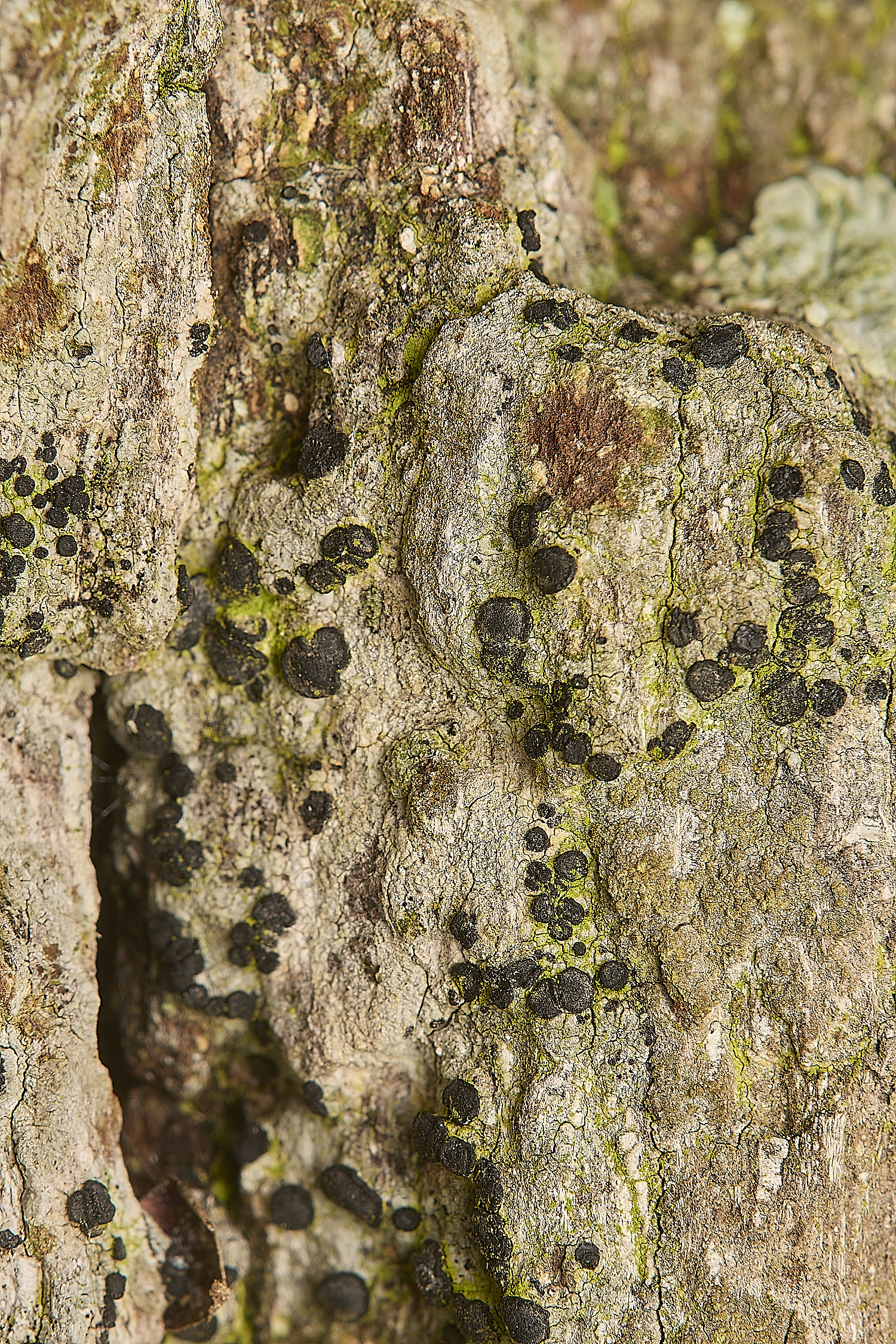
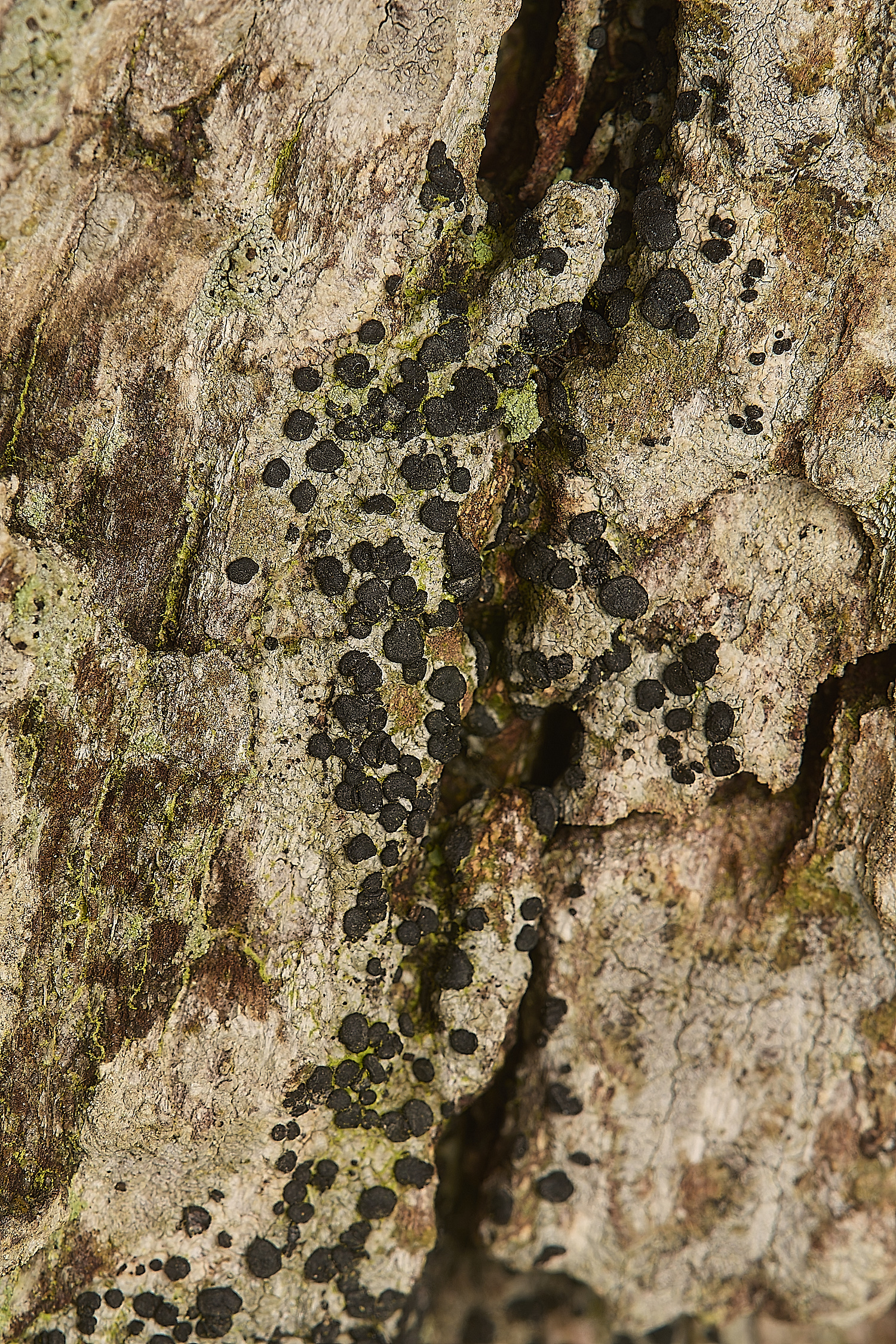
Cresponia premnia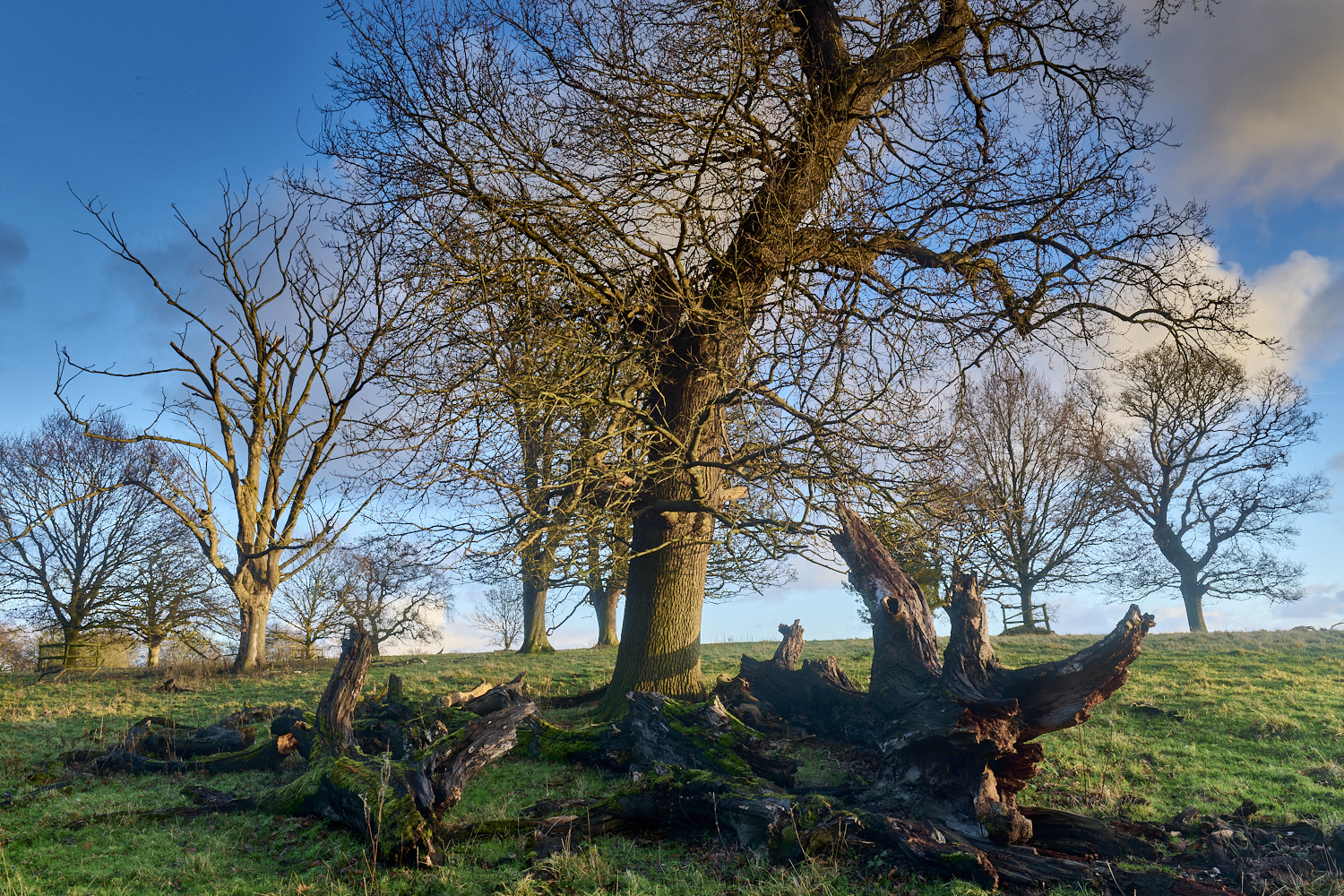
Parkland Oak (Quercus robur)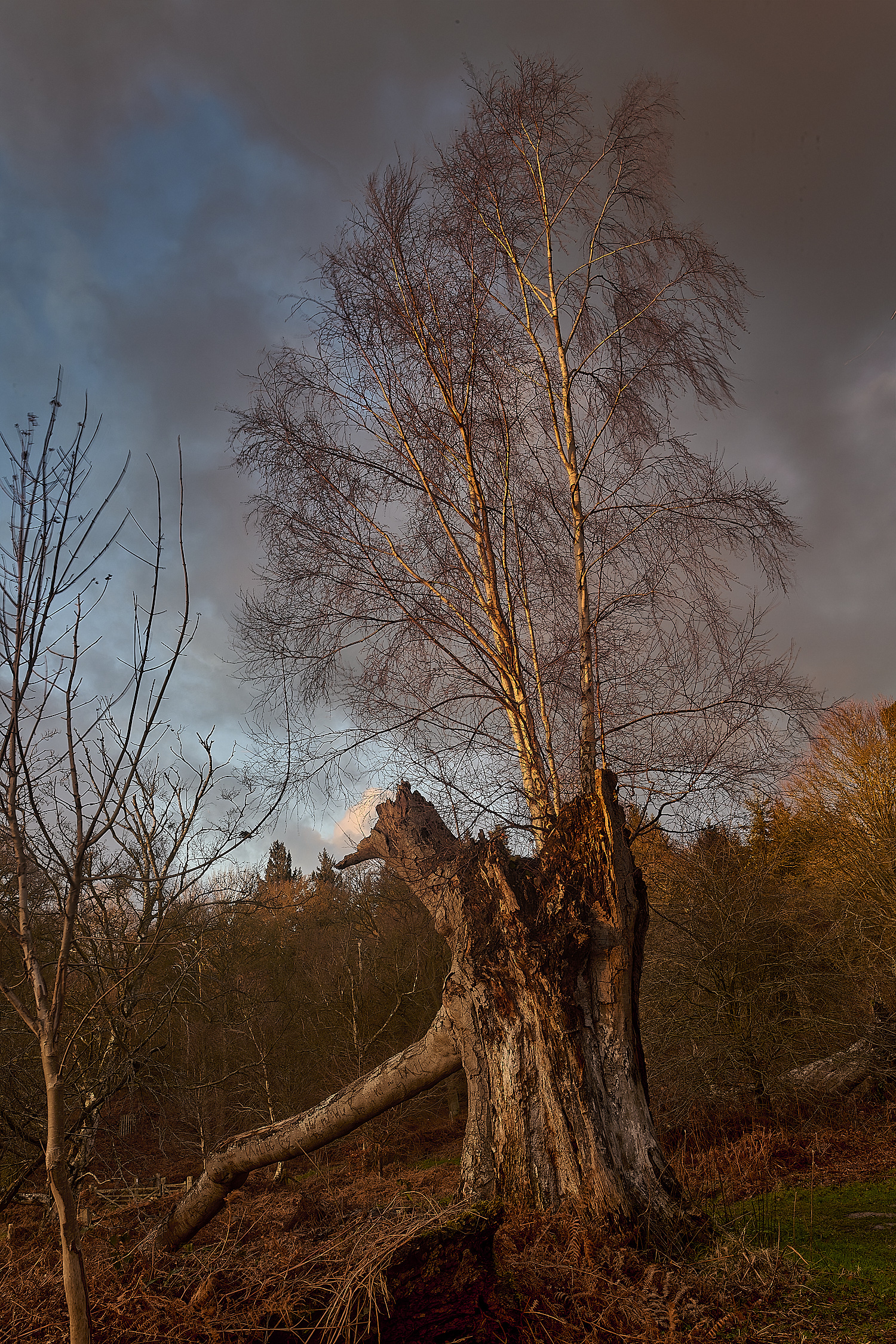
Silver Birch growing from the trunk of Beech (Fagus sylvatica)
The Beech itself has rooted and grown on from its fallen branches.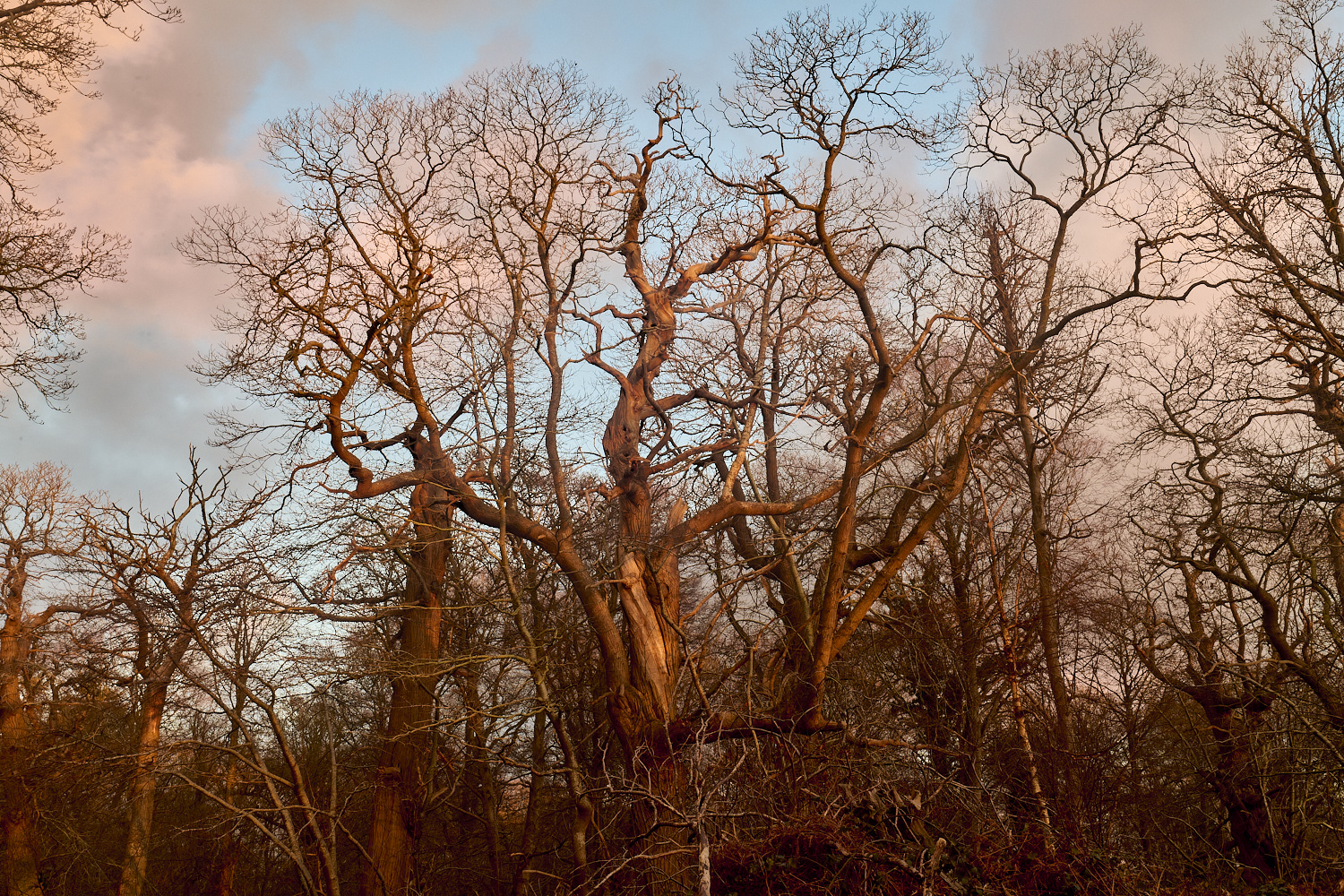
Sweet Chestnut (Castanea sativa)

